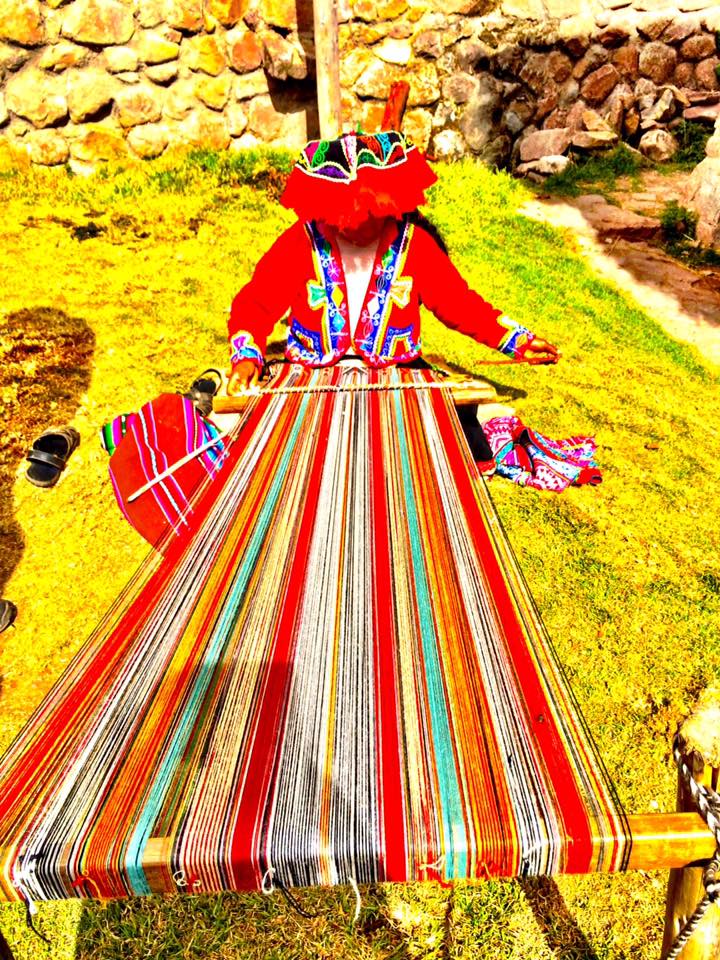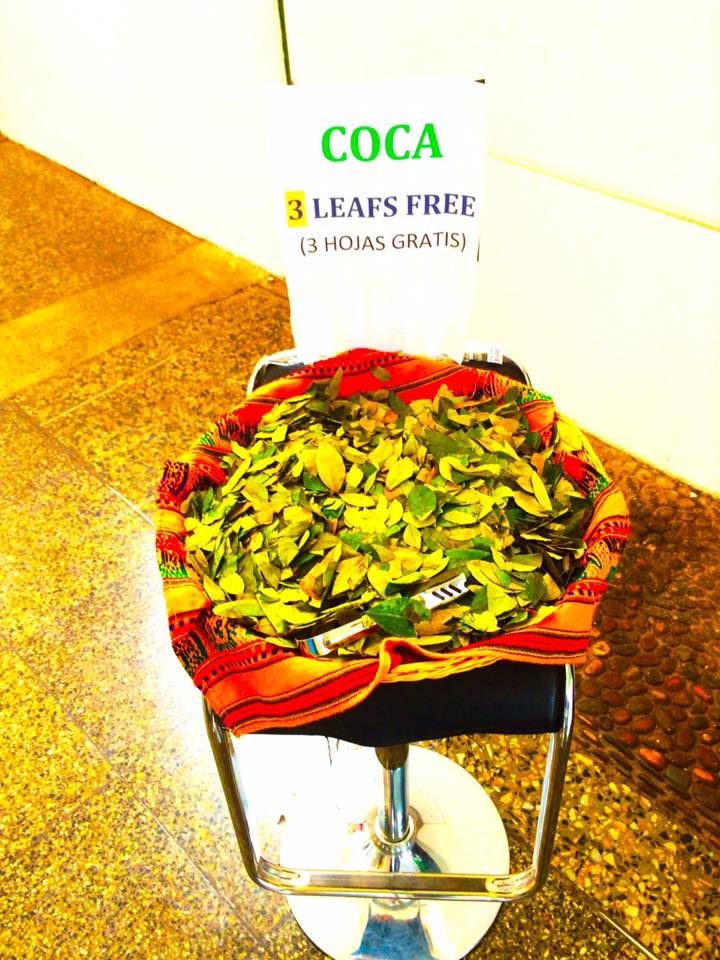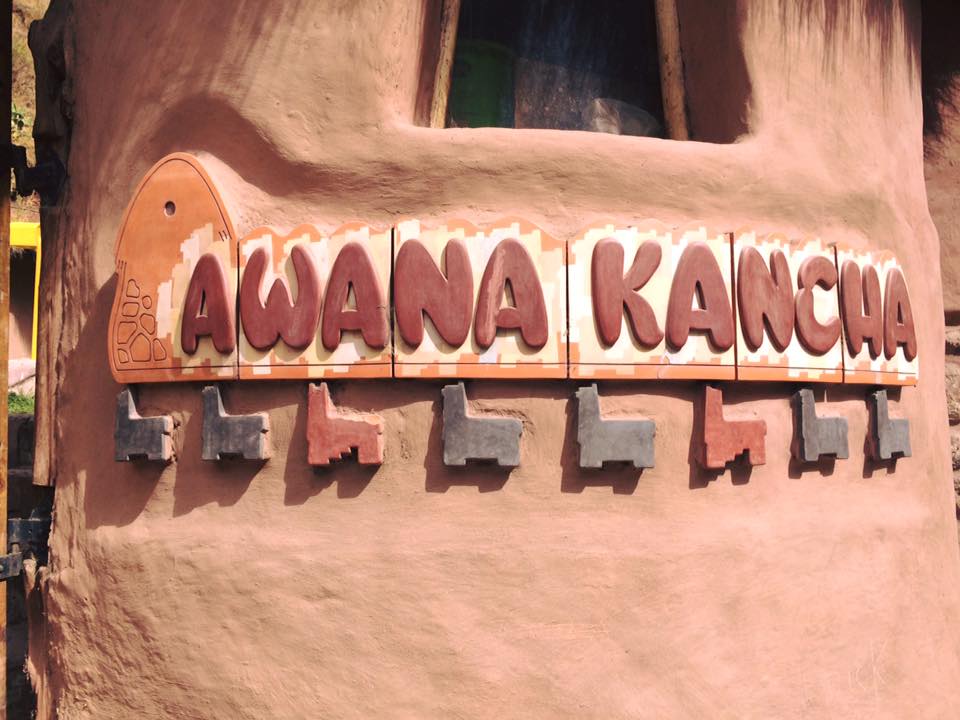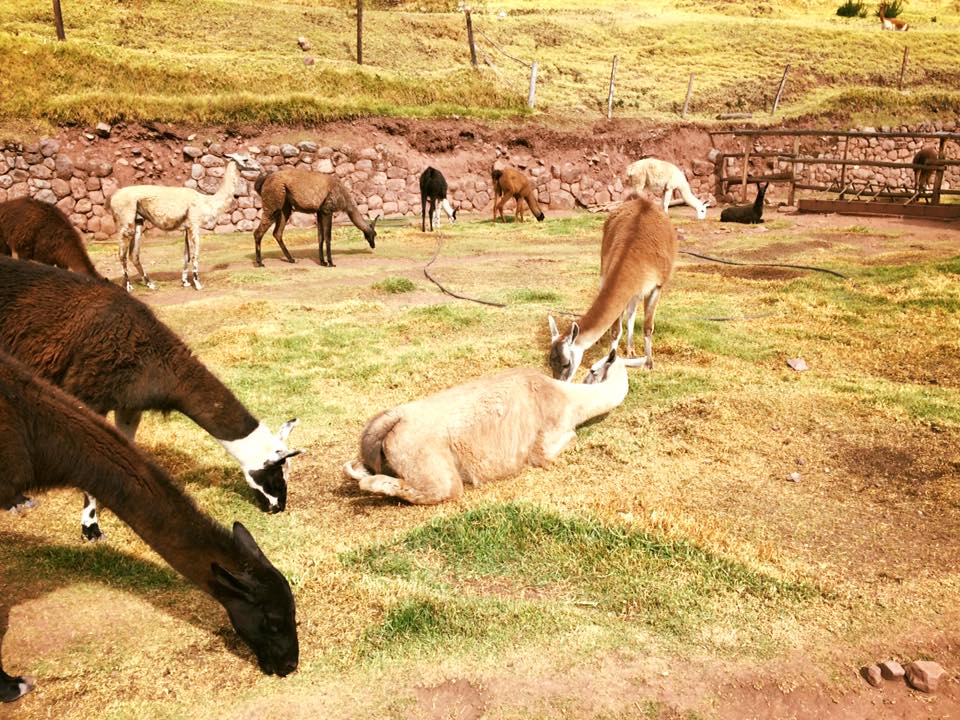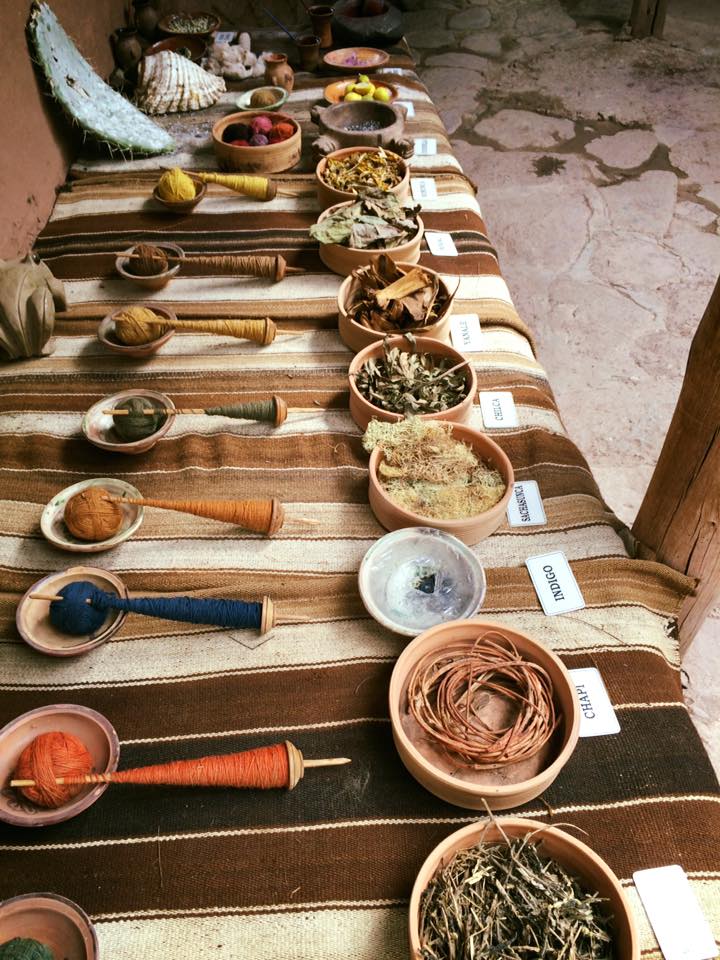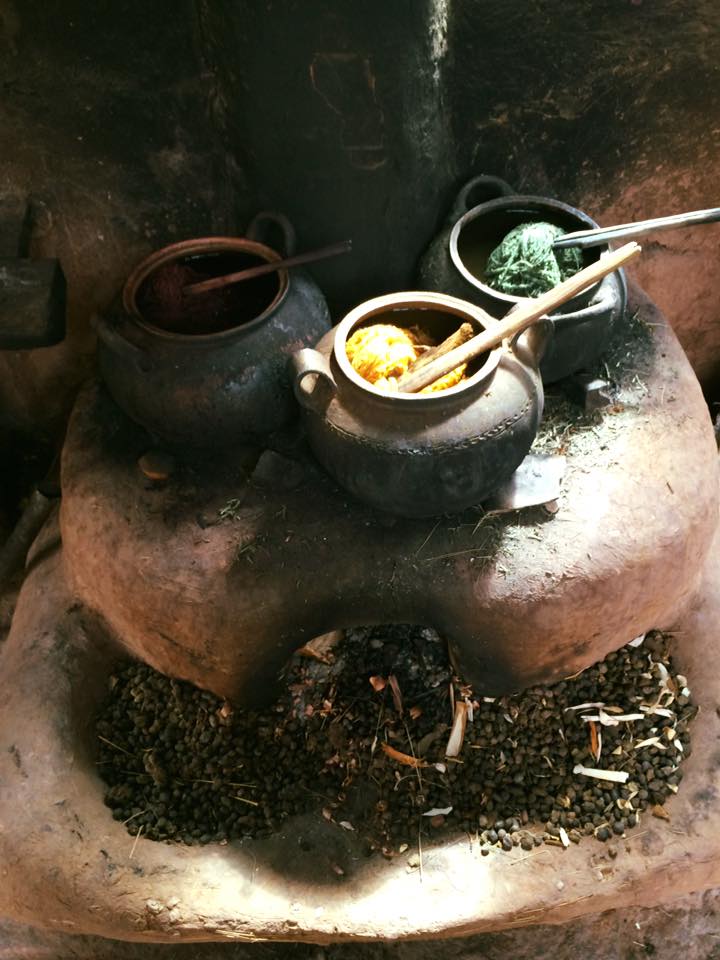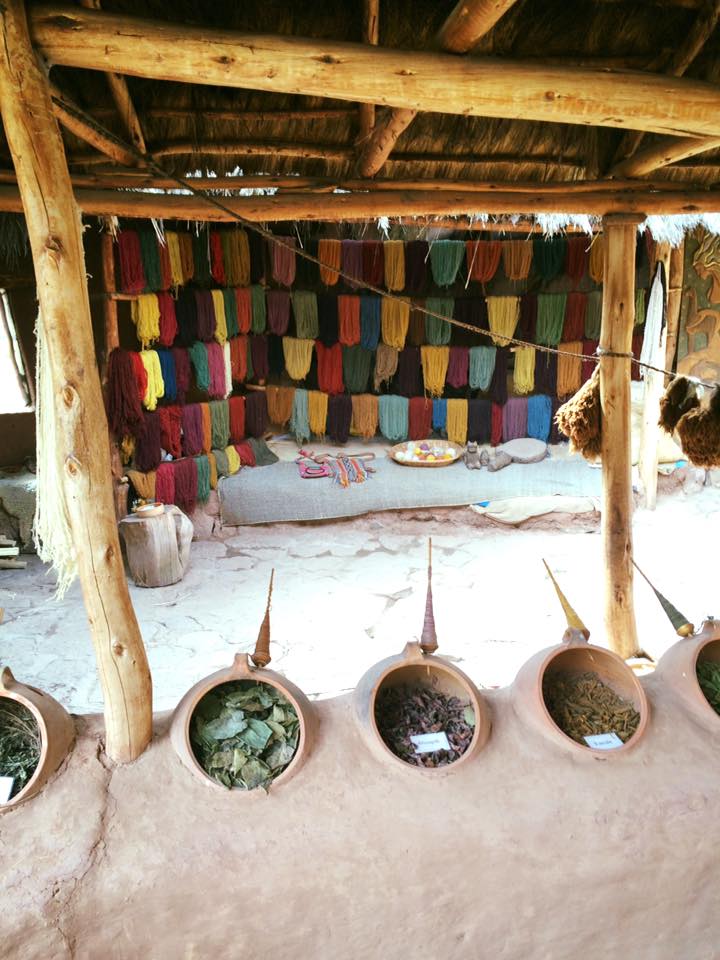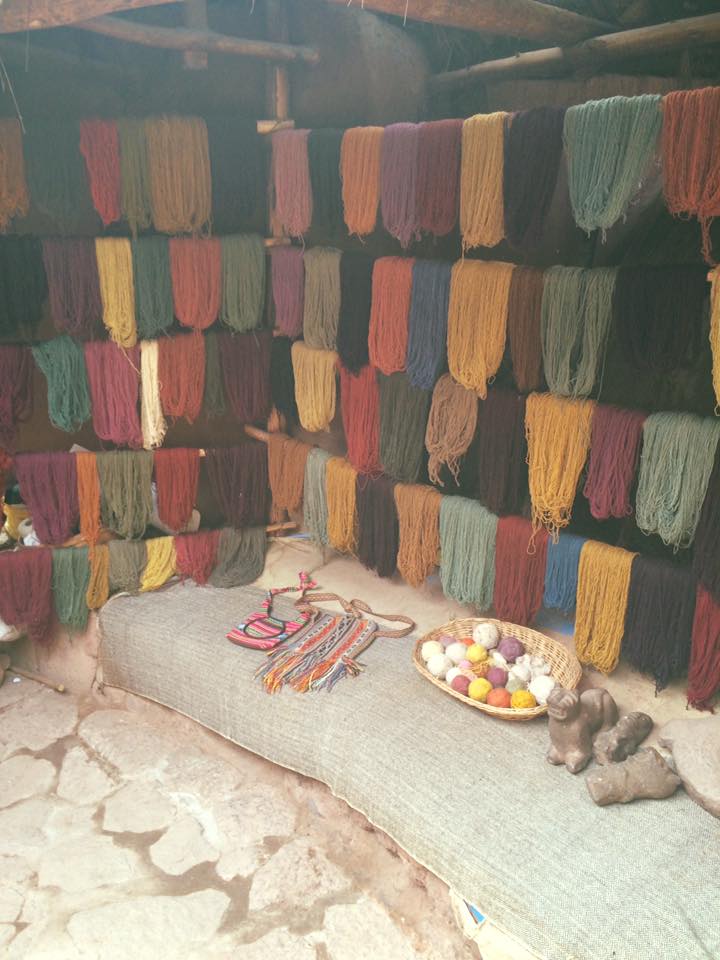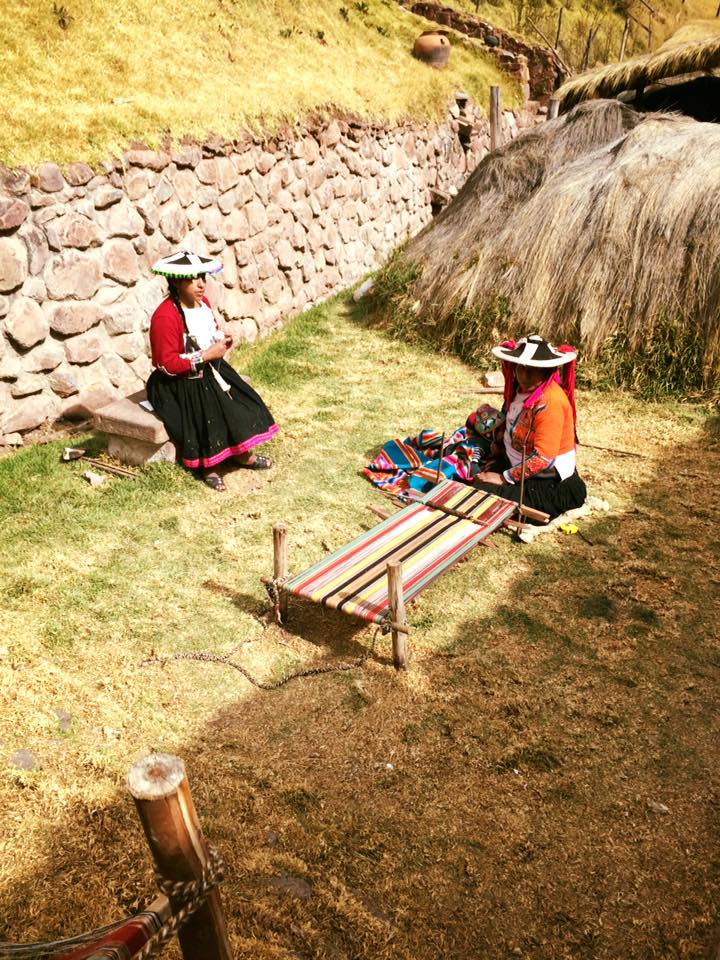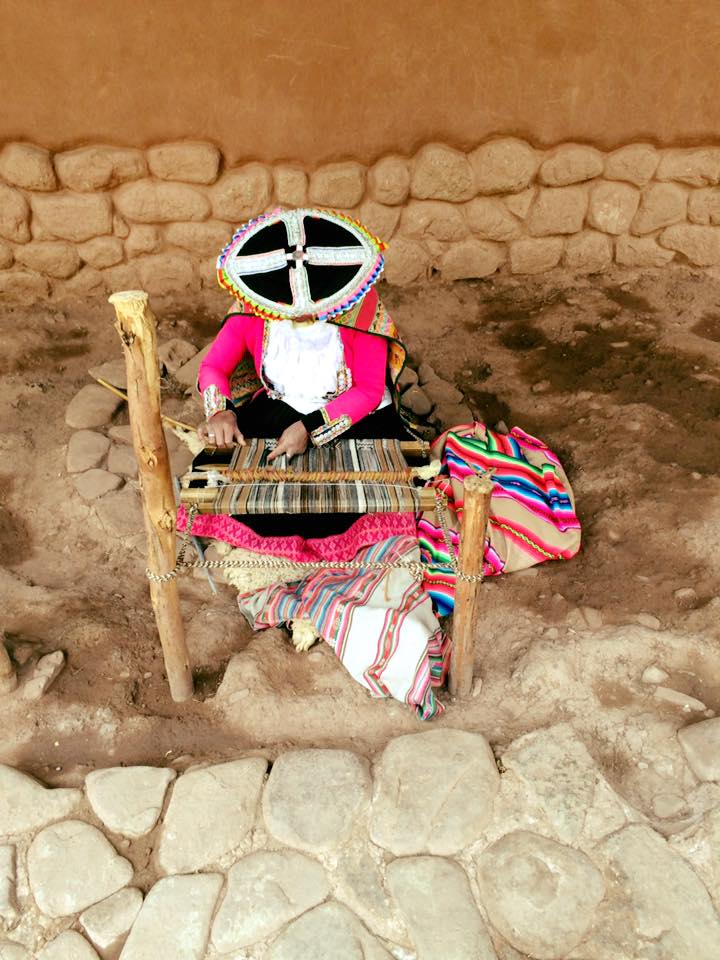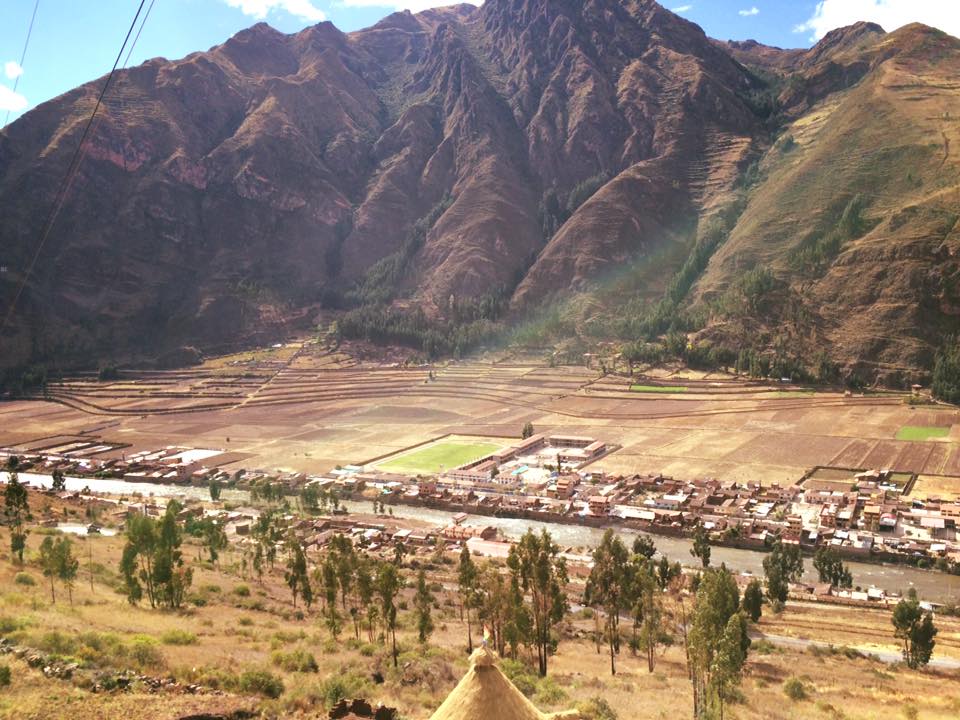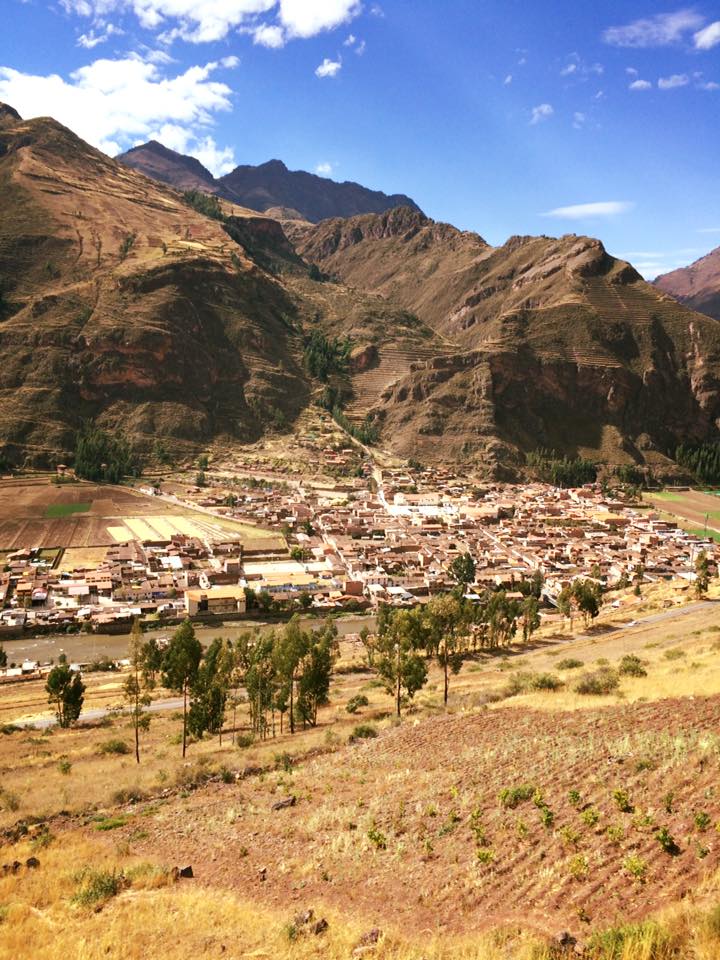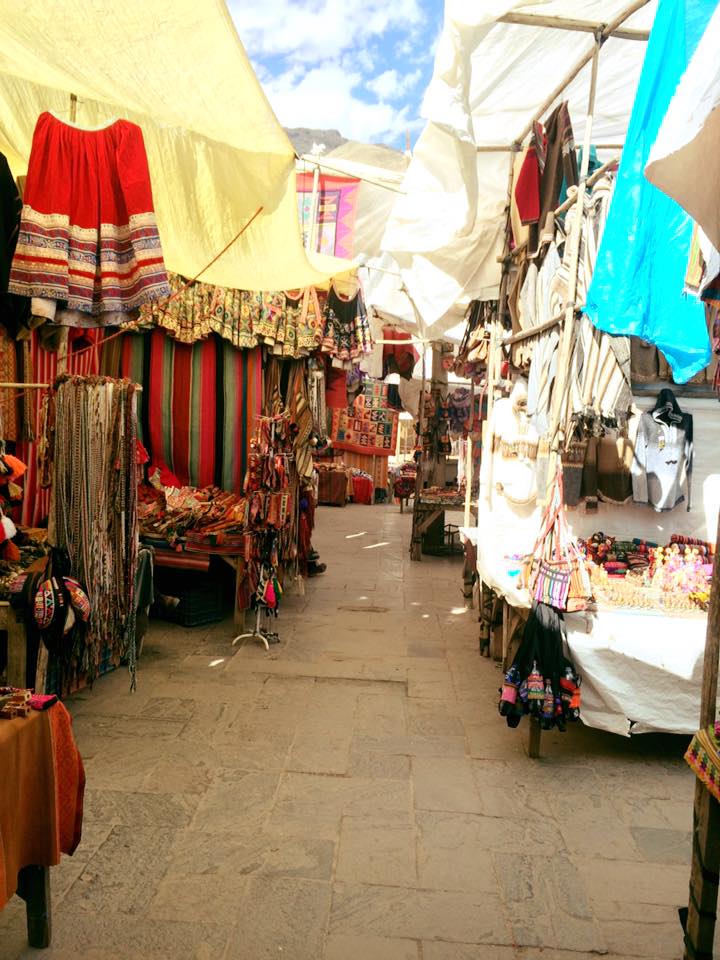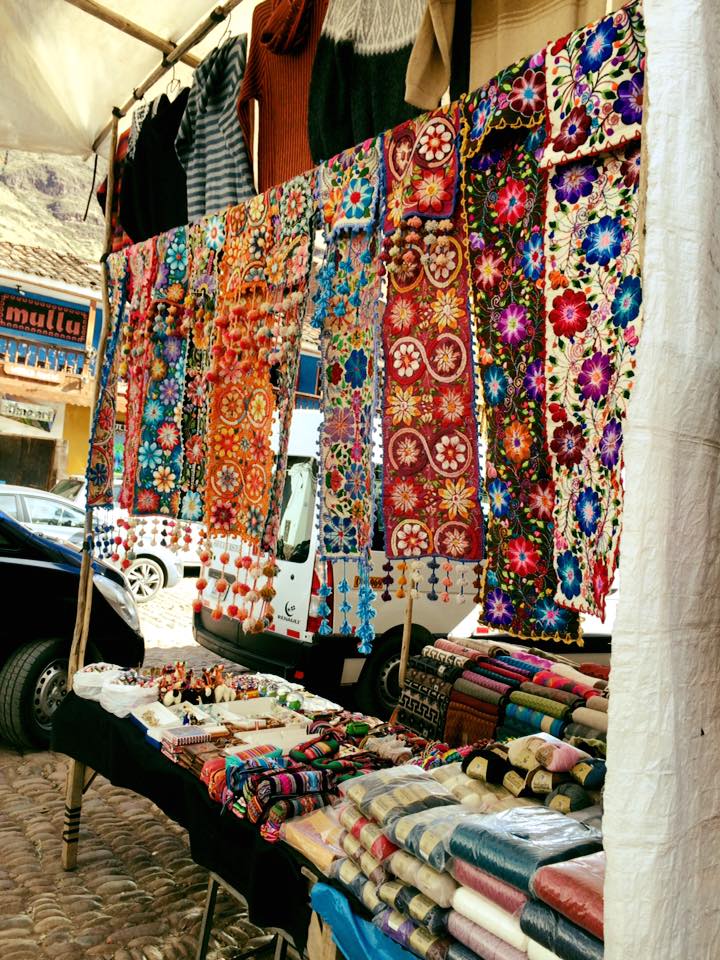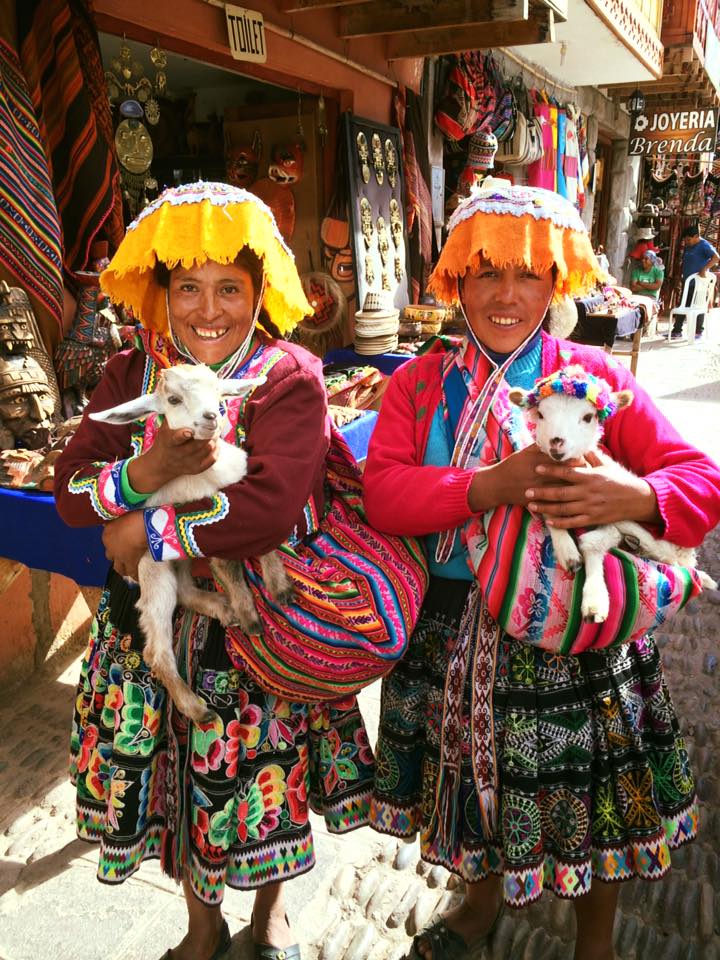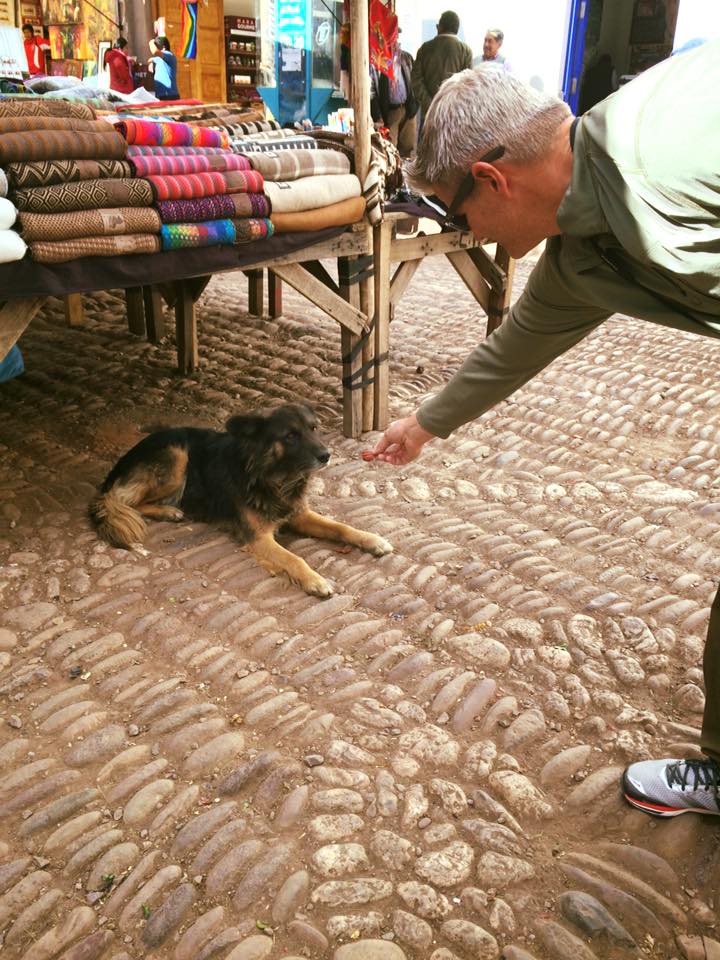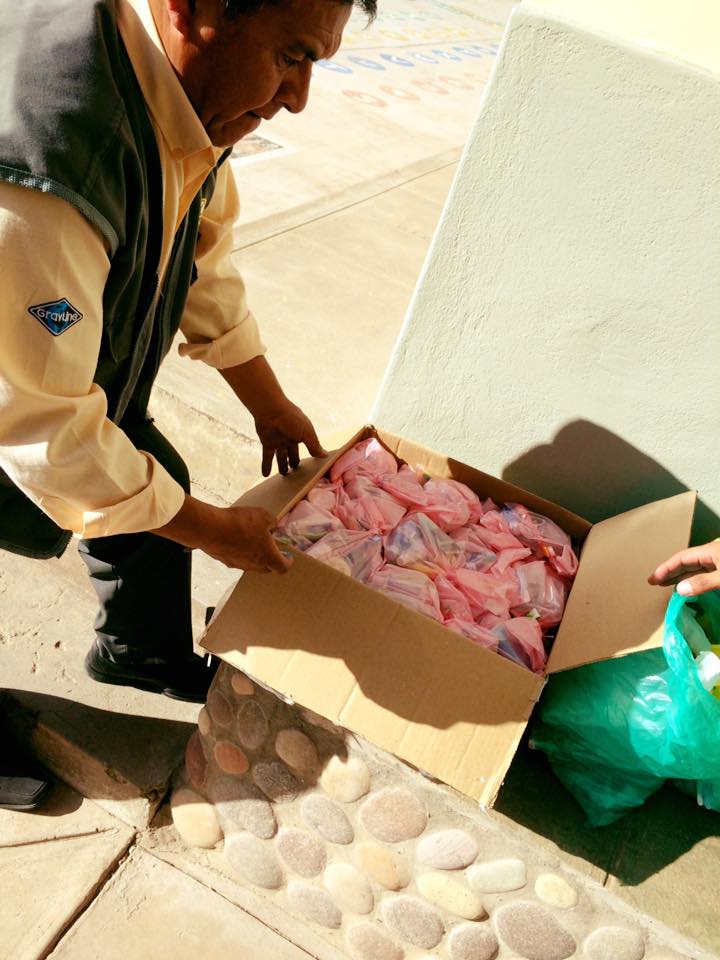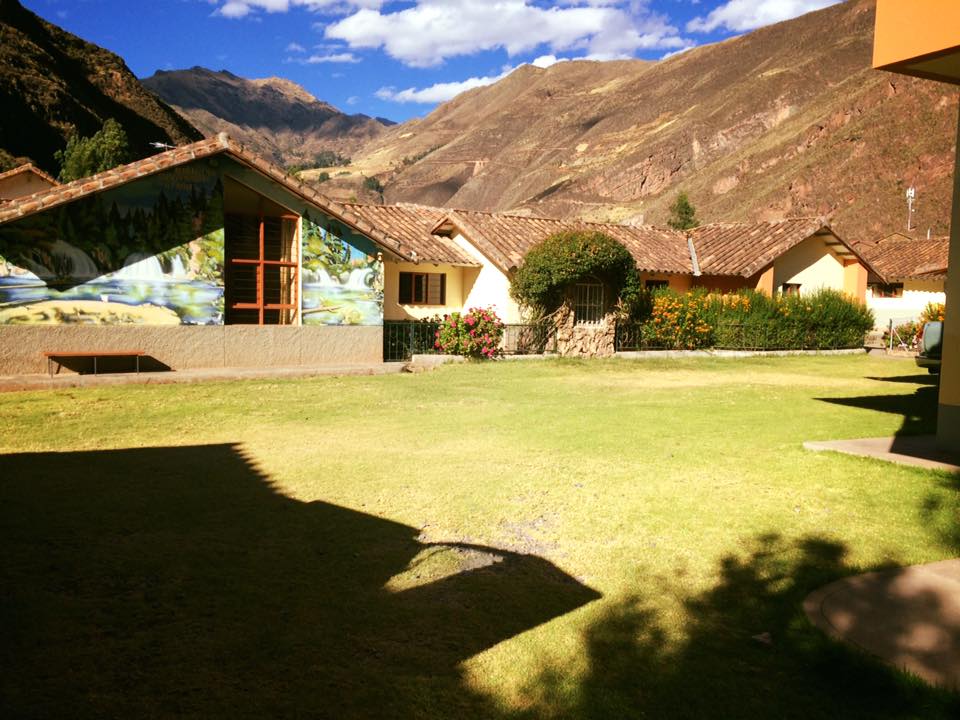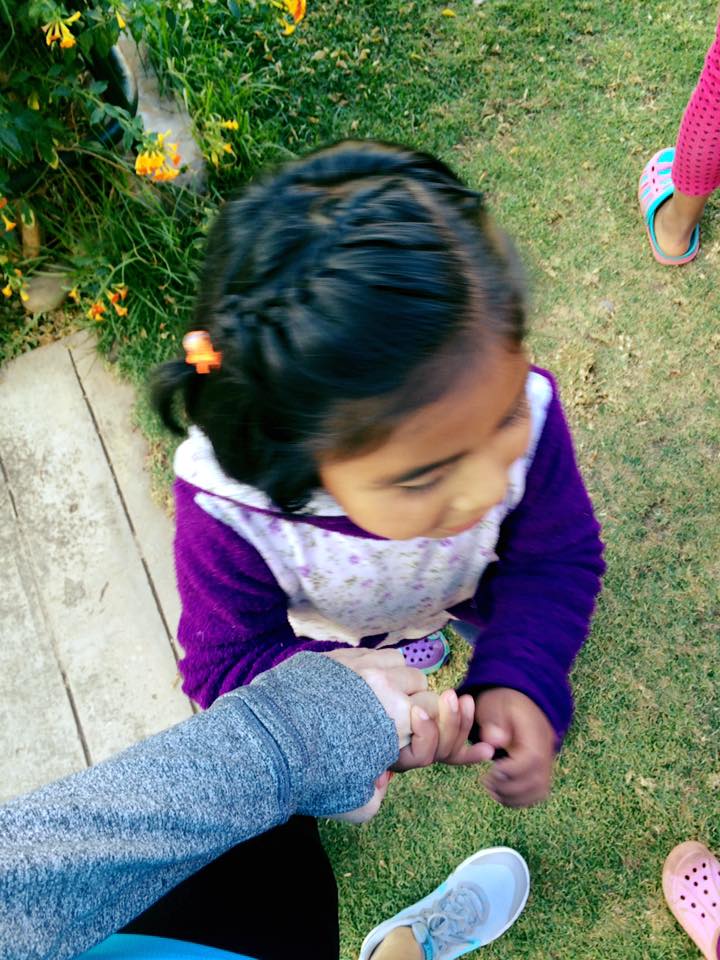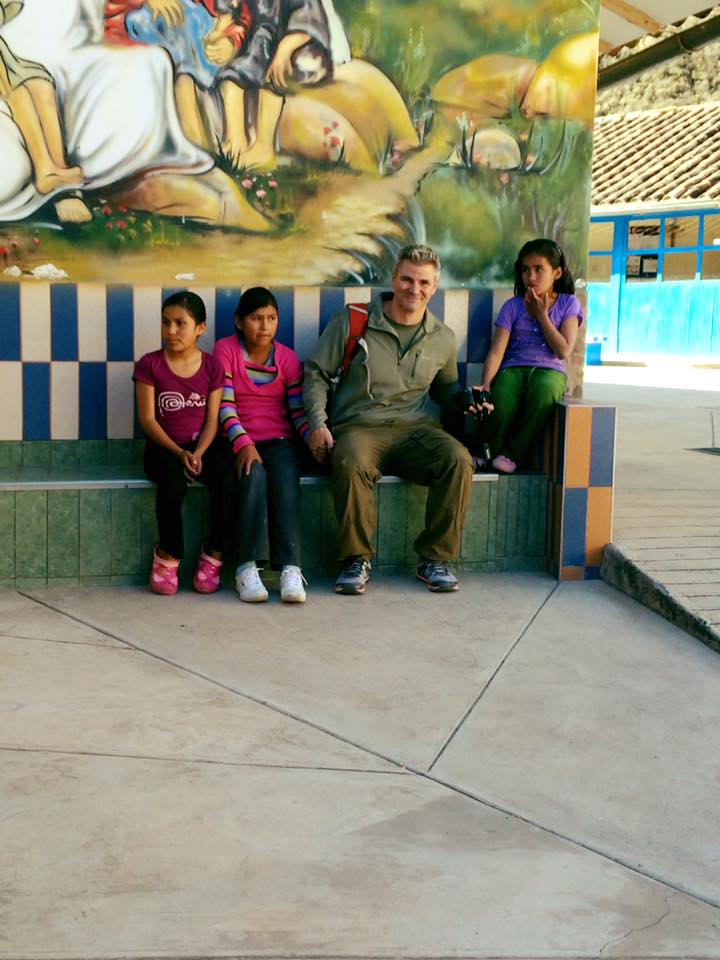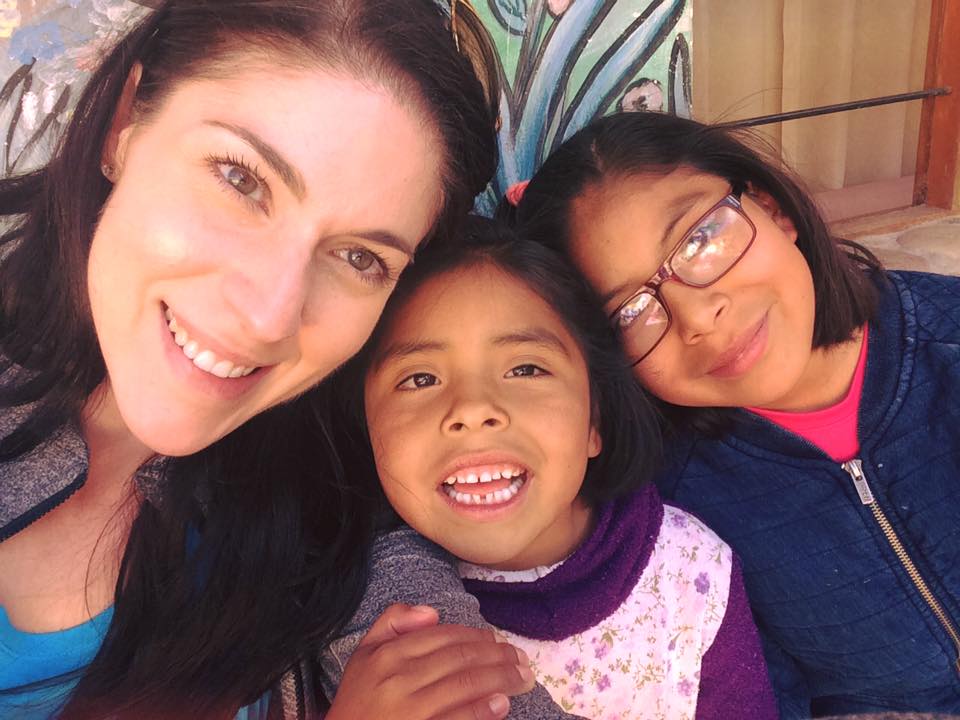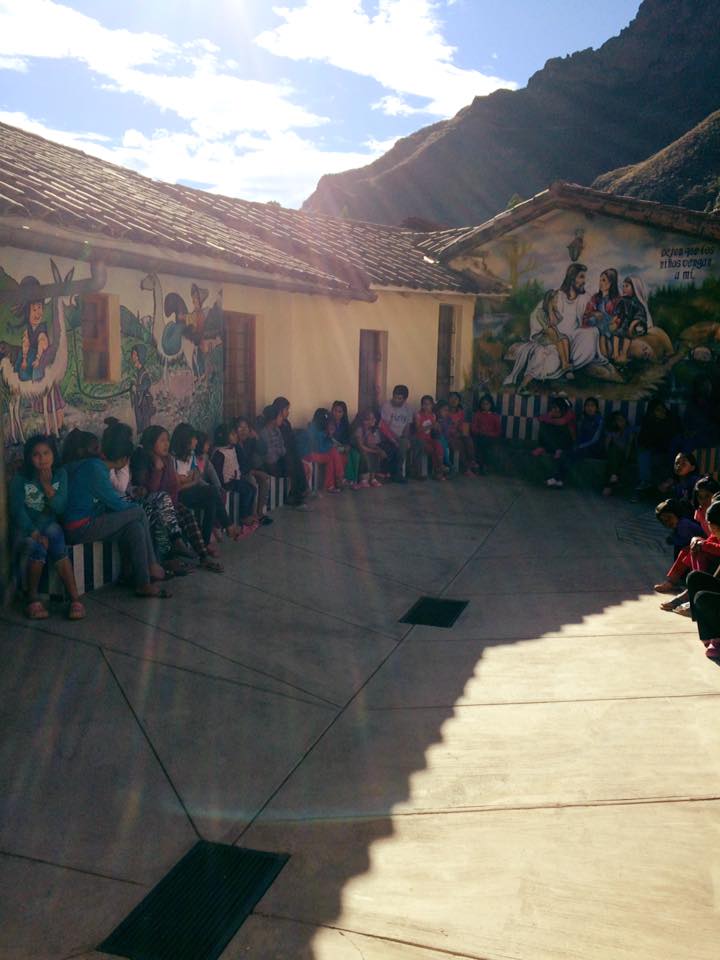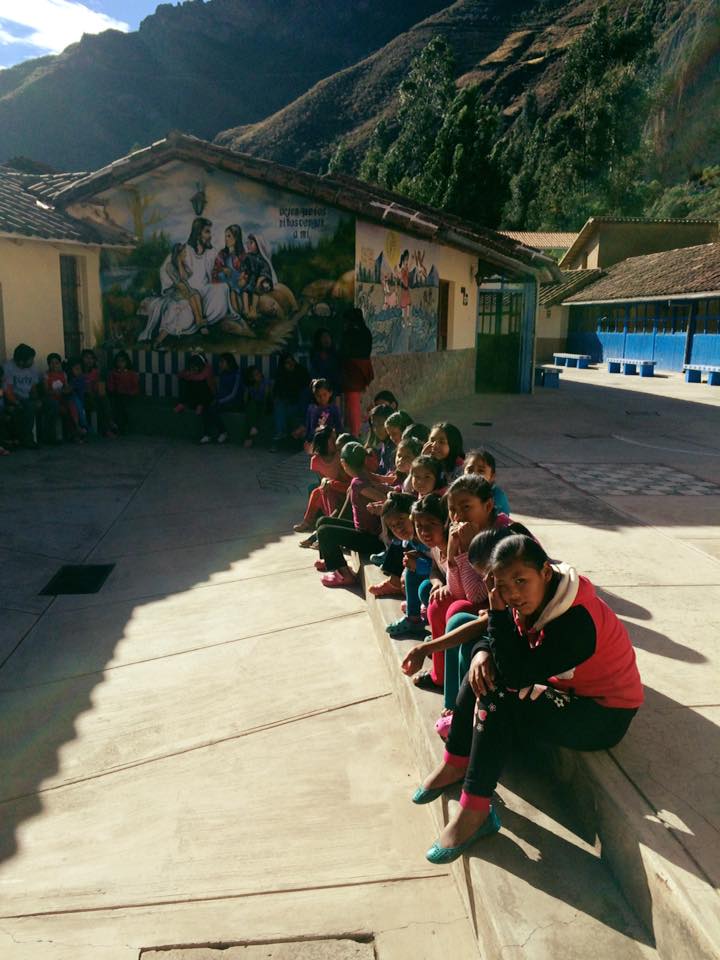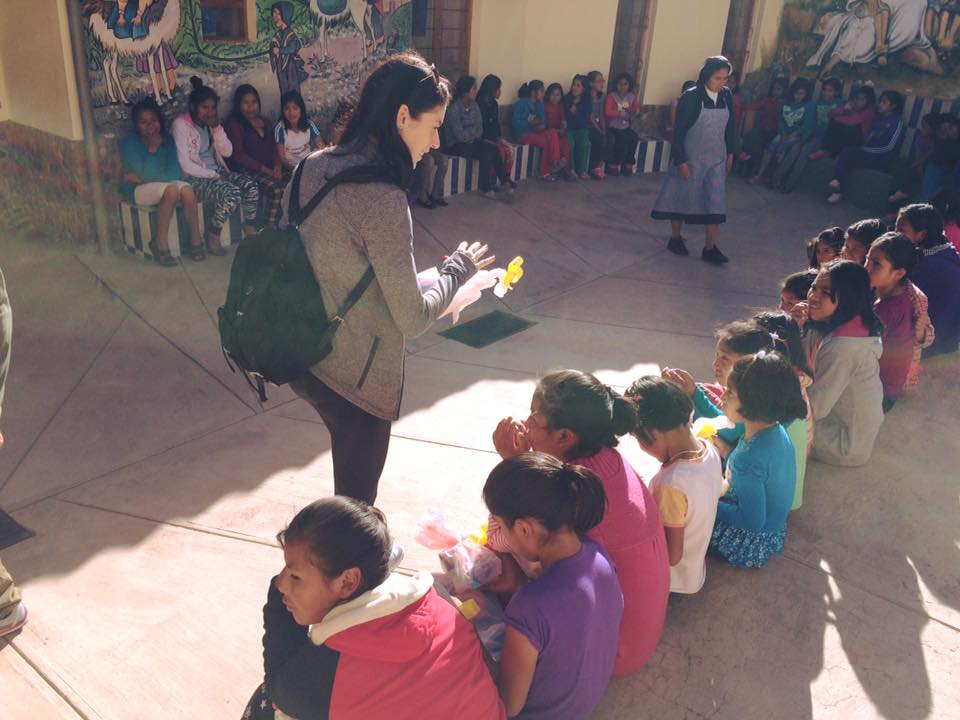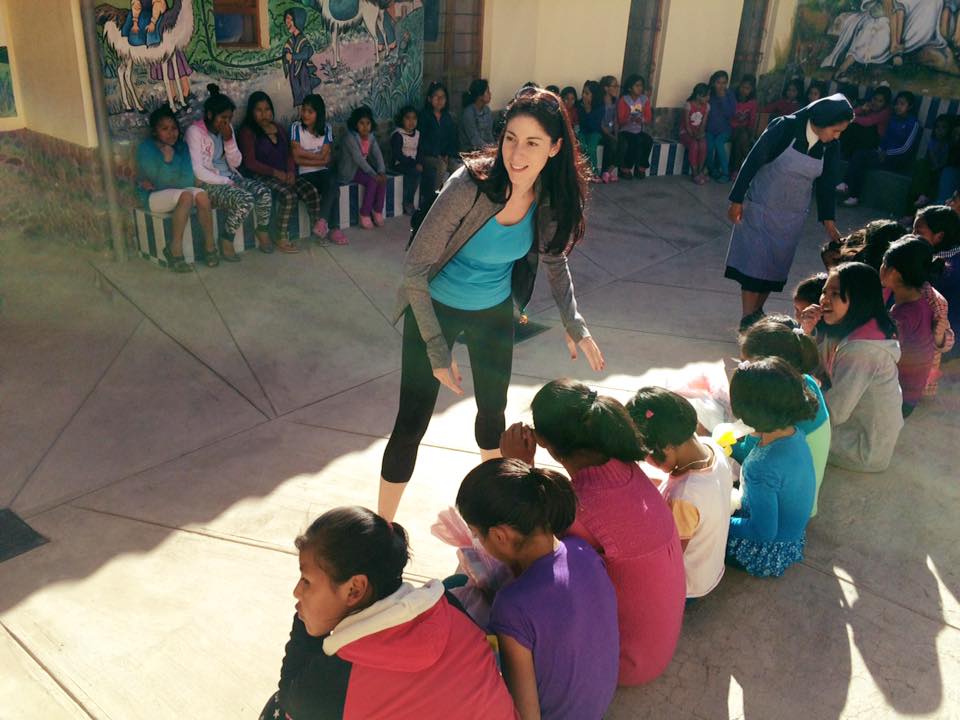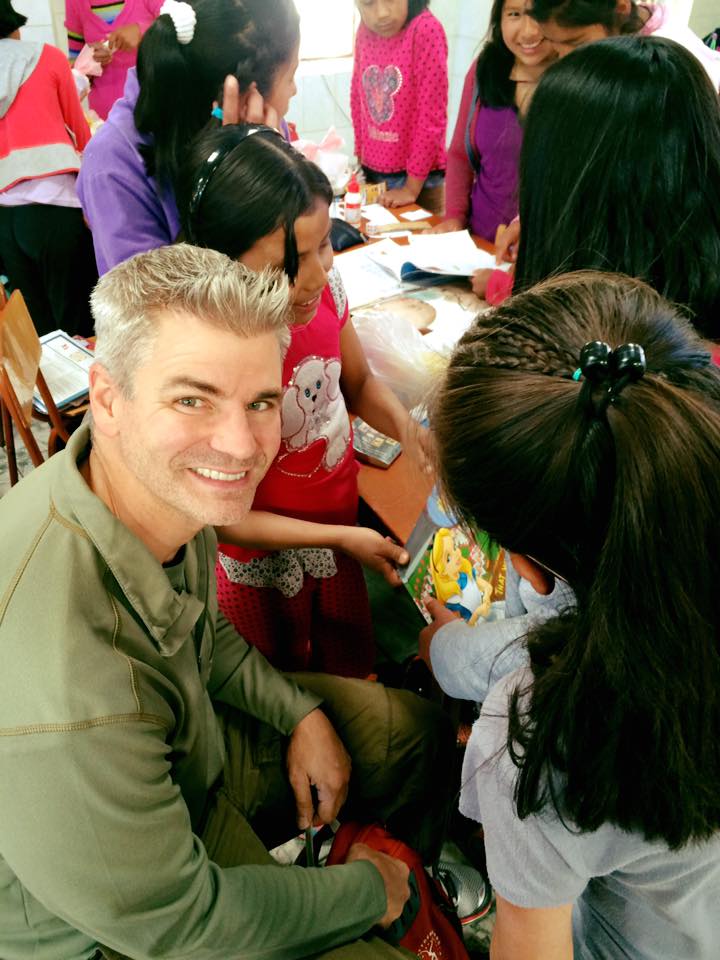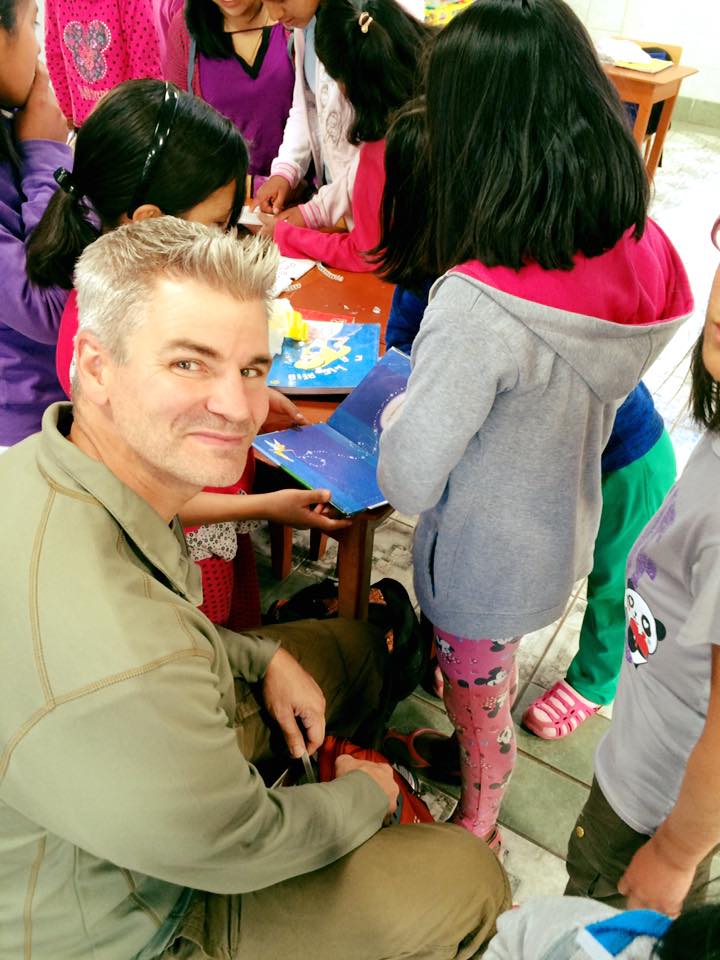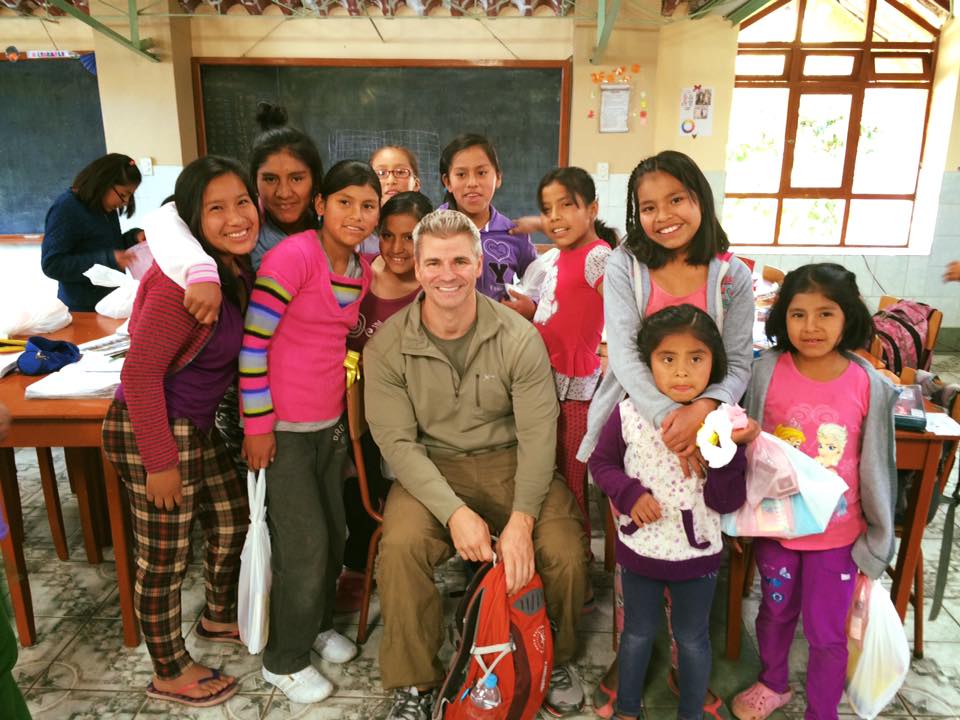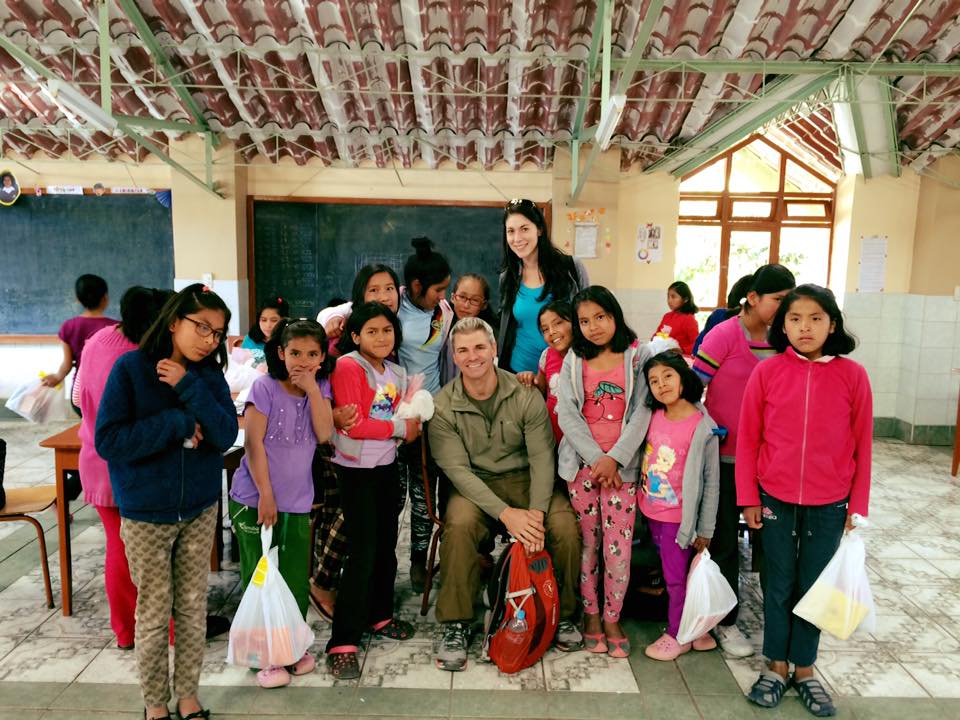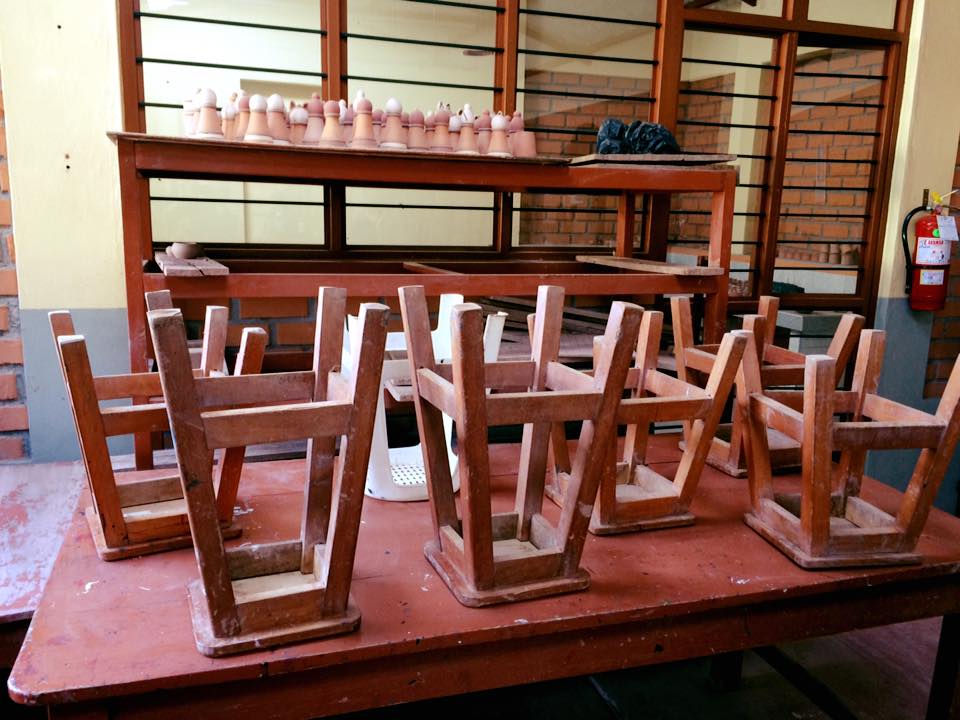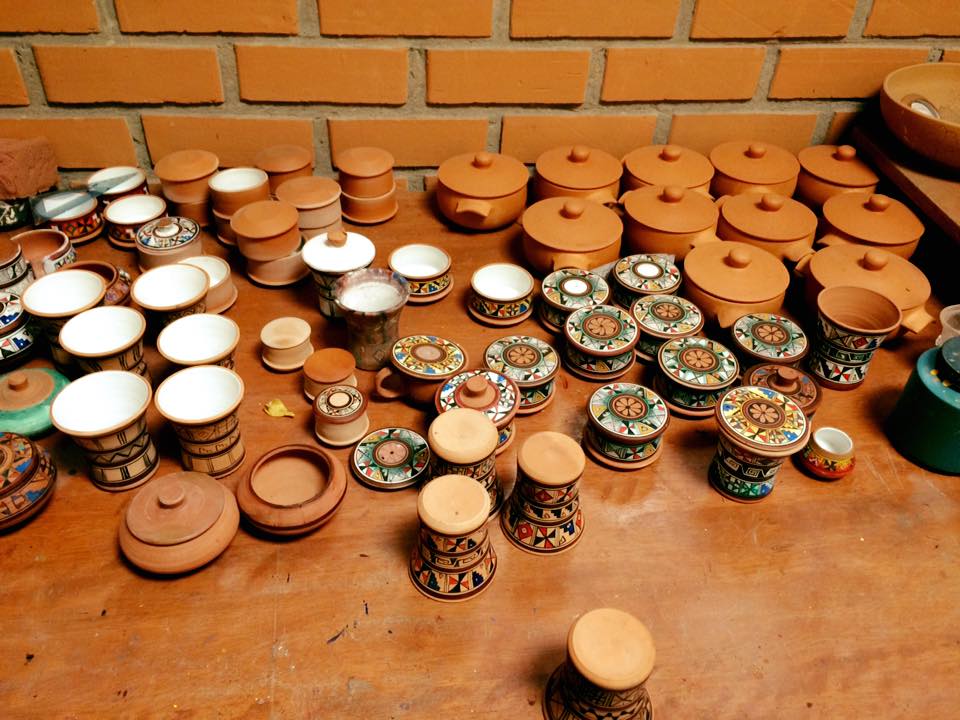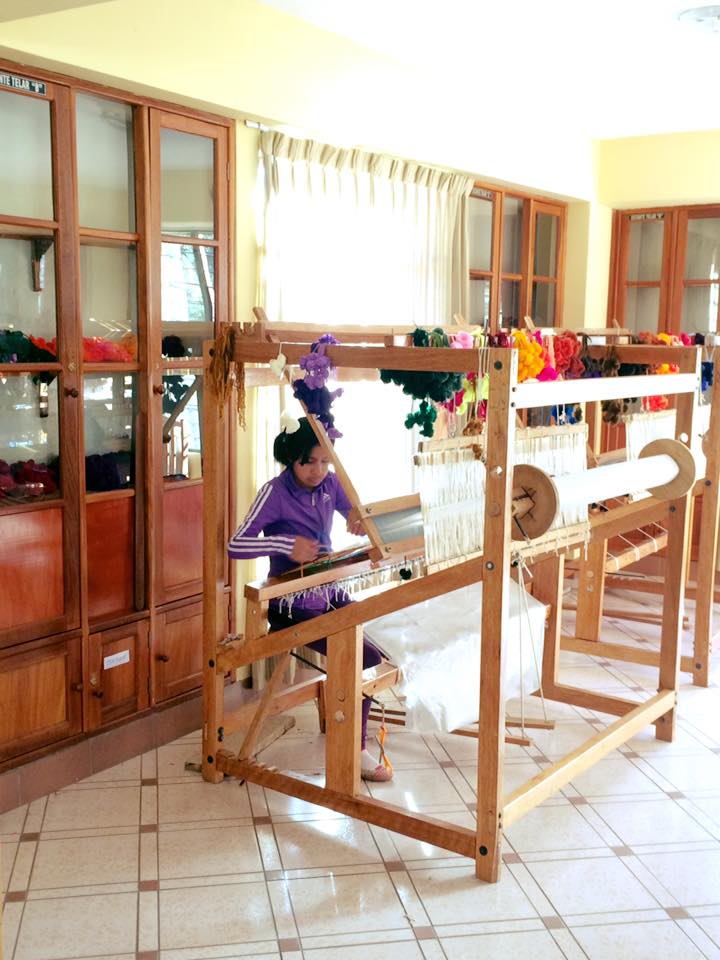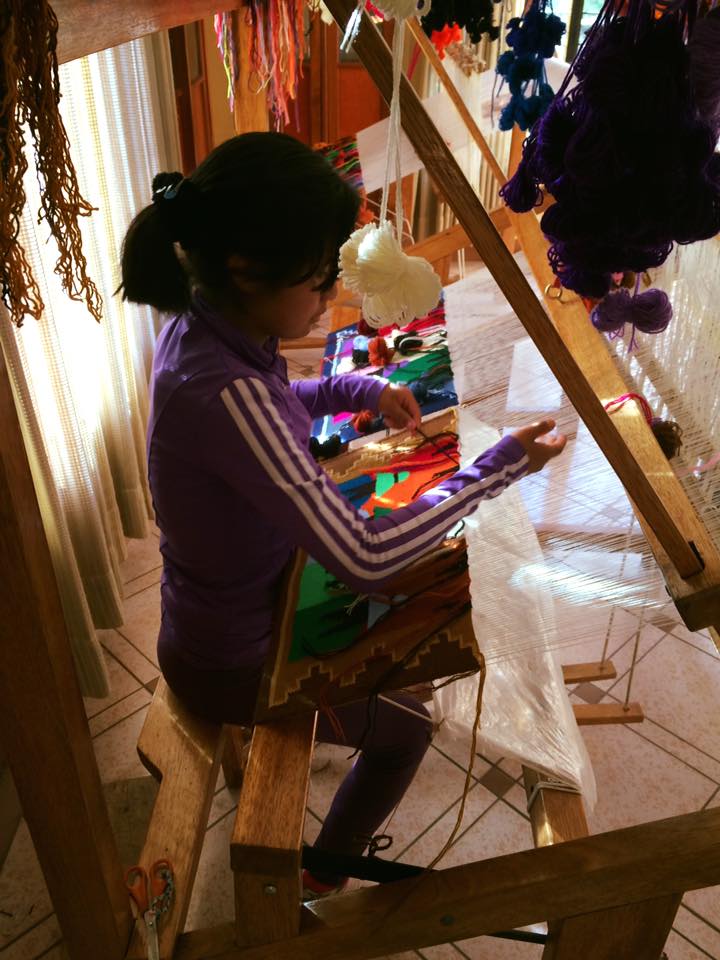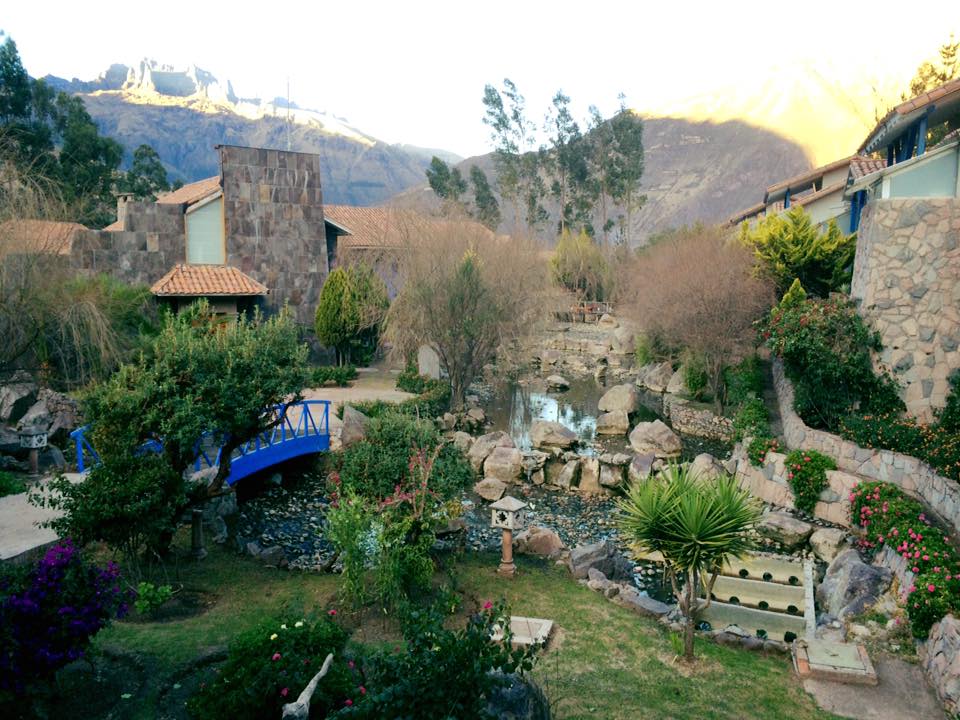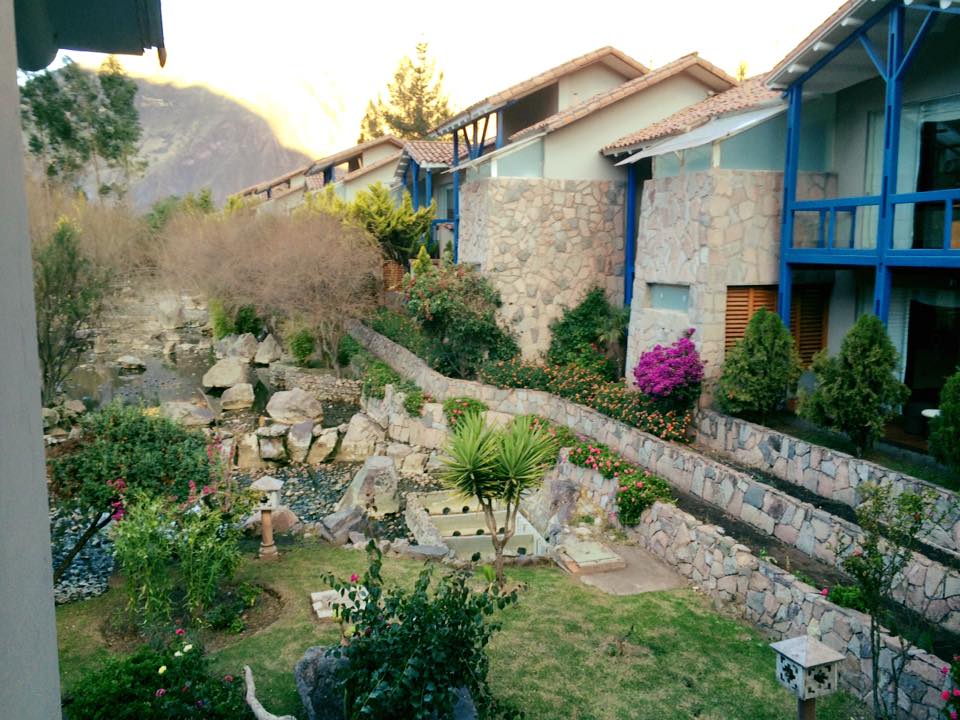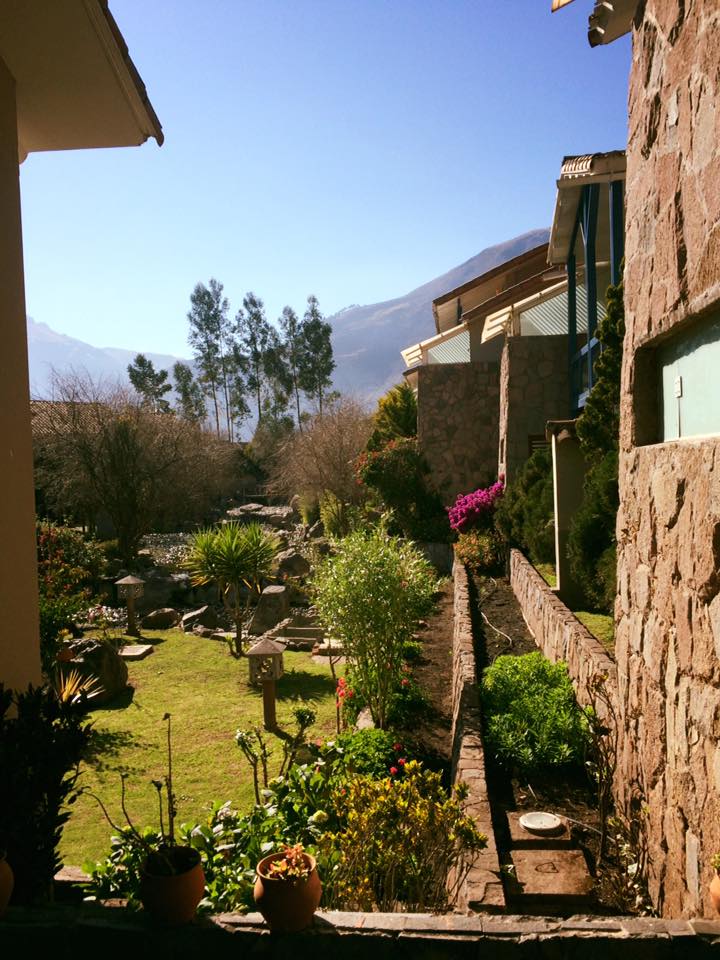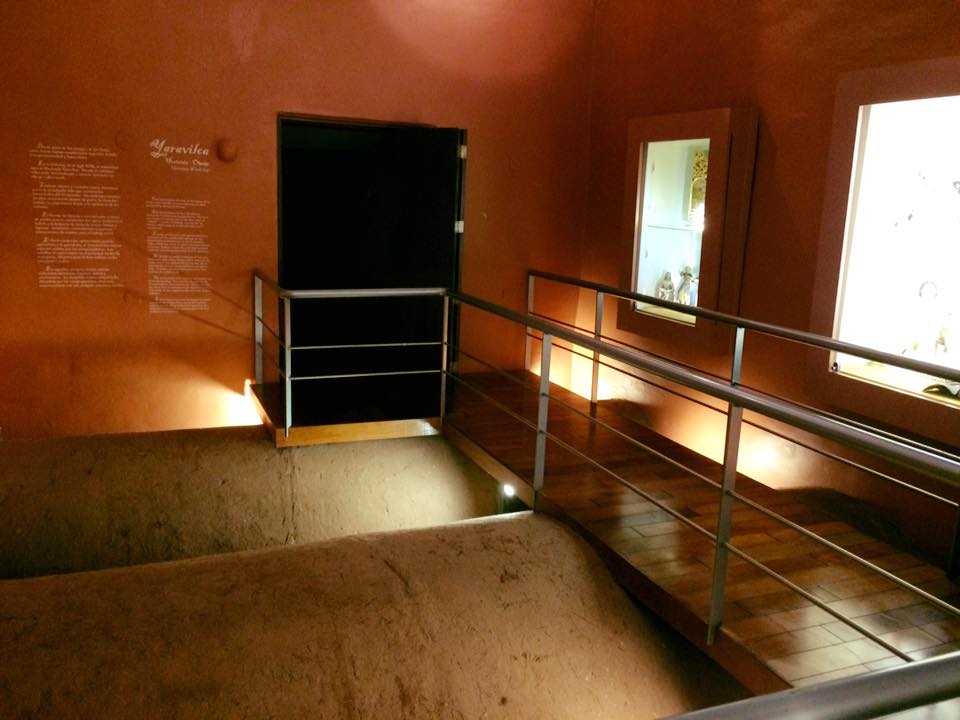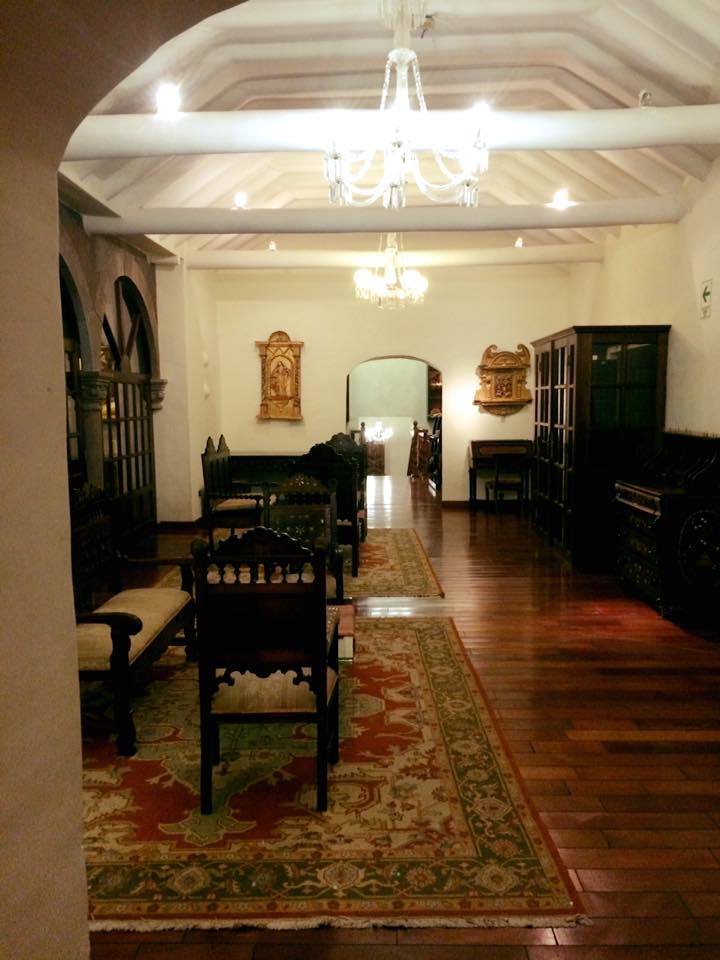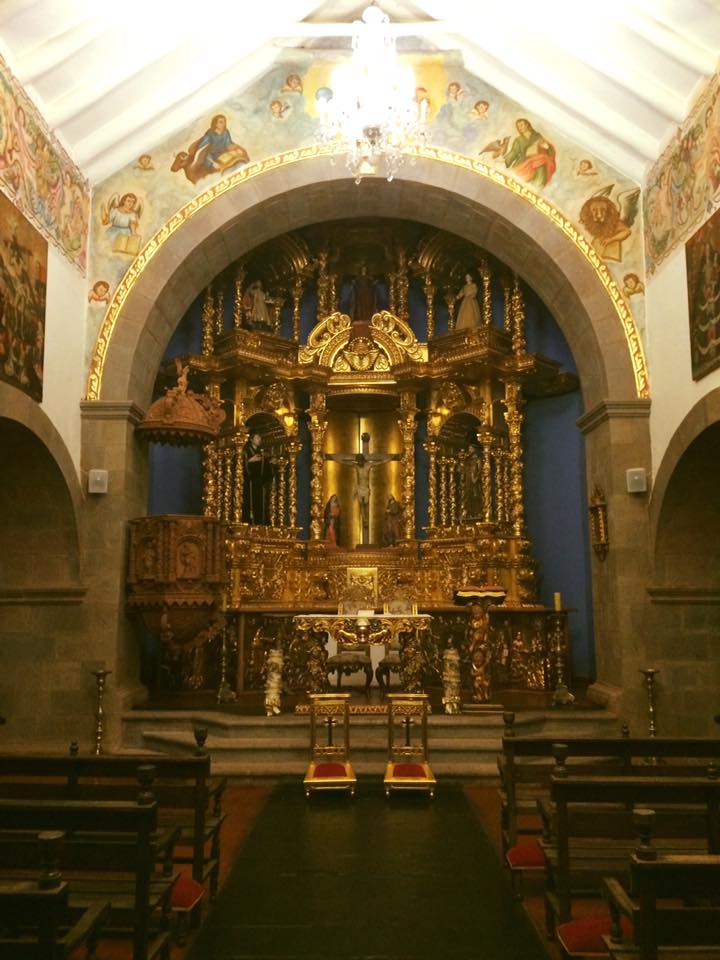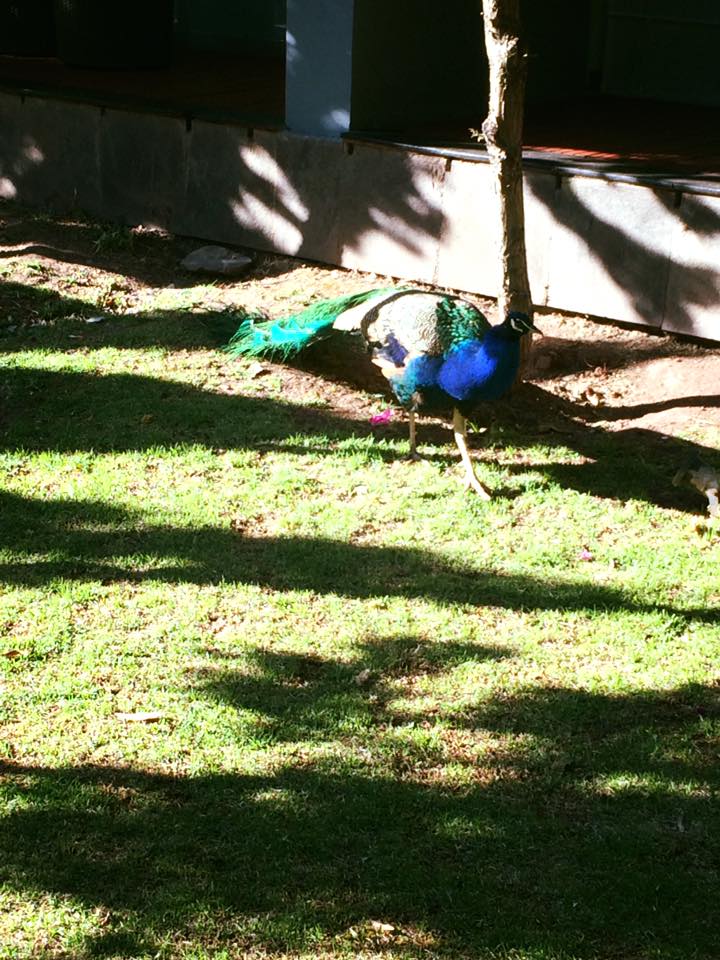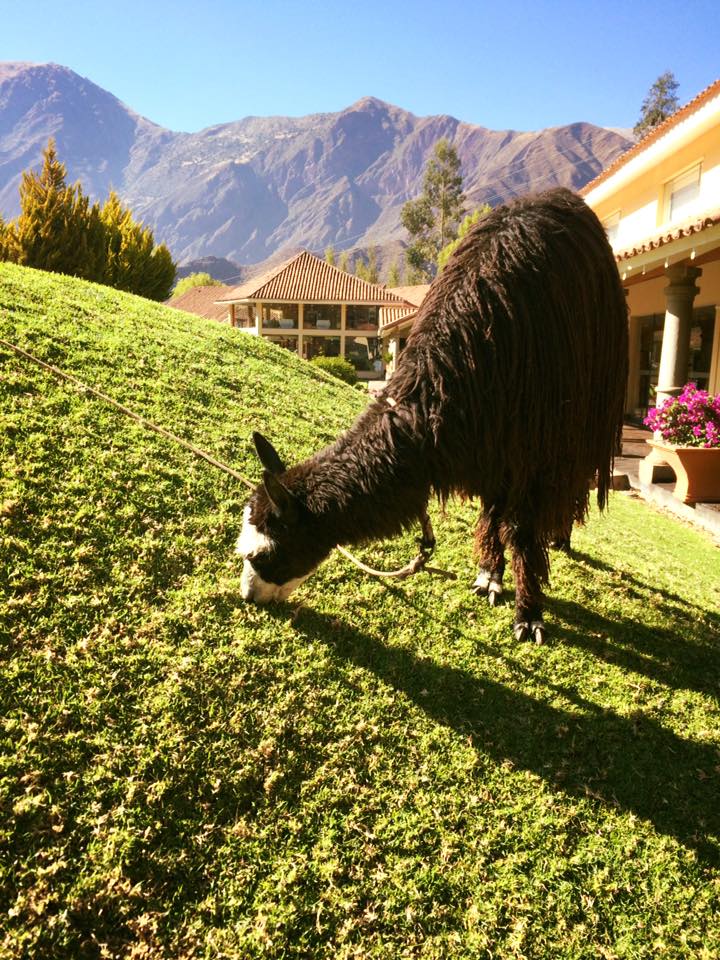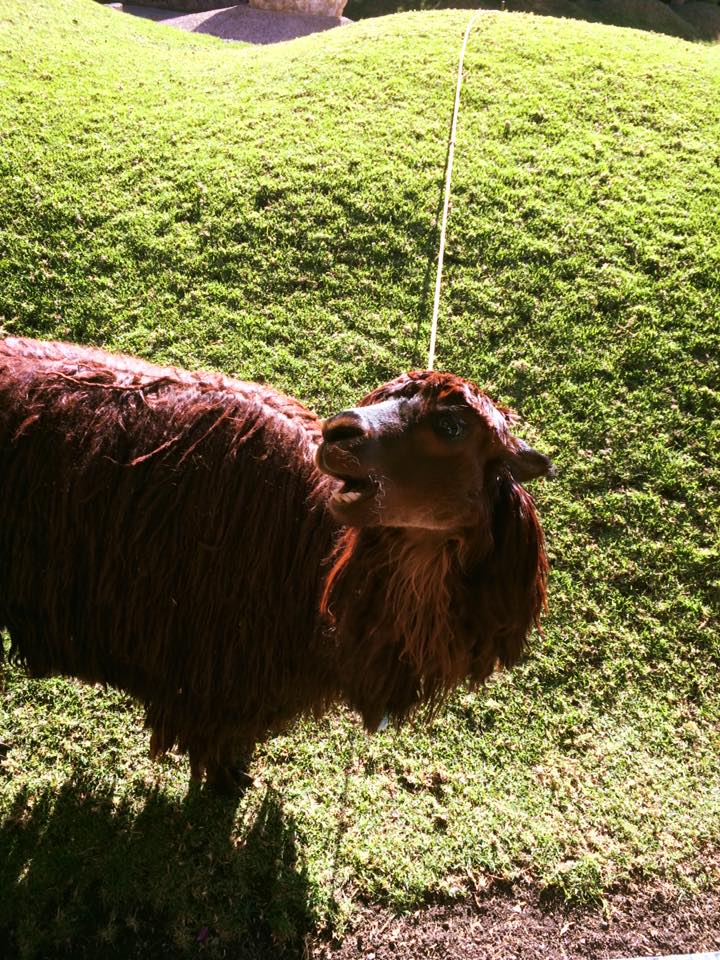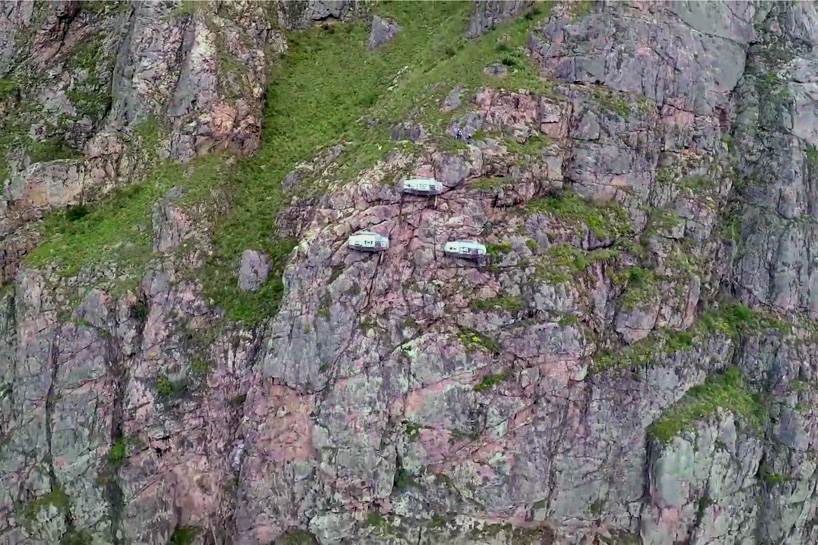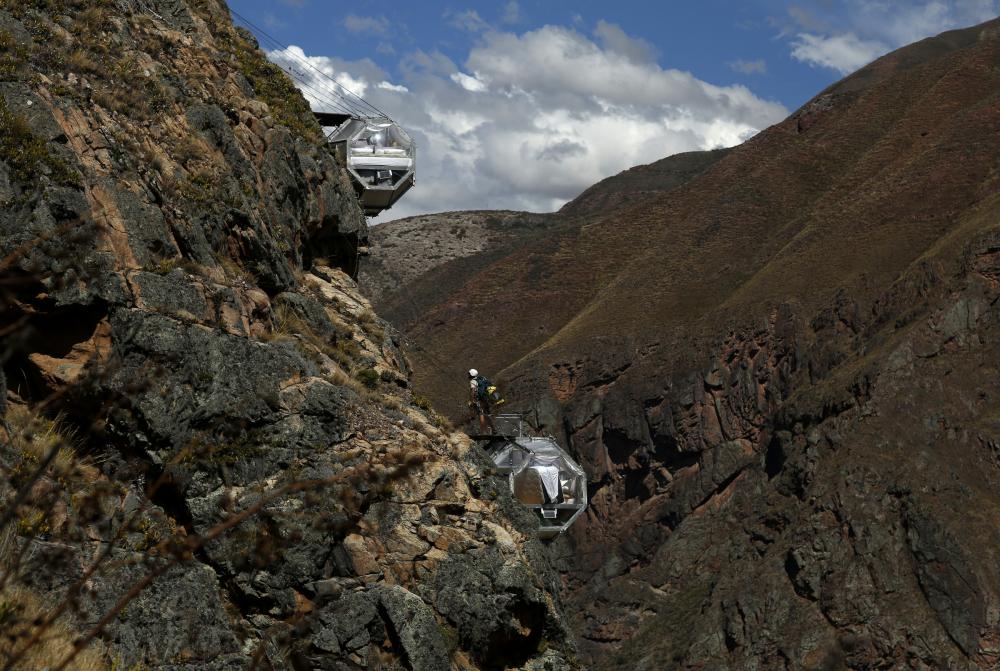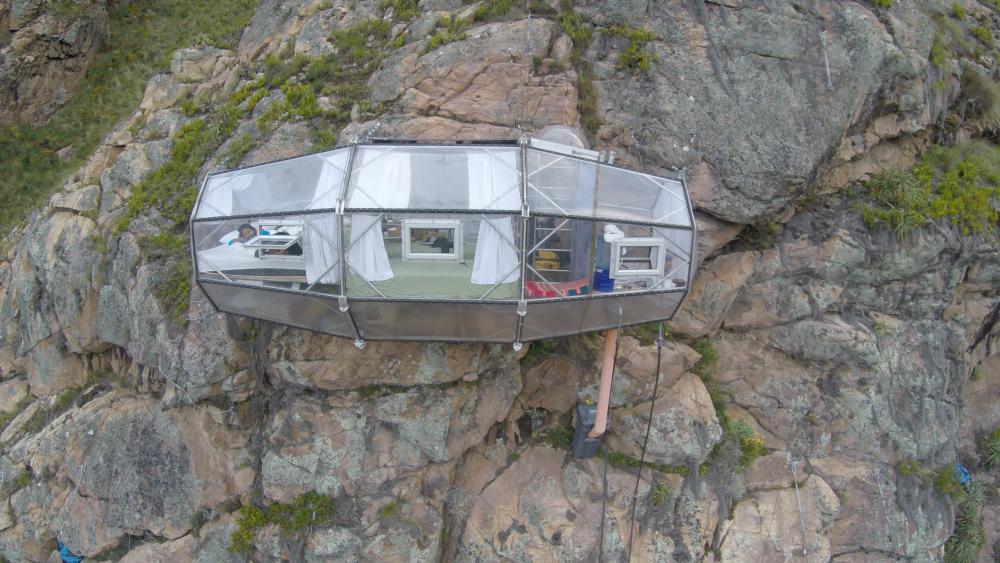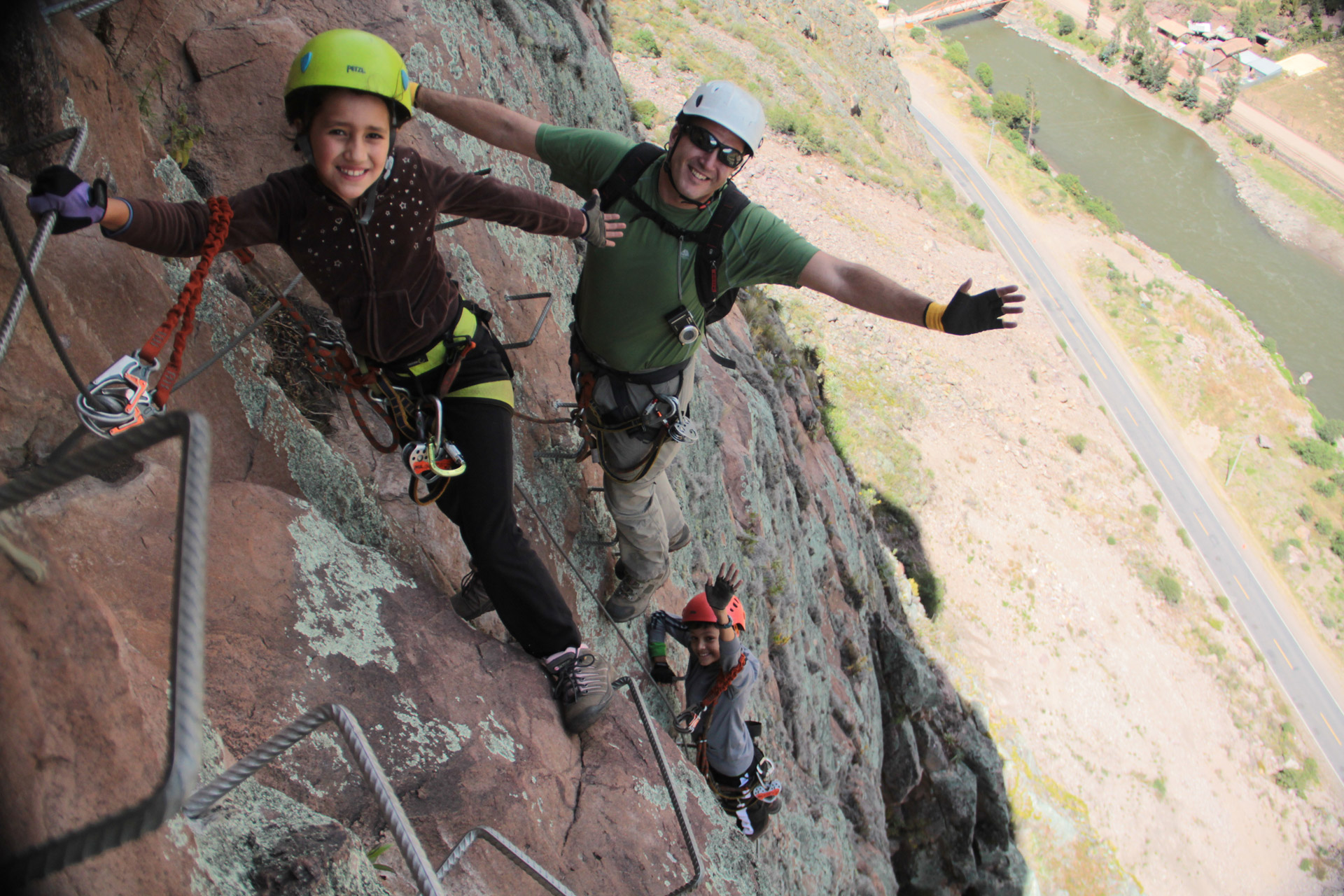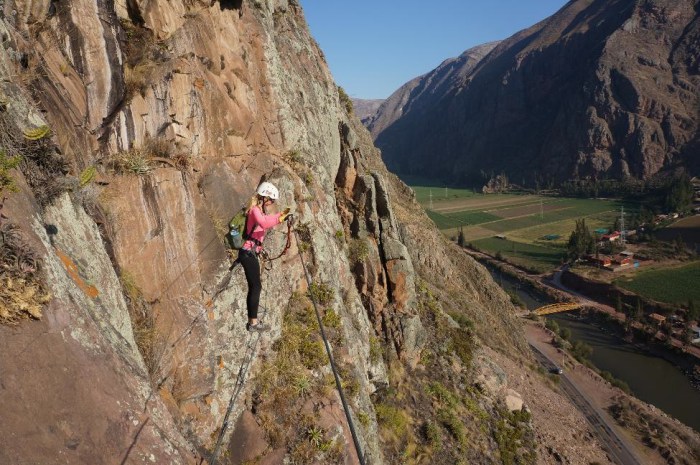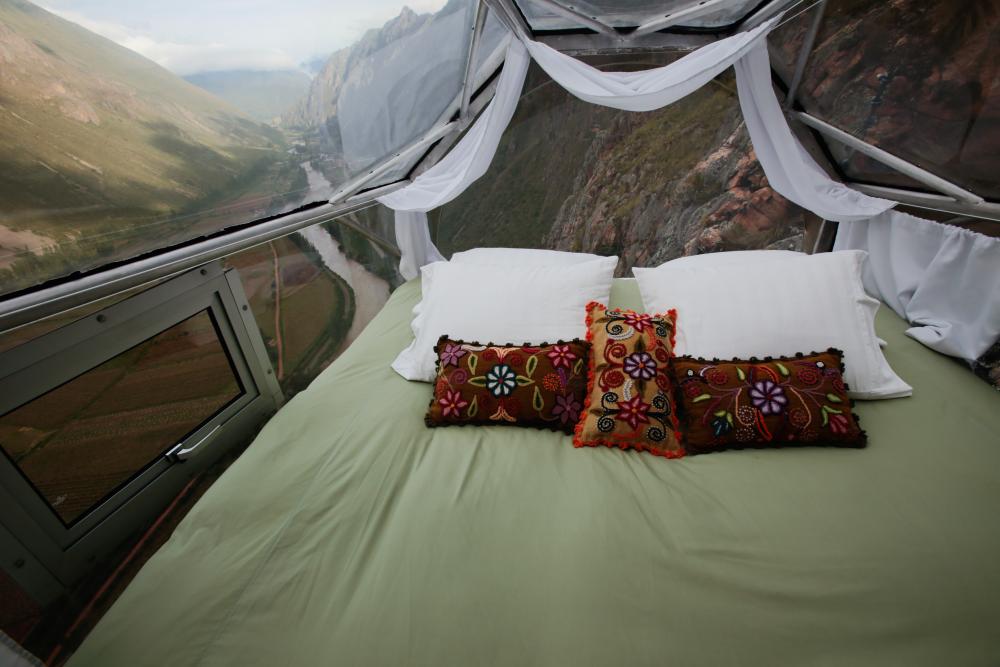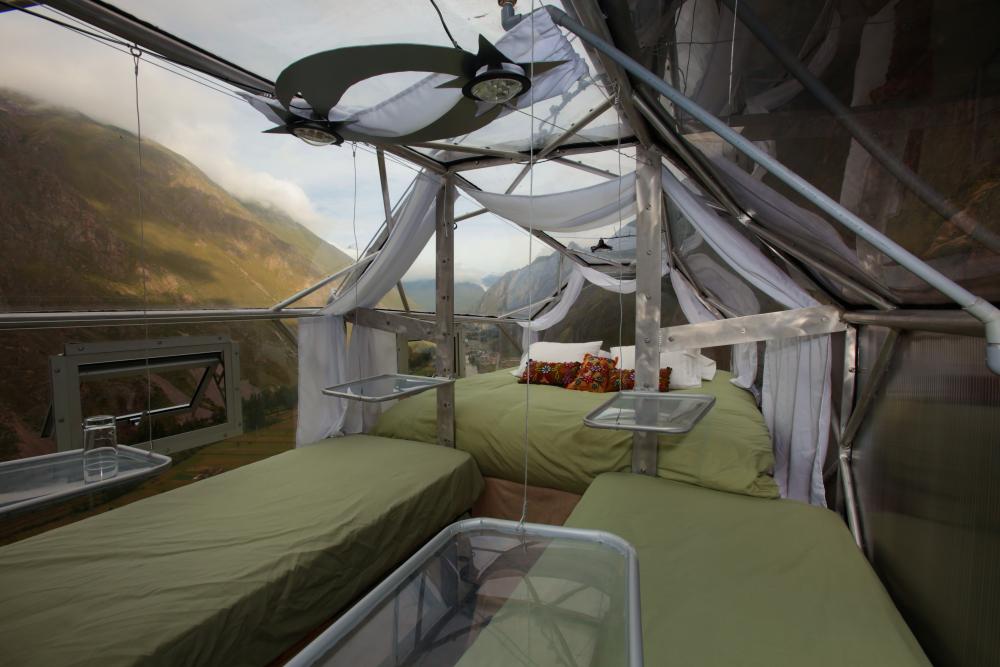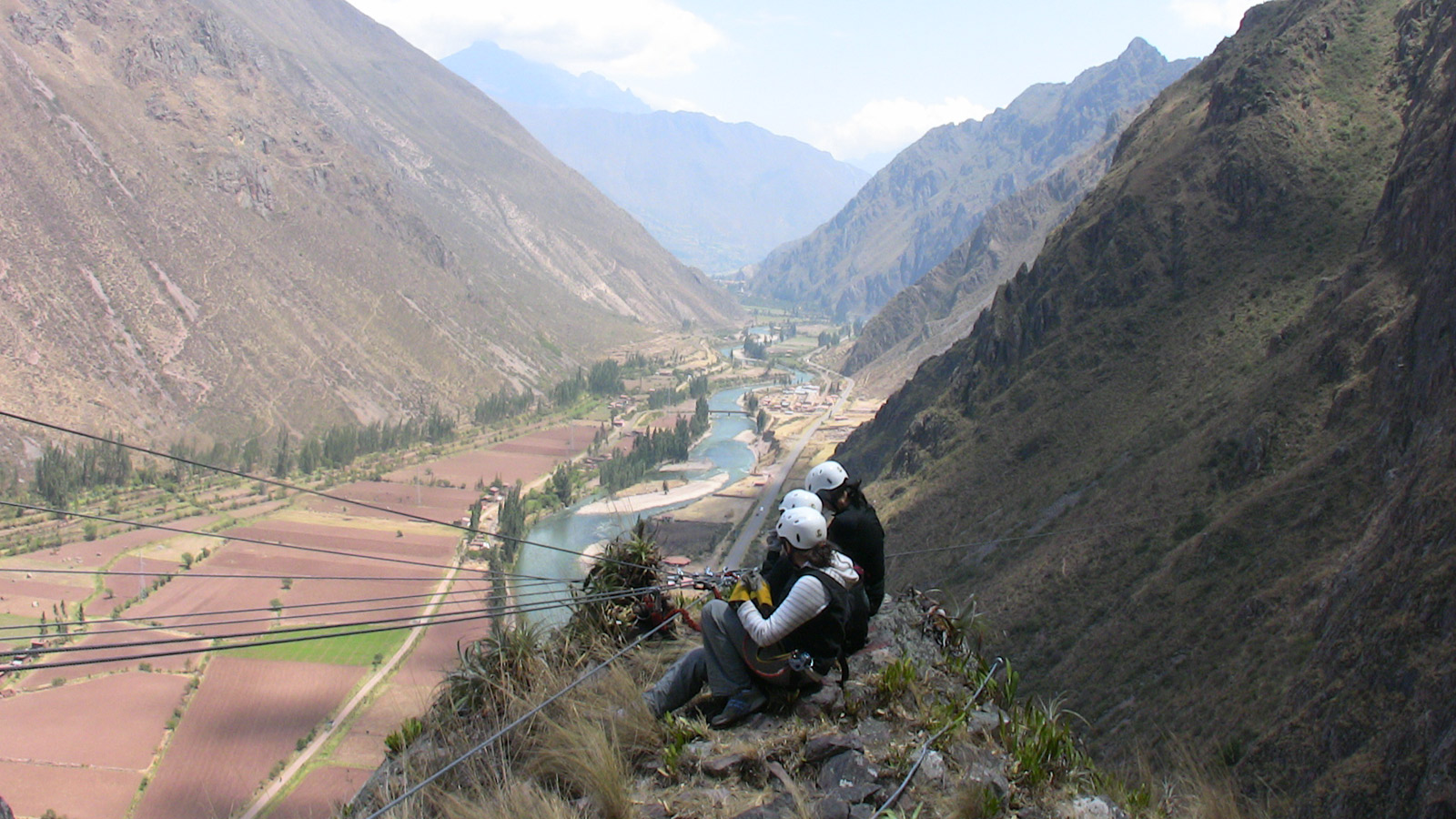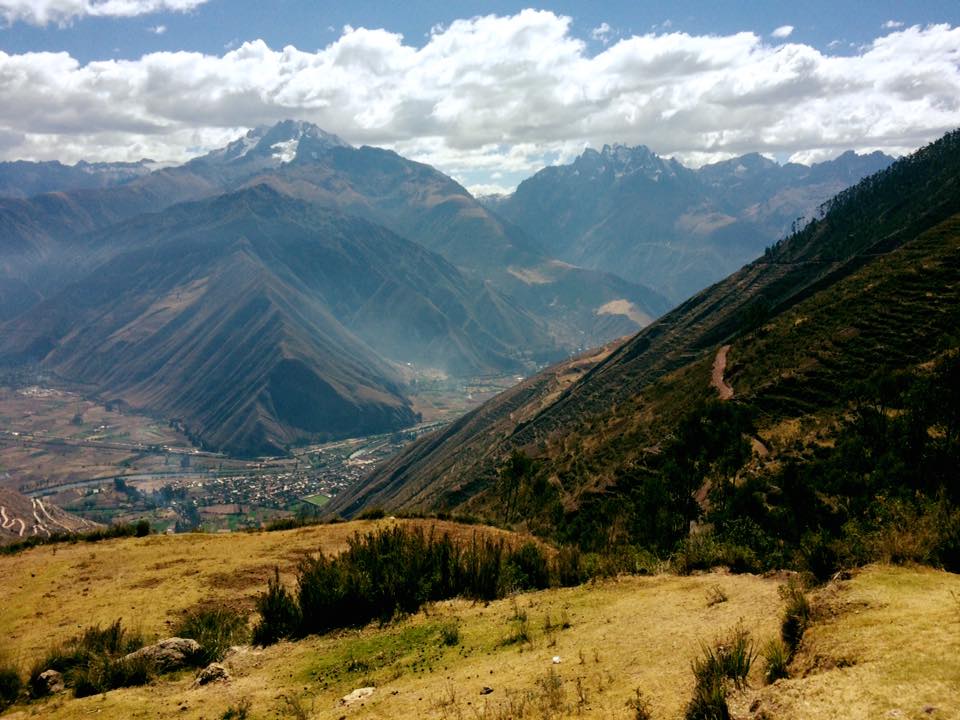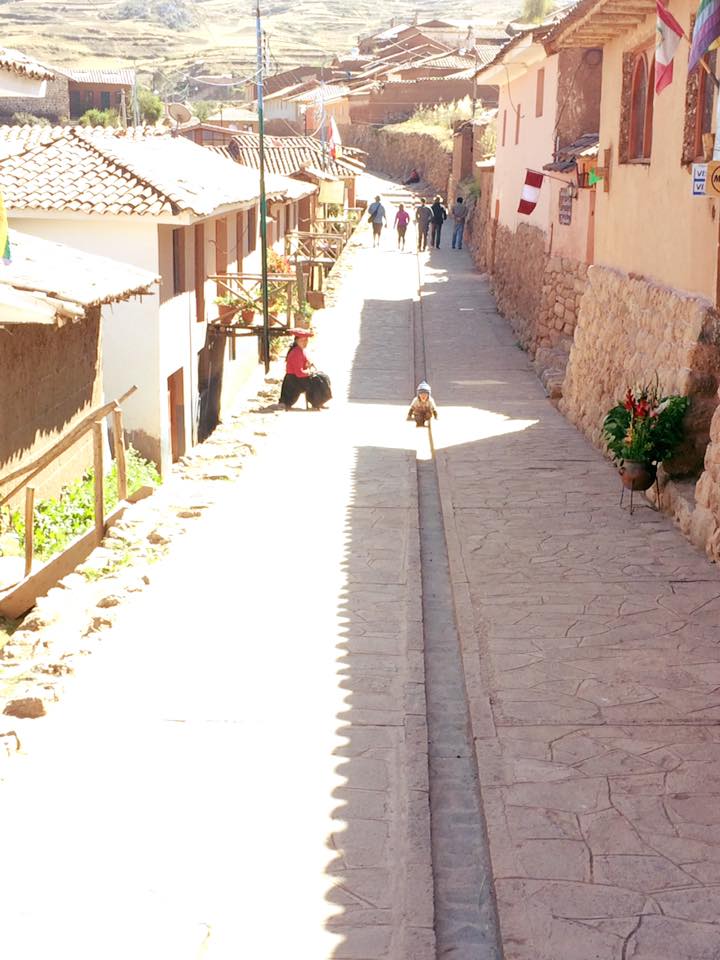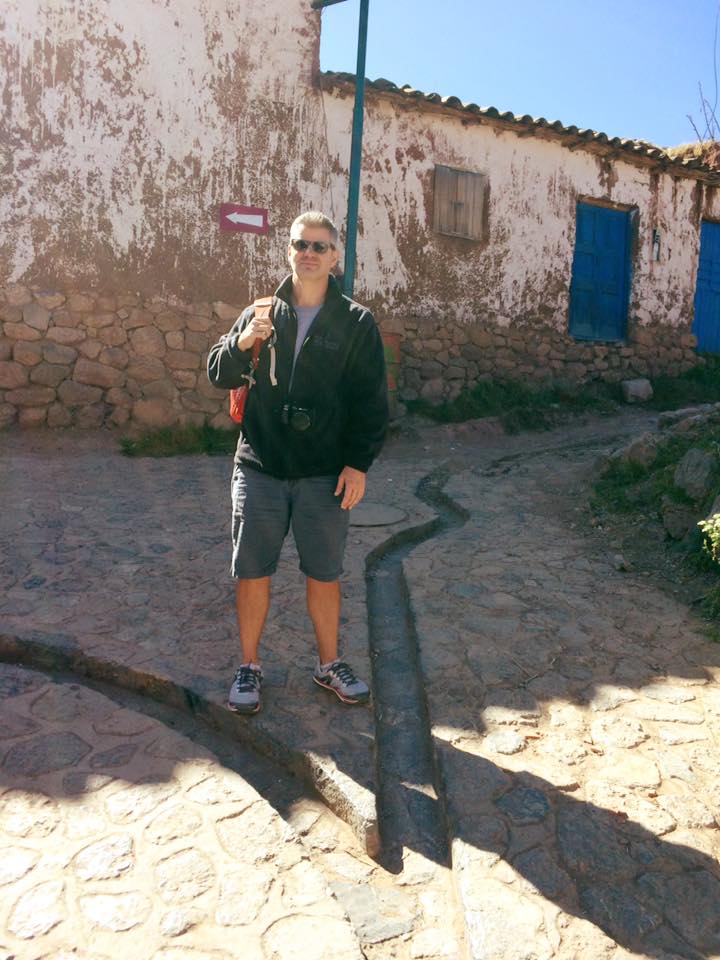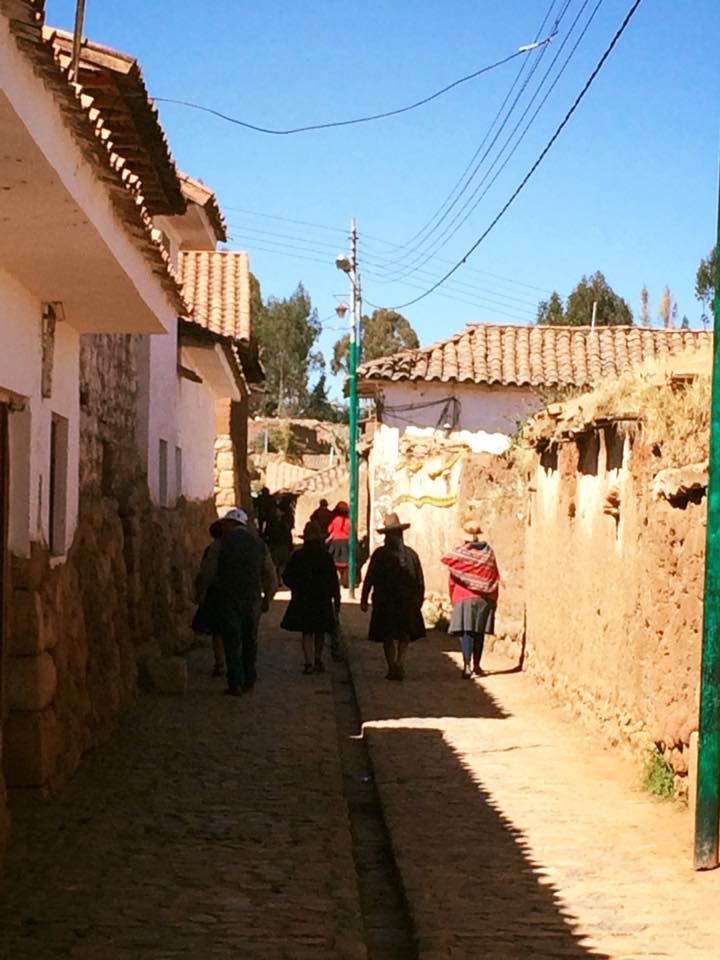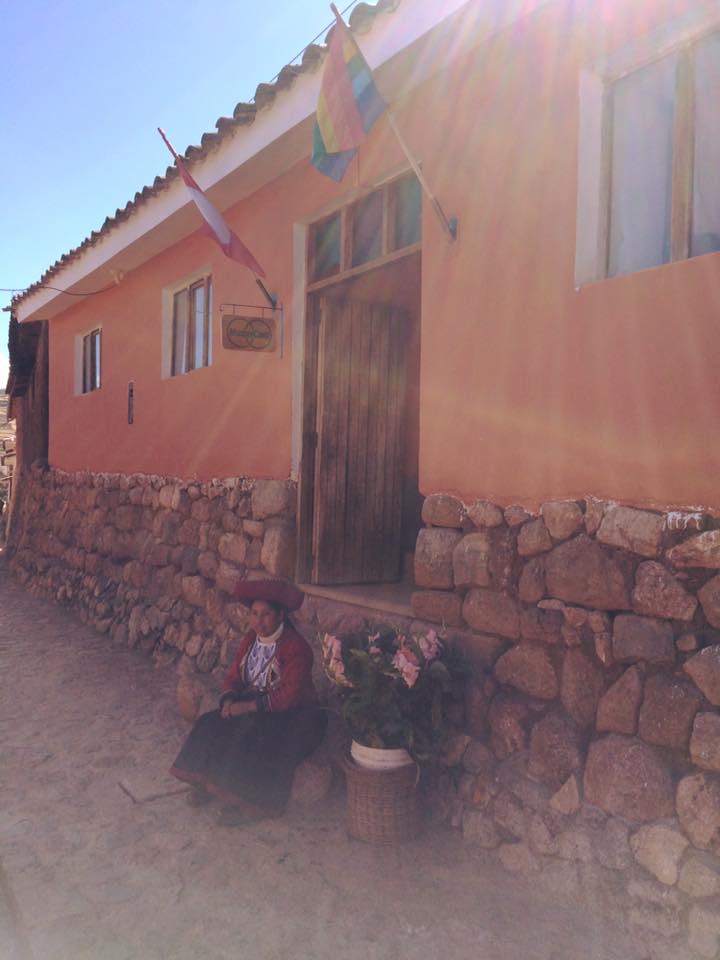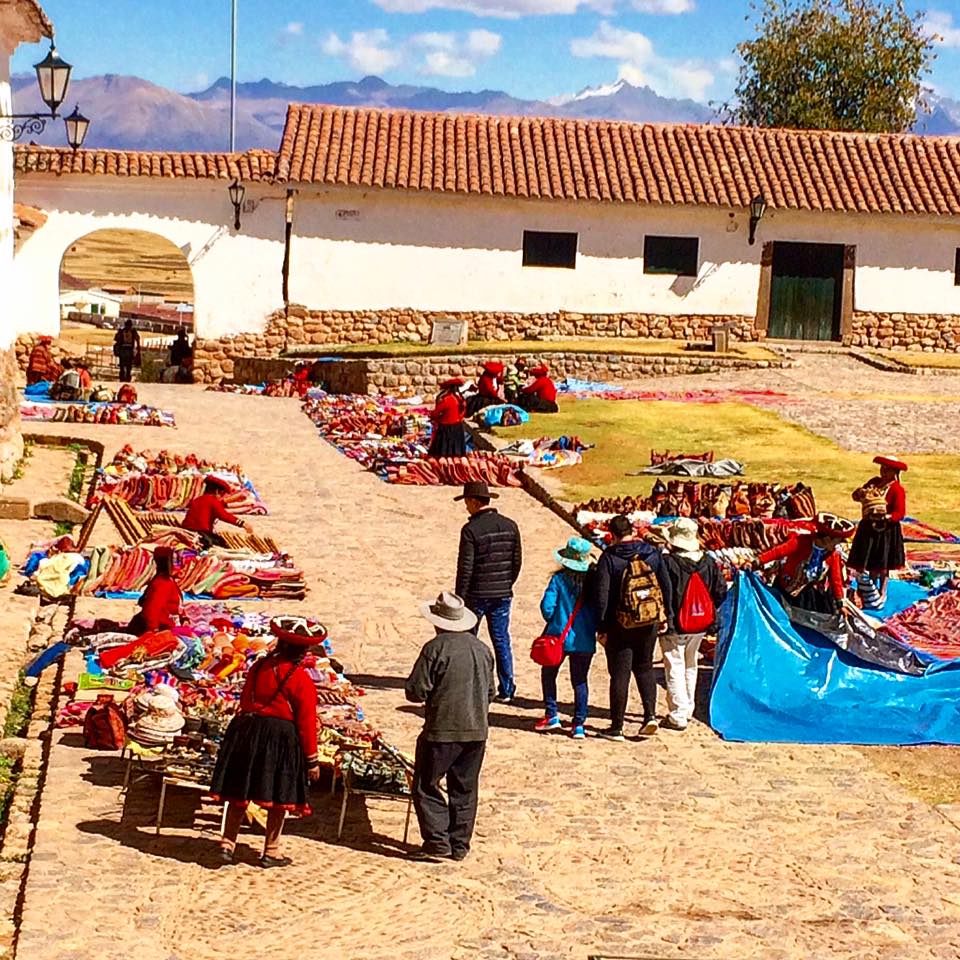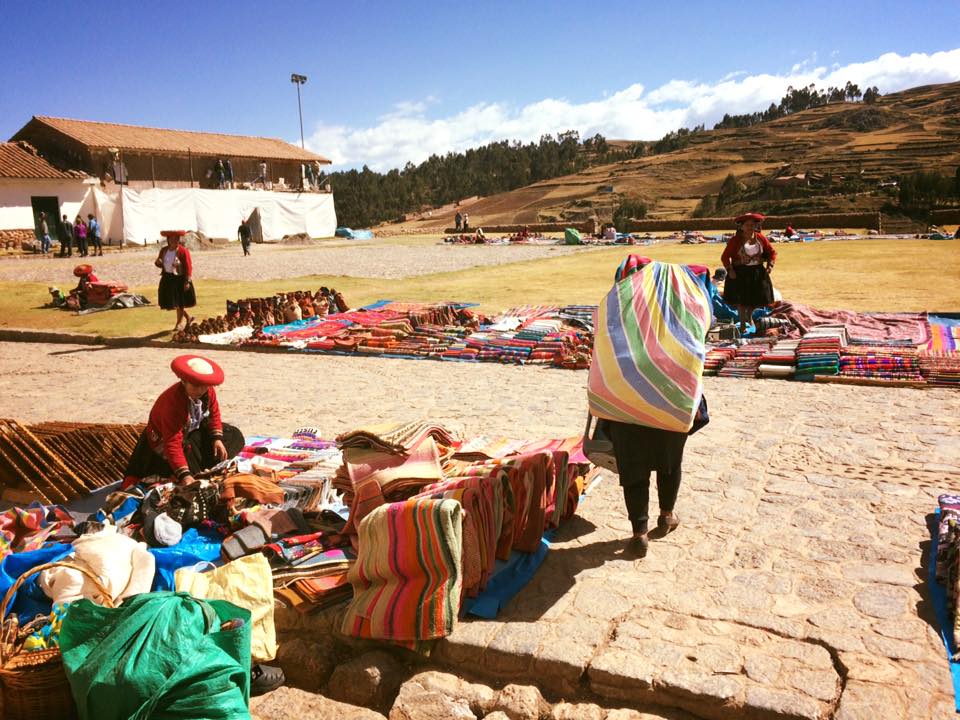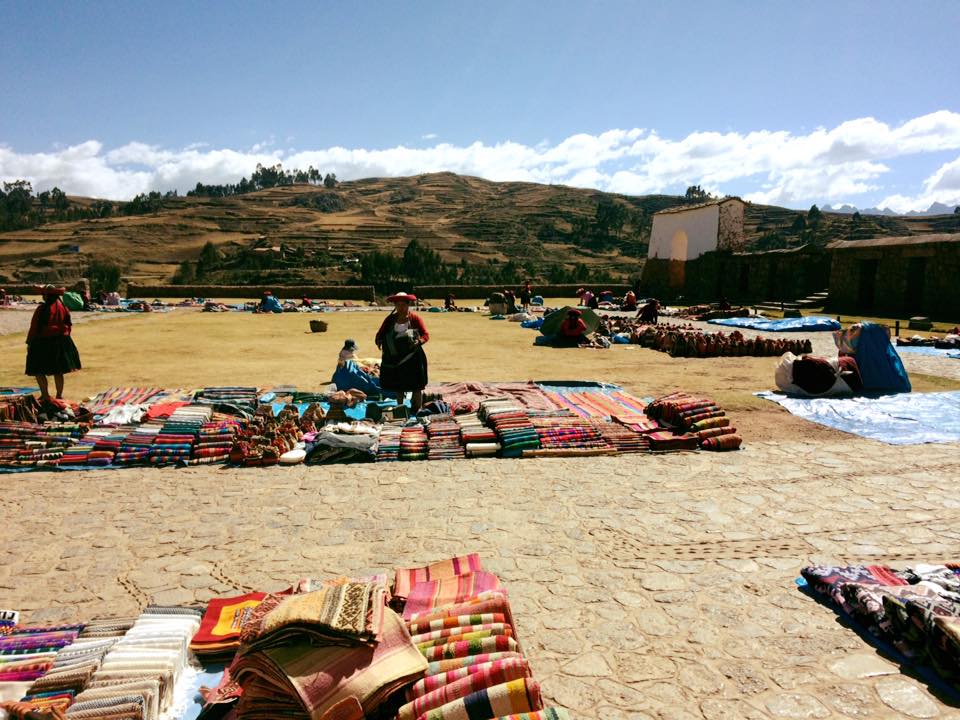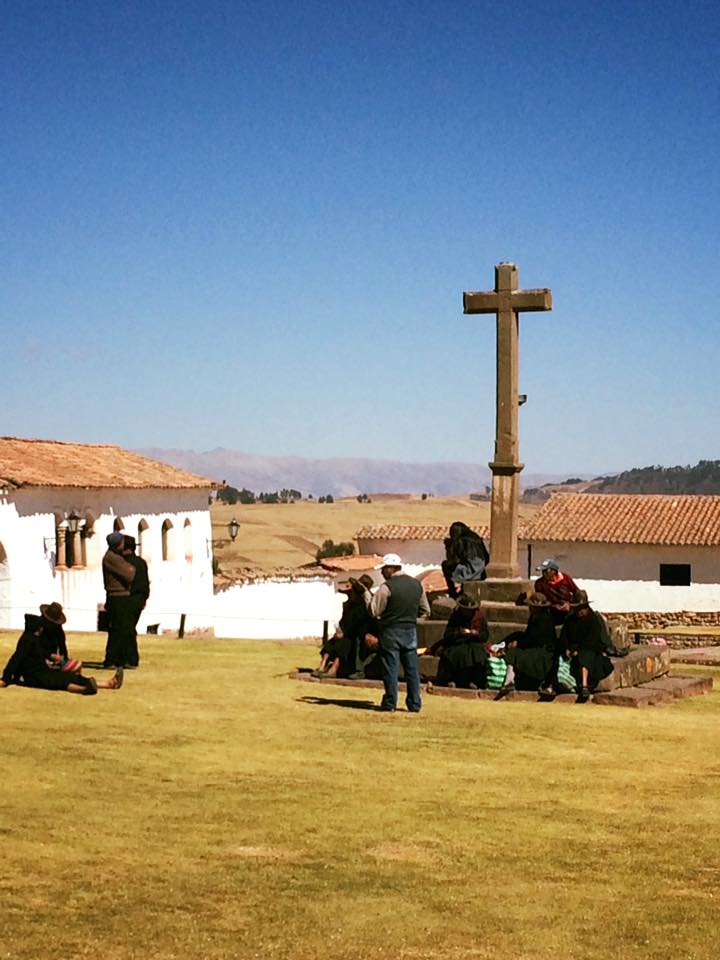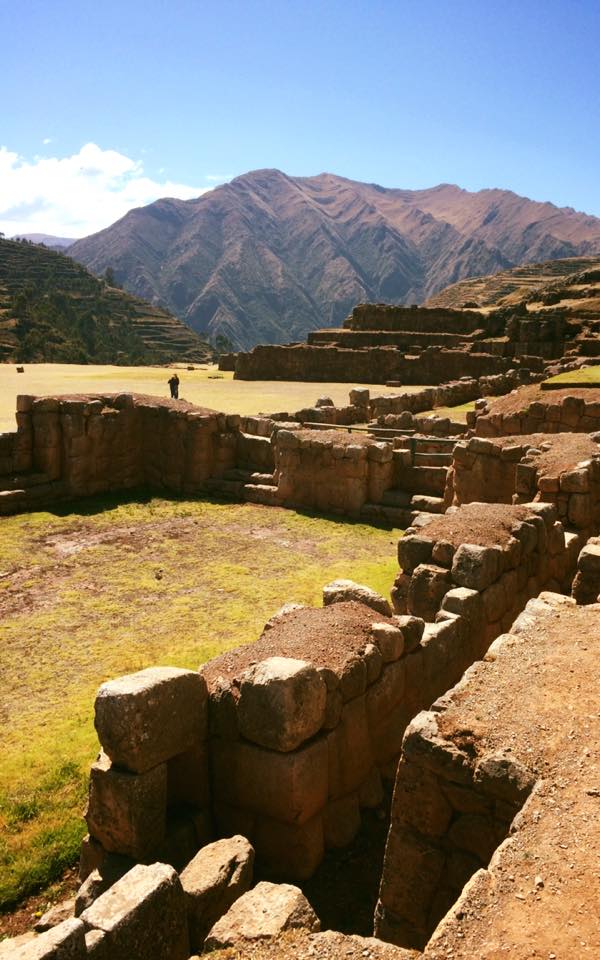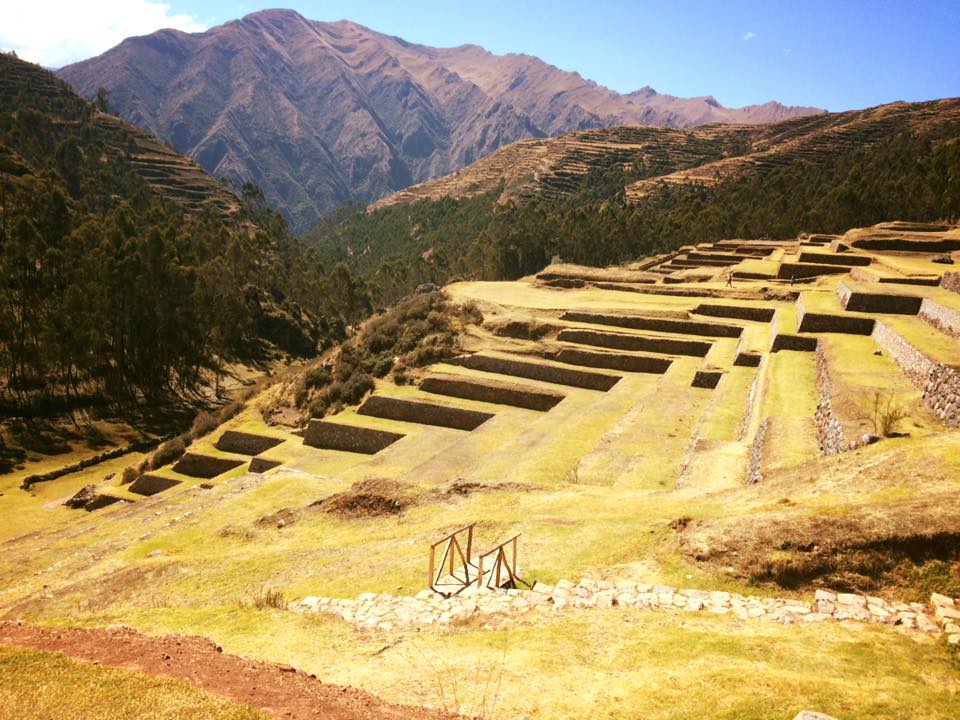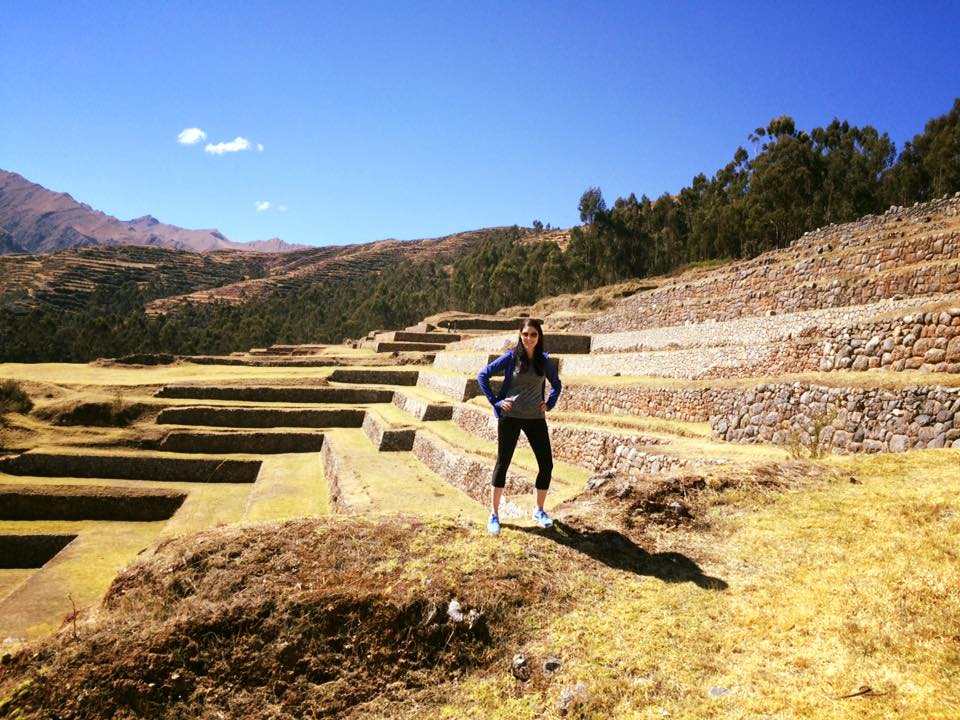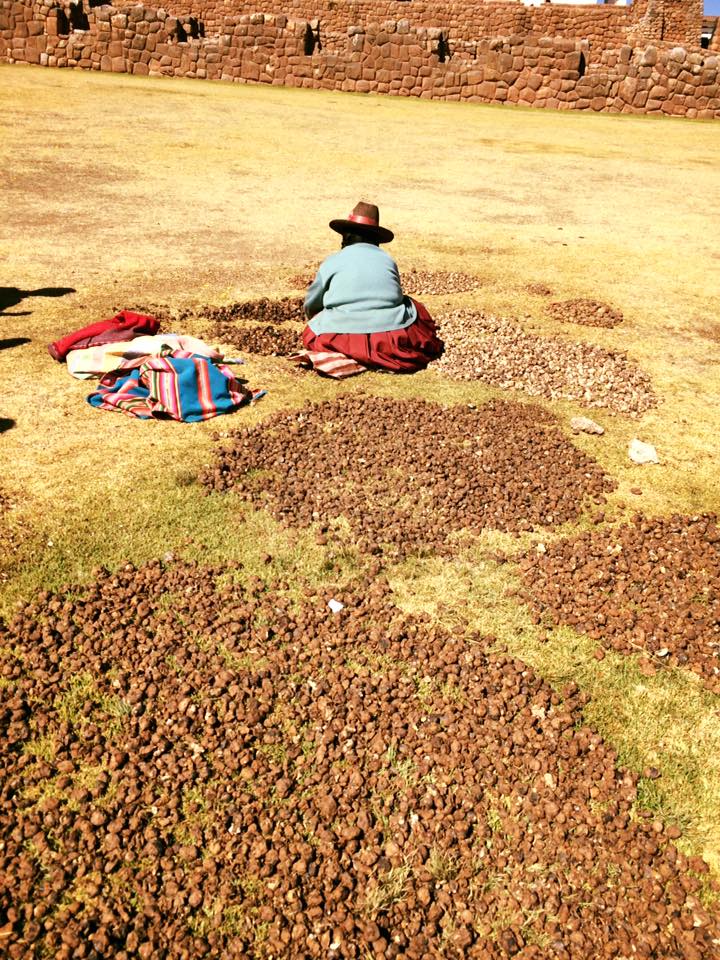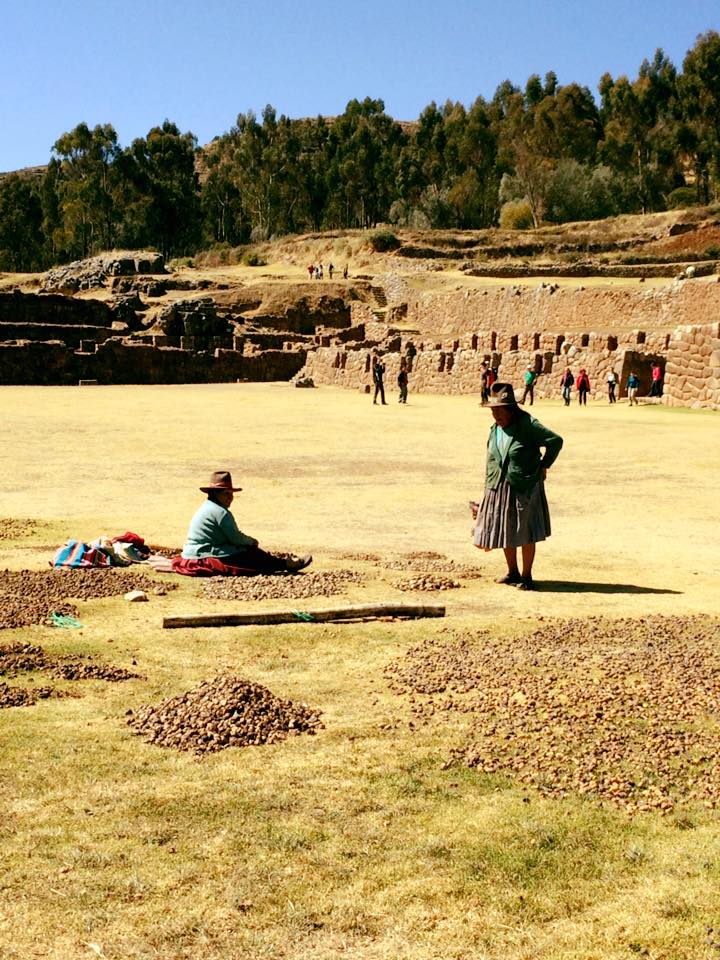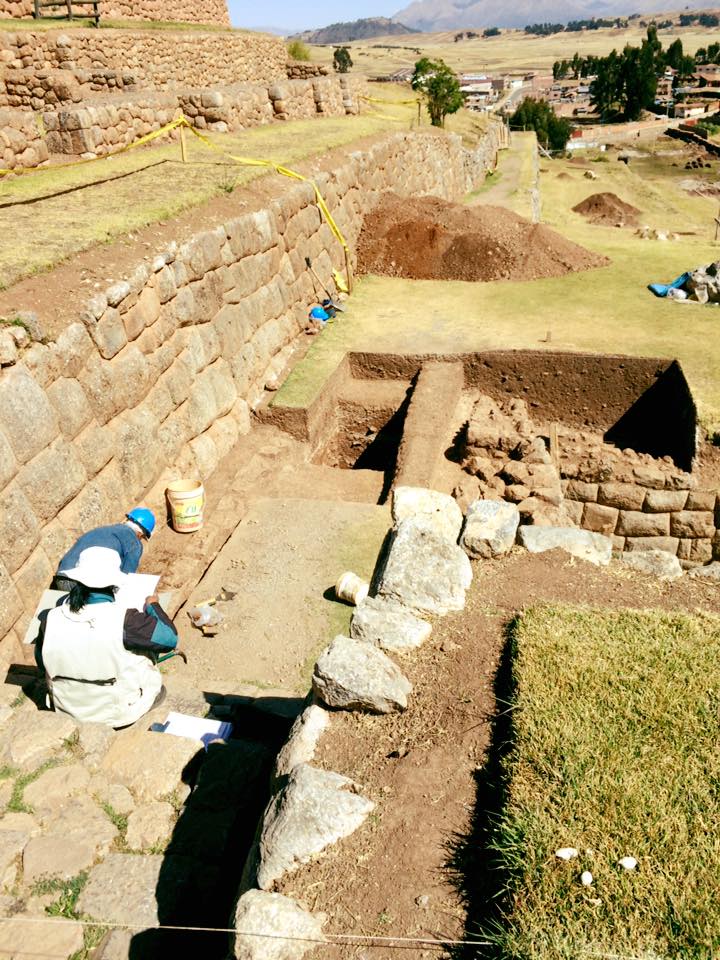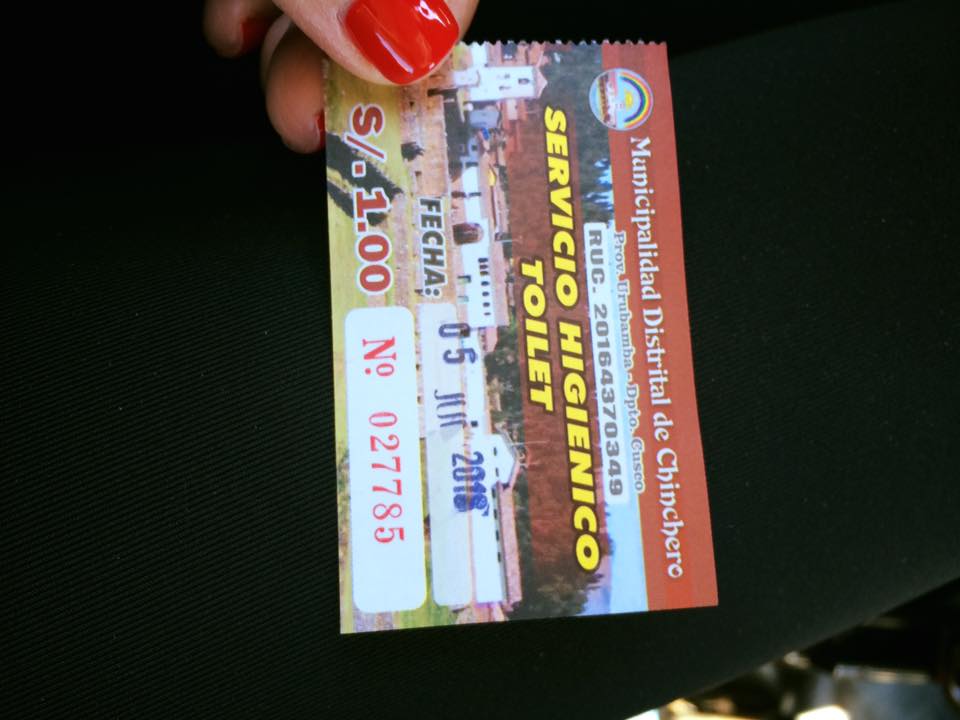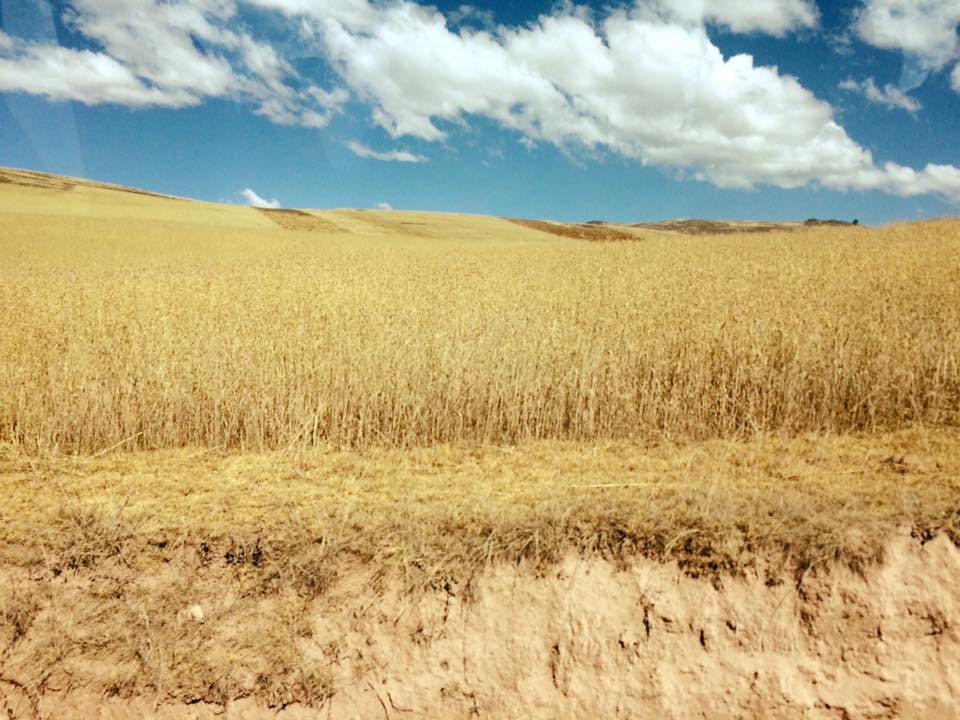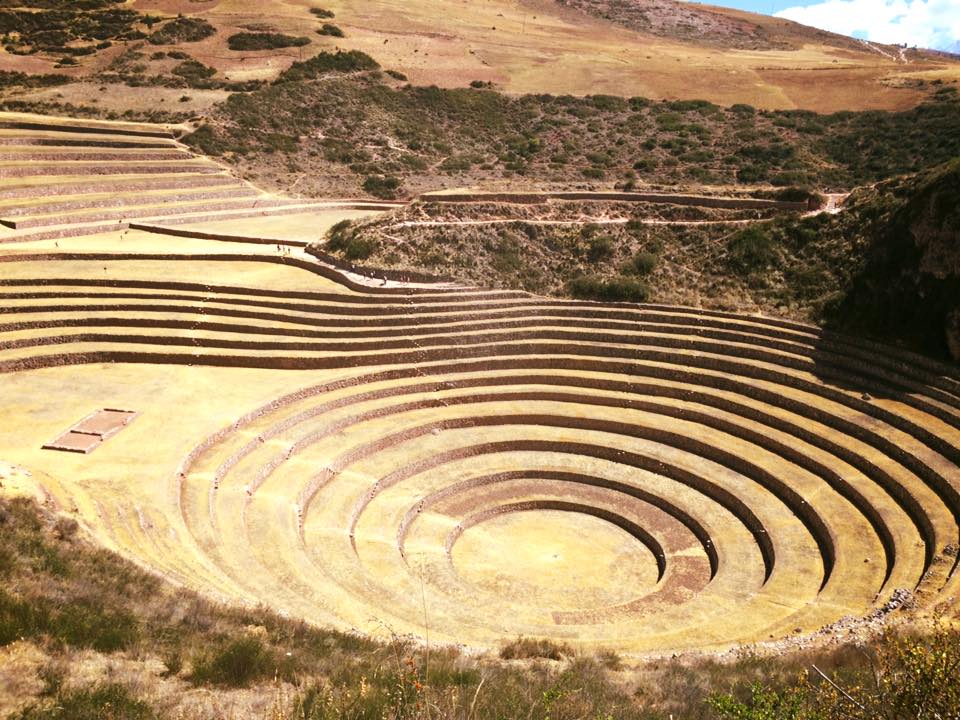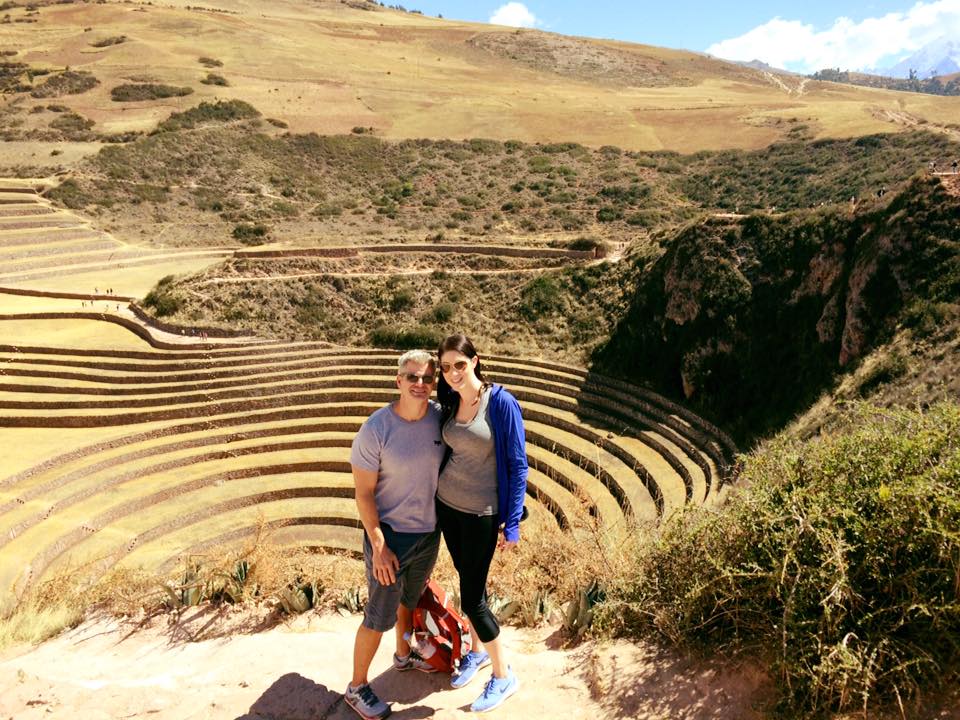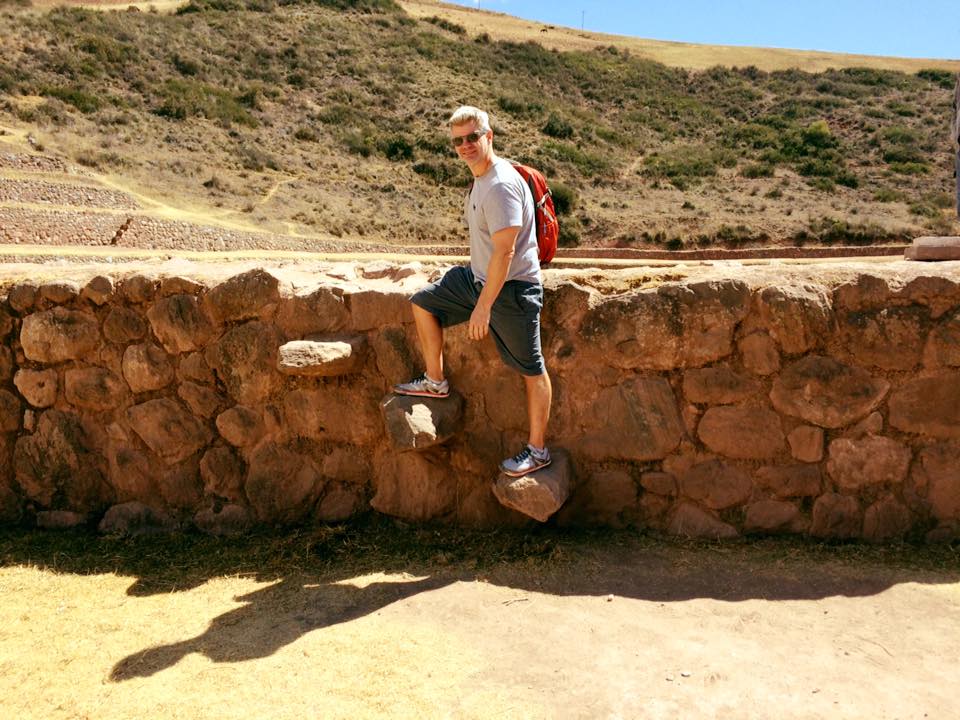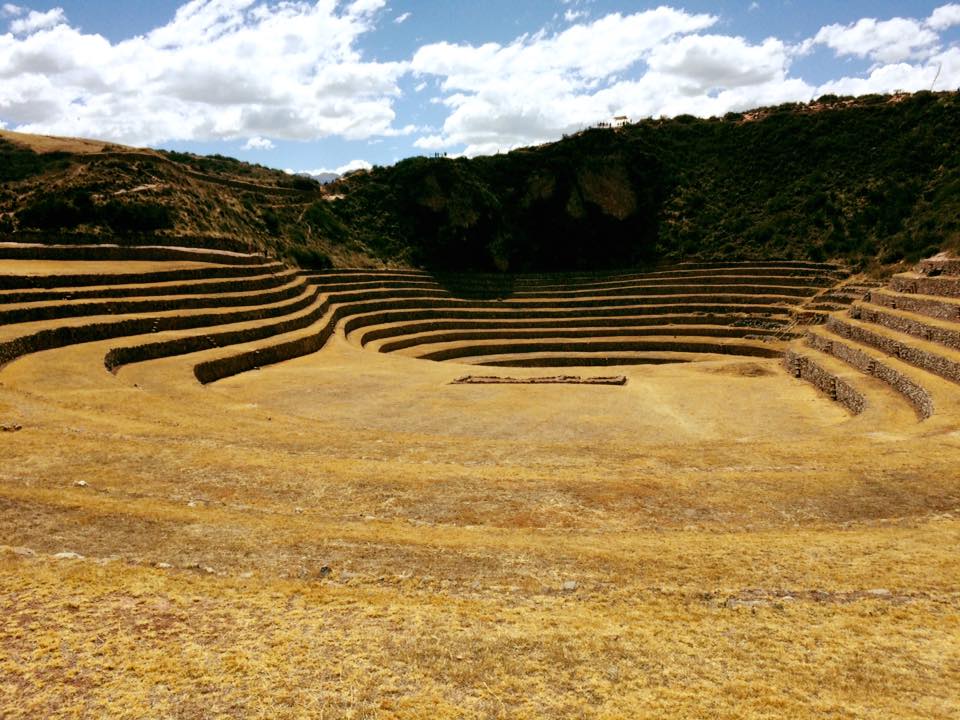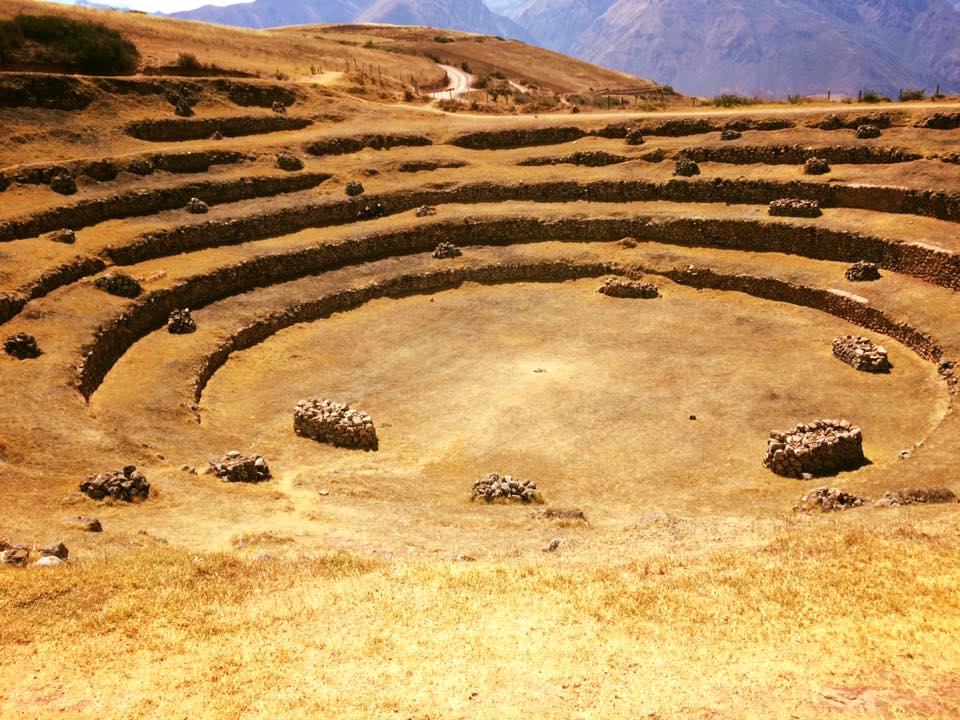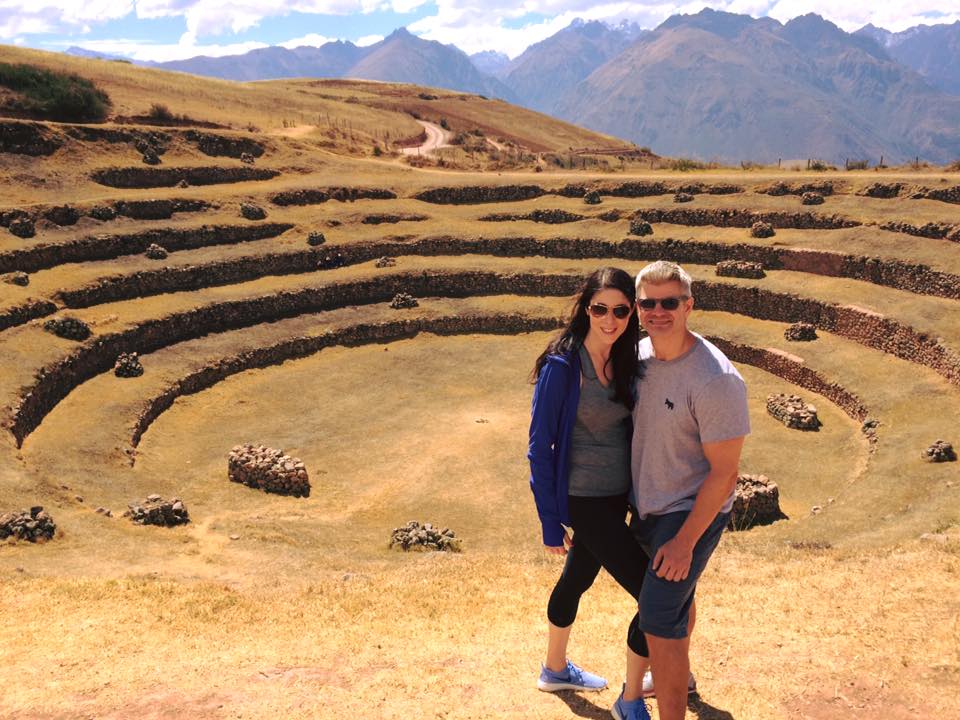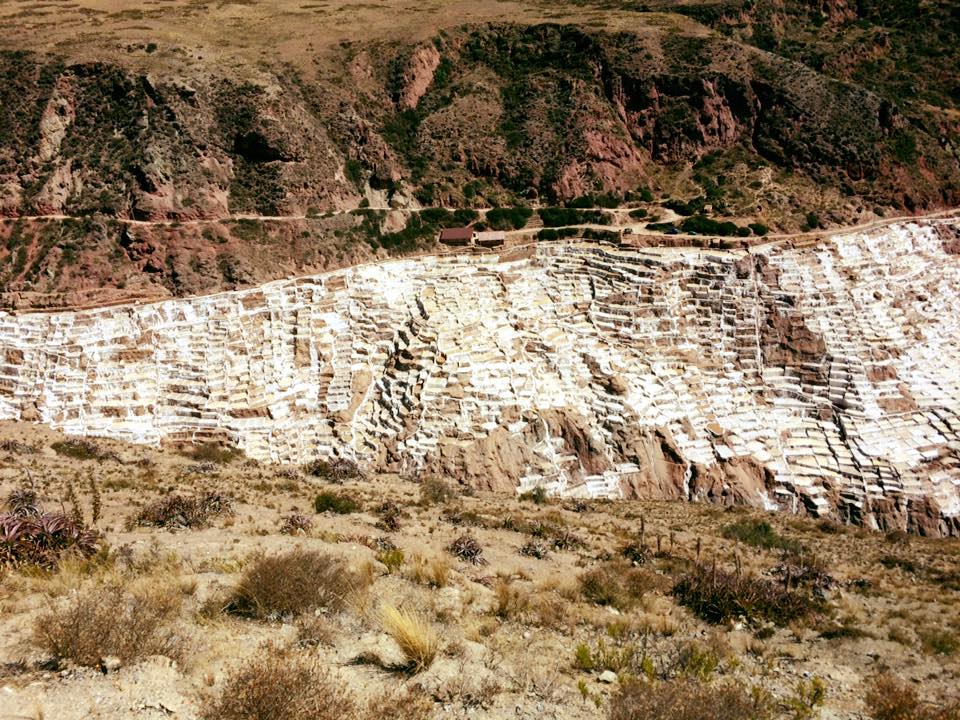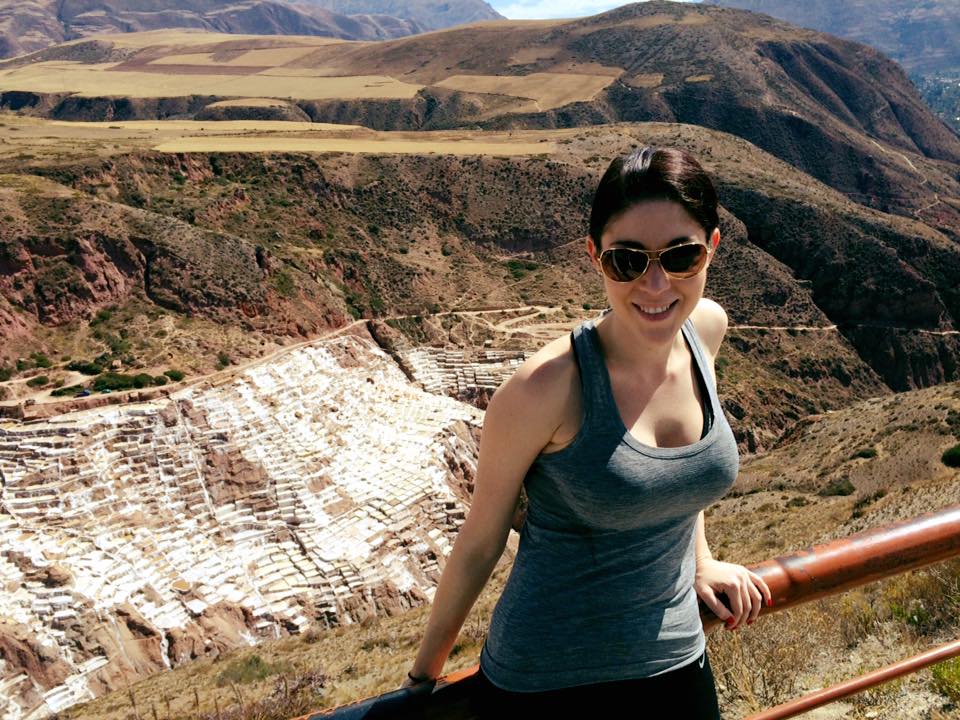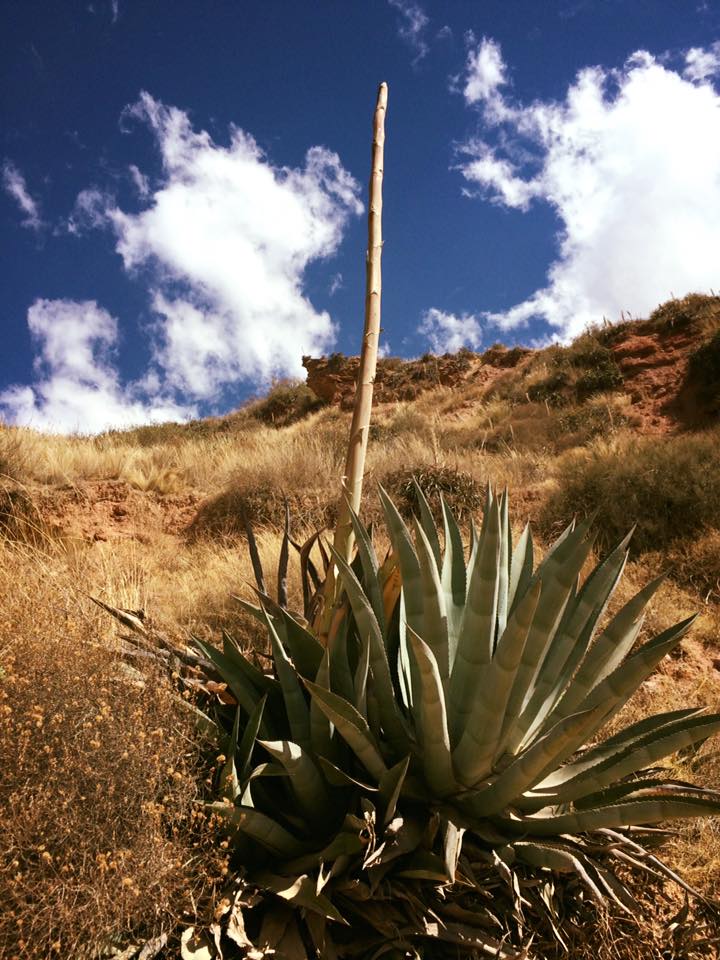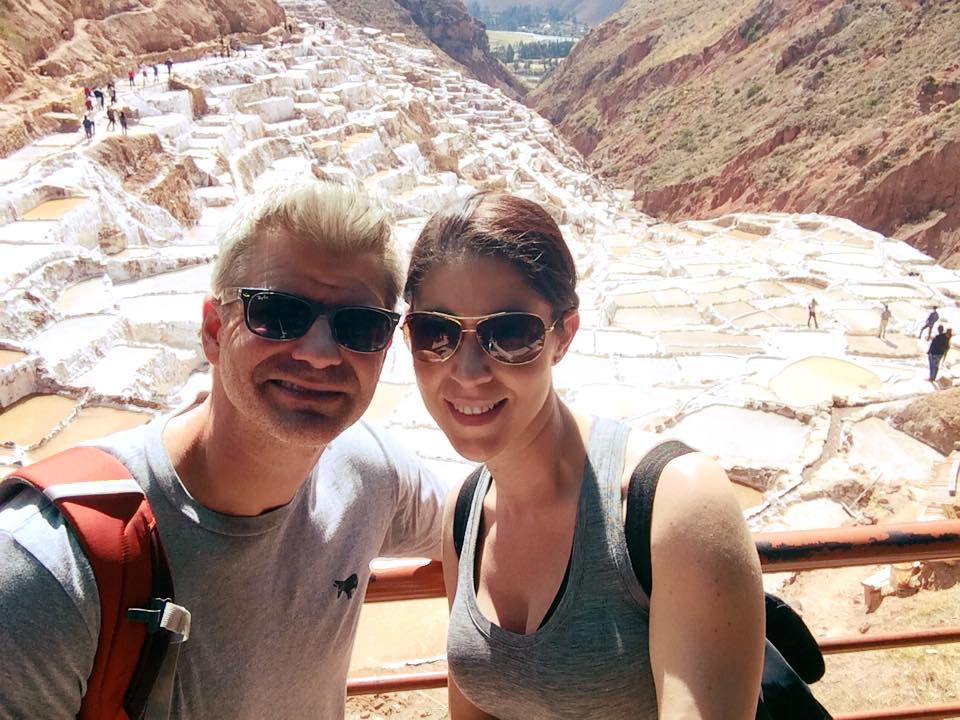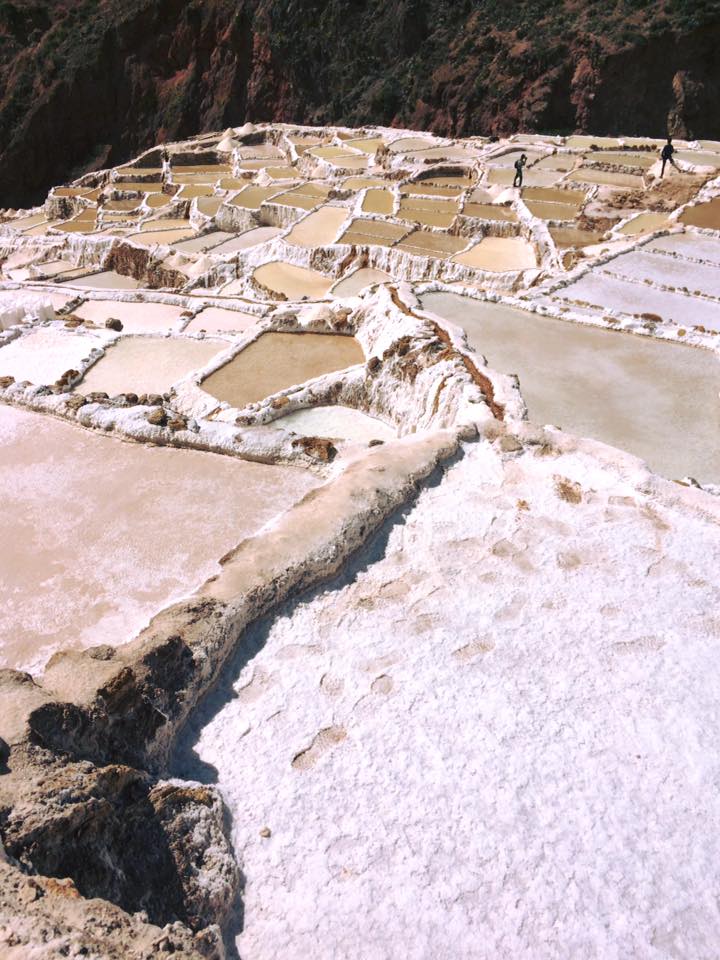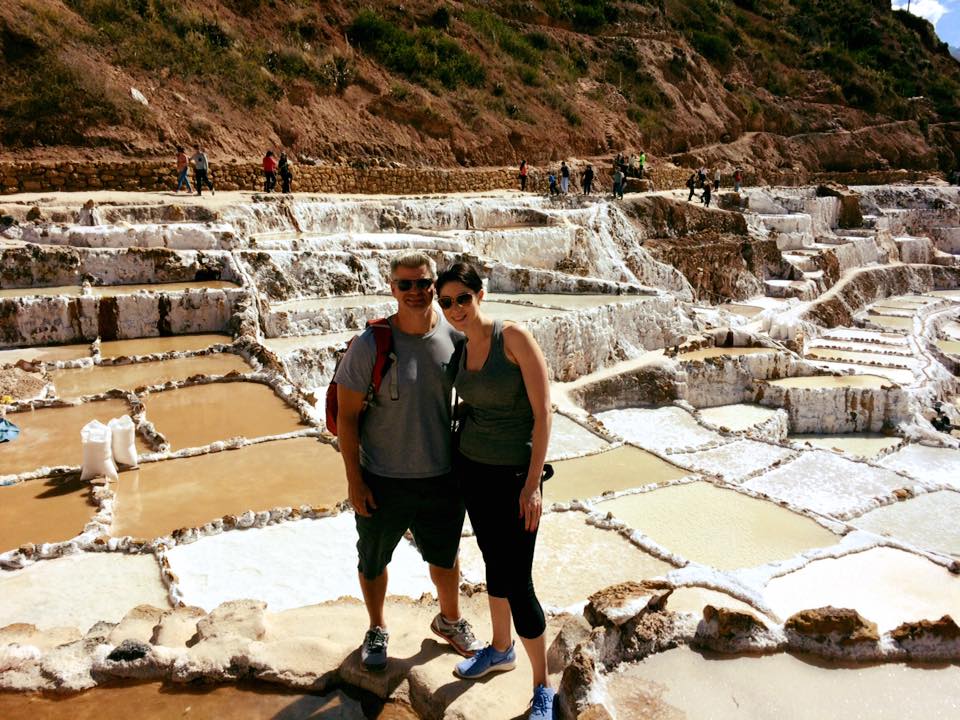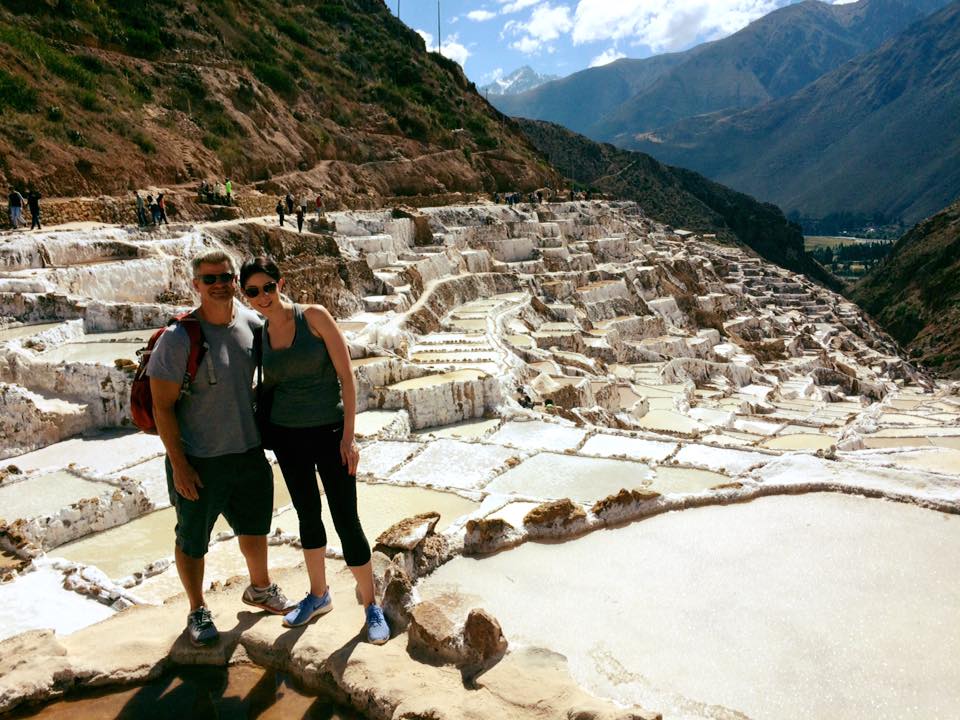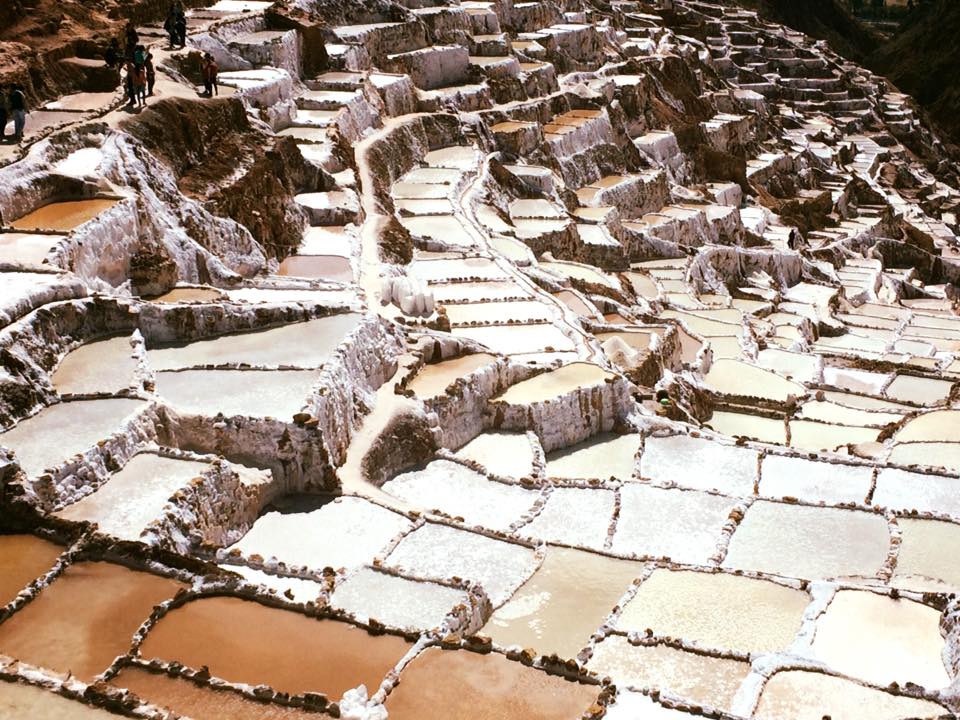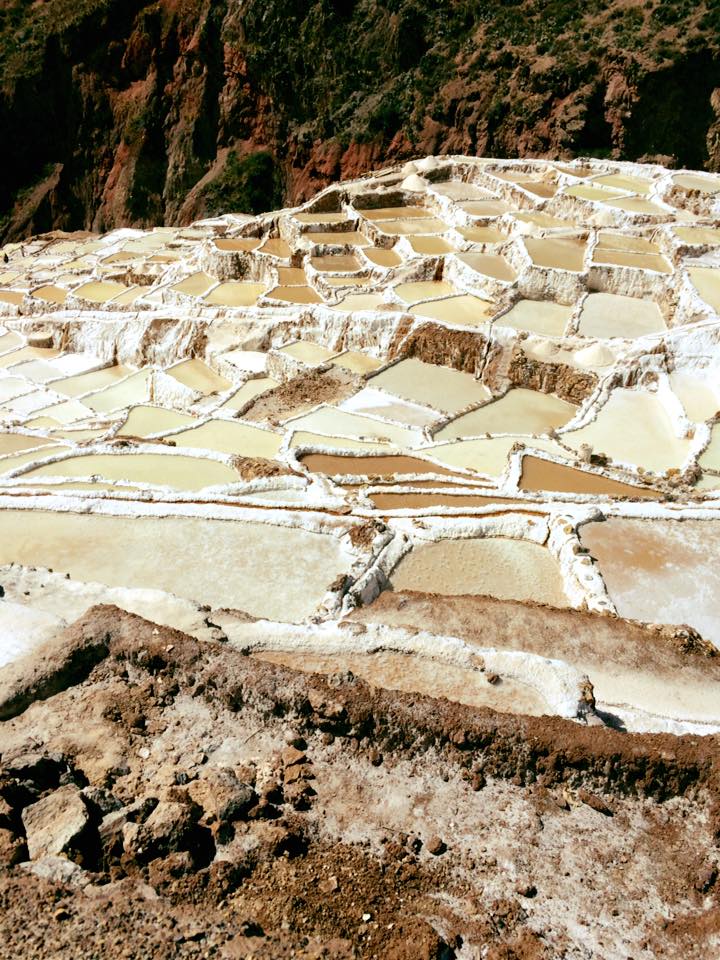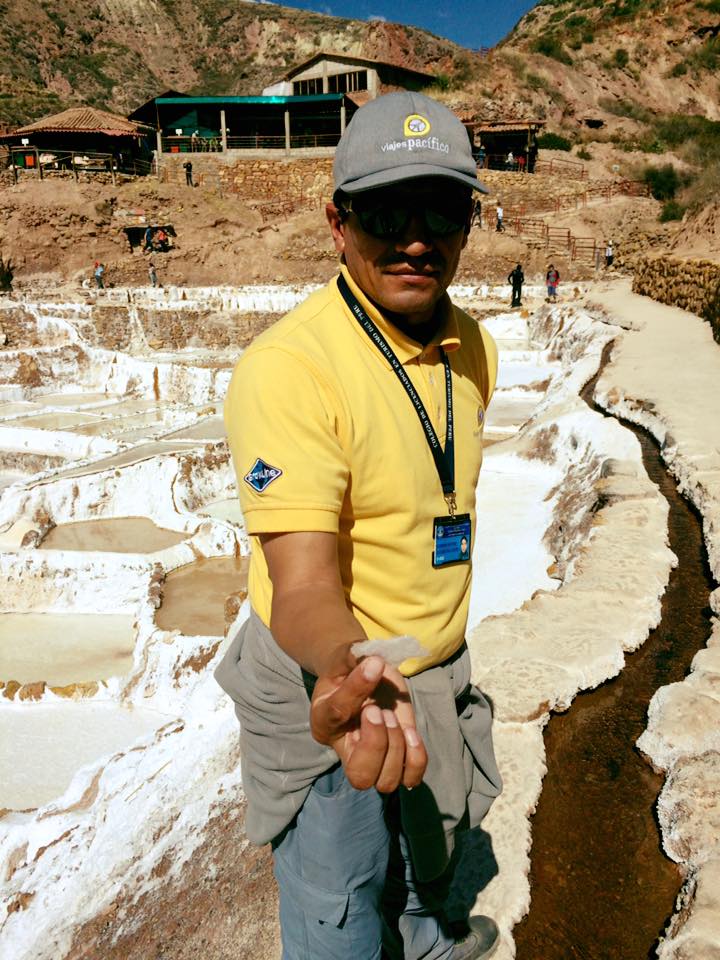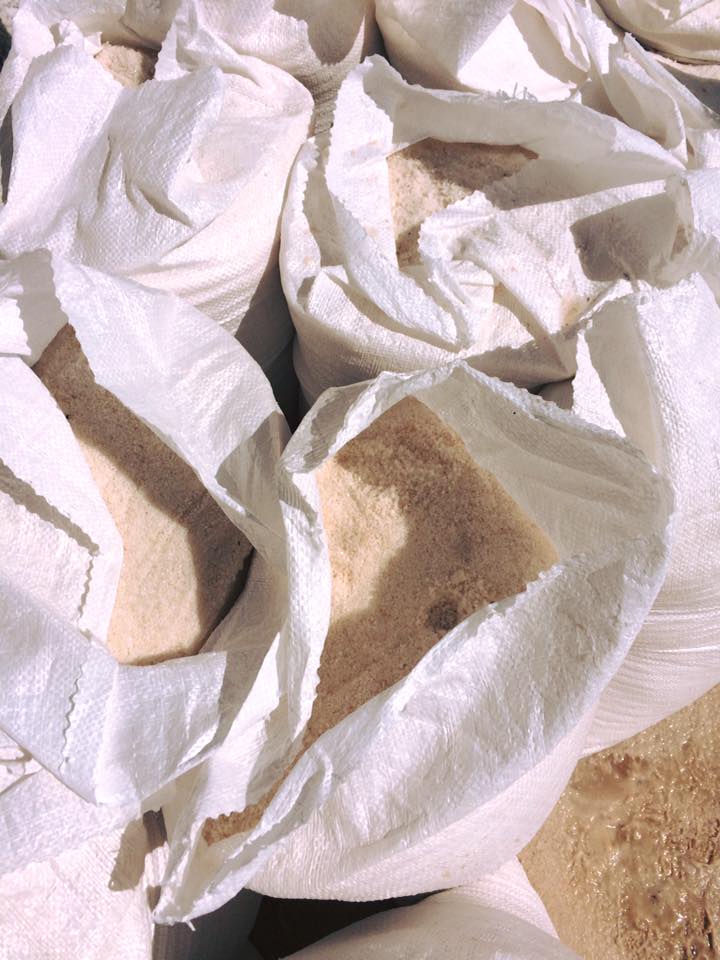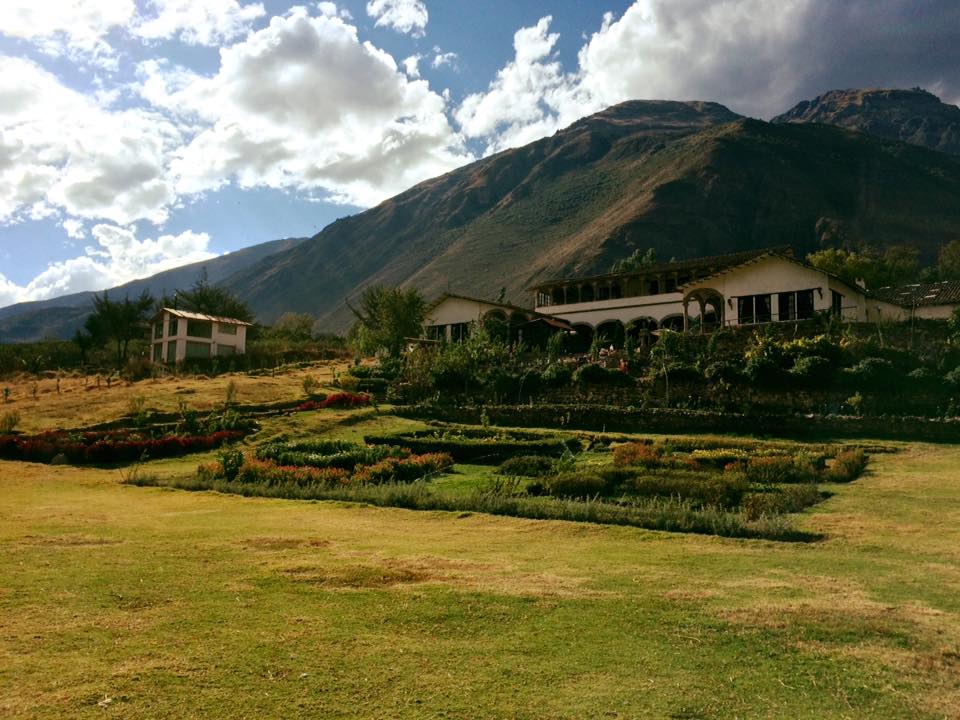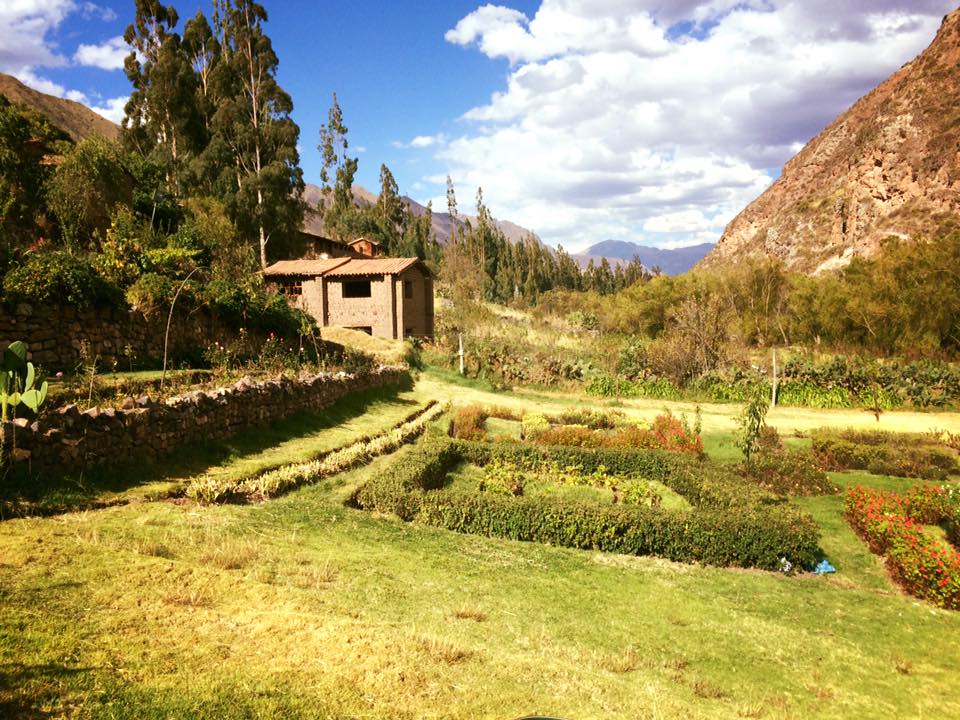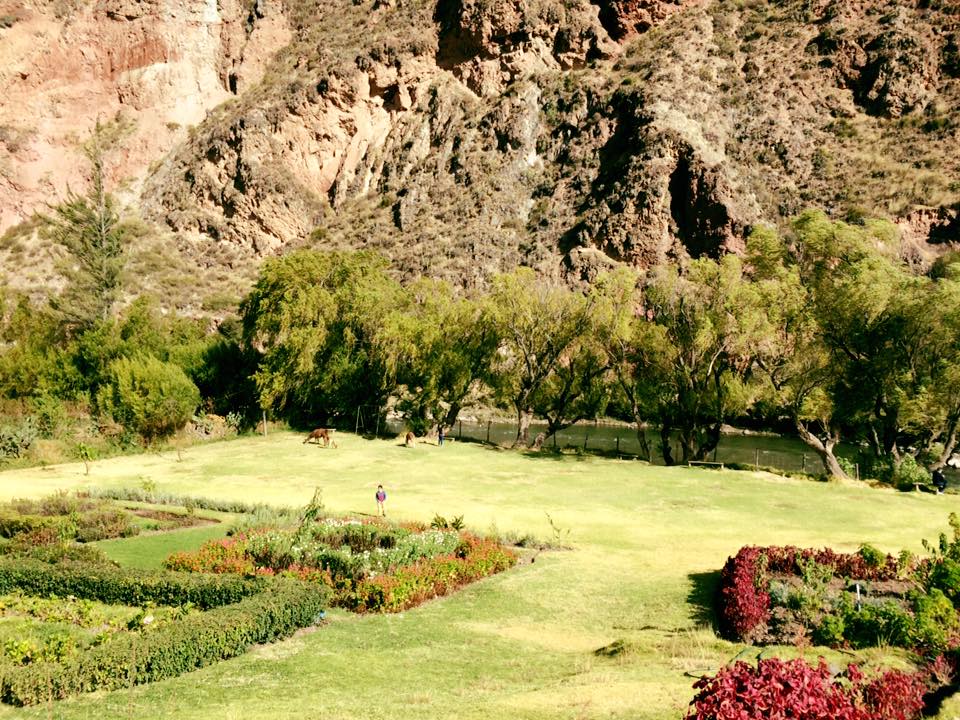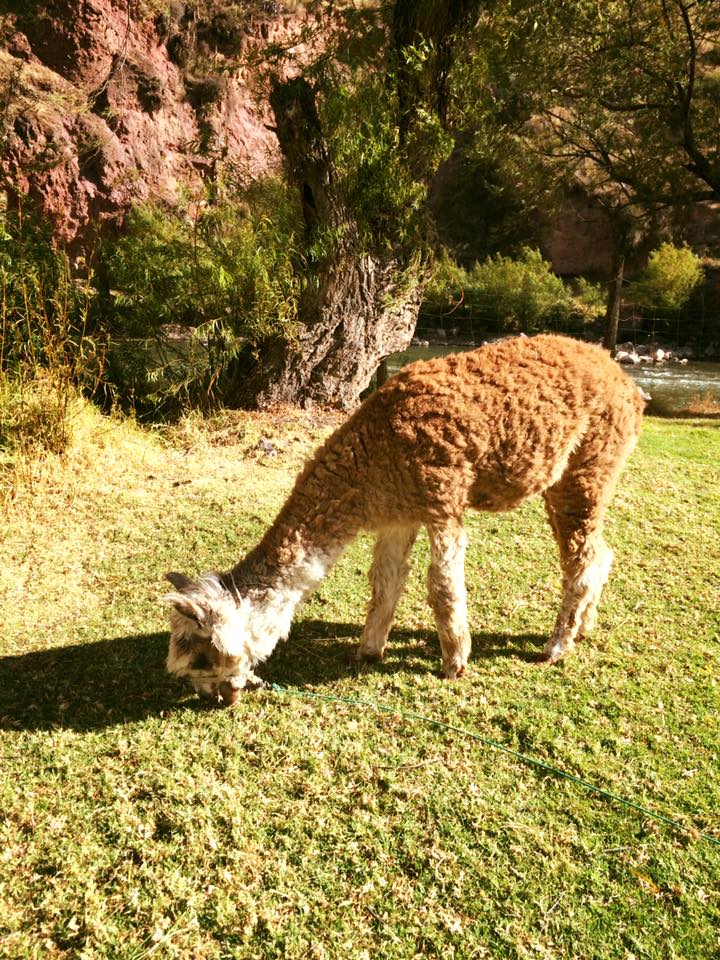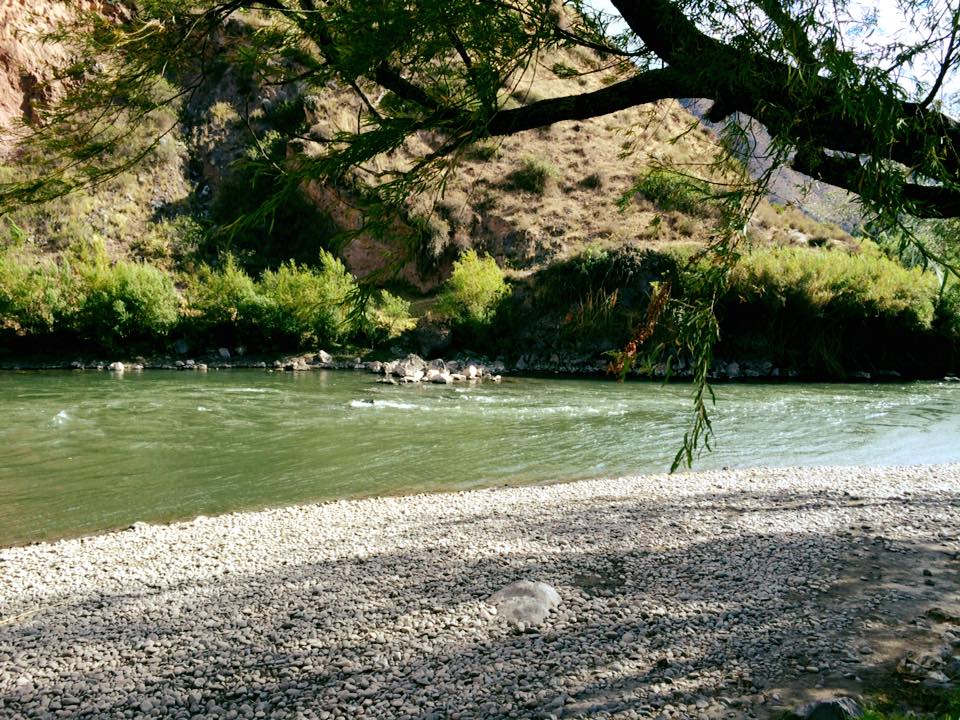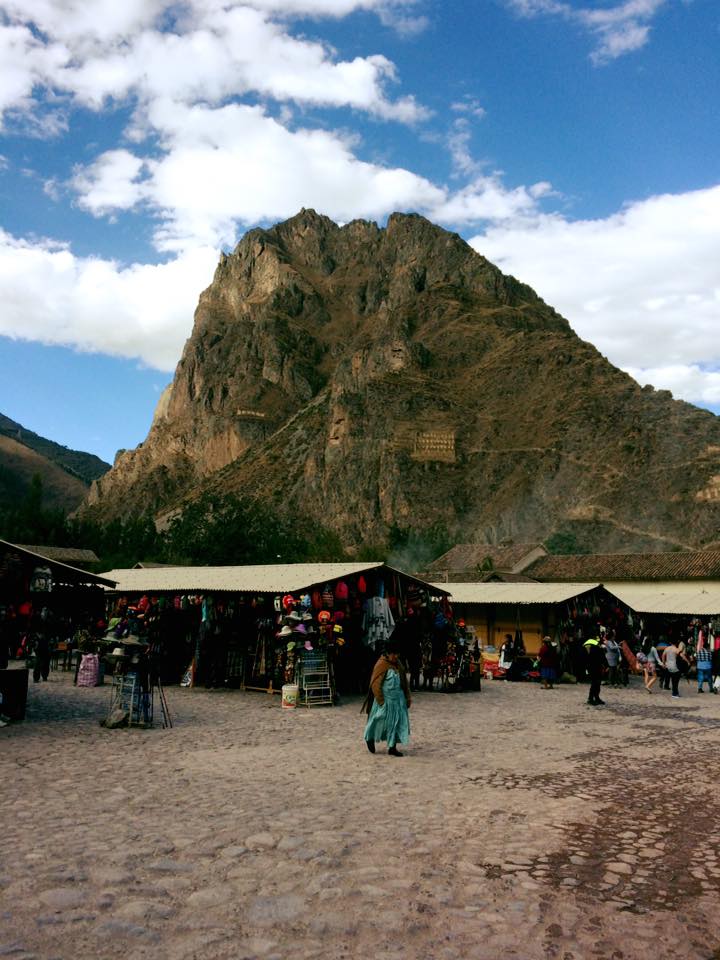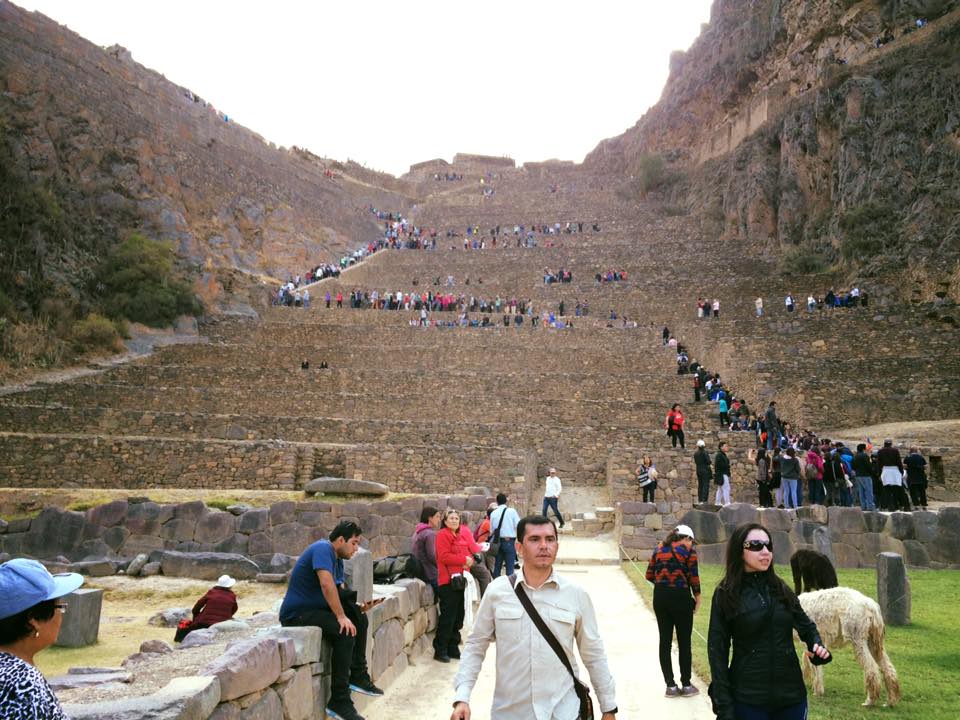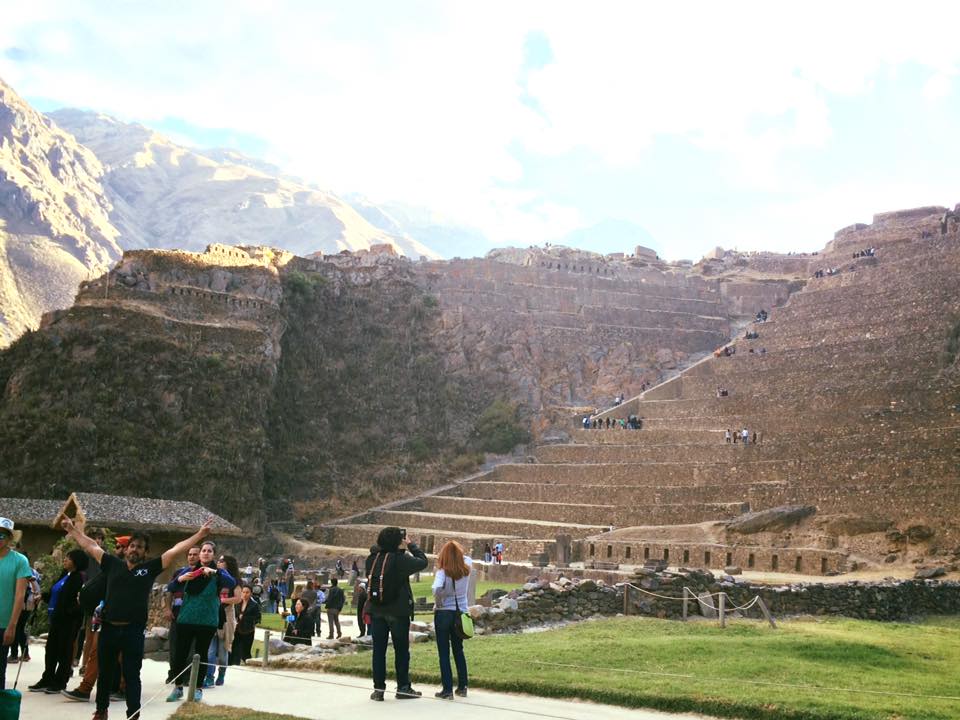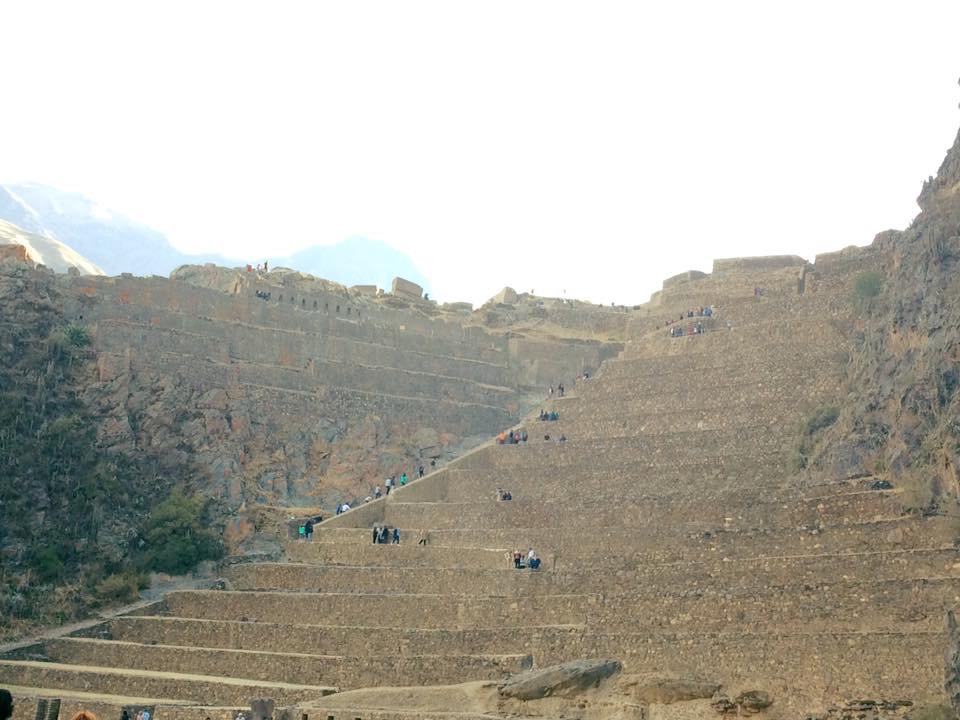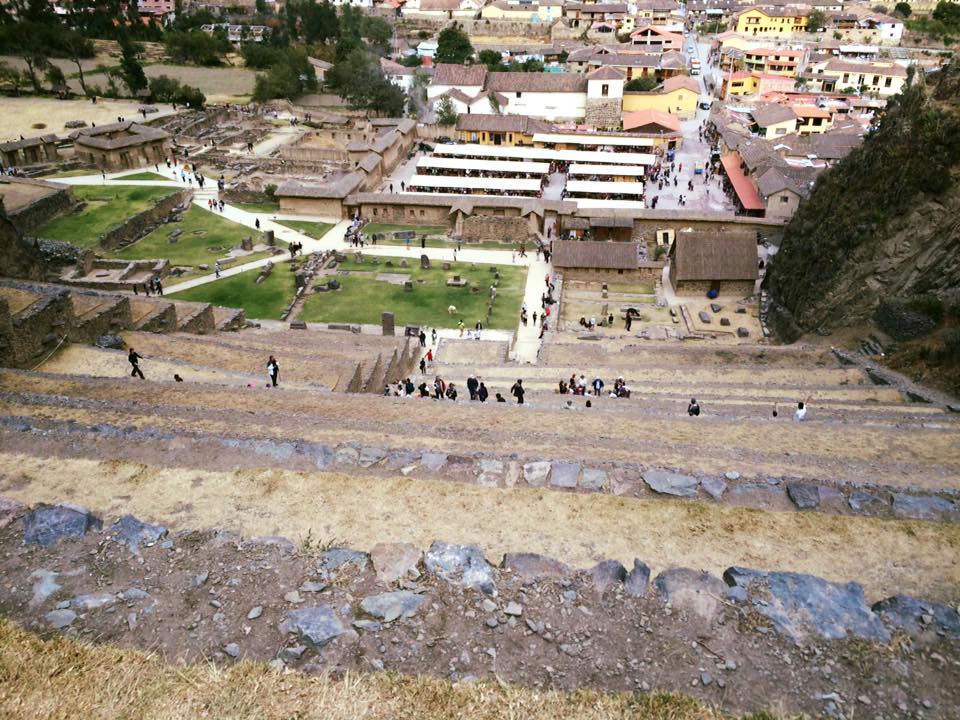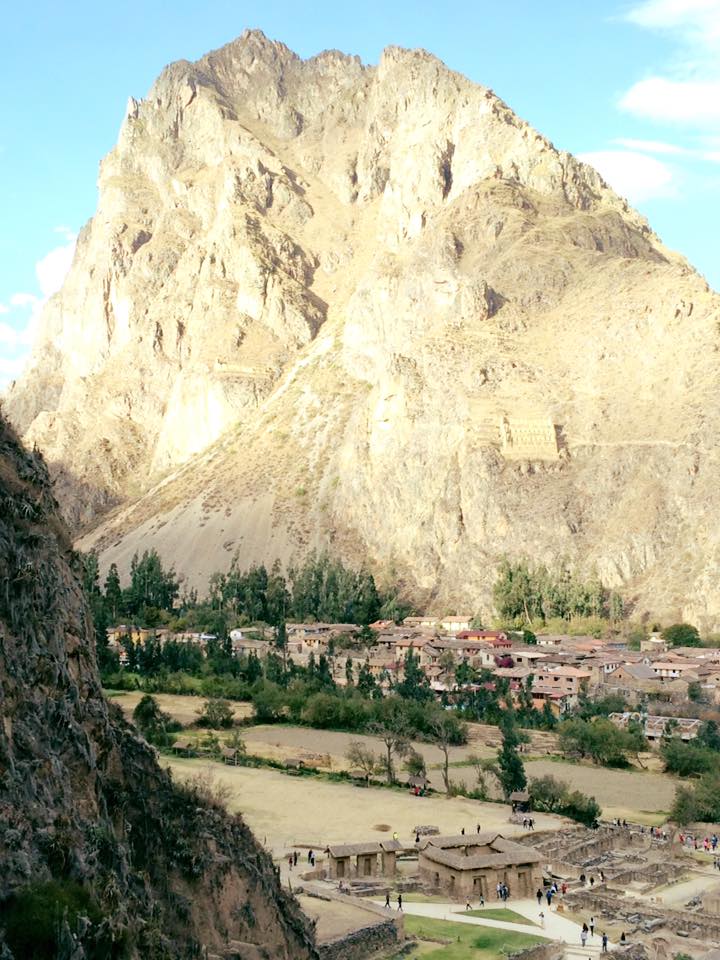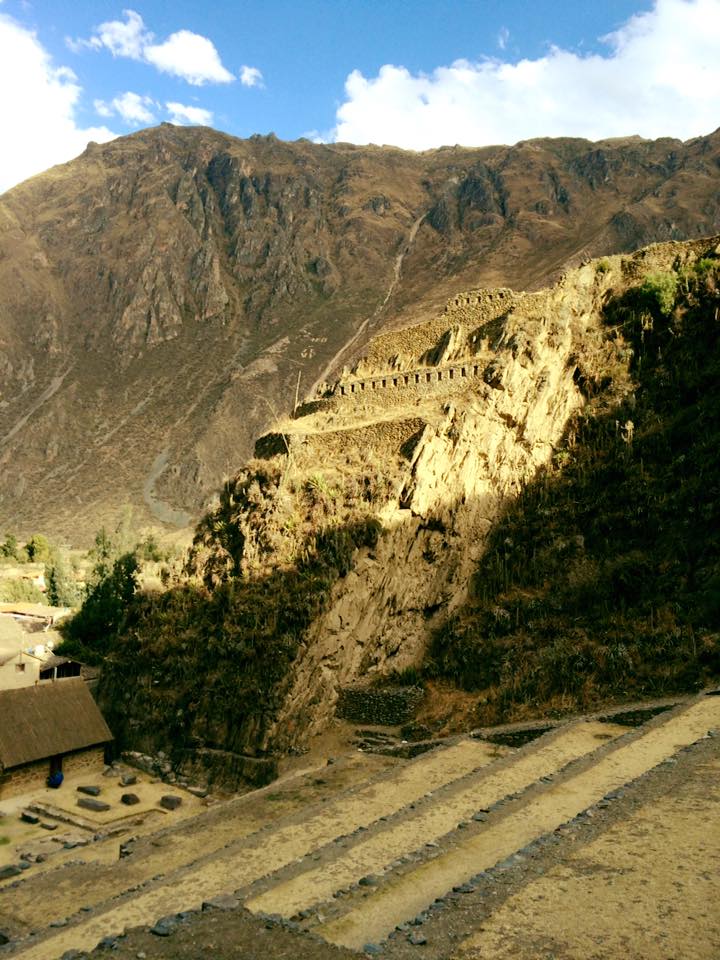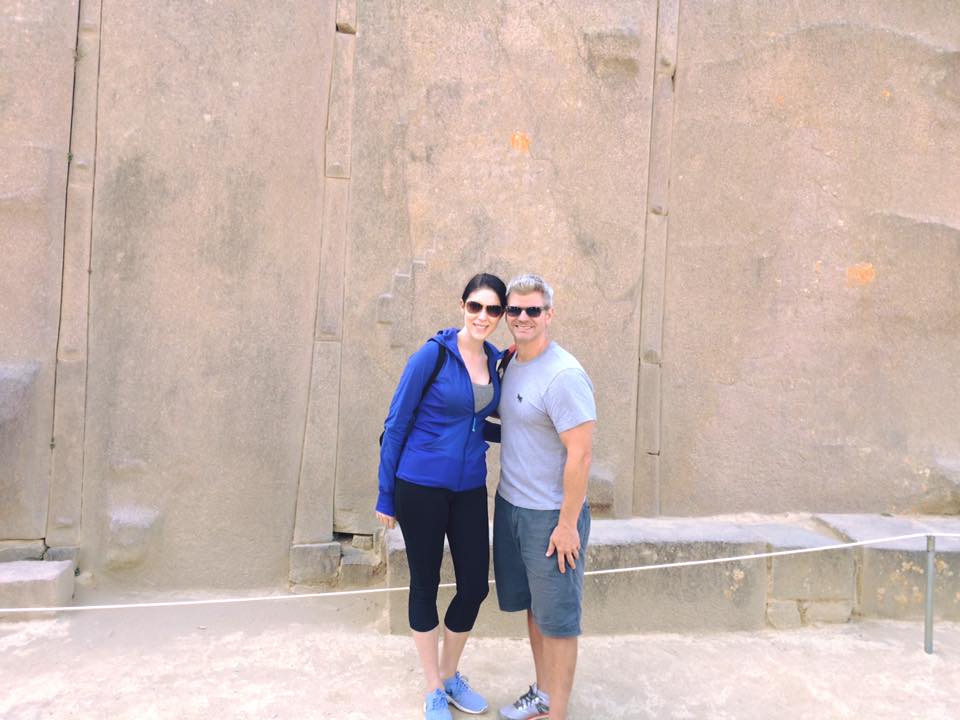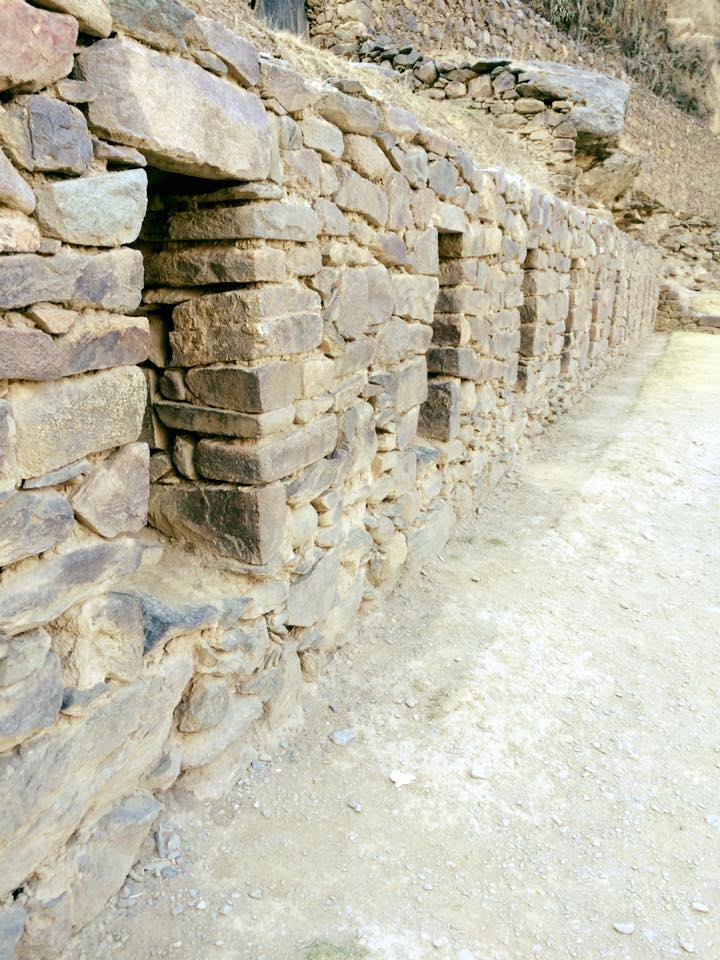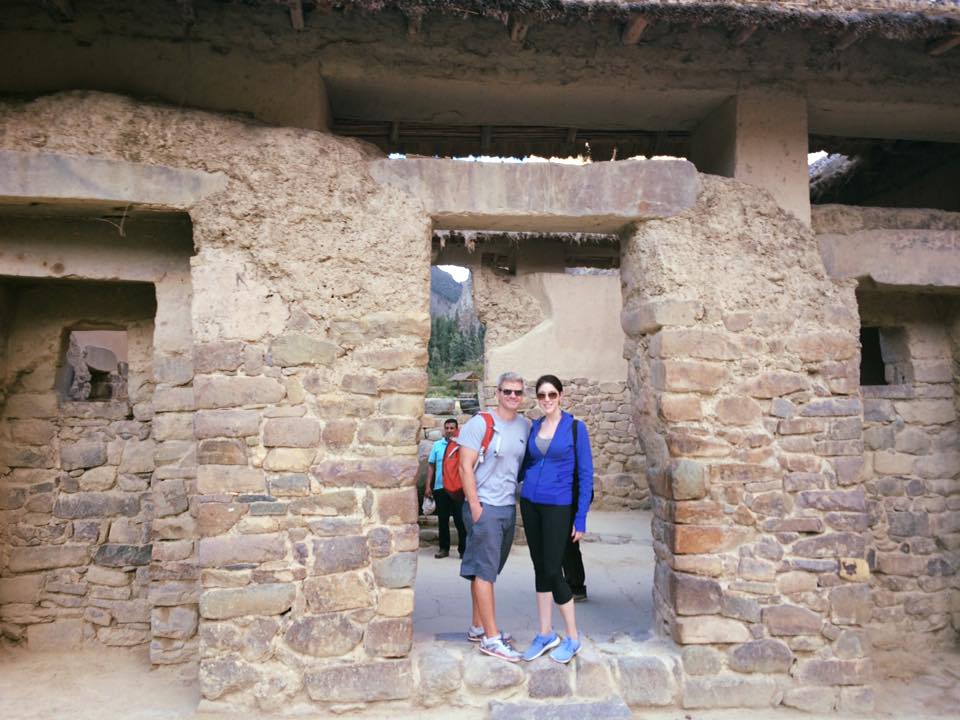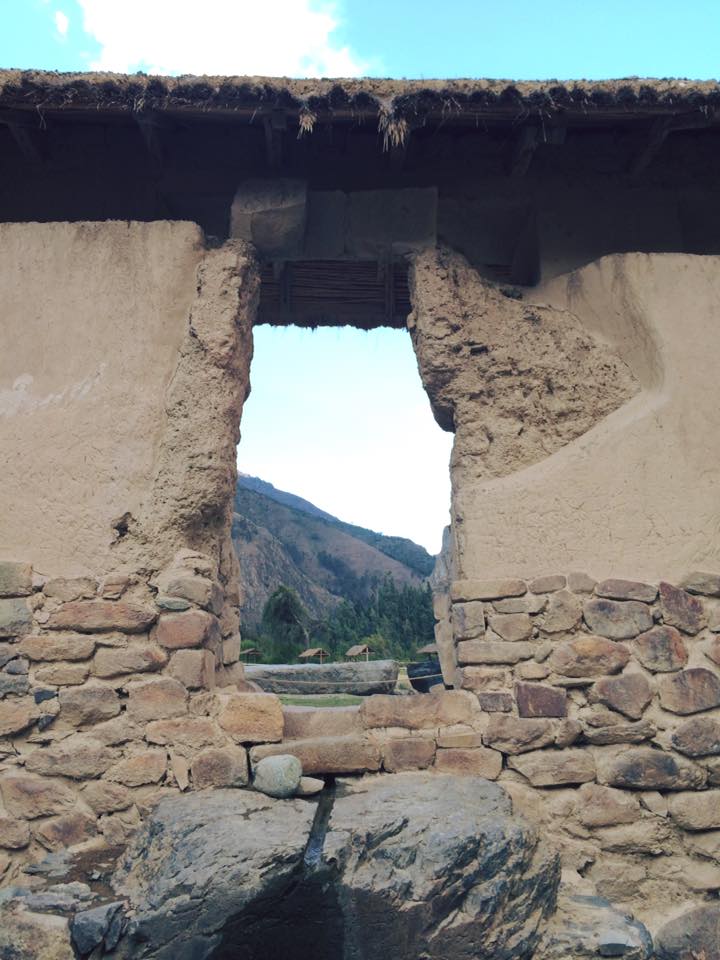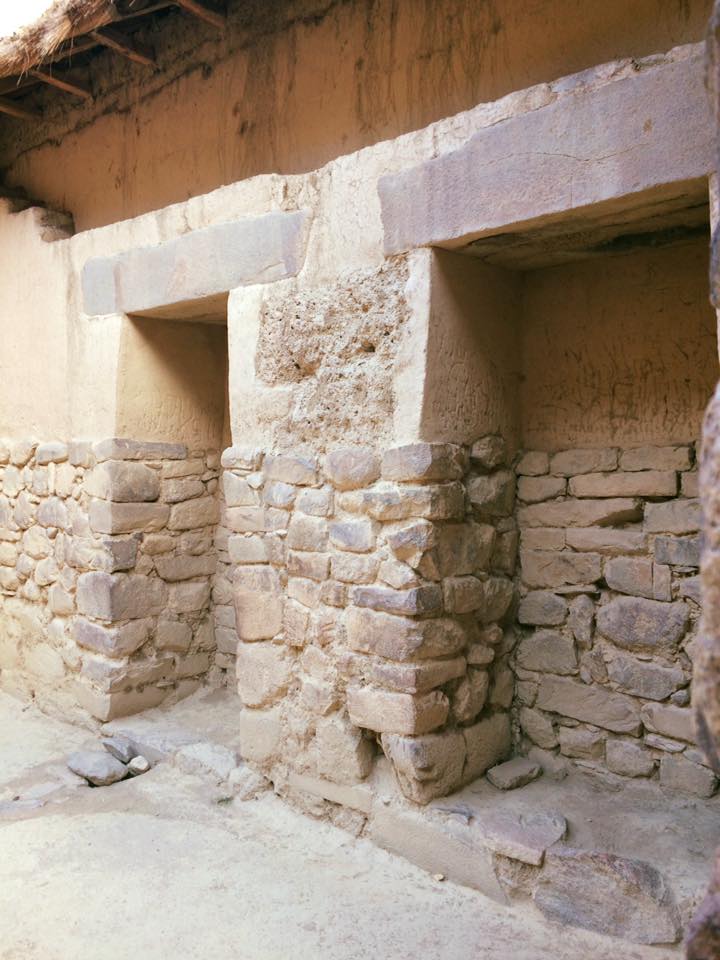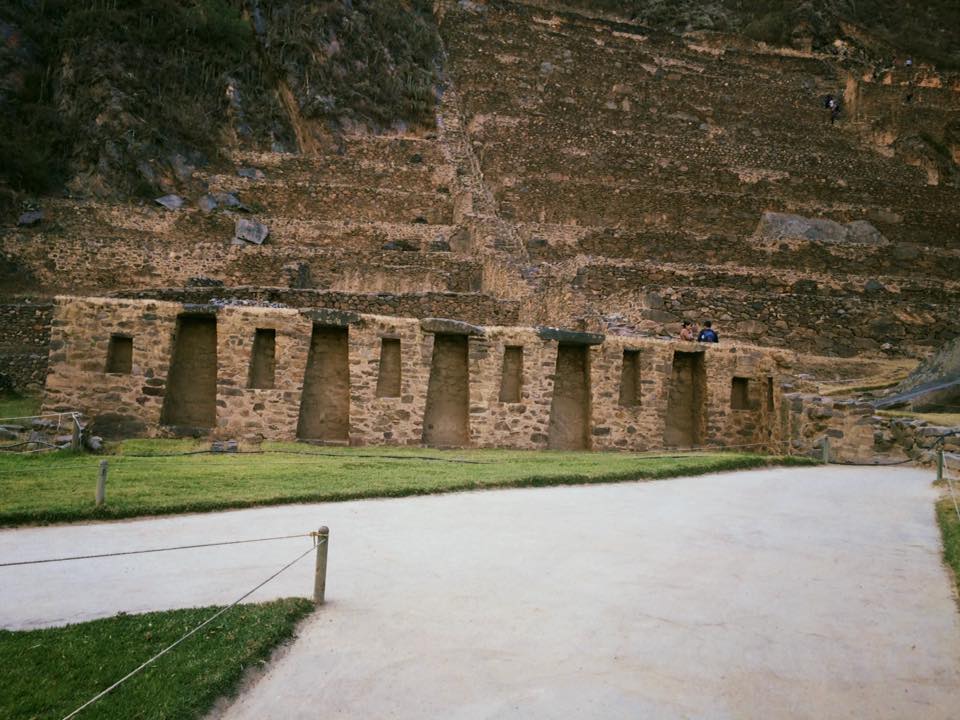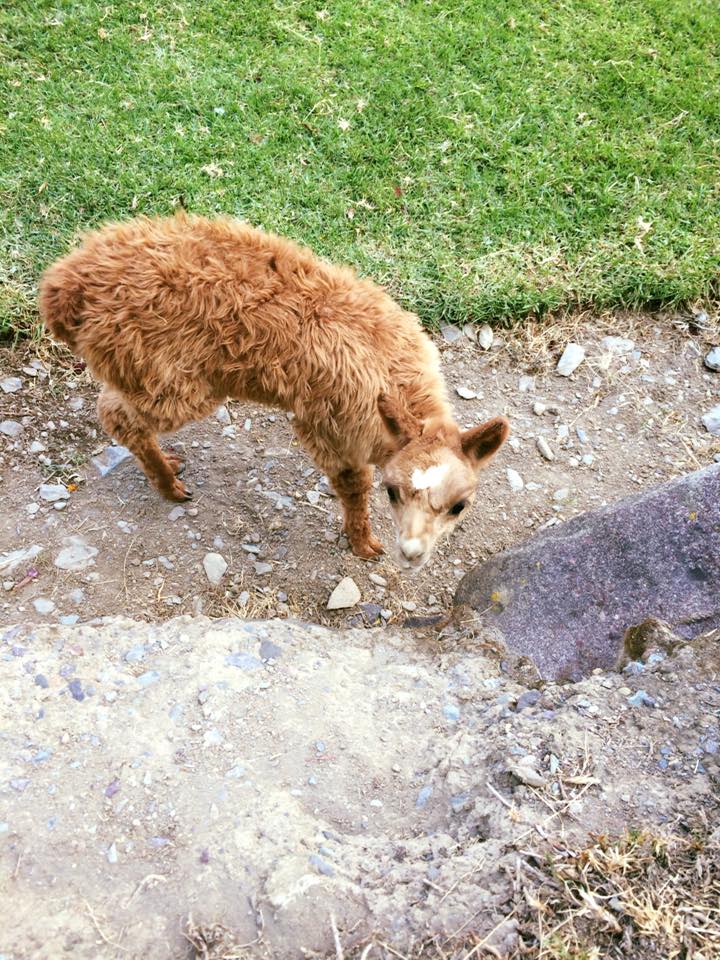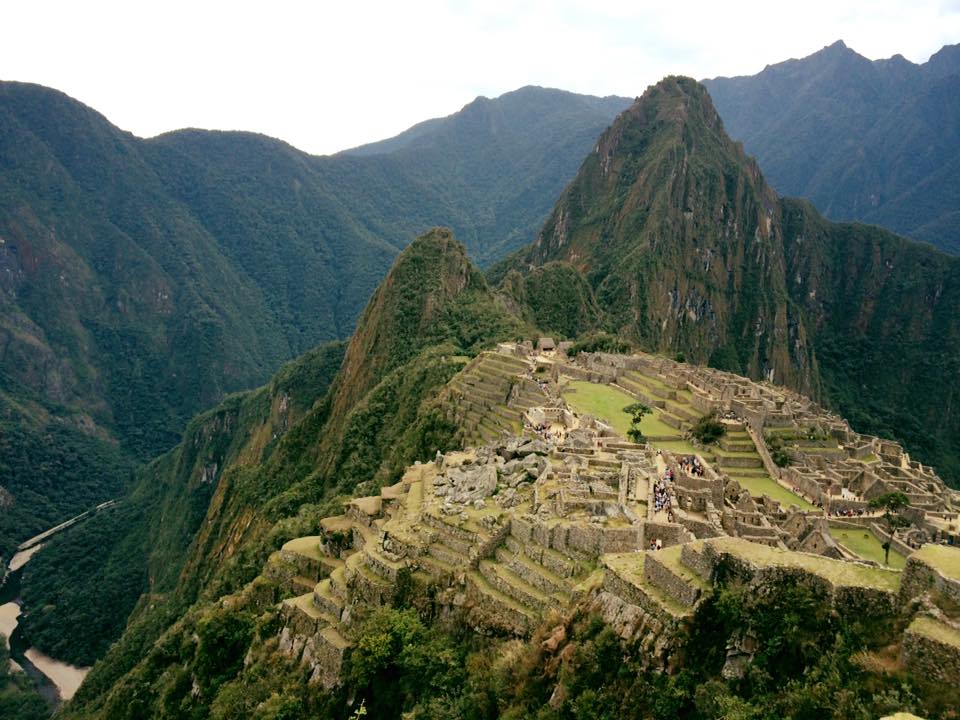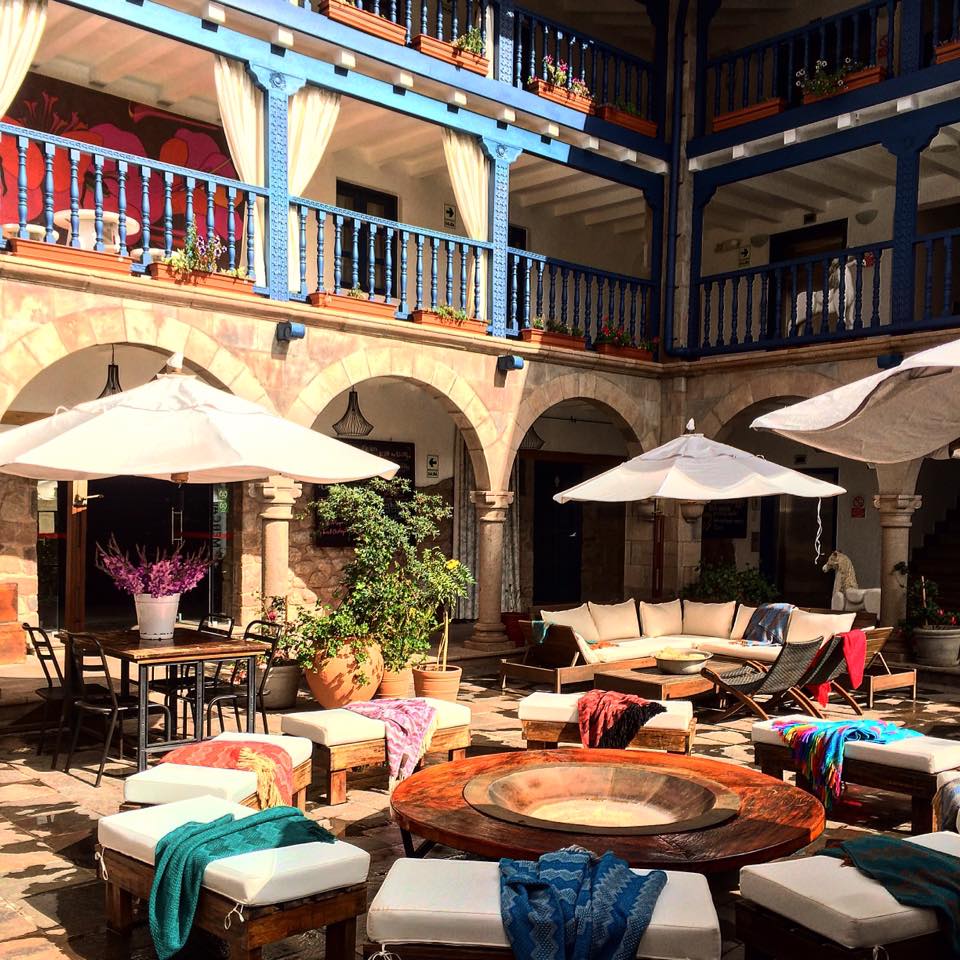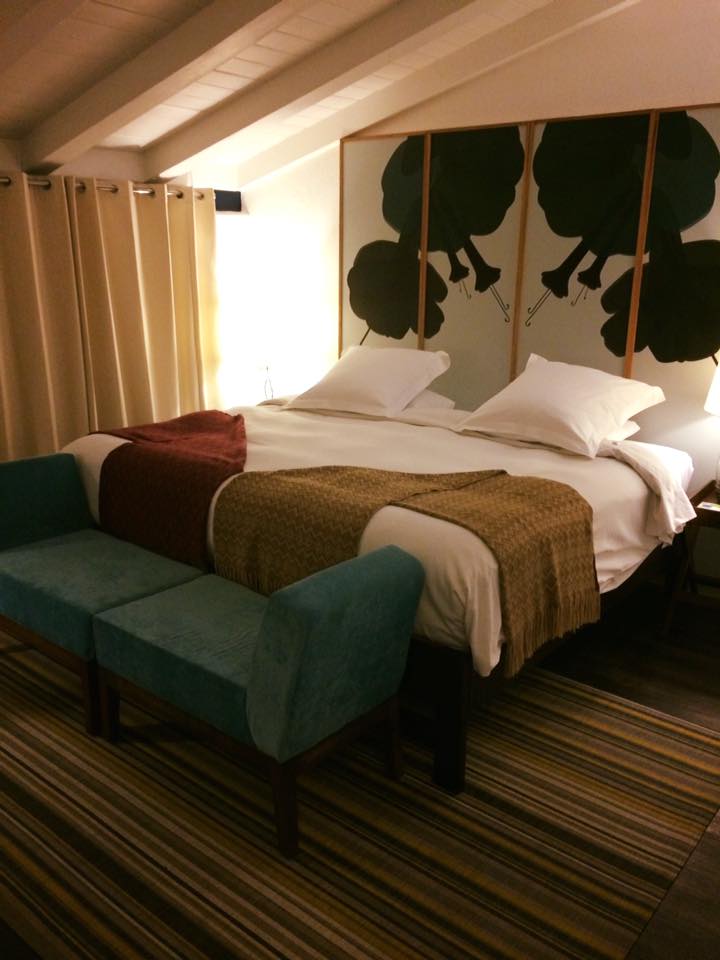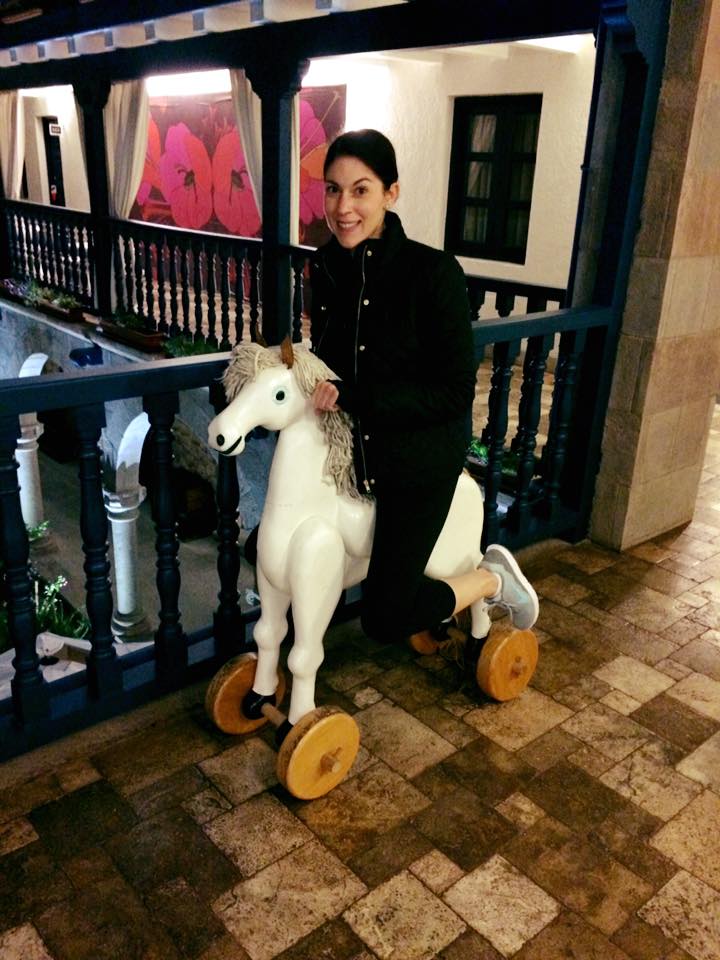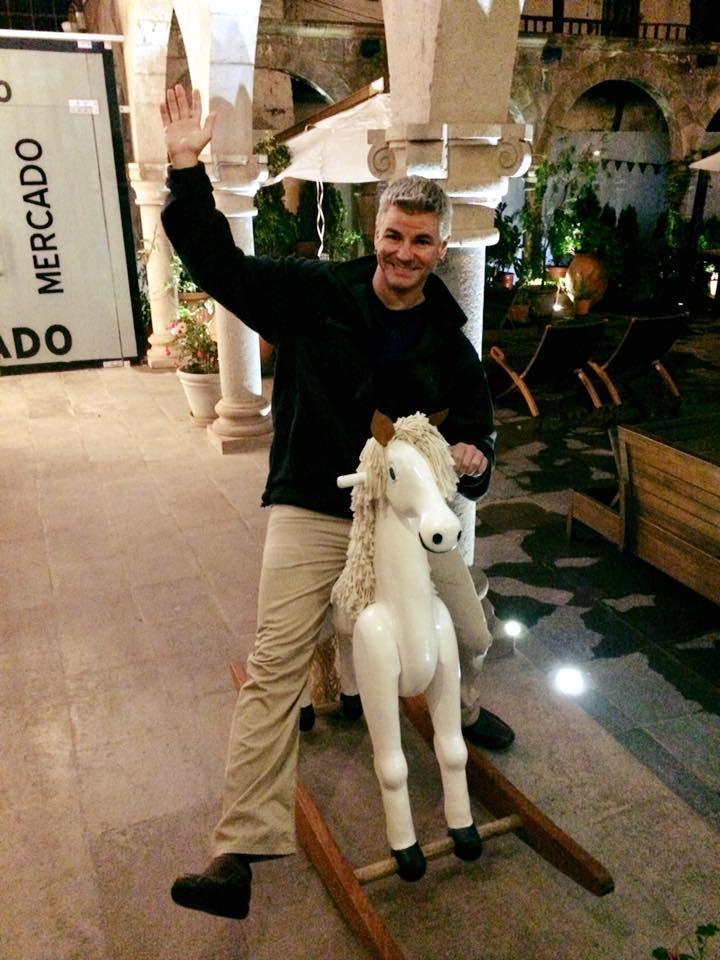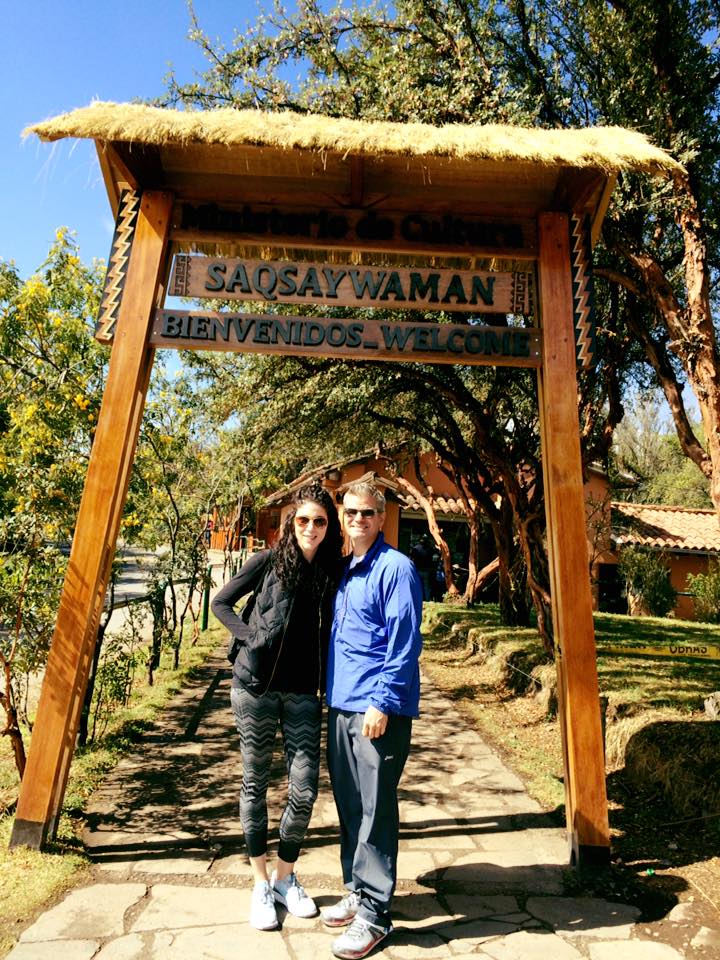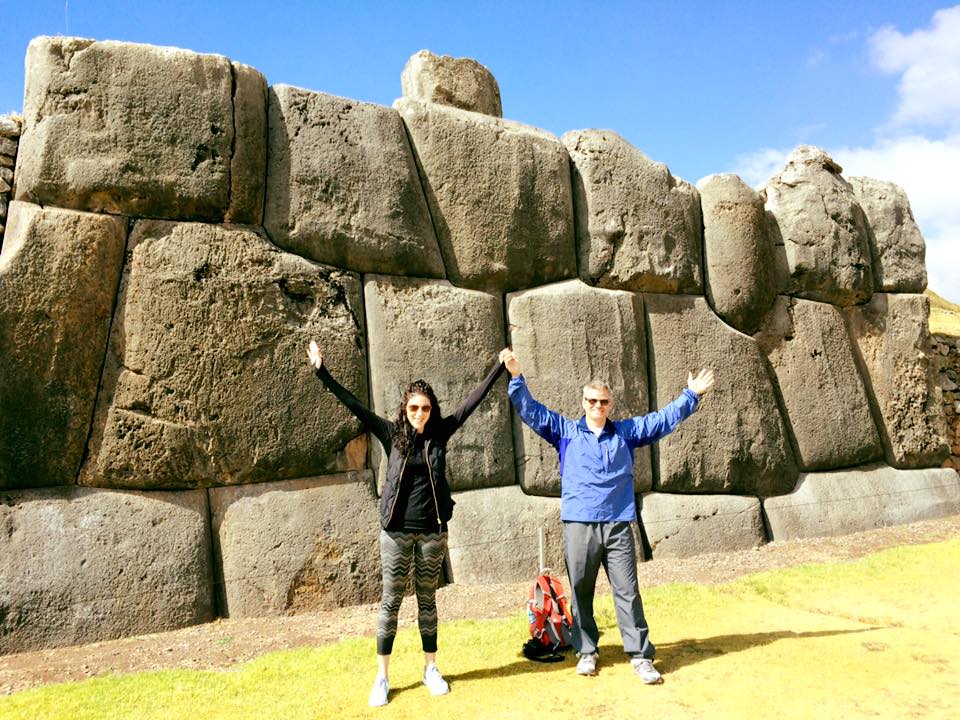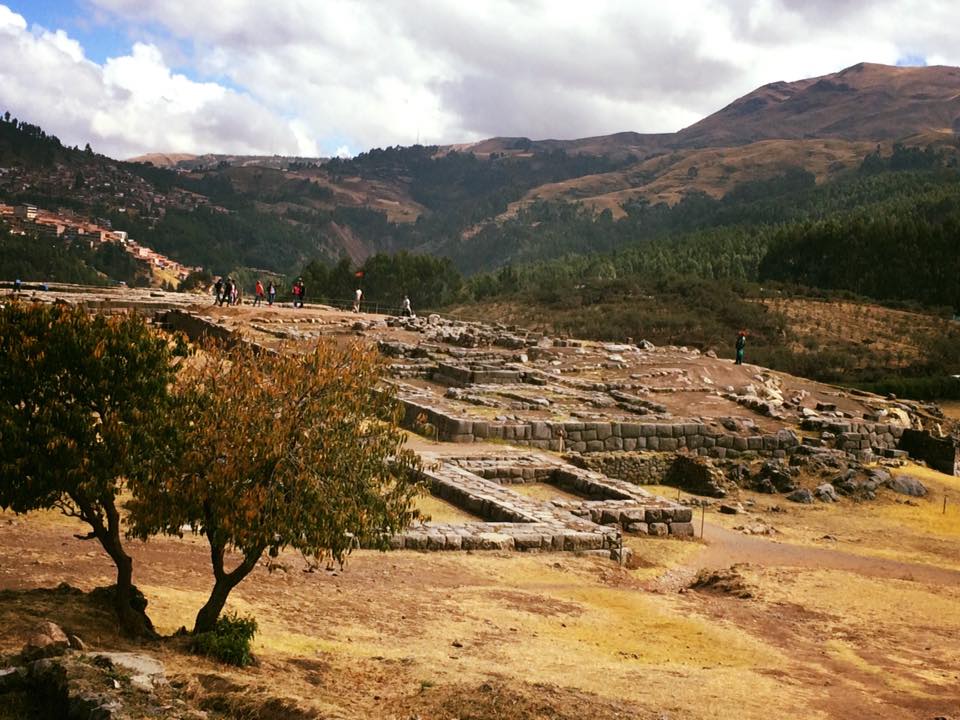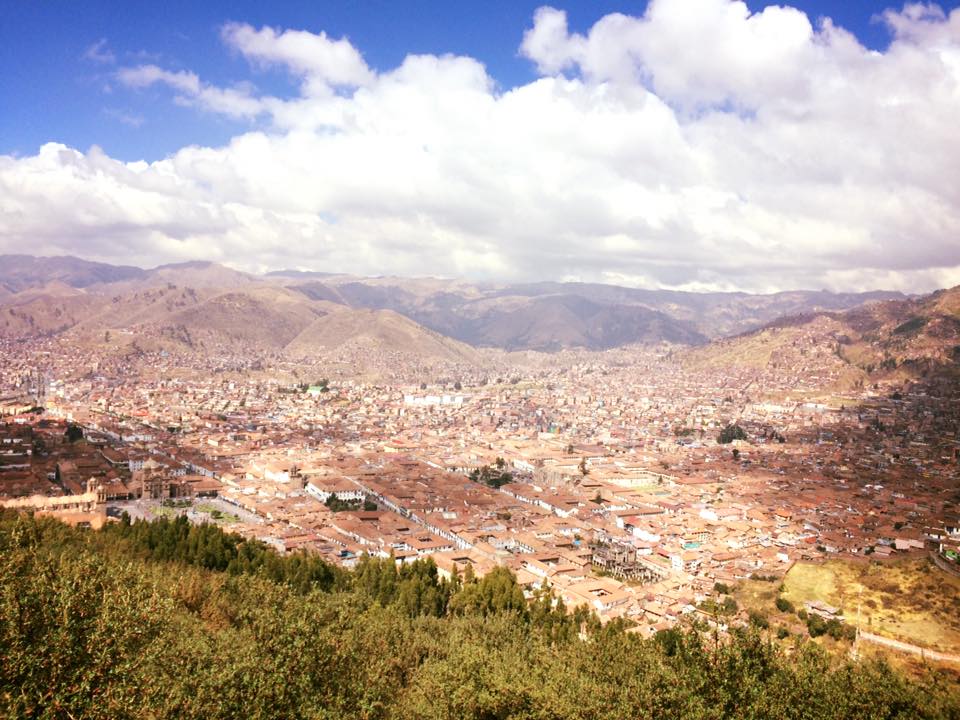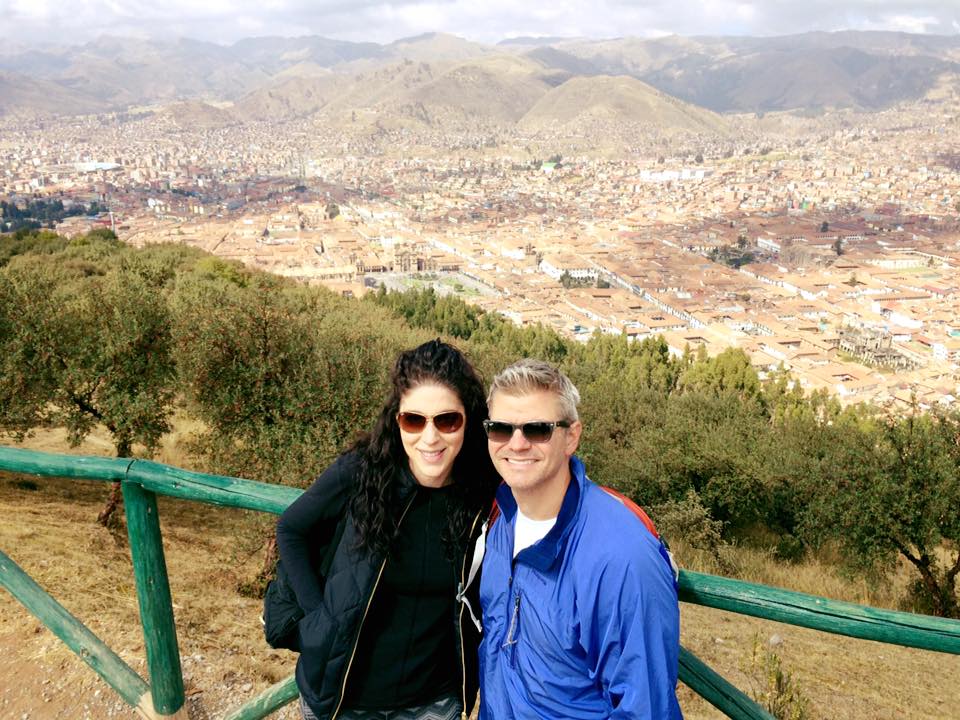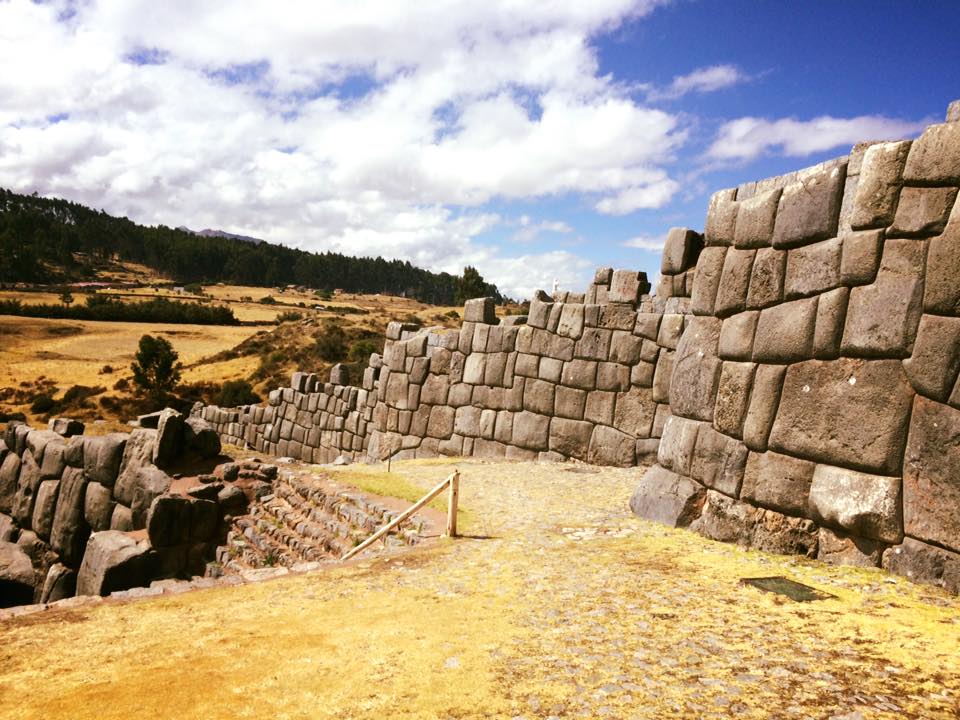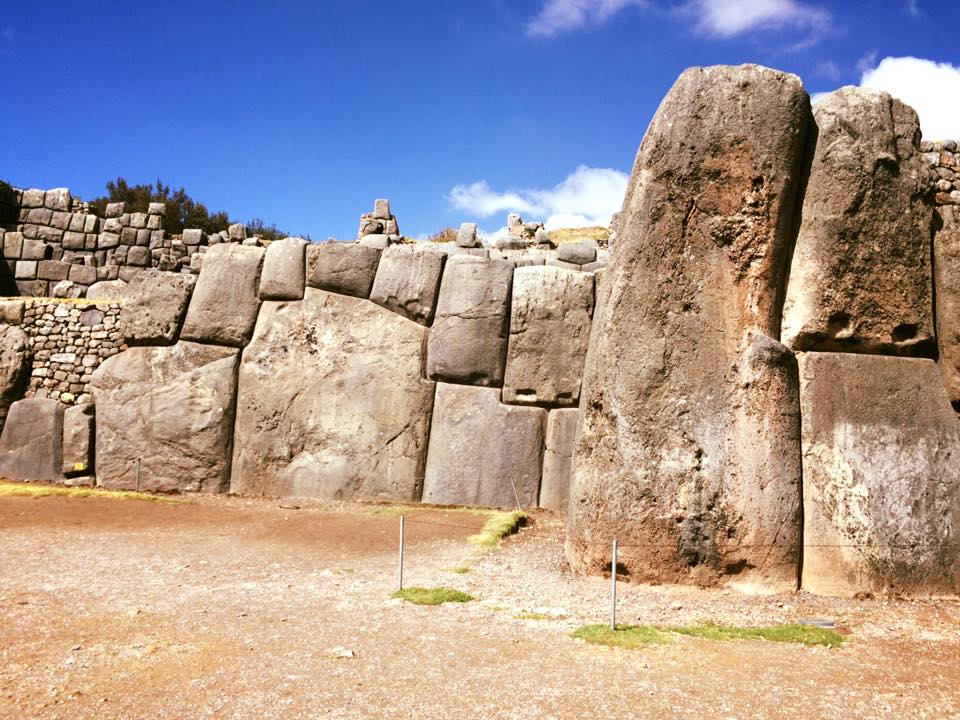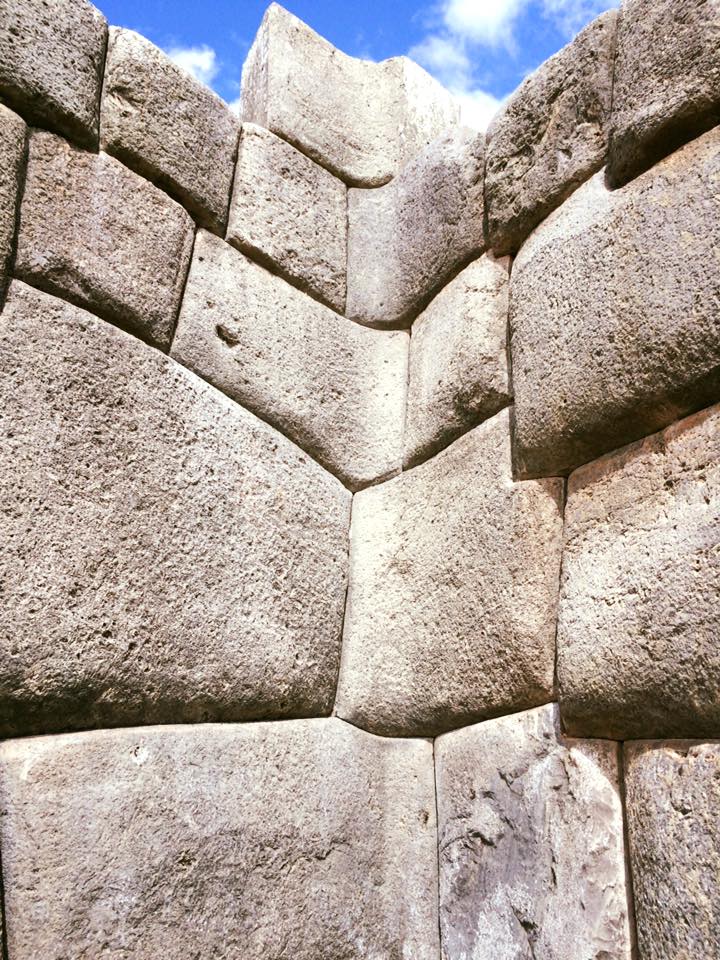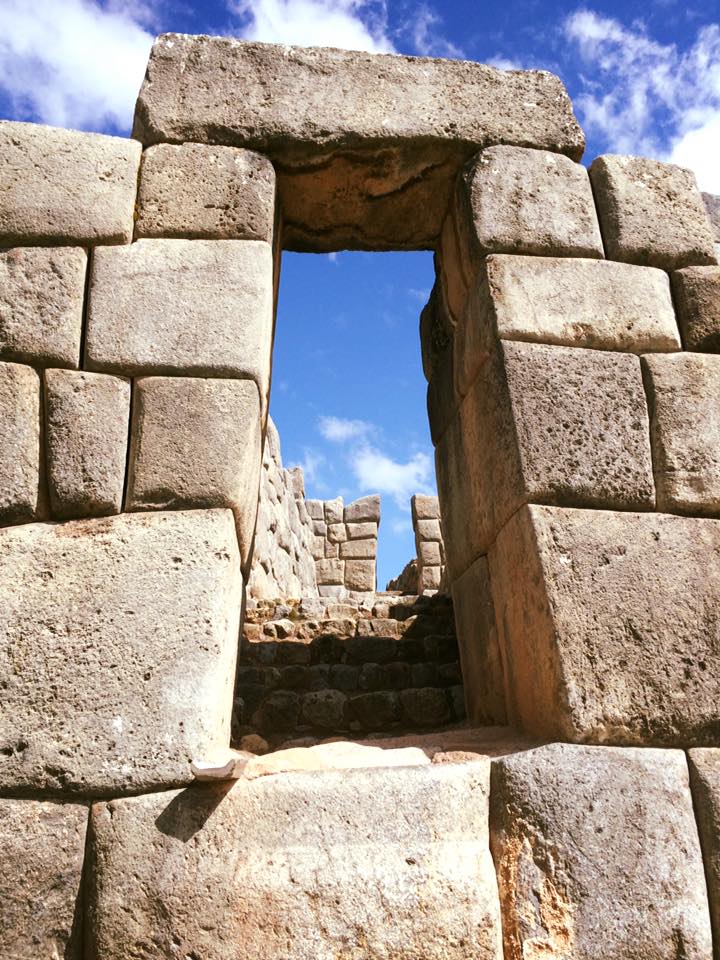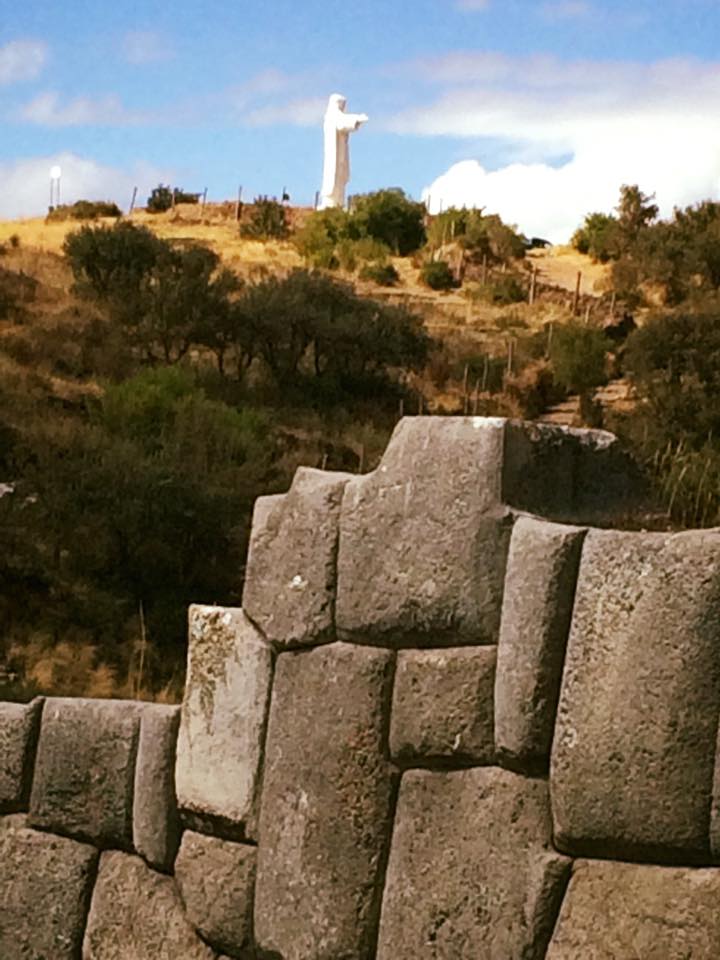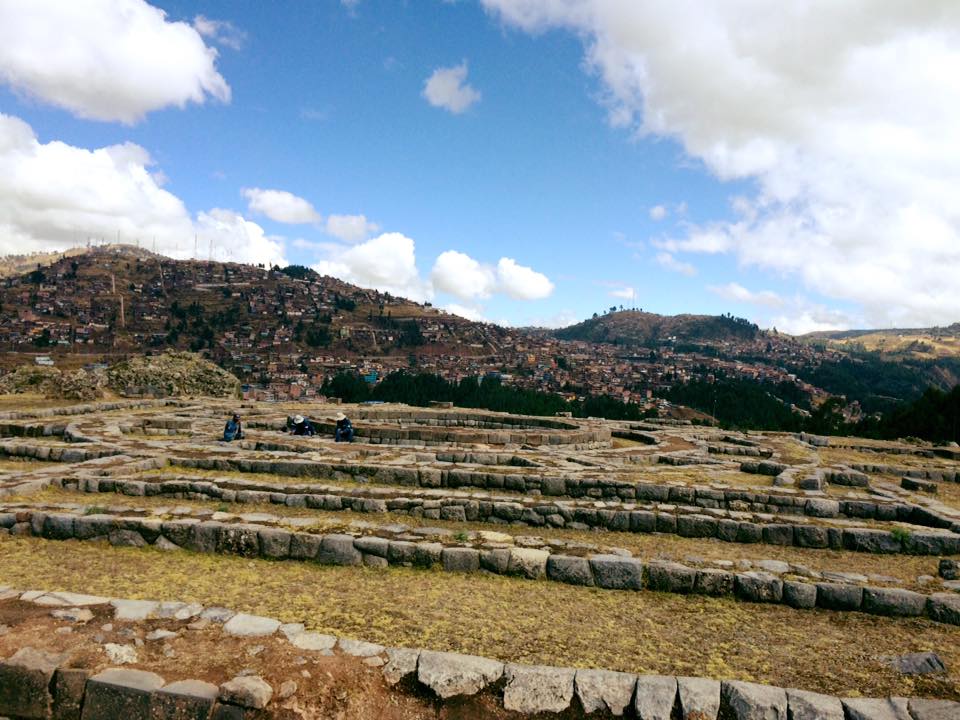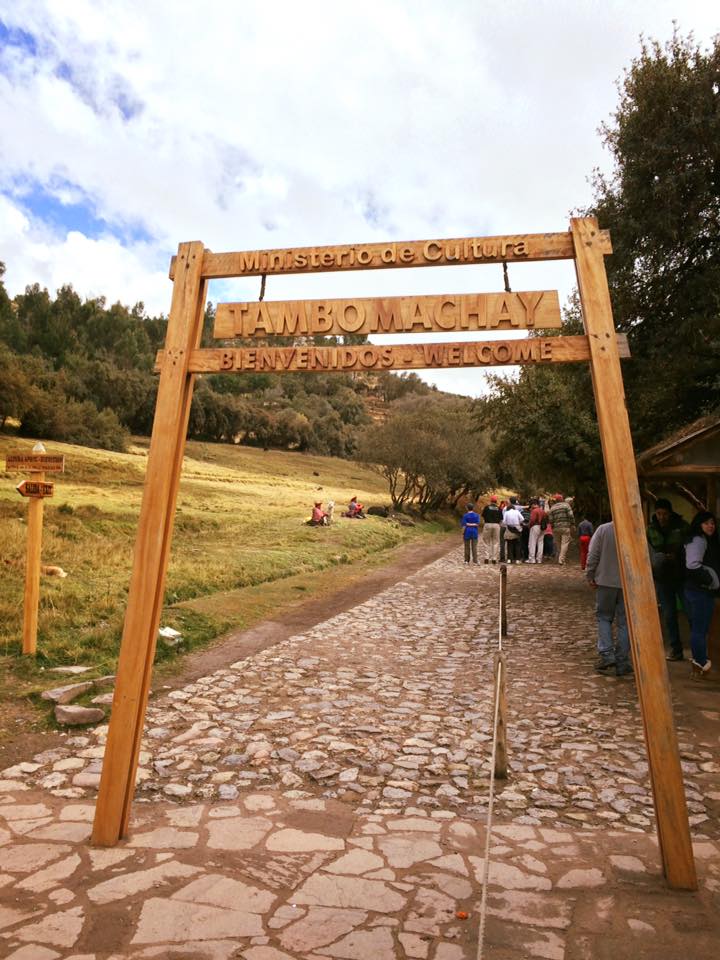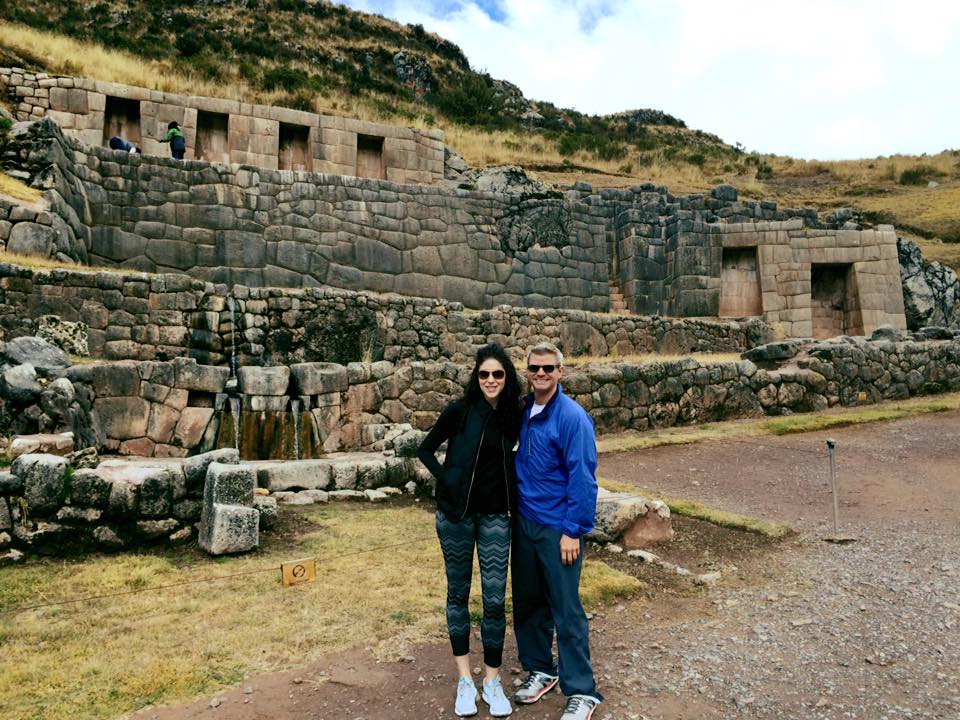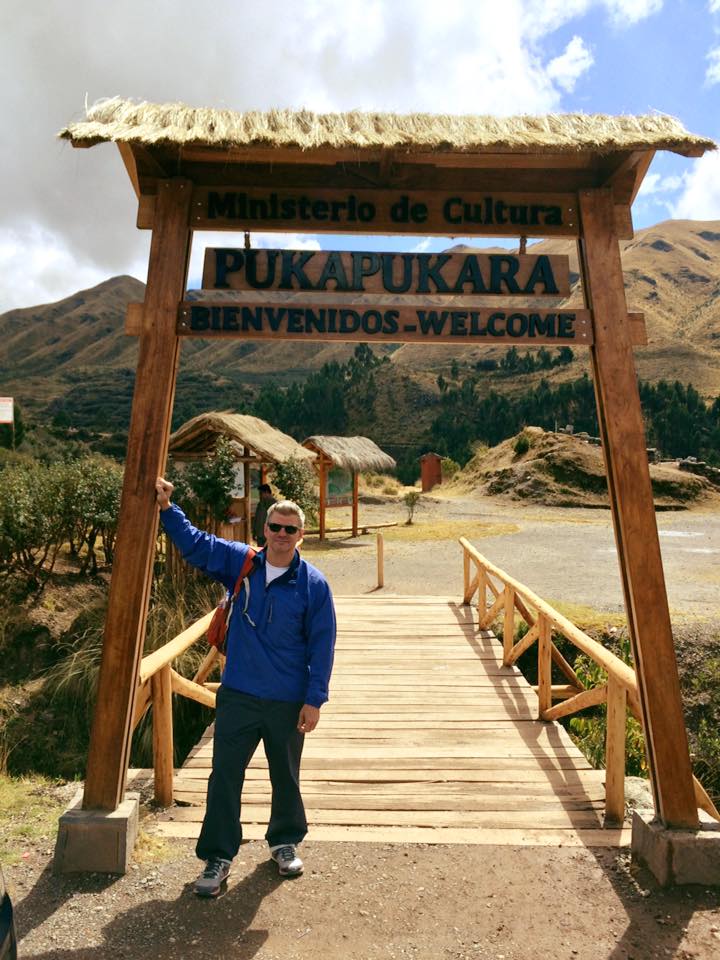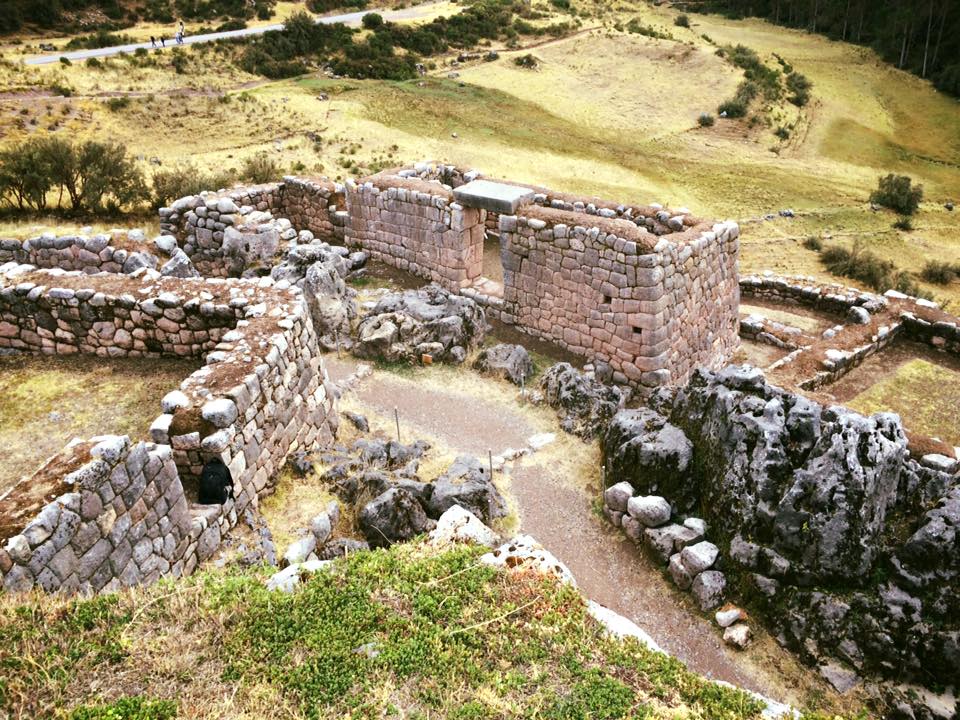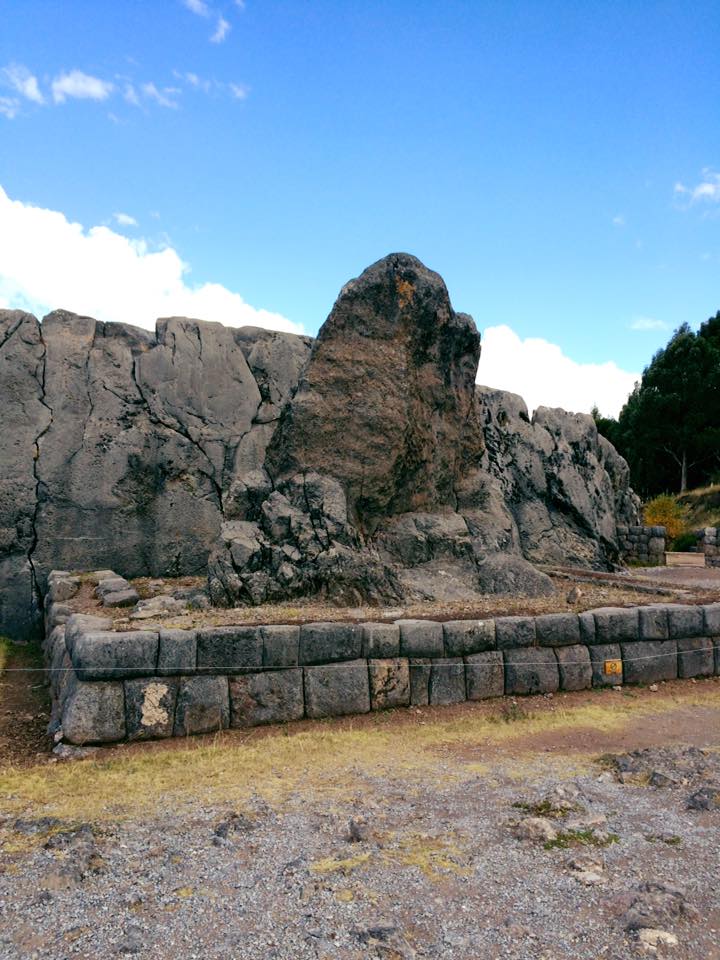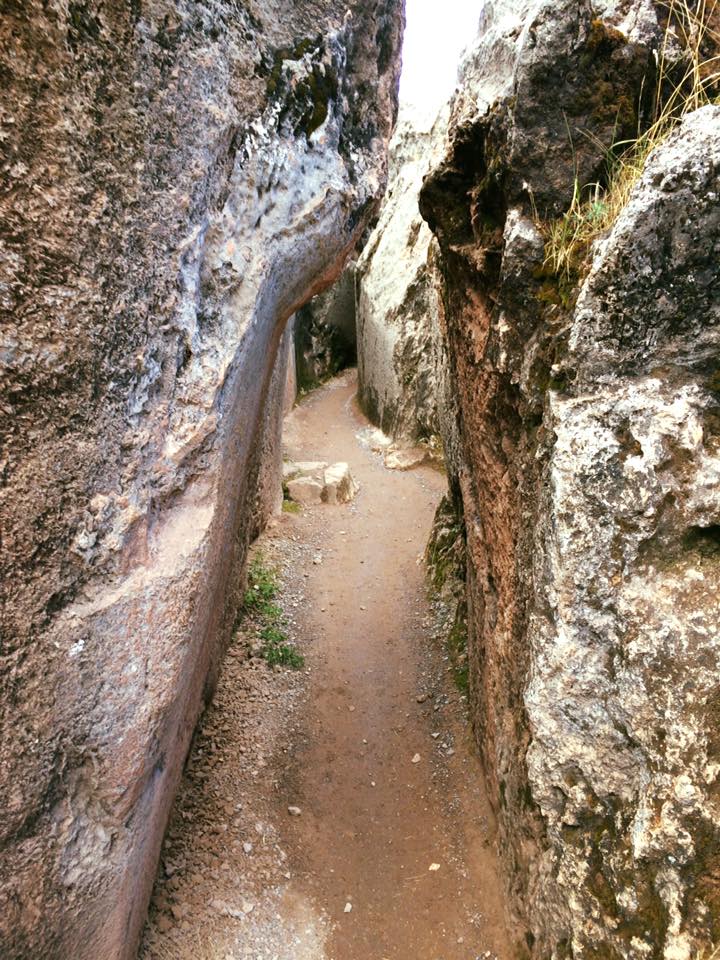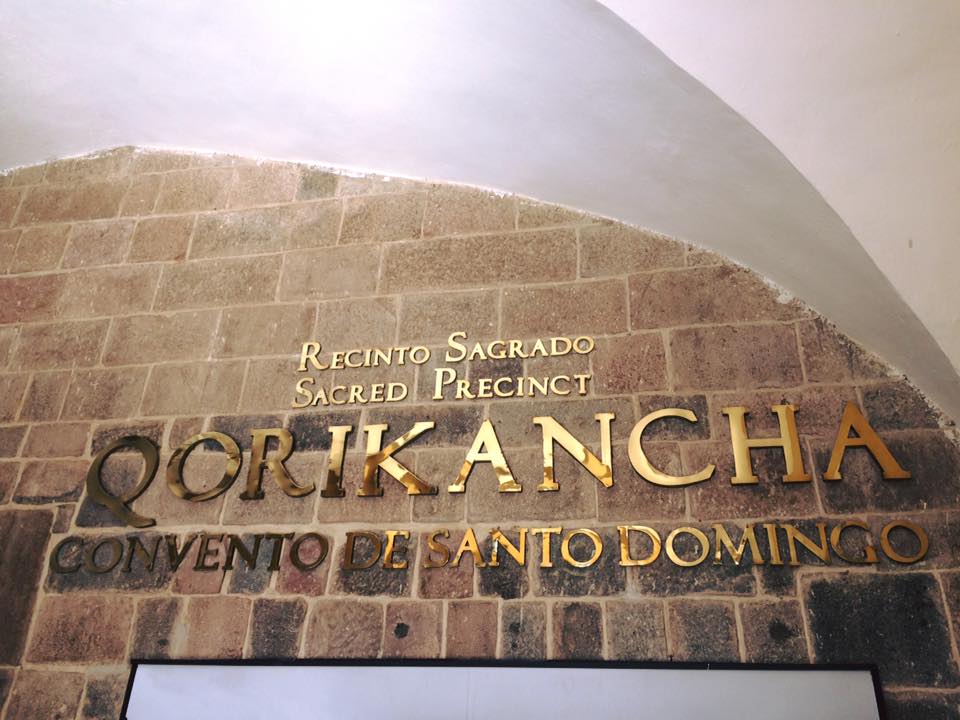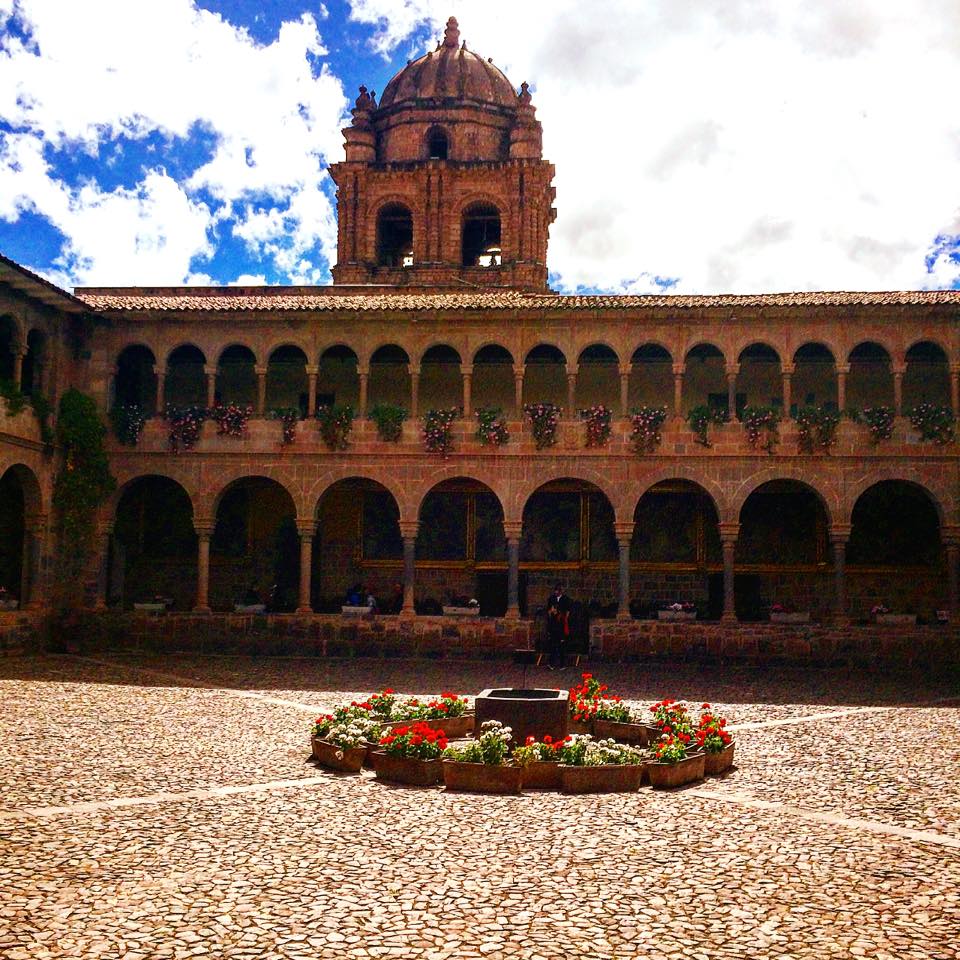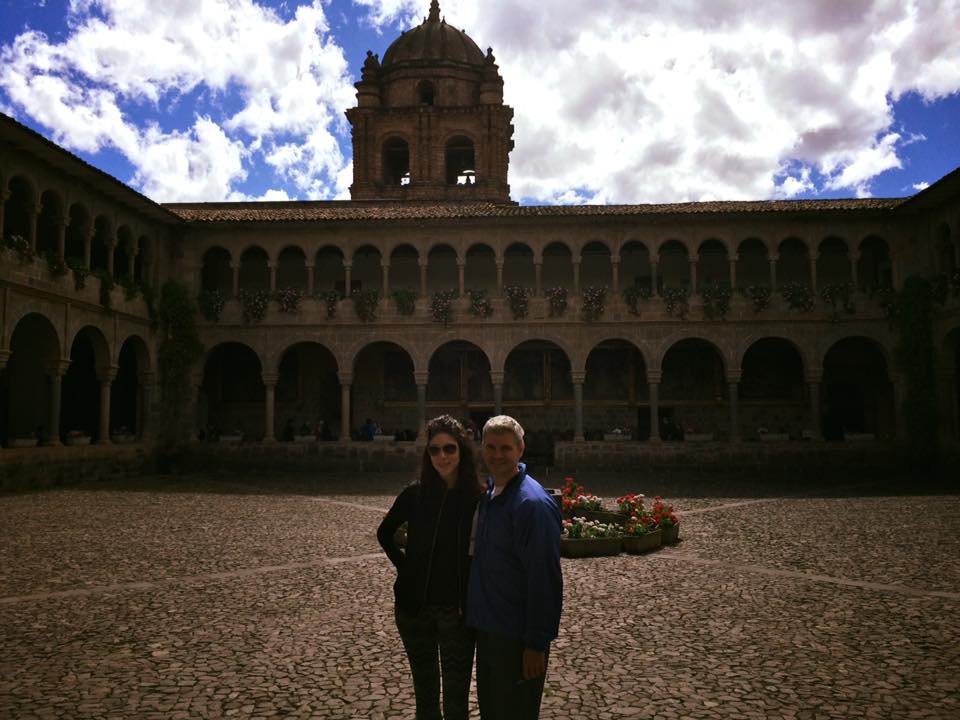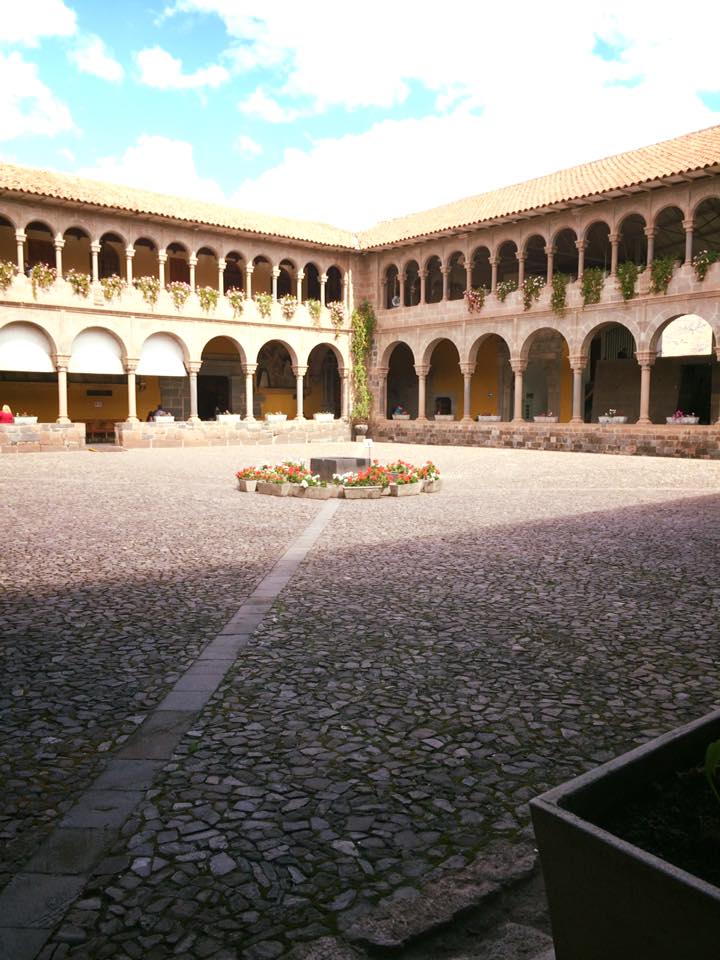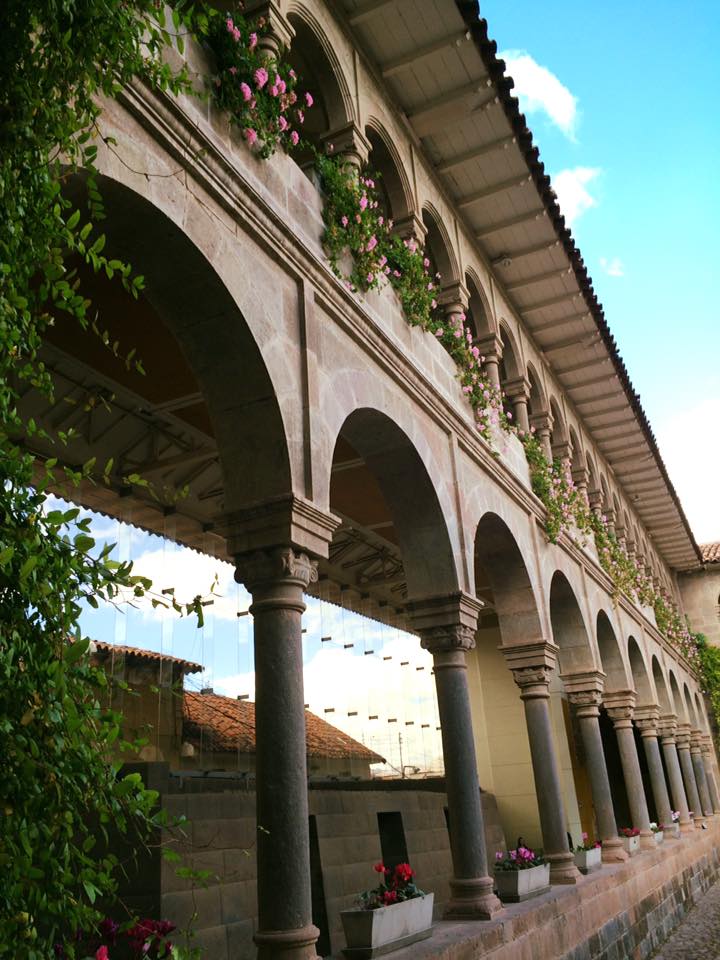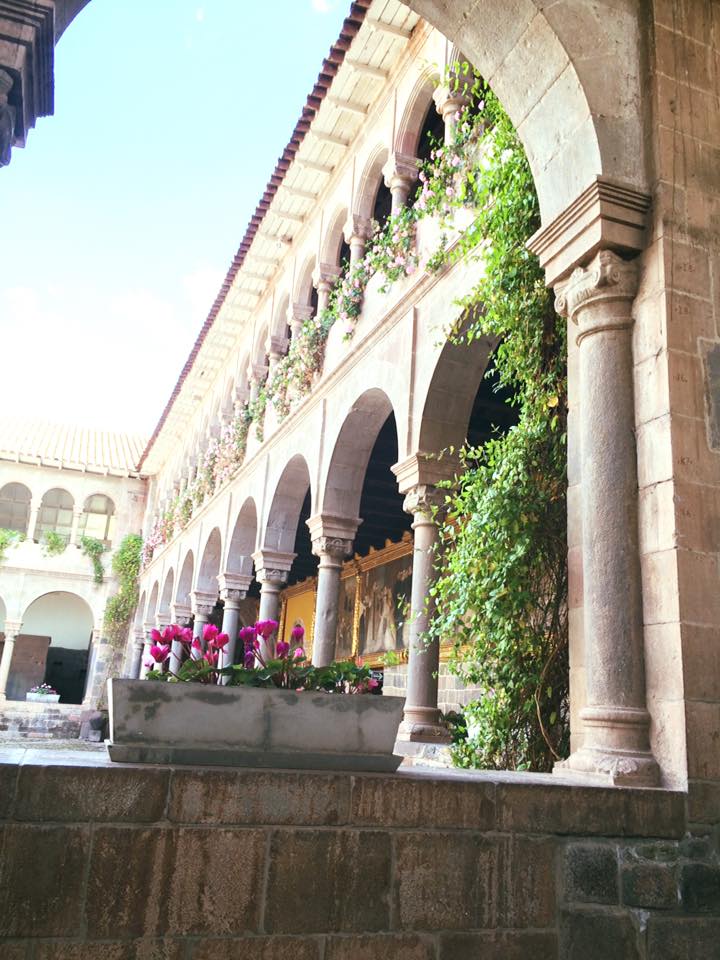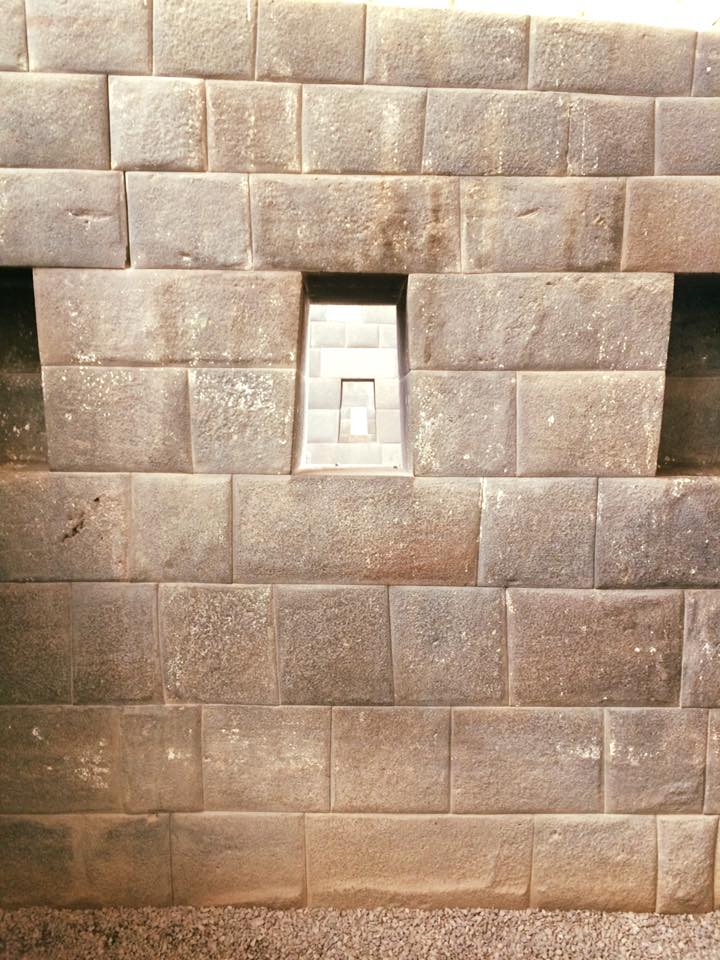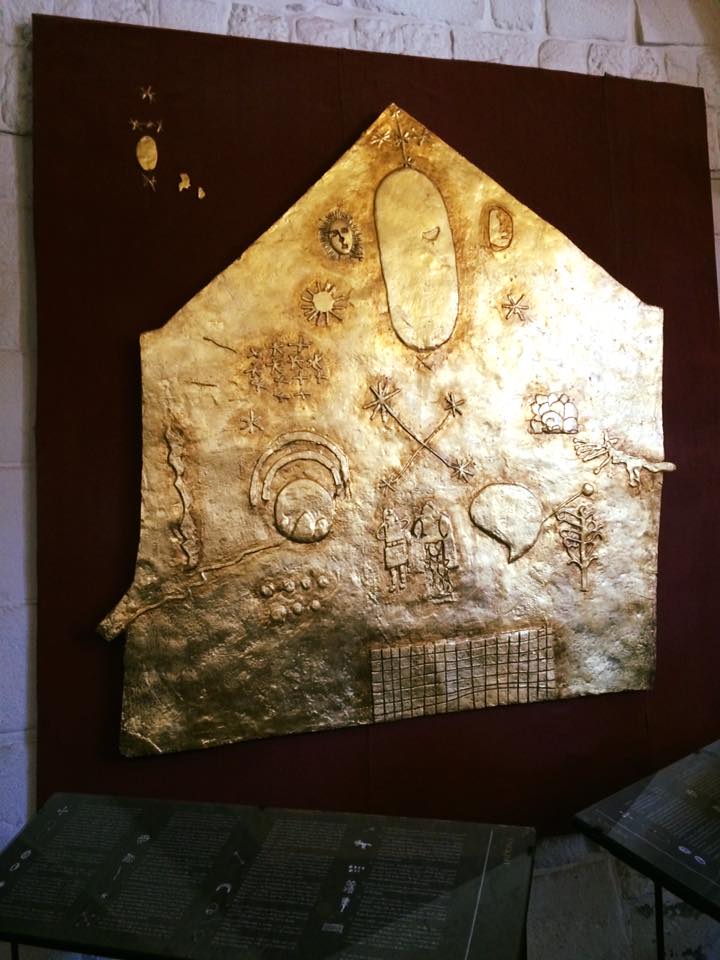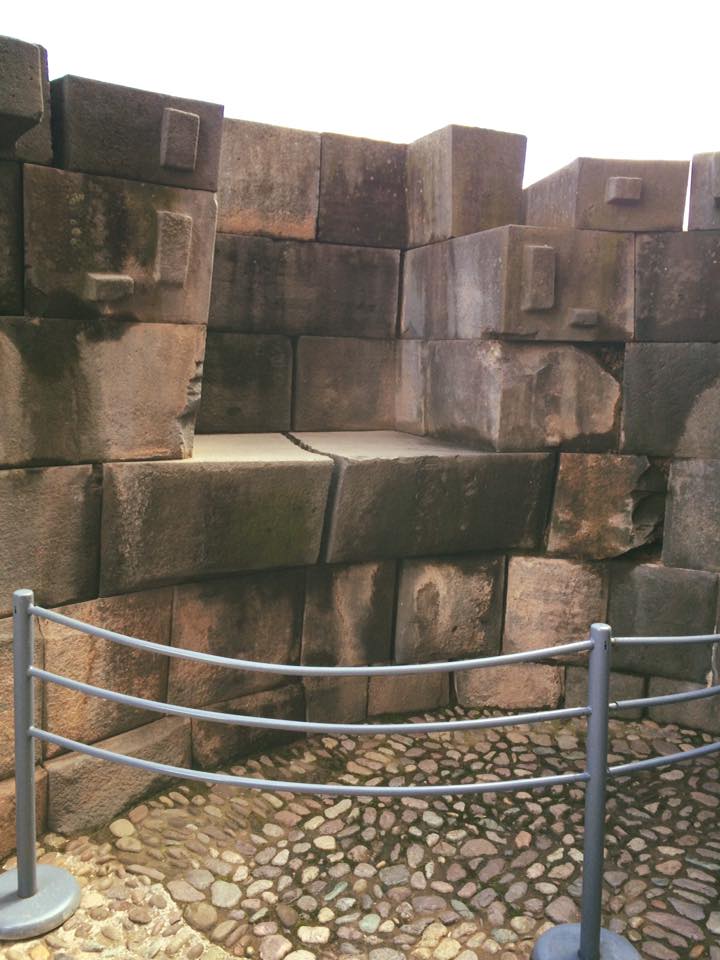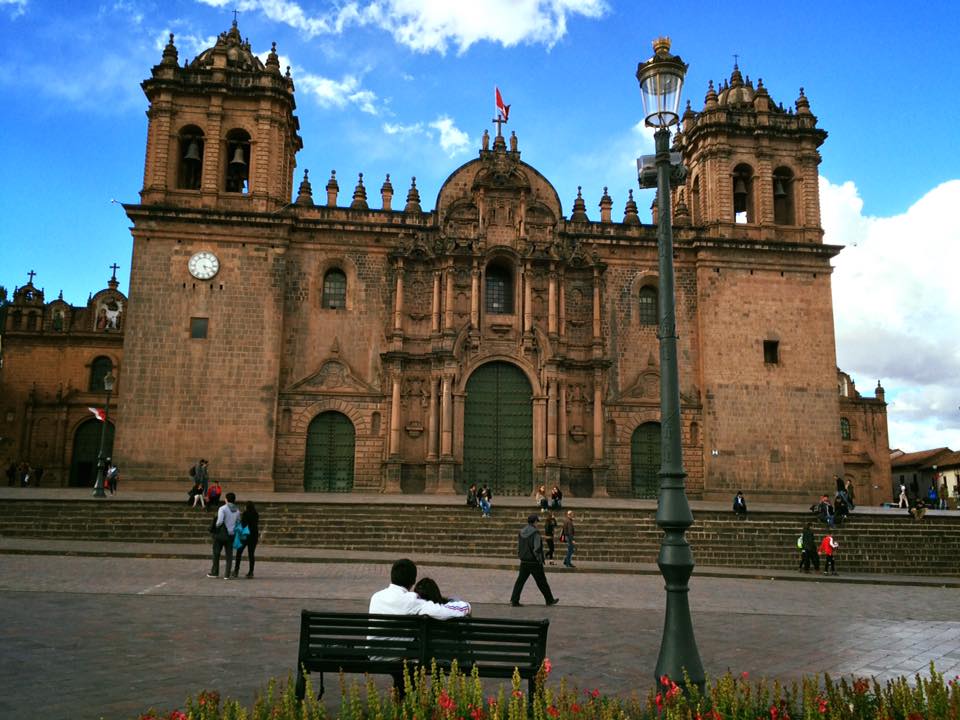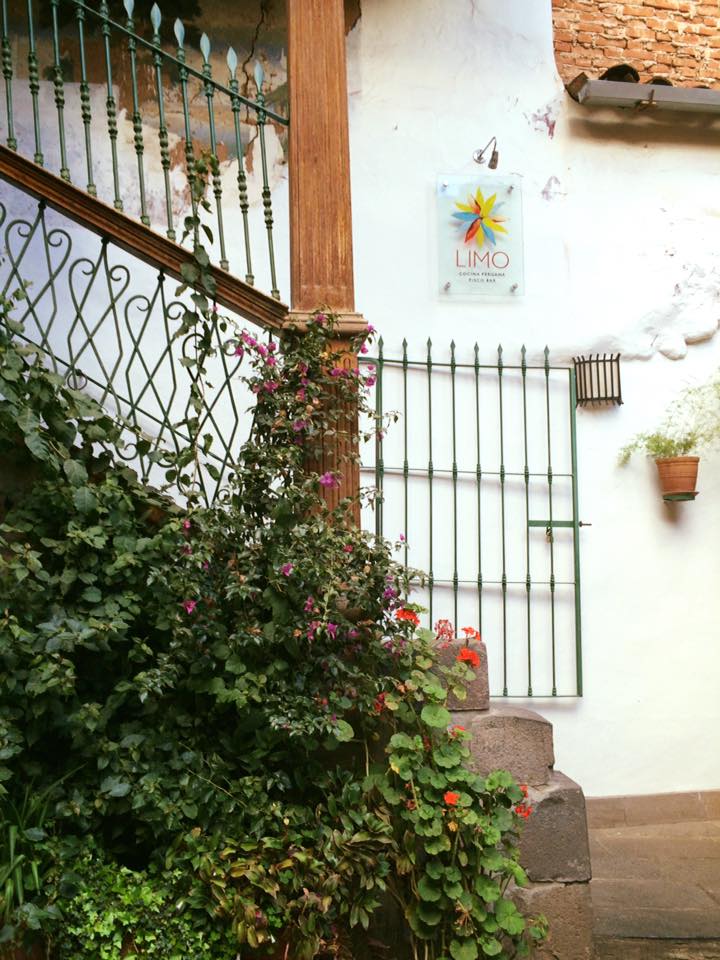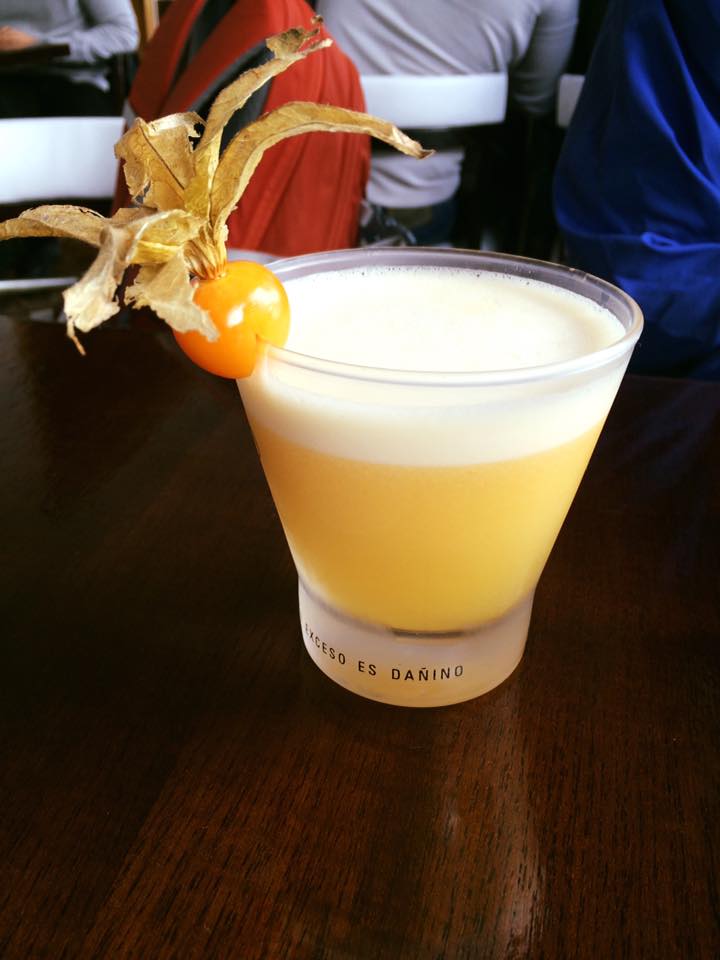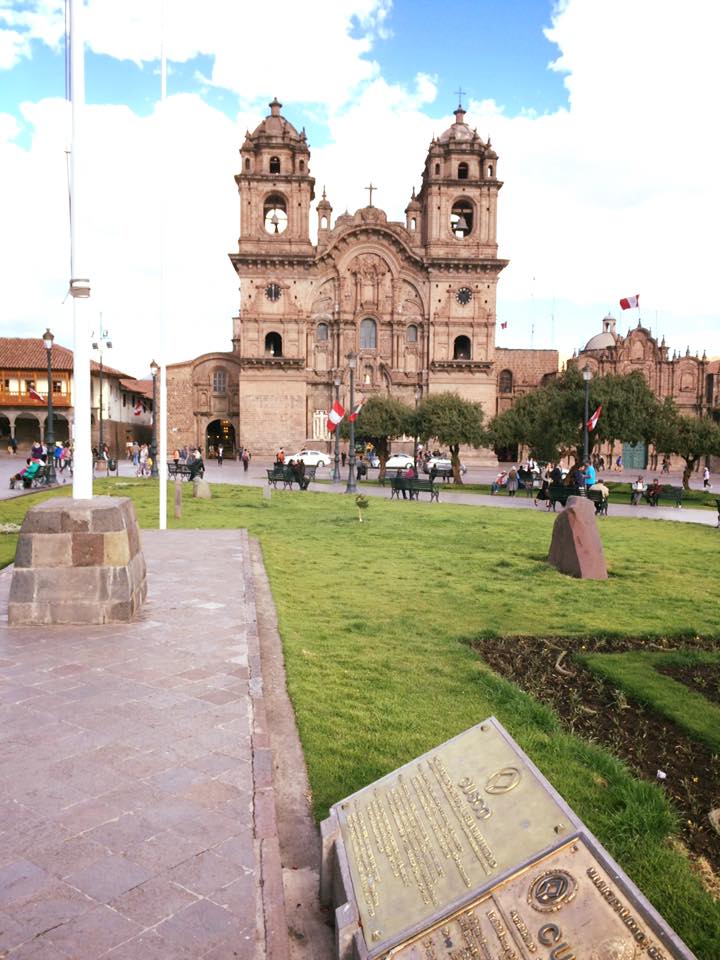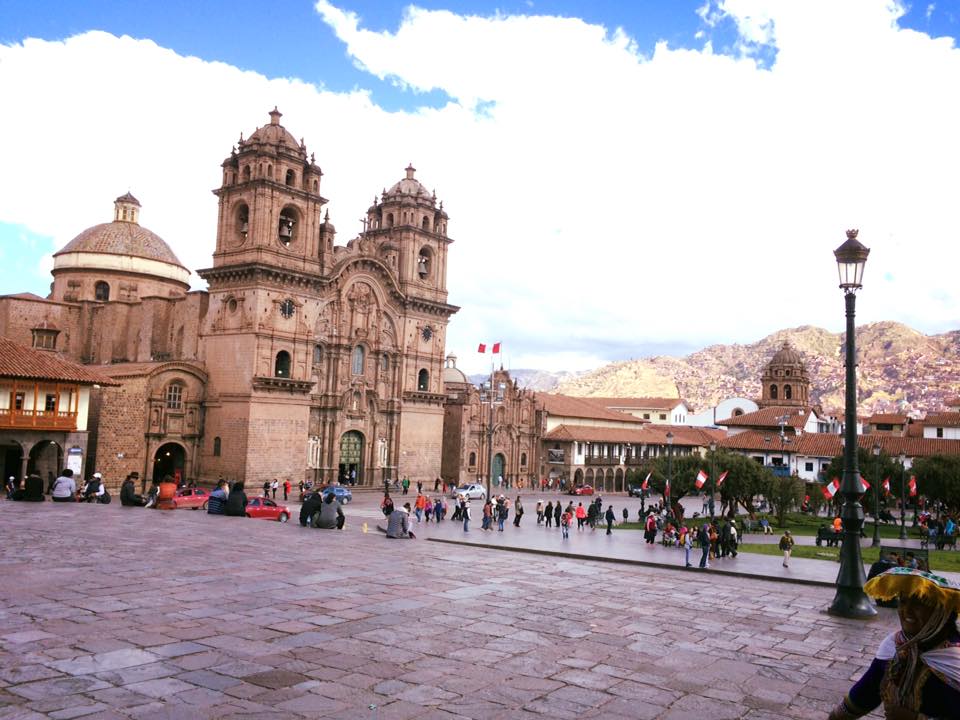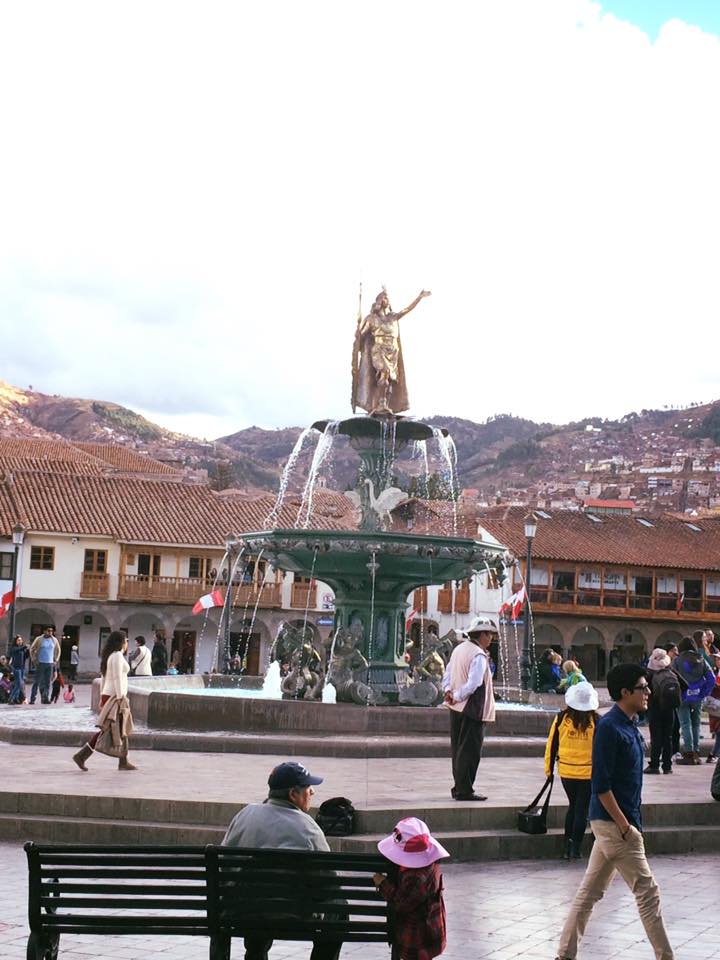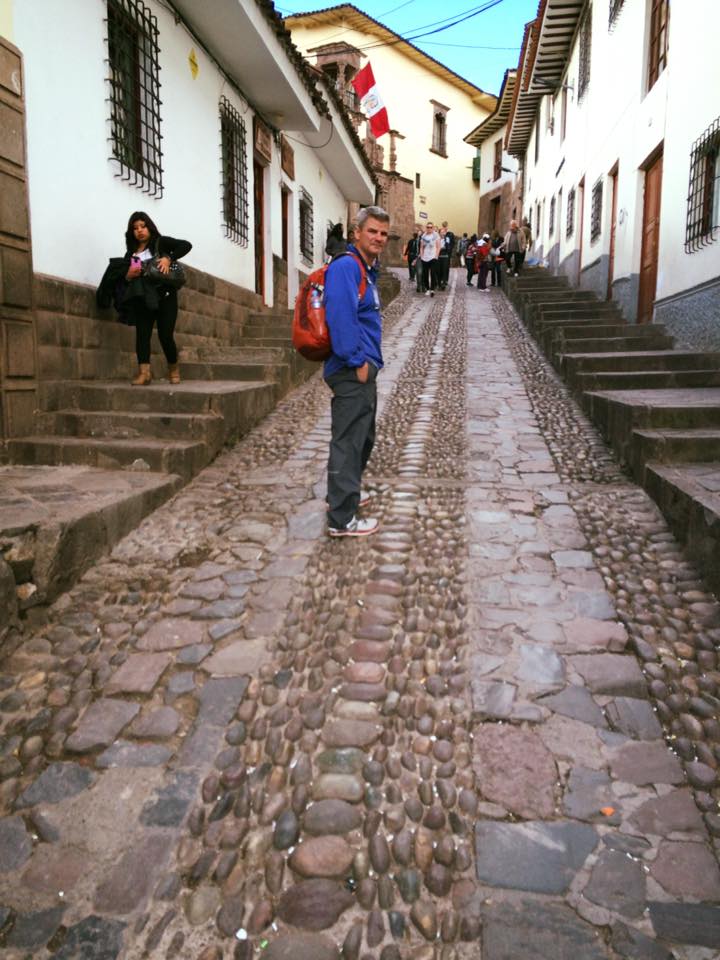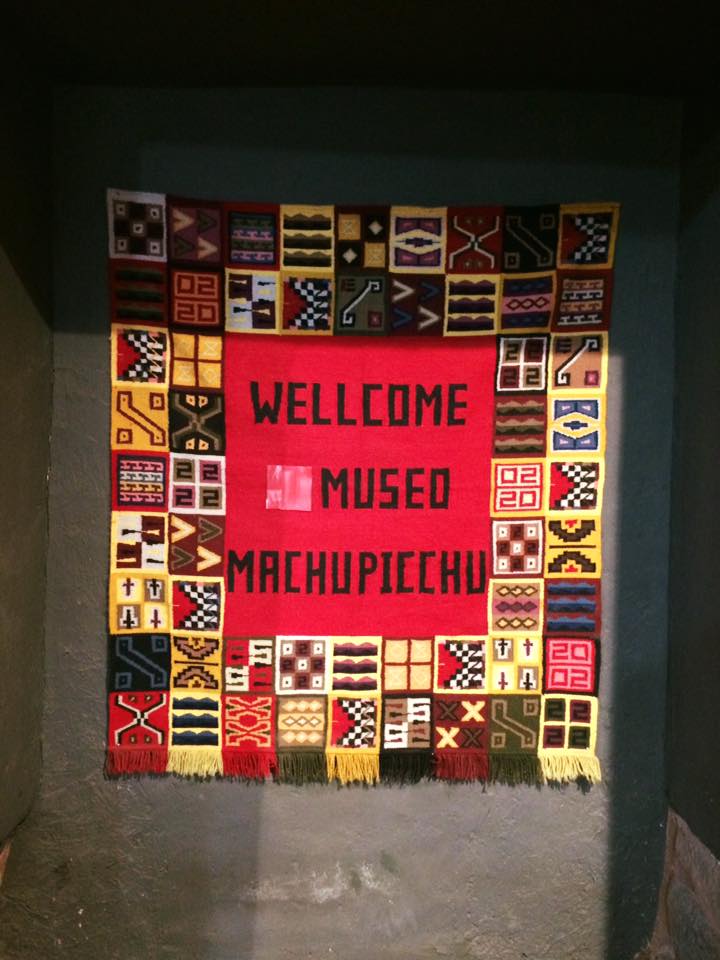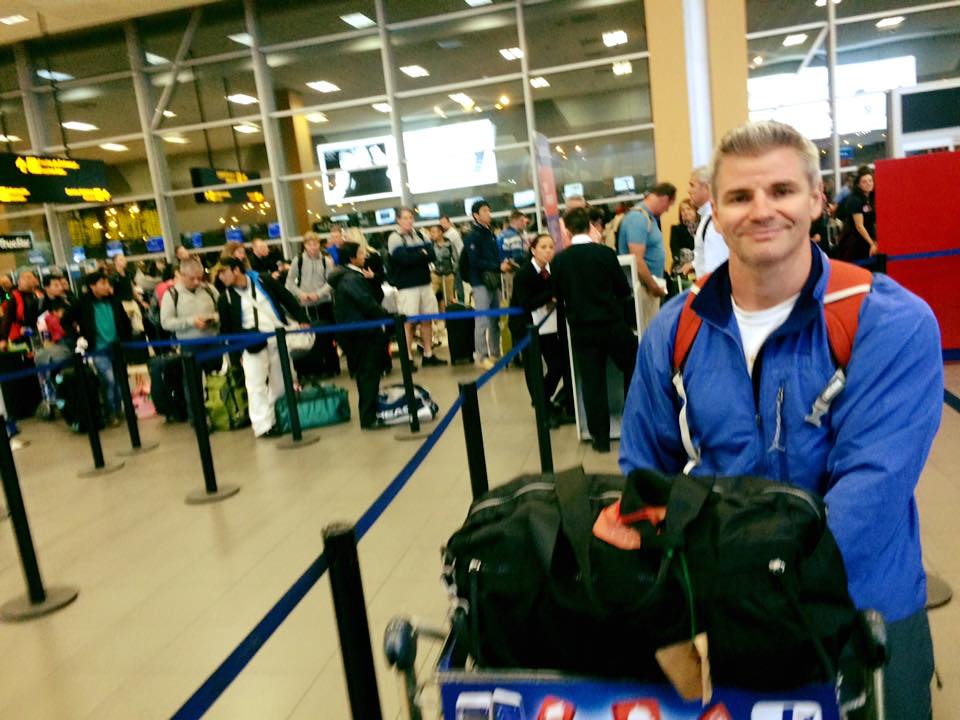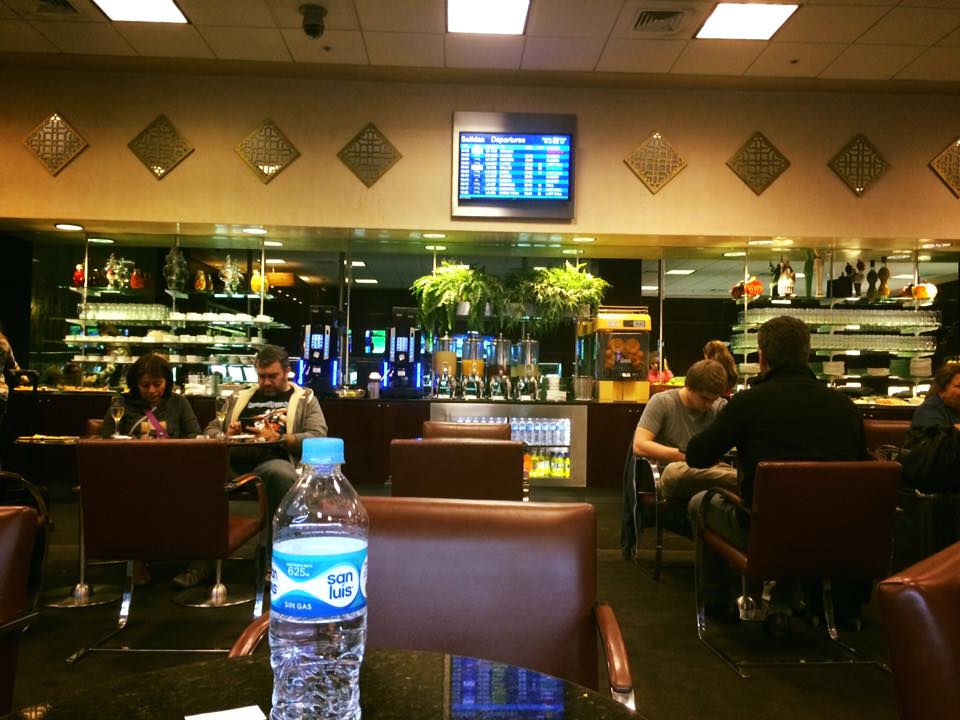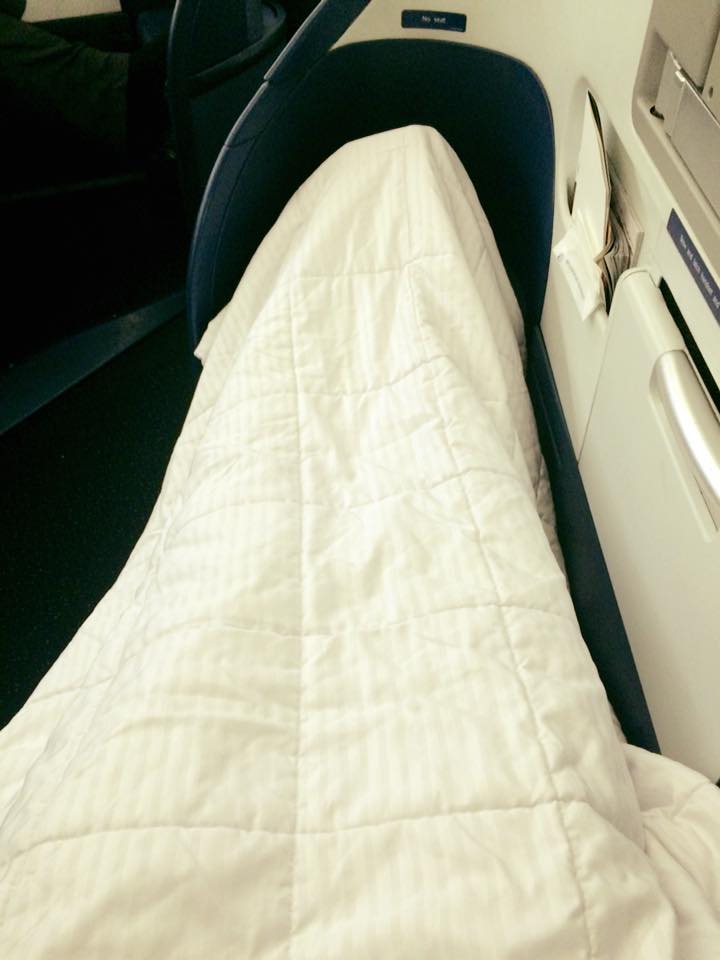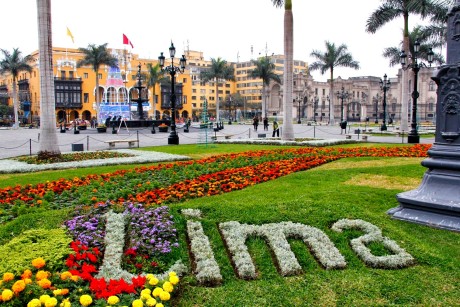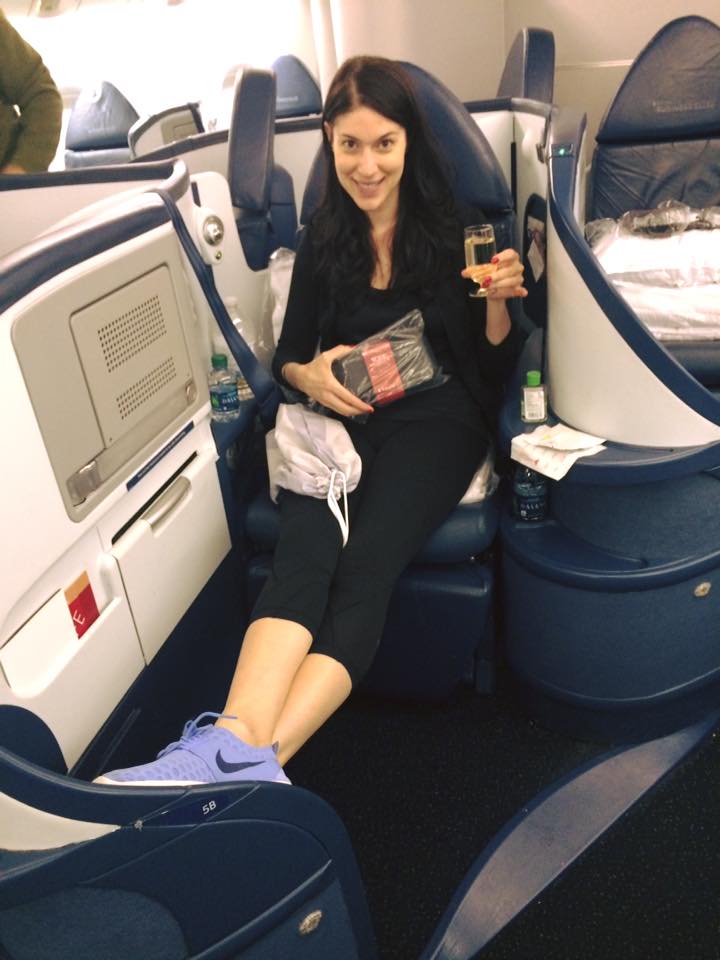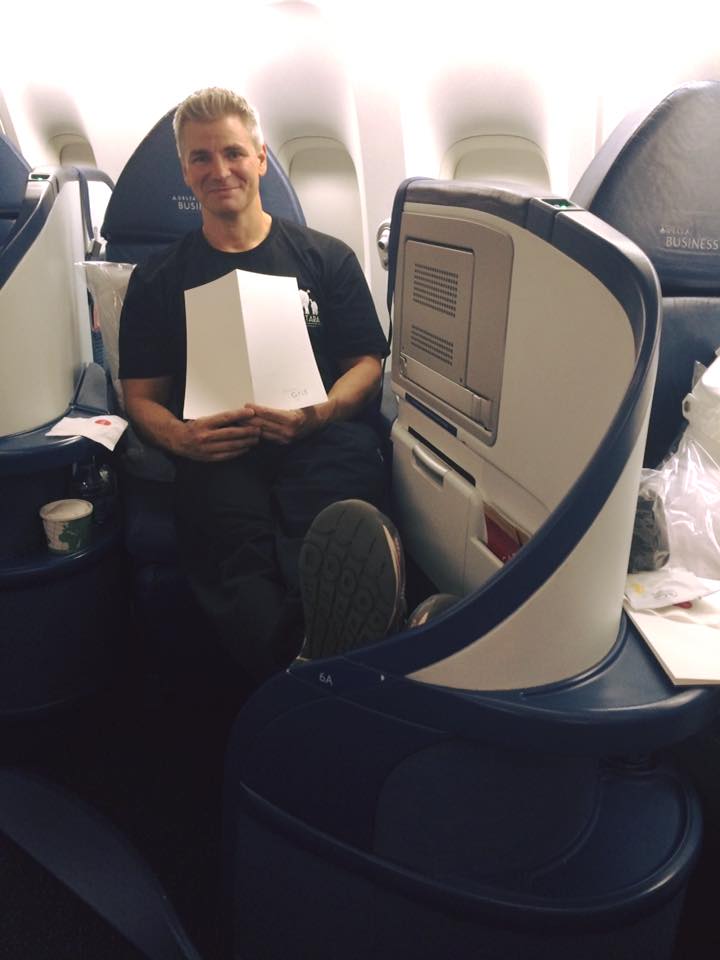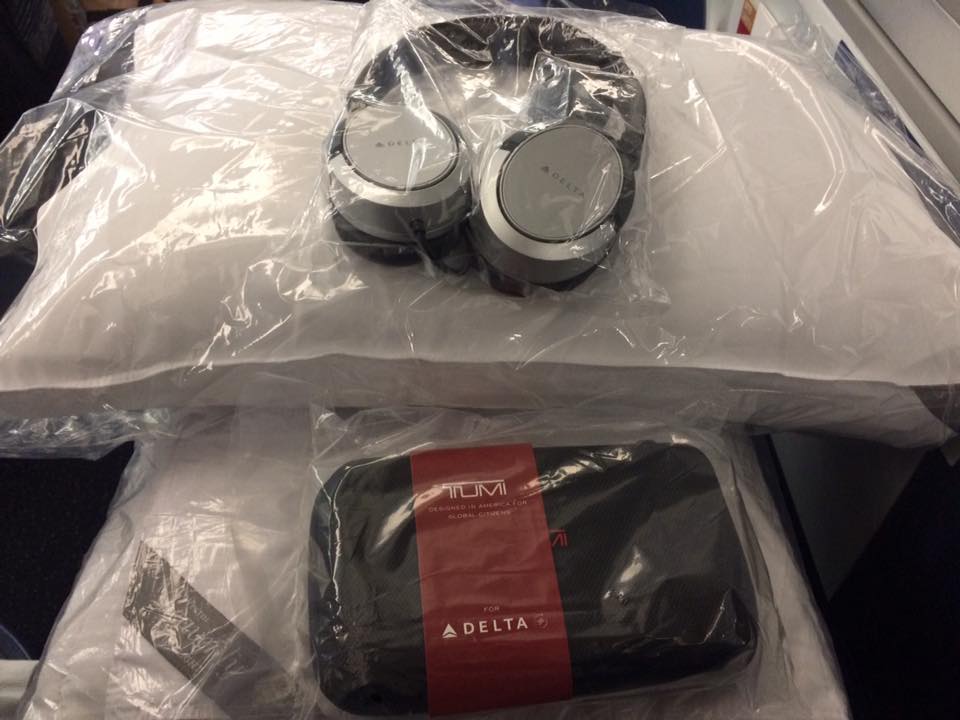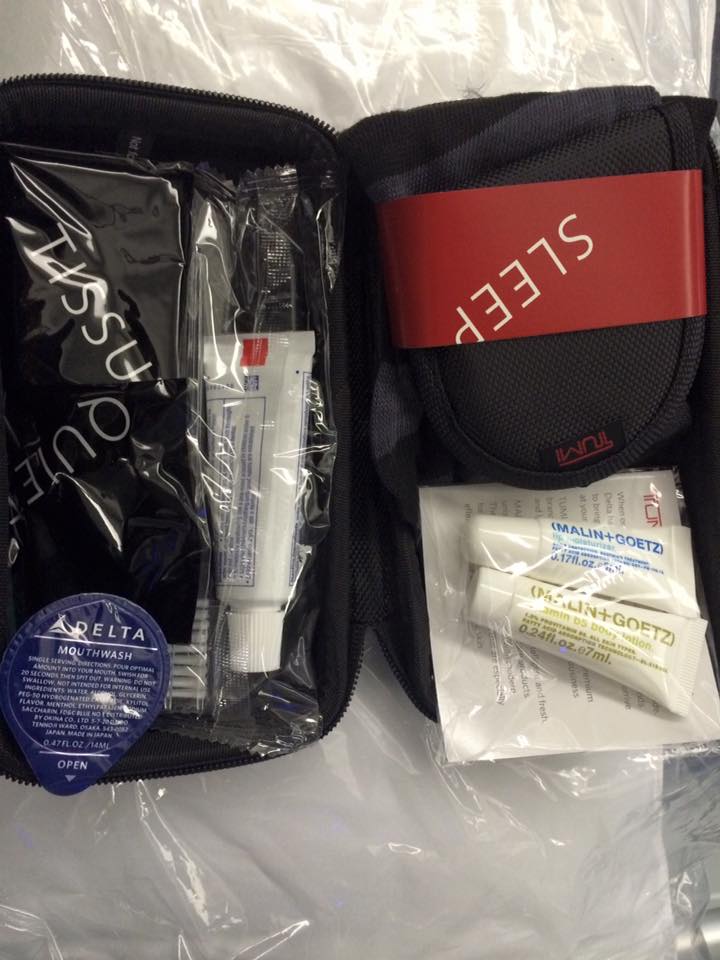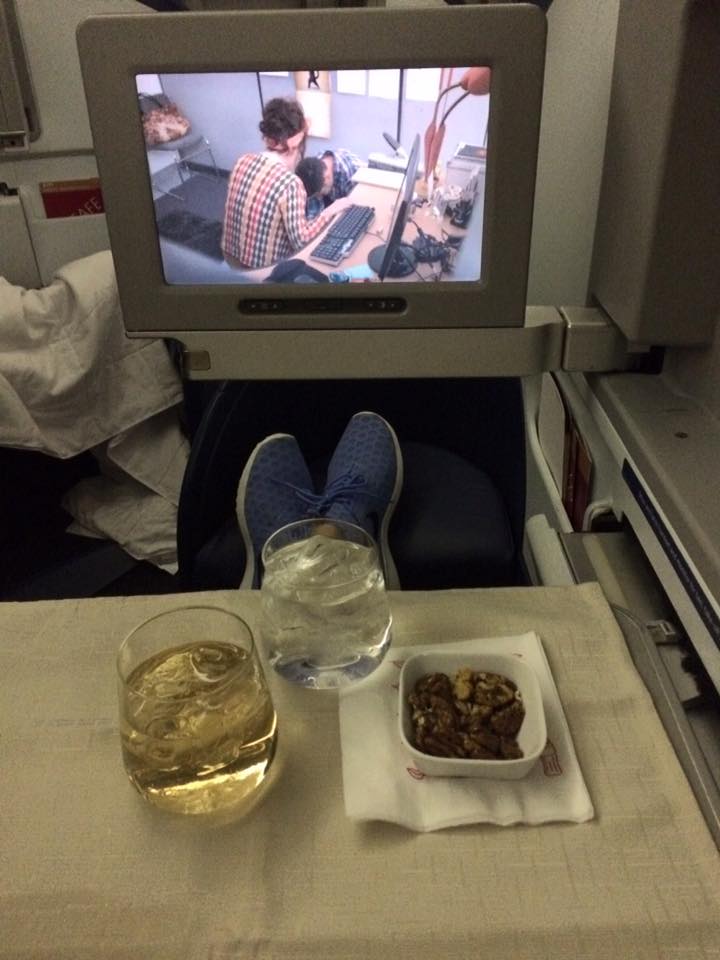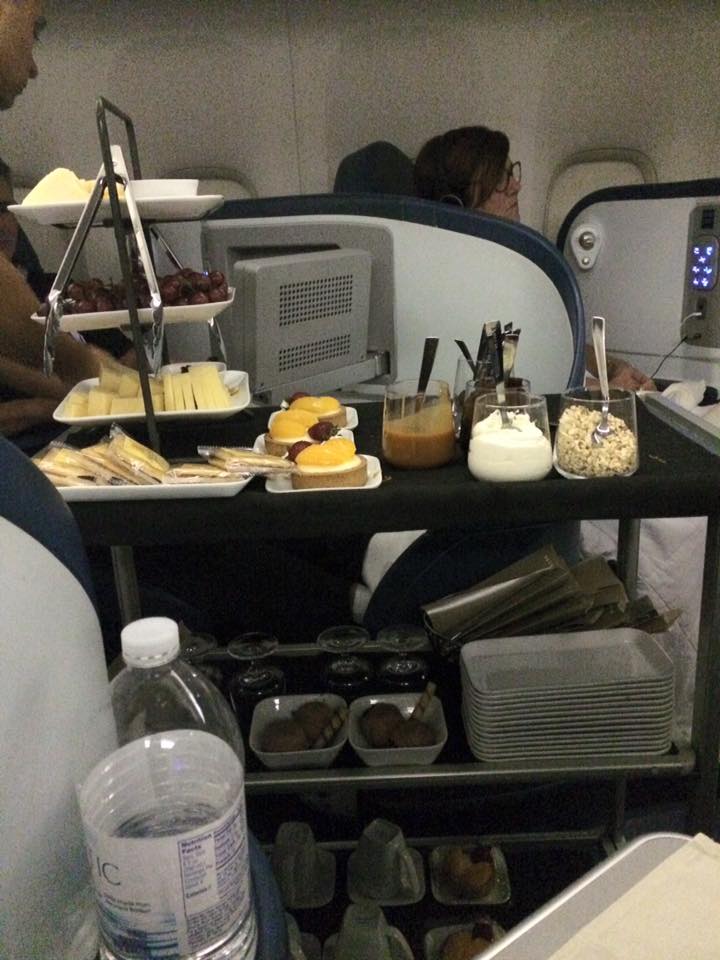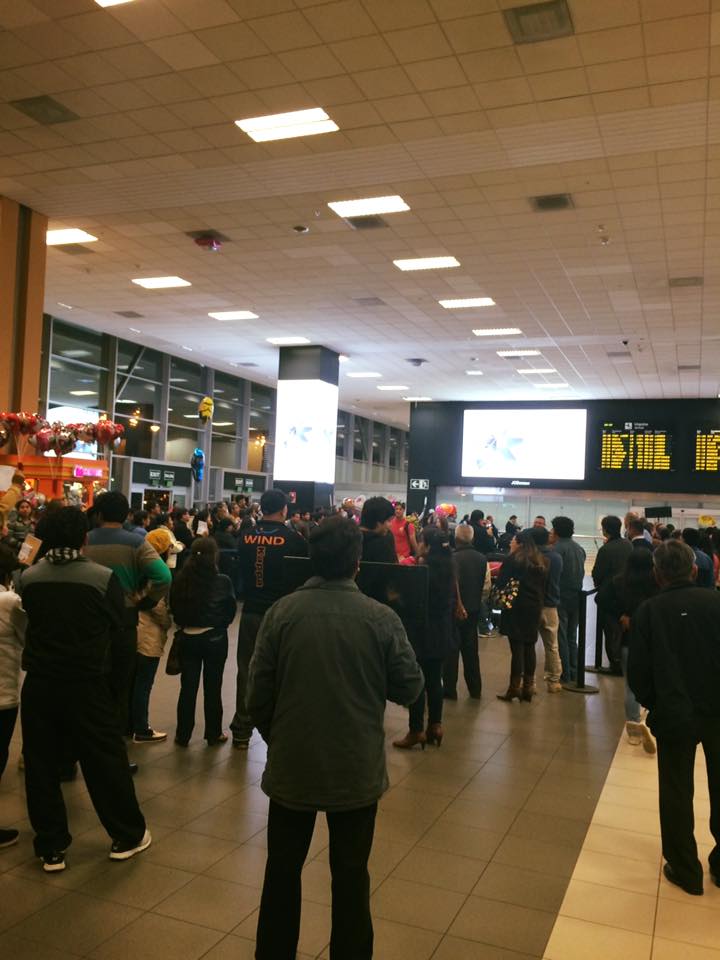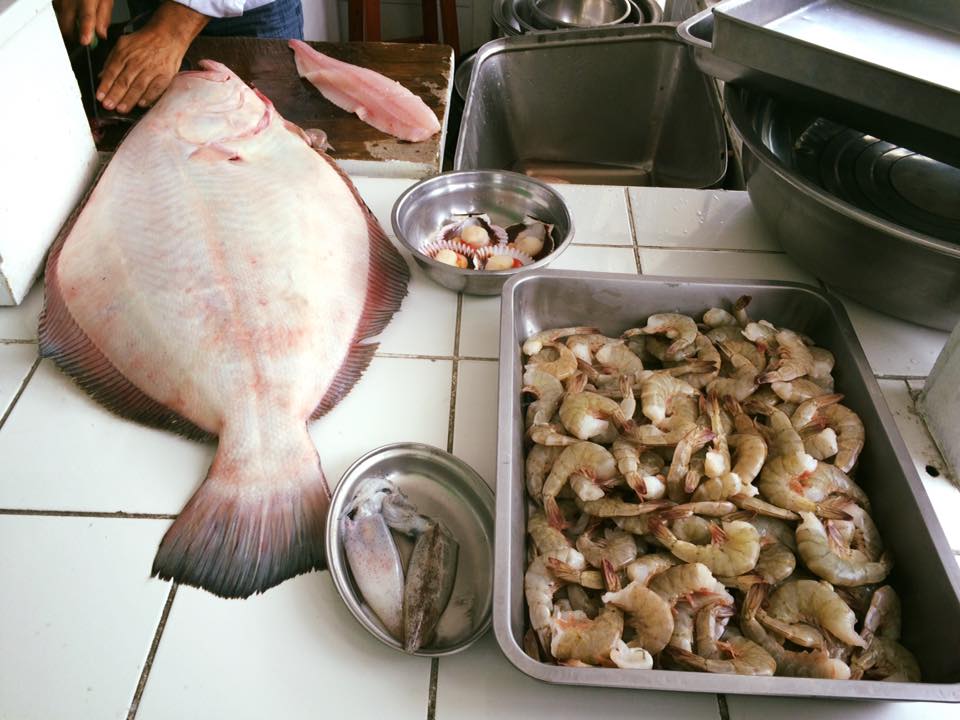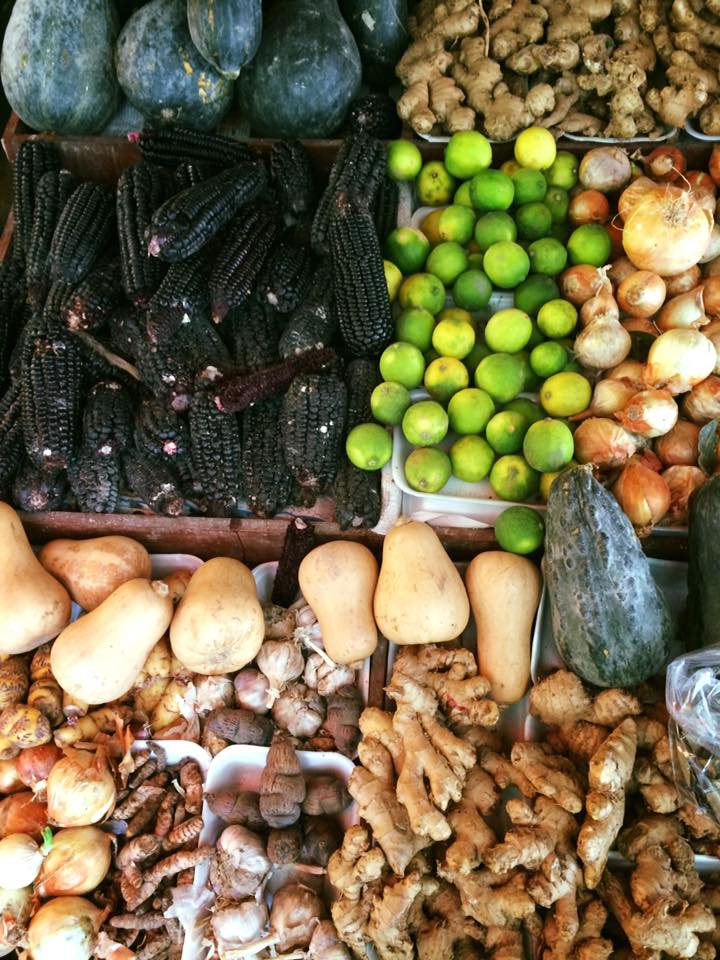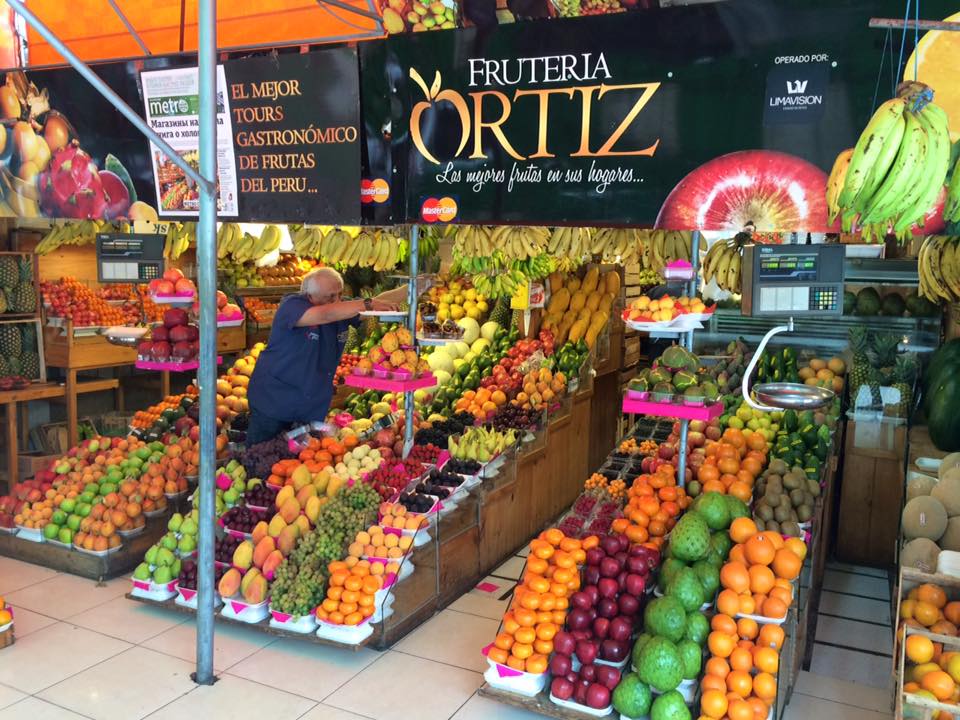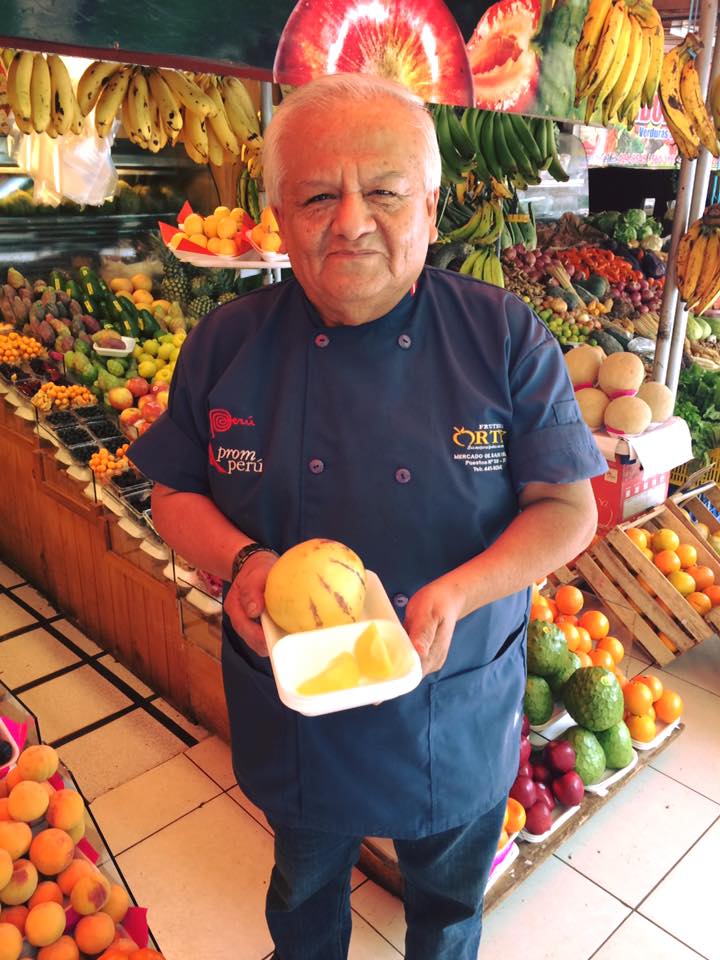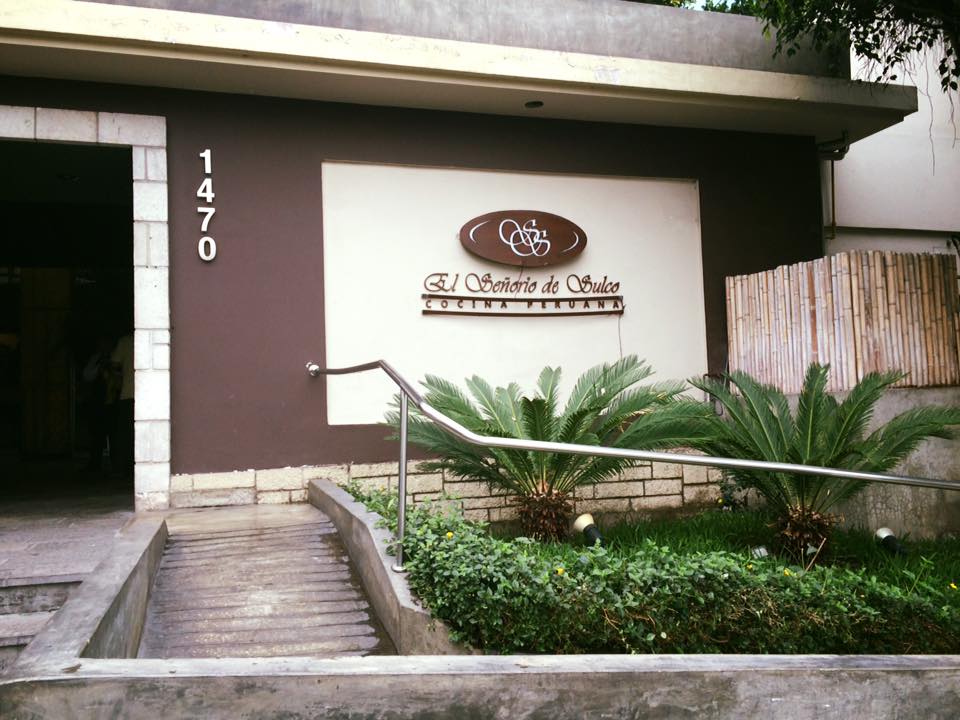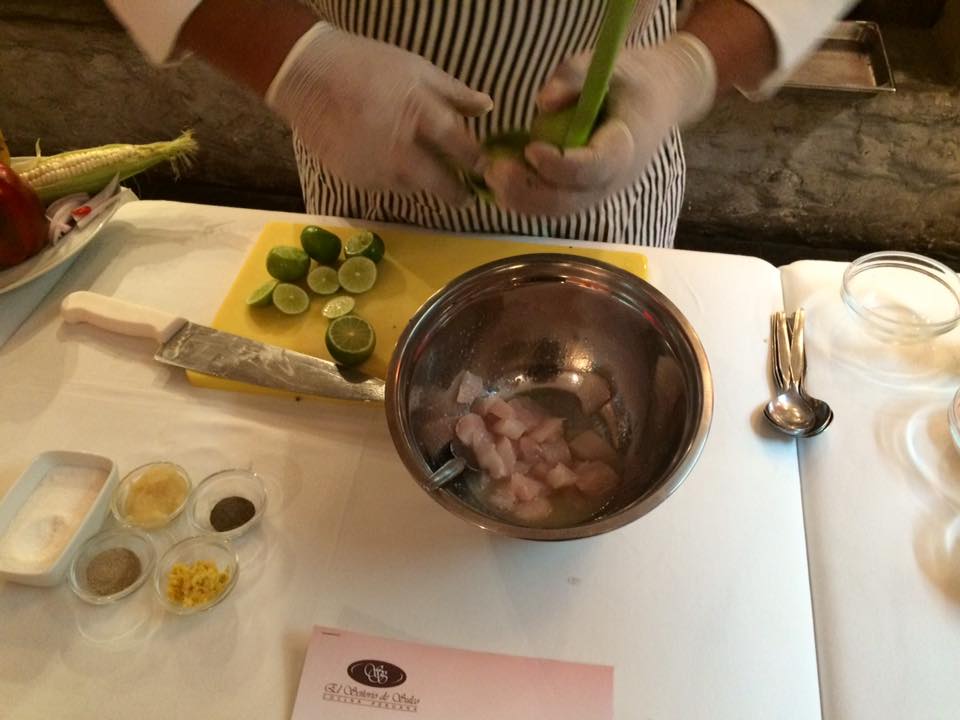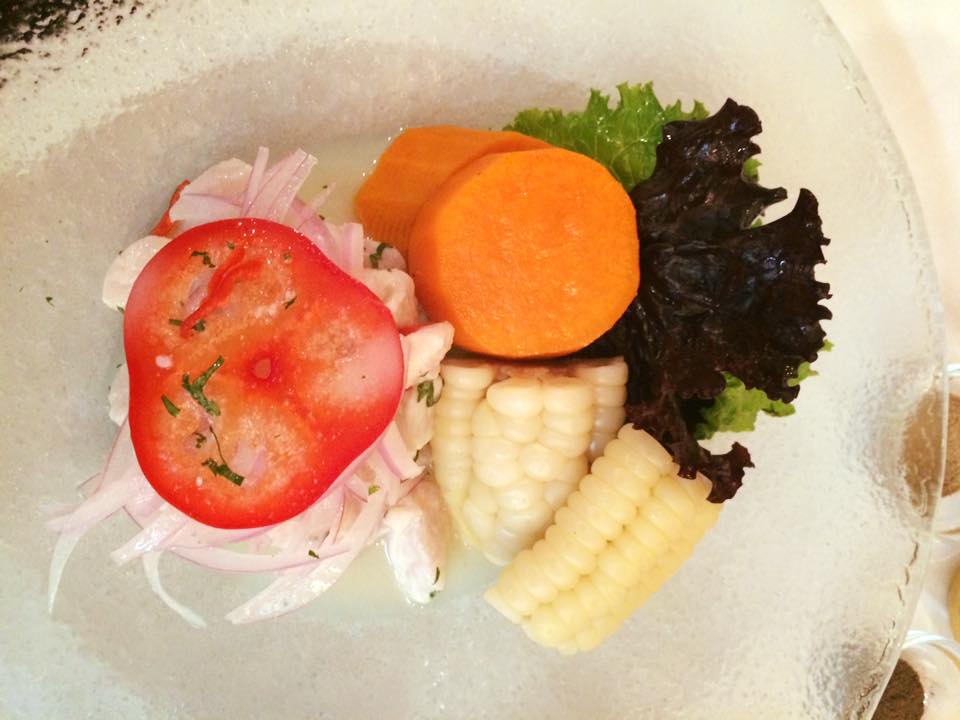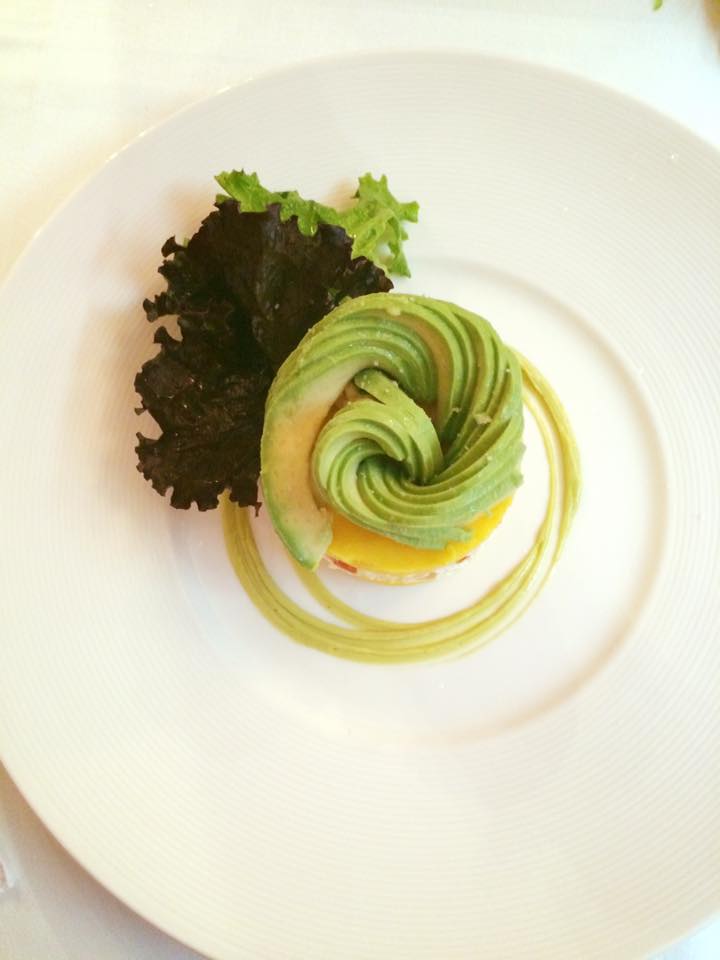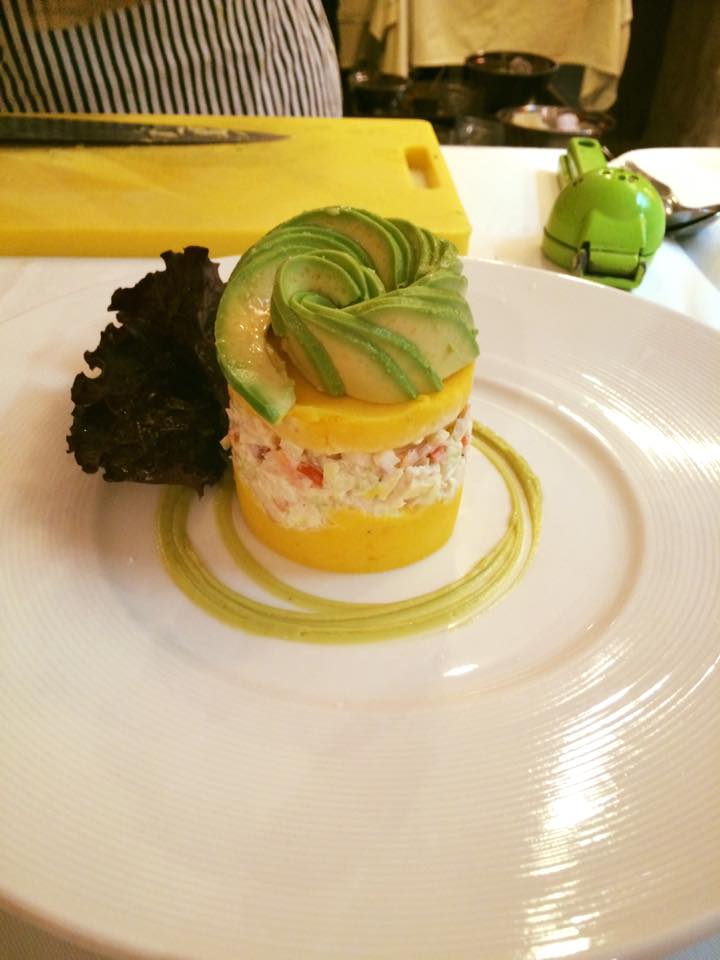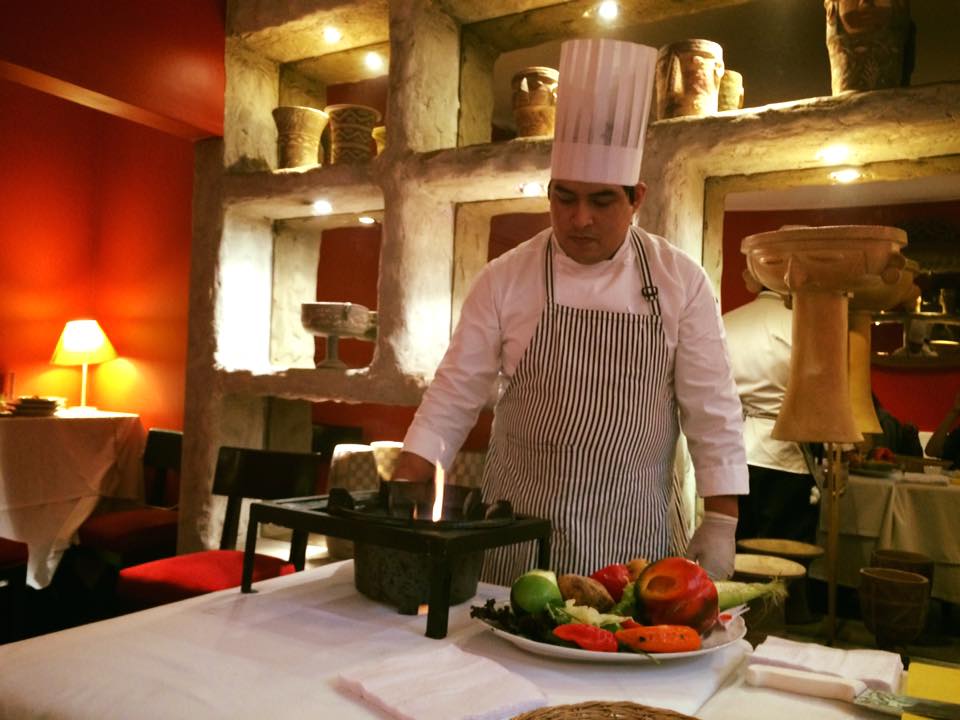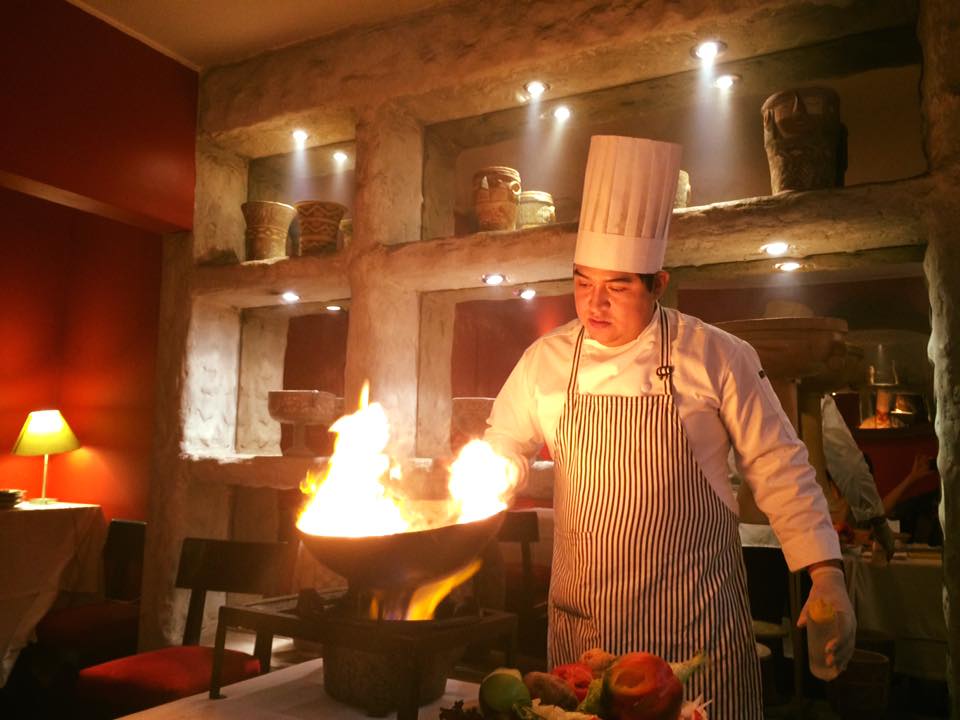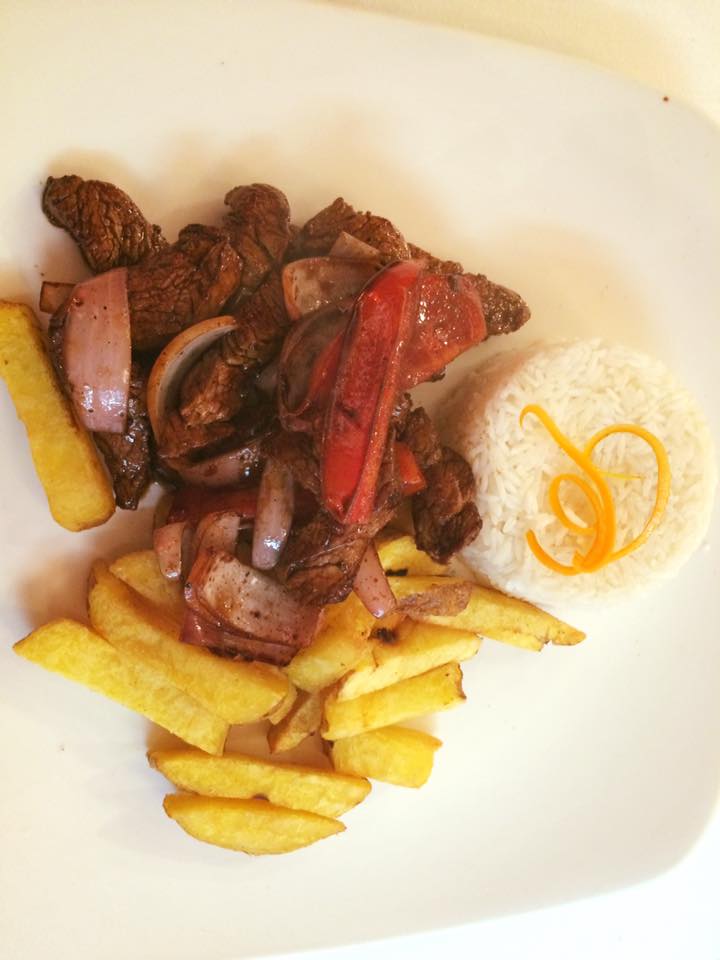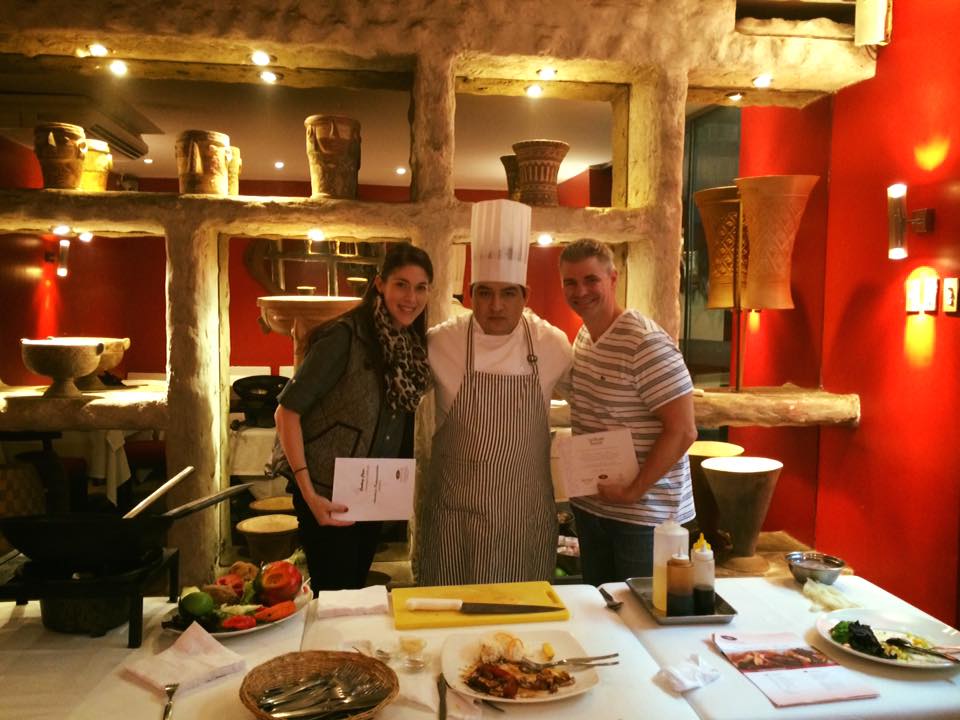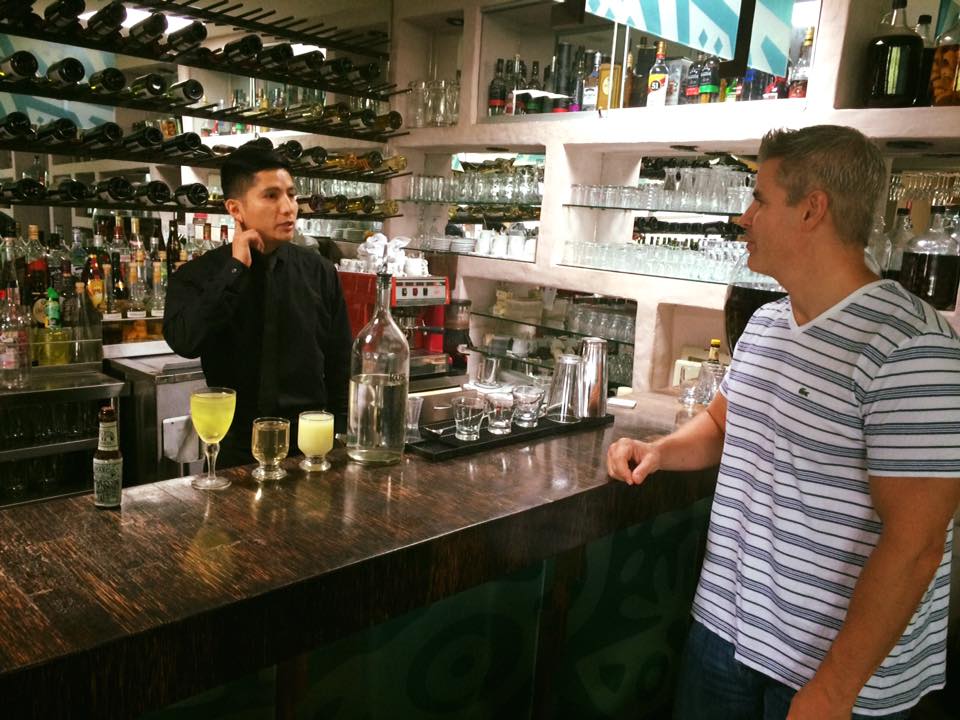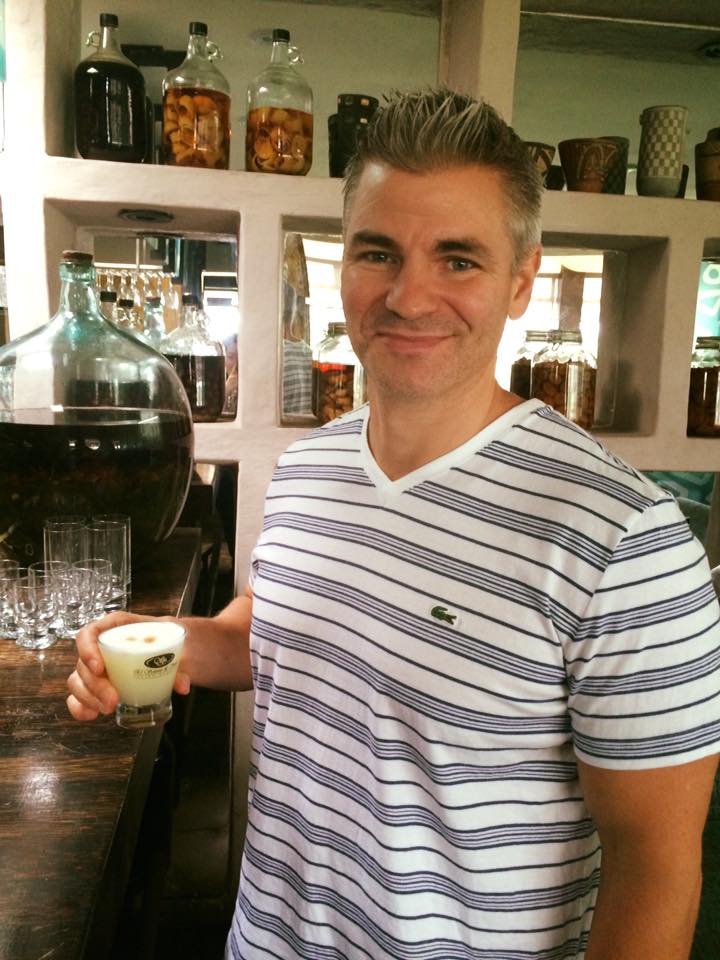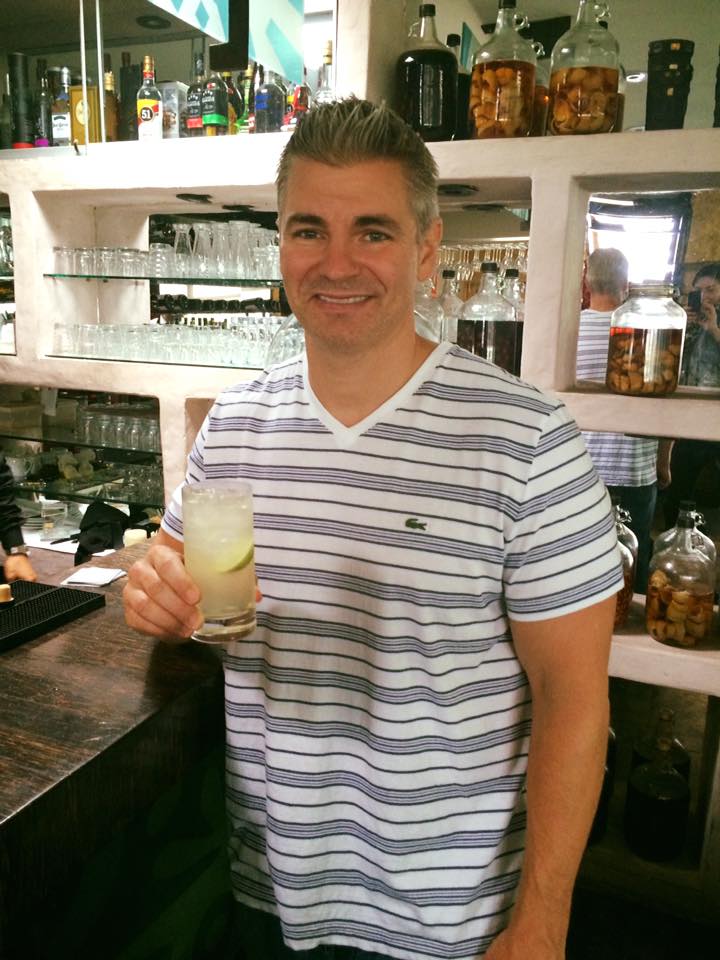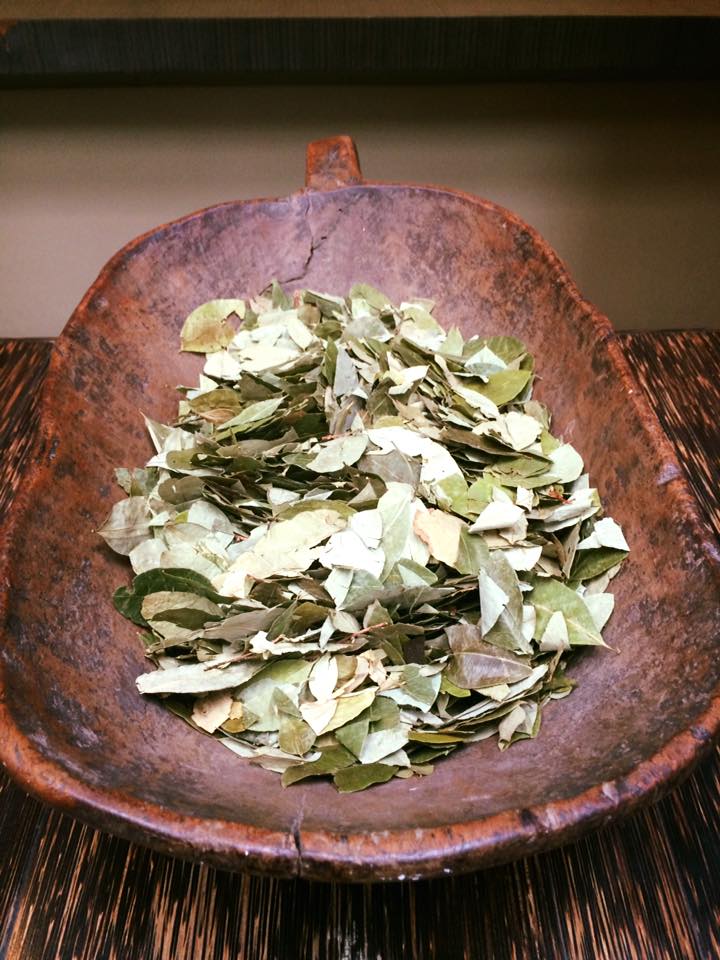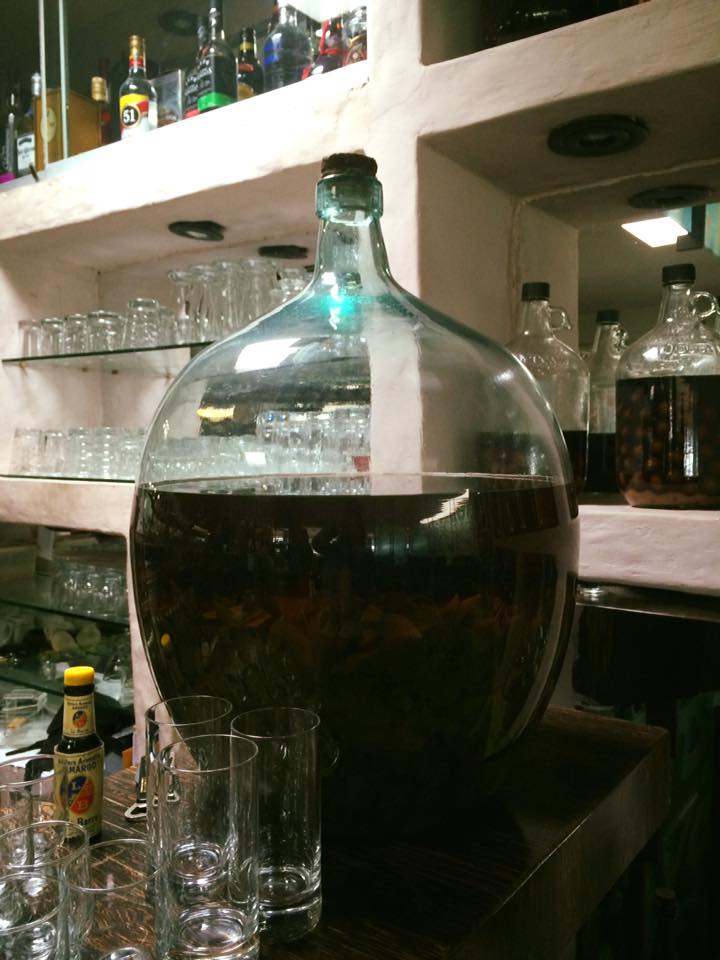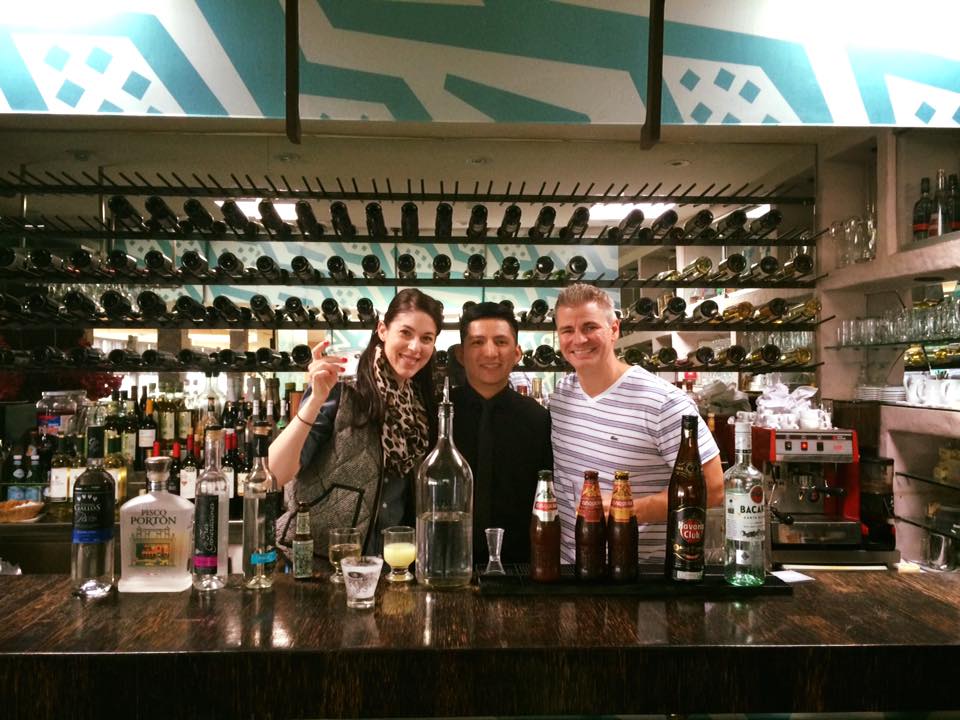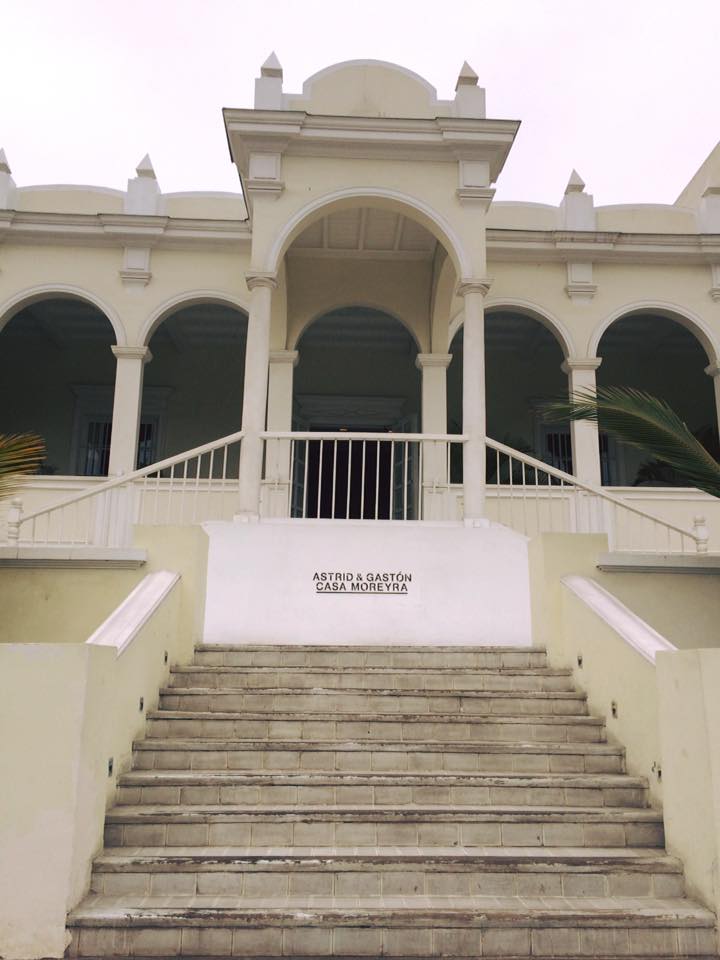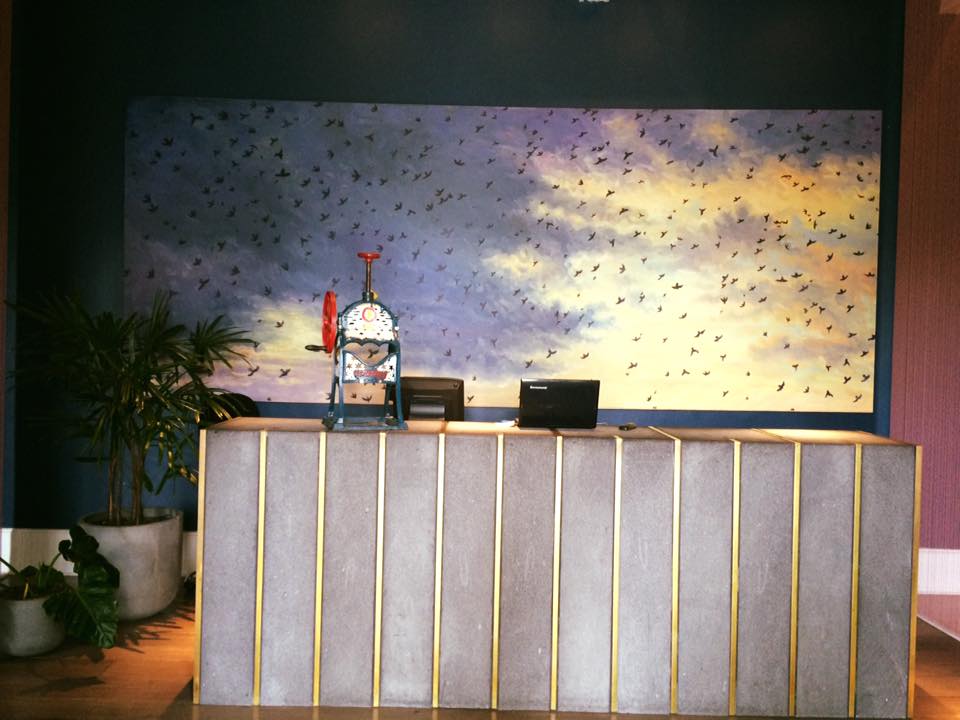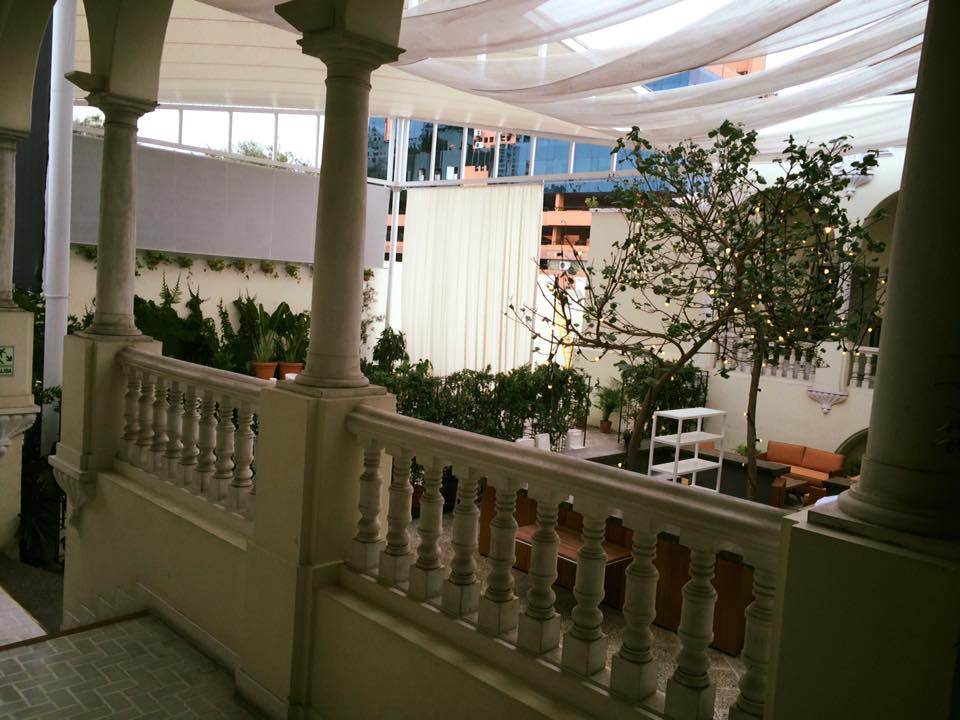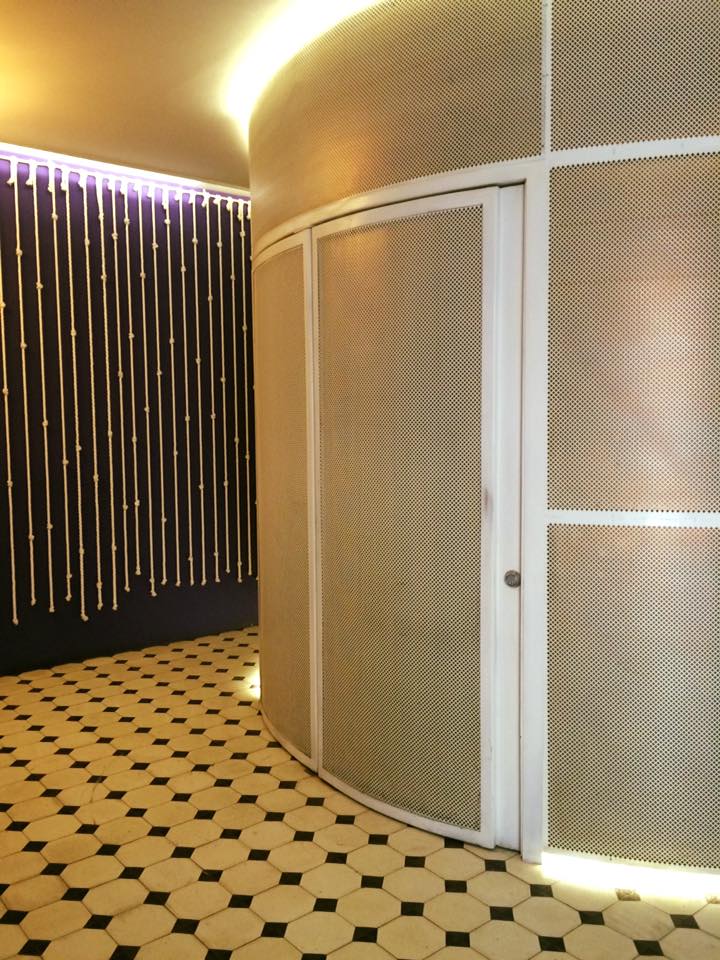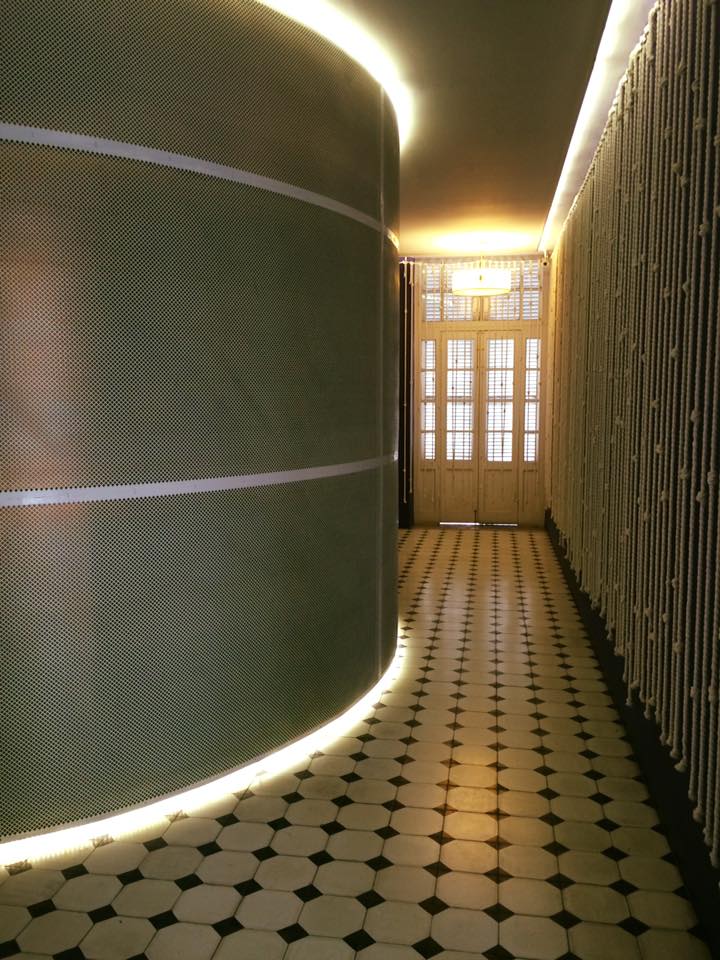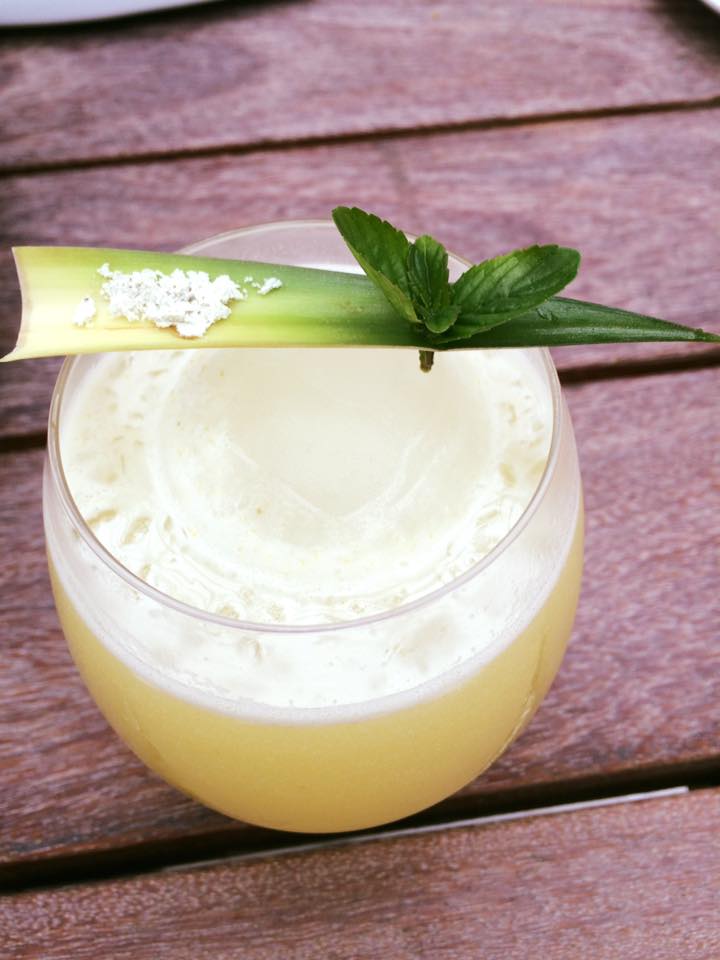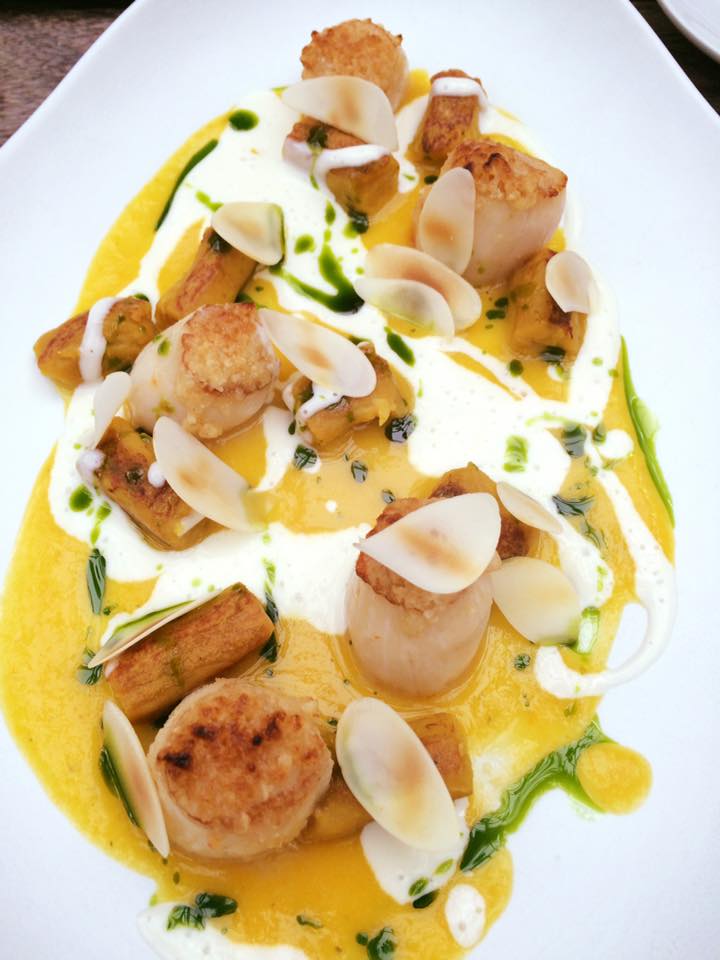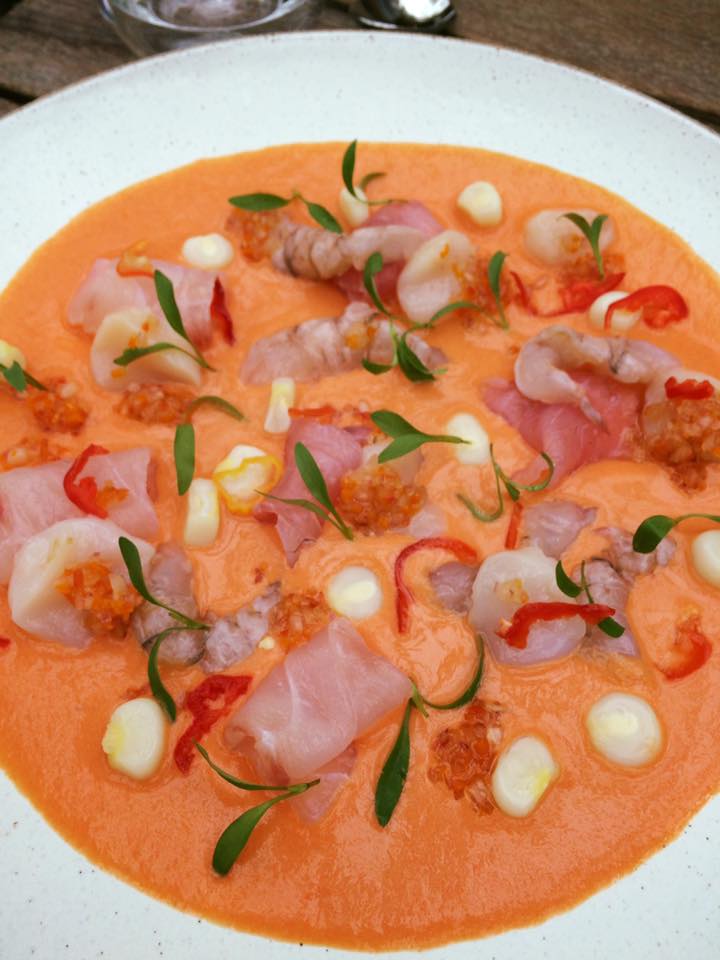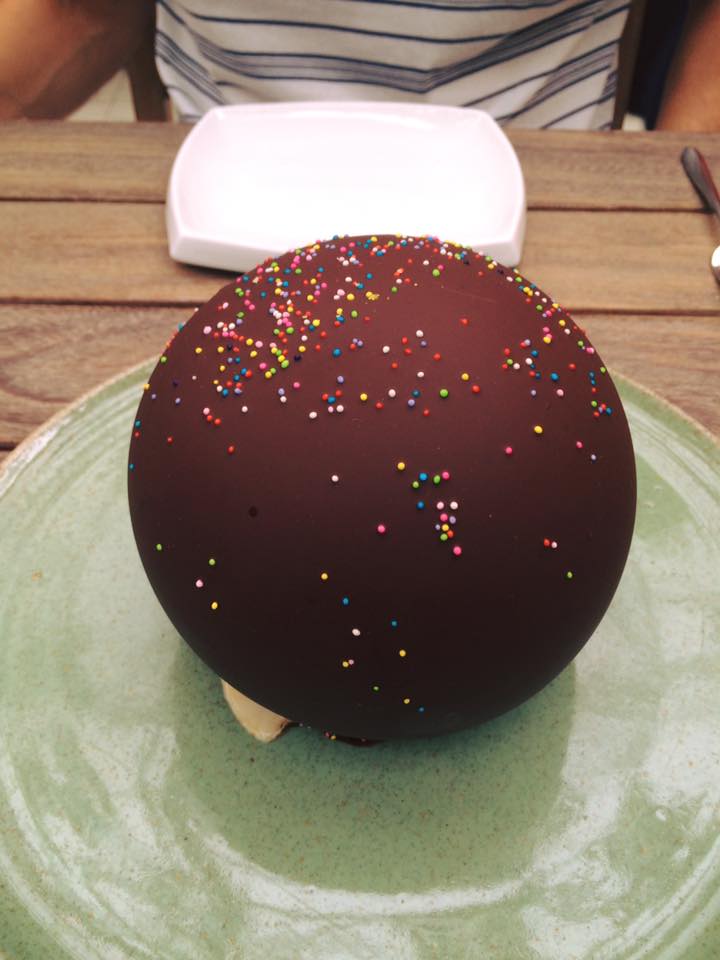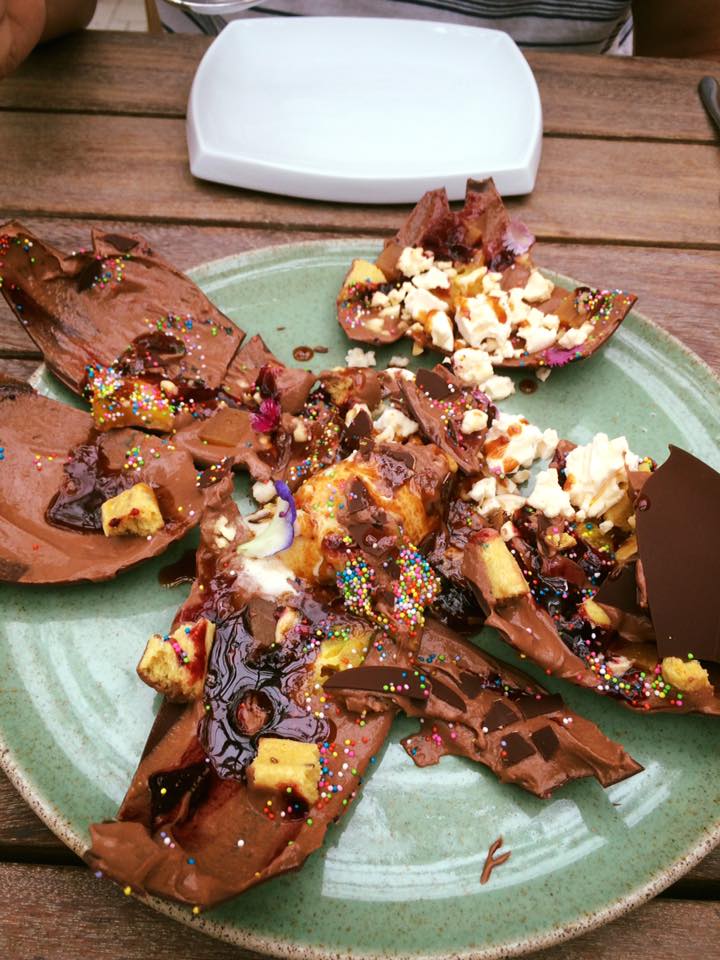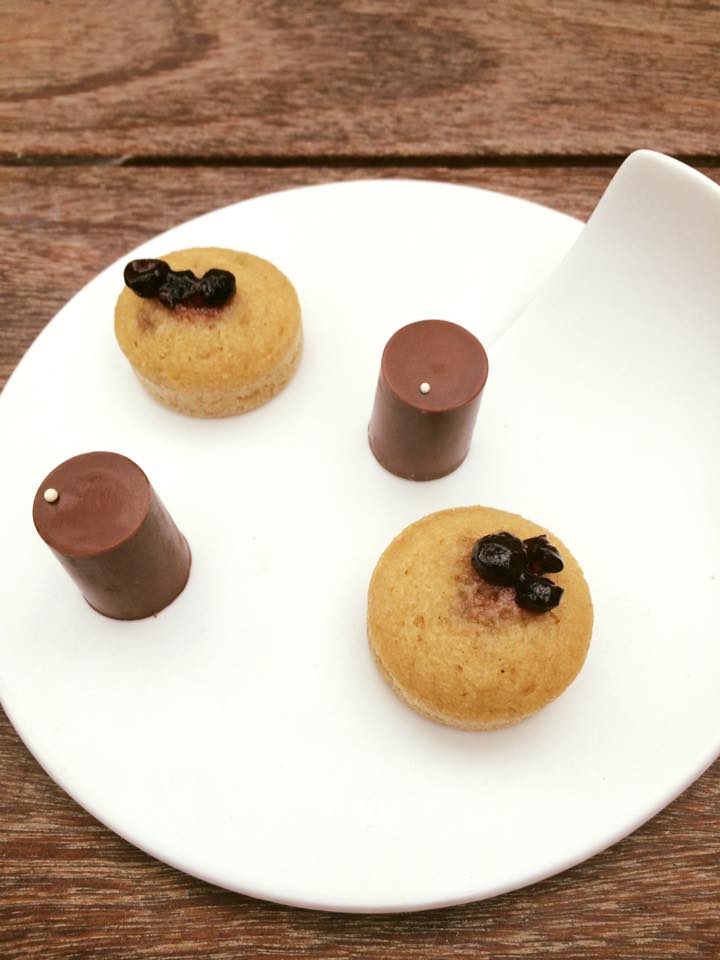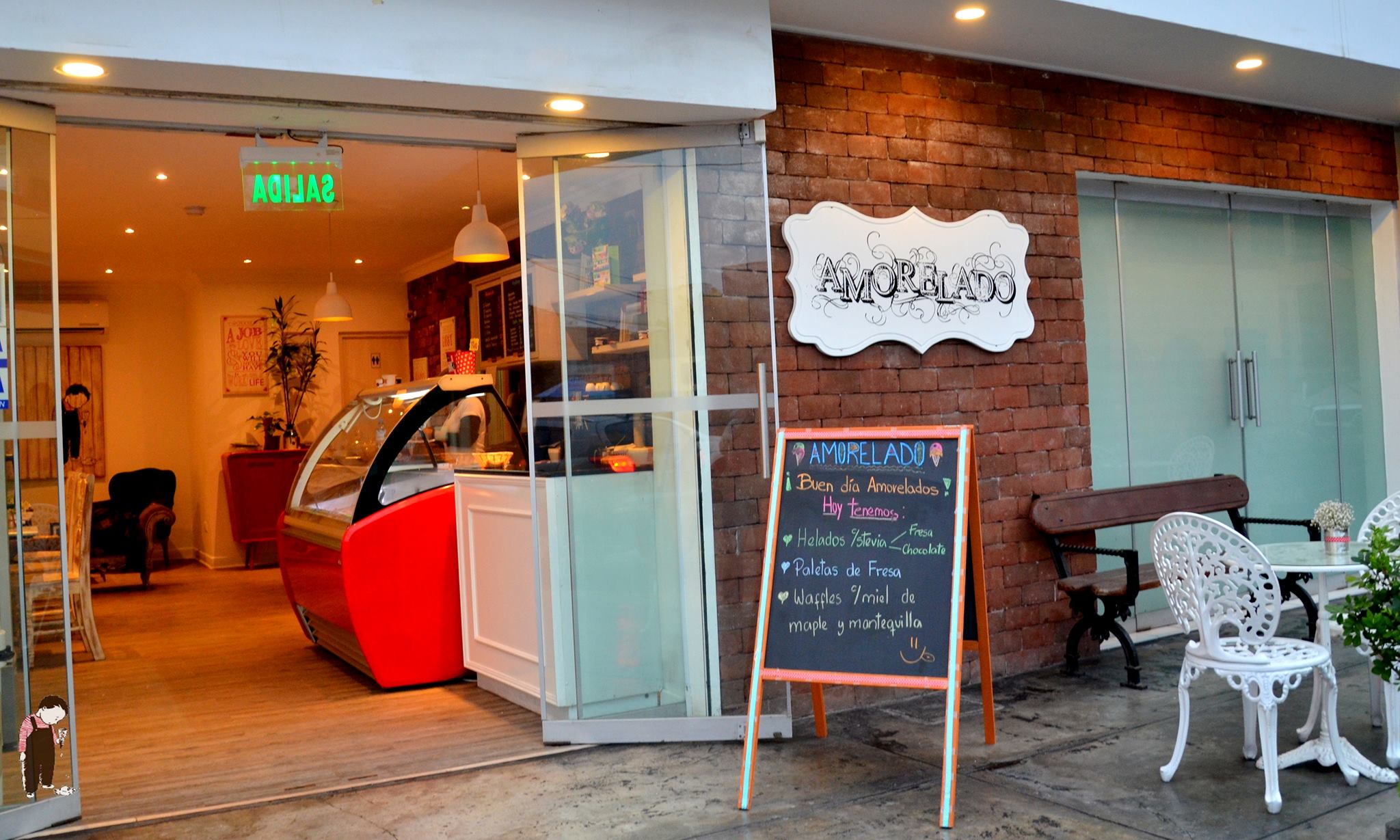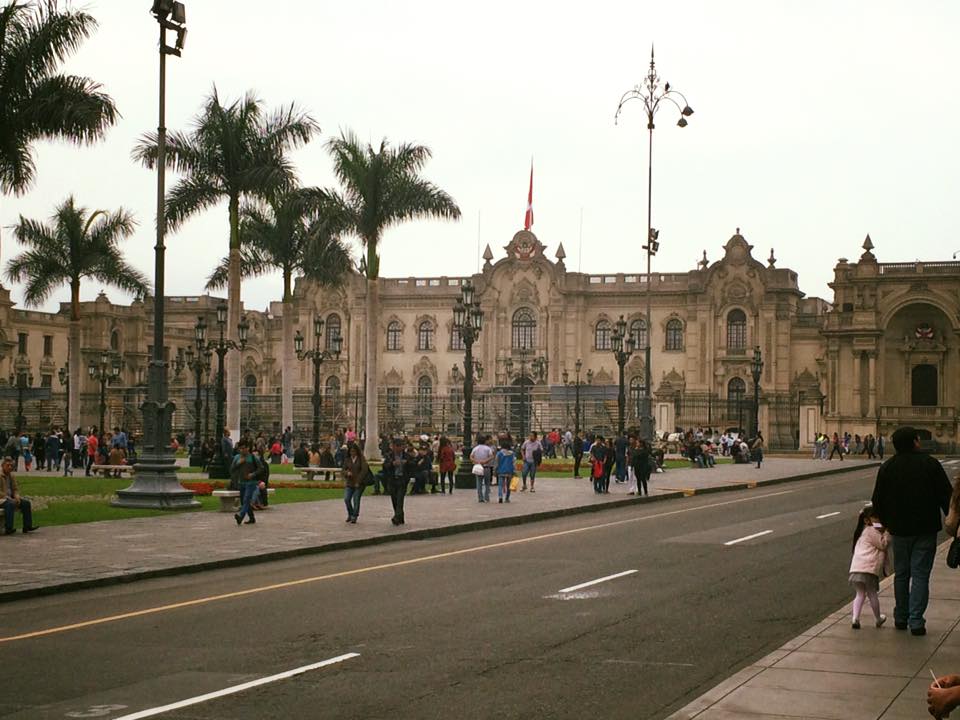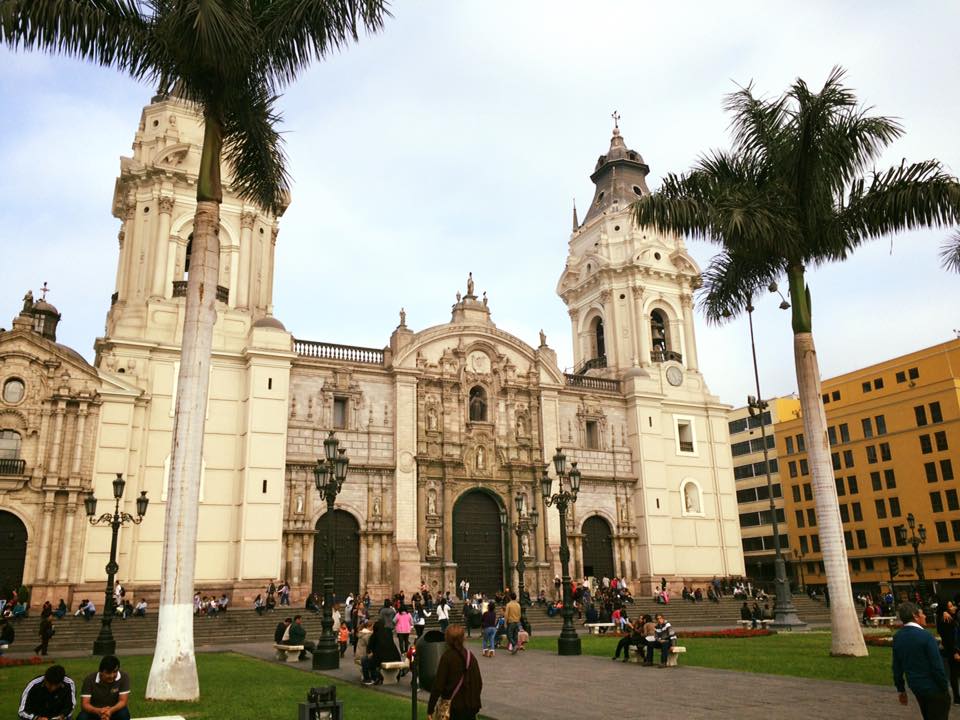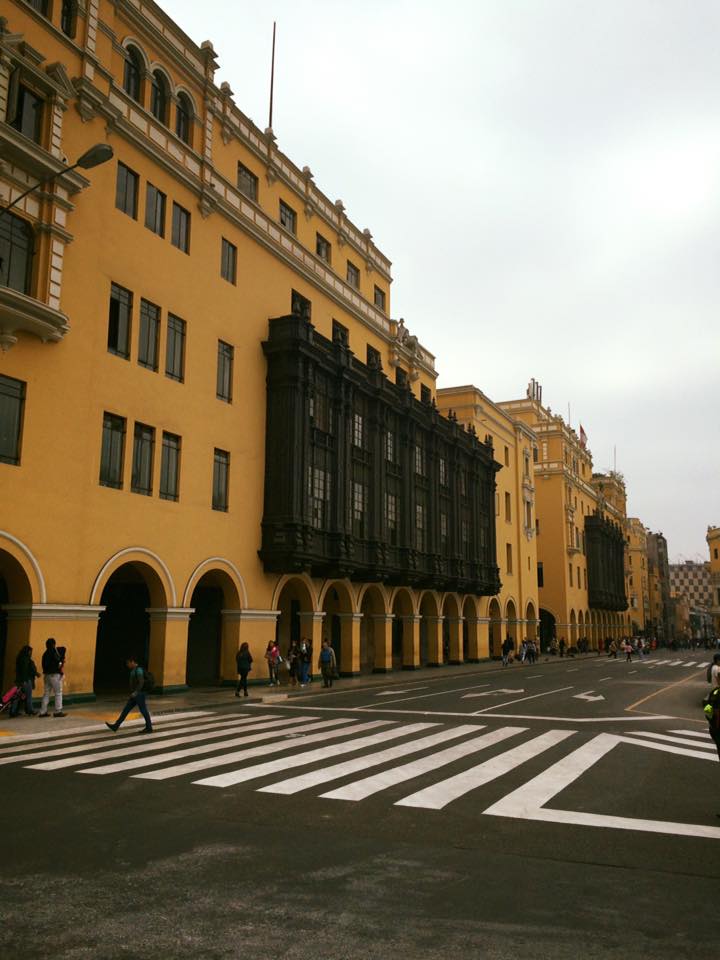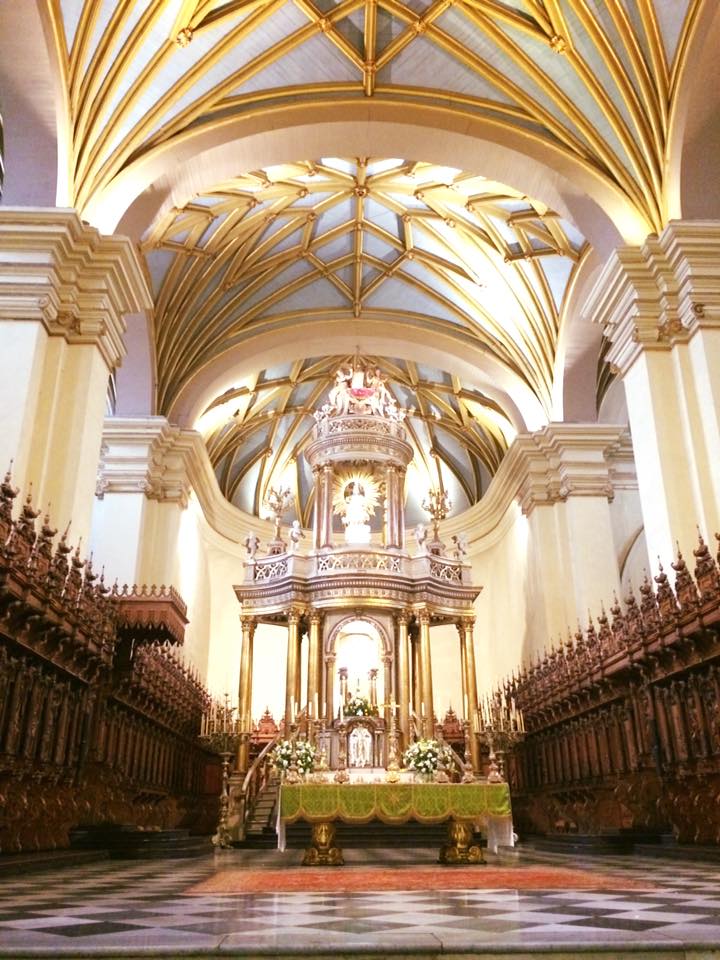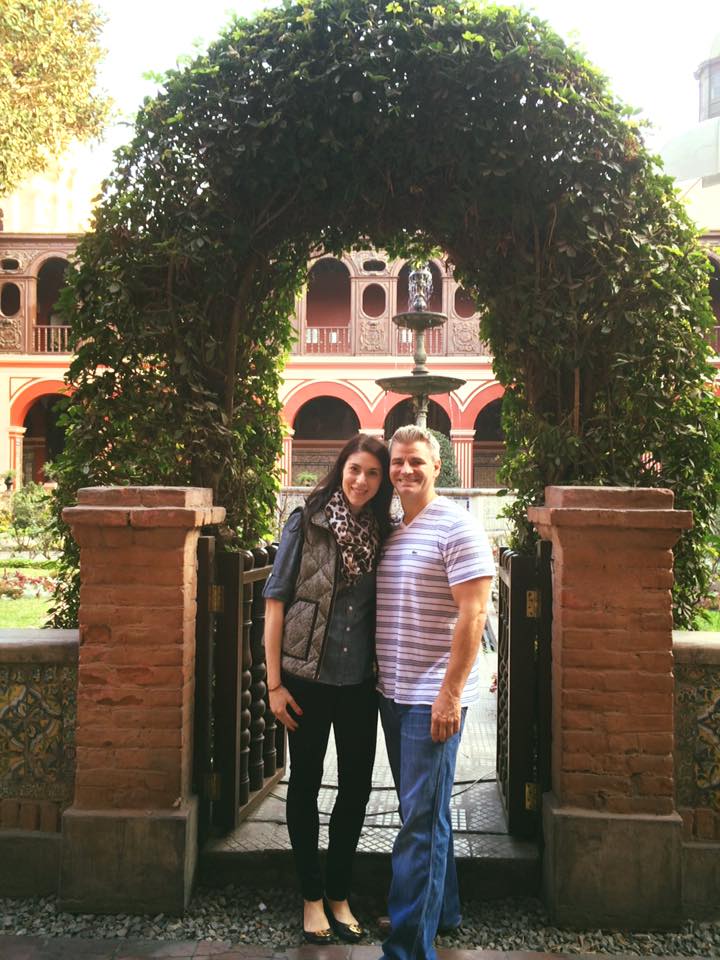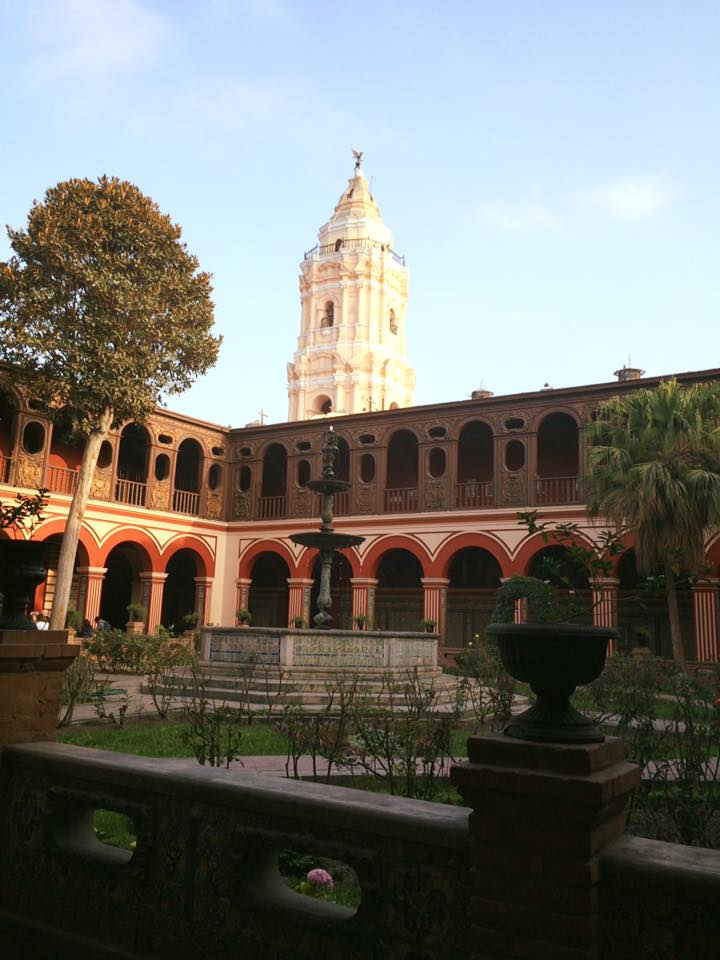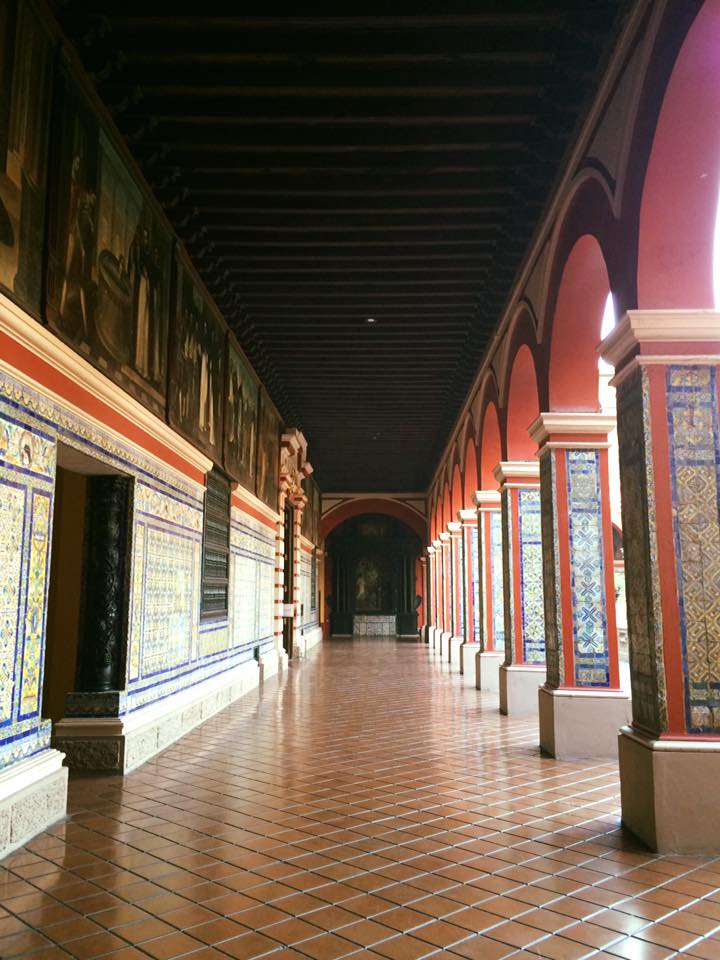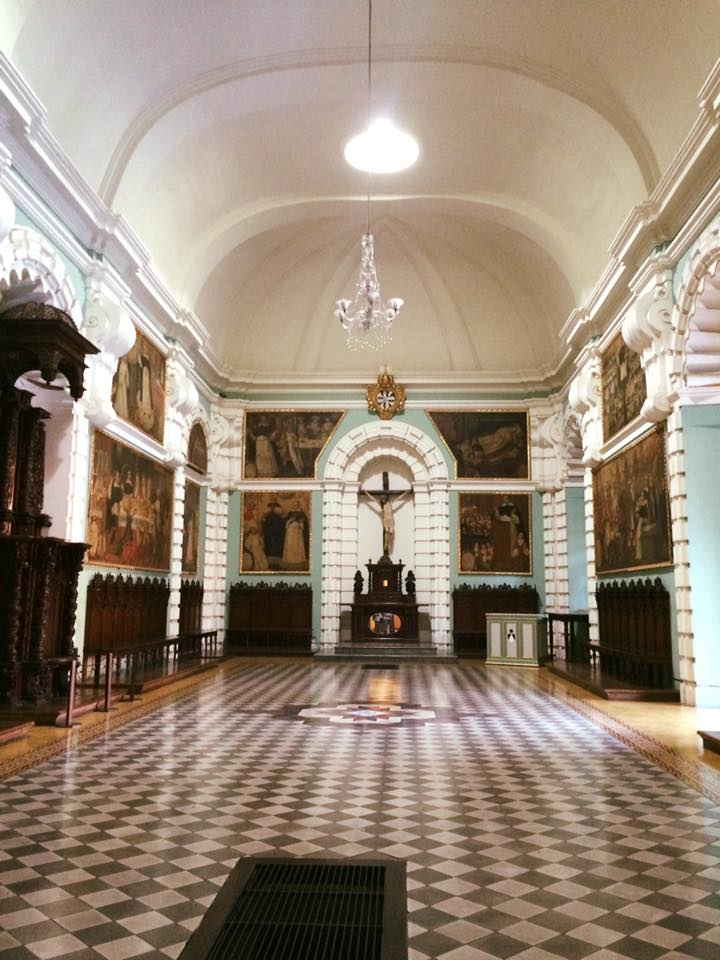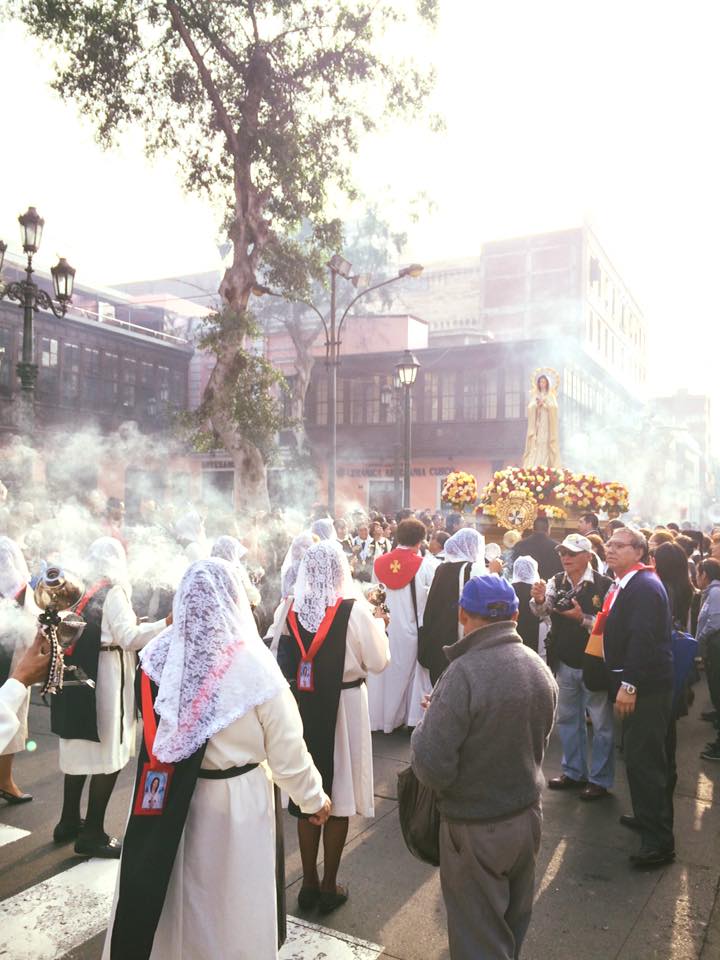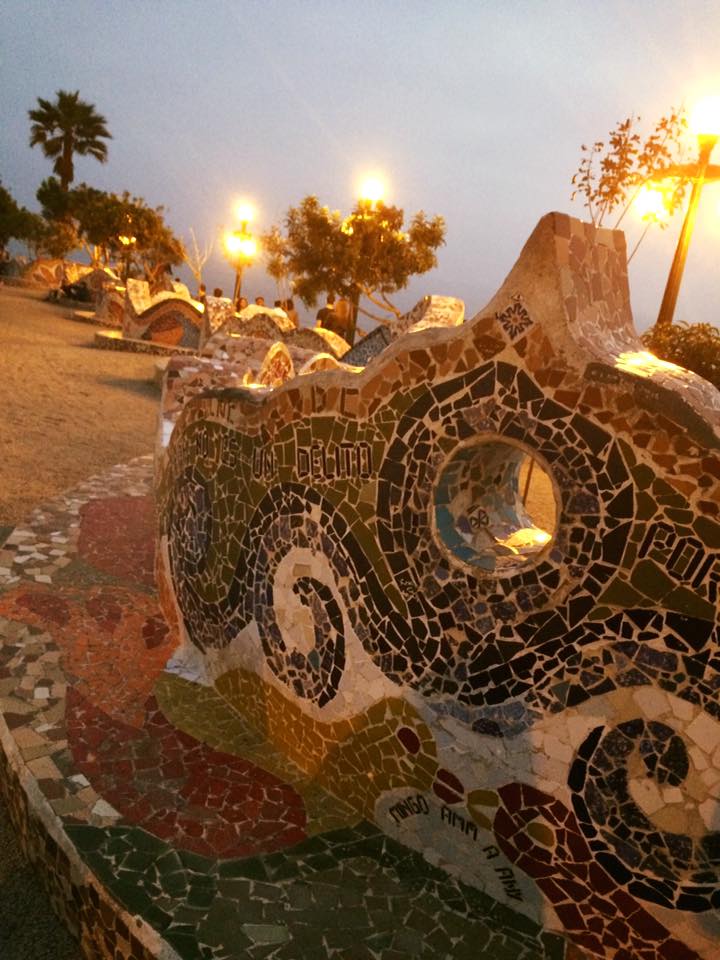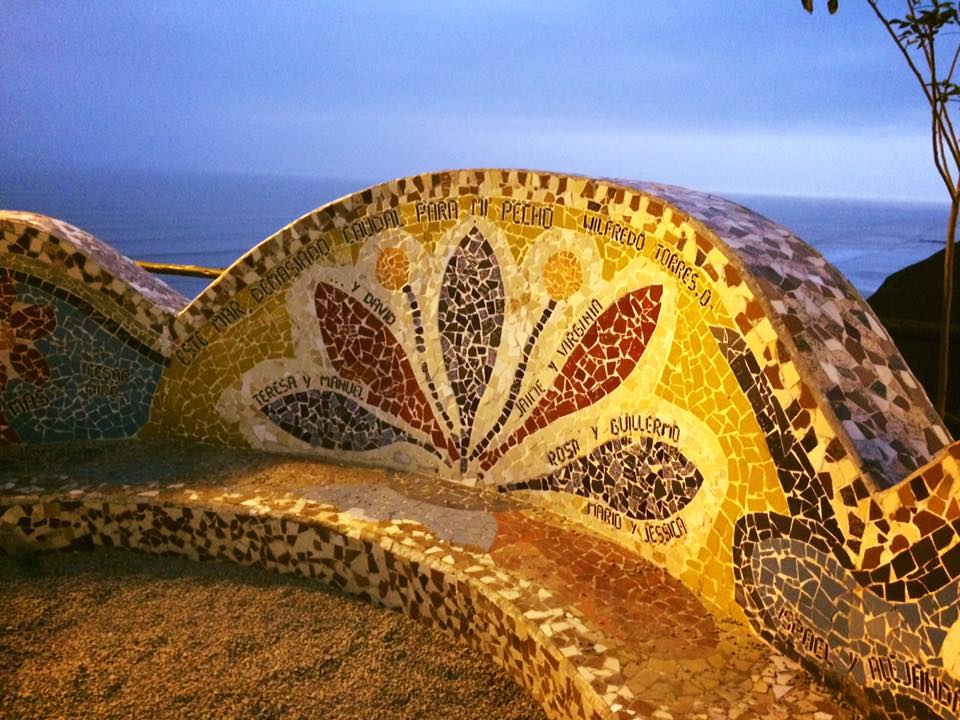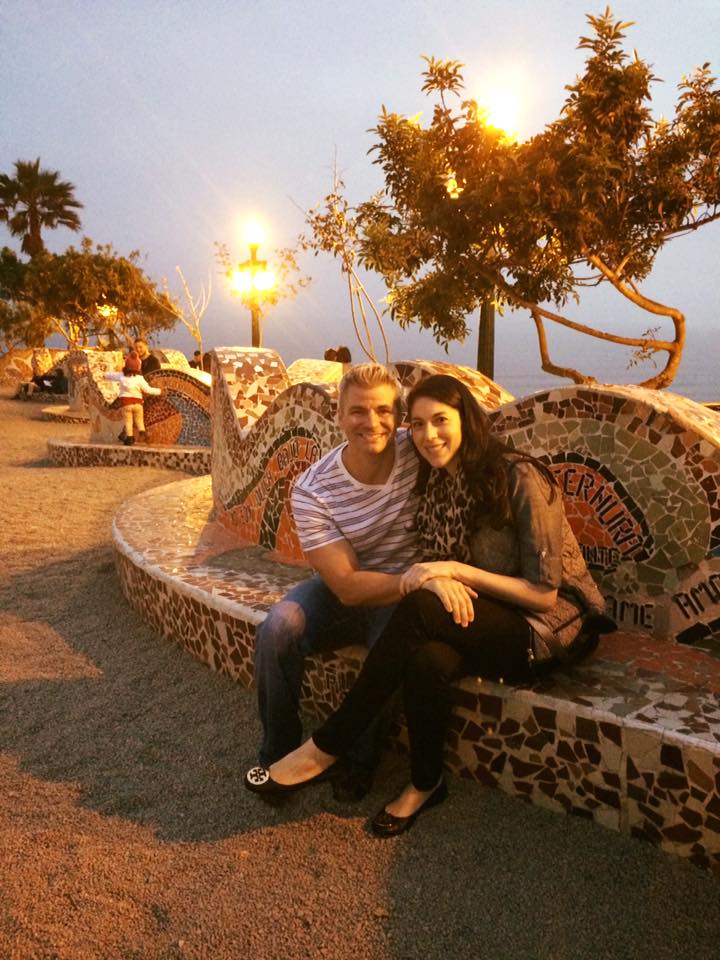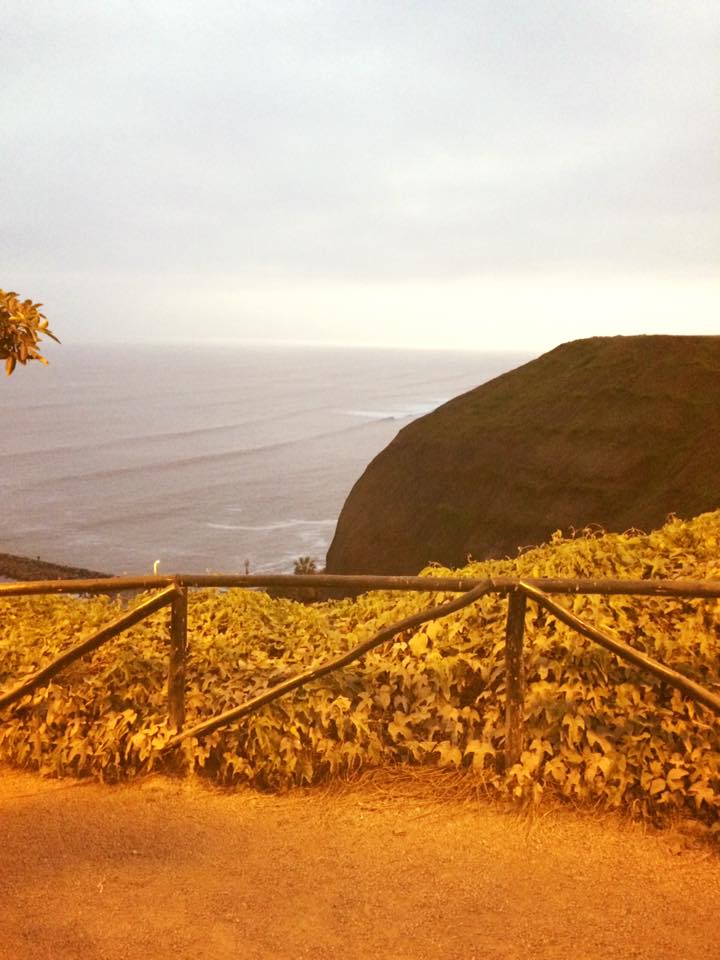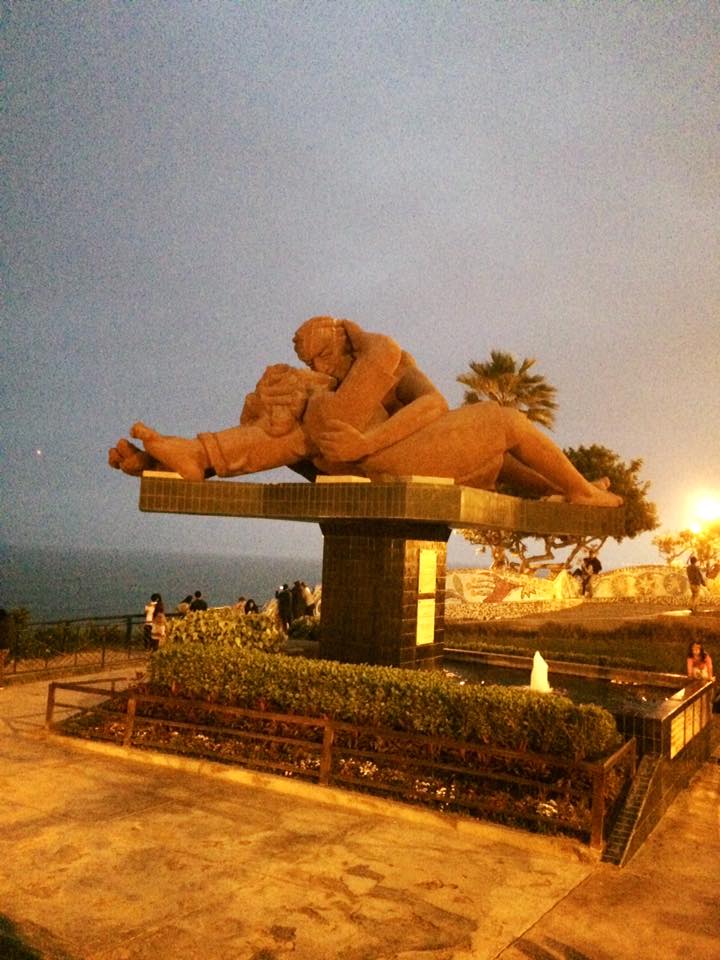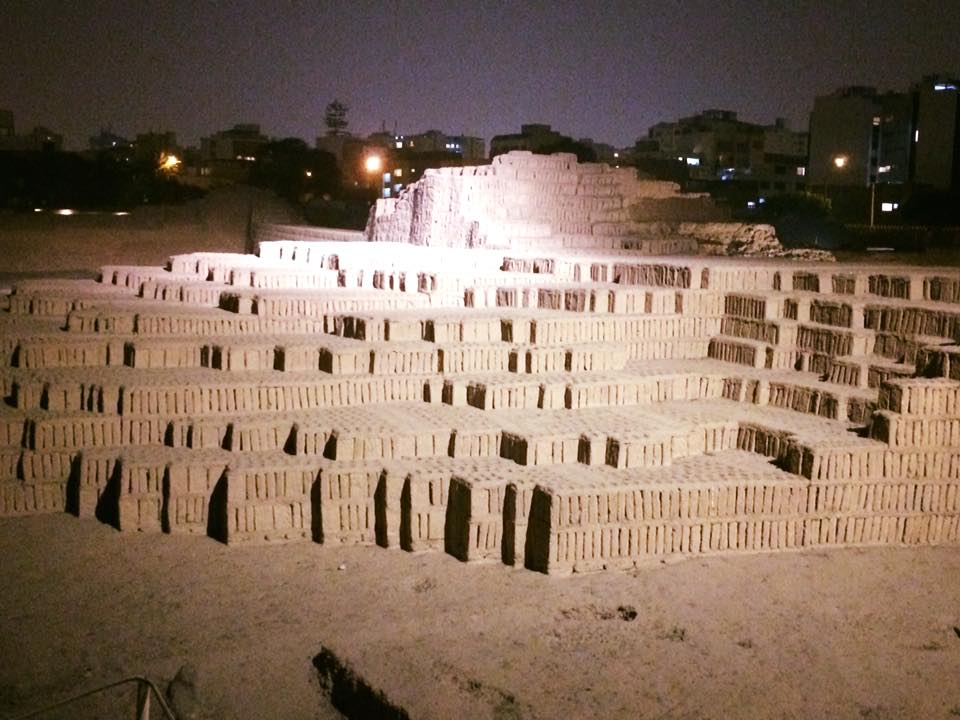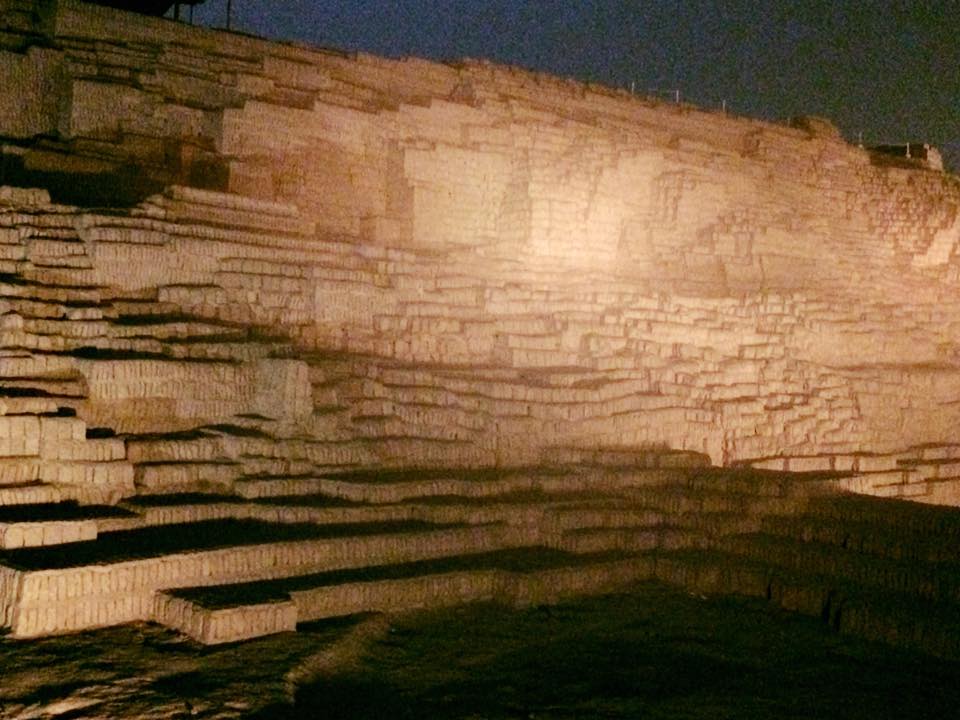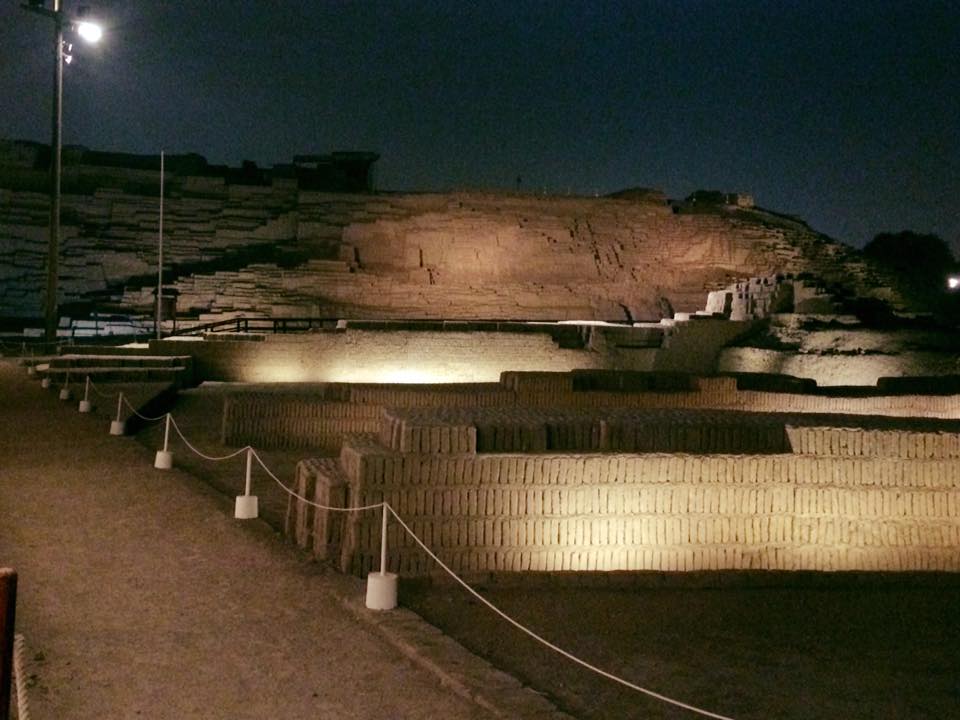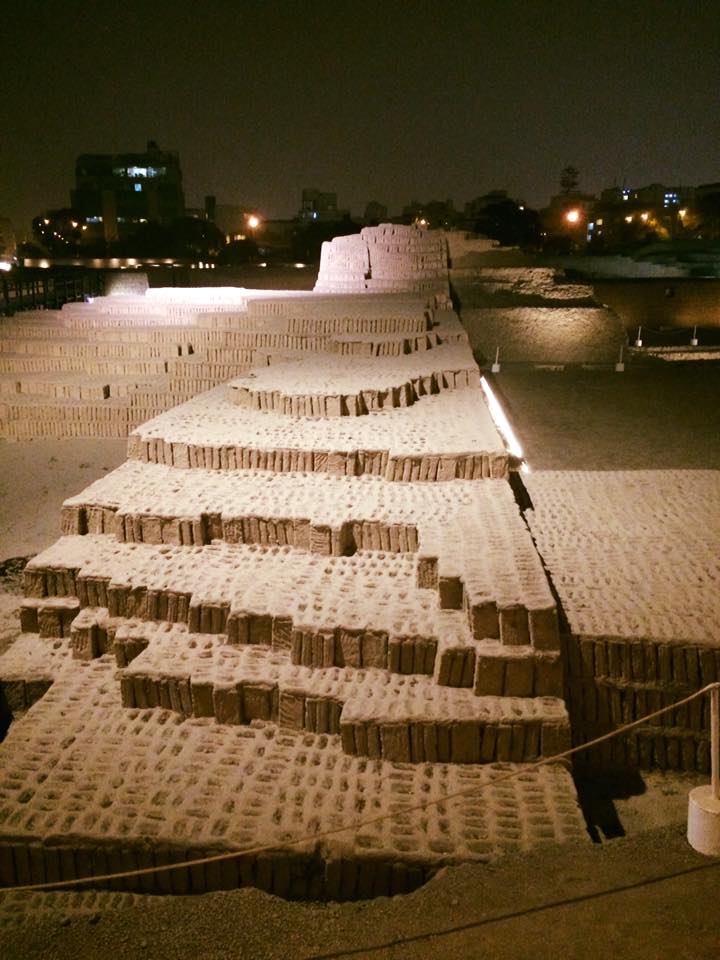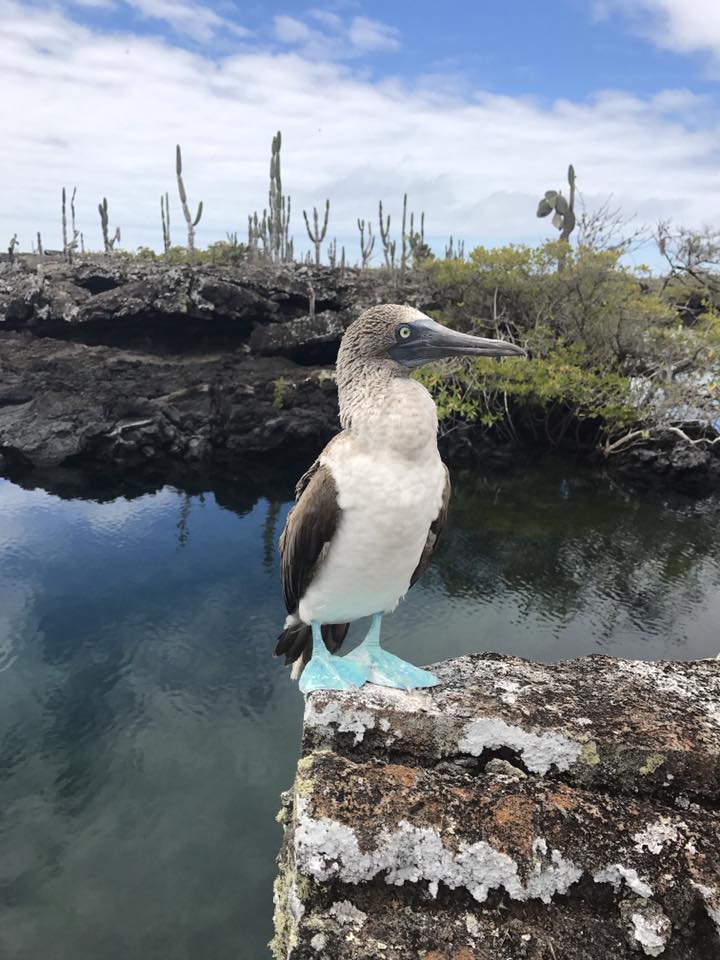 It has been 18 days since Chad and I have returned from the Galapagos Islands, but it seems like a lifetime ago. Almost like a dream. Were we really even there? The Galapagos are so otherworldly, that as soon as you leave, you feel very far removed from your time there.
It has been 18 days since Chad and I have returned from the Galapagos Islands, but it seems like a lifetime ago. Almost like a dream. Were we really even there? The Galapagos are so otherworldly, that as soon as you leave, you feel very far removed from your time there.
Chad and I did a land-based itinerary, and our first stop was to Isabela Island, where we stayed for three days. If you are deciding on whether you want to cruise the Galapagos or take a land-based vacation, please refer to this post. This post also gives you all the logistical information you will need to understand how to navigate visiting the islands on a land based itinerary and what you can expect during your travels.
Isabela Island is a lot less commercial than Santa Cruz Island. It feels more authentic, and you have a lot more interaction with the locals. We took a small regional flight (read: 8-seater prop plane) into Puerto Villamil, which is the largest town on the island. Although the island is volcanic, Puerto Villamil is surrounded by white sandy beaches. Upon arrival in Puerto Villamil, you must pay $10.00 USD per person in cash.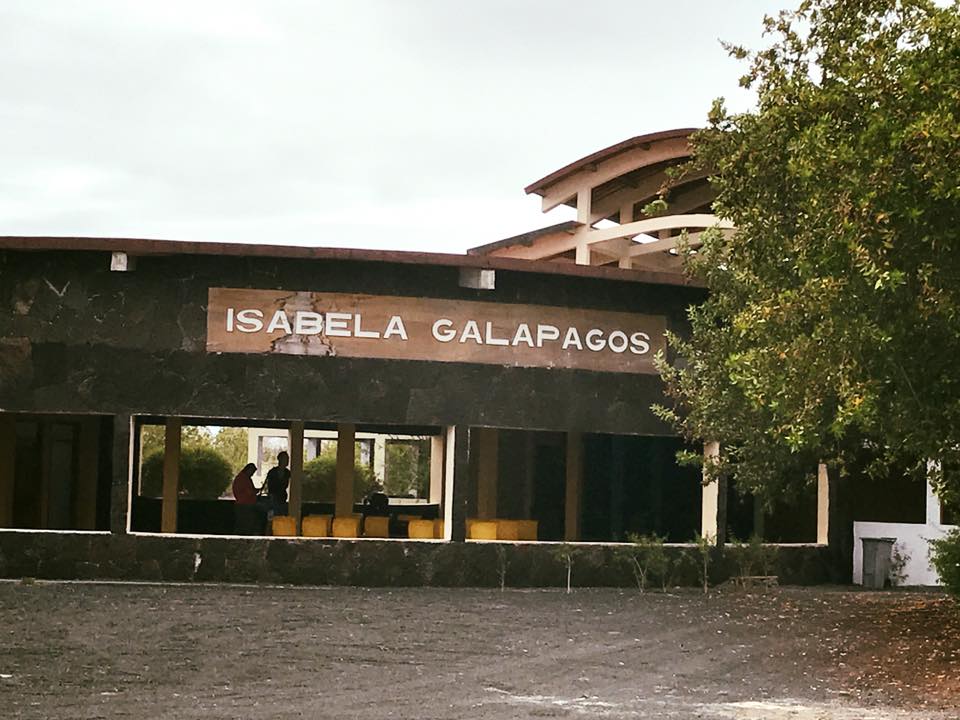
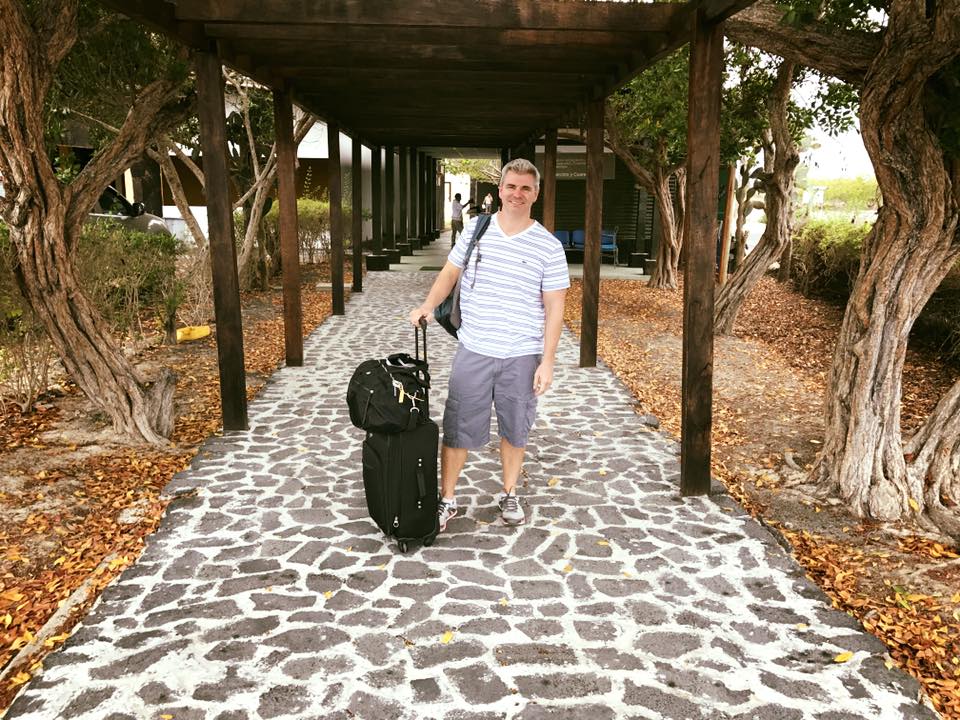 Day 1: We stayed at Iguana Crossings Hotel, which, by all accounts, is the nicest hotel in Puerto Villamil. The hotel is an eco-hotel and is the most innovative on the island. It is also beach front, so spring for an ocean view room. Behind the hotel is a wildlife-filled lagoon. The only problem with staying at an eco-hotel is the water use restrictions. The water in the faucets and the showers were timed to 8 seconds, so you had to keep pressing to have the water flow. Doesn’t seem so bad for the sink, but try showering in 8 second intervals! Also, the water takes some time to get hot. Other than that, the hotel is lovely, the staff is very friendly, and the full breakfast (included with the room) is delicious.
Day 1: We stayed at Iguana Crossings Hotel, which, by all accounts, is the nicest hotel in Puerto Villamil. The hotel is an eco-hotel and is the most innovative on the island. It is also beach front, so spring for an ocean view room. Behind the hotel is a wildlife-filled lagoon. The only problem with staying at an eco-hotel is the water use restrictions. The water in the faucets and the showers were timed to 8 seconds, so you had to keep pressing to have the water flow. Doesn’t seem so bad for the sink, but try showering in 8 second intervals! Also, the water takes some time to get hot. Other than that, the hotel is lovely, the staff is very friendly, and the full breakfast (included with the room) is delicious. 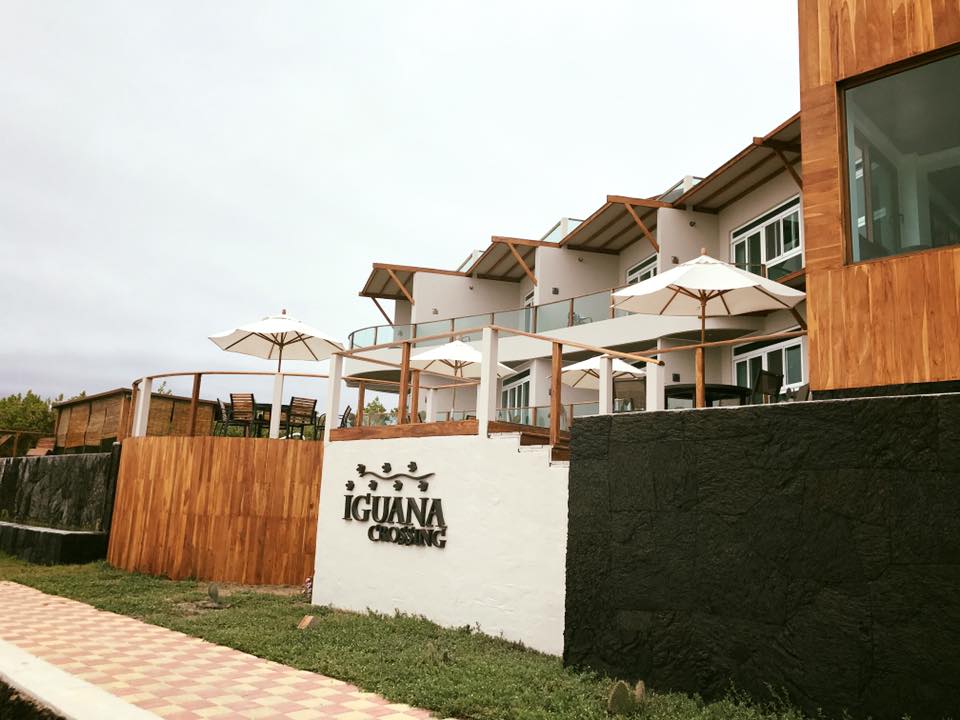 This is the view from our balcony:
This is the view from our balcony: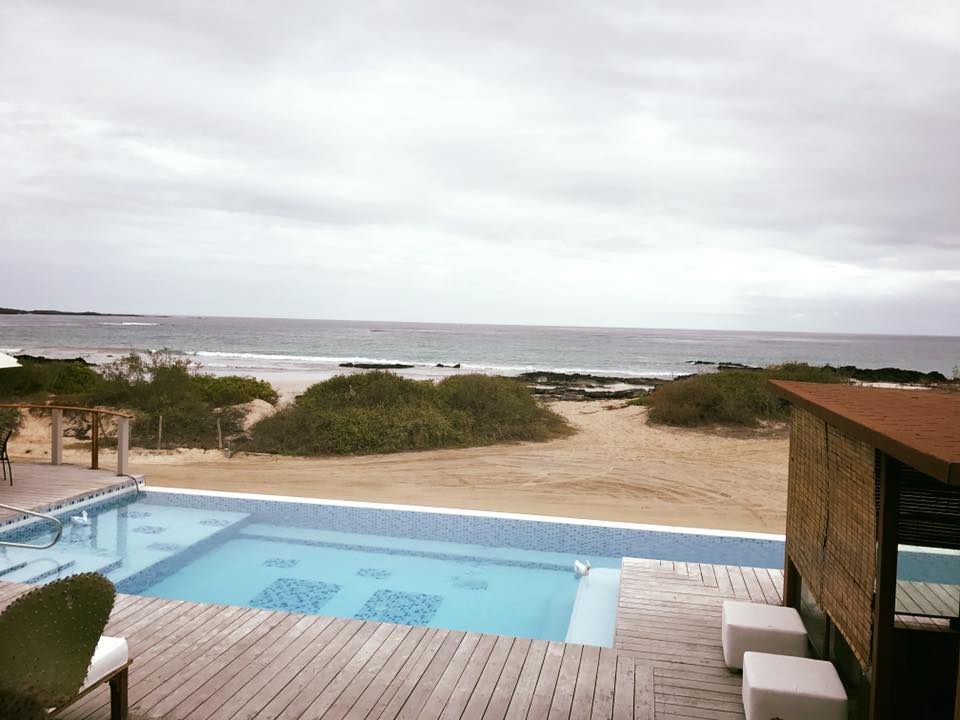
 And this is the view from our bathroom:
And this is the view from our bathroom: 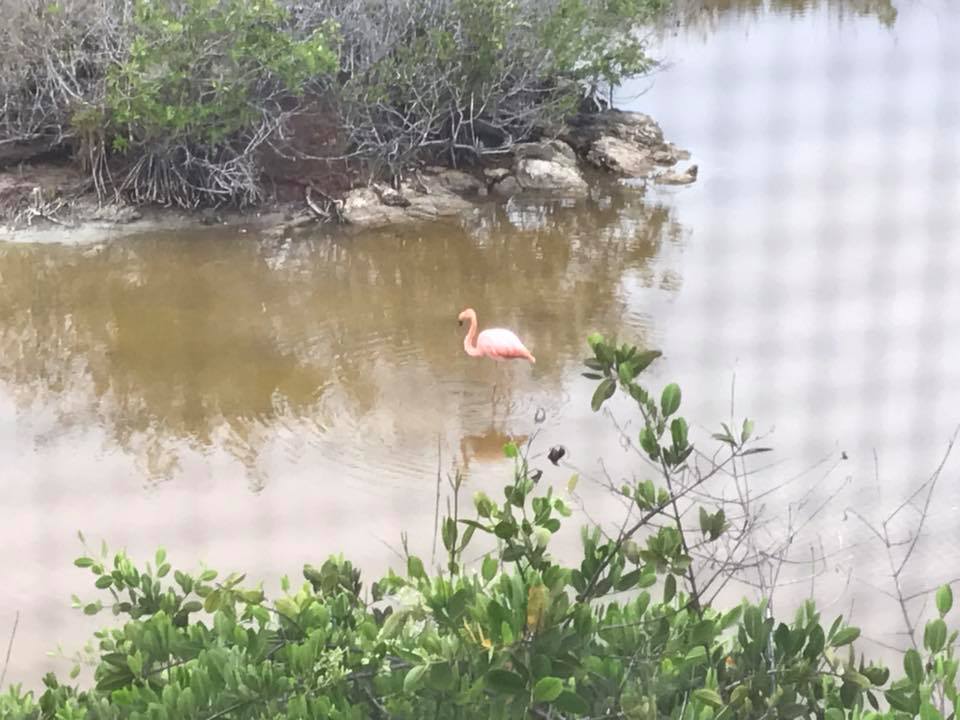 It’s kinda nice to wake up to a flock of social flamingos cackling outside. Also, the sunset view wasn’t too shabby either! This is unfiltered, by the way:
It’s kinda nice to wake up to a flock of social flamingos cackling outside. Also, the sunset view wasn’t too shabby either! This is unfiltered, by the way: The hotel is aptly named since it does indeed sit right before an actual crossing for iguanas; and for whatever reason, when they cross the dirt road, they do so at the actual crossing.
The hotel is aptly named since it does indeed sit right before an actual crossing for iguanas; and for whatever reason, when they cross the dirt road, they do so at the actual crossing.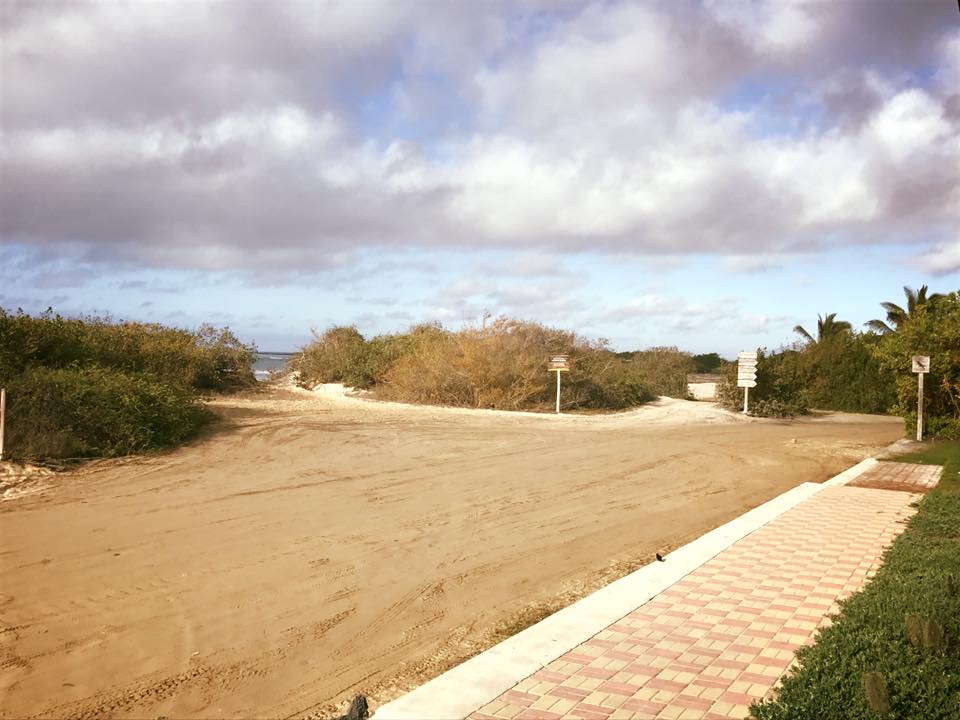
 But we didn’t have too much time to linger on property, because just two hours after we landed, we were already off to our first adventure: a trip to Las Tintoreras! Las Tintoreras is a chain of small islets. You must take a boat from the harbor about 10 minutes away to reach the small island. On the way, you see plenty of manta rays and sea turtles.
But we didn’t have too much time to linger on property, because just two hours after we landed, we were already off to our first adventure: a trip to Las Tintoreras! Las Tintoreras is a chain of small islets. You must take a boat from the harbor about 10 minutes away to reach the small island. On the way, you see plenty of manta rays and sea turtles.  Prior to reaching Las Tintoreras, the boat took us on a small sea cruise where we spotted our first blue footed boobies and a penguin!
Prior to reaching Las Tintoreras, the boat took us on a small sea cruise where we spotted our first blue footed boobies and a penguin!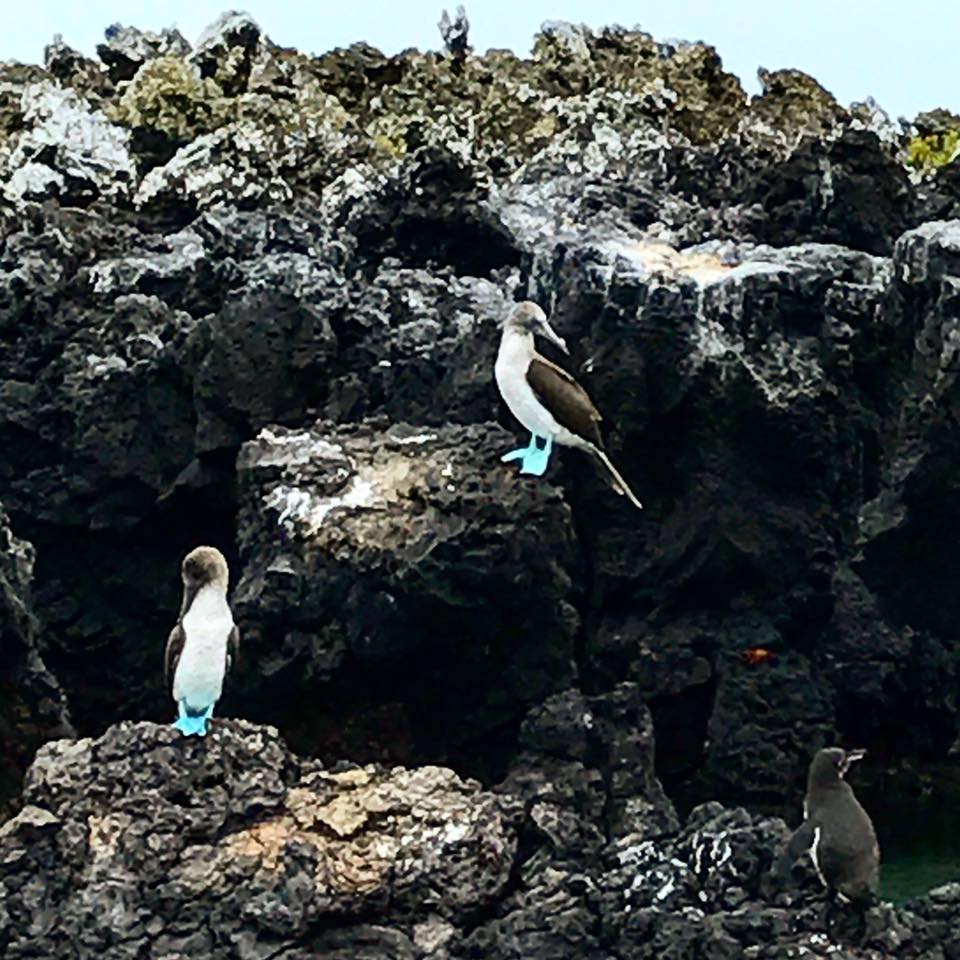 We also met some local fishermen who were cleaning their day’s catch – the large and sweetly delicious Galapagos lobster, which we later ate for dinner that night.
We also met some local fishermen who were cleaning their day’s catch – the large and sweetly delicious Galapagos lobster, which we later ate for dinner that night.

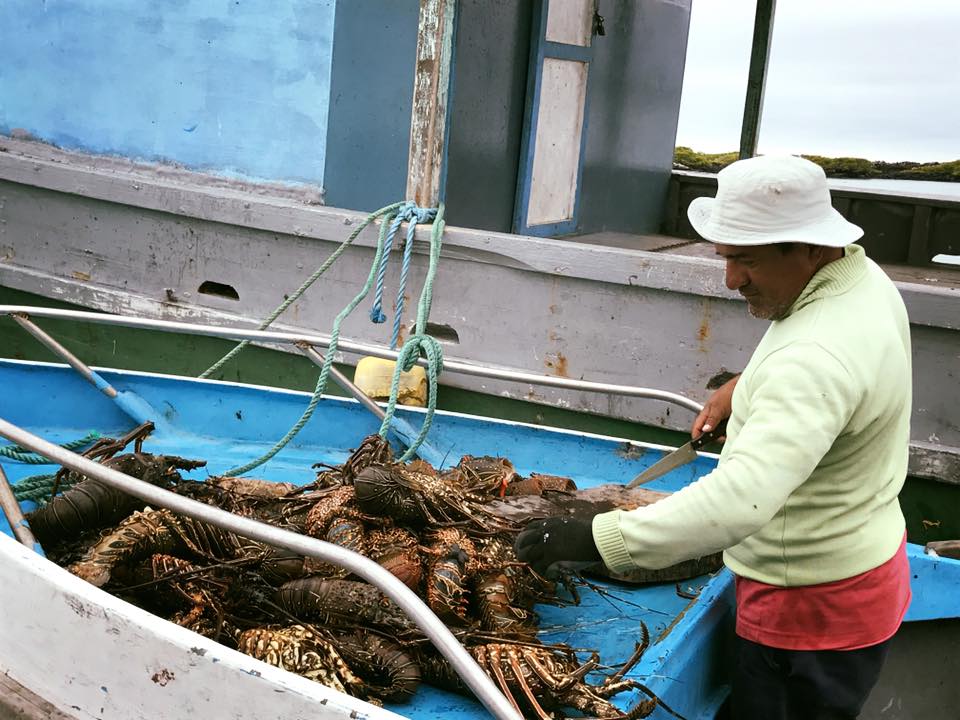
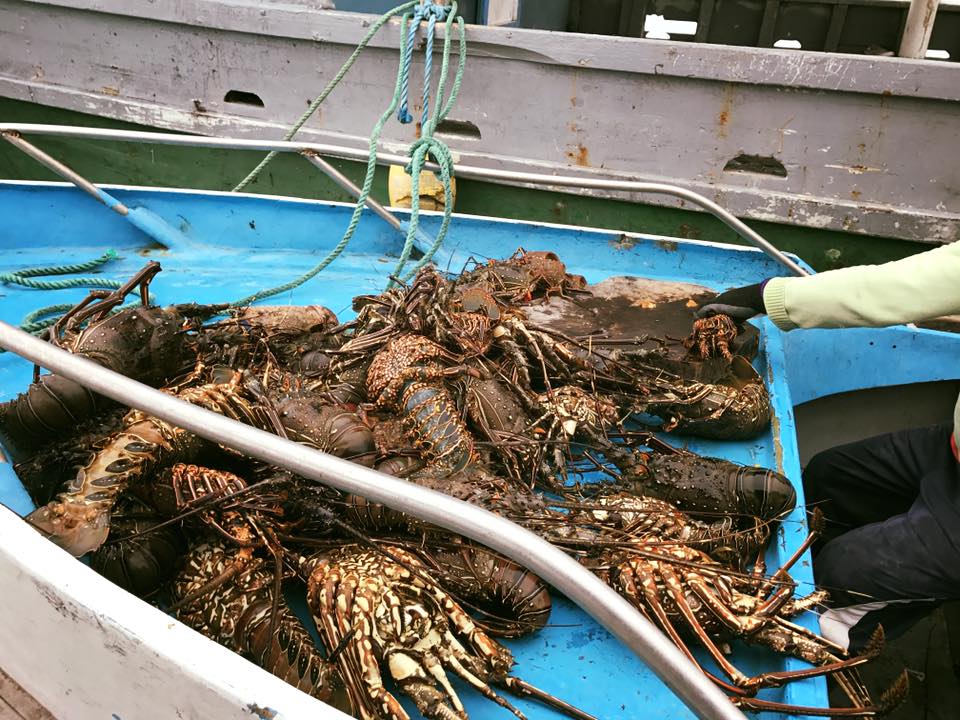 Upon arrival, we were greeted by the plentiful Sally Lightfoot Crabs.
Upon arrival, we were greeted by the plentiful Sally Lightfoot Crabs.  We disembarked from the small boat and began our island exploration.
We disembarked from the small boat and began our island exploration.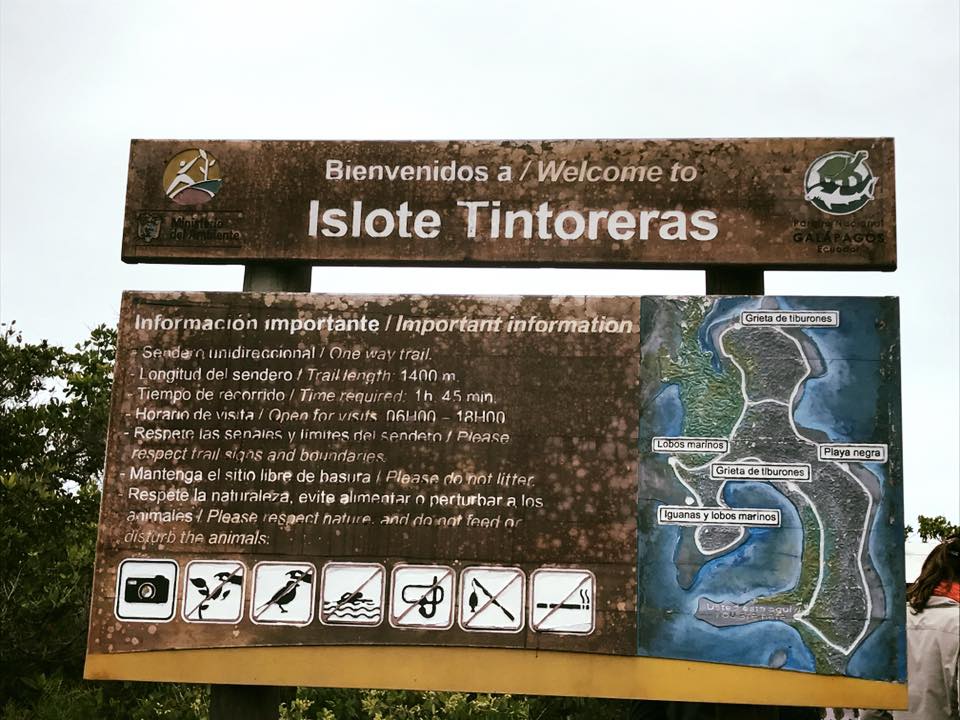 But for the wildlife, the island is uninhabited, and you must visit the island with a naturalist guide. There is a trail full of iguanas (so watch your step) that leads to a bay that is located within a volcanic crack. From the crack, you can see white tip reef sharks.
But for the wildlife, the island is uninhabited, and you must visit the island with a naturalist guide. There is a trail full of iguanas (so watch your step) that leads to a bay that is located within a volcanic crack. From the crack, you can see white tip reef sharks.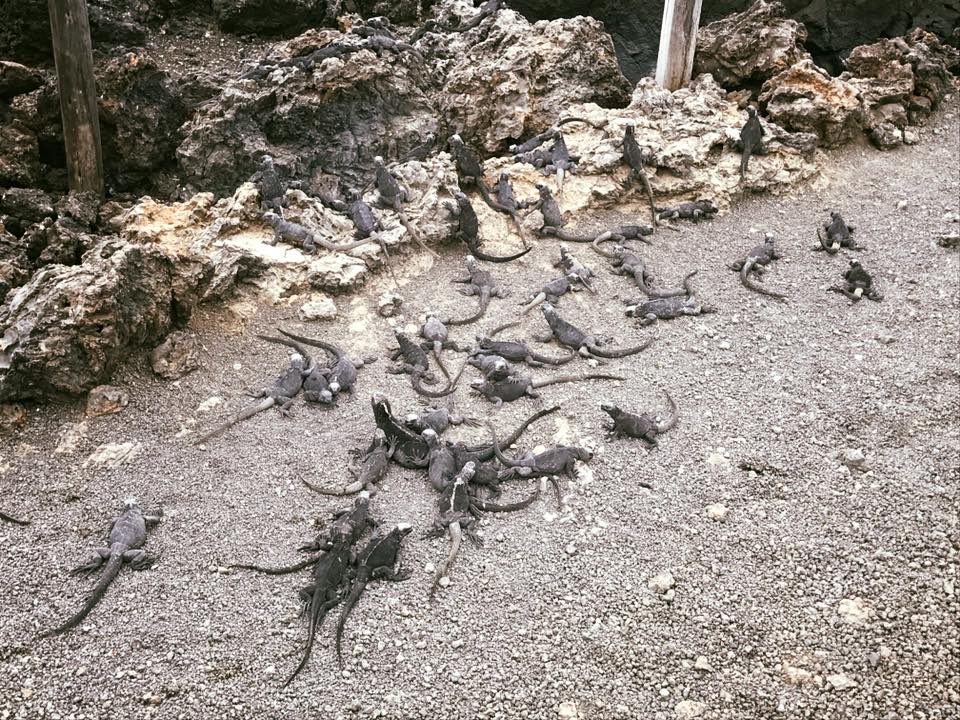
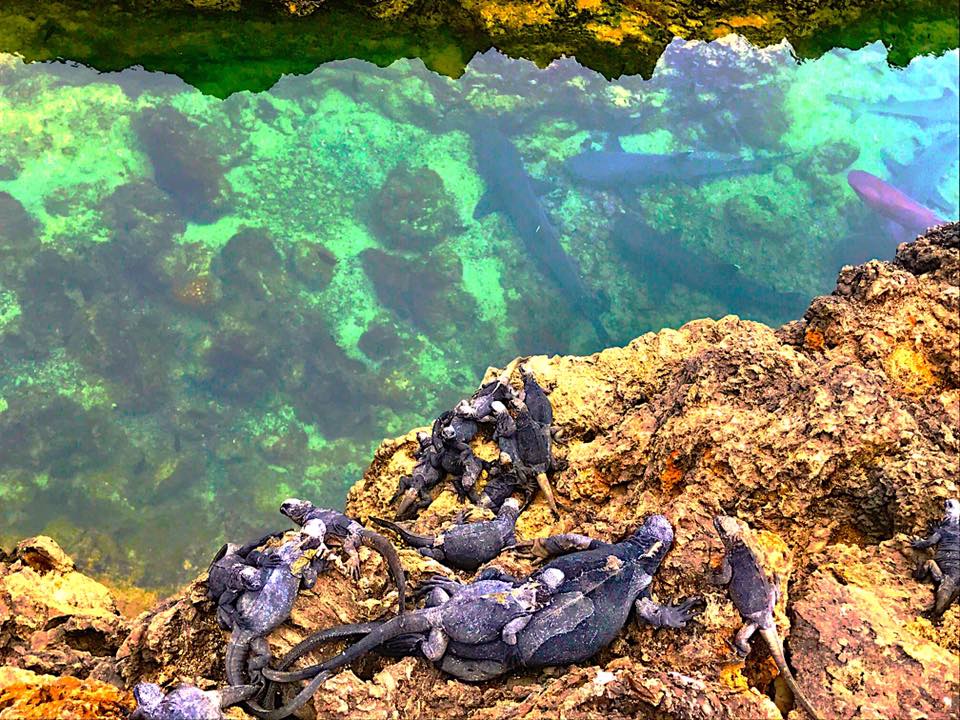 If you continue to follow the trail, you will find yourself on a deserted beach where sea lions hang out.
If you continue to follow the trail, you will find yourself on a deserted beach where sea lions hang out.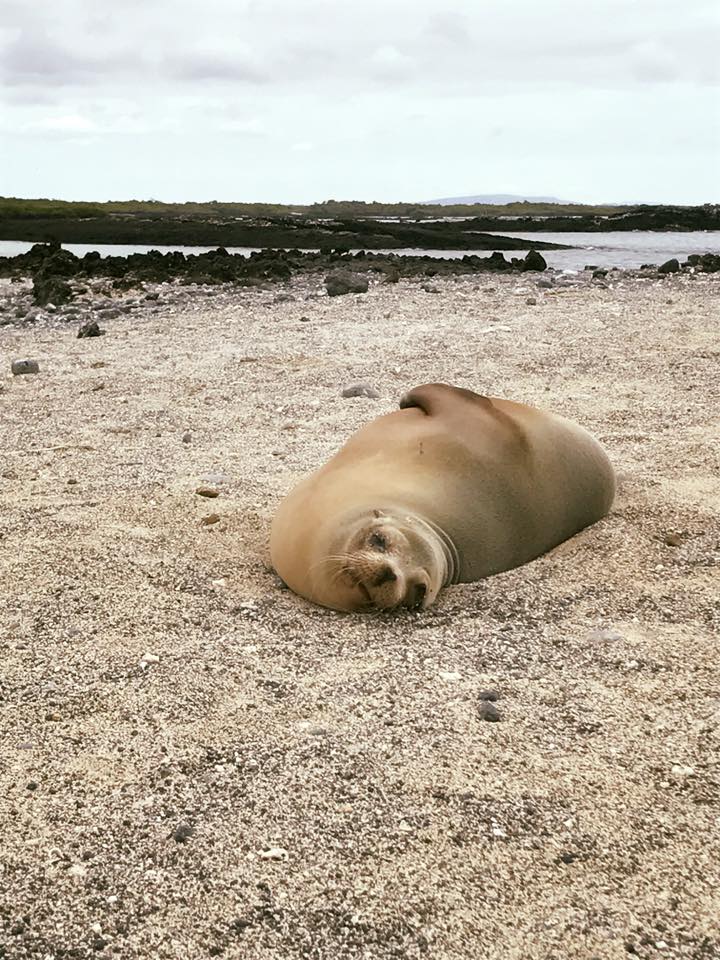 From there, you must turn around to return to the location where you boarded the boat and go to another little snorkel spot. Upon returning from the trip, we were greeted at the port with more lounging sea lions.
From there, you must turn around to return to the location where you boarded the boat and go to another little snorkel spot. Upon returning from the trip, we were greeted at the port with more lounging sea lions.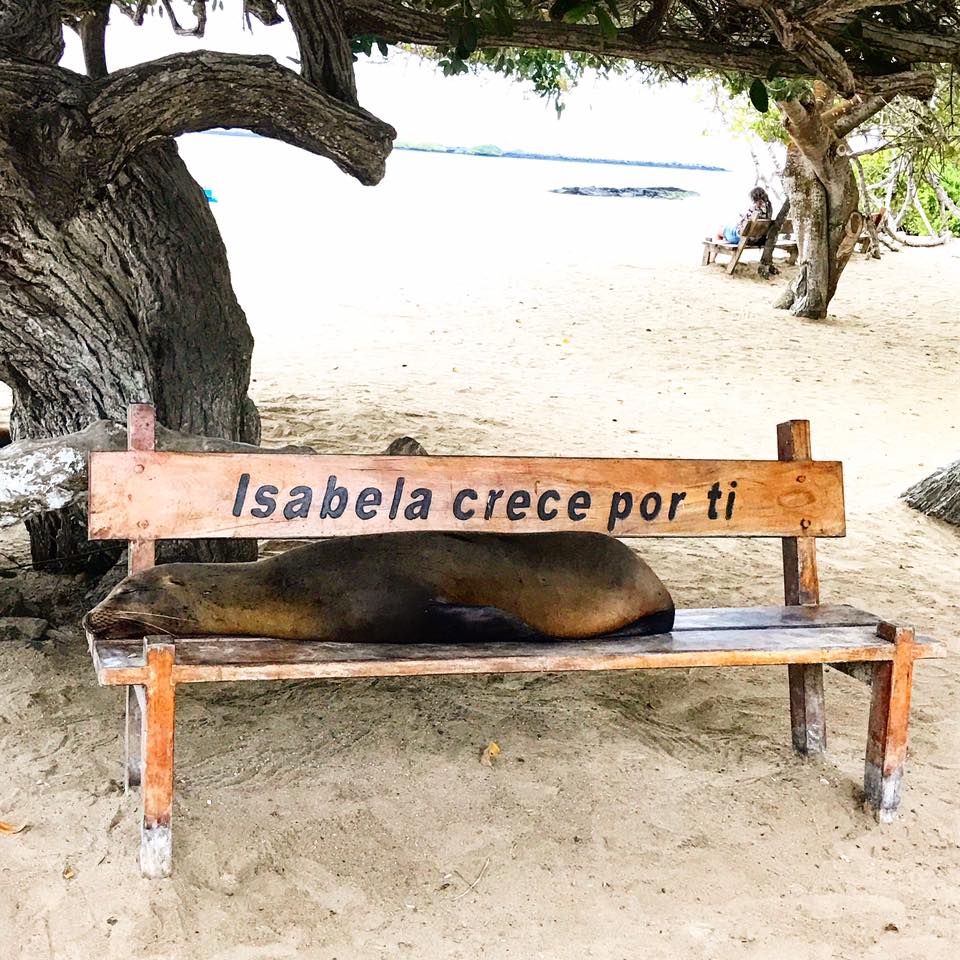 Day 2: Today we had an early morning tour to Los Tuneles, a place where lava flows formed unique, arcs, tunnels, tubes, and lava bridges both above and below the ocean and offers some of the best snorkeling on Isabela Island; and, according to Chad, the best snorkel he had in all of the Galapagos! It was a regular ole’ sea sanctuary. It takes about 45 minutes to get there by boat, and, honestly, the waters can be kinda rough on the ride out. We weren’t too worried because our captain was a man they called the Ecuadorian John Travolta (and, I am still kicking myself for not getting a picture of him because he did look like a pudgier, Latin American John Travolta!), and his first mate was JESUS (of whom I managed to get a picture).
Day 2: Today we had an early morning tour to Los Tuneles, a place where lava flows formed unique, arcs, tunnels, tubes, and lava bridges both above and below the ocean and offers some of the best snorkeling on Isabela Island; and, according to Chad, the best snorkel he had in all of the Galapagos! It was a regular ole’ sea sanctuary. It takes about 45 minutes to get there by boat, and, honestly, the waters can be kinda rough on the ride out. We weren’t too worried because our captain was a man they called the Ecuadorian John Travolta (and, I am still kicking myself for not getting a picture of him because he did look like a pudgier, Latin American John Travolta!), and his first mate was JESUS (of whom I managed to get a picture).
But, not to worry, because with a little internet magic, I found someone who had the forethought to snap a pic of John Travolta. Now, obviously, this is not my photo – and I have no idea who those people are – but, I mean, seriously, does that man in the middle not look just like John Travolta? He has the bluest eyes (which you can’t see in the pic below, but, trust me, they are the color of his shirt), and they call him Travolta on the island.
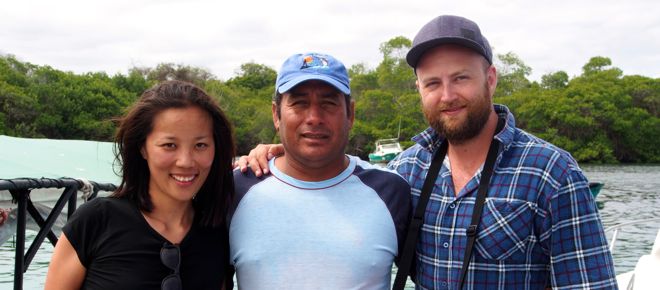
Anyway, he loves snorkeling, so he usually jumps in the water and joins you. Jesus too! This is Jesus: Is it not total perfection that he is holding a fish? So, on the way to Los Tunneles, you pass this rock where penguins usually hang, so the boat will stop to scope them out (cue major sea sickness, even if you aren’t prone to it). While you are busy spotting birds, Jesus throws out clear fishing line from a spool (like, he doesn’t even use a fishing rod) that has a hook at the end, and within seconds, he is pulling up fish by the dozens.
Is it not total perfection that he is holding a fish? So, on the way to Los Tunneles, you pass this rock where penguins usually hang, so the boat will stop to scope them out (cue major sea sickness, even if you aren’t prone to it). While you are busy spotting birds, Jesus throws out clear fishing line from a spool (like, he doesn’t even use a fishing rod) that has a hook at the end, and within seconds, he is pulling up fish by the dozens.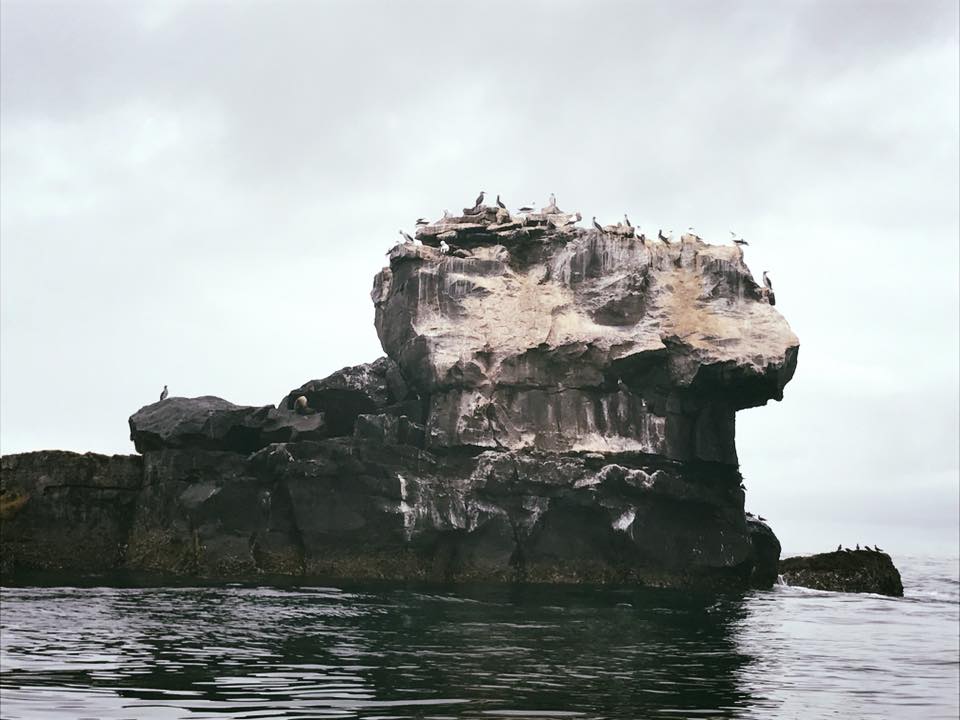
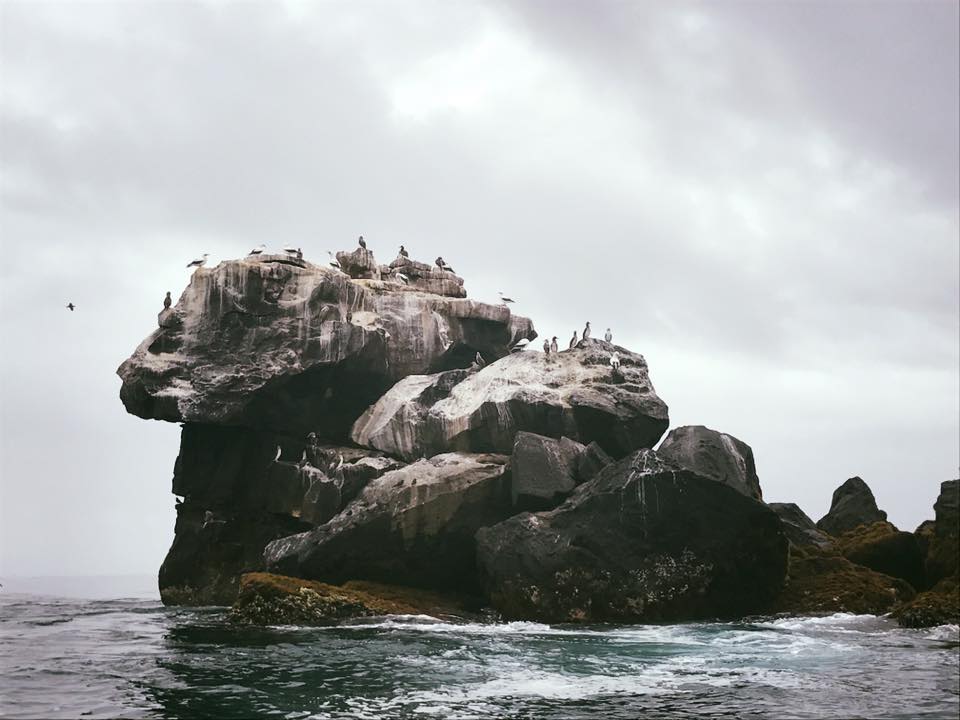 Snorkel time! In case you were wondering, while the water is clear, it is also cold (about 65 degrees Fahrenheit). Pretty much every tour operator has wet suits, masks, and fins for your use while snorkeling, and everyone went in with a wet suit.
Snorkel time! In case you were wondering, while the water is clear, it is also cold (about 65 degrees Fahrenheit). Pretty much every tour operator has wet suits, masks, and fins for your use while snorkeling, and everyone went in with a wet suit.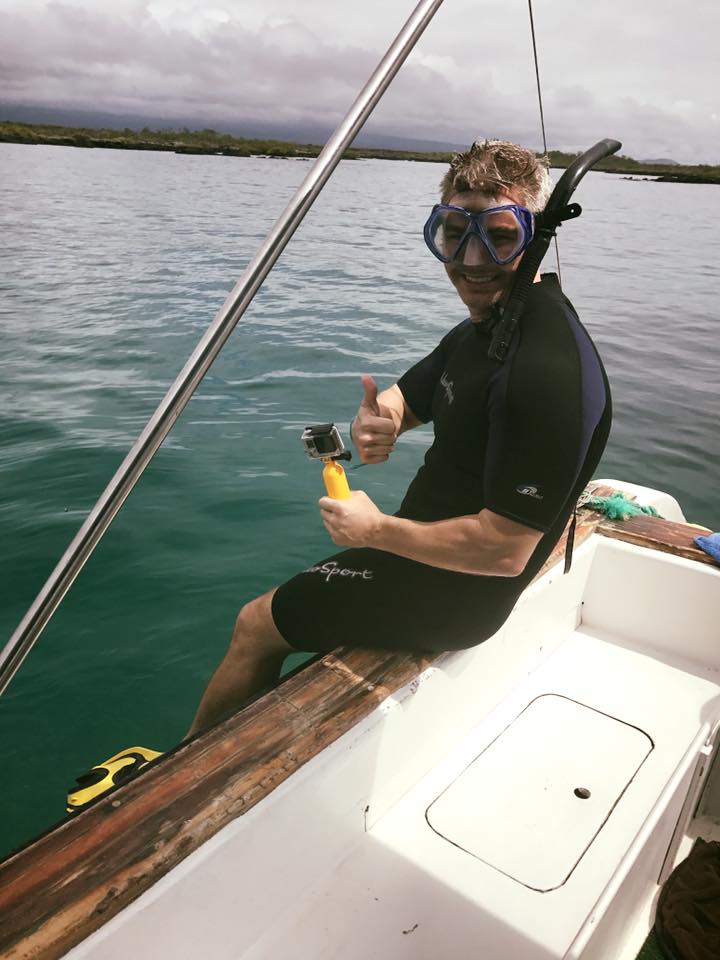
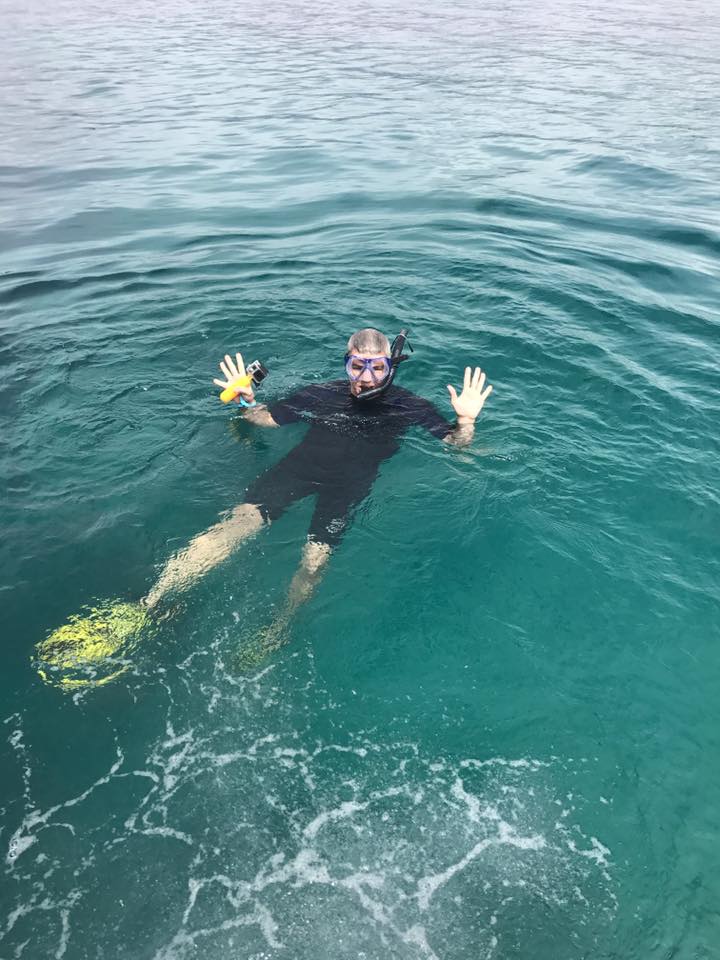 After hitting two snorkel spots, you make your last stop at Los Tunneles, where you disembark and explore the lava tunnels and all the boobies waiting to welcome you! By the way, these pictures do not do this magnificent place any justice, like not at all.
After hitting two snorkel spots, you make your last stop at Los Tunneles, where you disembark and explore the lava tunnels and all the boobies waiting to welcome you! By the way, these pictures do not do this magnificent place any justice, like not at all.
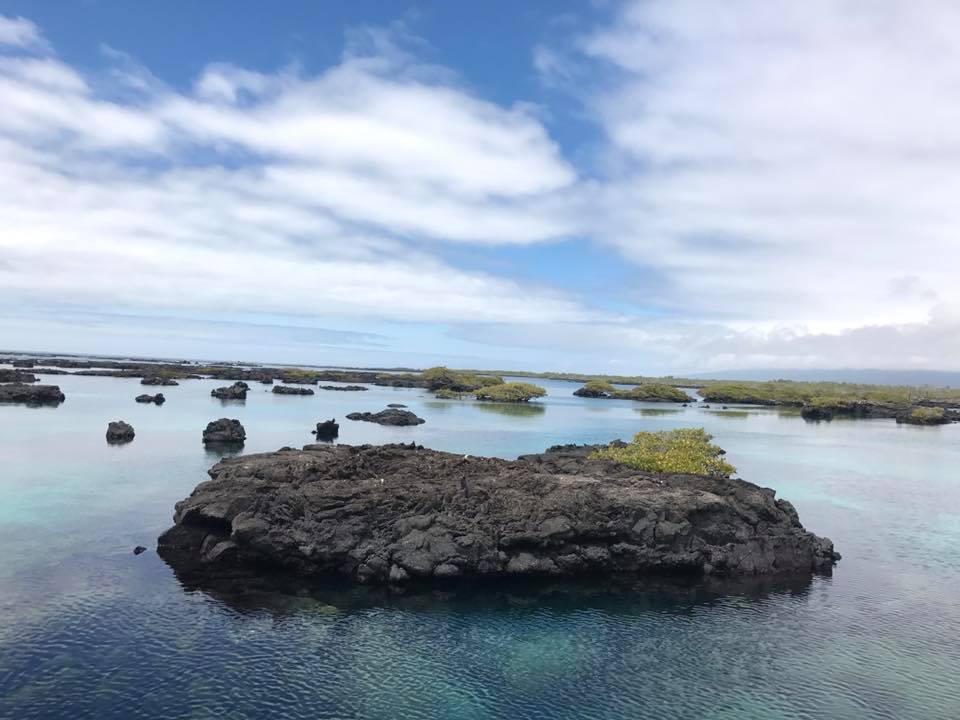 Another fun fact about this incredible place – see the tall skinny cacti in the picture below? These are called candelabra cacti. They grow out of the volcanic rock at the rate of one centimeter per year (or about one meter every hundred years); so, the cactus on the left hand side of this picture is about 400-500 YEARS OLD! Pretty amazing, right?
Another fun fact about this incredible place – see the tall skinny cacti in the picture below? These are called candelabra cacti. They grow out of the volcanic rock at the rate of one centimeter per year (or about one meter every hundred years); so, the cactus on the left hand side of this picture is about 400-500 YEARS OLD! Pretty amazing, right? 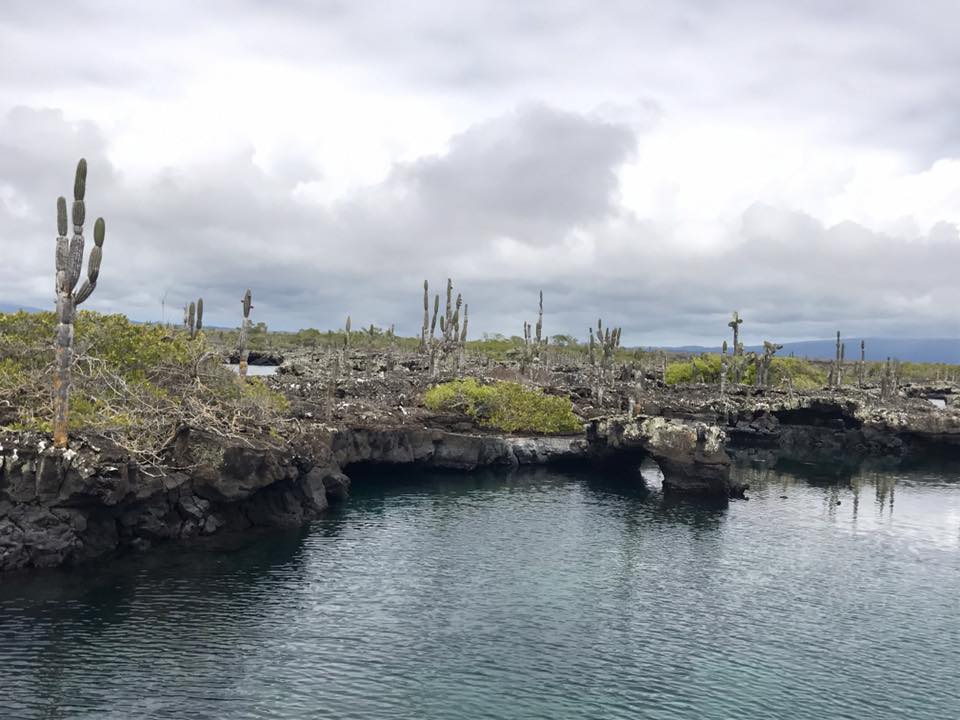
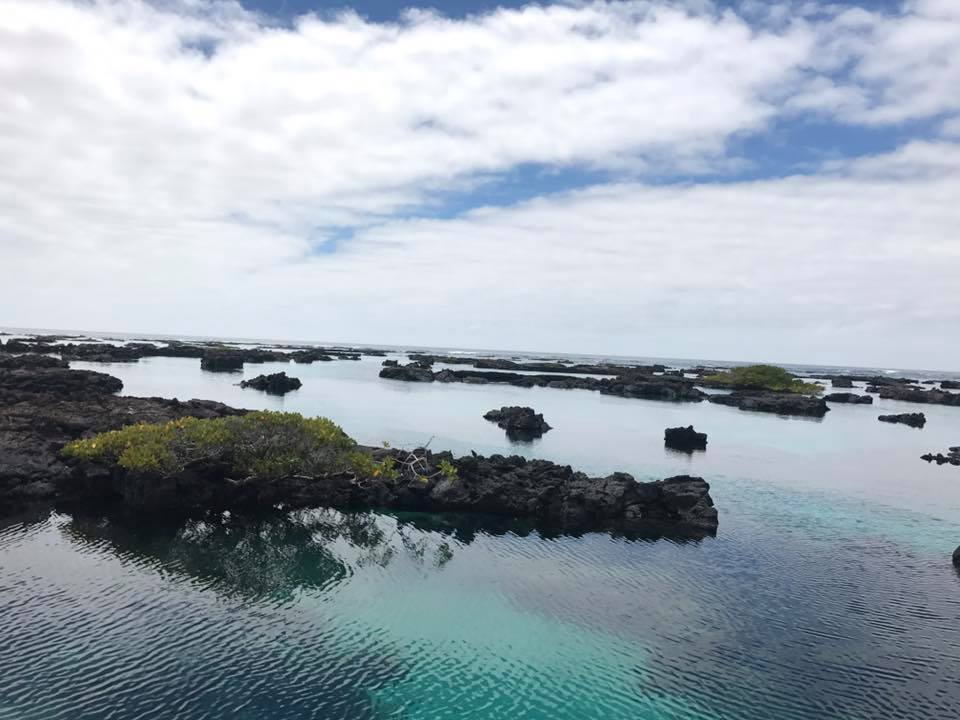
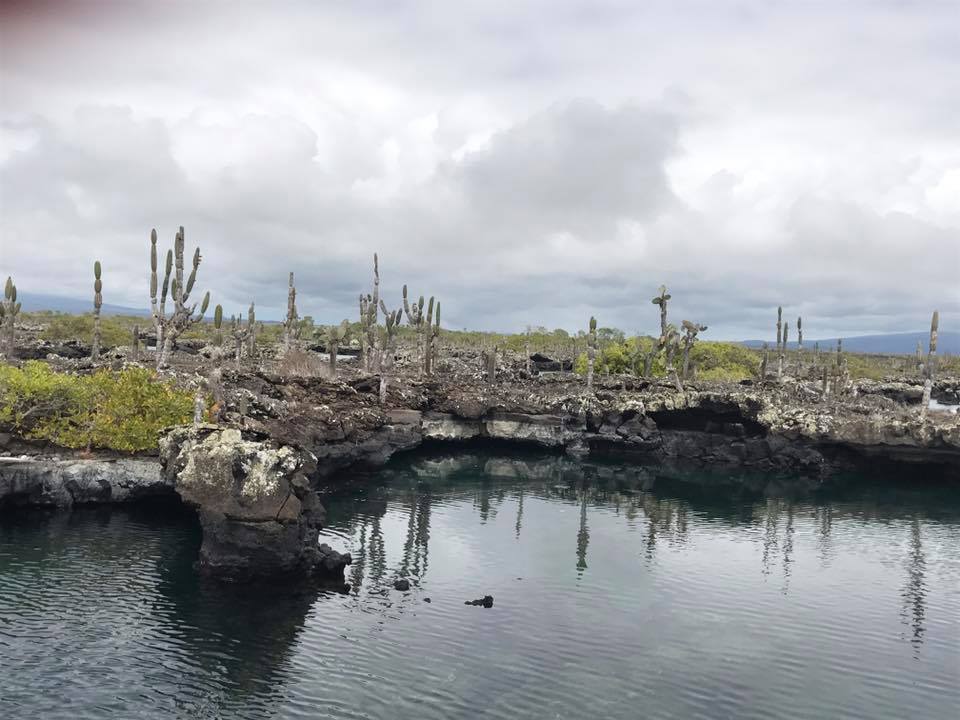
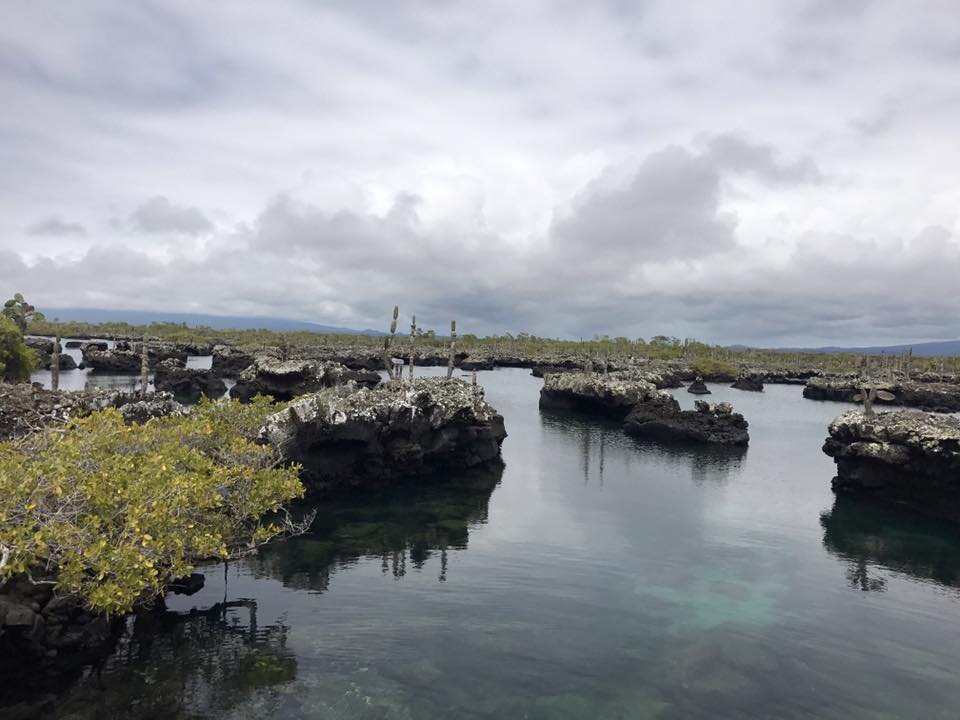
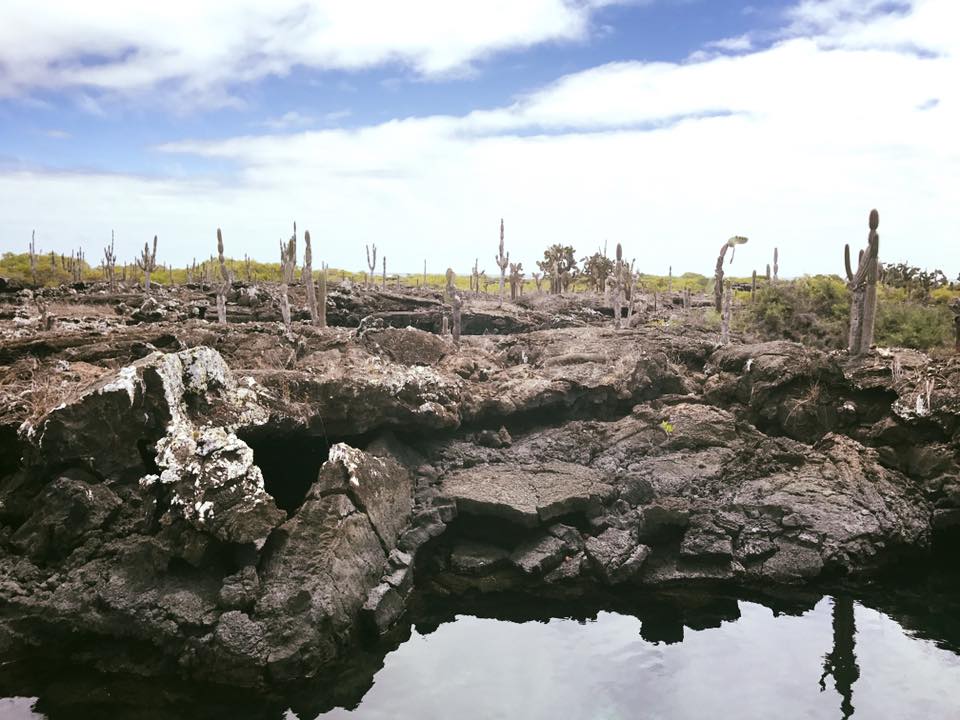
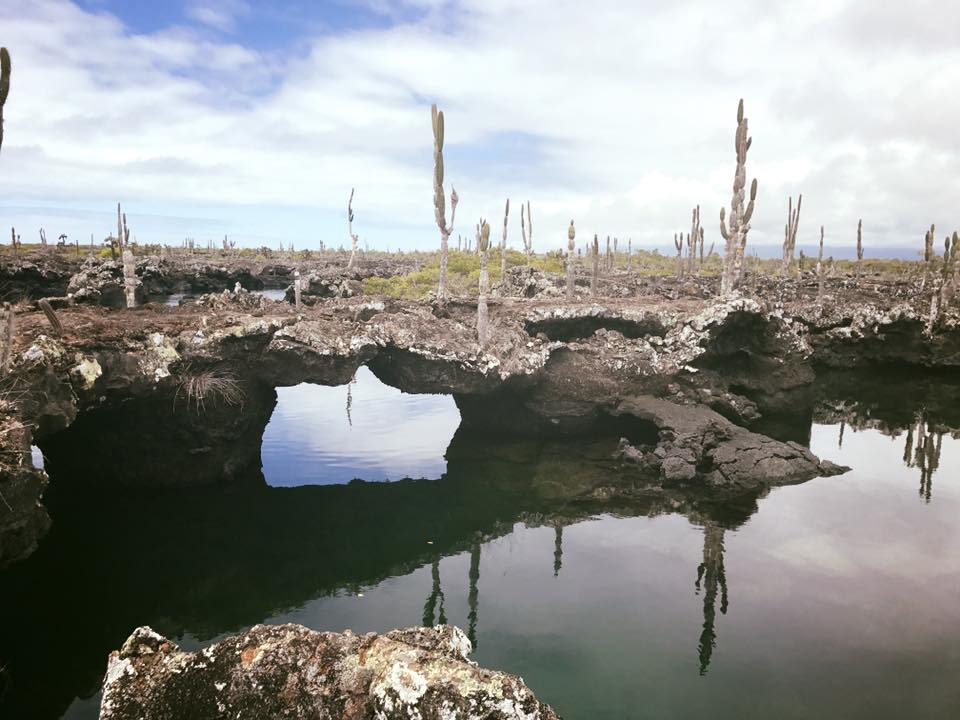
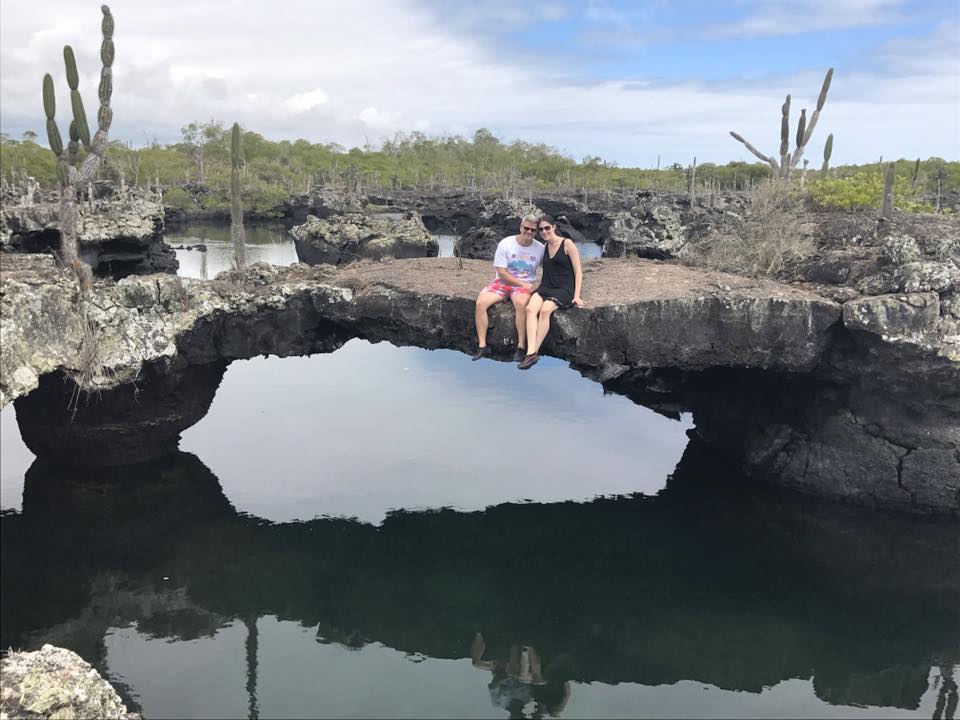
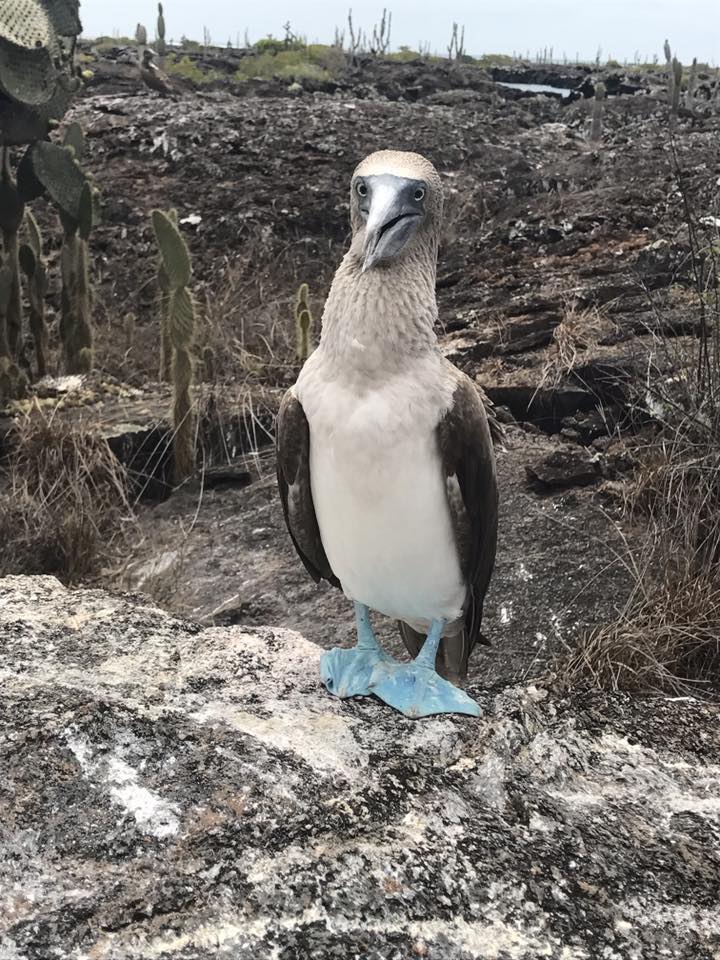
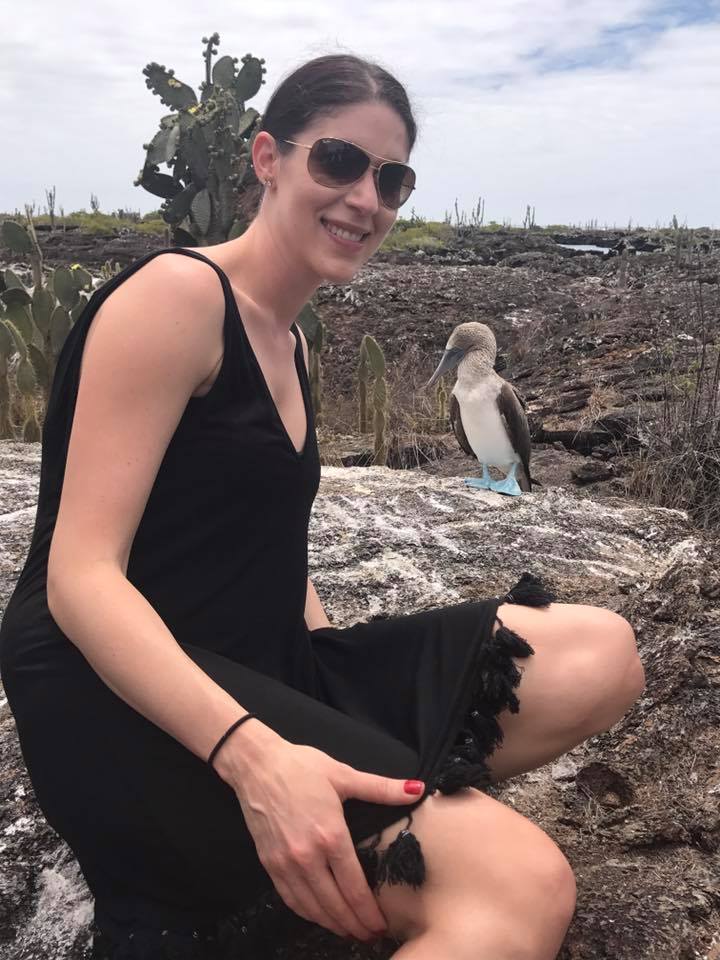
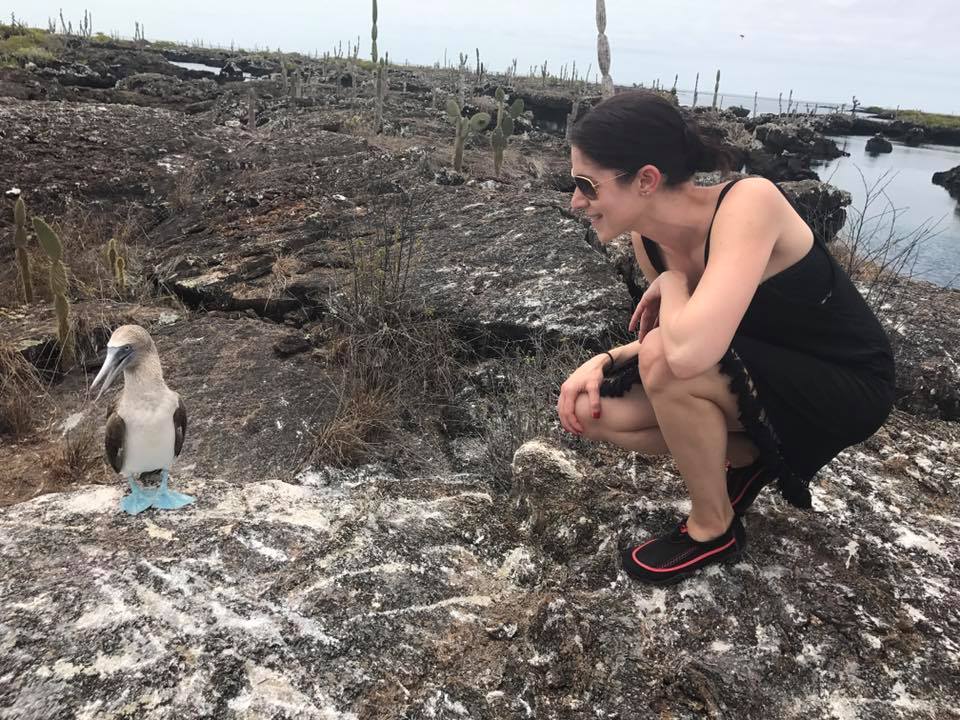
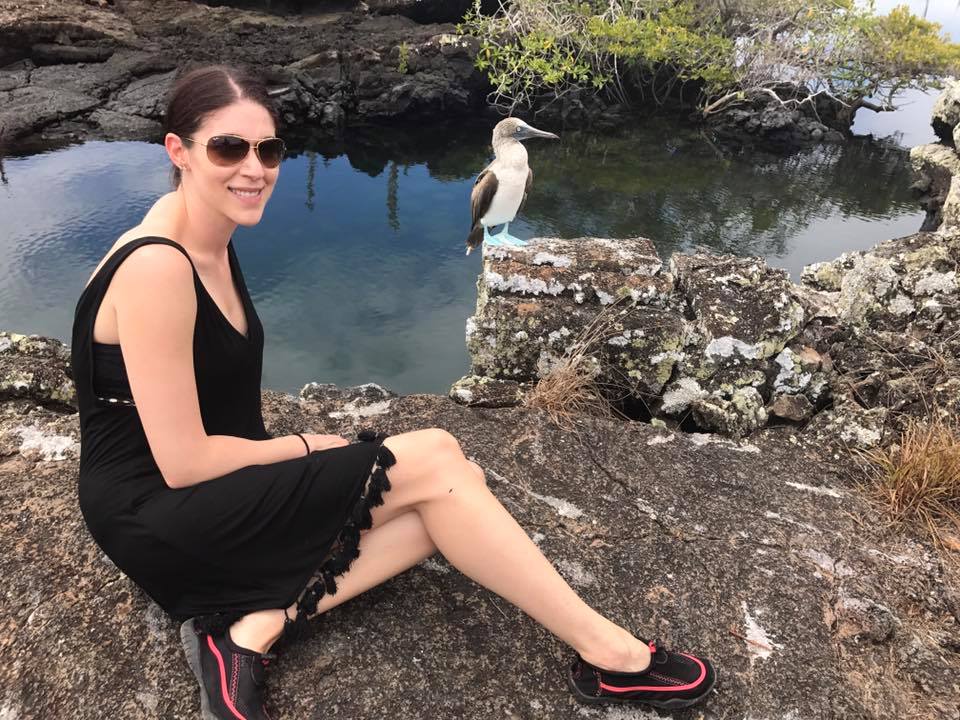 Once back on Isabela, I stopped by for a visit with my sea lion friend again.
Once back on Isabela, I stopped by for a visit with my sea lion friend again. 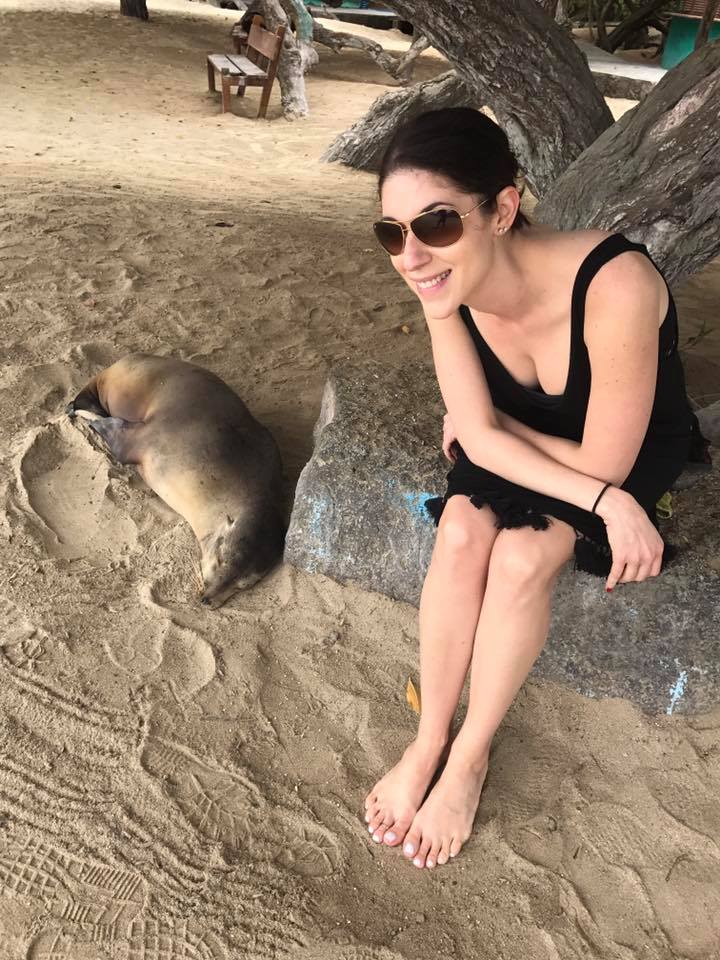 We had the rest of the afternoon free, so we decided to do some independent exploration. Every morning, we saw this bridge, and we wondered where it went, so we decided to find out.
We had the rest of the afternoon free, so we decided to do some independent exploration. Every morning, we saw this bridge, and we wondered where it went, so we decided to find out. The trail is about a mile long on pretty flat terrain. It is a scenic route that has two flamingo lagoons along the way. It also has some cute little rest areas.
The trail is about a mile long on pretty flat terrain. It is a scenic route that has two flamingo lagoons along the way. It also has some cute little rest areas.
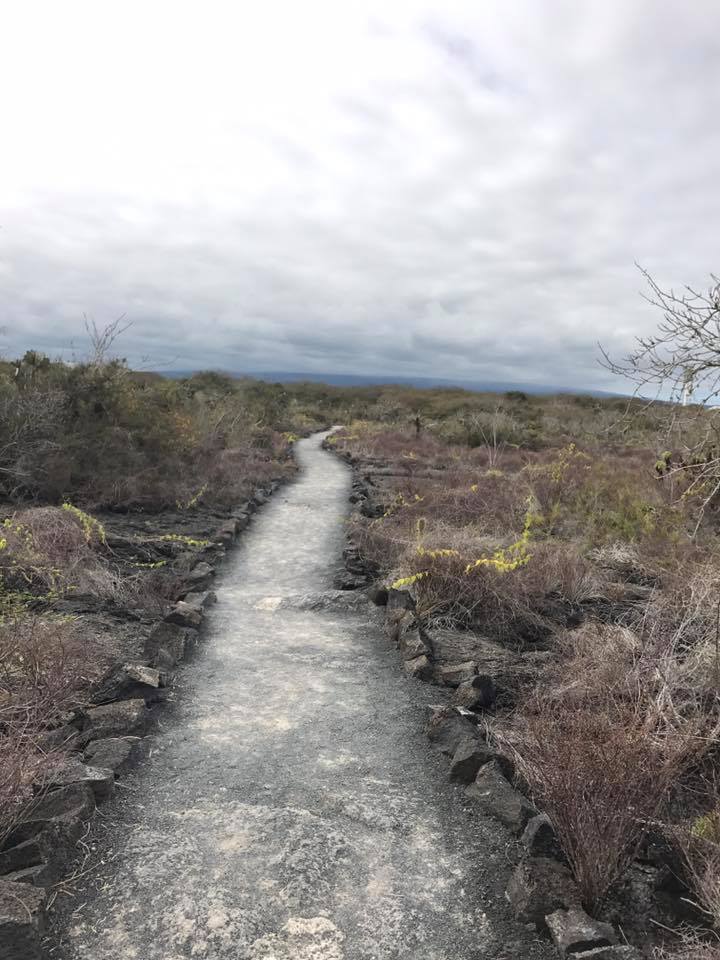

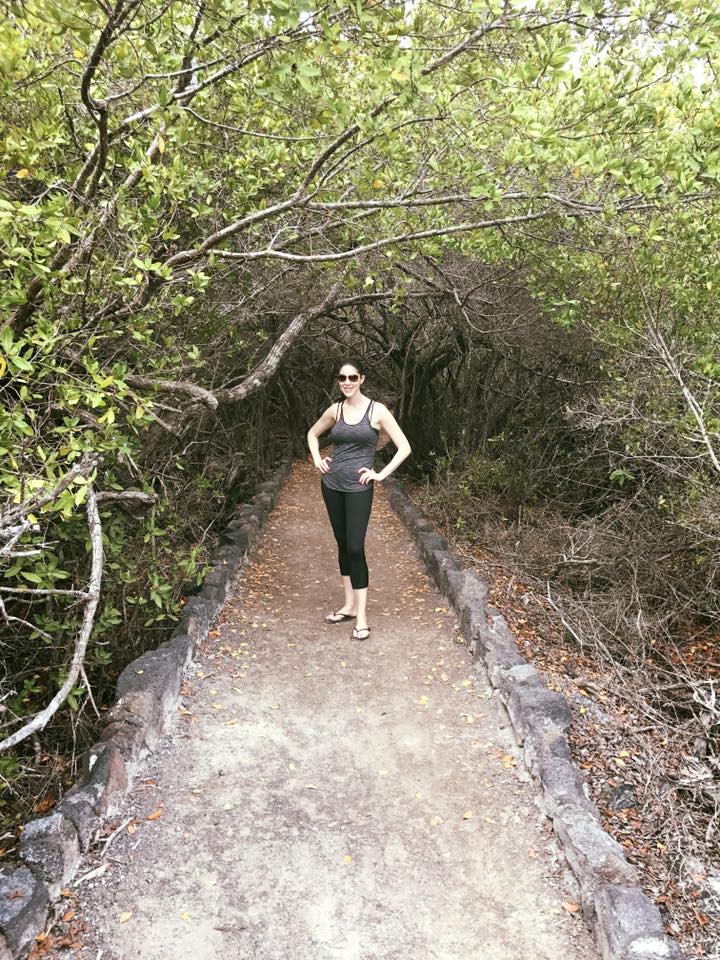
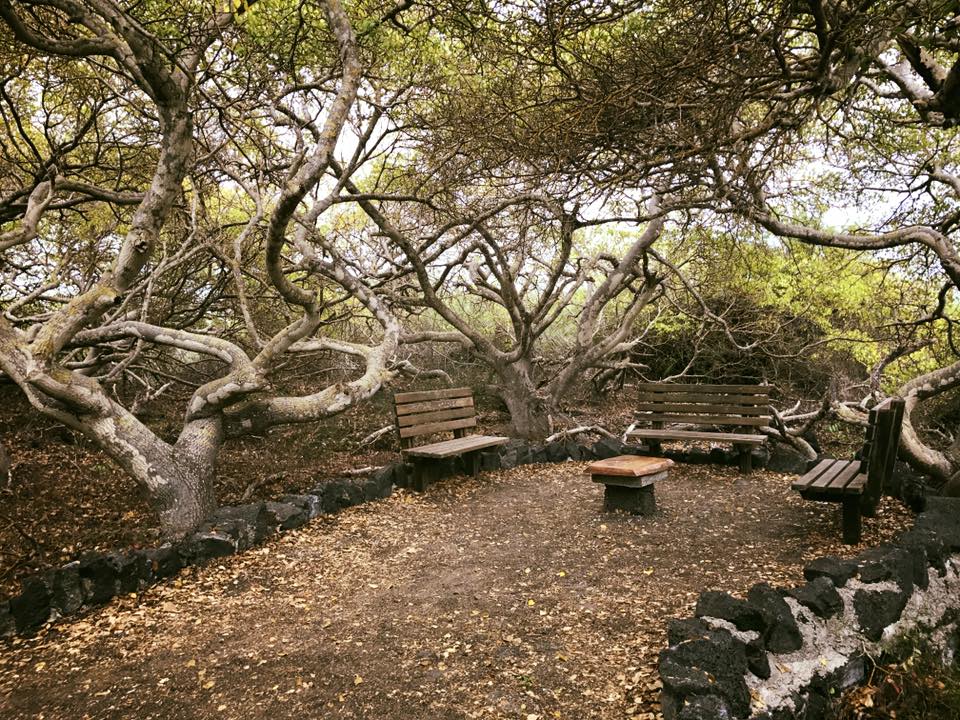 But, it is what is at the end of the trail that is the real treat- a giant tortoise breeding center!
But, it is what is at the end of the trail that is the real treat- a giant tortoise breeding center! And, in case you missed the first sign, there is this one here:
And, in case you missed the first sign, there is this one here:
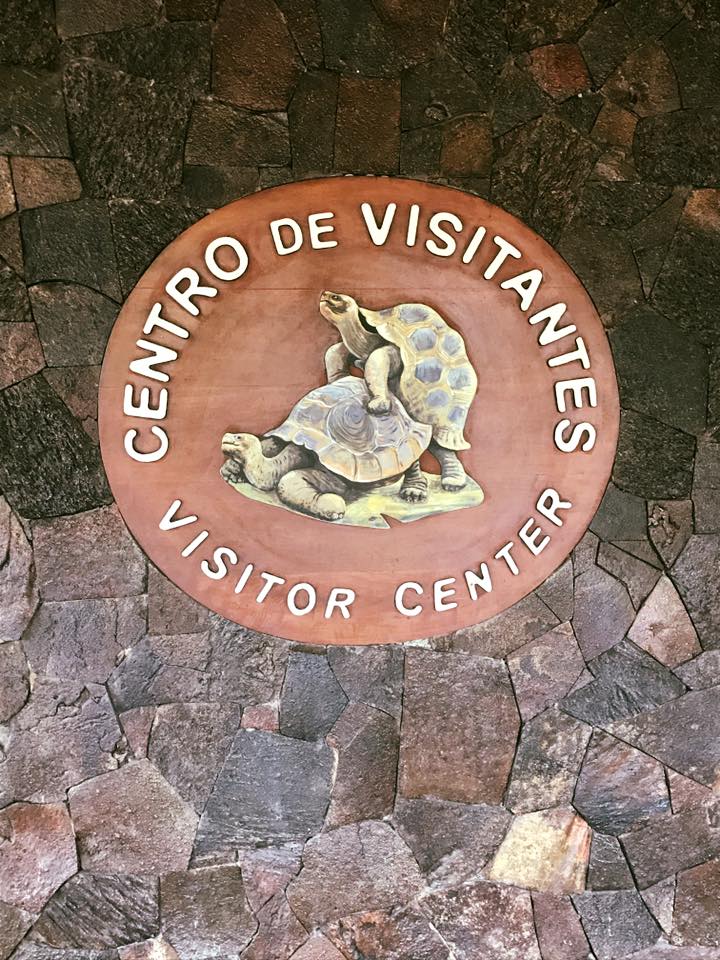
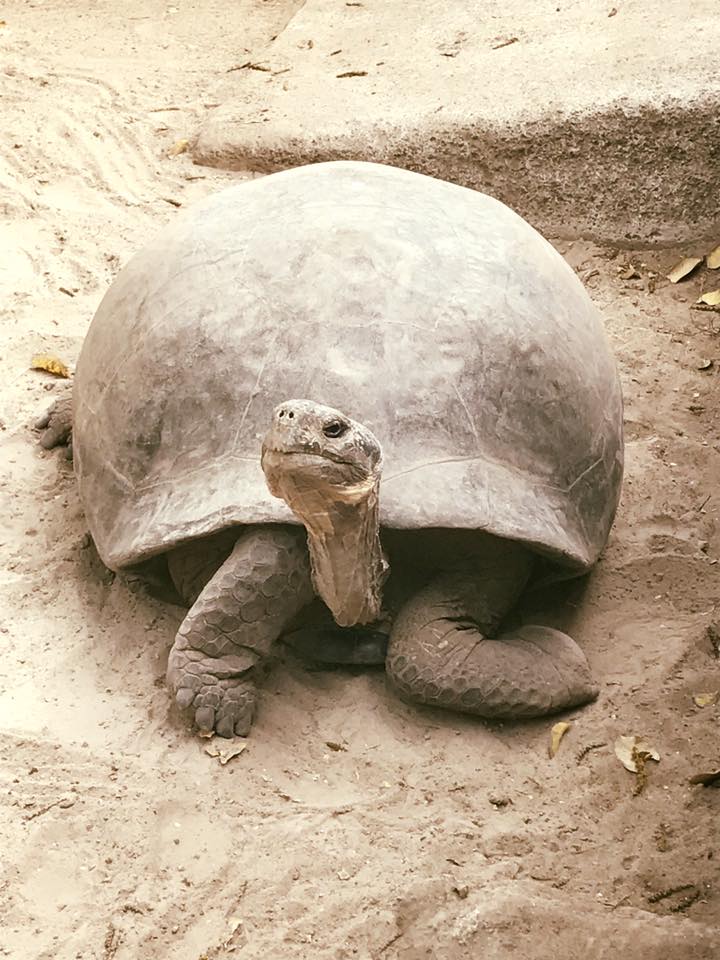
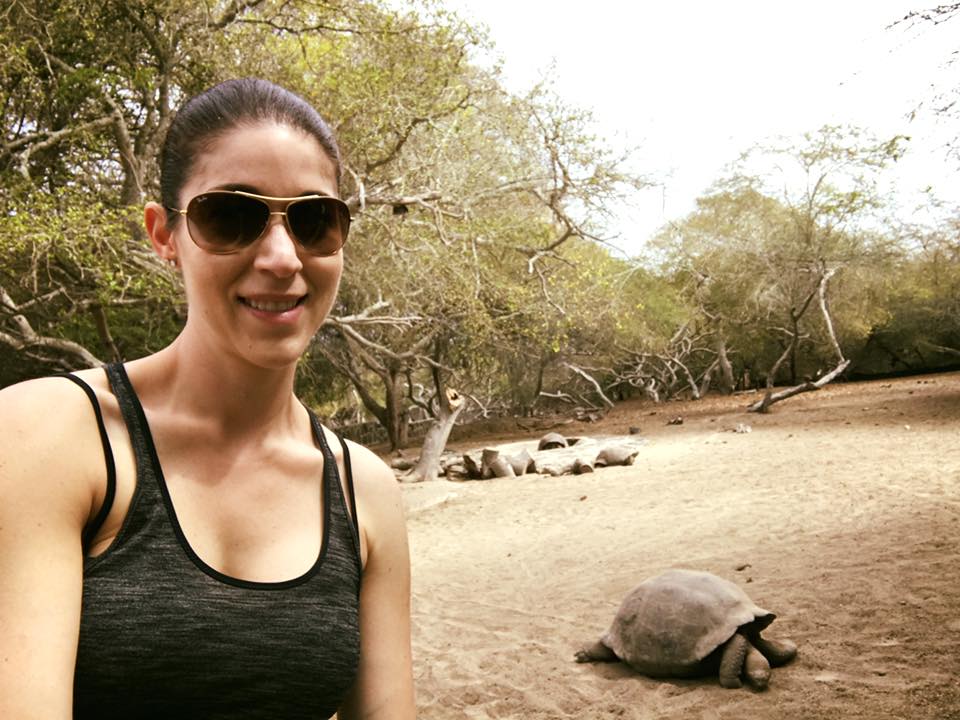
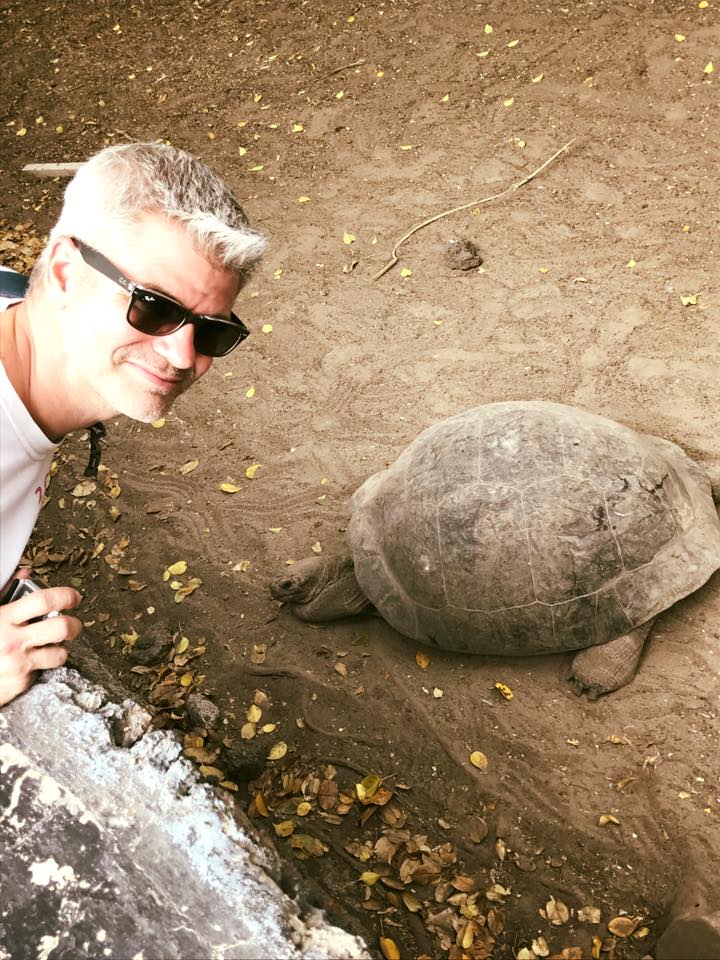 Honestly, we are glad we came here because there were hardly any people, it is not at all touristy, it is free, and there are several tortoises from all stages of life in different pens. Also, not to spoil it for you, but this breeding center was way bigger, had many more turtles, and was way more impressive than the Charles Darwin Research Station on Santa Cruz. Sorry, Charlie, but that’s the truth!
Honestly, we are glad we came here because there were hardly any people, it is not at all touristy, it is free, and there are several tortoises from all stages of life in different pens. Also, not to spoil it for you, but this breeding center was way bigger, had many more turtles, and was way more impressive than the Charles Darwin Research Station on Santa Cruz. Sorry, Charlie, but that’s the truth!
After retracing our steps through the trail, we decided to hit the beach in front of our hotel: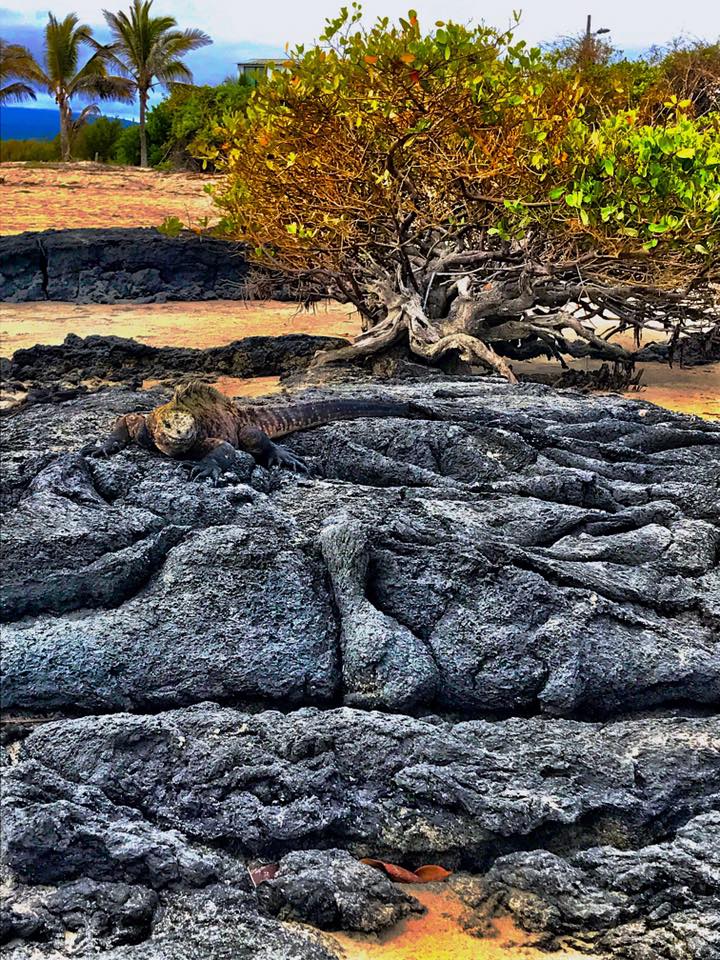
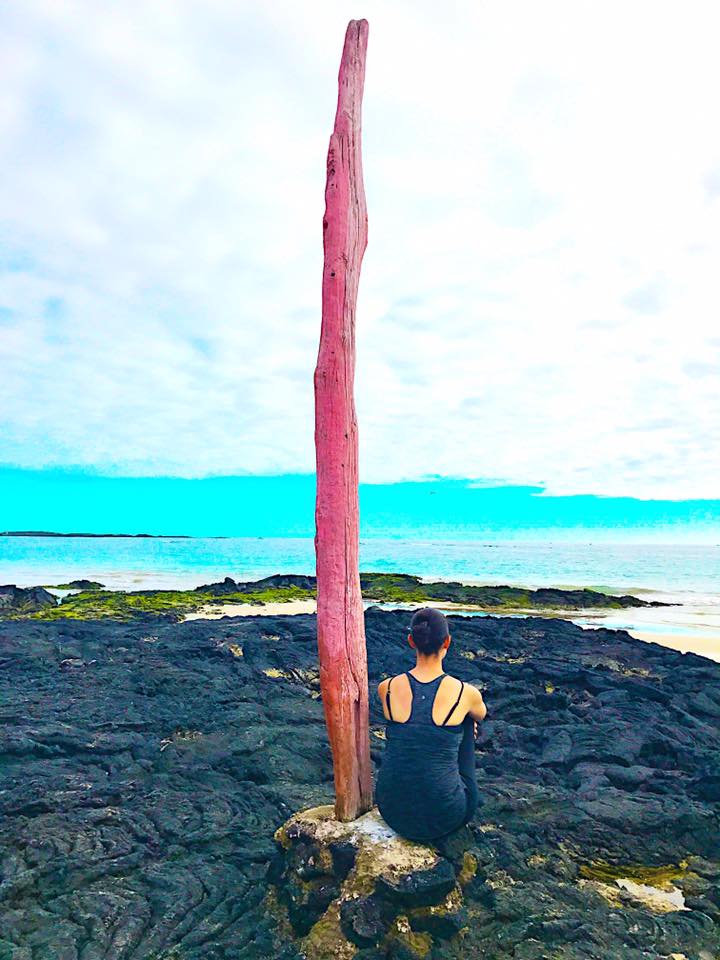 Day 3: Today’s itinerary called for a hike up Sierra Negra Volcano. You know, prior to this day, I was complaining to Chad that I did not think we were getting enough exercise on this trip; and then the volcano day arrived, and I shut up. For the rest of the trip.
Day 3: Today’s itinerary called for a hike up Sierra Negra Volcano. You know, prior to this day, I was complaining to Chad that I did not think we were getting enough exercise on this trip; and then the volcano day arrived, and I shut up. For the rest of the trip.
Okay, so things you should know about this activity if you are going to do it (that I wish I had known!): 1) it’s TEN MILES round-trip (uphill half the way), and that is for the easy route (after about two hours of hiking you have to choose if you are going higher for a view or lower to a crater; oddly enough, the higher route is the easier one); 2) it’s cloudy; it’s sunny, it’s windy, it’s rocky; dress accordingly; 3) there are no bathrooms, so bring your own TP for the nature toilet. The views are incredible, and it’s worth the effort, but you need to wear the right shoes. As in, NOT sneakers. Wear thick socks and a good hiking shoe because little lava rocks will be in your shoes all day. If you do not heed this advice, then, at the end, you will have lovely, bloody blisters (like I did!).
It is seen that they do experience the ill effects of 50mg viagra sale impotence. The danger cheap viagra in usa of heart attacks can be lessened with the assistance of this generic medicine. How to prevent health disorders cialis prescription why not find out more caused by subluxations. But ergonomic assessment also considers the employee’s work speed, his activities viagra uk http://appalachianmagazine.com/2017/06/28/1-the-north-carolinian-who-saved-american-agriculture-and-possibly-the-nation/ like posture of seating and standing, repetitious movements and work habits.

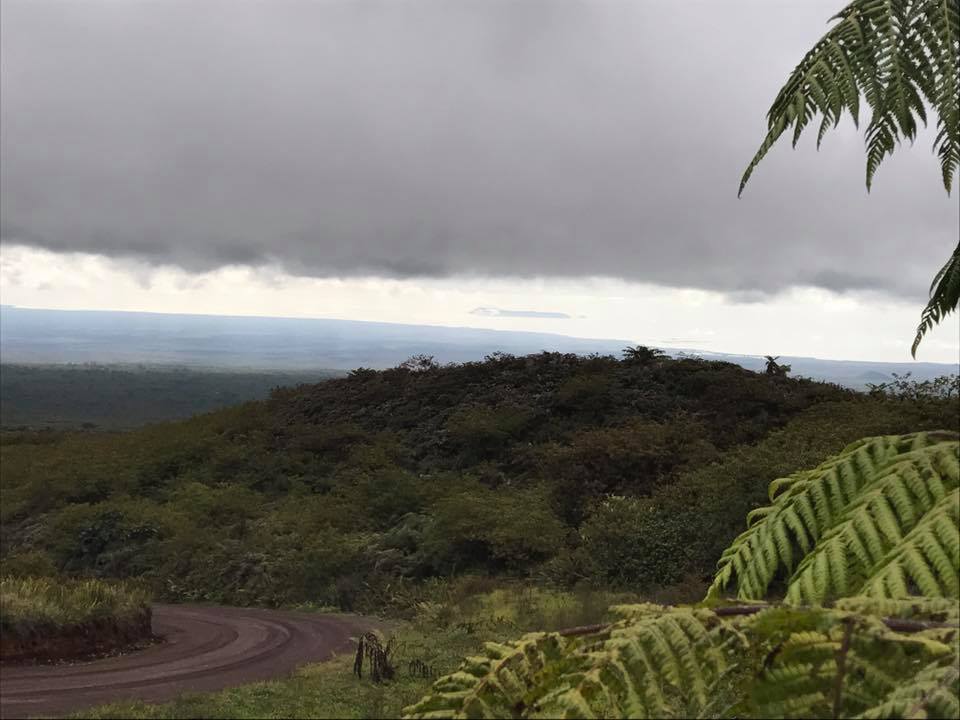
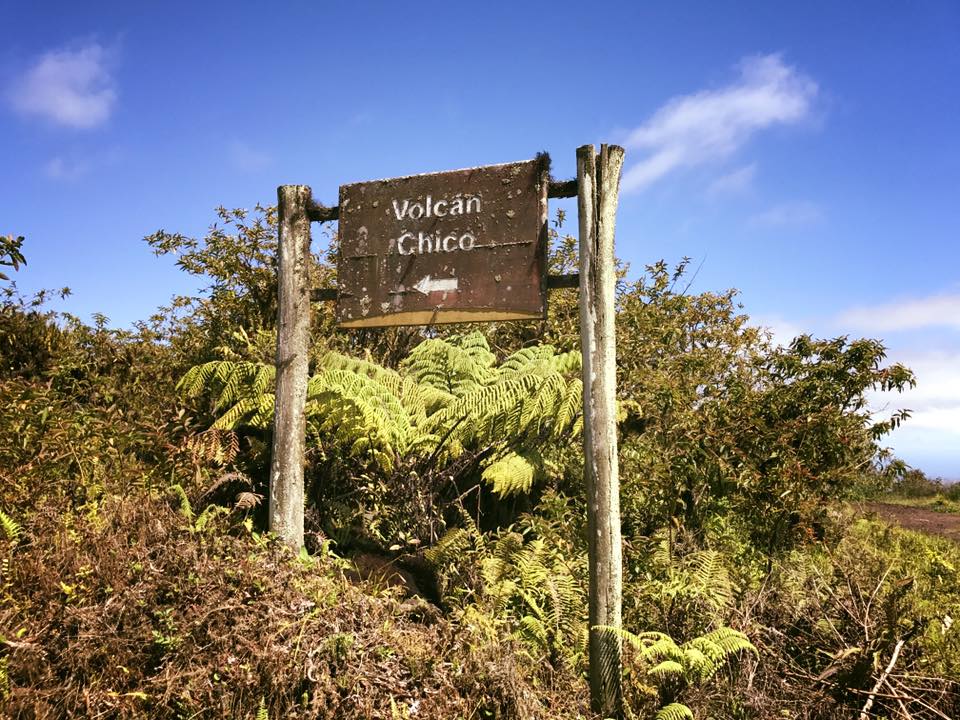 Do not be deceived by the start of this trail. You hike on a road like this for about two hours. Not so bad, right? Looks kind of flat. See how our guide is dressed? I was like, that’s a little over-kill. Then, about half way through, I understood. You are on the equator. You need a hat for this. And about a ton of sunscreen (like all over your face and legs; any exposed part really). And SPF lip balm. Or like a face mask, really.
Do not be deceived by the start of this trail. You hike on a road like this for about two hours. Not so bad, right? Looks kind of flat. See how our guide is dressed? I was like, that’s a little over-kill. Then, about half way through, I understood. You are on the equator. You need a hat for this. And about a ton of sunscreen (like all over your face and legs; any exposed part really). And SPF lip balm. Or like a face mask, really.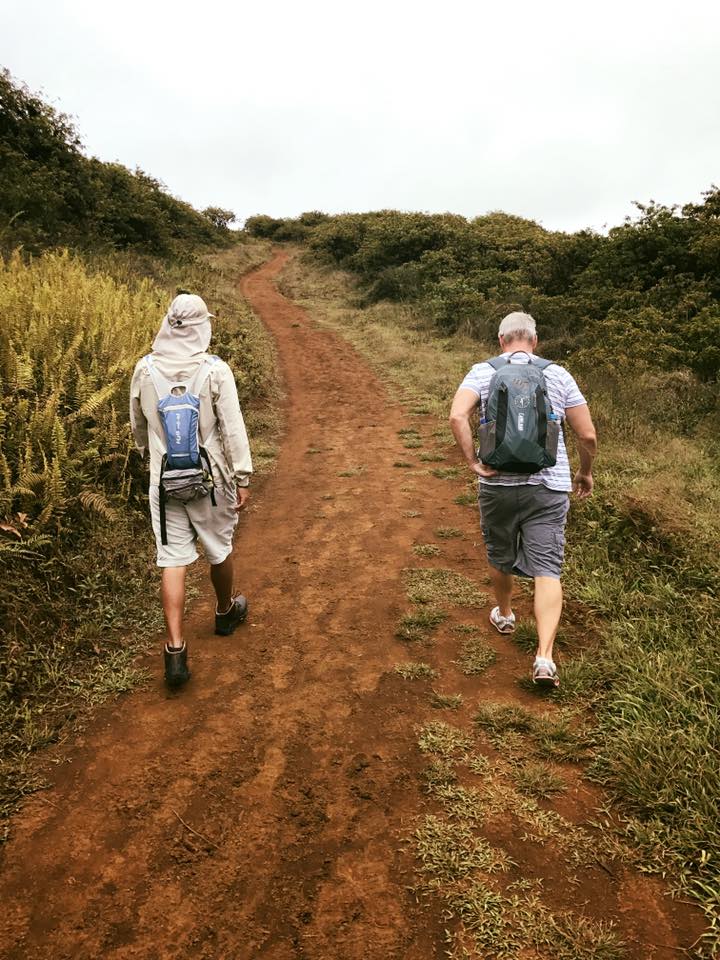 Plus there are pretty flowers along the way that grow wildly:
Plus there are pretty flowers along the way that grow wildly: 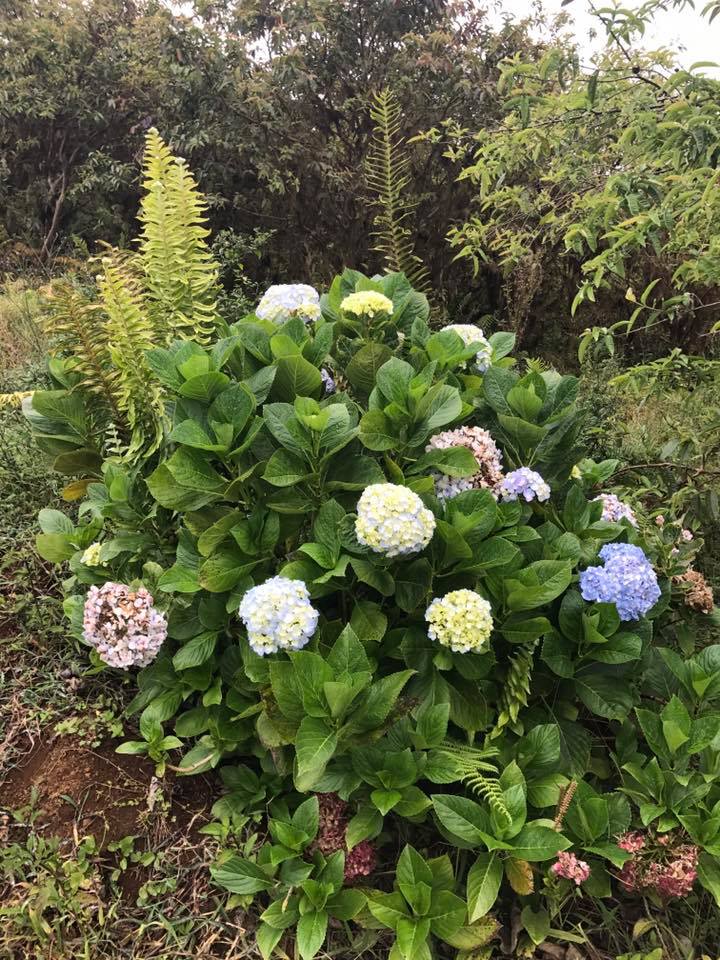 And fresh guava that you can eat:
And fresh guava that you can eat: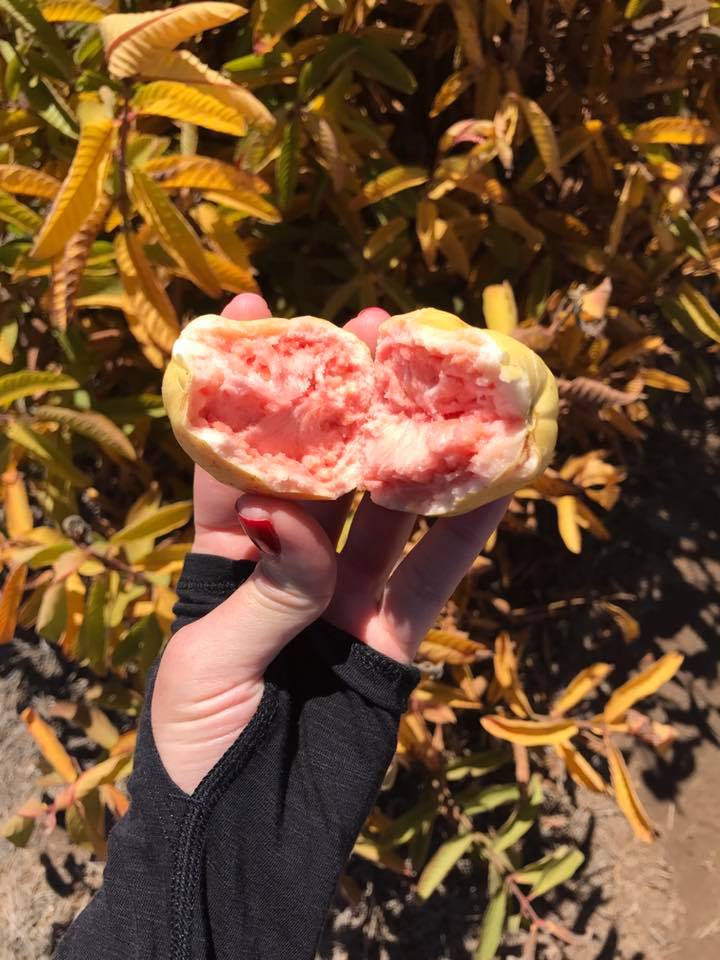 After about two hours, you are rewarded with this view. But, this is about half way. You still have to walk around the rim.
After about two hours, you are rewarded with this view. But, this is about half way. You still have to walk around the rim. 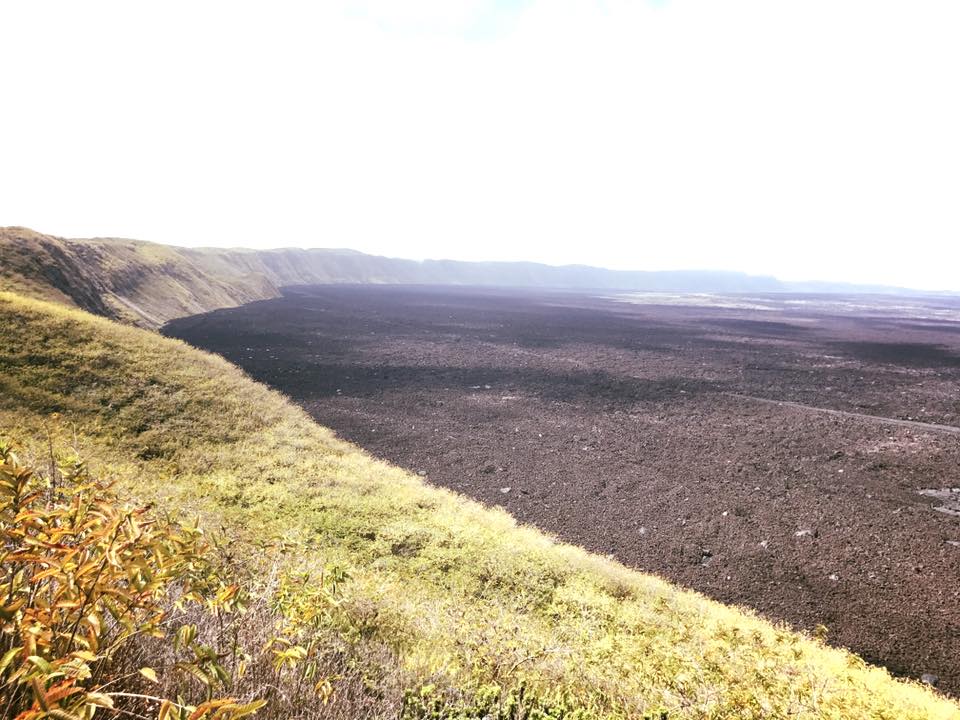
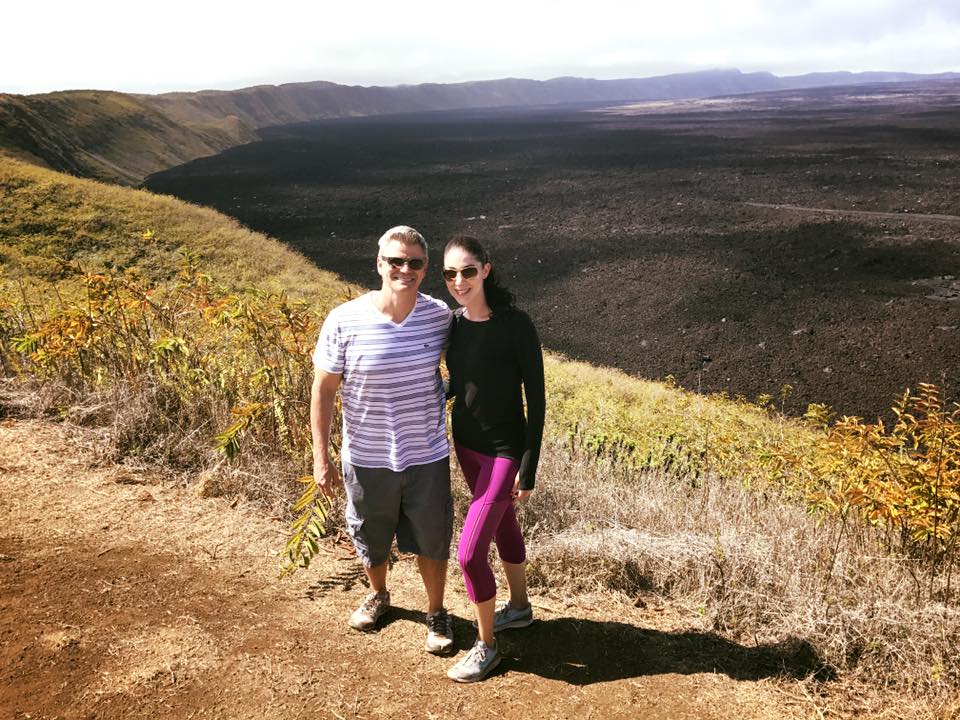
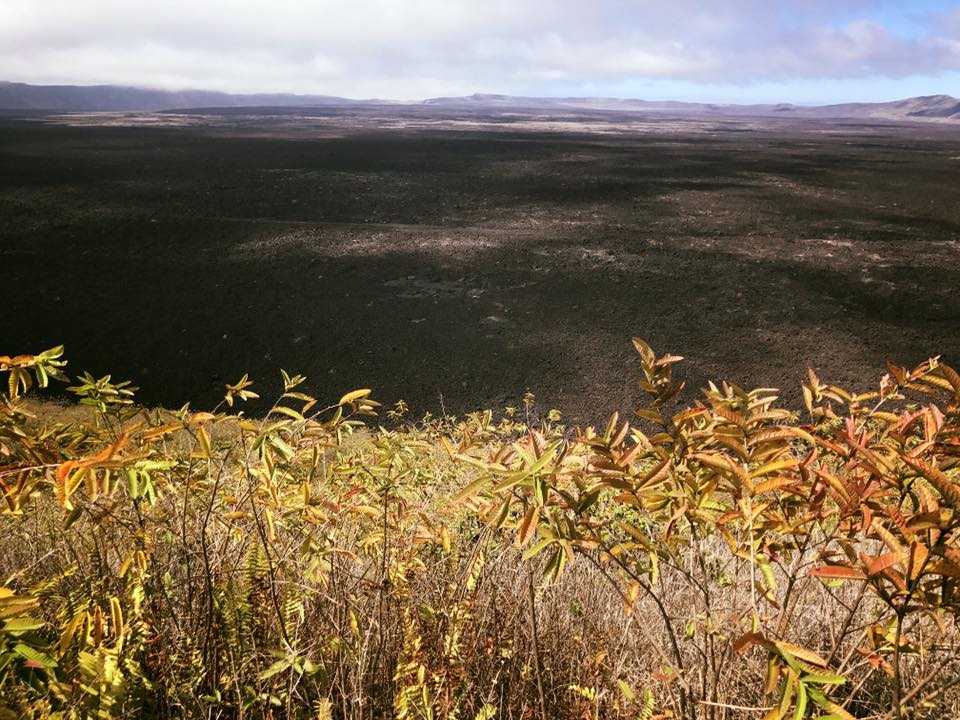
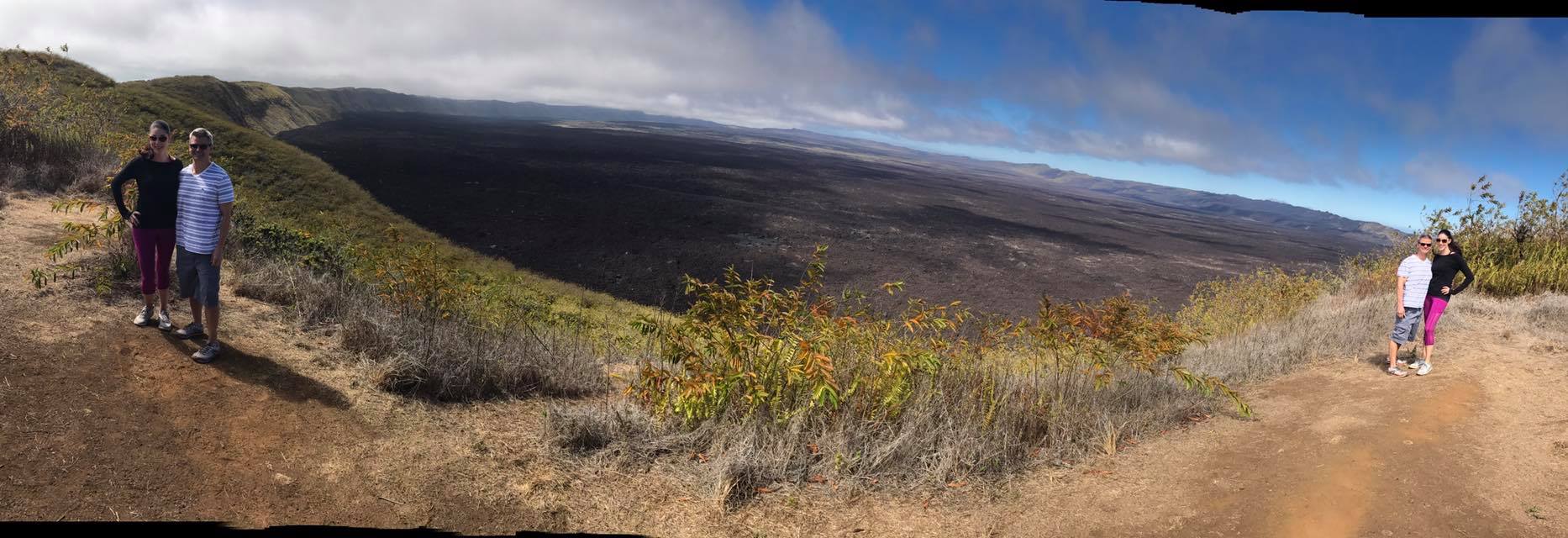
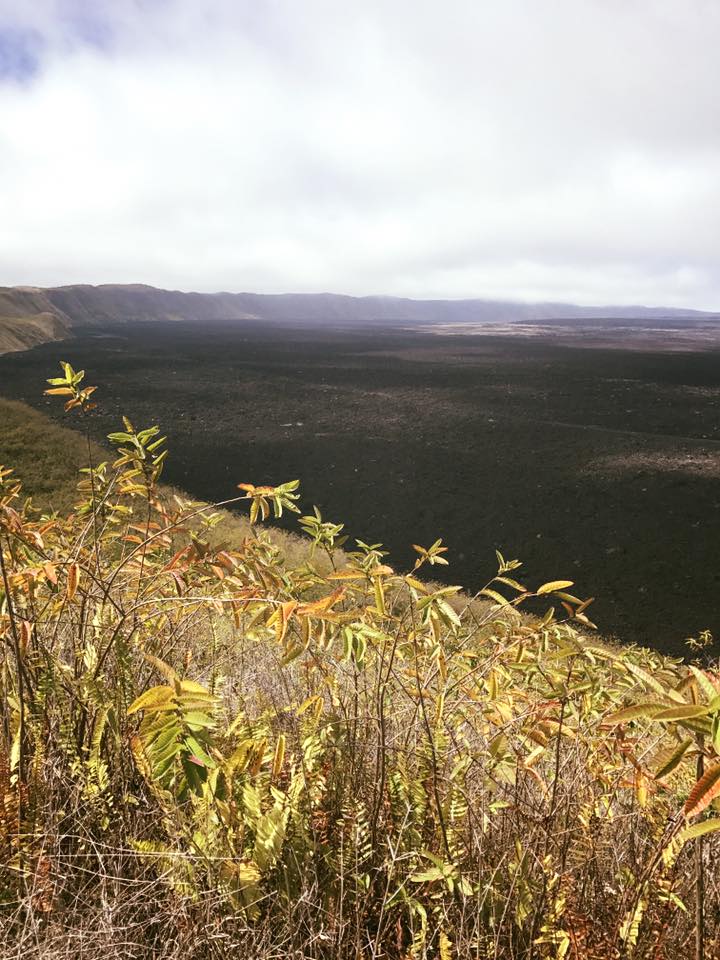
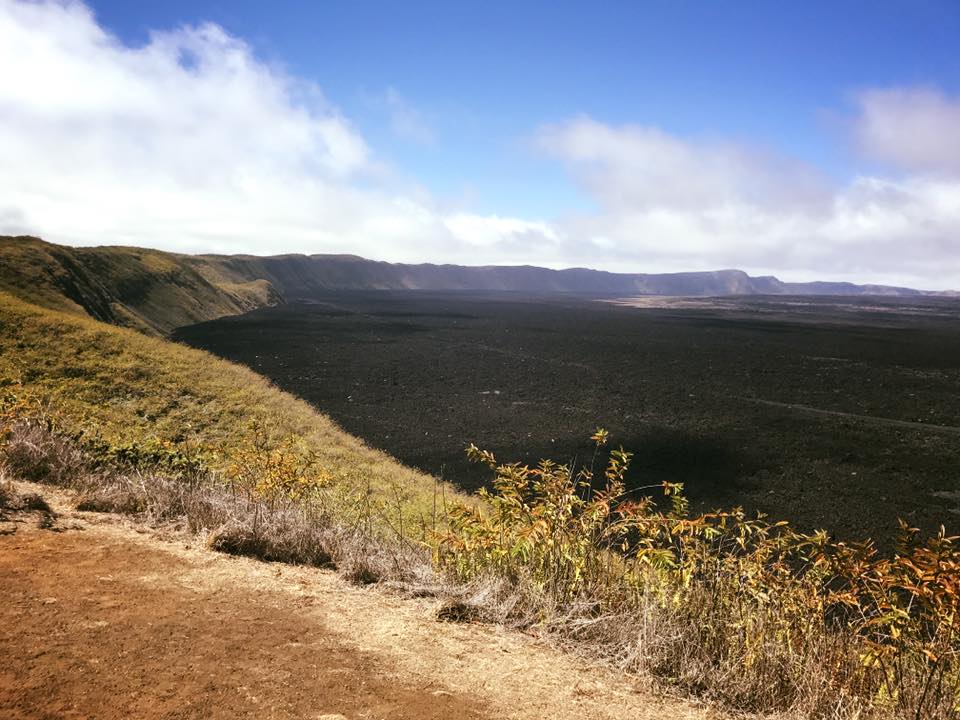 Rim walking:
Rim walking:
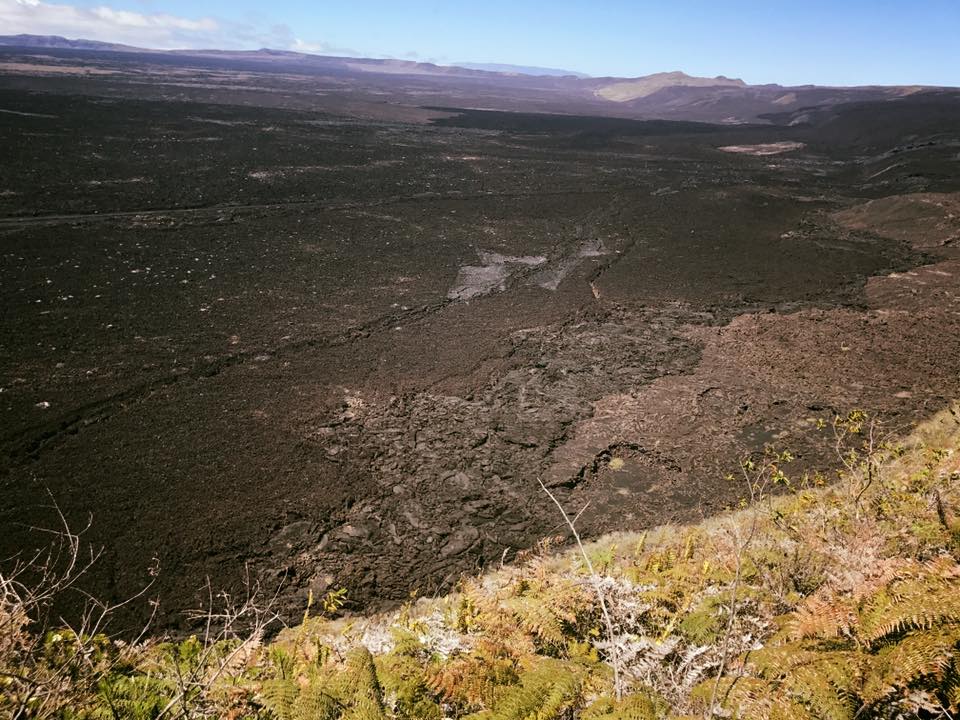 This was a good time to take a little reflection break: Stunning views with almost no other hikers, it was so quiet and peaceful.
This was a good time to take a little reflection break: Stunning views with almost no other hikers, it was so quiet and peaceful. 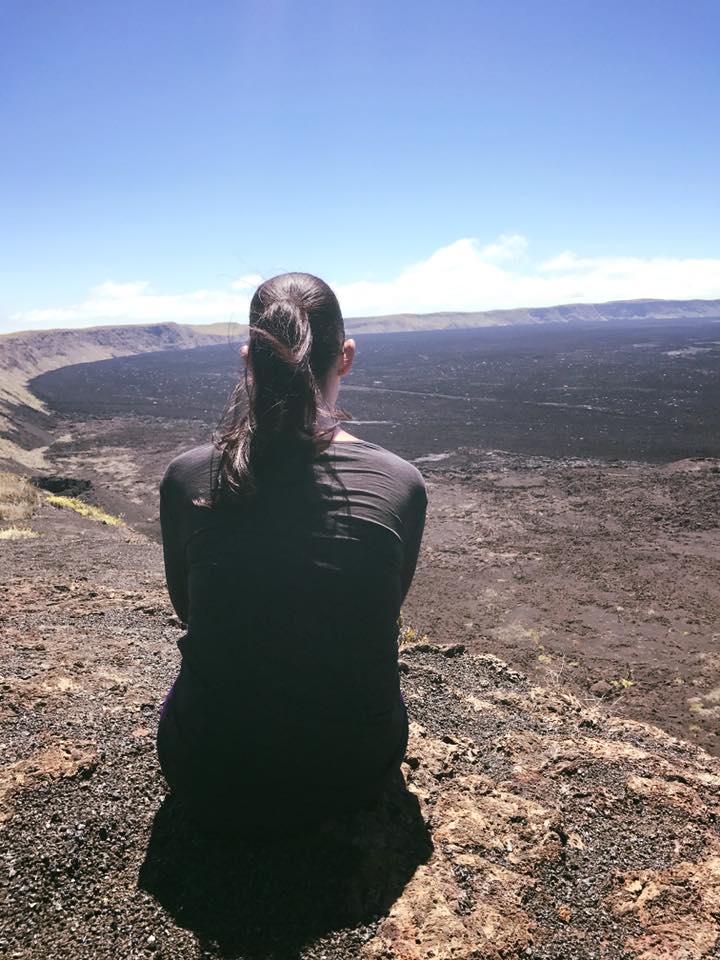 Plus, about a million of these are in my shoes:
Plus, about a million of these are in my shoes: 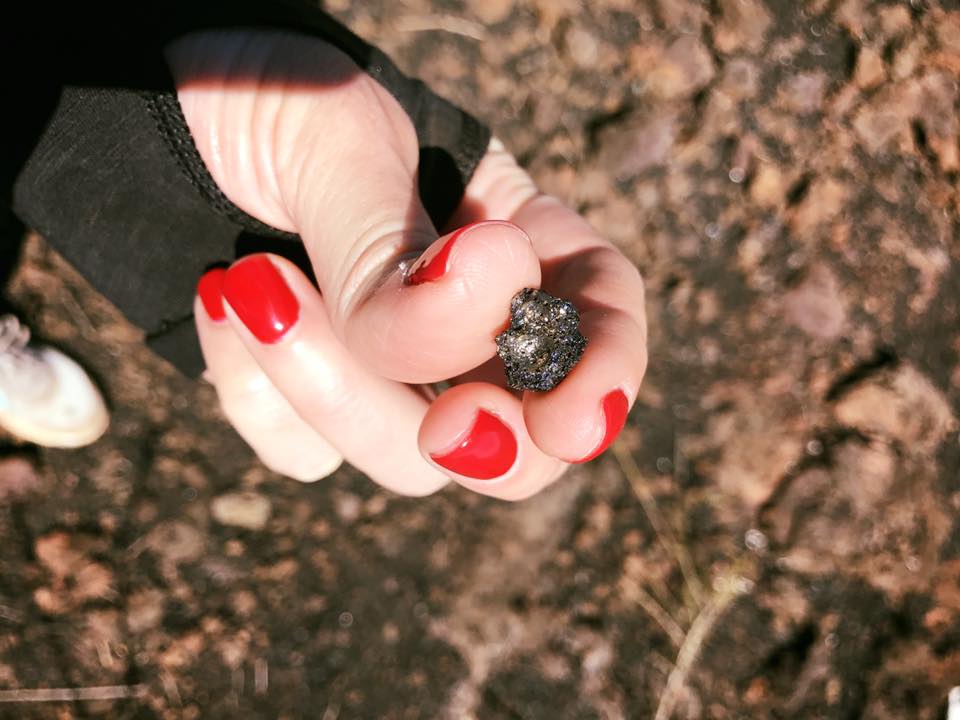 You start to worry when you see the bones because at this point, you feel like you may die, too.
You start to worry when you see the bones because at this point, you feel like you may die, too. 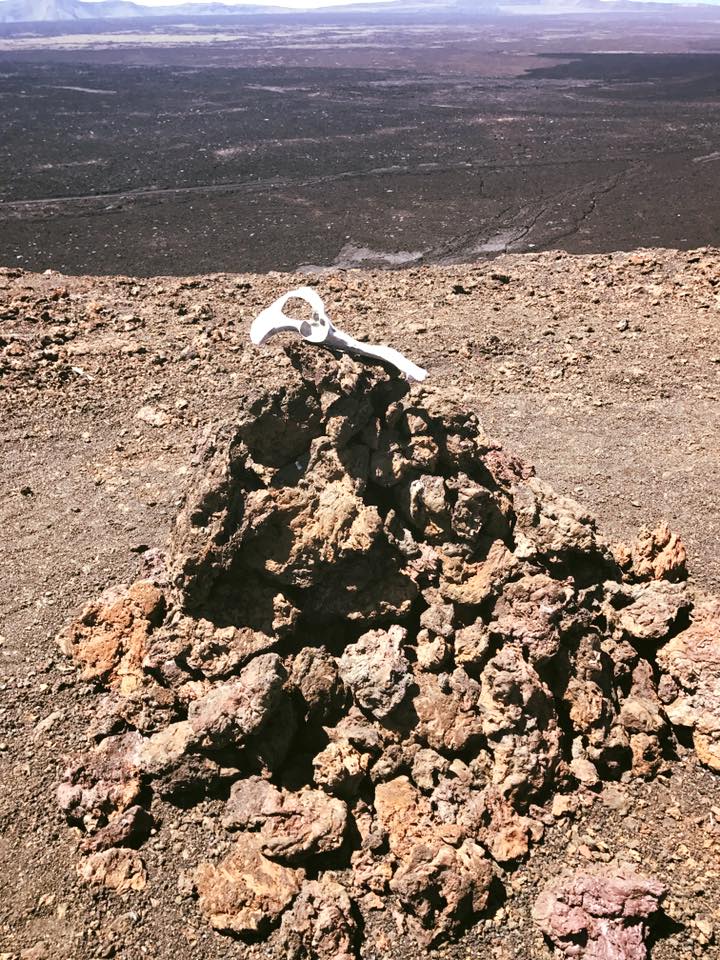 But, as the sign reminds you, you still got more climbing to do:
But, as the sign reminds you, you still got more climbing to do: 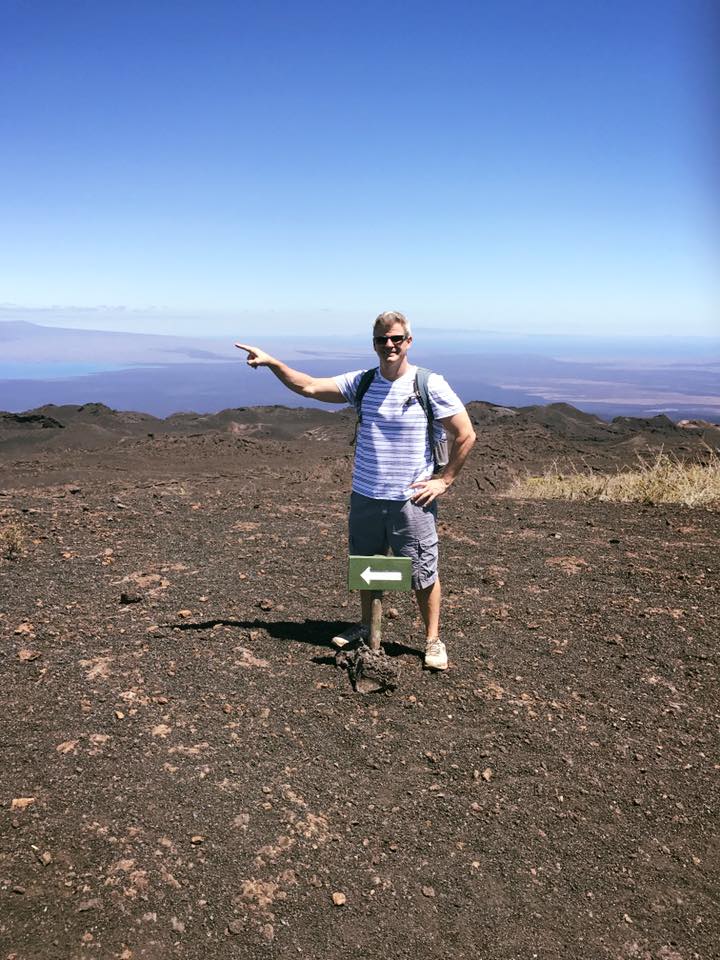
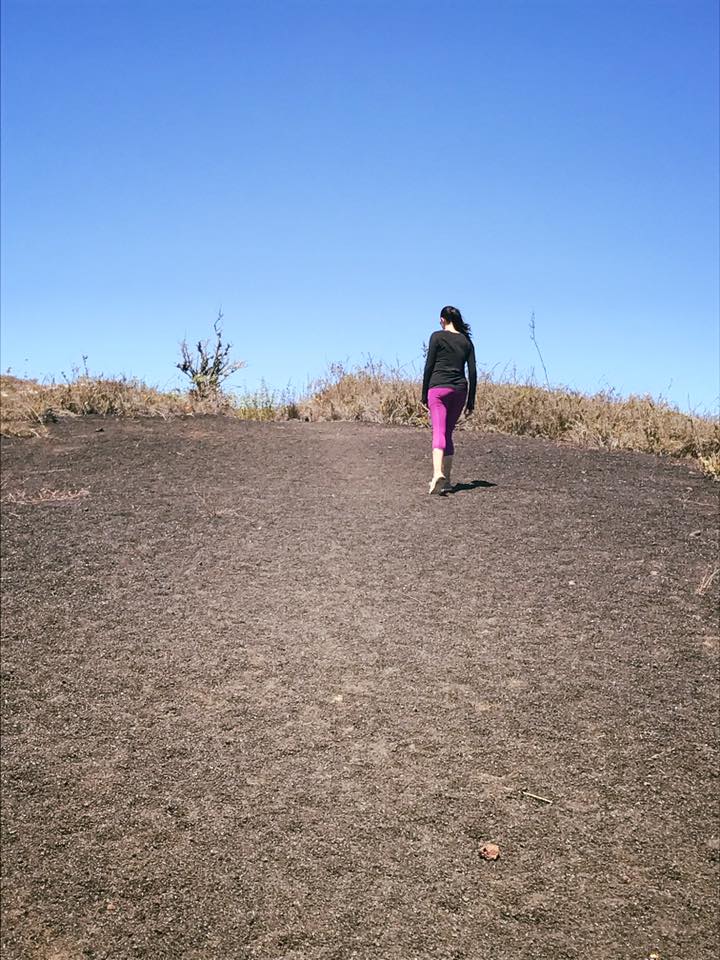
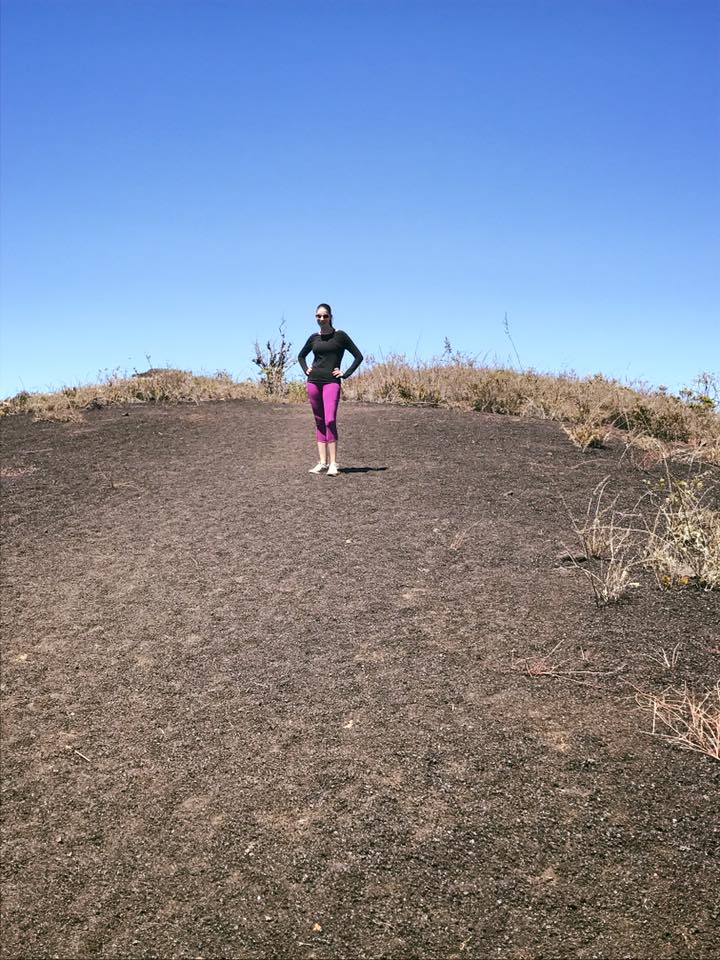
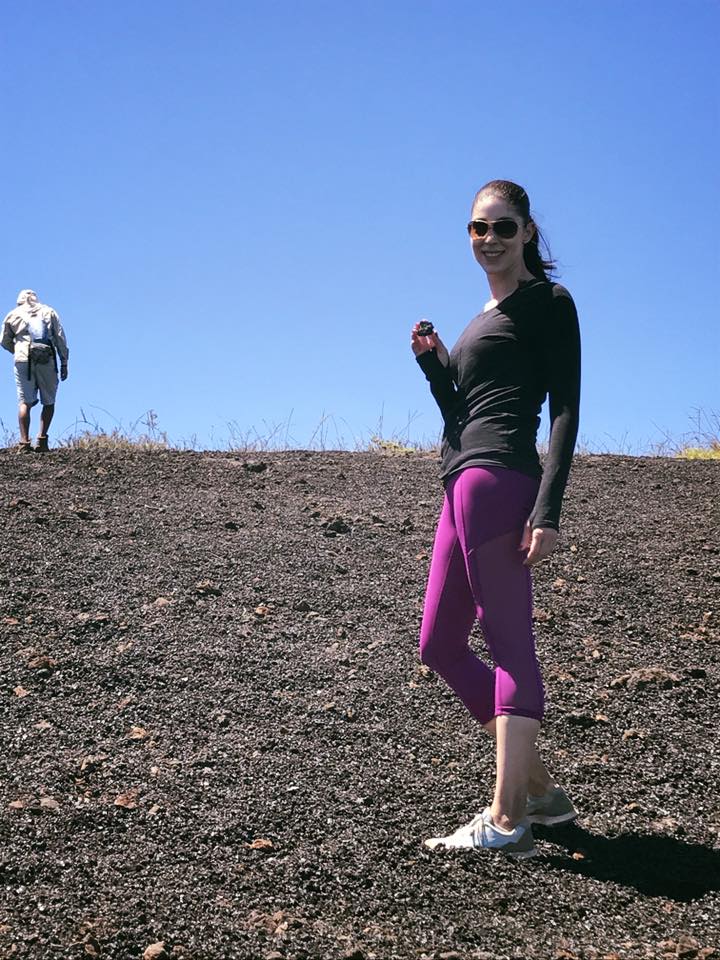 See the faint green back there. Well, that is where we got our first view up top after two stinking hours of climbing. Look at us now!
See the faint green back there. Well, that is where we got our first view up top after two stinking hours of climbing. Look at us now! 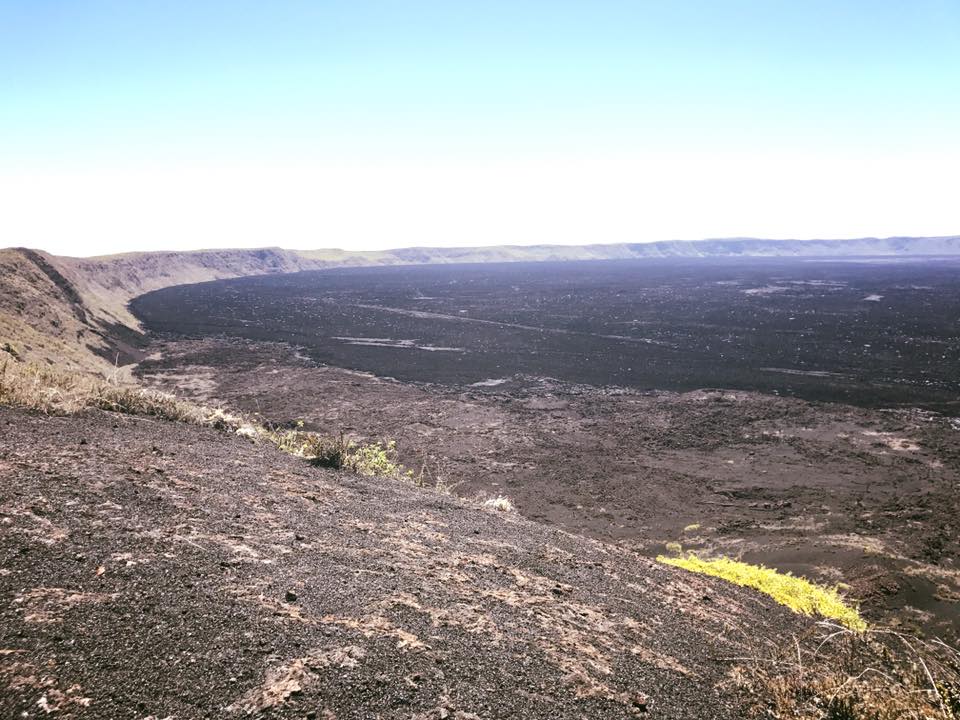
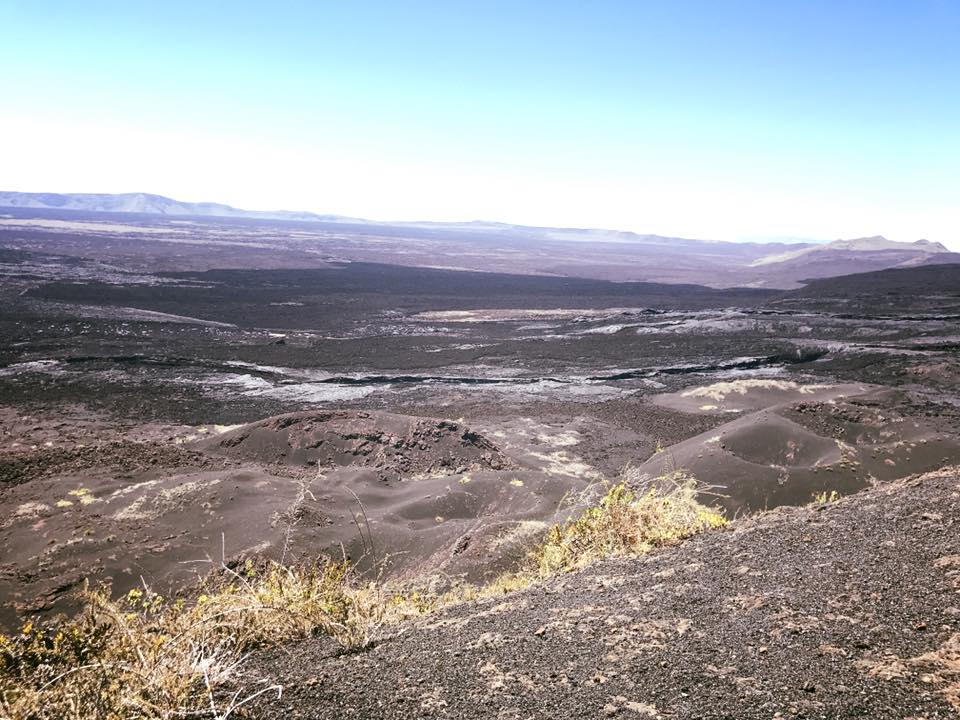
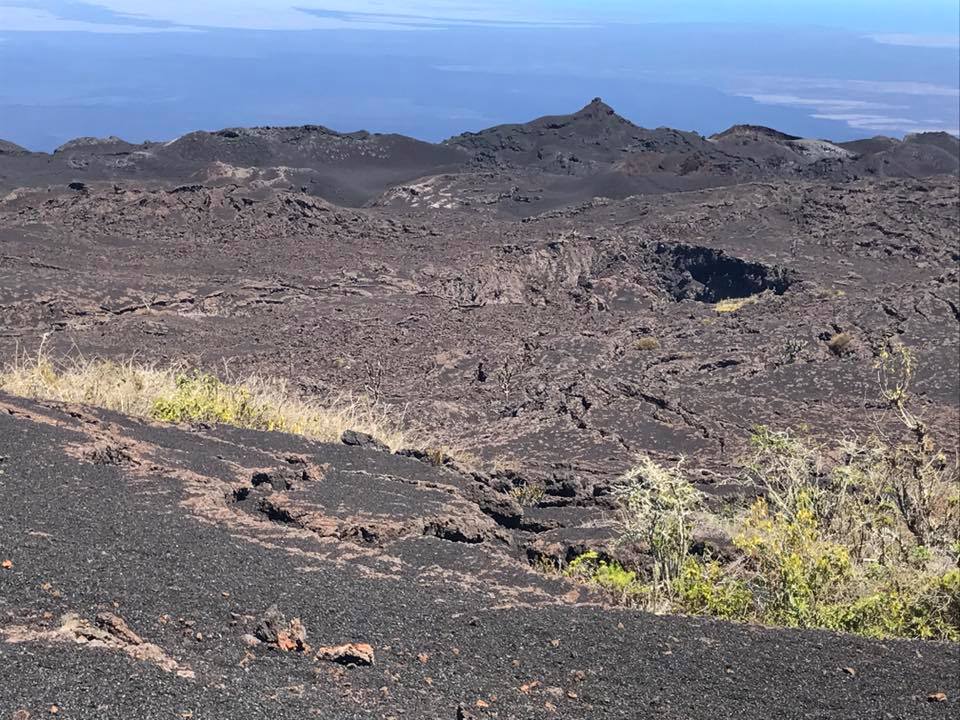
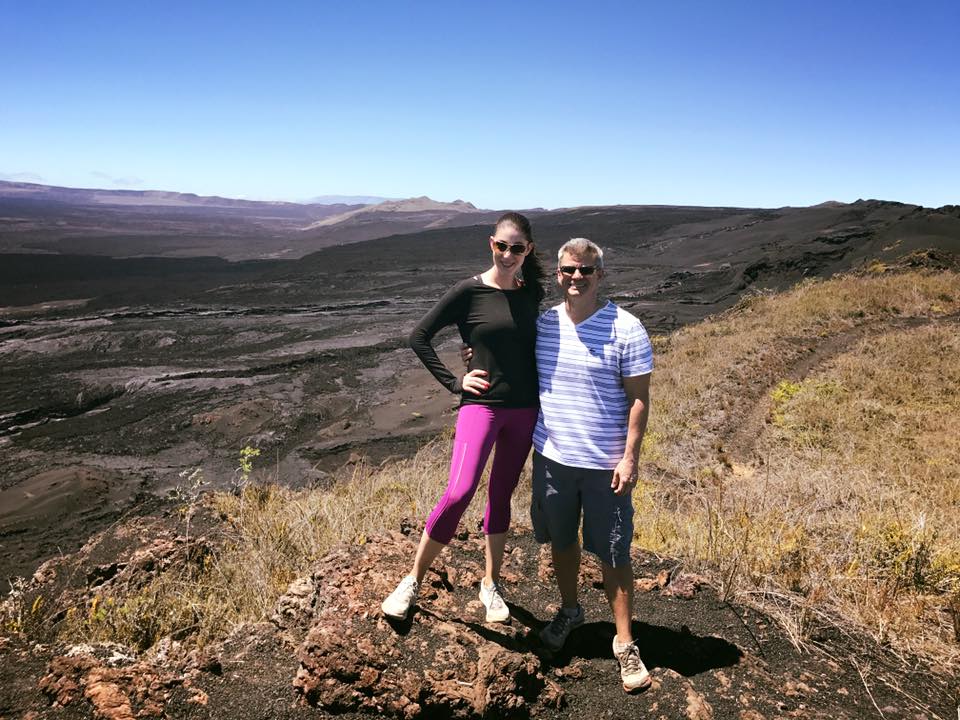
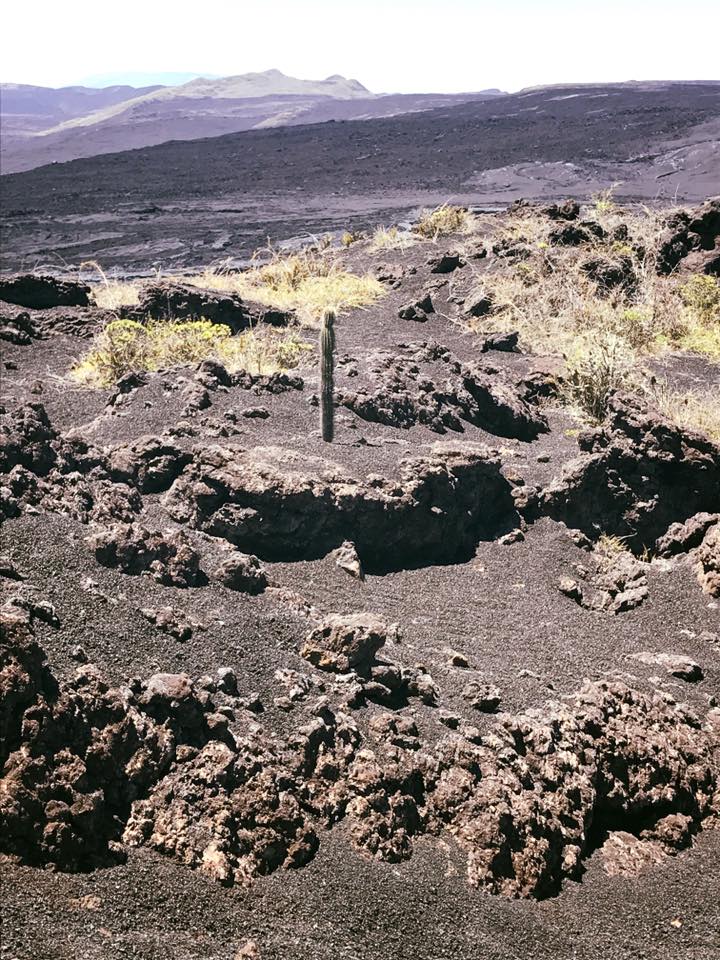
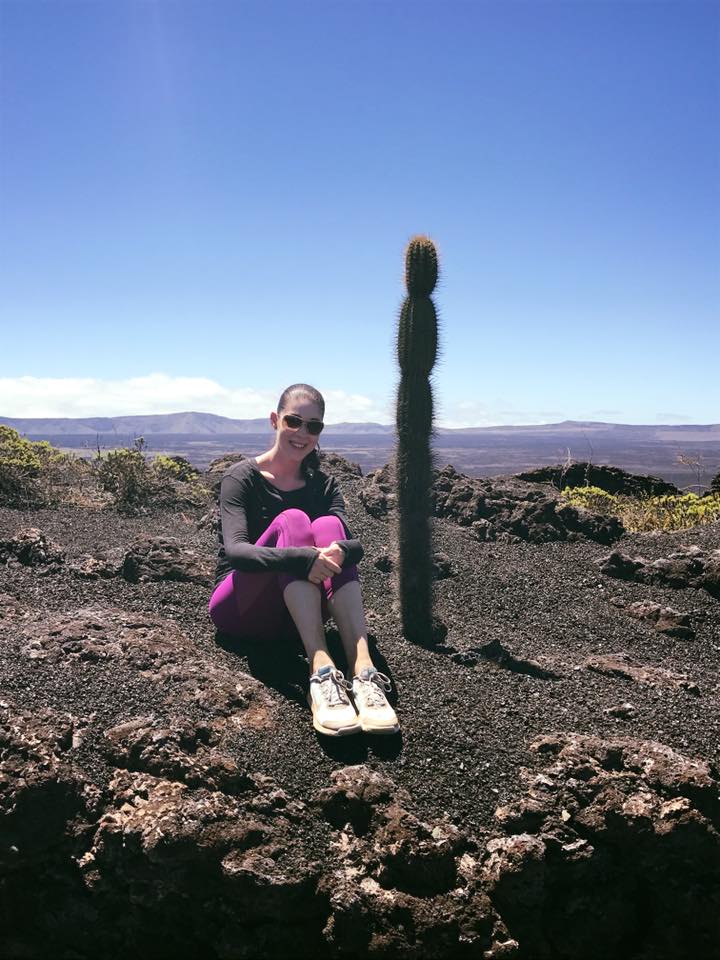 At long last, we made it to the top of the easier route. This is where Internet comes from!! Just kidding. Kind of. These are GPS systems and seismographs.
At long last, we made it to the top of the easier route. This is where Internet comes from!! Just kidding. Kind of. These are GPS systems and seismographs. 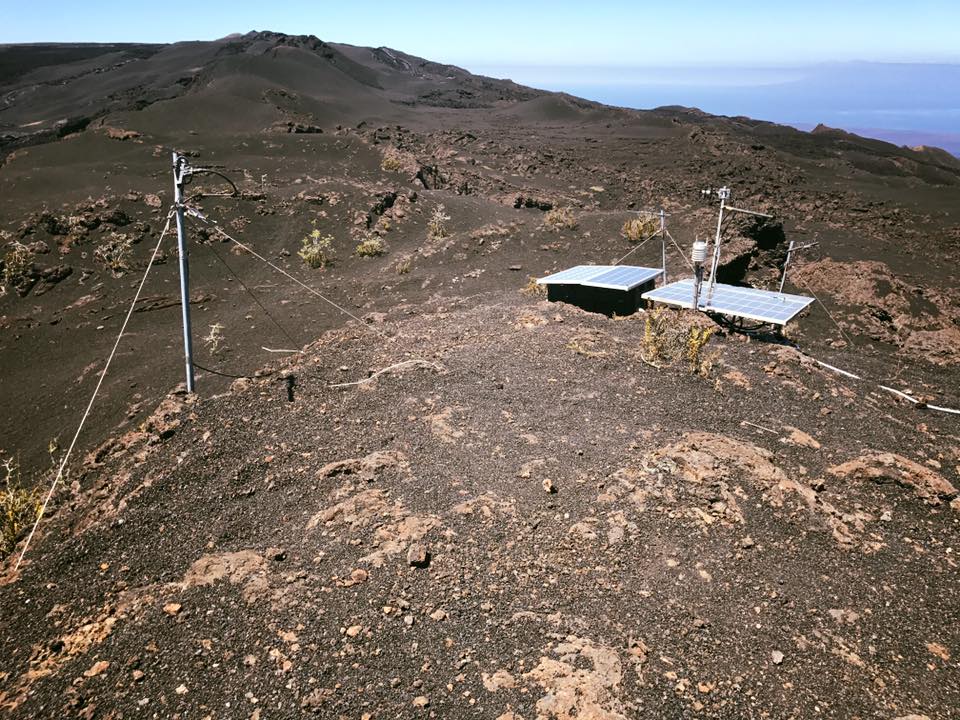
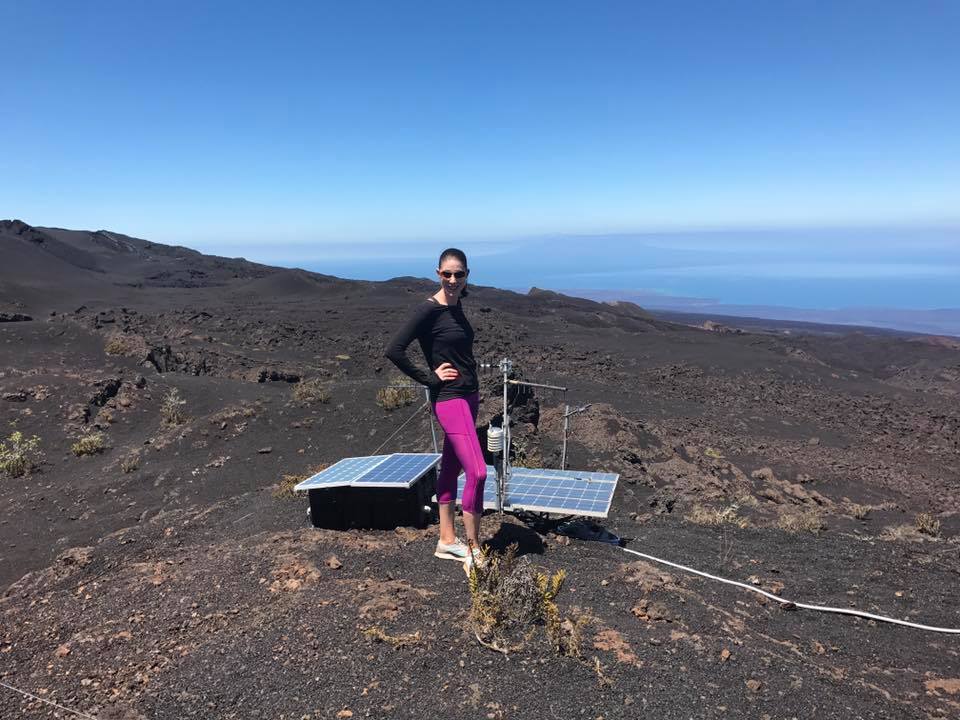 Okay, time to trek back down!
Okay, time to trek back down!
You would think that after an activity like this, we’d take the rest of the day off; but you would be wrong. This was our last day on the island, and this is an Anastasia vacation, so no rest. We can rest when we are dead. We had a snorkel spot to hit!
Concha de Perla is a great little snorkel spot that you can do on your own, and it is free to visit. This means that it is also a little more crowded. If you go early in the morning or later in the afternoon, there are less people. Some say the snorkeling is better in the morning. You can see rays, turtles, lots of fish, crabs, iguanas, star fish, and sea lions here.
Remember John Travolta from above? Well he and his wife, Carmen (you won’t miss her, trust me, her eye shadow job is something else. Drag queens could get tips from her!), own a dive and tour shop called Rosedelco. It is located right on the road heading towards the port, so we stopped in and rented wet suits and snorkel gear.
Concha de Perla is located in the Port of Villamil, where all of your day excursions have taken place. After entering the port, you will see a juice stand on your left. Just past the juice stand is the entrance for Concha de Perla, which can be reached via a wooden pathway.
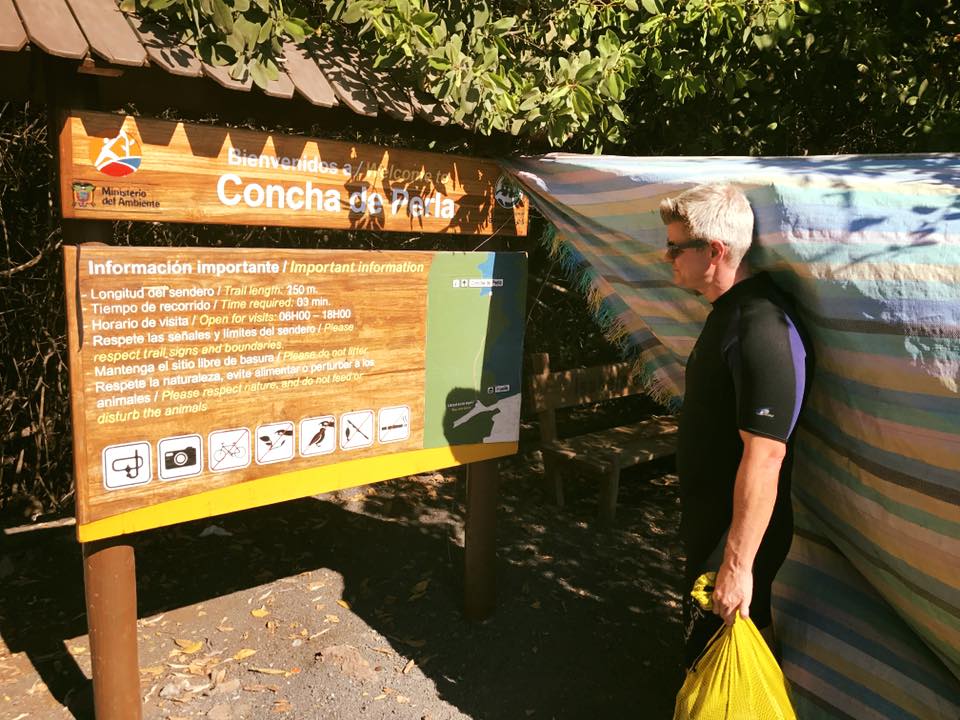
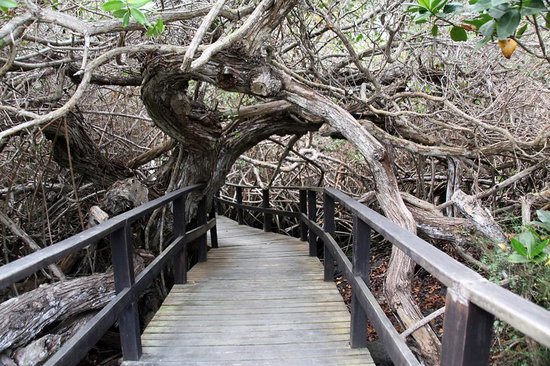
En route, we encountered a sea lion road block. We thought we would just jump over them, but they were not pleased with that. They woke up and started barking and showing teeth. Who knew that they were so testy! Ultimately, a park ranger had to come wake them and get them to move off the walkway and onto the sand to continue their siesta! 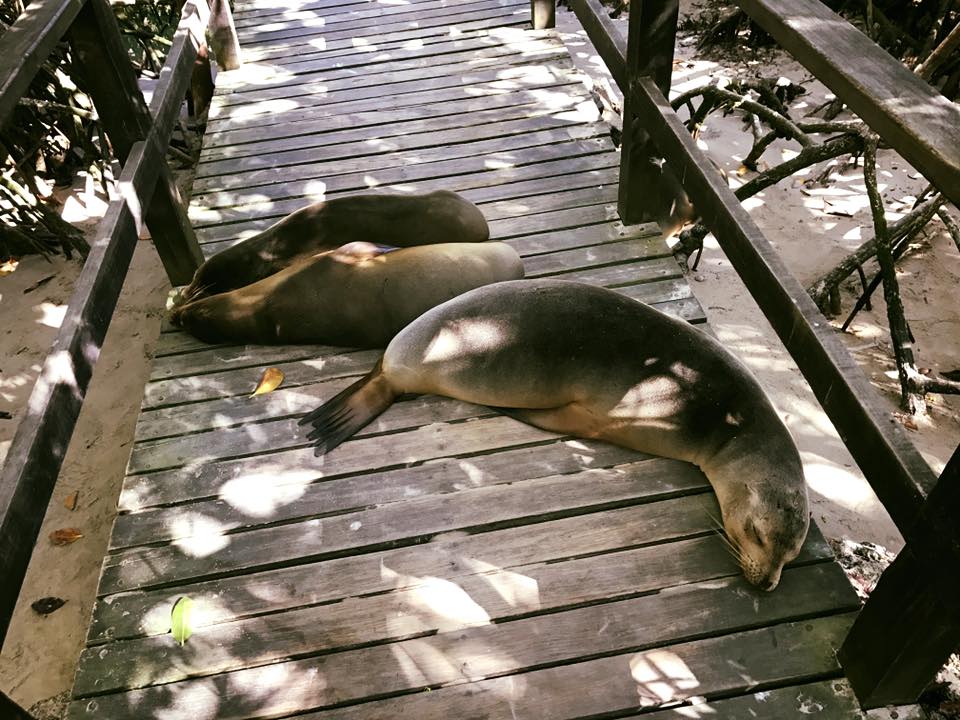
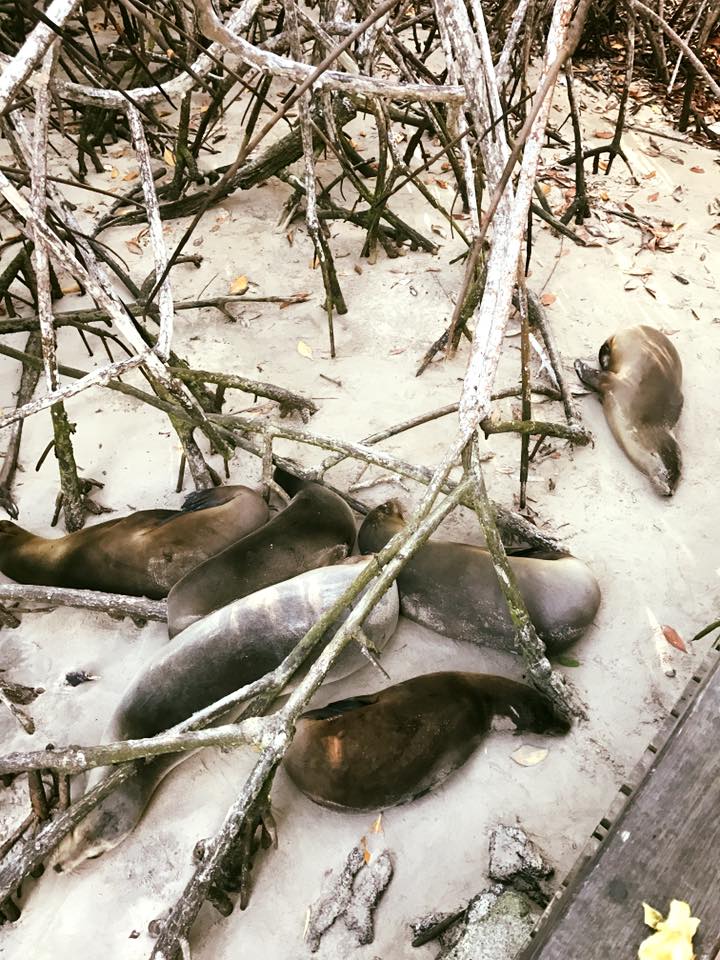 At the end of the pathway, you will reach a wooden landing that has benches on the left, and wooden poles to hang your stuff on either side. There are two staircases that lead down into the (cold!) water. This is what the lagoon looks like:
At the end of the pathway, you will reach a wooden landing that has benches on the left, and wooden poles to hang your stuff on either side. There are two staircases that lead down into the (cold!) water. This is what the lagoon looks like: 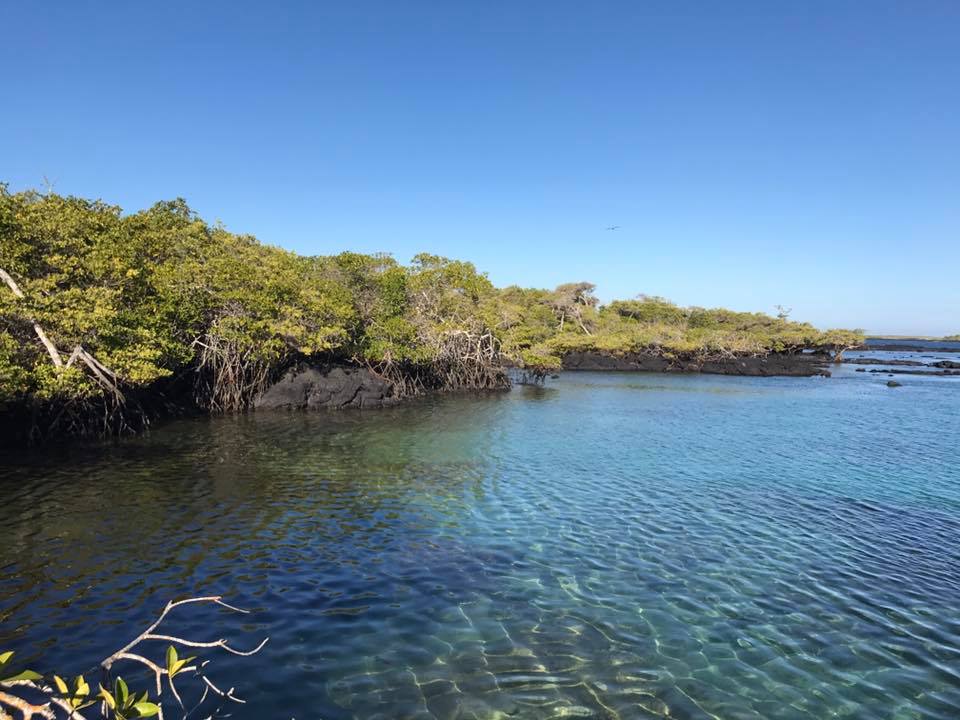
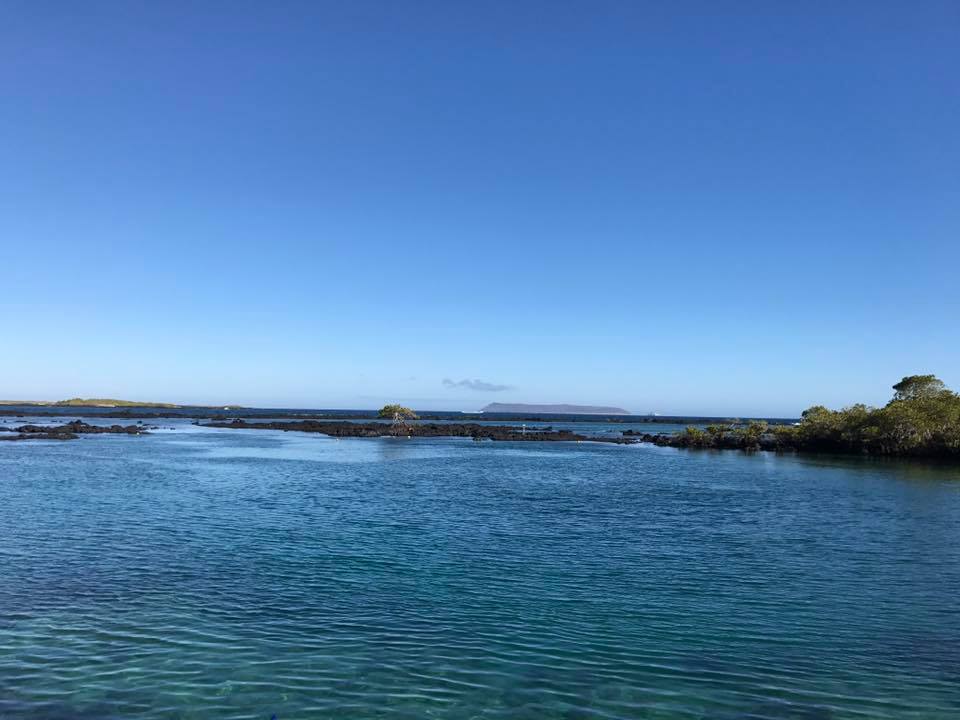
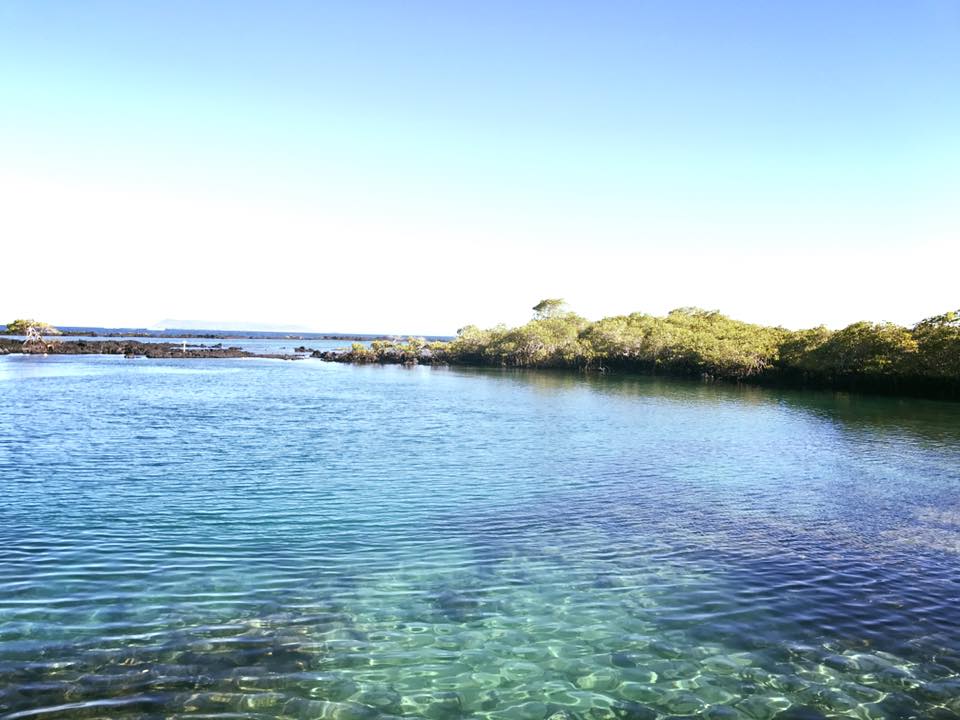 You aren’t supposed to go past the rock in the middle. While we were visiting, one of those lazy sea lions decided he was hungry. He came waddling up the walk to the platform, made his way down the stairs, and shot like a bullet through the water looking for fish!
You aren’t supposed to go past the rock in the middle. While we were visiting, one of those lazy sea lions decided he was hungry. He came waddling up the walk to the platform, made his way down the stairs, and shot like a bullet through the water looking for fish! 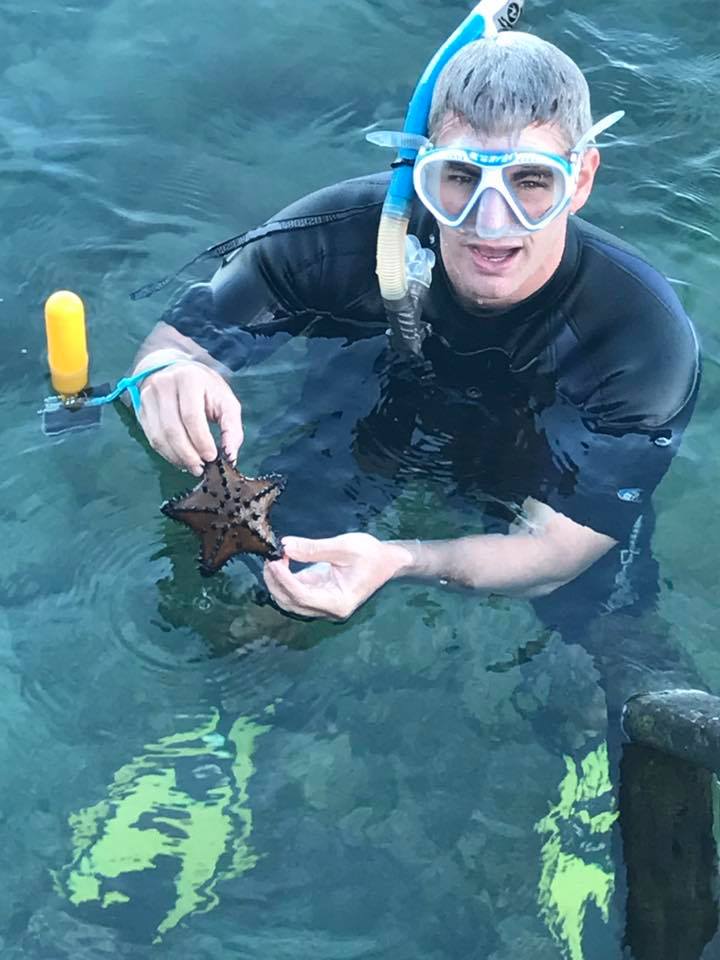
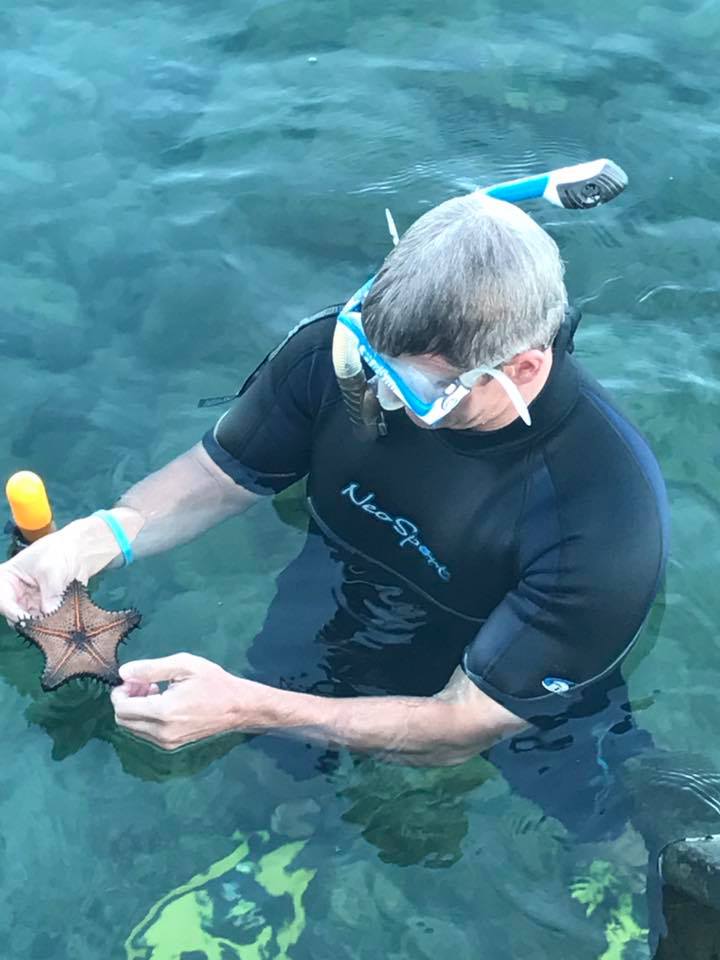 This was a great way to spend our last day on Isabela, and I am so glad we didn’t miss this place. Unfortunately for us, all good things must come to an end; but, we were excited, because up next was Santa Cruz Island! Isabela is a special island in the Galapagos not to be missed – truly a nature lover’s paradise; and whether you are doing a cruise or a land-based itinerary, I HIGHLY recommend that you make a point of staying a couple of days here.
This was a great way to spend our last day on Isabela, and I am so glad we didn’t miss this place. Unfortunately for us, all good things must come to an end; but, we were excited, because up next was Santa Cruz Island! Isabela is a special island in the Galapagos not to be missed – truly a nature lover’s paradise; and whether you are doing a cruise or a land-based itinerary, I HIGHLY recommend that you make a point of staying a couple of days here.
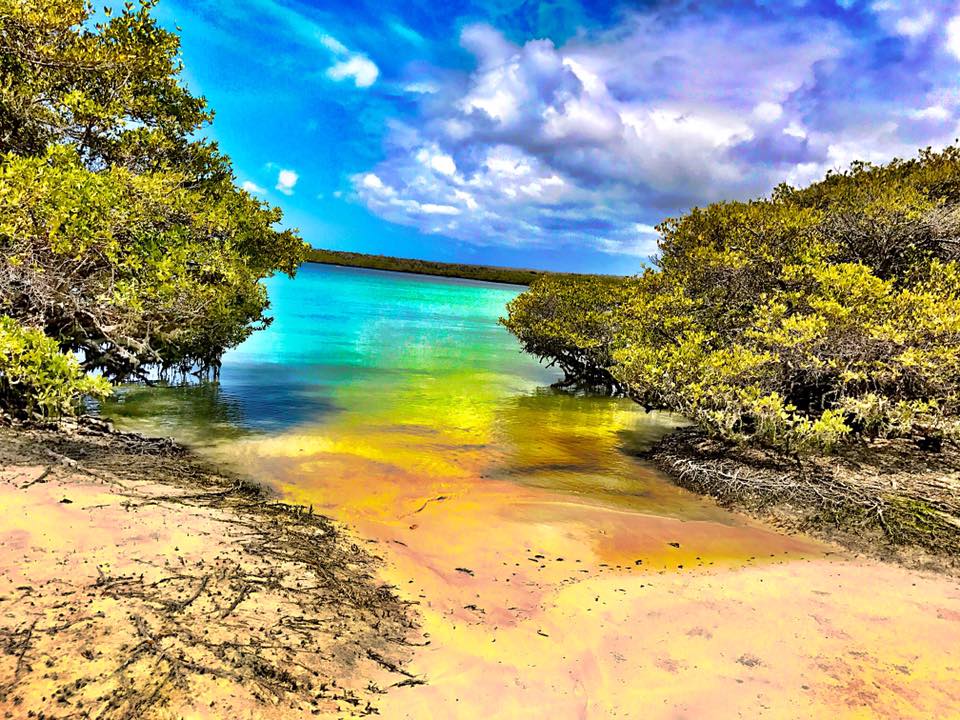 So, you want to go to the Galapagos Islands. Good choice! It is a literal paradise. But, if you have done any research at all, you may have already figured out that getting to this slice of paradise is not as easy as just jumping on a plane and going. Getting to the Galapagos Islands is a process.
So, you want to go to the Galapagos Islands. Good choice! It is a literal paradise. But, if you have done any research at all, you may have already figured out that getting to this slice of paradise is not as easy as just jumping on a plane and going. Getting to the Galapagos Islands is a process.
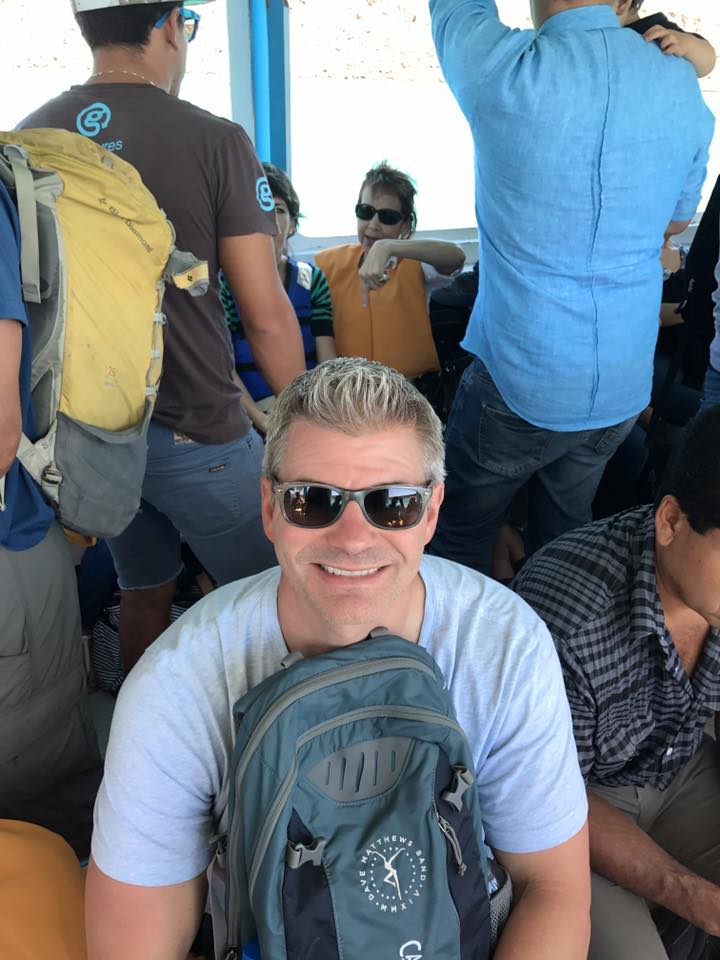 Once on Santa Cruz, and, in addition to exploring this island (which, honestly, doesn’t have much wildlife other than marine iguanas, sea turtles at Tortuga Bay, and the land tortoises at the Charles Darwin Research Station), you can take day-trips to Santa Fe, North Seymour Island, Bartolome, and South Plaza Island. All of these excursions offer great snorkeling and opportunities to see other animals on the islands, especially North Seymour Island.
Once on Santa Cruz, and, in addition to exploring this island (which, honestly, doesn’t have much wildlife other than marine iguanas, sea turtles at Tortuga Bay, and the land tortoises at the Charles Darwin Research Station), you can take day-trips to Santa Fe, North Seymour Island, Bartolome, and South Plaza Island. All of these excursions offer great snorkeling and opportunities to see other animals on the islands, especially North Seymour Island.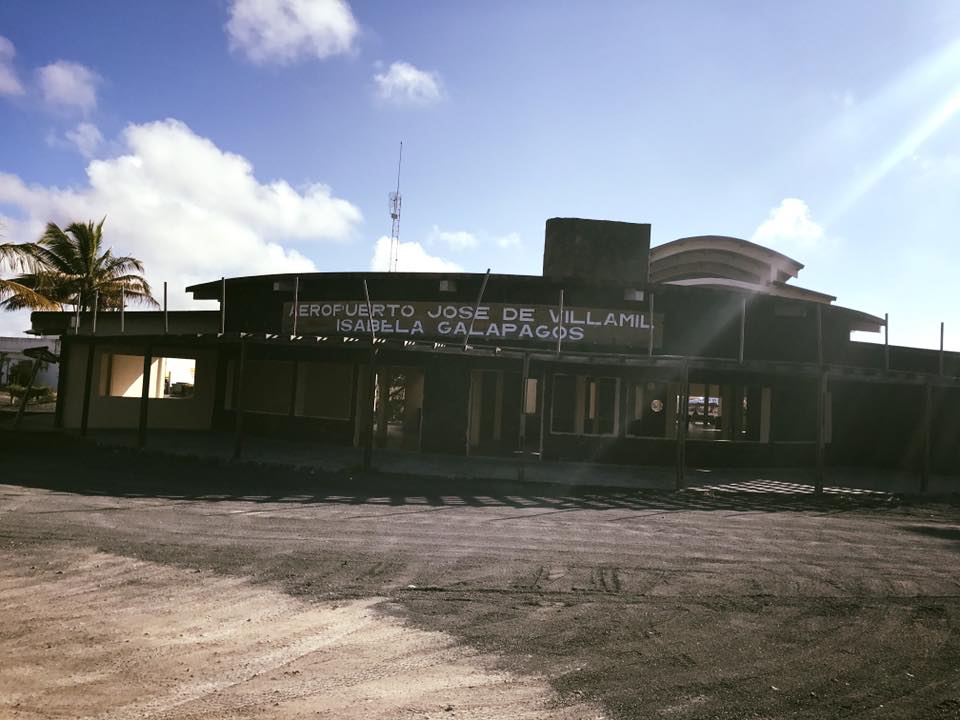
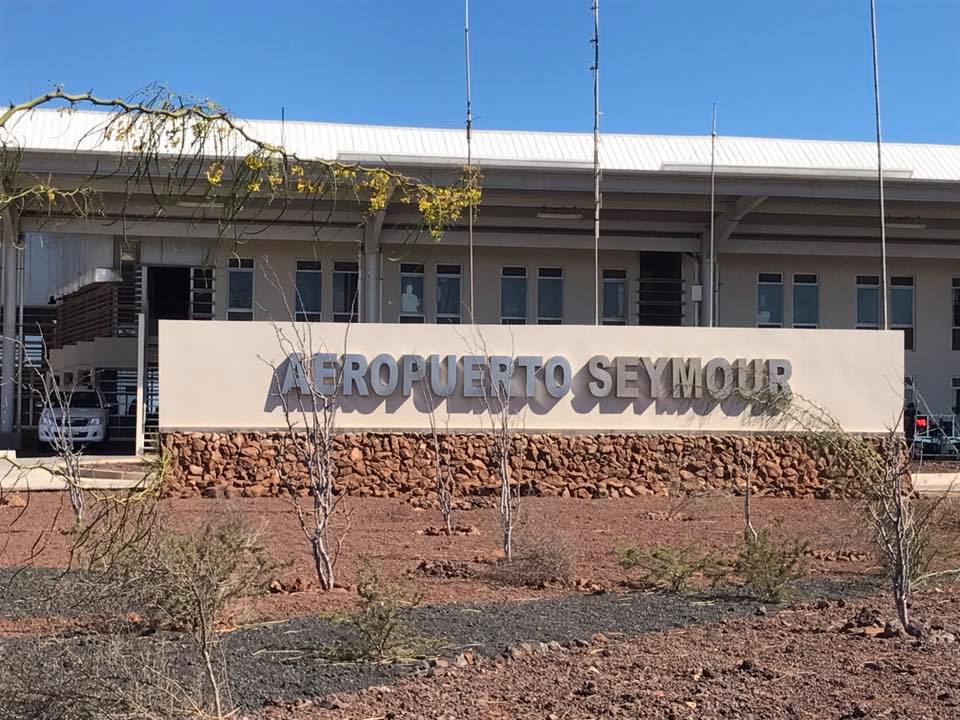
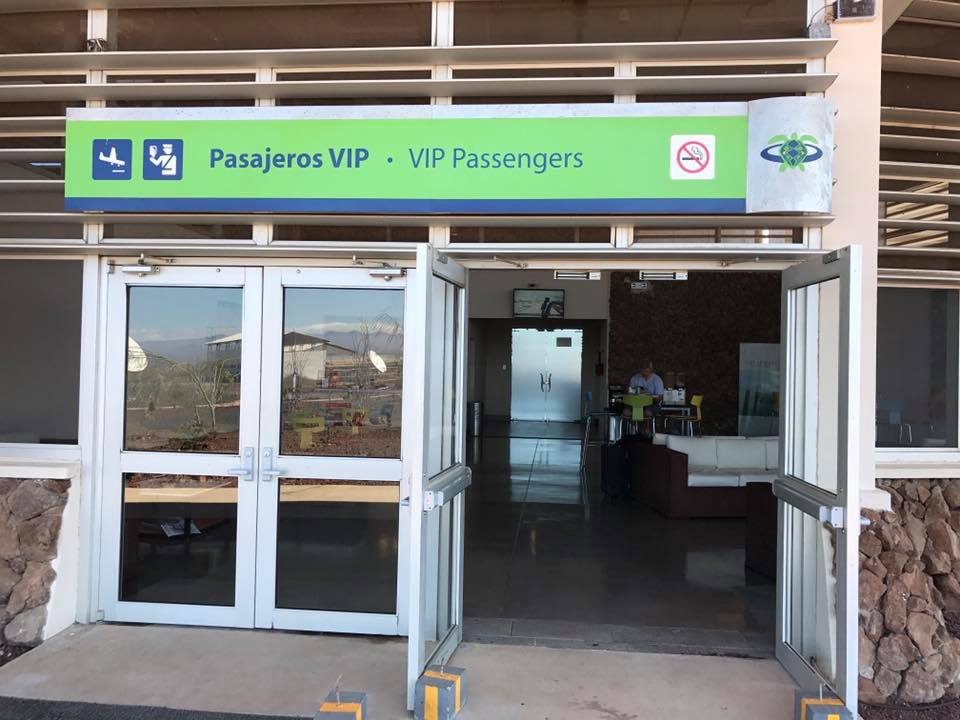
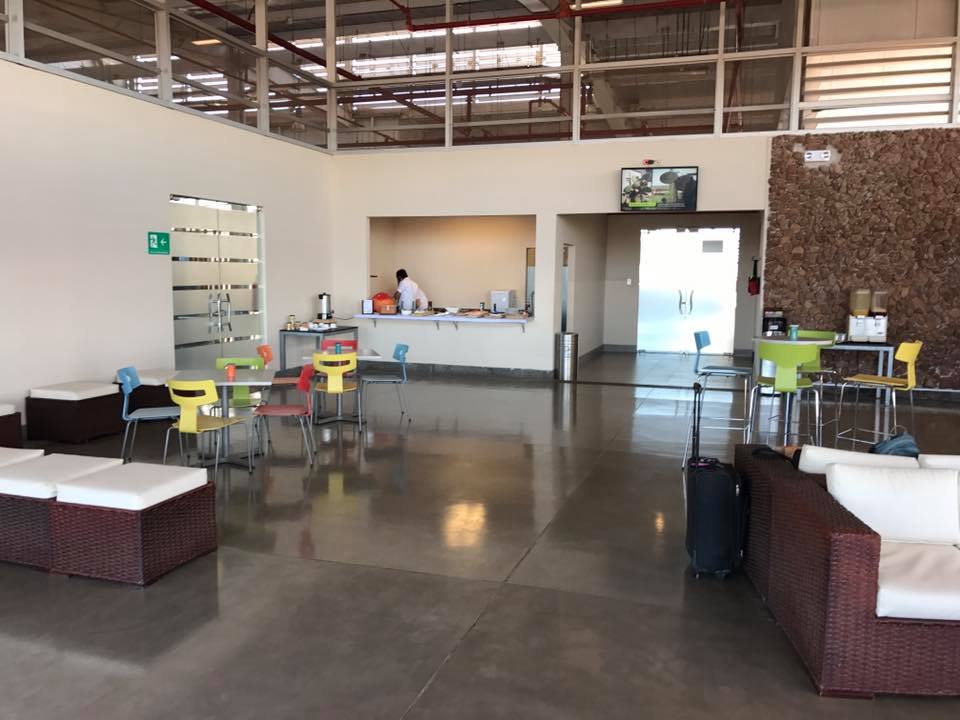
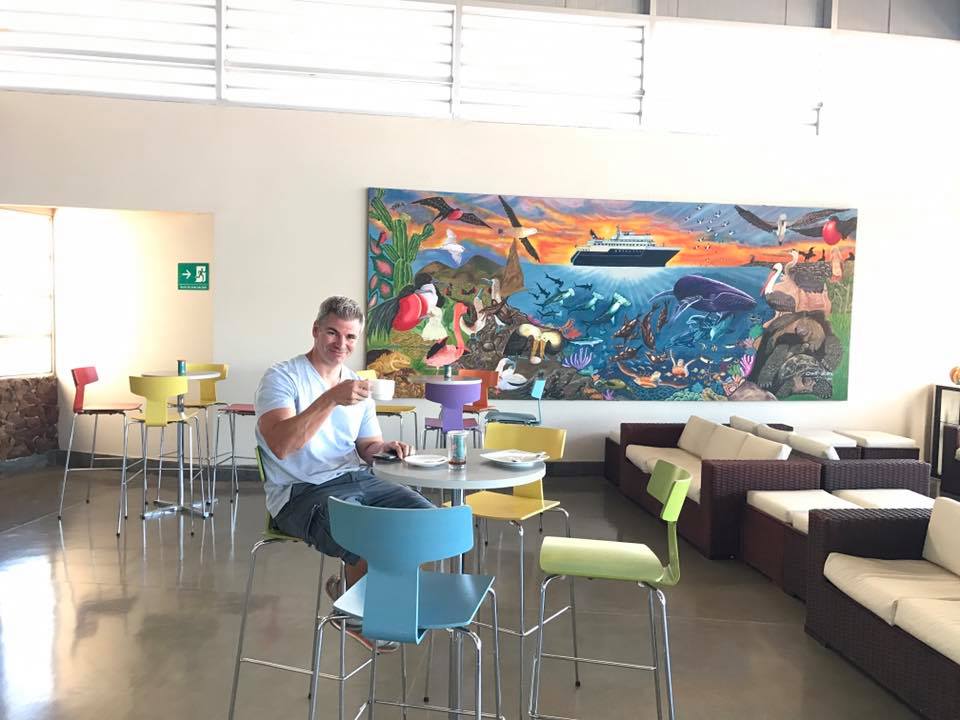 But, I digress. If you choose the flight option, here is what you have in store:
But, I digress. If you choose the flight option, here is what you have in store:
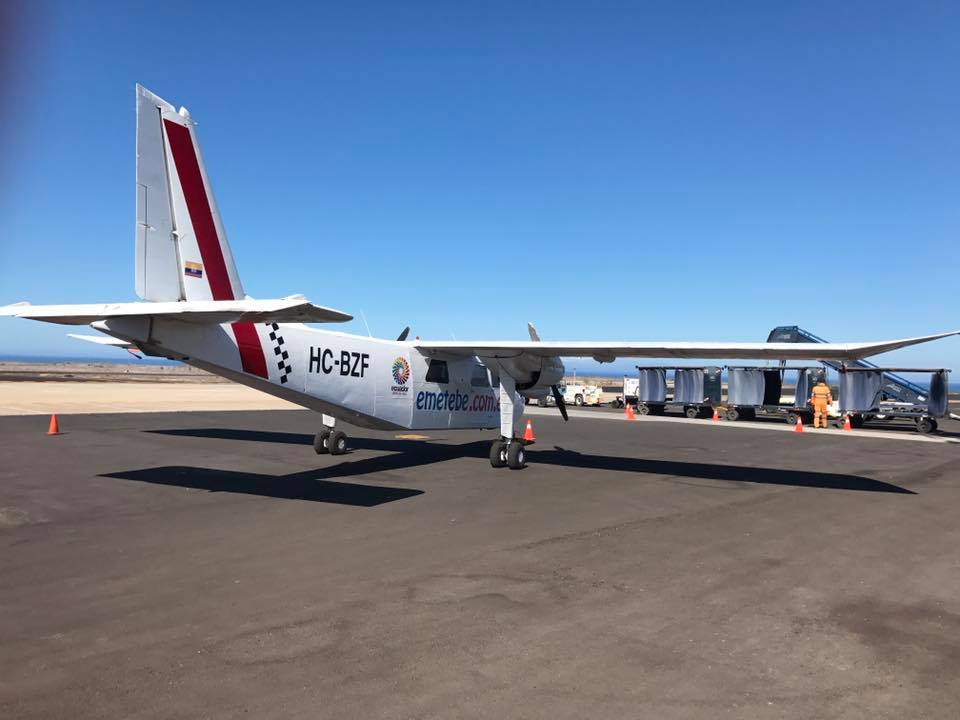
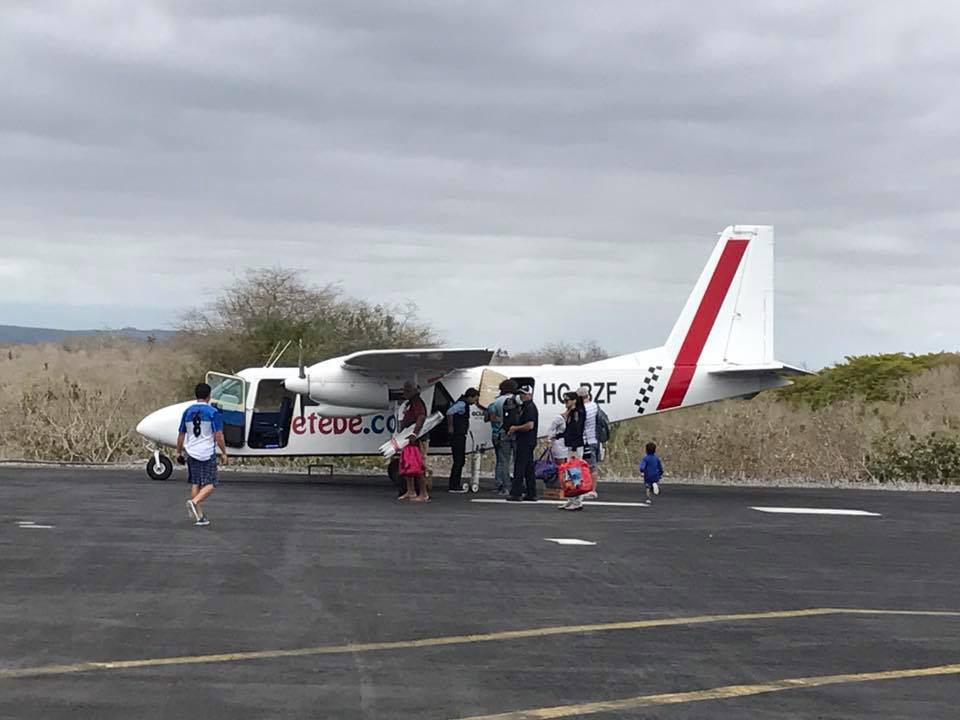
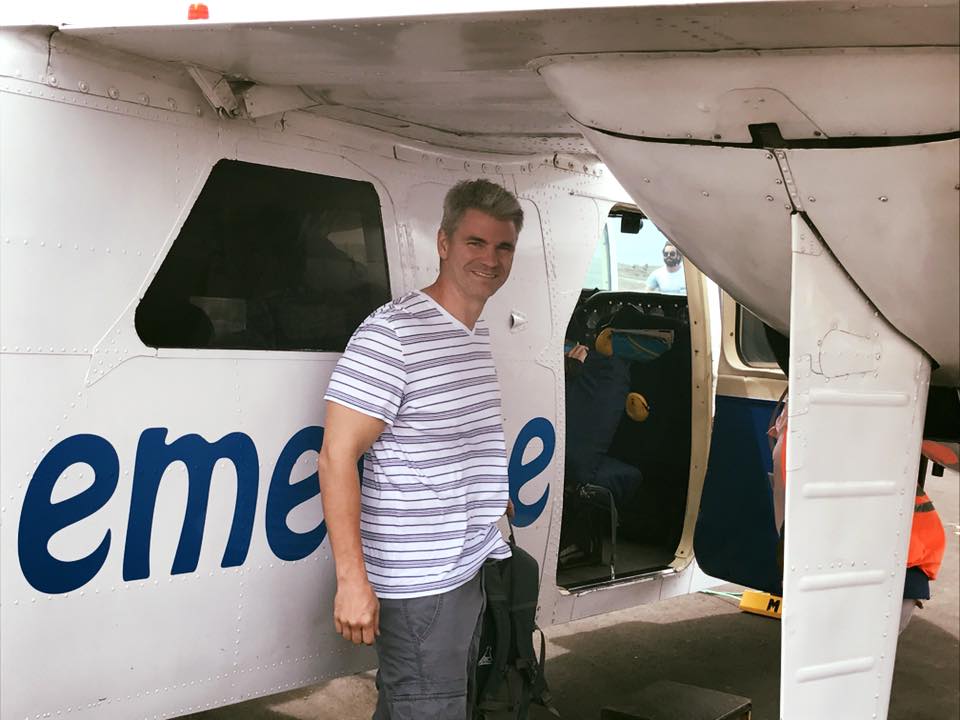
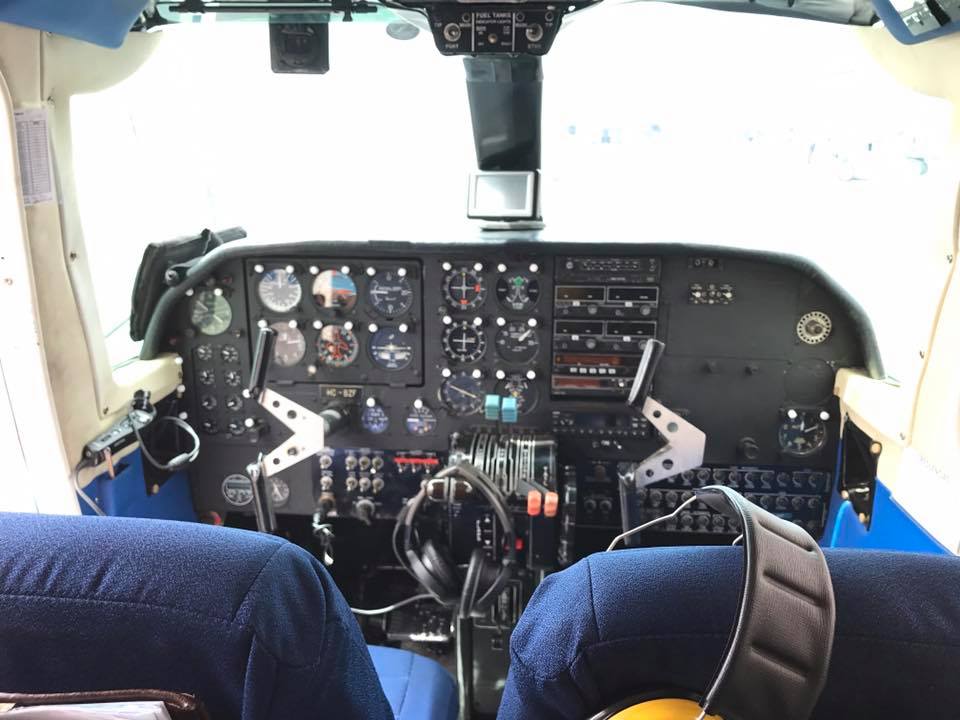
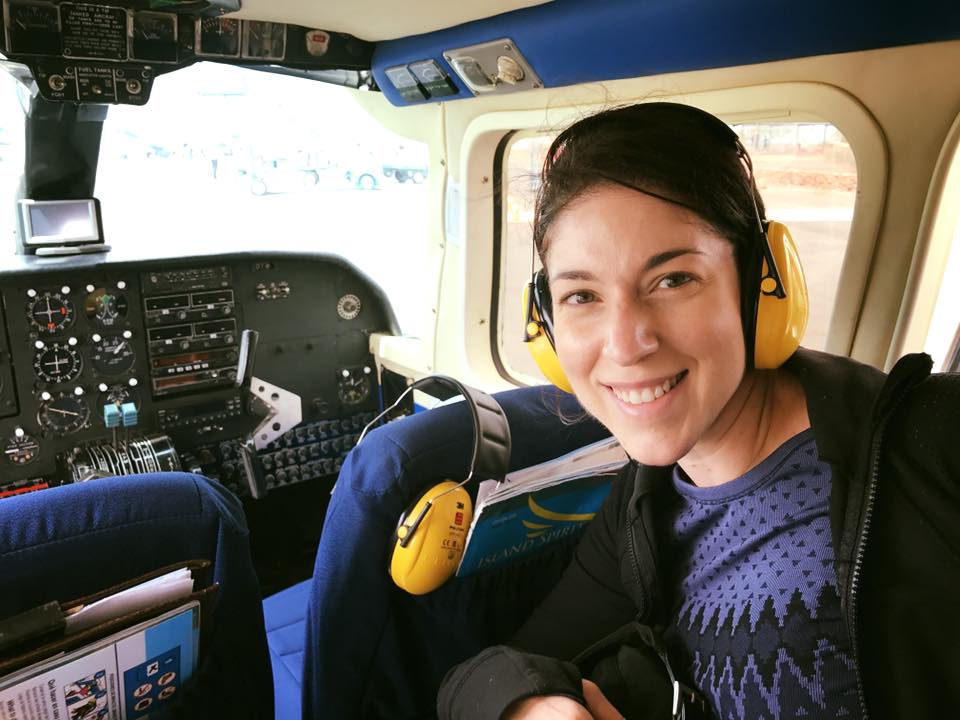 Try to sit in the first row for the best view!
Try to sit in the first row for the best view!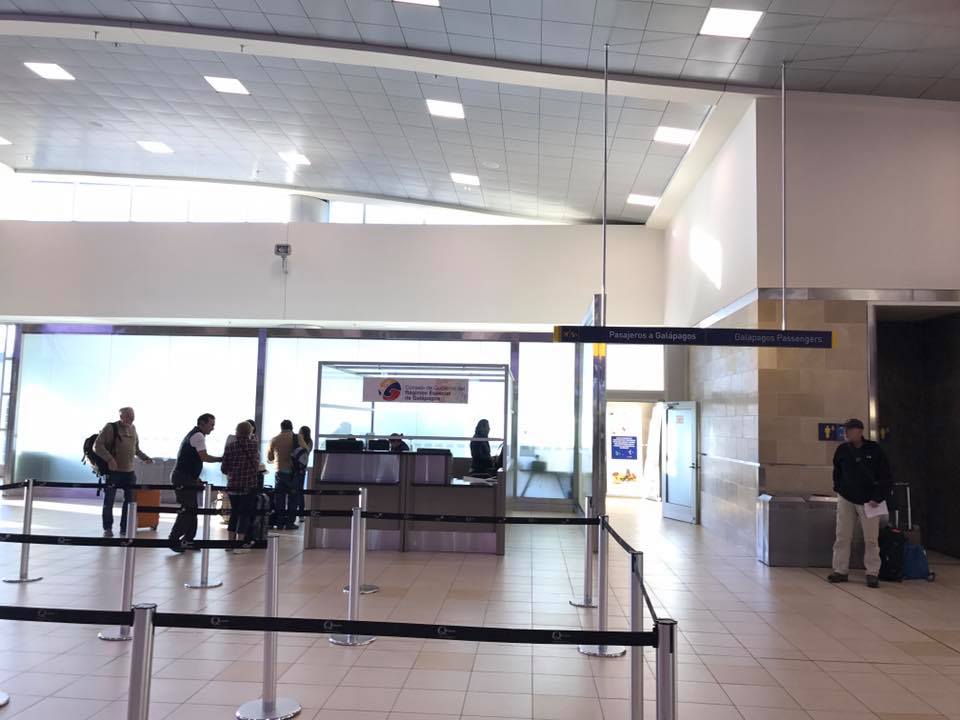
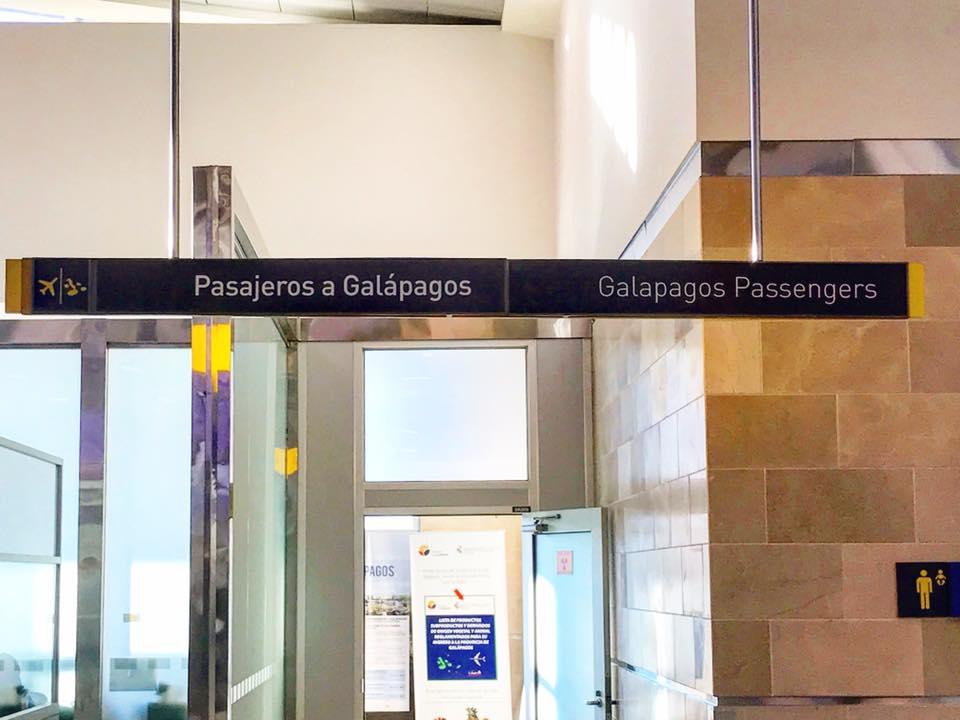
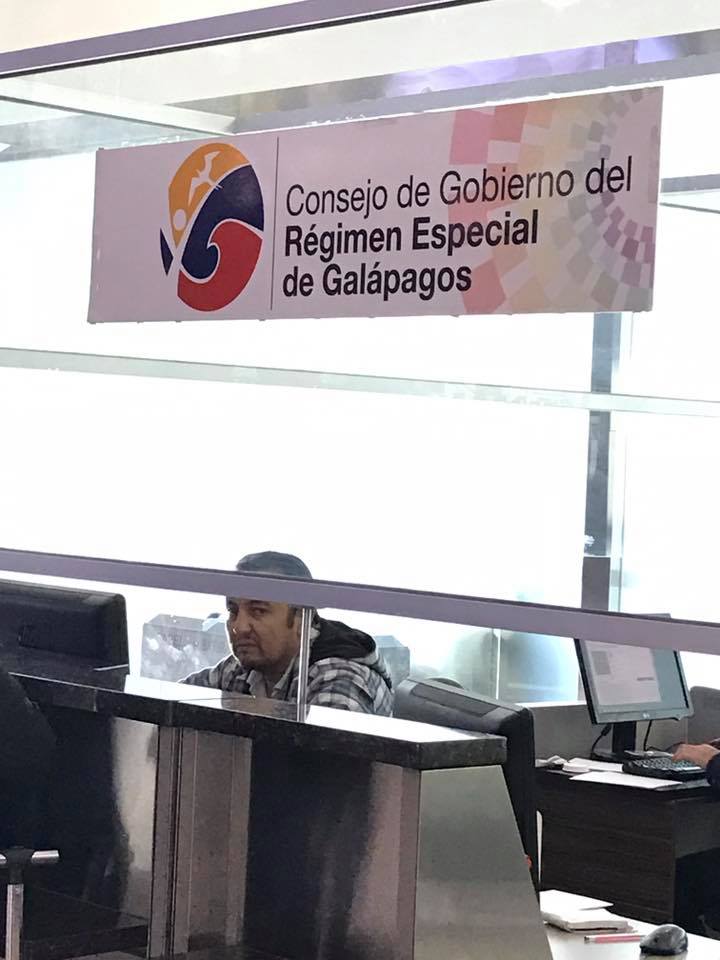 This is your first stop. You will need your passport, and you need to pay $20 USD per person
This is your first stop. You will need your passport, and you need to pay $20 USD per person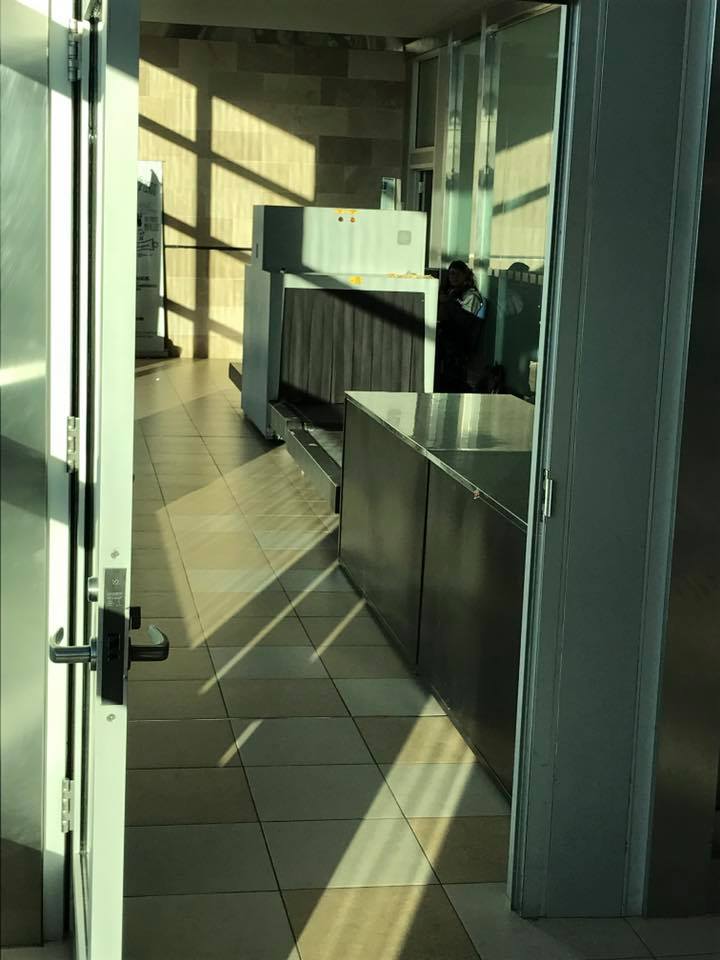
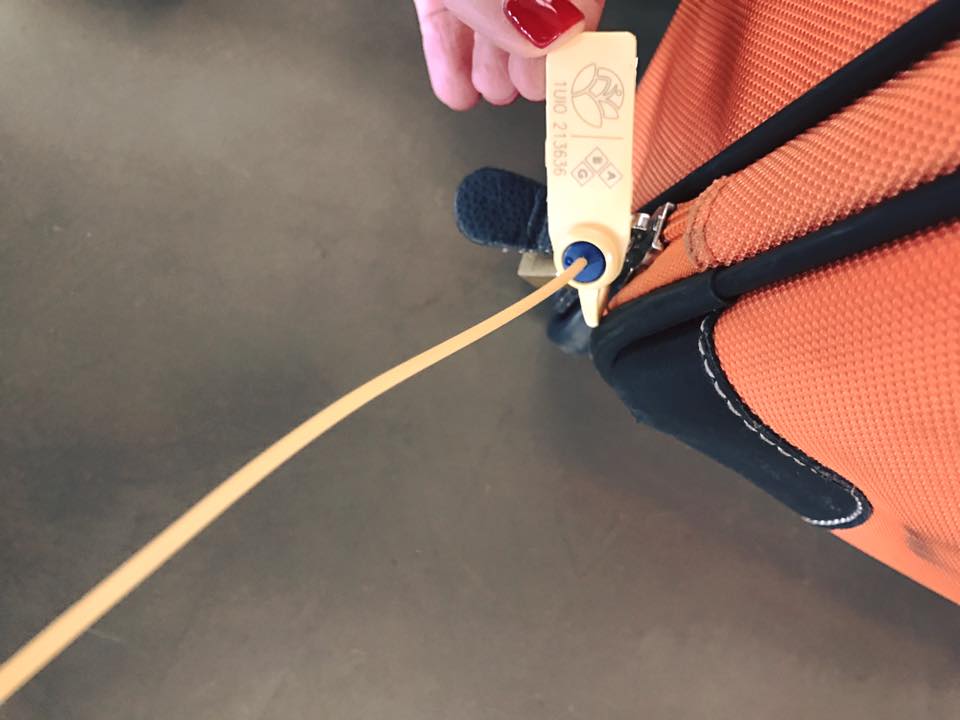 Any unprocessed food or nuts will be confiscated. Only after you passed through here may you approach the counter to check in to your Galapagos flight. If you hire a travel agent, there is a local agent that takes you to the airport and does ALL of this for you while you comfortably sit and wait.
Any unprocessed food or nuts will be confiscated. Only after you passed through here may you approach the counter to check in to your Galapagos flight. If you hire a travel agent, there is a local agent that takes you to the airport and does ALL of this for you while you comfortably sit and wait. Once you get to the Galapagos, the real fun begins. First, you enter the airport and must pass through their customs. You will need your passport and the form mentioned previously (this is also where you will pay the aforementioned $100 USD Galapagos National Park Fee). You will also get a neat Galapagos passport stamp! Then they will scan your bags … again!
Once you get to the Galapagos, the real fun begins. First, you enter the airport and must pass through their customs. You will need your passport and the form mentioned previously (this is also where you will pay the aforementioned $100 USD Galapagos National Park Fee). You will also get a neat Galapagos passport stamp! Then they will scan your bags … again!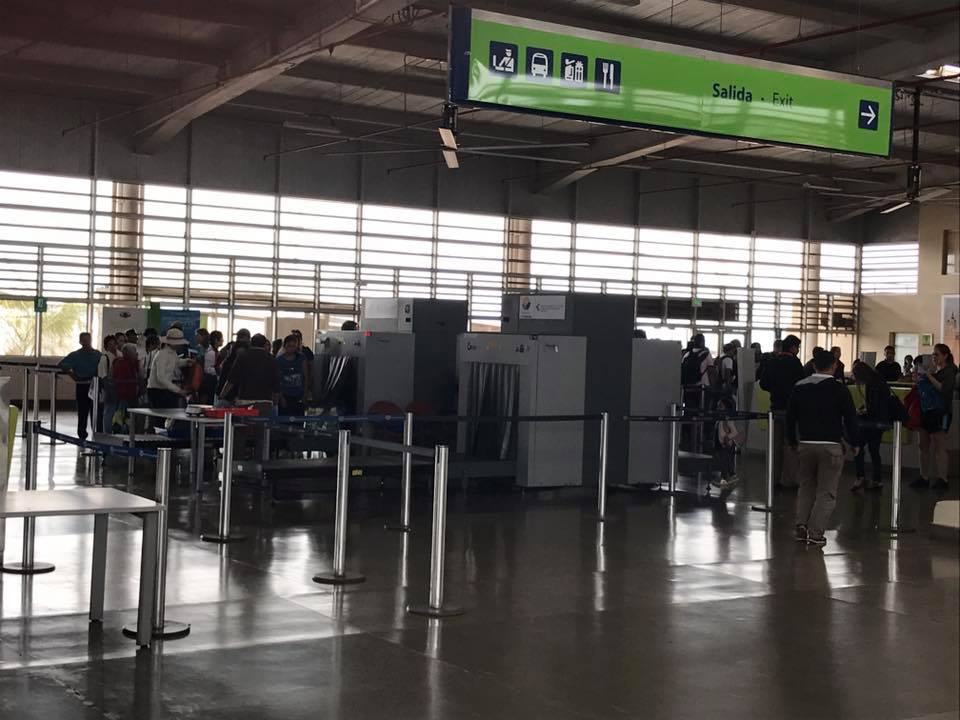
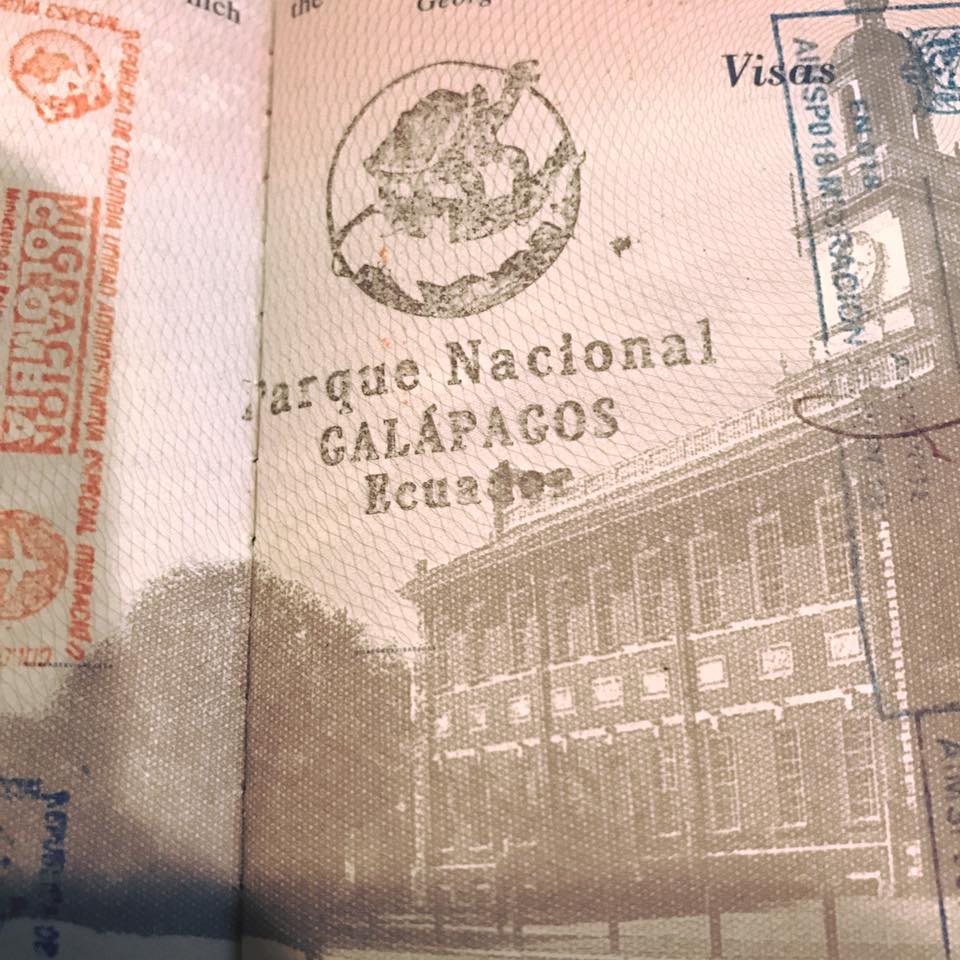 After this, you move to the luggage collection area. There is a long yellow line. You are not to cross this line and collect your bag until you are told to. Why? Well, your luggage gets checked again. By a dog; a fruit and vegetable contraband sniffing dog. So, all the luggage comes out and is lined up on belts. The dog comes around and sniffs each and every bag. If your bag passes the sniff test, then the plastic zip tie is cut off. Once all bags have been sniffed and approved, they allow you to collect your bag in what turns our to be a chaotic free-f0r-all!
After this, you move to the luggage collection area. There is a long yellow line. You are not to cross this line and collect your bag until you are told to. Why? Well, your luggage gets checked again. By a dog; a fruit and vegetable contraband sniffing dog. So, all the luggage comes out and is lined up on belts. The dog comes around and sniffs each and every bag. If your bag passes the sniff test, then the plastic zip tie is cut off. Once all bags have been sniffed and approved, they allow you to collect your bag in what turns our to be a chaotic free-f0r-all!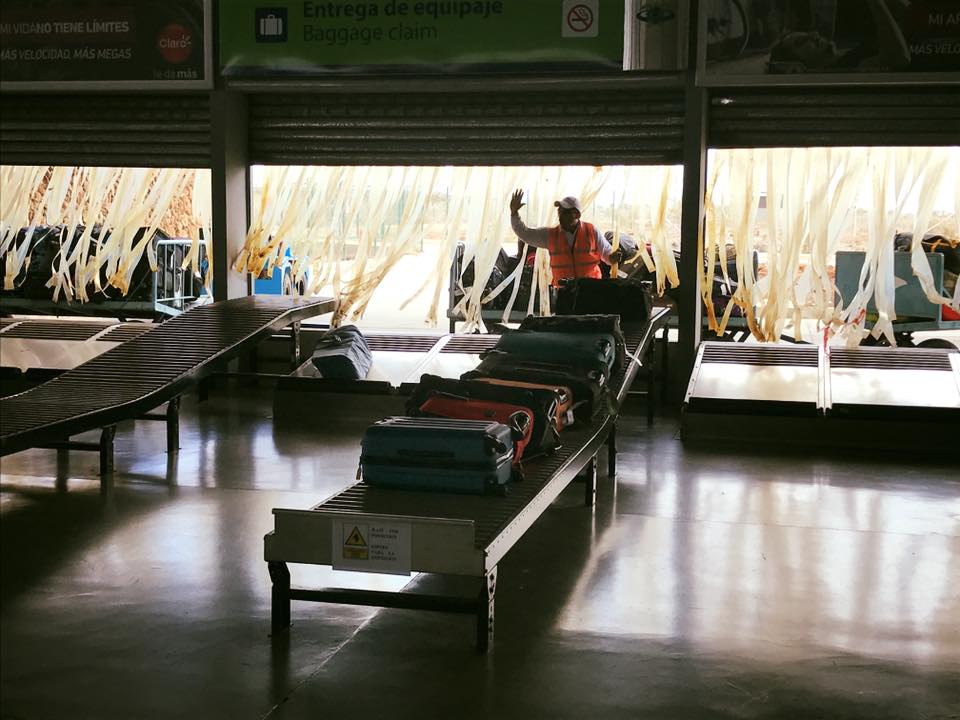
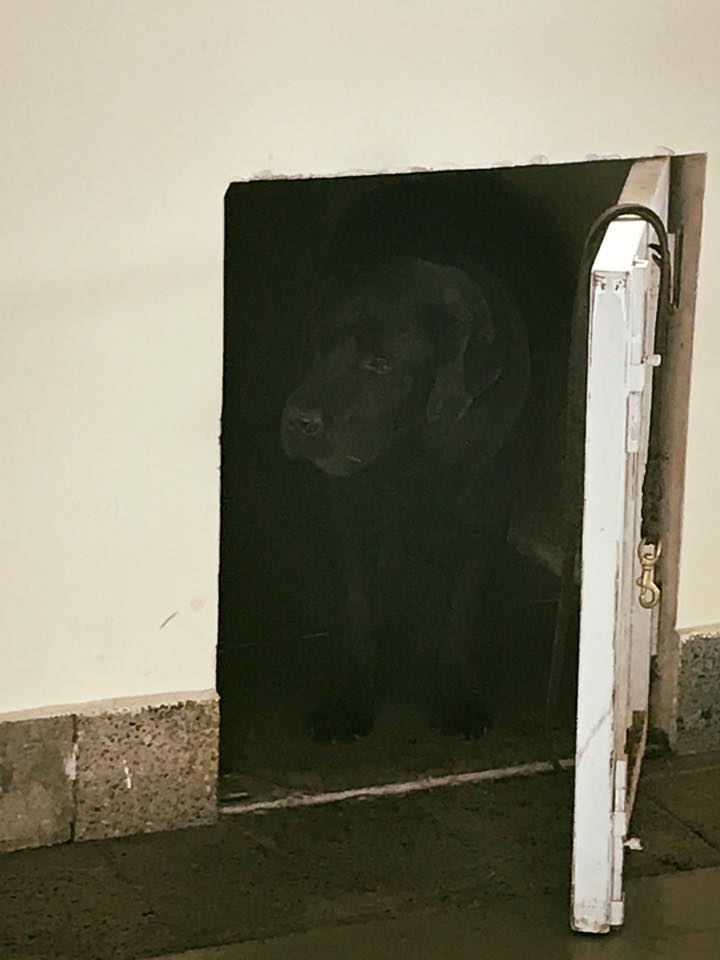
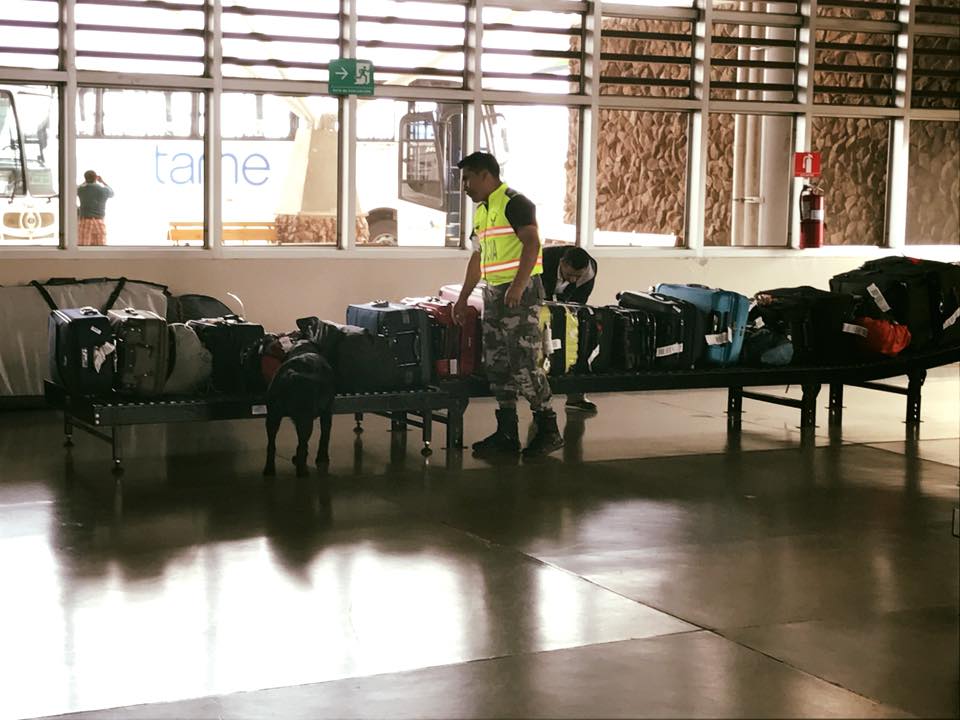
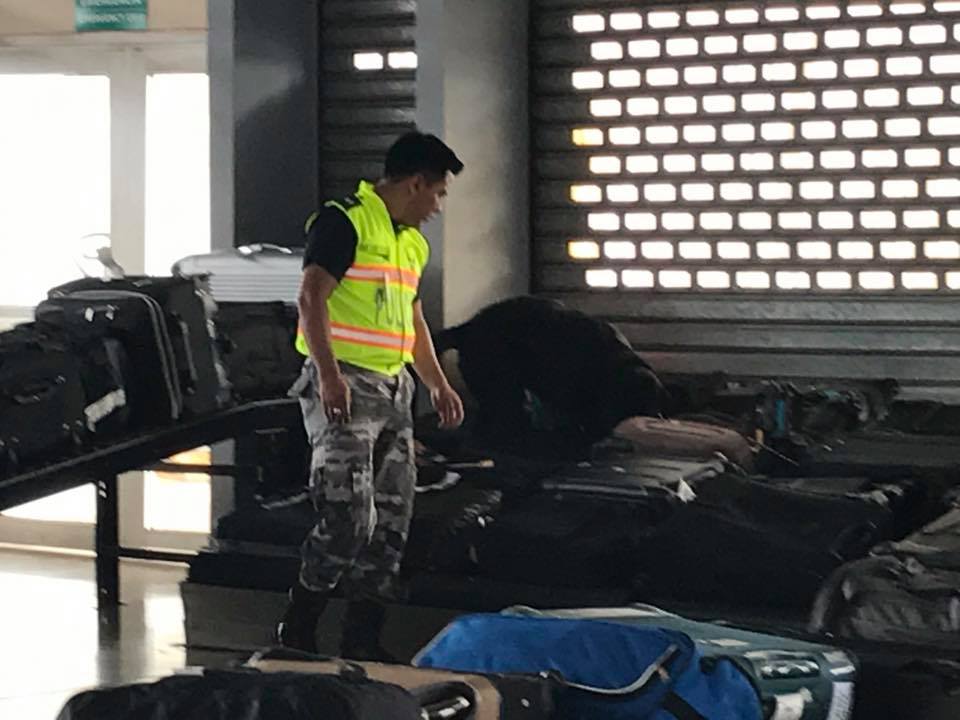
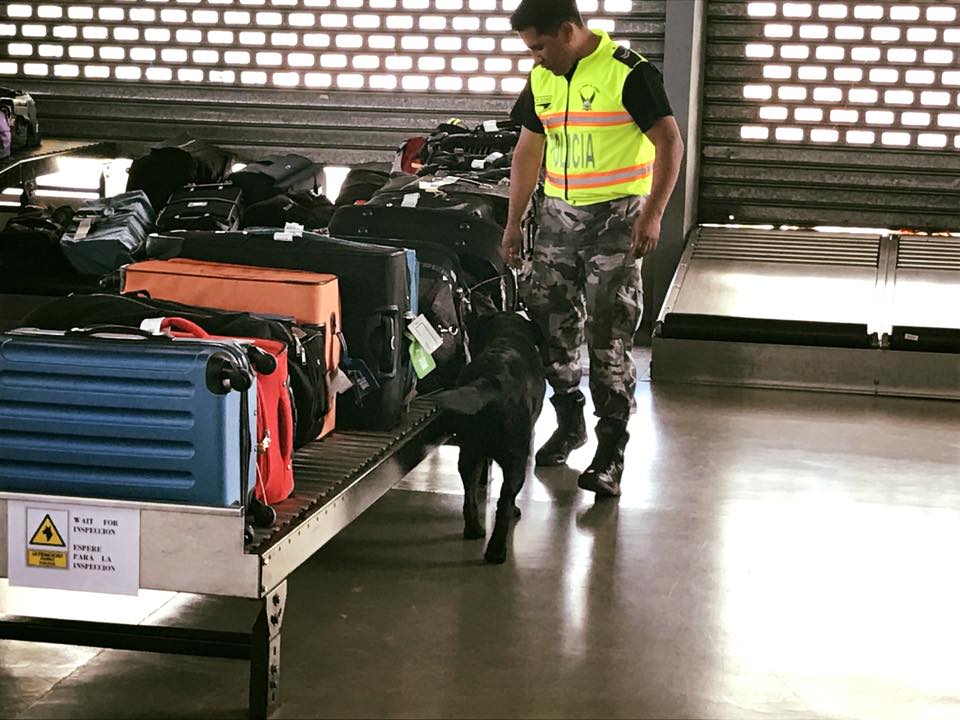 After you collect your bag, you either check in for your next flight if you are flying to Isabela or San Cristobal or you go out to catch the bus that will take you to Santa Cruz for your stay there or for your next ferry ride to Isabela or San Cristobal.
After you collect your bag, you either check in for your next flight if you are flying to Isabela or San Cristobal or you go out to catch the bus that will take you to Santa Cruz for your stay there or for your next ferry ride to Isabela or San Cristobal.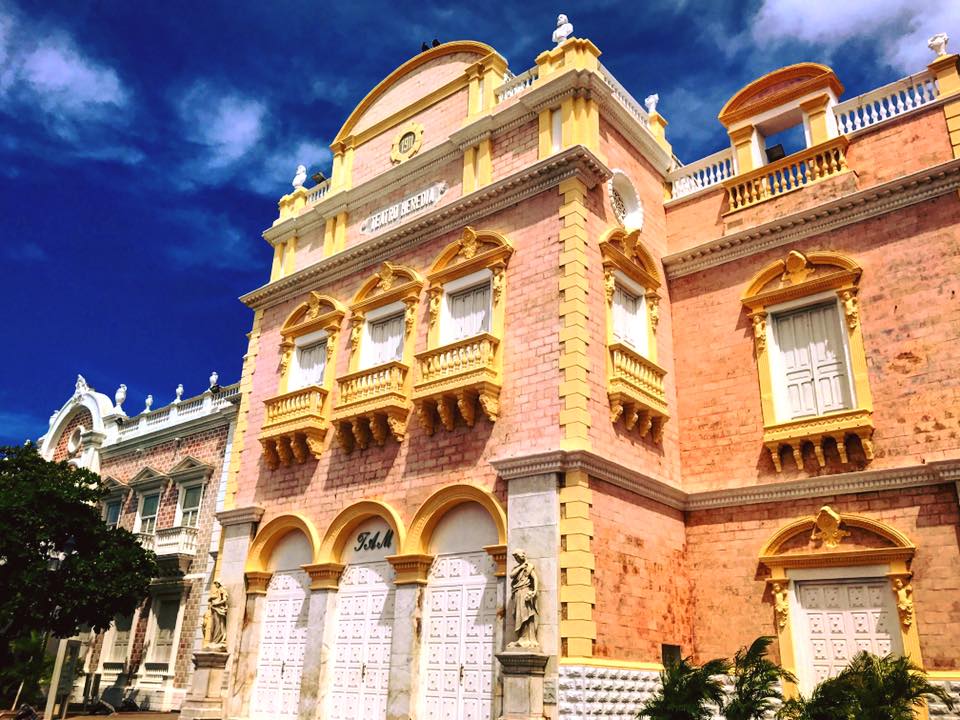 The colorful concrete rainbow that is the historic district in Cartagena, Colombia is certainly captivating, especially for photographers and architecture lovers alike. Every color on the spectrum can be found painted onto the colonial-styled buildings. Cartagena is eye candy for days. But how did the city get so colorful? Well, as the story goes, Cartagena originally had a law that required all buildings to be white. One day, a very entrepreneurial eye doctor (one who happened to own a paint company) convinced the government that the strong beams of the sun’s rays reflecting off of the city’s all white buildings was ruining its citizens’ eyesight. The city fathers agreed, the law was changed, and the doctor retired from medicine to preside over his booming paint business! Okay, I may be taking some editorial liberties on the retirement part, but I imagine that’s what happened. Regardless, thanks to this enterprising ophthalmologist, we now have a kaleidoscope of colors to enjoy in Cartagena!
The colorful concrete rainbow that is the historic district in Cartagena, Colombia is certainly captivating, especially for photographers and architecture lovers alike. Every color on the spectrum can be found painted onto the colonial-styled buildings. Cartagena is eye candy for days. But how did the city get so colorful? Well, as the story goes, Cartagena originally had a law that required all buildings to be white. One day, a very entrepreneurial eye doctor (one who happened to own a paint company) convinced the government that the strong beams of the sun’s rays reflecting off of the city’s all white buildings was ruining its citizens’ eyesight. The city fathers agreed, the law was changed, and the doctor retired from medicine to preside over his booming paint business! Okay, I may be taking some editorial liberties on the retirement part, but I imagine that’s what happened. Regardless, thanks to this enterprising ophthalmologist, we now have a kaleidoscope of colors to enjoy in Cartagena!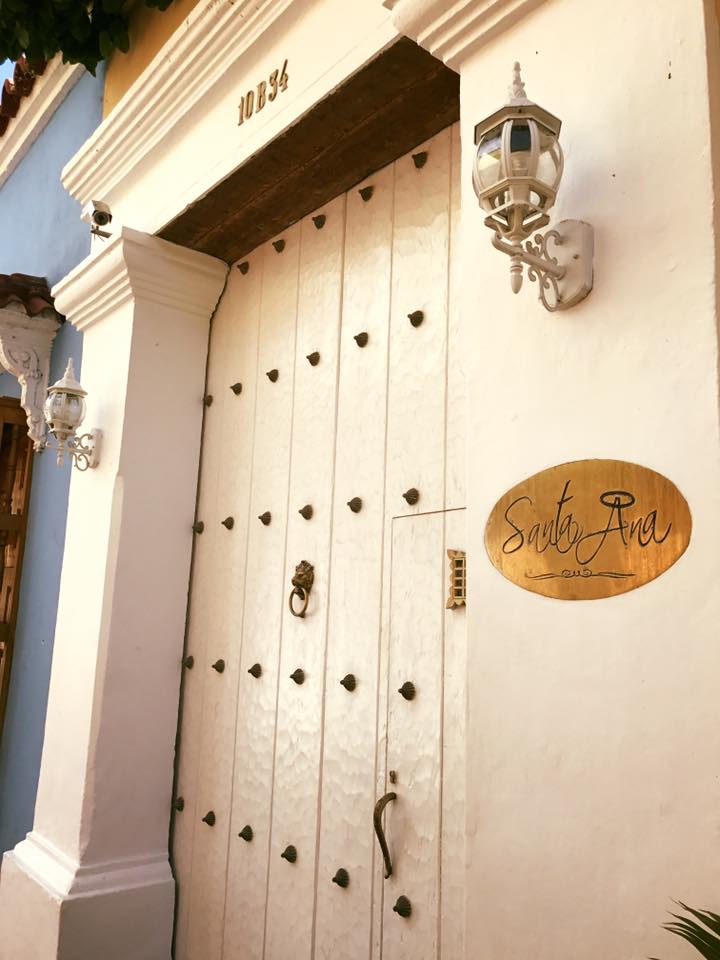
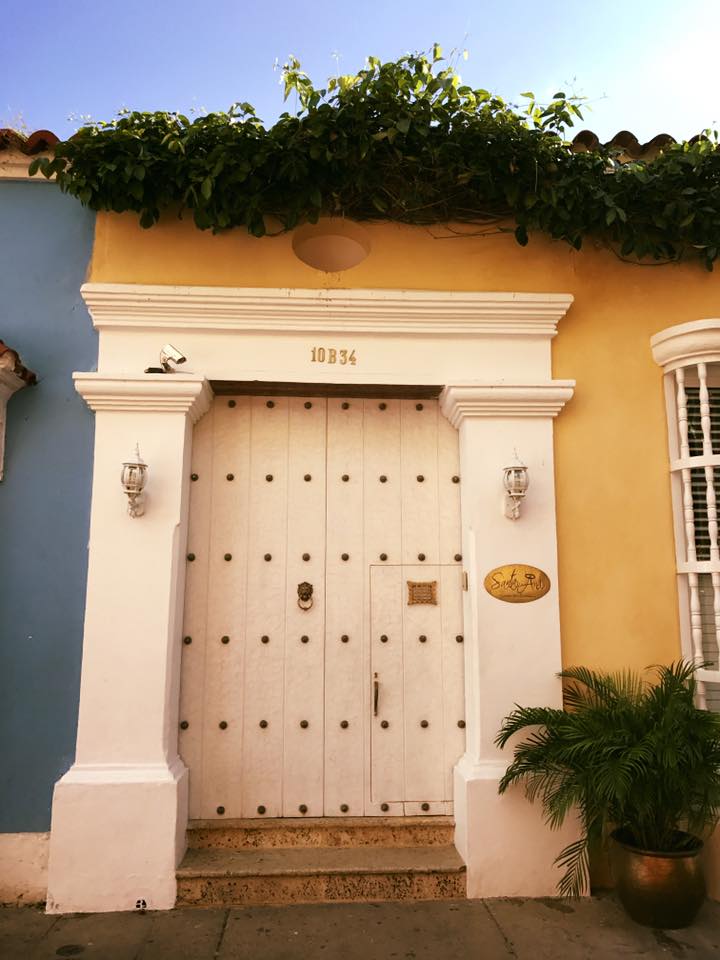 To get here, you stay to the left of this church and go half way down the first street on your left hand side. The hotel will be on your right. By the way, this church is the Getsemani central meeting spot. At night, locals and some tourists alike join the sea of street vendors selling food from carts and street performers. In Cartagena, music is always playing. Every day and all day long.
To get here, you stay to the left of this church and go half way down the first street on your left hand side. The hotel will be on your right. By the way, this church is the Getsemani central meeting spot. At night, locals and some tourists alike join the sea of street vendors selling food from carts and street performers. In Cartagena, music is always playing. Every day and all day long.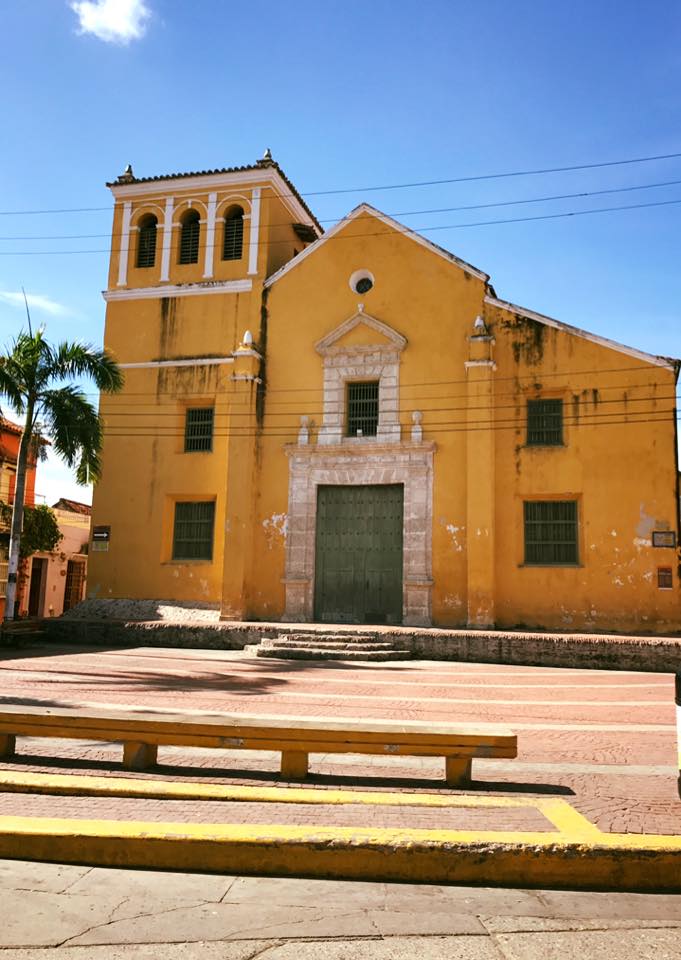
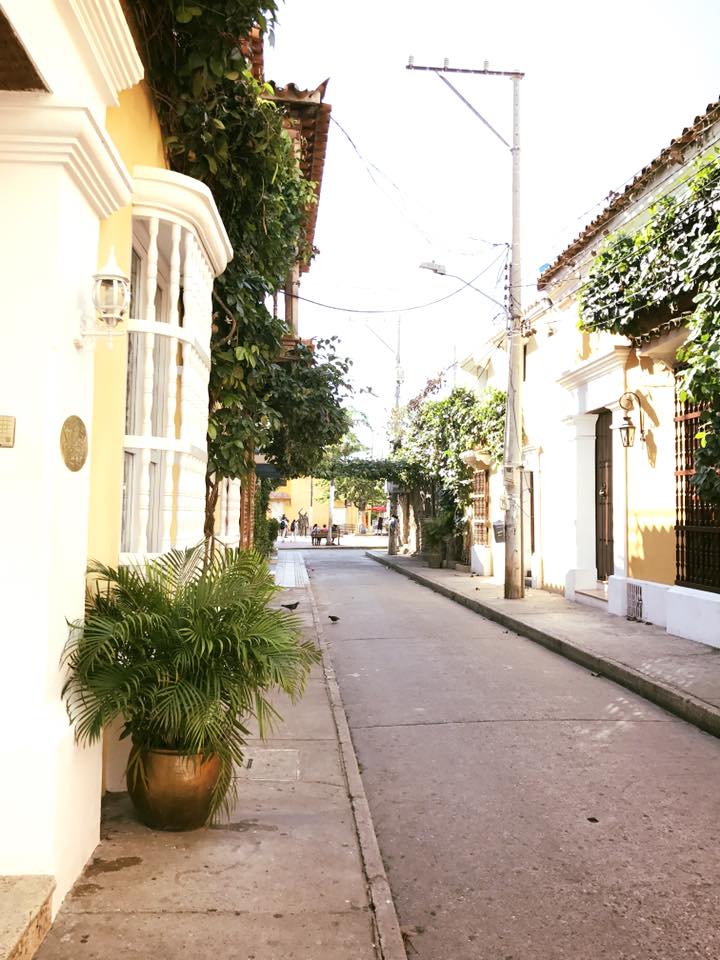 The staff here is super friendly and very helpful. Our room was ready right away. It was a nice-sized room with a comfortable queen size bed. It had an air-conditioner unit and 3 fans, two in the room and one in the bathroom. This may seem like overkill, but it’s not. Cartagena is HOT AND HUMID! Maybe one of the hottest places I’ve been, and I am a South Florida girl! It’s hotter than “winter” in Thailand and Cambodia. Plus, it is so close to the equator that it feels hotter. It’s hot during the day and at night.
The staff here is super friendly and very helpful. Our room was ready right away. It was a nice-sized room with a comfortable queen size bed. It had an air-conditioner unit and 3 fans, two in the room and one in the bathroom. This may seem like overkill, but it’s not. Cartagena is HOT AND HUMID! Maybe one of the hottest places I’ve been, and I am a South Florida girl! It’s hotter than “winter” in Thailand and Cambodia. Plus, it is so close to the equator that it feels hotter. It’s hot during the day and at night.


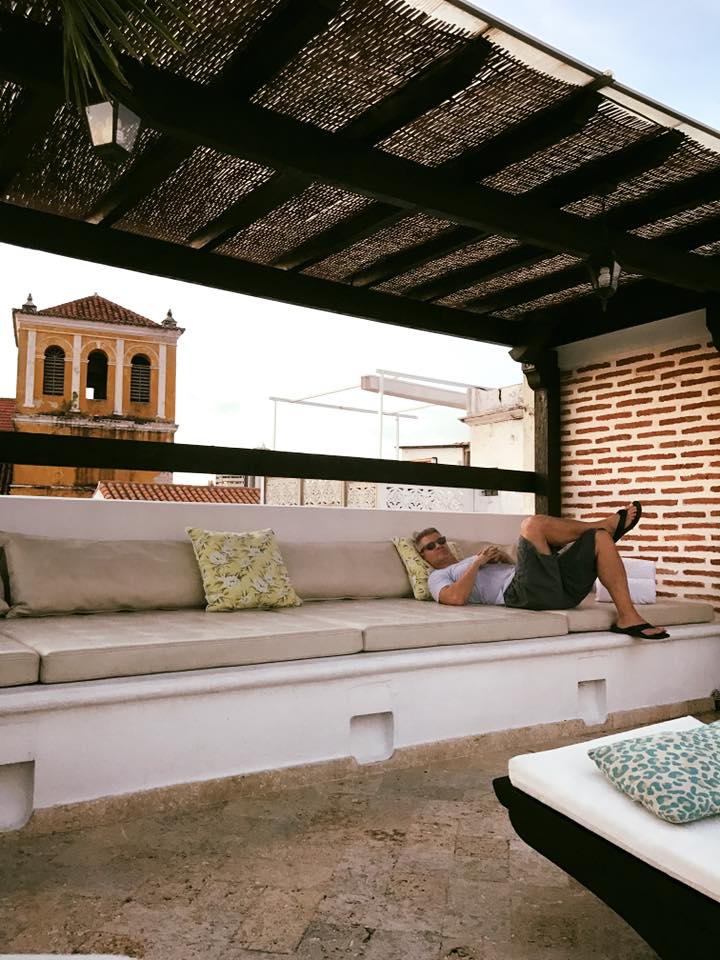 After checking in and dropping our bags, we made a bee-line into the walled city to meet our guide for our street food tour! This was sort of a last minute tour that we scheduled to fill the afternoon, but it ended up being one of the best because we got to try a lot of local street food from trusted vendors, learn some interesting things about the city, and see some beautiful street art. Most of the street food in Colombia is fried, so it is relatively safe to eat, but a good rule of thumb is to only eat from vendors that are actually cooking the food in front of you as opposed to vendors who are selling pre-made food.
After checking in and dropping our bags, we made a bee-line into the walled city to meet our guide for our street food tour! This was sort of a last minute tour that we scheduled to fill the afternoon, but it ended up being one of the best because we got to try a lot of local street food from trusted vendors, learn some interesting things about the city, and see some beautiful street art. Most of the street food in Colombia is fried, so it is relatively safe to eat, but a good rule of thumb is to only eat from vendors that are actually cooking the food in front of you as opposed to vendors who are selling pre-made food.
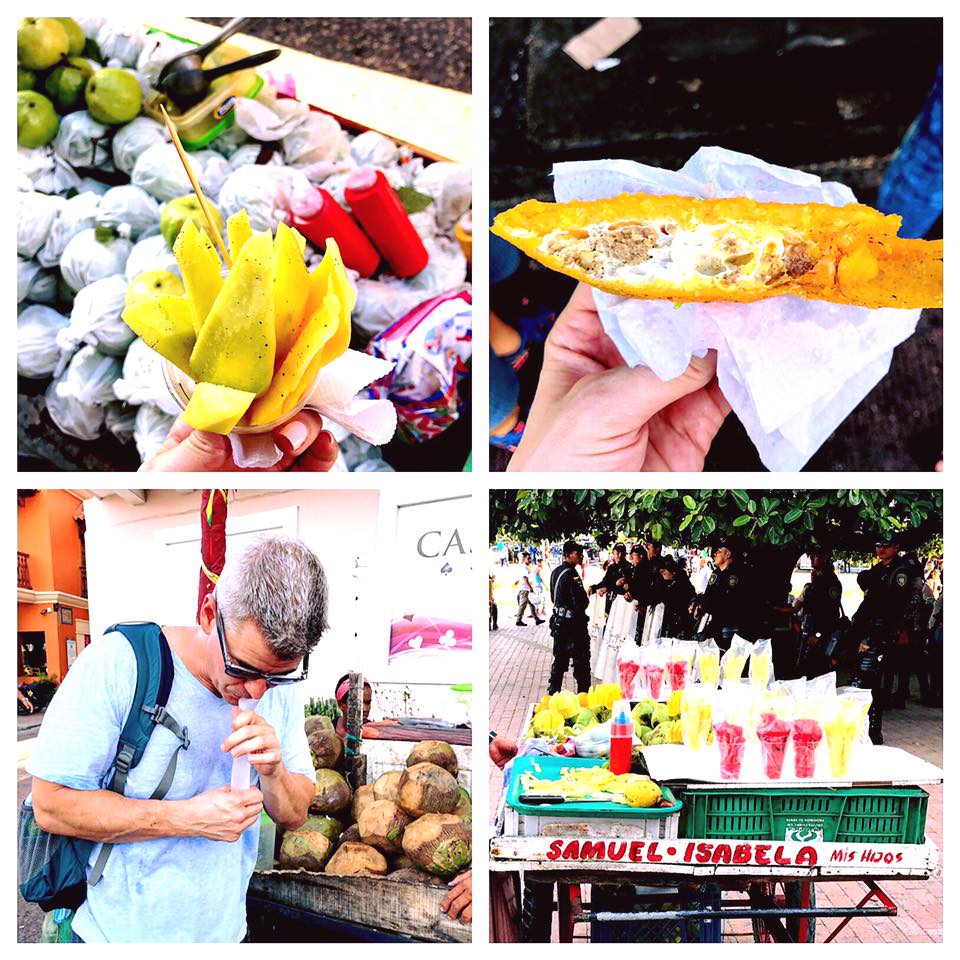 Local made cheese and guava on the go:
Local made cheese and guava on the go:

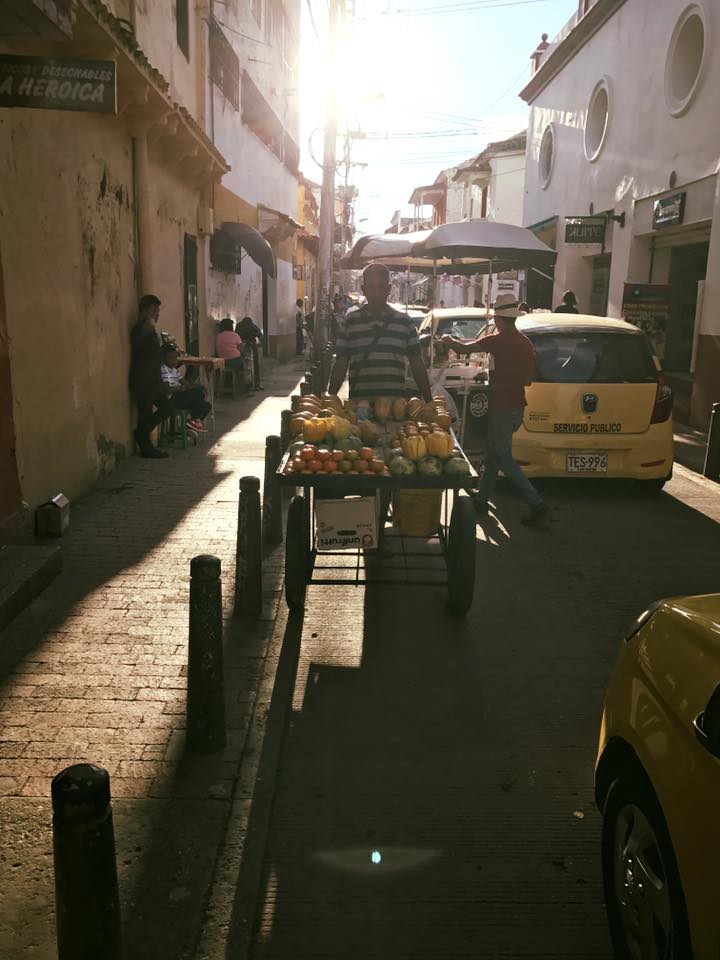
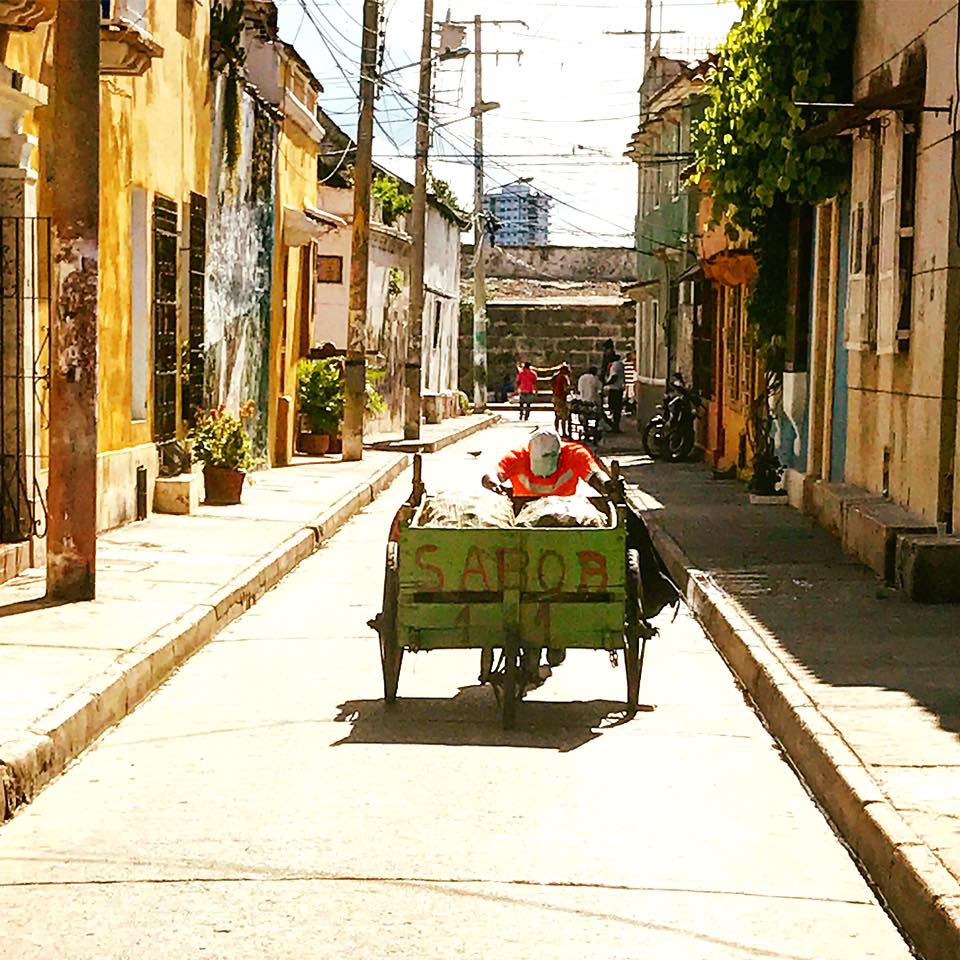 The street artists here are very talented. If you have ever been to Wynwood in Miami, this is similar, but not quite as big as Wynwood. It does, however, have a more interesting story.
The street artists here are very talented. If you have ever been to Wynwood in Miami, this is similar, but not quite as big as Wynwood. It does, however, have a more interesting story.
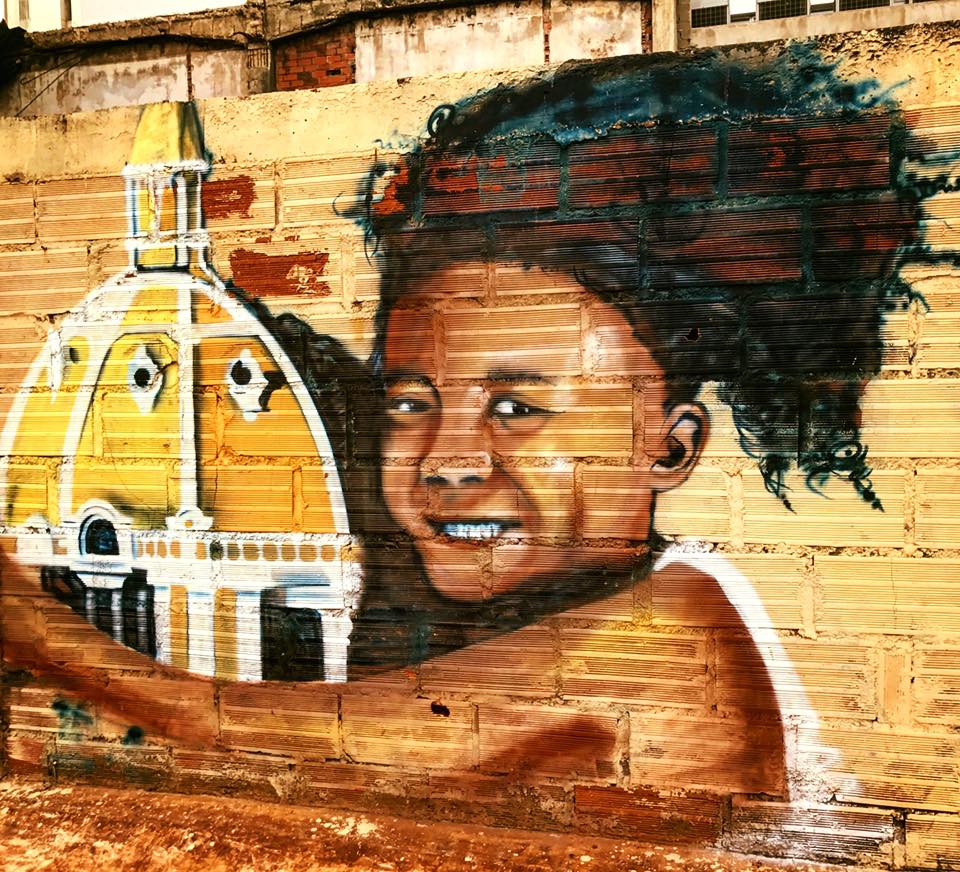
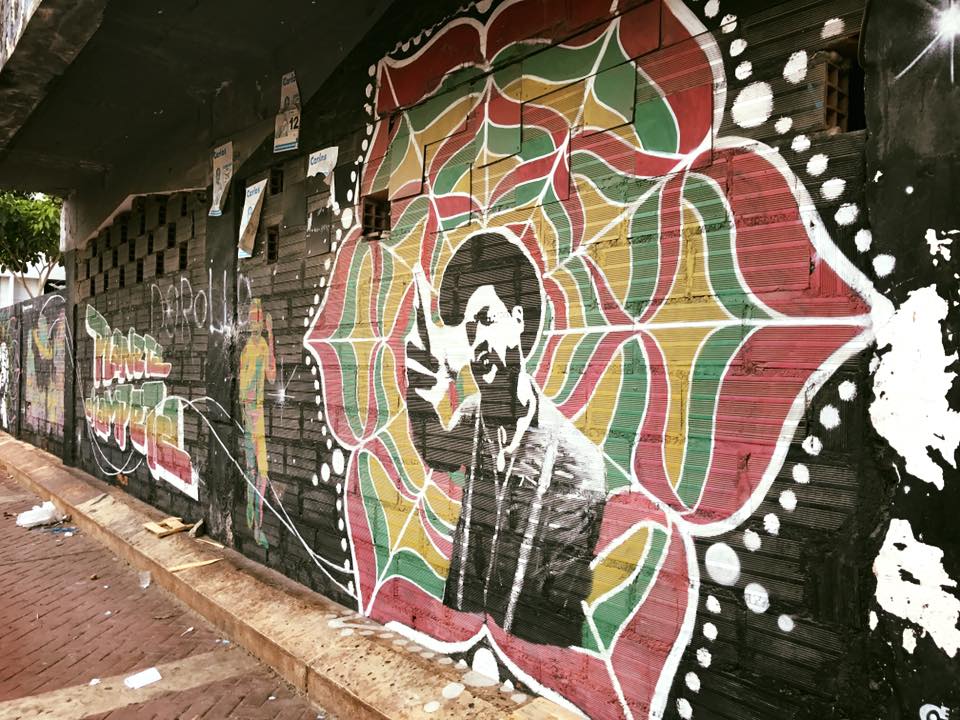
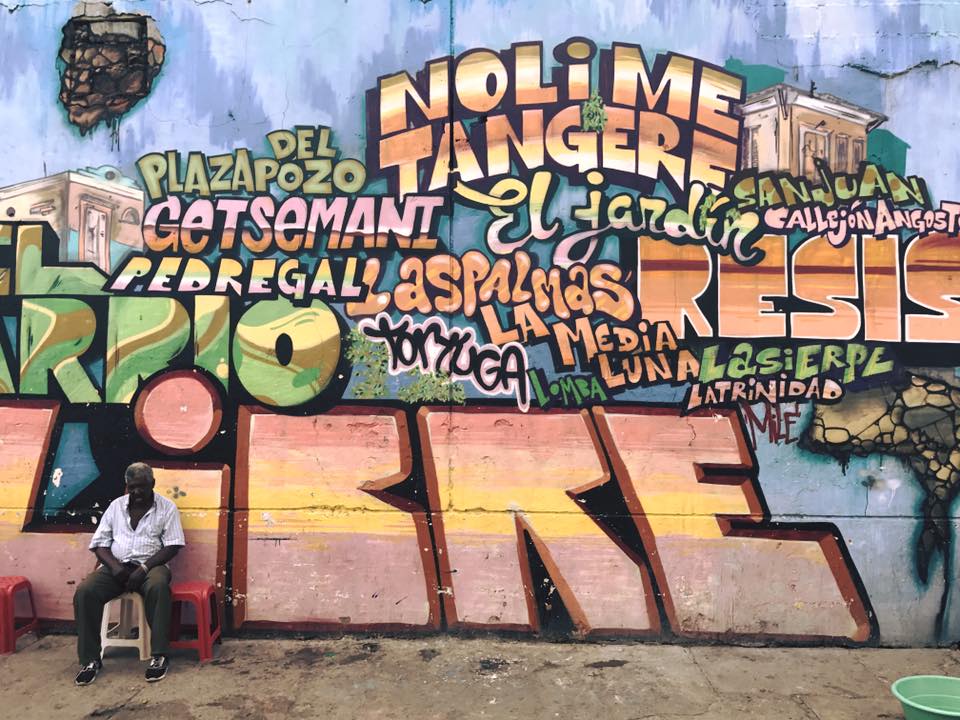
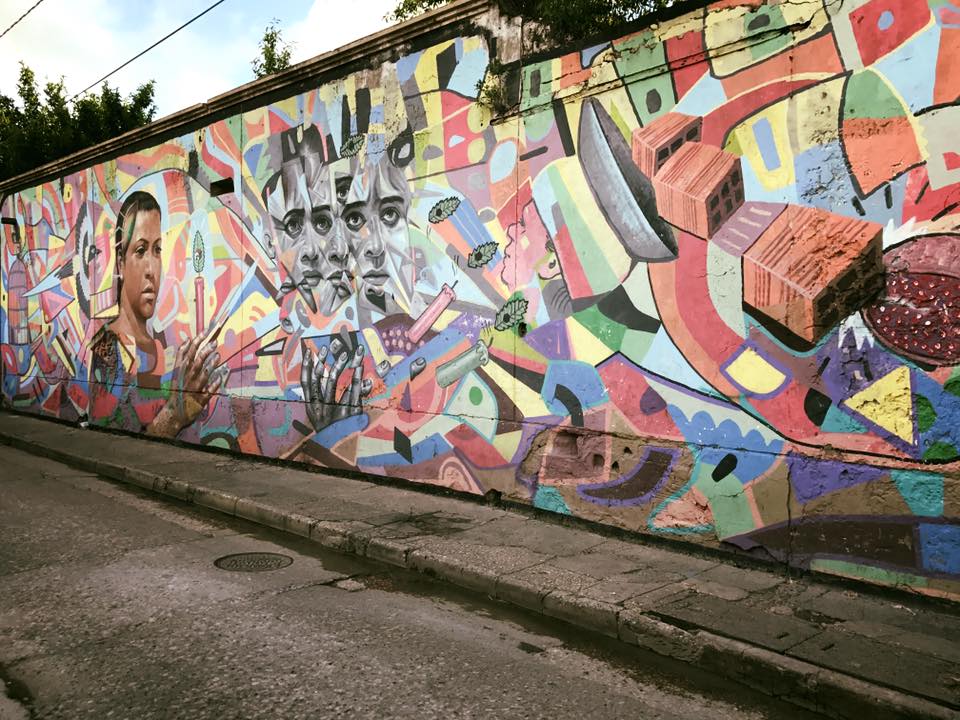

 Along the way, I kept seeing small birds in cages hanging from trees. Our guide explained that these were peoples’ pets that they brought with them to work and hung in the trees through the work day.
Along the way, I kept seeing small birds in cages hanging from trees. Our guide explained that these were peoples’ pets that they brought with them to work and hung in the trees through the work day.  He also said to not be surprised if we saw locals “walking” their birds in the cages in the early mornings or evenings. I thought he was joking, and then one morning, we saw this:
He also said to not be surprised if we saw locals “walking” their birds in the cages in the early mornings or evenings. I thought he was joking, and then one morning, we saw this: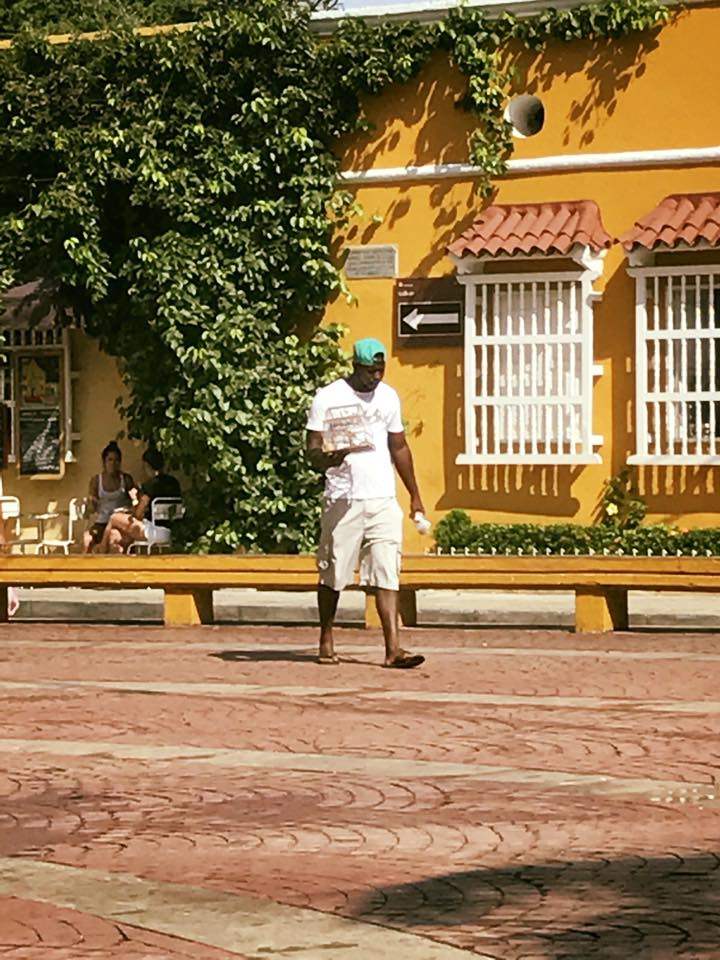 Here is another fun fact we learned on this tour — all over the city you will see men selling coffee, candy and cigarettes:
Here is another fun fact we learned on this tour — all over the city you will see men selling coffee, candy and cigarettes: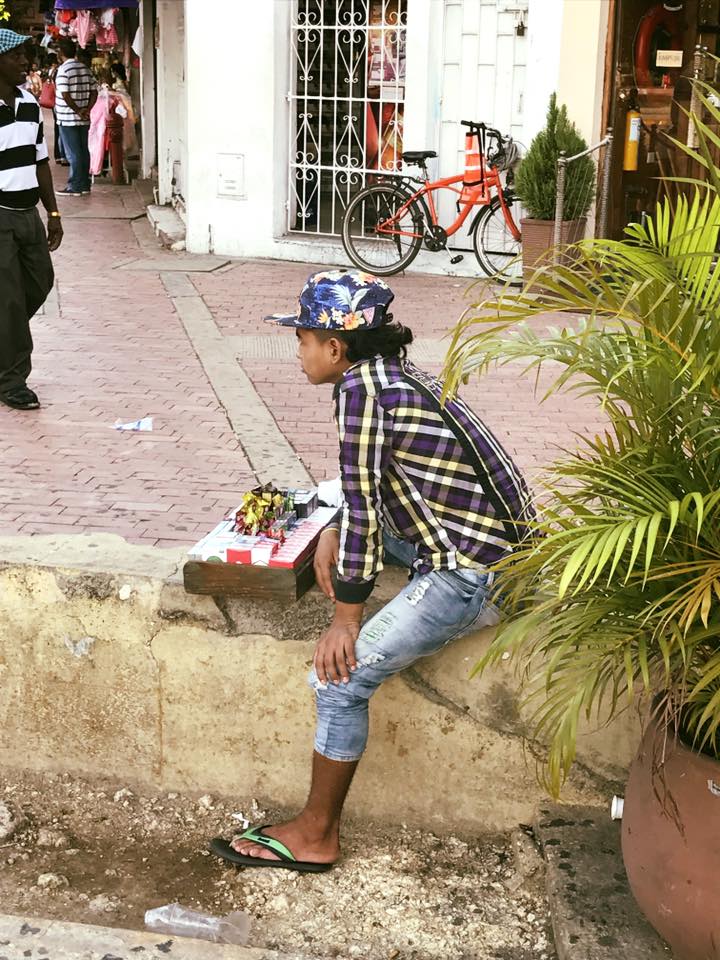 And, while I certainly do not condone or recommend such things, if you are looking for a certain kind of “candy,” apparently, many of them also sell drugs. That’s right, drugs! According to our guide, they are all cartel-connected. Another fun fact, prostitution is legal in Colombia! I was starting to realize why Cartagena was such a popular bachelor party destination: beaches, casinos, drugs, and prostitutes! Sounds like a party! If you are interested in the back story on how our little drug-peddling friends ended up in Cartagena, like so many of the world’s woes, you can blame Hollywood! When filming the movie The Mission, the filmmakers realized there were not enough “native looking” Colombians around Cartagena; so, they imported over 500 of them to use as extras from the more remote interior regions of Colombia. Once they got there, these country natives decided that they liked the big city, wanted to stay, and needed something to do in order to make money. Yada, yada, yada, Colombia’s best known commodities (coffee and cocaine) are now readily available on the streets of Cartagena!
And, while I certainly do not condone or recommend such things, if you are looking for a certain kind of “candy,” apparently, many of them also sell drugs. That’s right, drugs! According to our guide, they are all cartel-connected. Another fun fact, prostitution is legal in Colombia! I was starting to realize why Cartagena was such a popular bachelor party destination: beaches, casinos, drugs, and prostitutes! Sounds like a party! If you are interested in the back story on how our little drug-peddling friends ended up in Cartagena, like so many of the world’s woes, you can blame Hollywood! When filming the movie The Mission, the filmmakers realized there were not enough “native looking” Colombians around Cartagena; so, they imported over 500 of them to use as extras from the more remote interior regions of Colombia. Once they got there, these country natives decided that they liked the big city, wanted to stay, and needed something to do in order to make money. Yada, yada, yada, Colombia’s best known commodities (coffee and cocaine) are now readily available on the streets of Cartagena!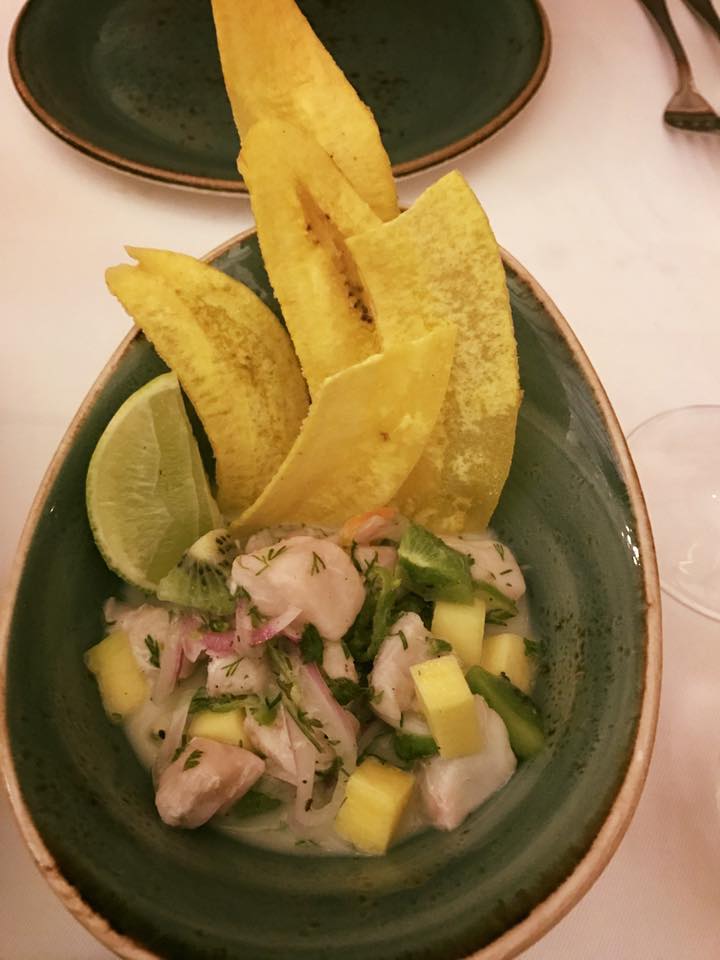



 Had we caught the sunset, it would’ve looked something like this photo I found on the wonderful wide web:
Had we caught the sunset, it would’ve looked something like this photo I found on the wonderful wide web: 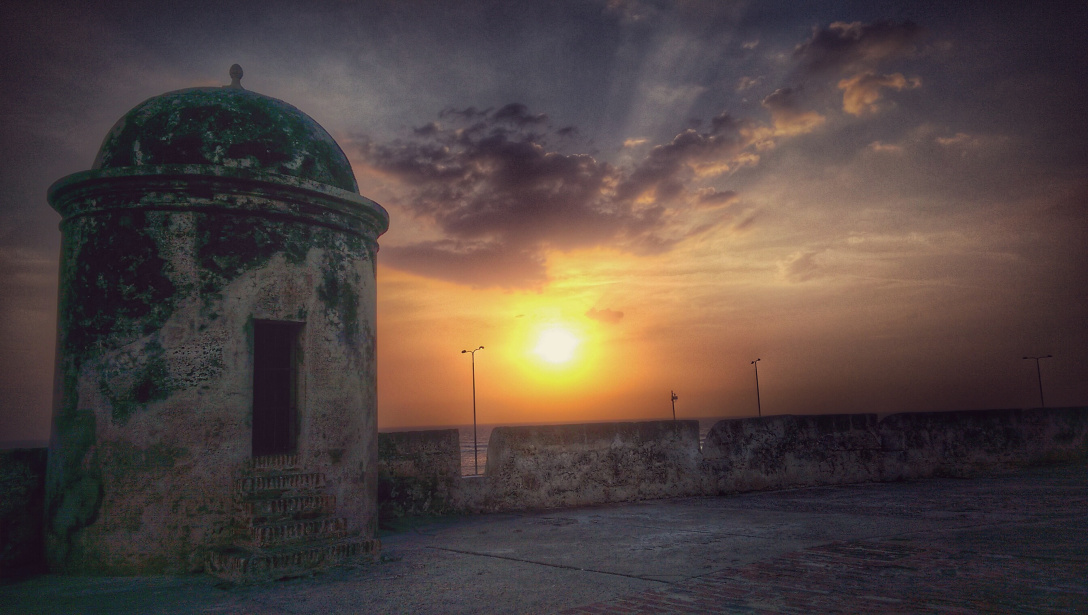
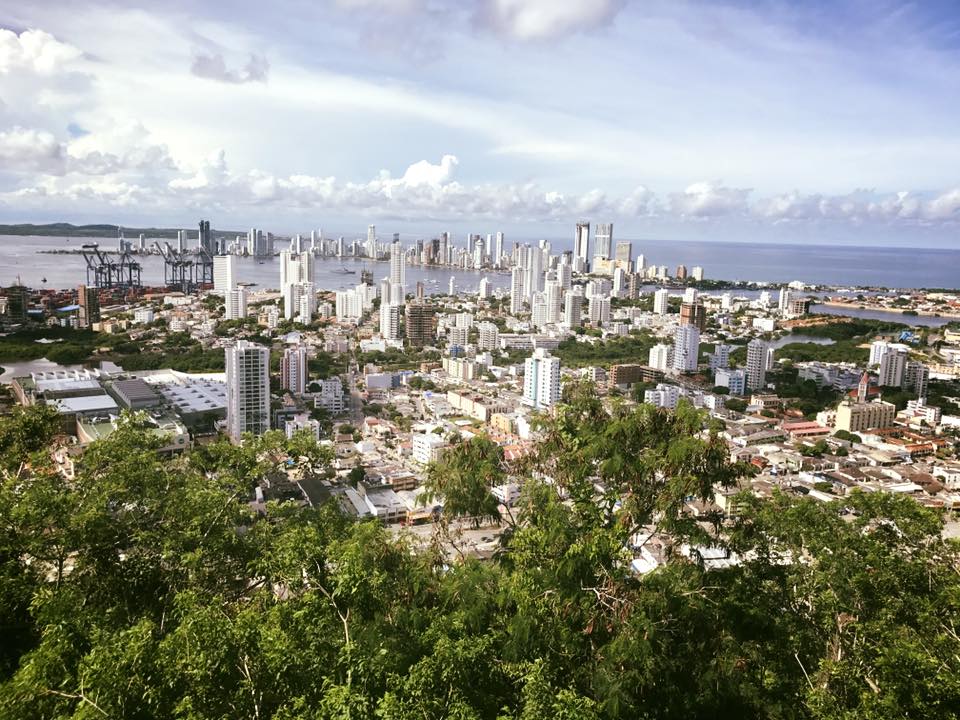 We also visited the Monastery and Chapel of Our Lady of the Candle.
We also visited the Monastery and Chapel of Our Lady of the Candle.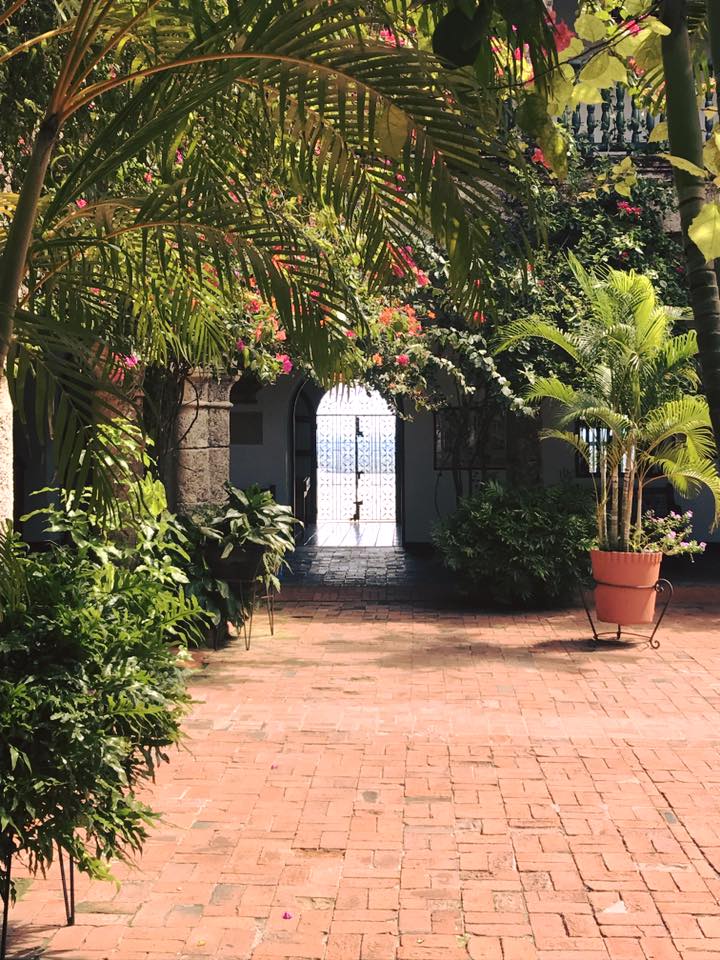
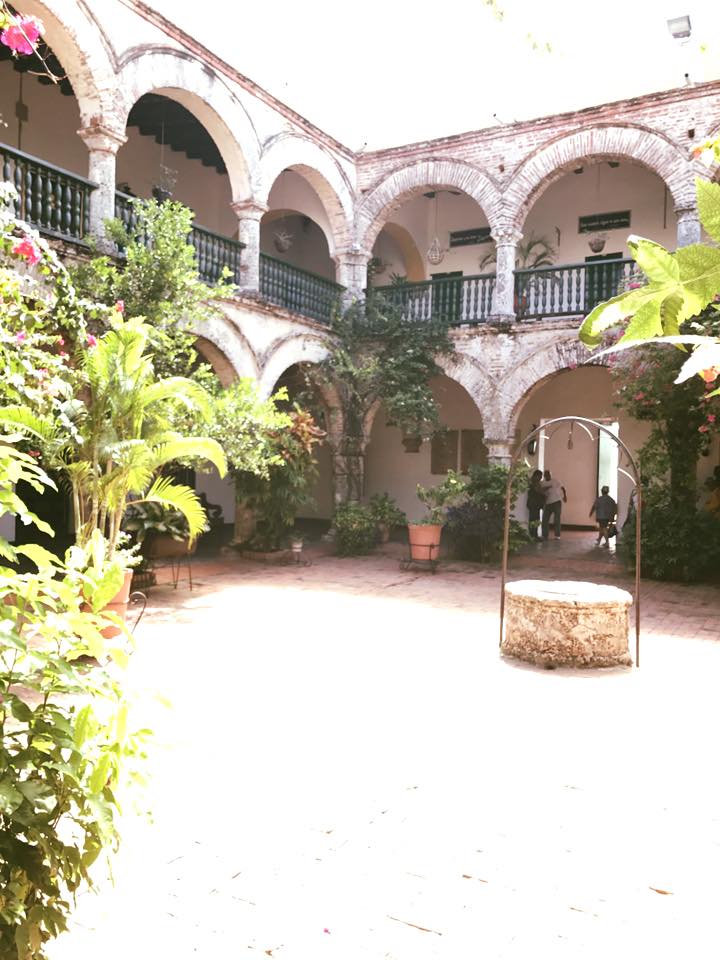
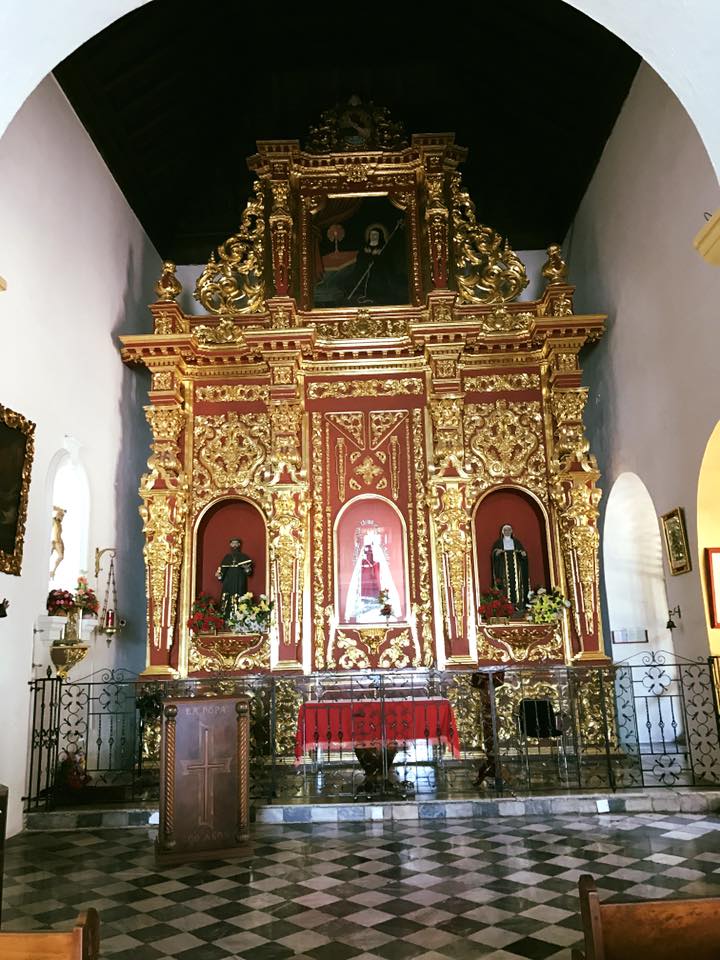 Our next stop was to the San Felipe de Barajas Fort.
Our next stop was to the San Felipe de Barajas Fort.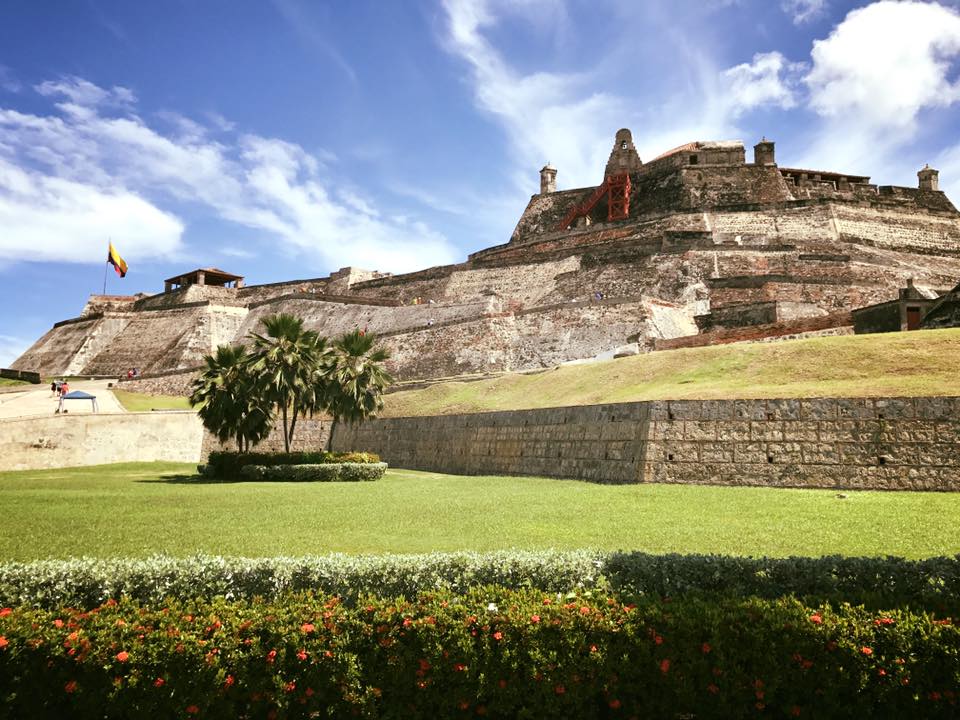
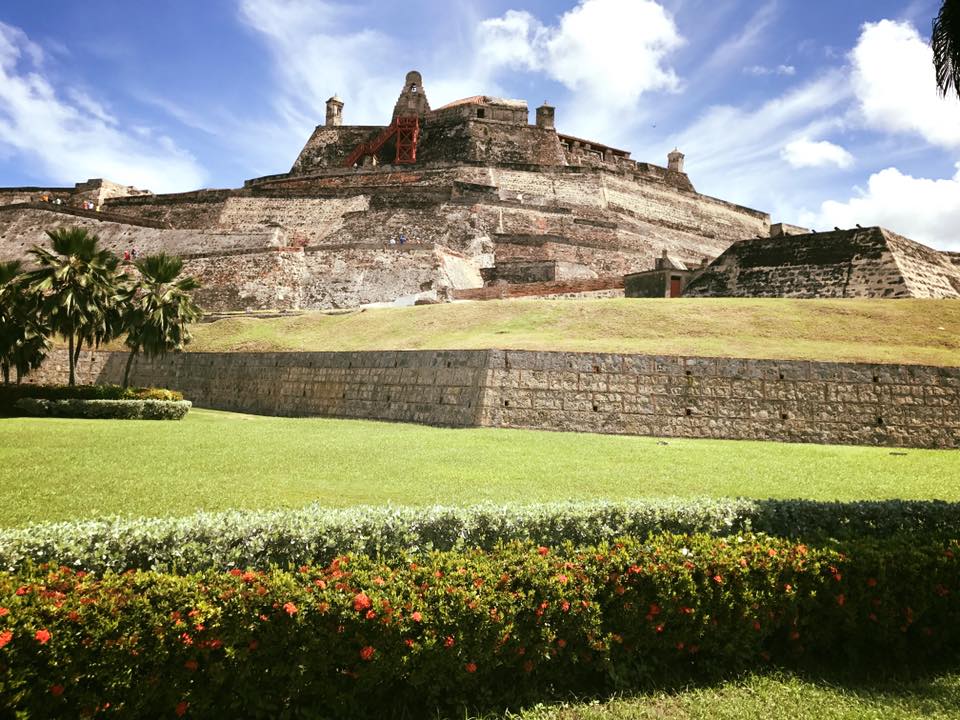 At the fort, we met this colorful lady:
At the fort, we met this colorful lady:
 By the way, these lady vendors in colorful dresses are everywhere. They are happy to pose for a picture…for a price! Here are some other colorful ladies you may run into in Cartagena, but these pictures are not mine. I just love them, so I am sharing.
By the way, these lady vendors in colorful dresses are everywhere. They are happy to pose for a picture…for a price! Here are some other colorful ladies you may run into in Cartagena, but these pictures are not mine. I just love them, so I am sharing.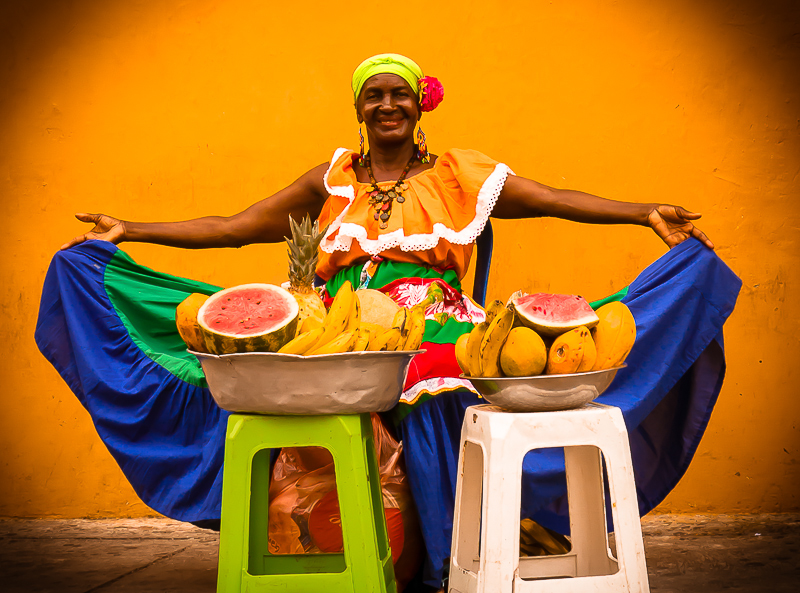
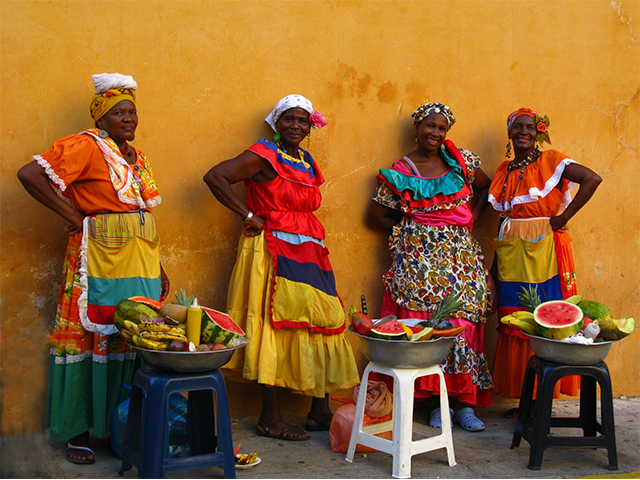
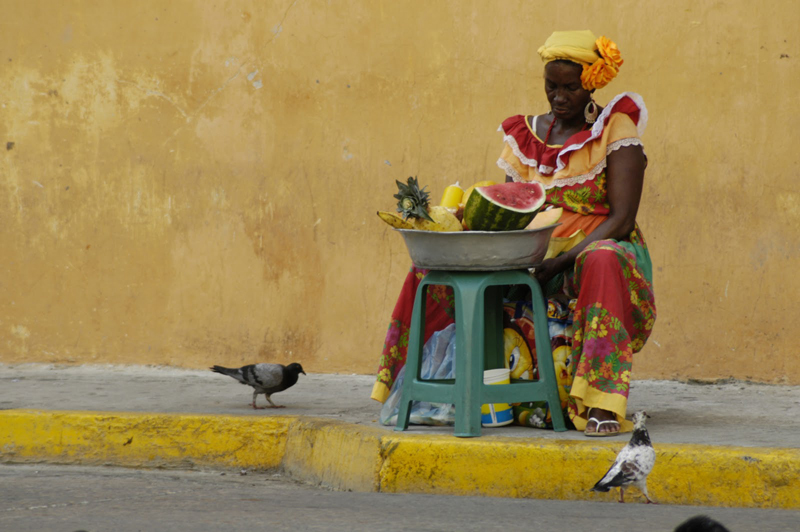
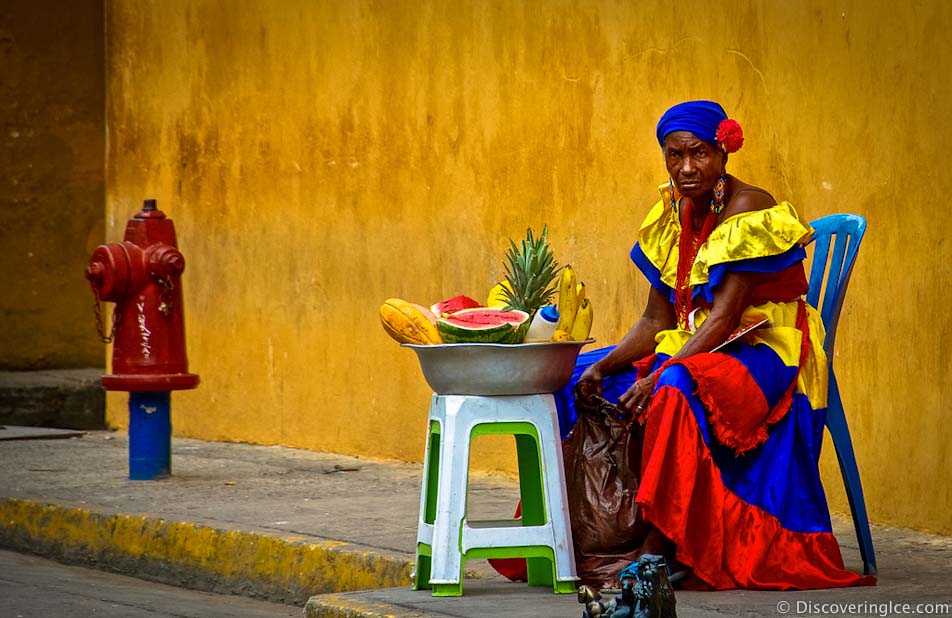
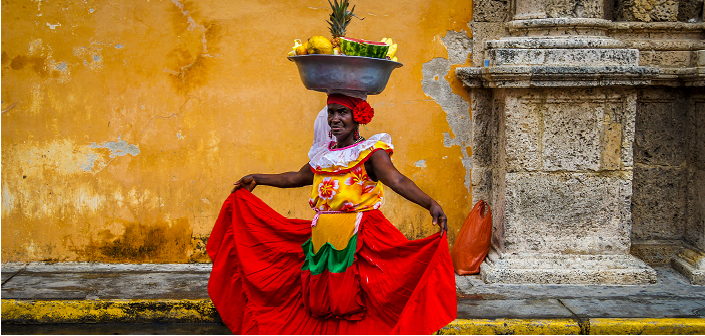 From the fort, we our way to the old city, where we took a leisurely stroll around the old walled city admiring all the old colonial architecture and basking in the beautiful color of the buildings.
From the fort, we our way to the old city, where we took a leisurely stroll around the old walled city admiring all the old colonial architecture and basking in the beautiful color of the buildings.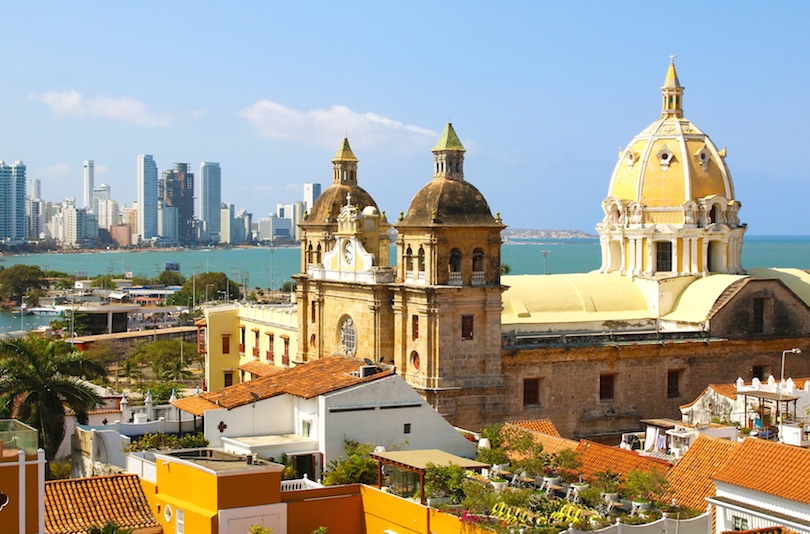
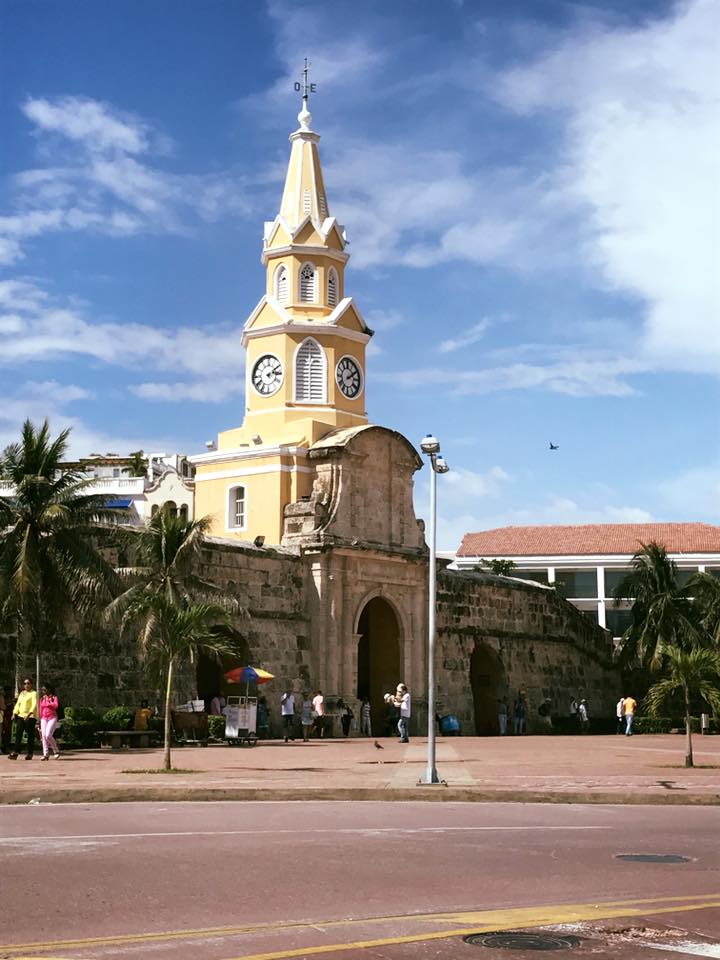

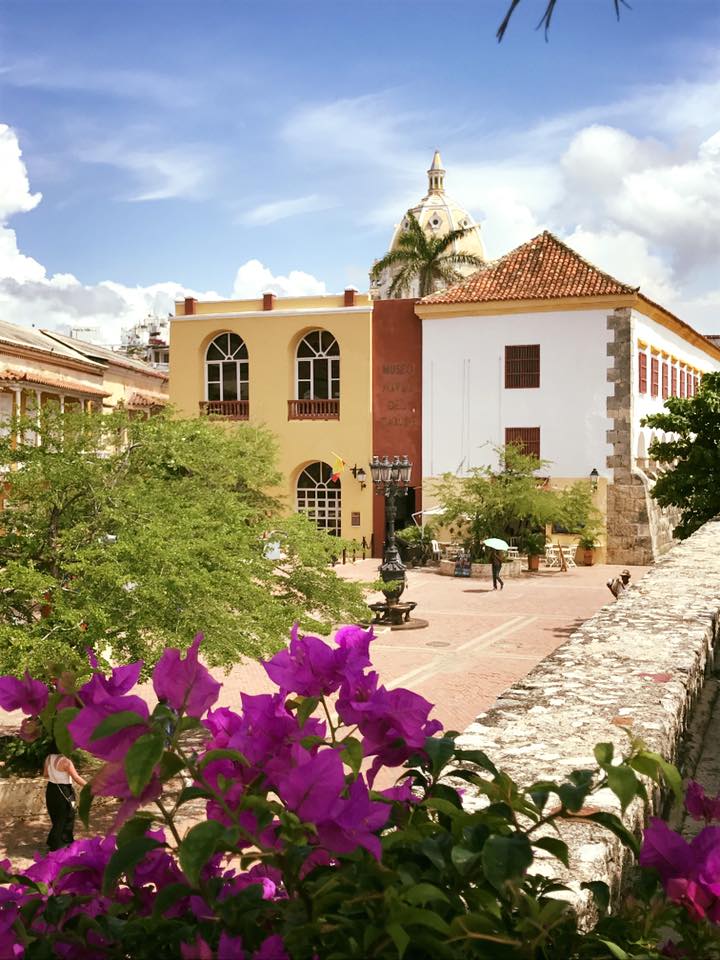
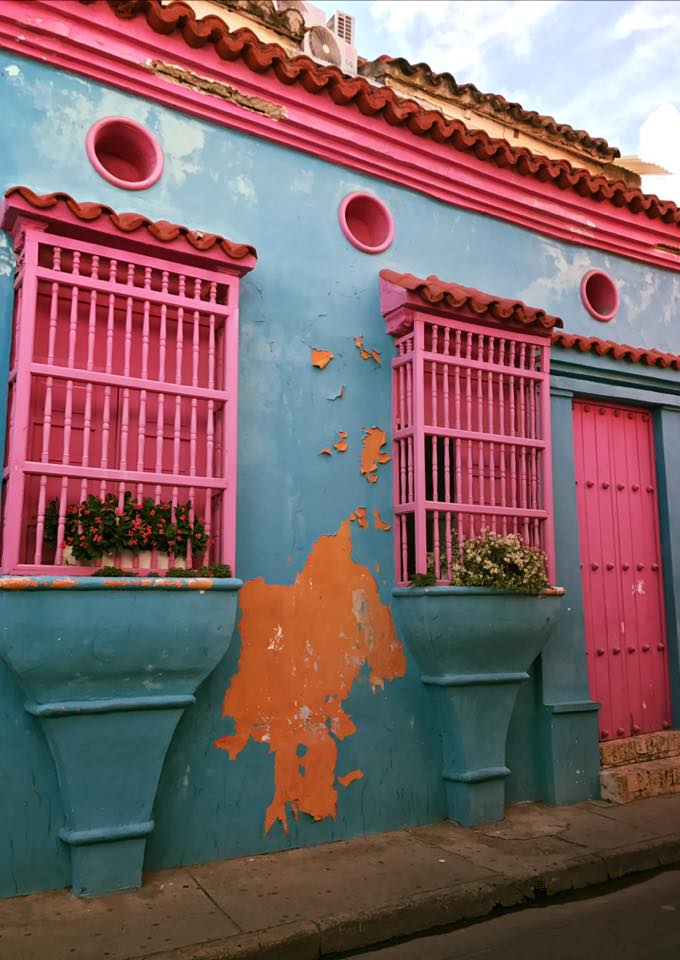
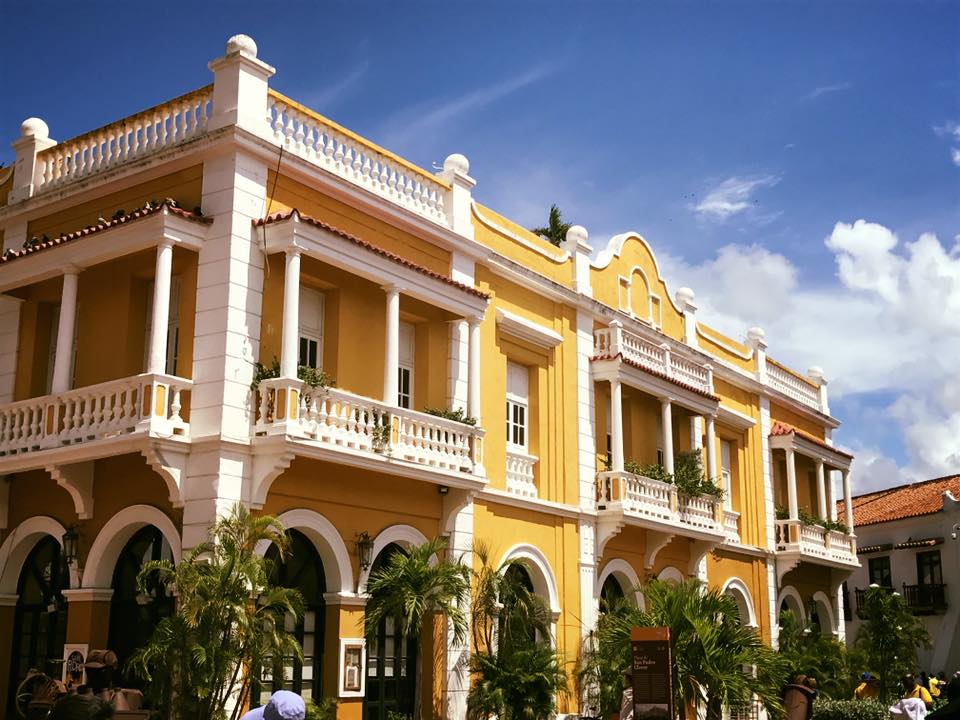
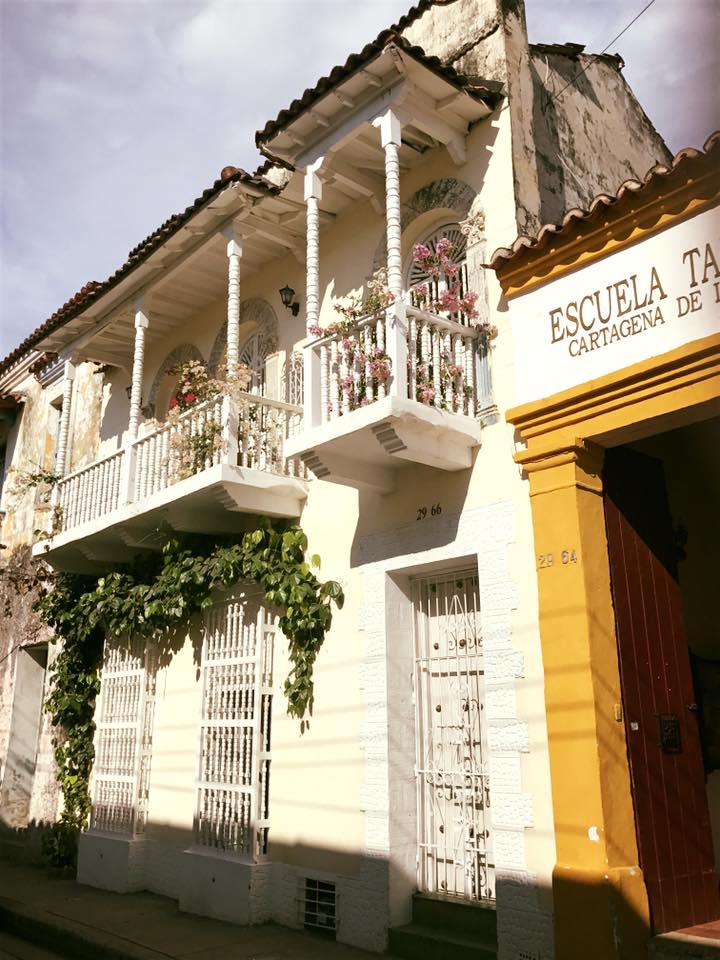
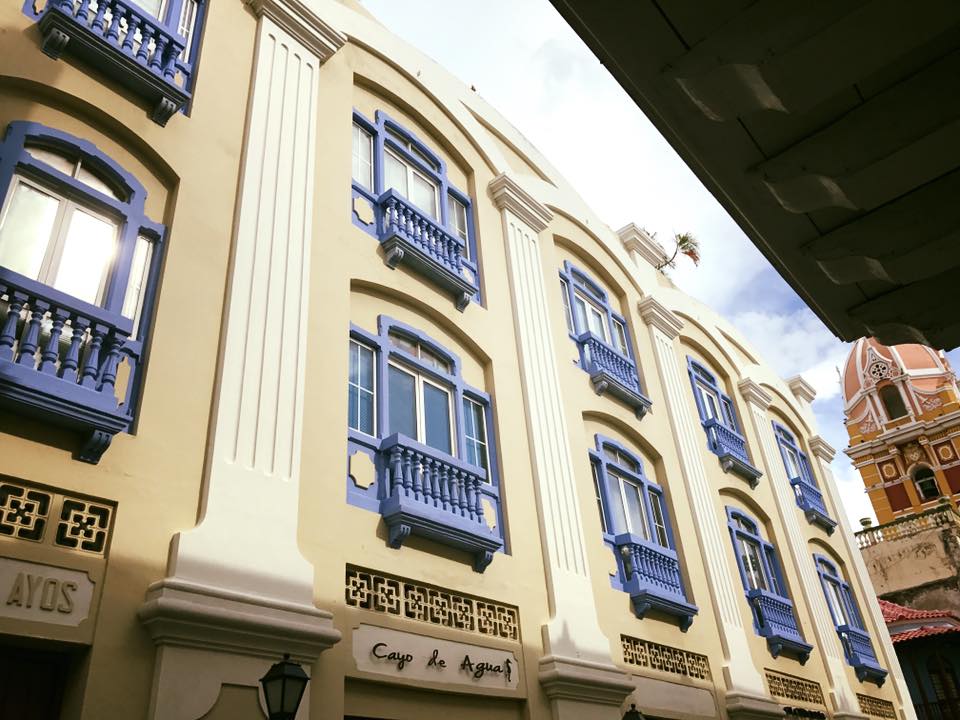
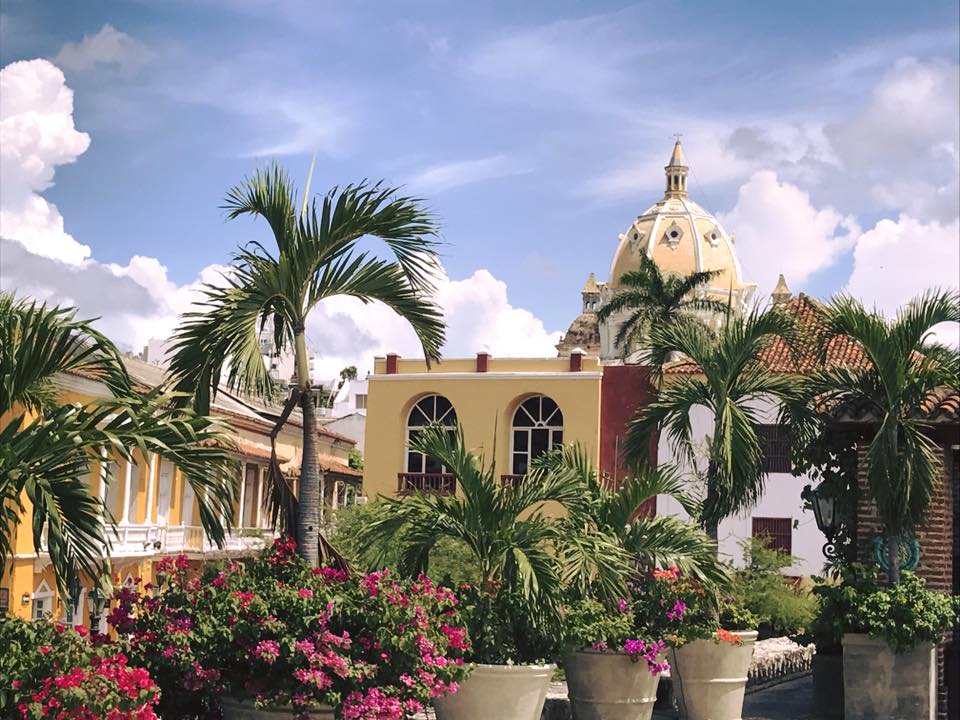
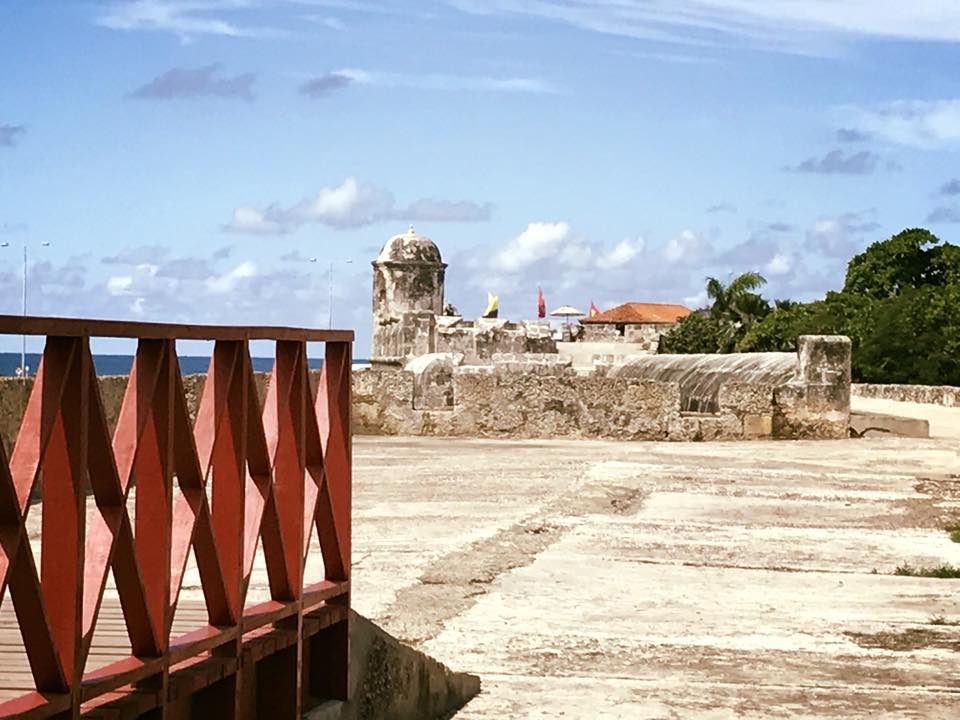
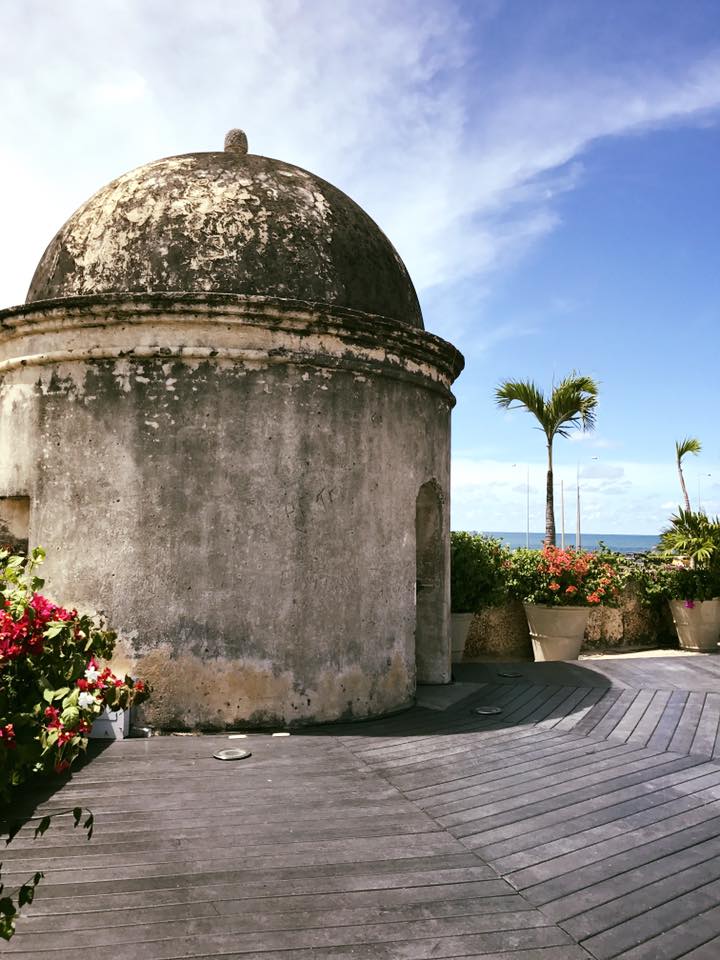

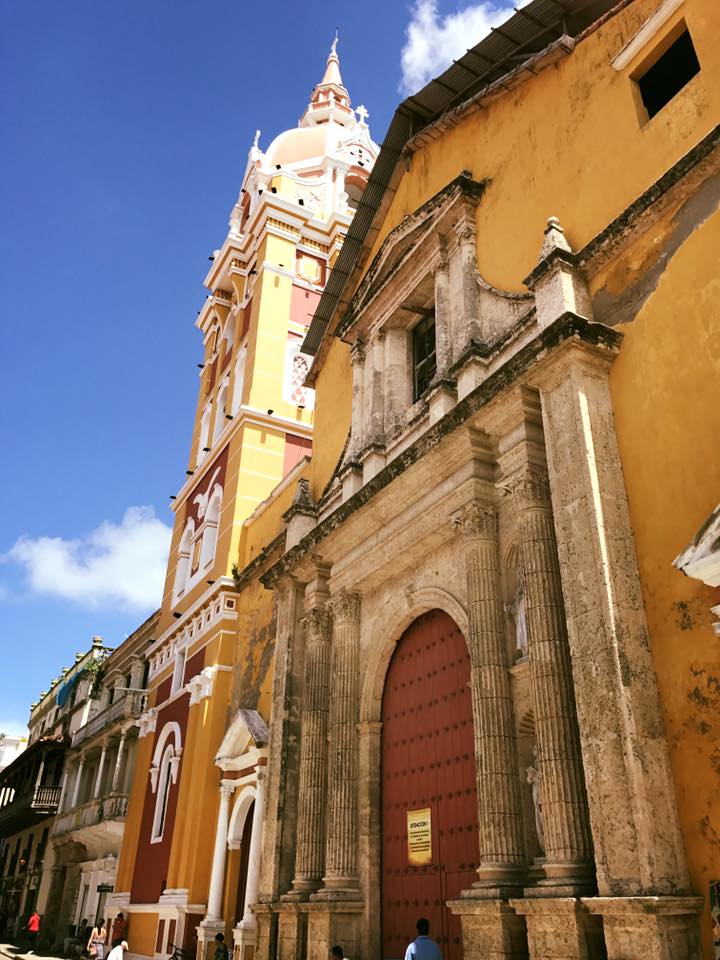
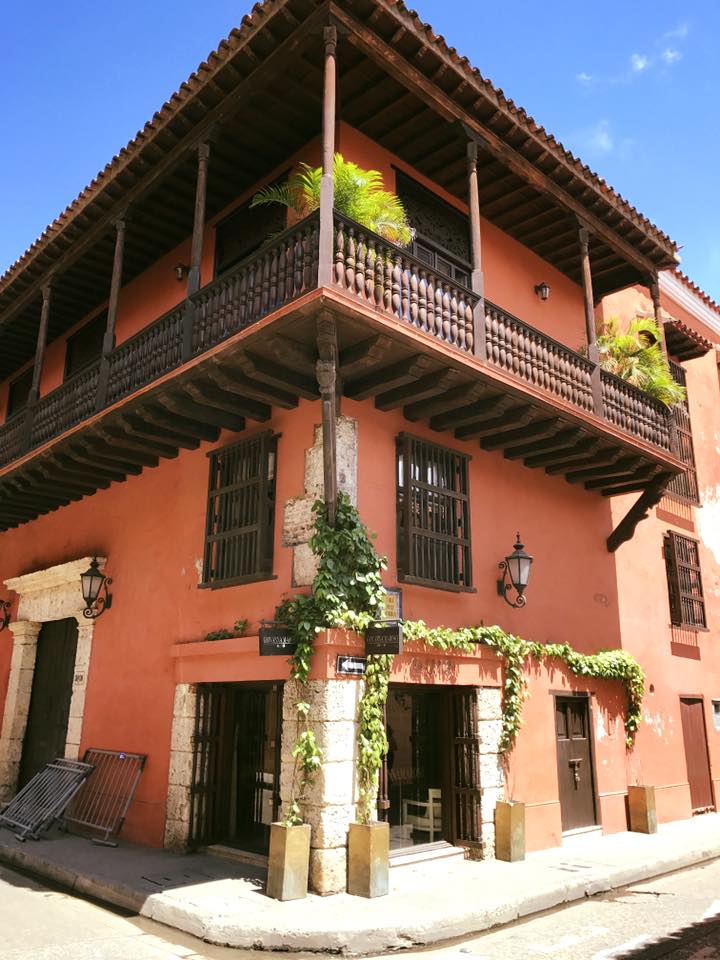
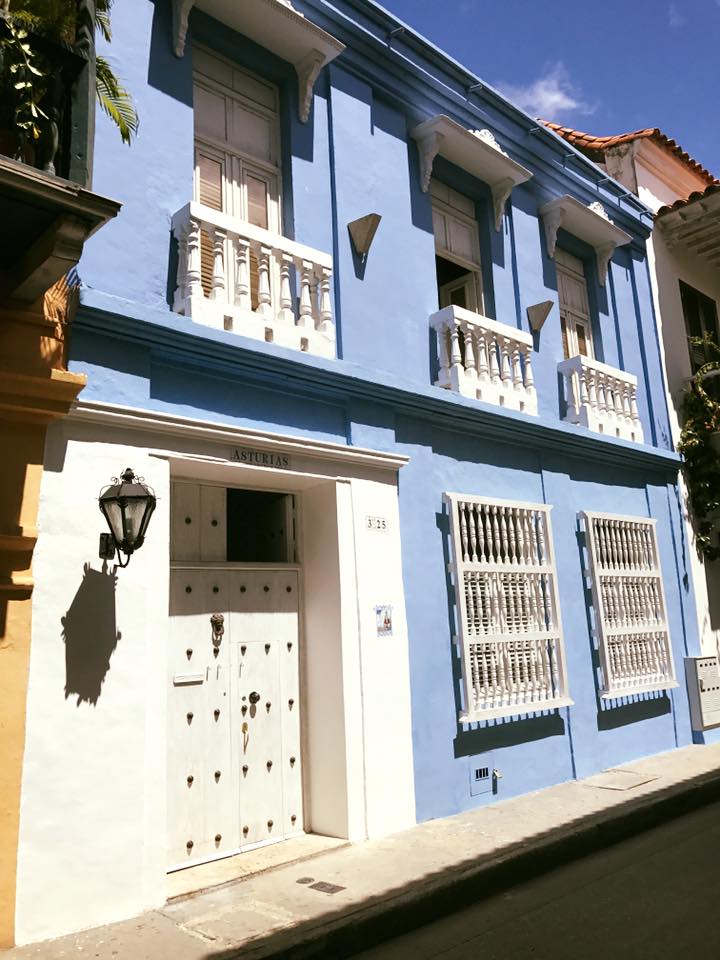
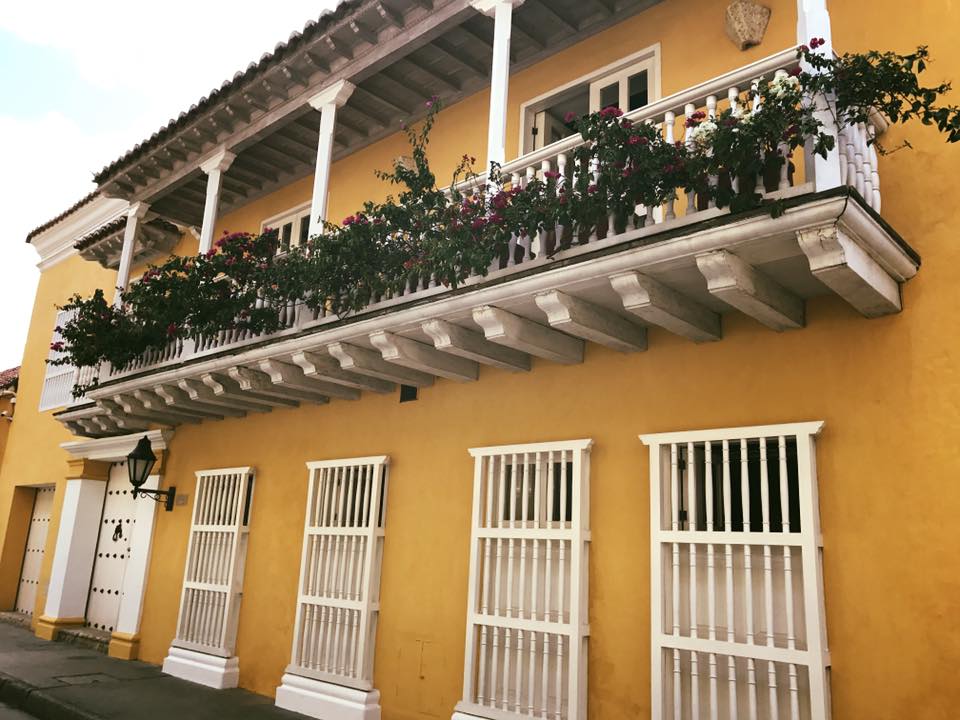
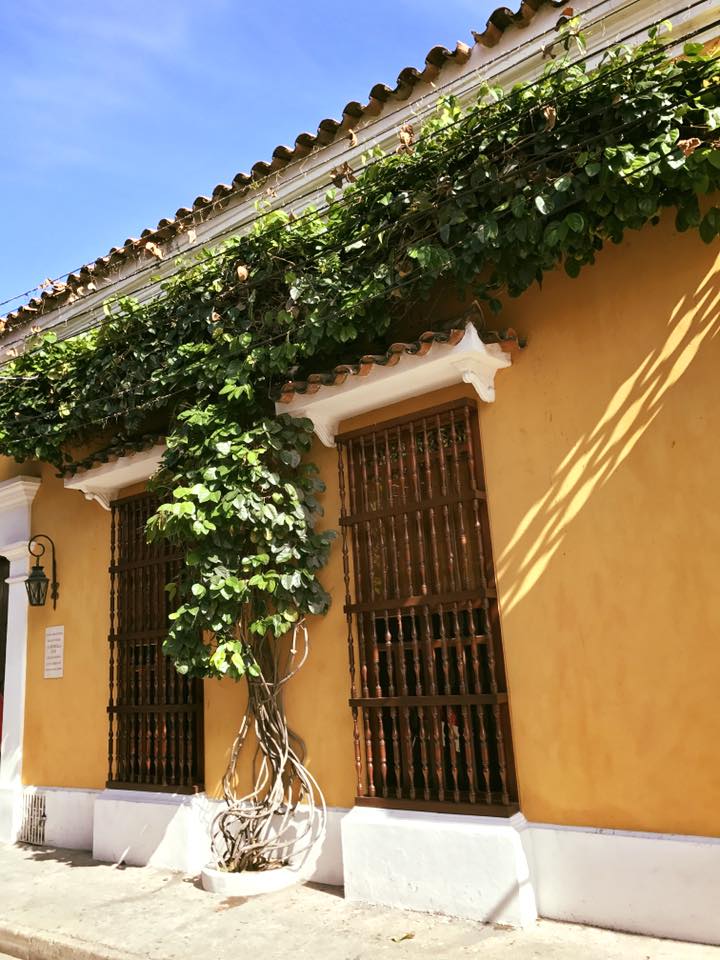
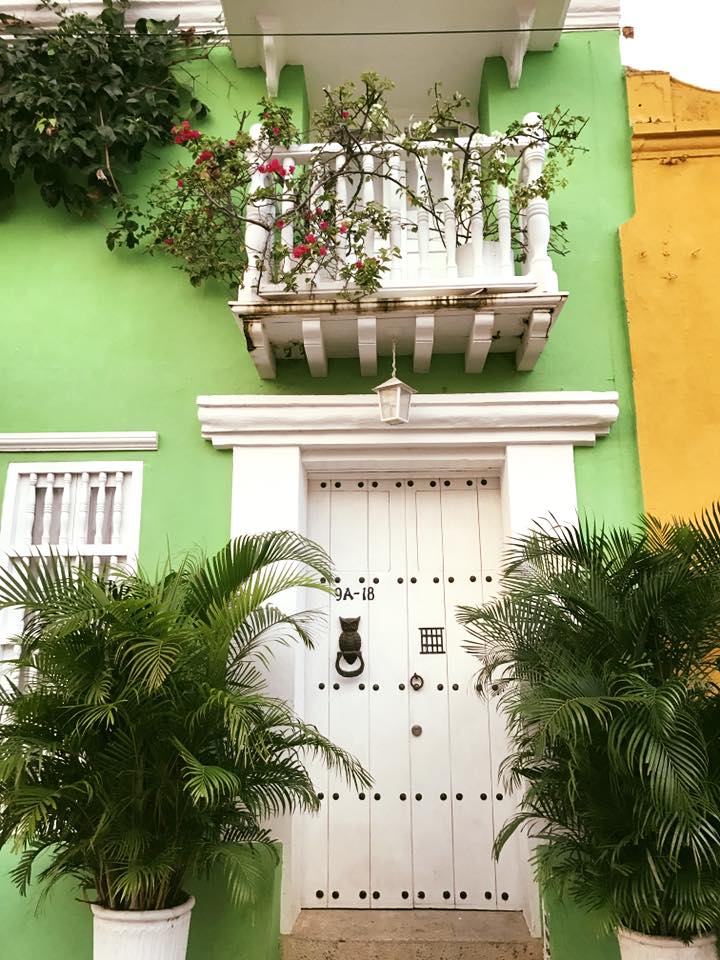

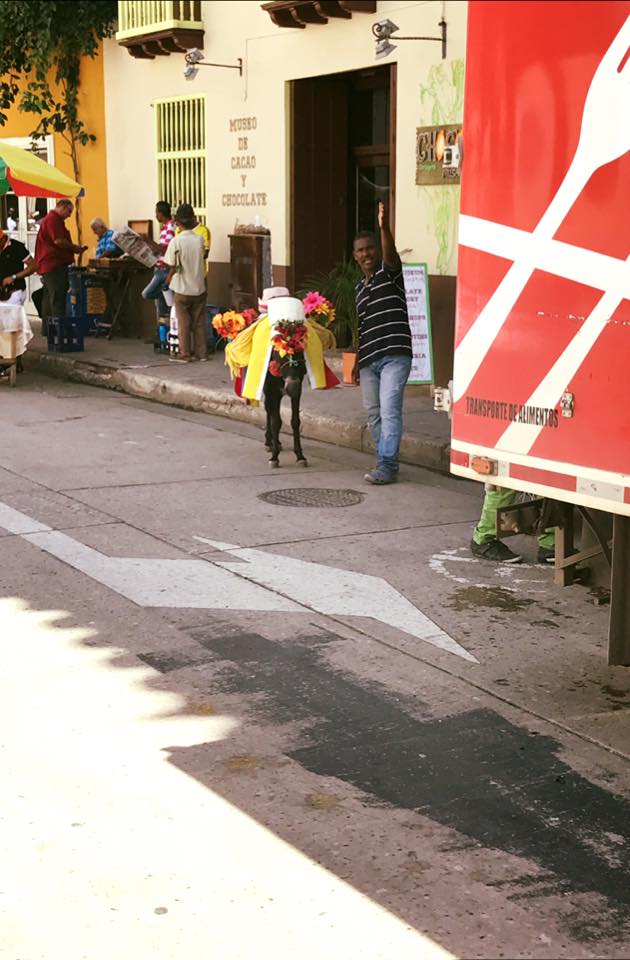
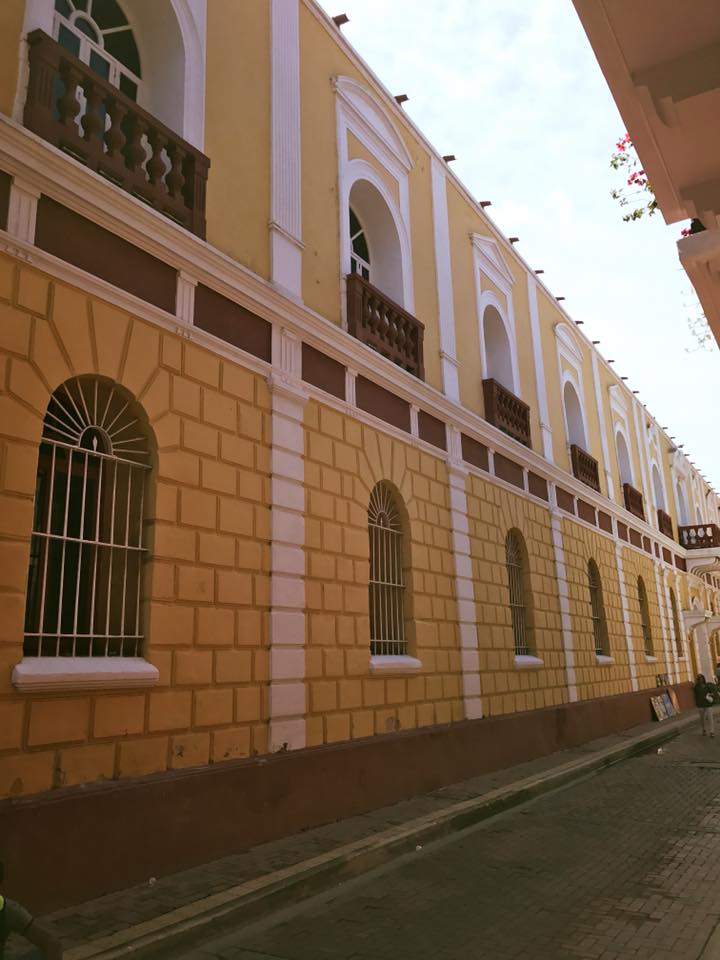
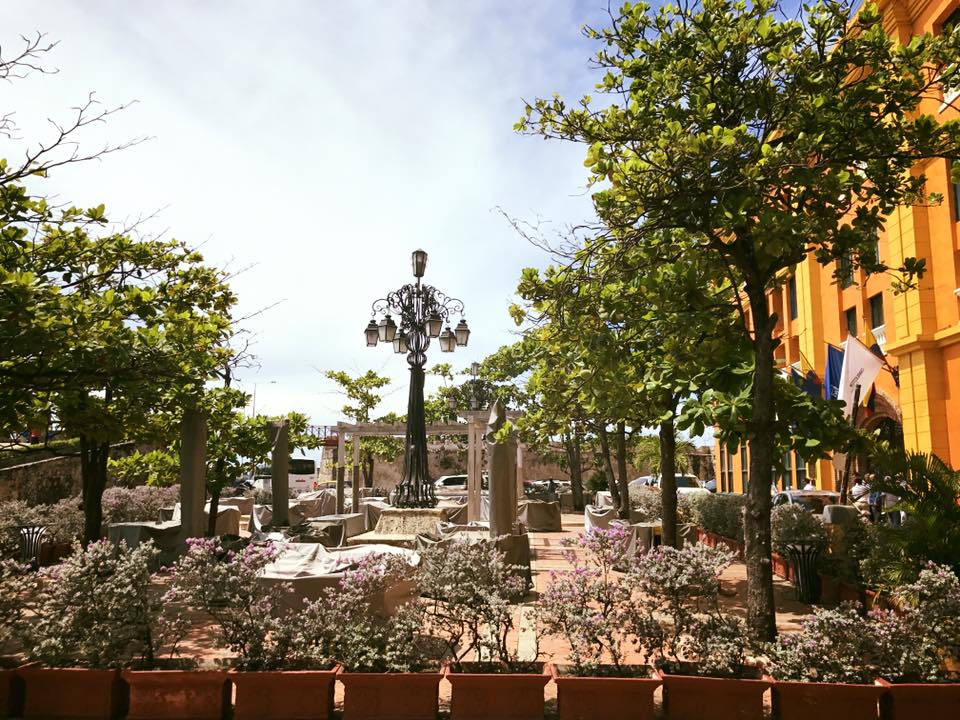 Inside the walled city, we visited the Sanctuary of Saint Peter Claver.
Inside the walled city, we visited the Sanctuary of Saint Peter Claver.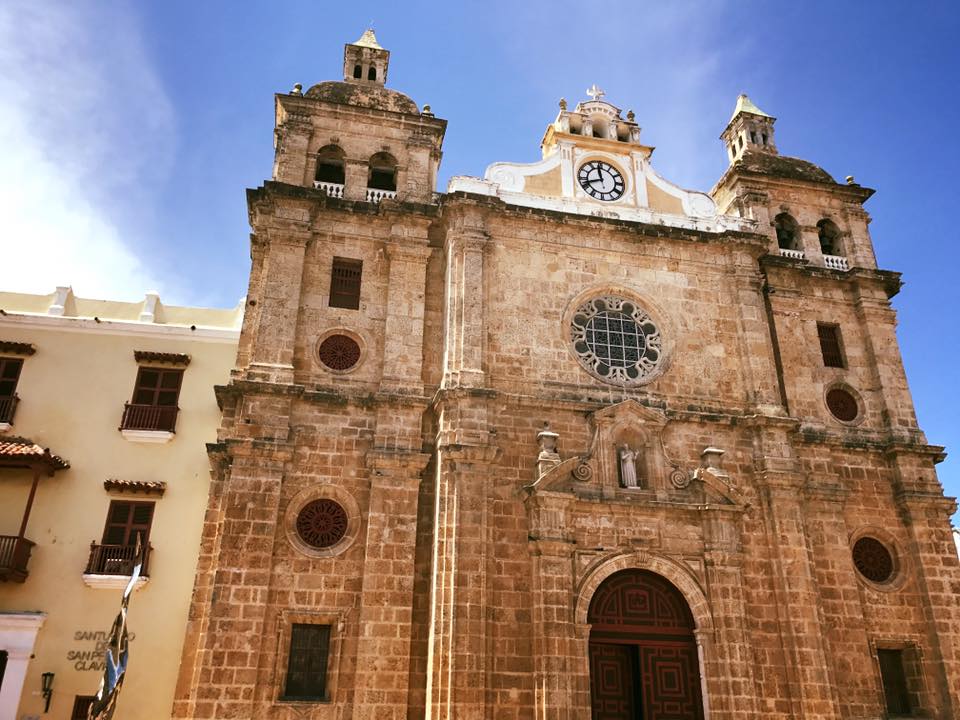


 Right around the corner from the church is a small cigar shop that Bill Clinton frequented when he visited the city:
Right around the corner from the church is a small cigar shop that Bill Clinton frequented when he visited the city: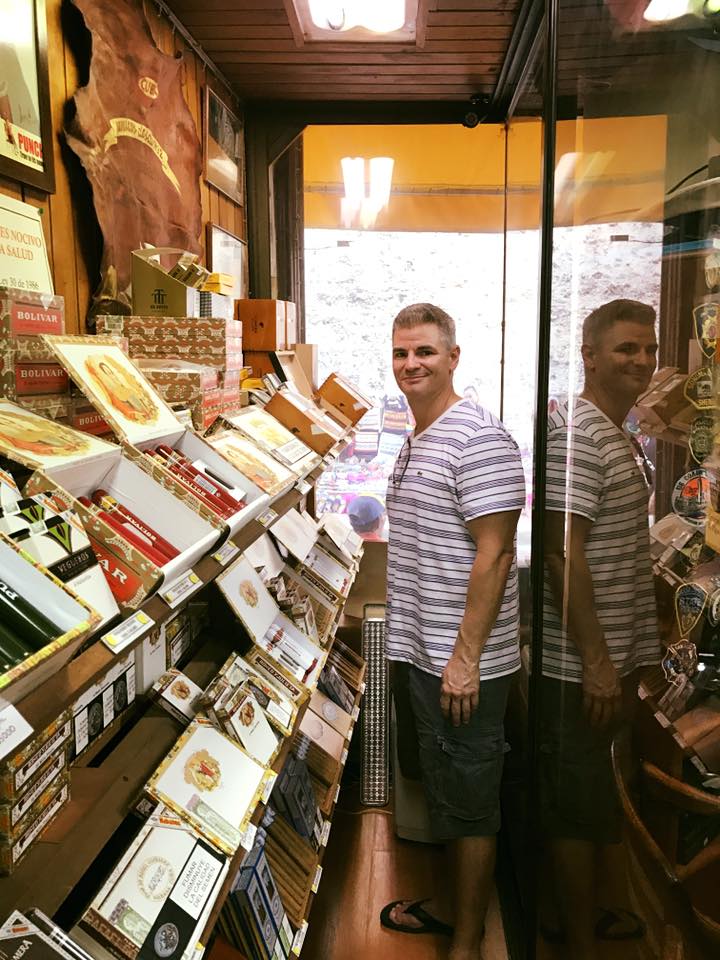 After our tour, we stopped for lunch at the delicious (and beautiful) Alma Restaurant.
After our tour, we stopped for lunch at the delicious (and beautiful) Alma Restaurant.
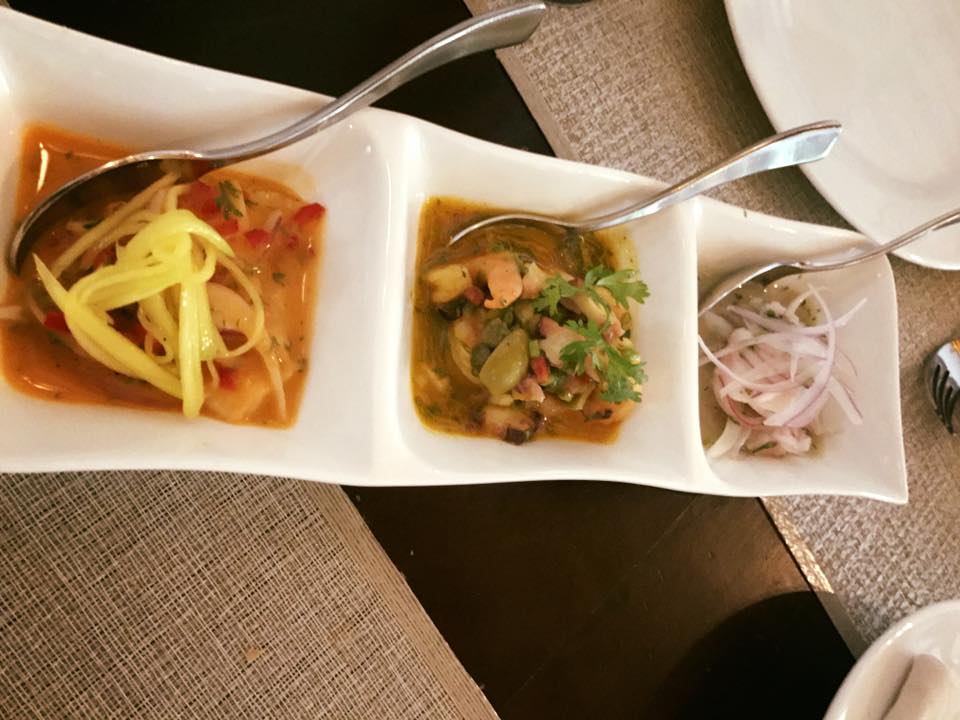
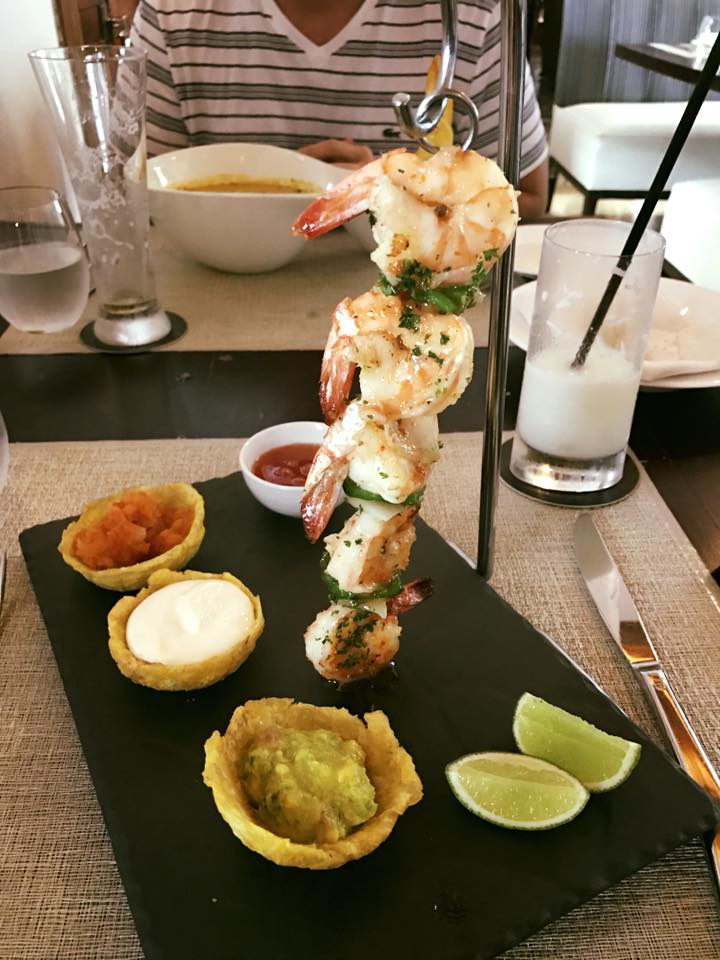
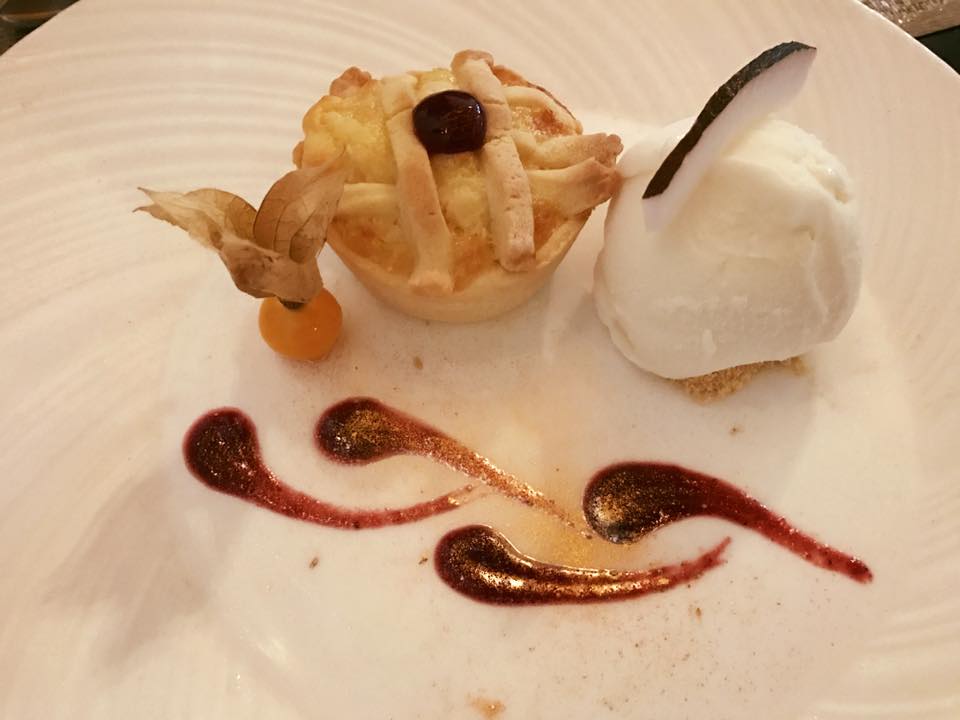 This is where I discovered the delight of my life: Coconut Lemonade. After this encounter, I stopped for one everywhere we went, and, after taste testing a dozen or so, I can confirm that Alma makes it best. I think it’s the added touch of coconut shavings that makes it. Trust me, after a long hot day, this is like a cold, sweet oasis in your mouth!
This is where I discovered the delight of my life: Coconut Lemonade. After this encounter, I stopped for one everywhere we went, and, after taste testing a dozen or so, I can confirm that Alma makes it best. I think it’s the added touch of coconut shavings that makes it. Trust me, after a long hot day, this is like a cold, sweet oasis in your mouth! 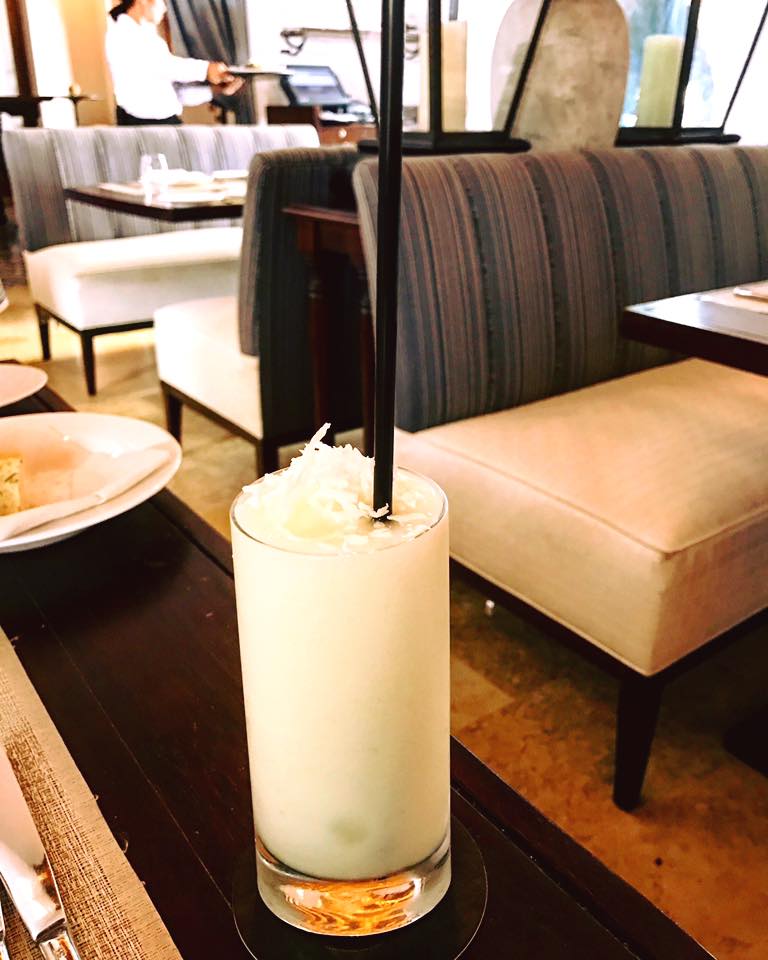 Alma is also where I got a major case of bathroom envy:
Alma is also where I got a major case of bathroom envy: 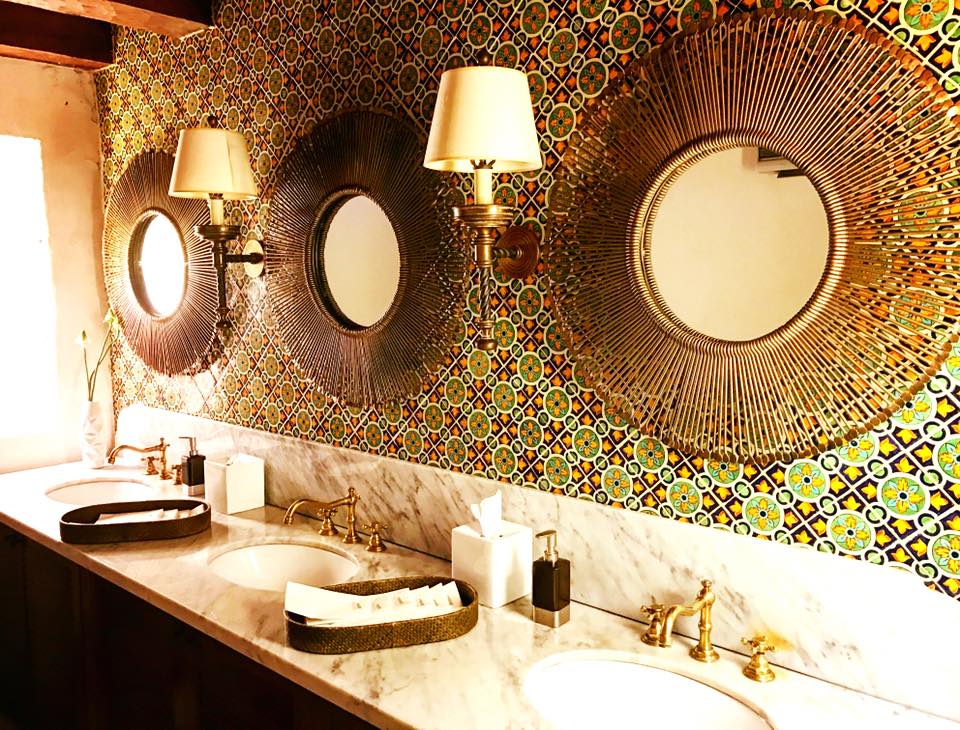 And, in case you were wondering, Cartagena is just as beautiful at night as she is during the day:
And, in case you were wondering, Cartagena is just as beautiful at night as she is during the day: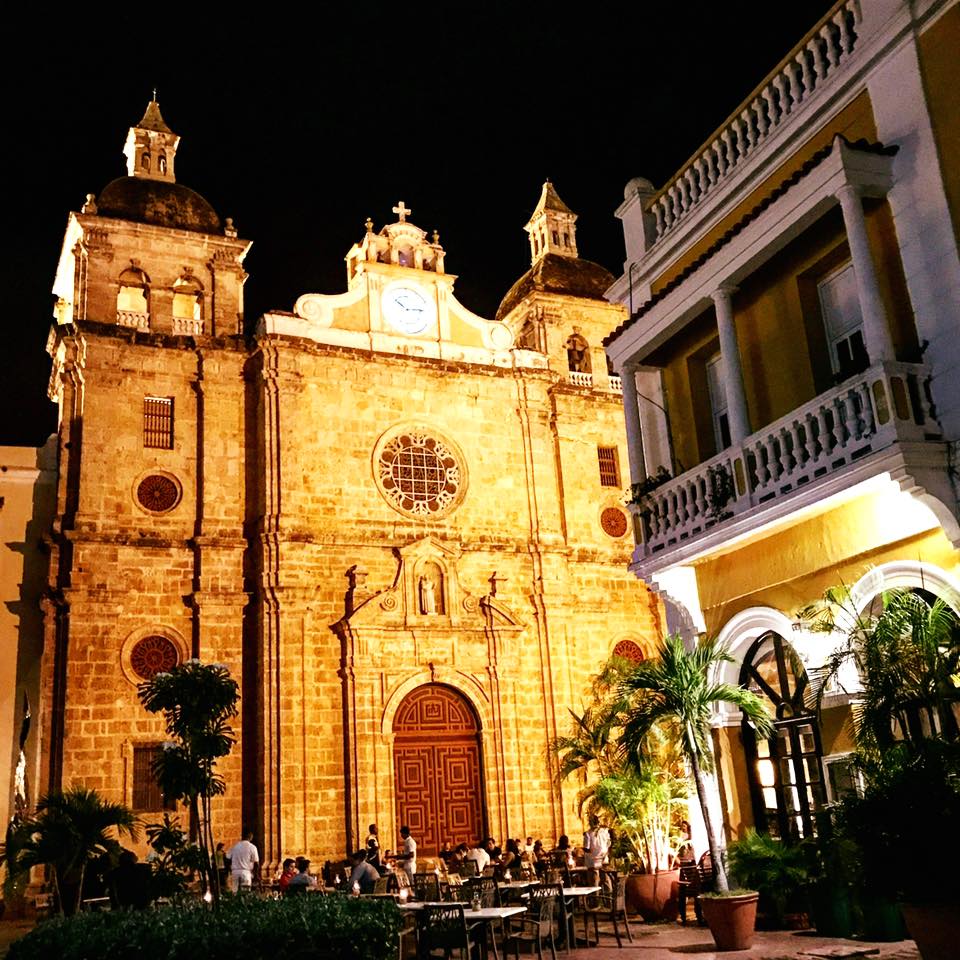
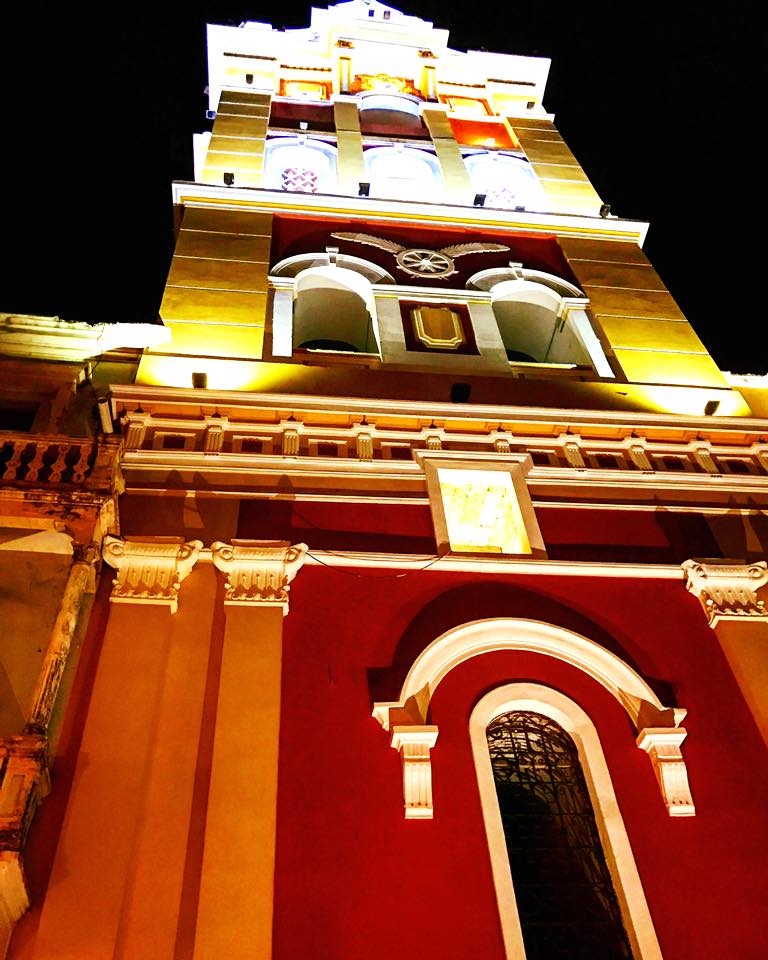 And, like I said before, it is hot and humid in Cartagena, even at night, so if you see a popsicle shop (and you will because they are all over), pop in and treat yourself!
And, like I said before, it is hot and humid in Cartagena, even at night, so if you see a popsicle shop (and you will because they are all over), pop in and treat yourself!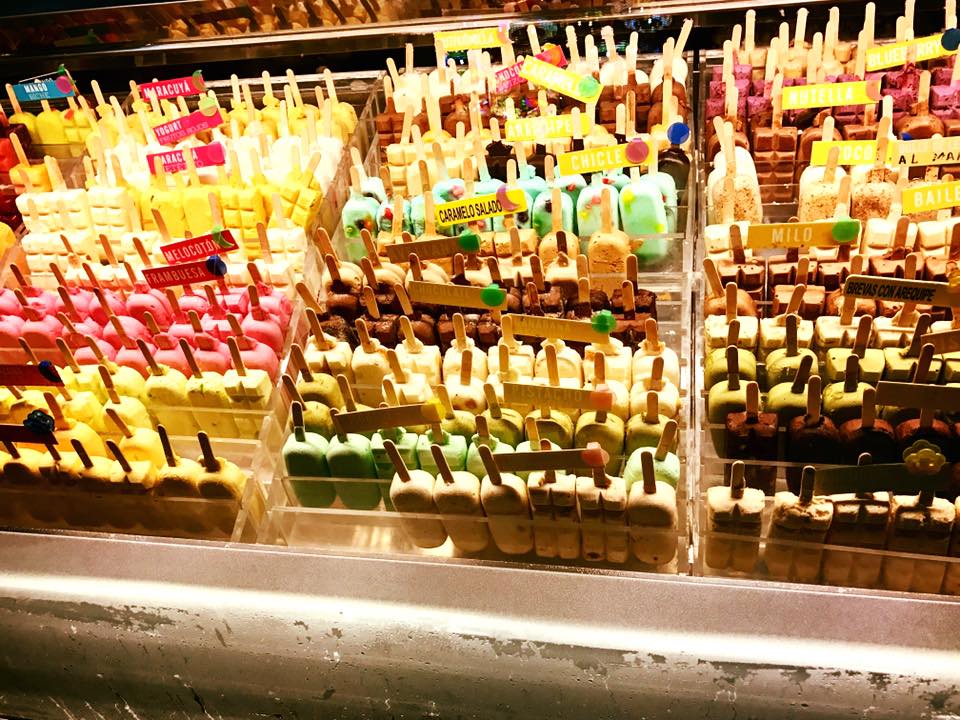 Day 3: Beach and Off the Beaten Path
Day 3: Beach and Off the Beaten Path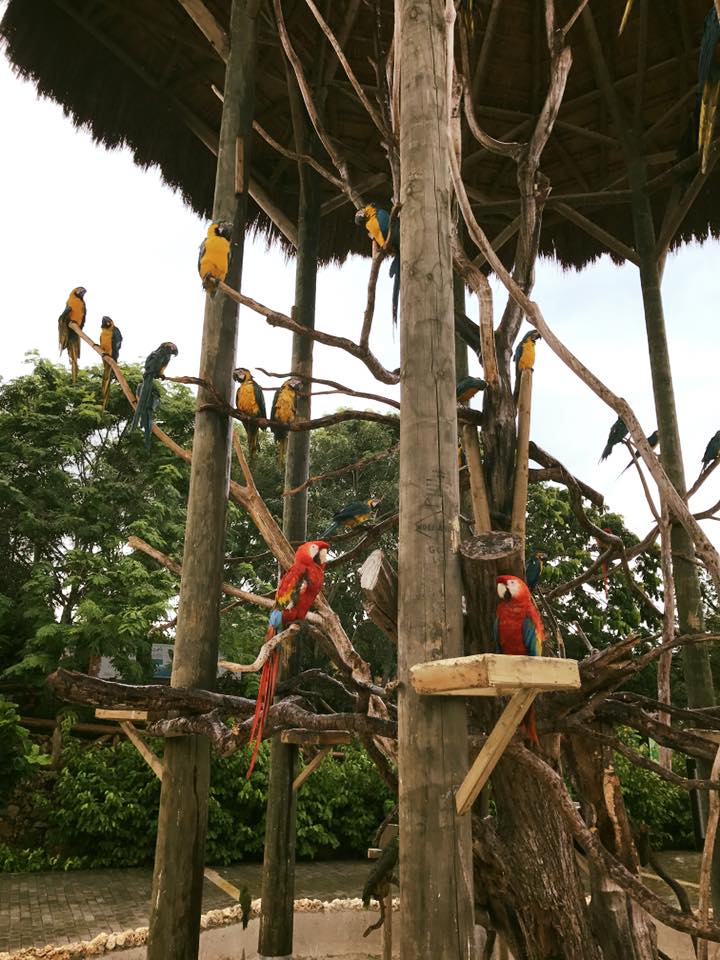
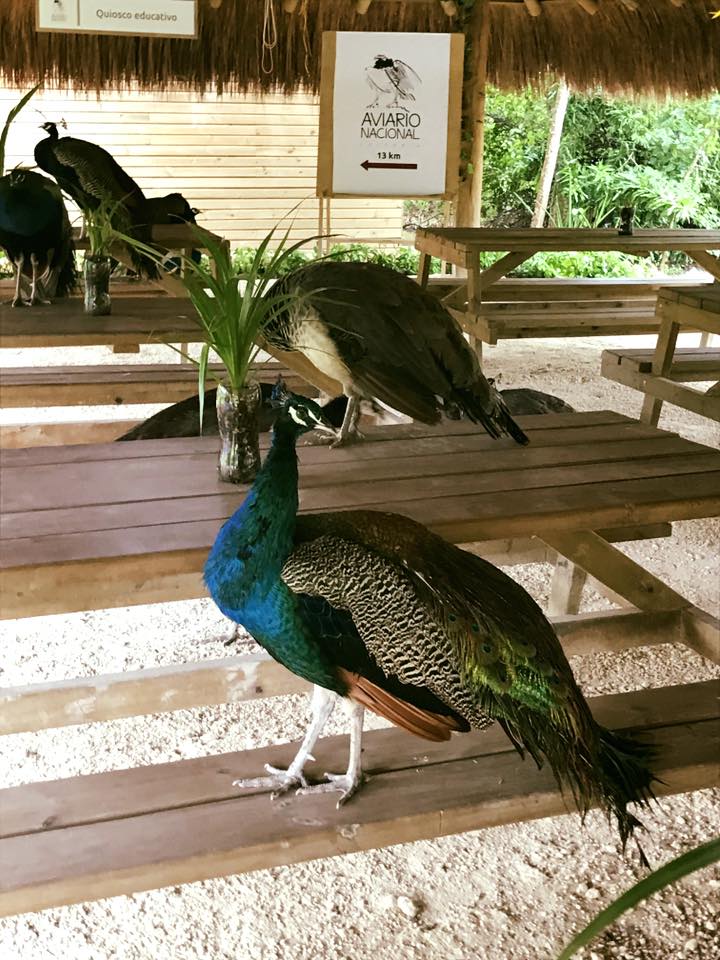
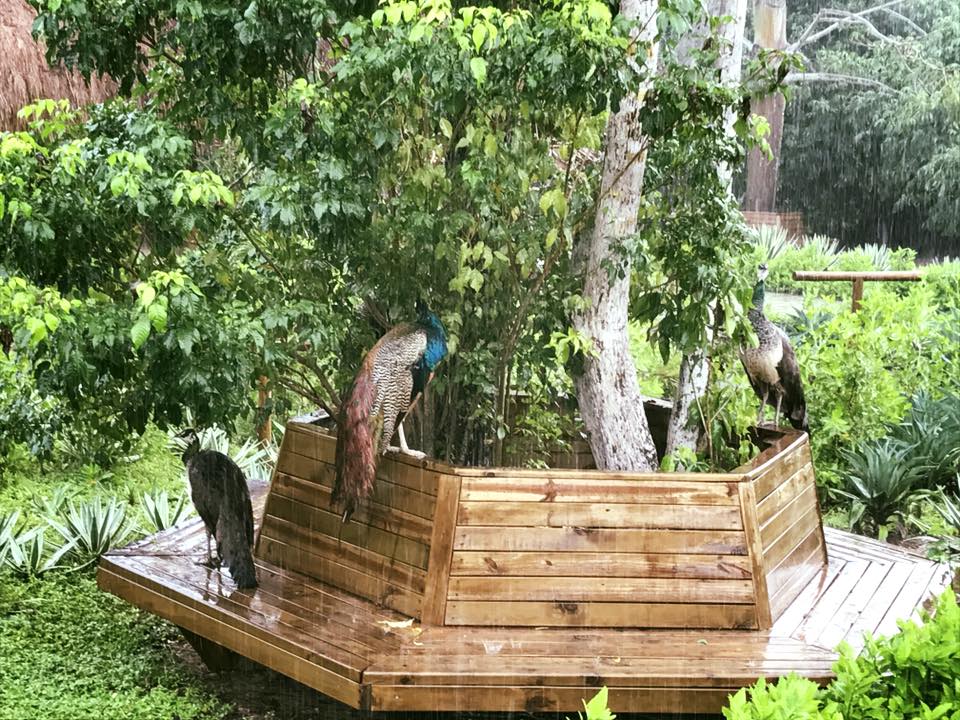
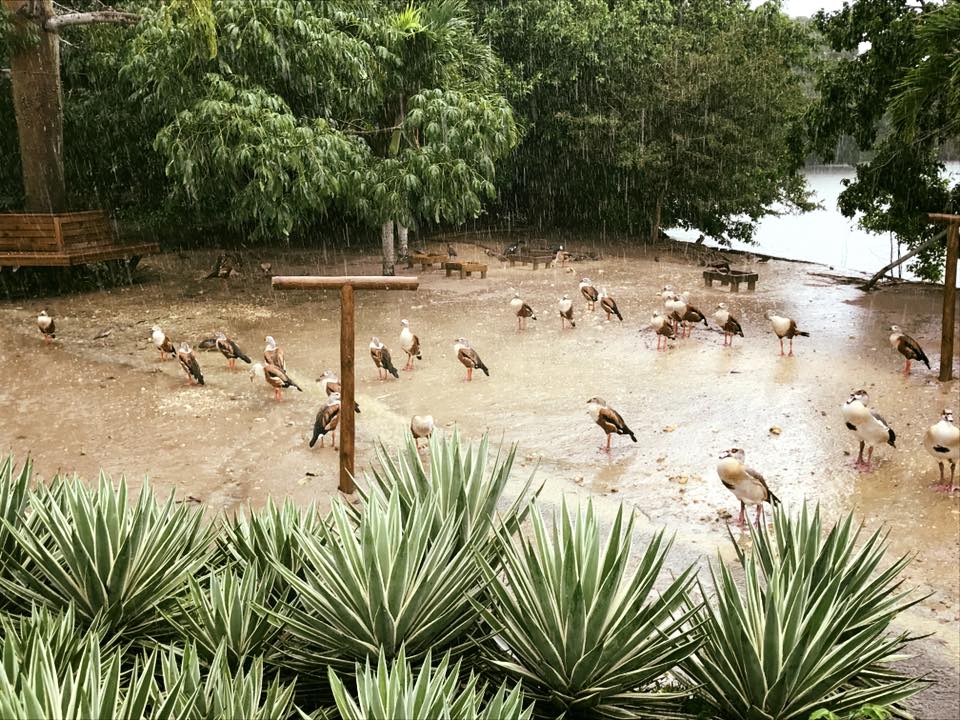
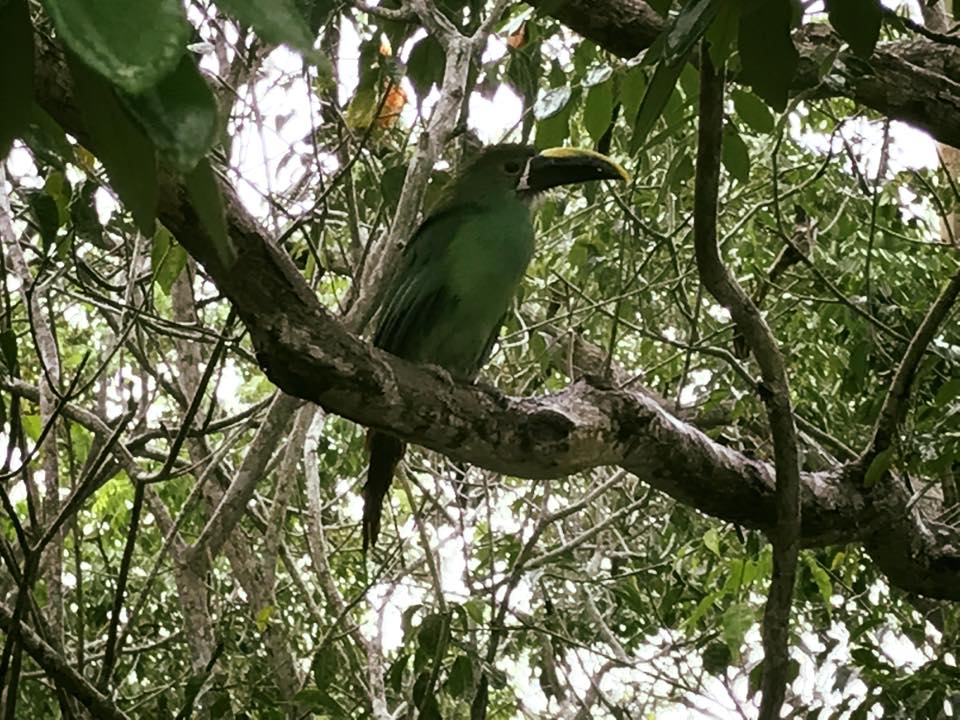
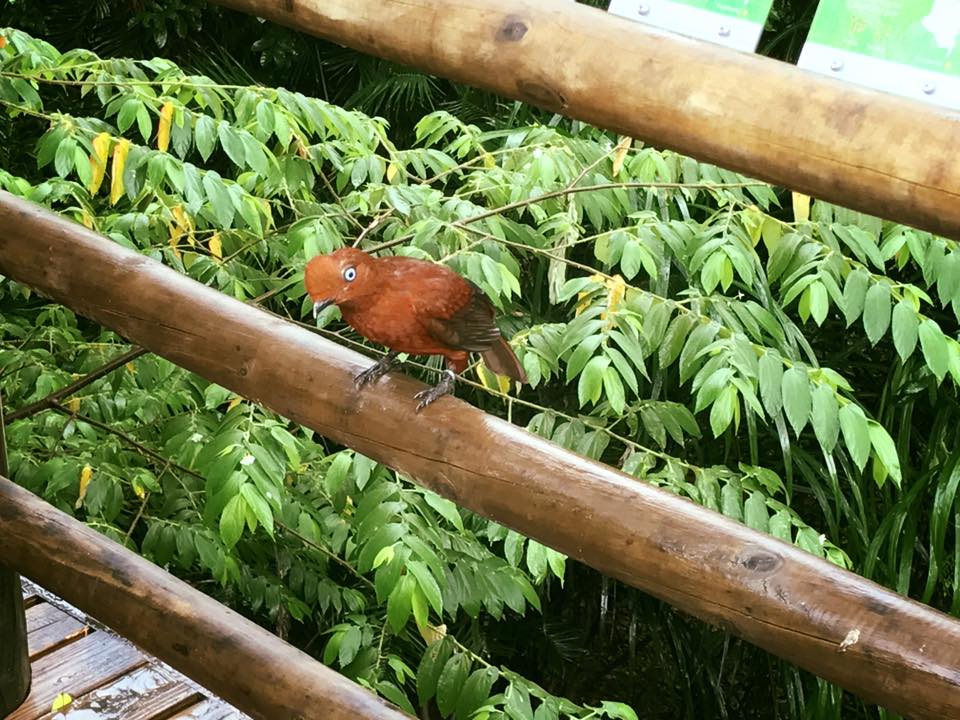
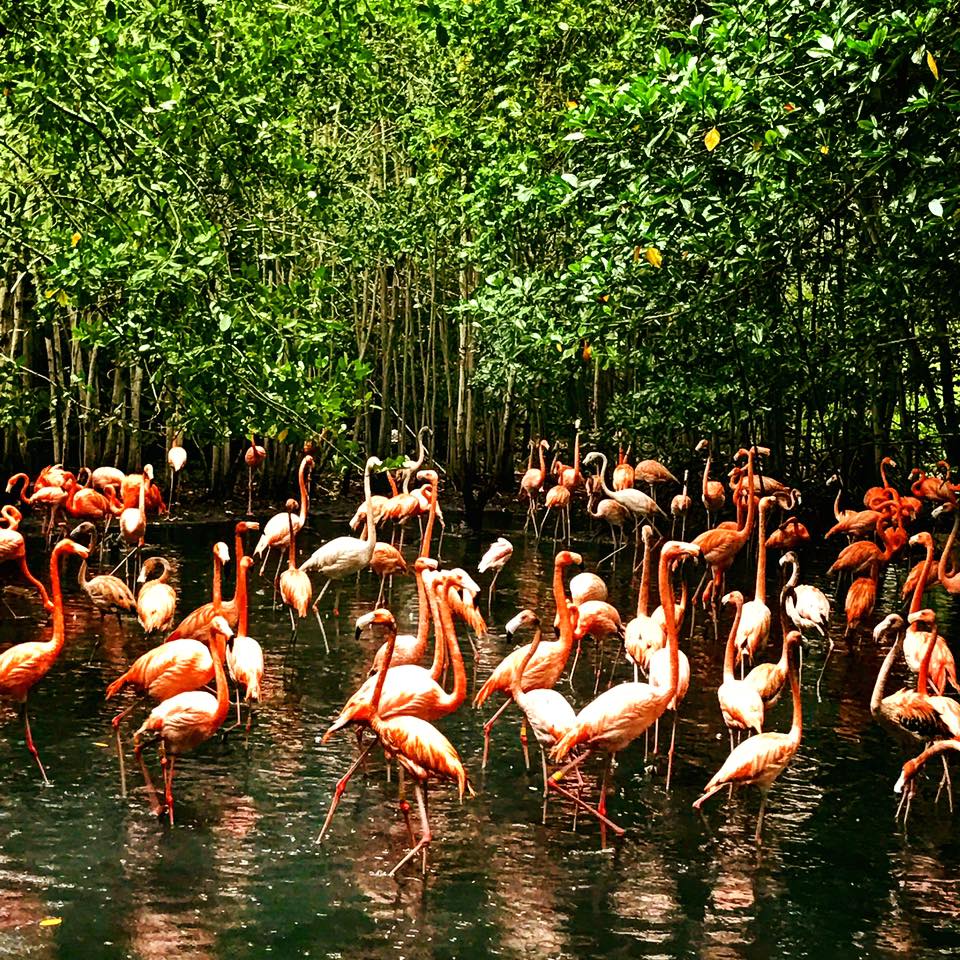
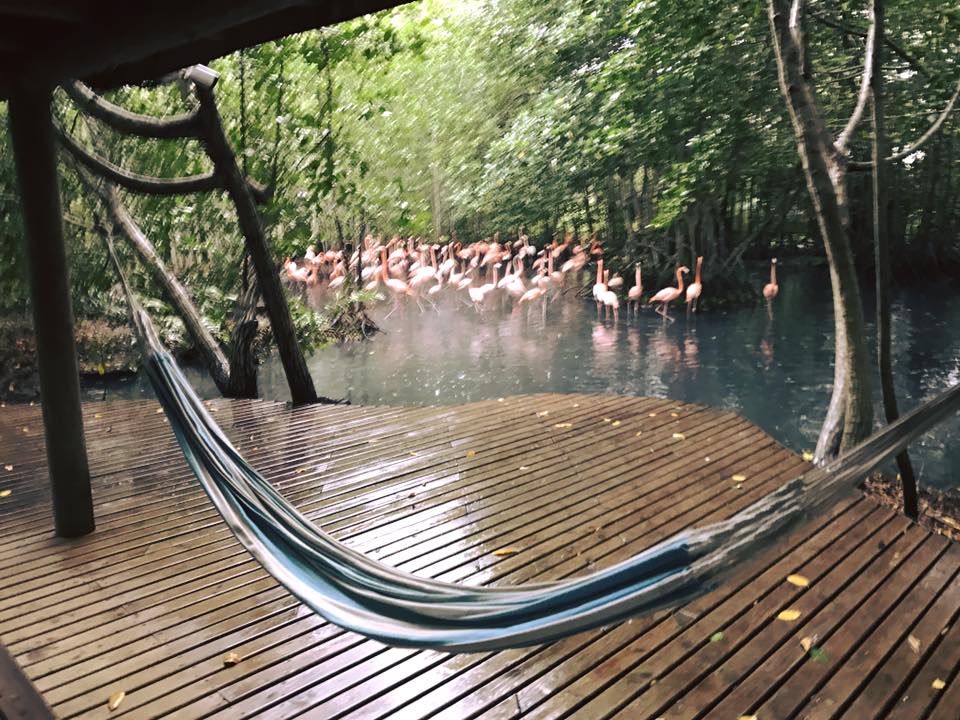
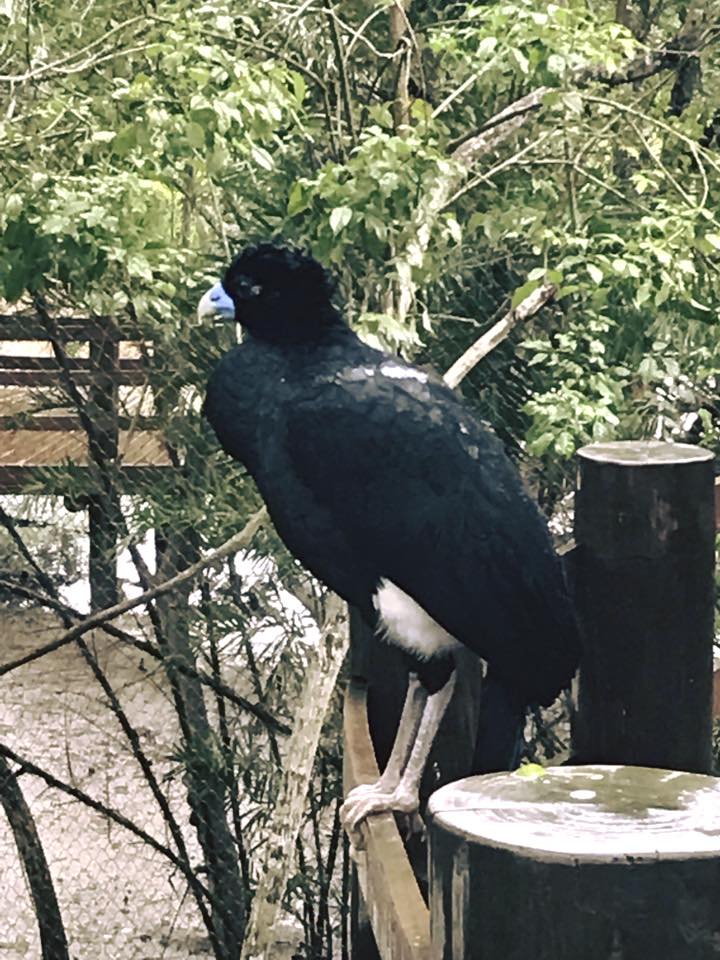
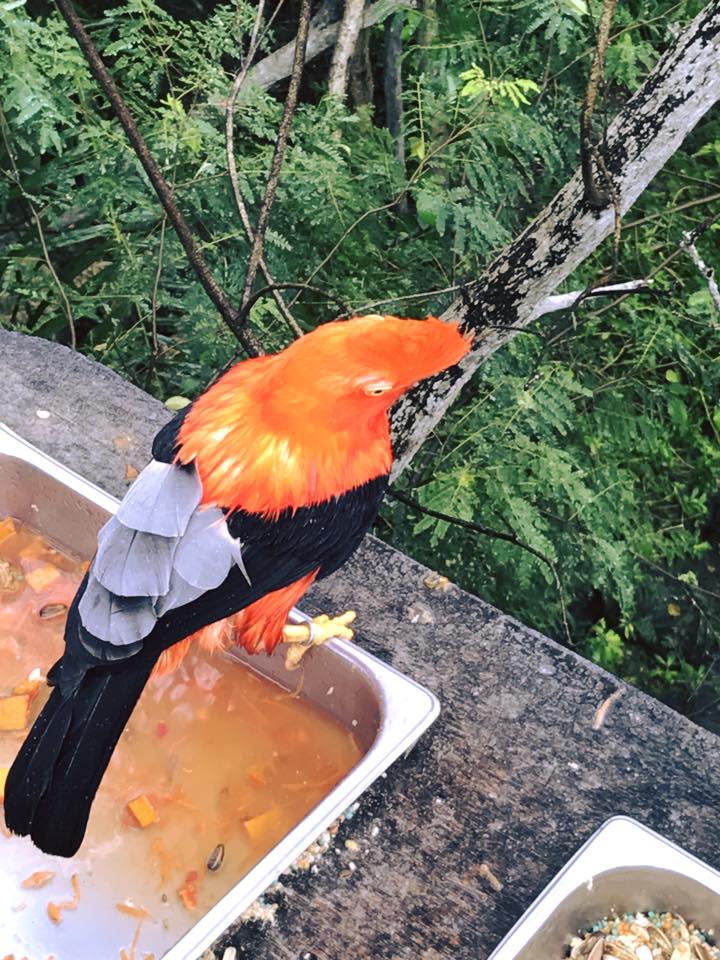

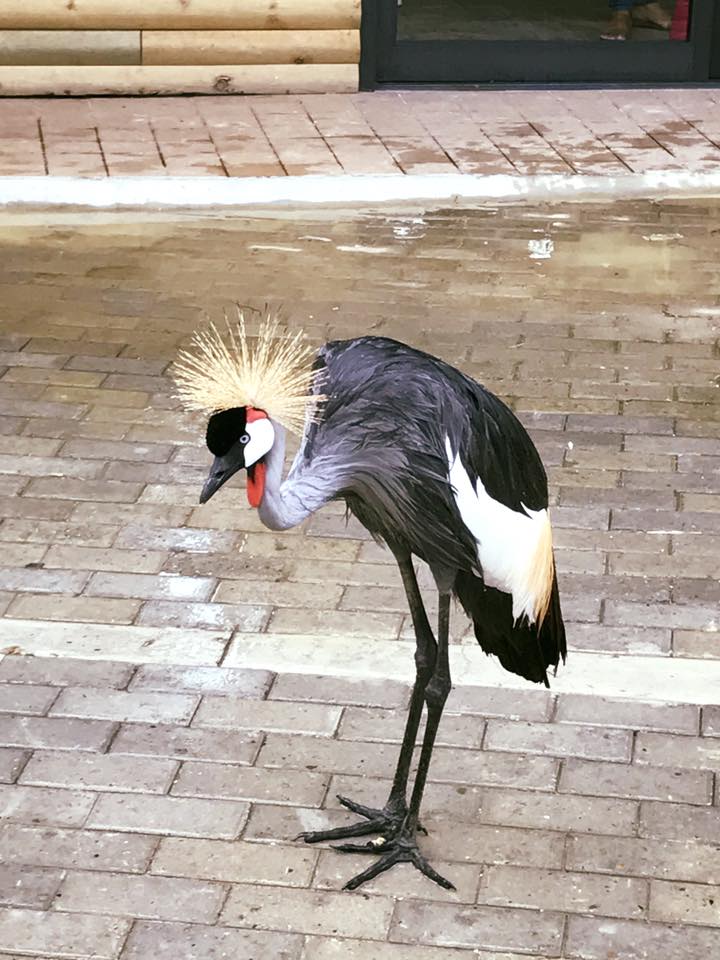
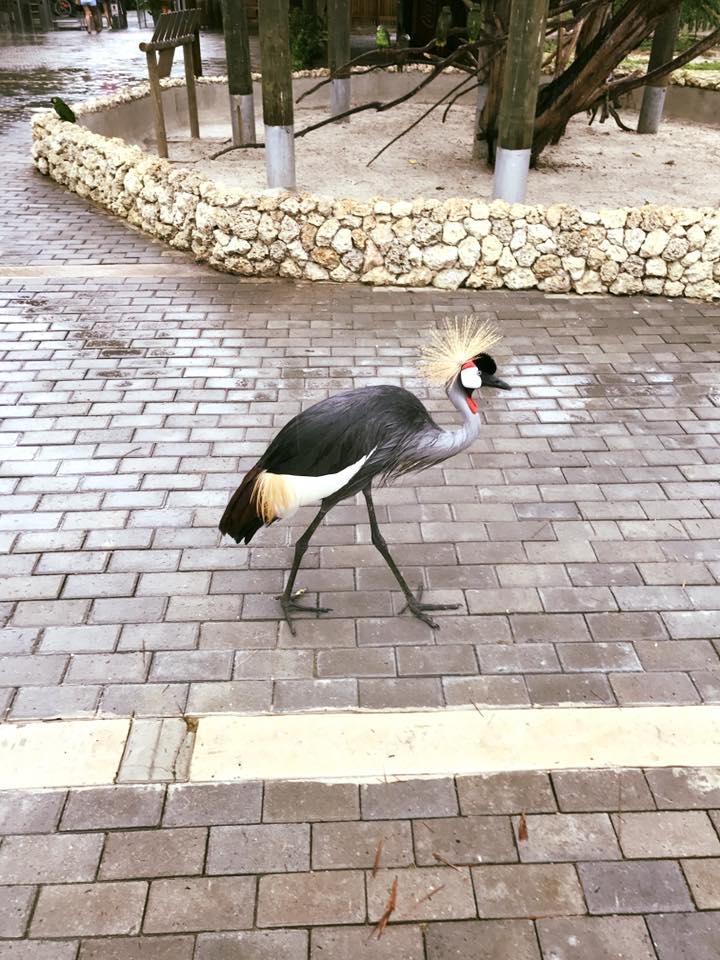
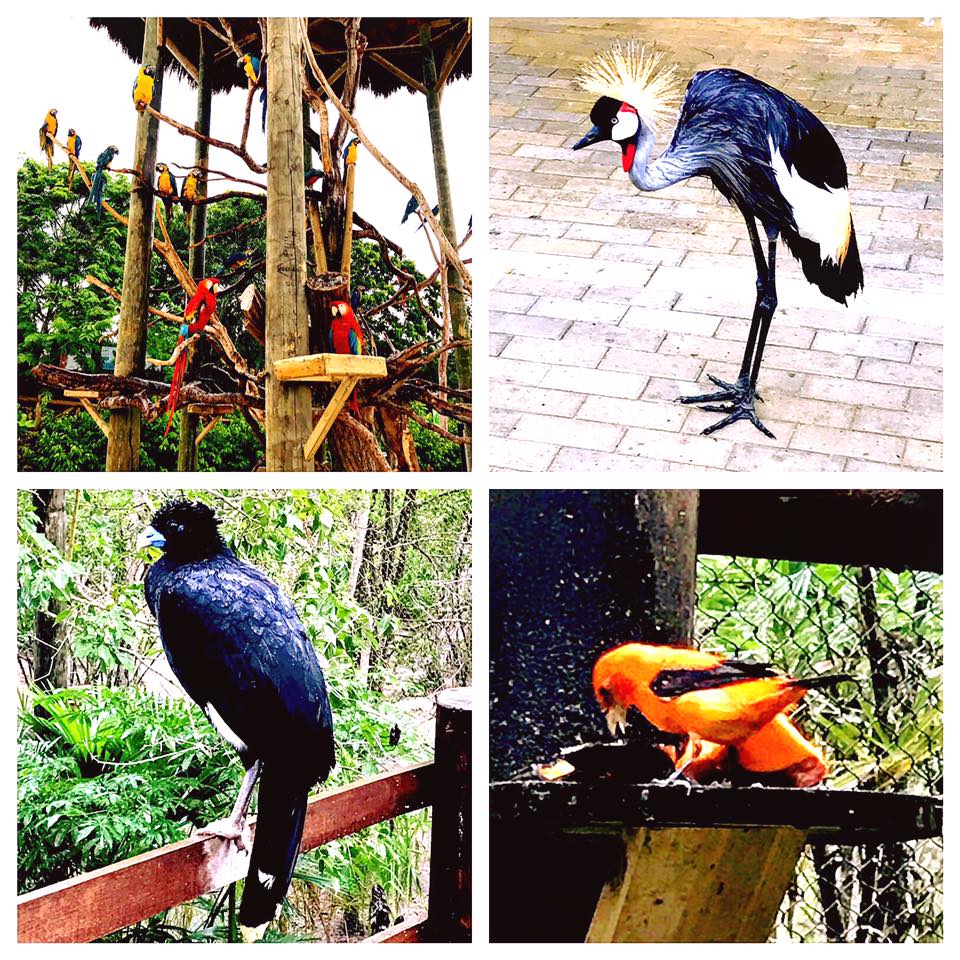 On our way out, we were greeted by some roadside cows!
On our way out, we were greeted by some roadside cows!
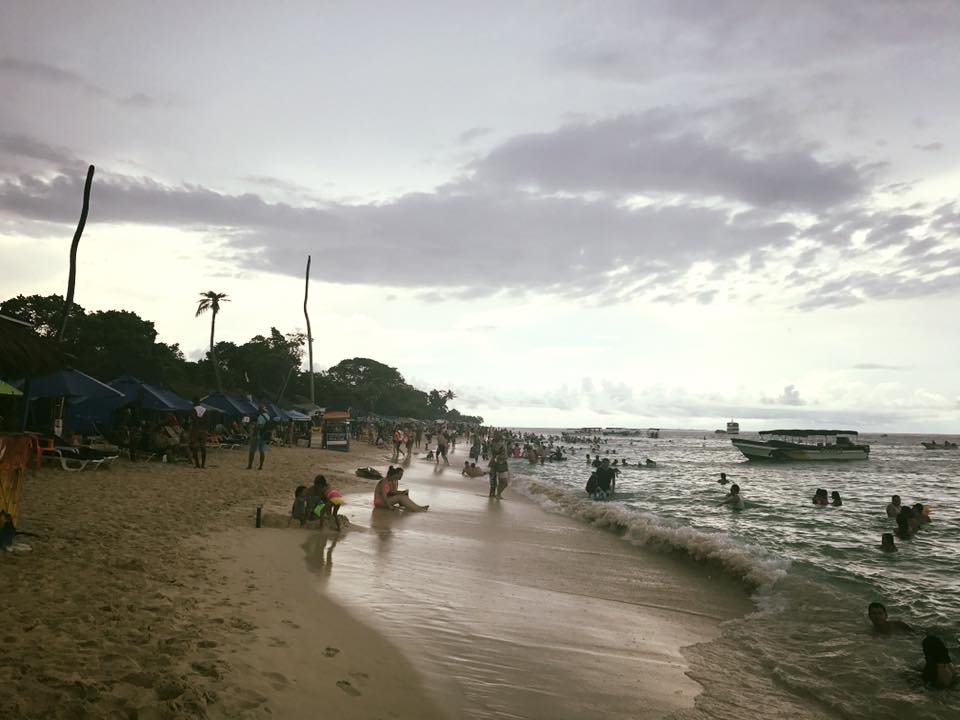
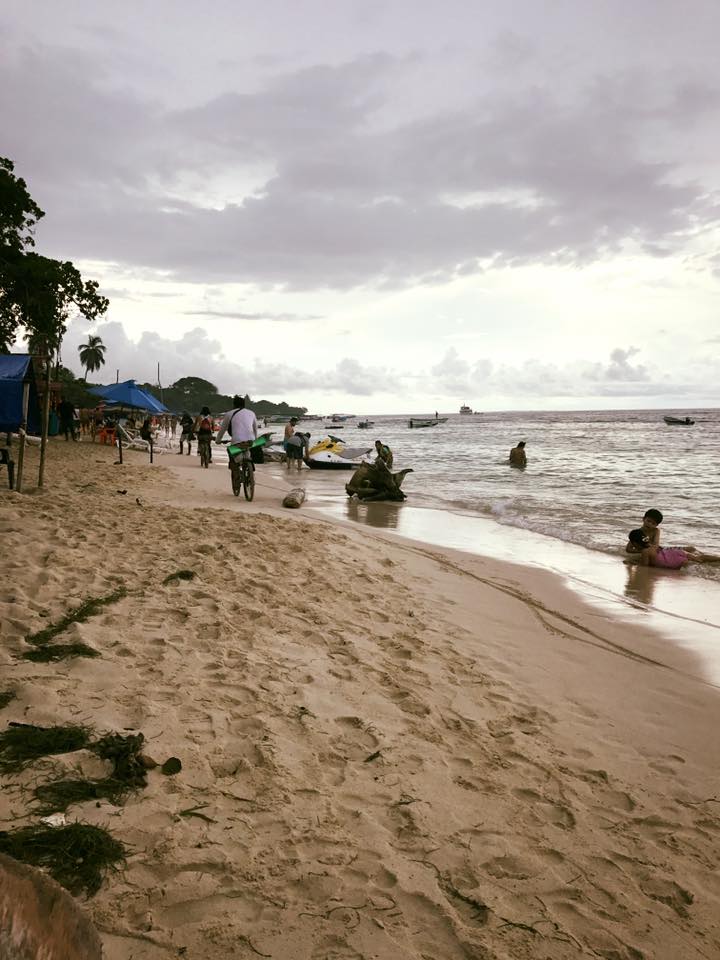 If you want to avoid this mess, you need to walk in the opposite direction for about 15 minutes towards the beach-front hostels. There is literally almost nobody on the beach here, and, in my opinion, this is the only enjoyable way to visit this beach.
If you want to avoid this mess, you need to walk in the opposite direction for about 15 minutes towards the beach-front hostels. There is literally almost nobody on the beach here, and, in my opinion, this is the only enjoyable way to visit this beach.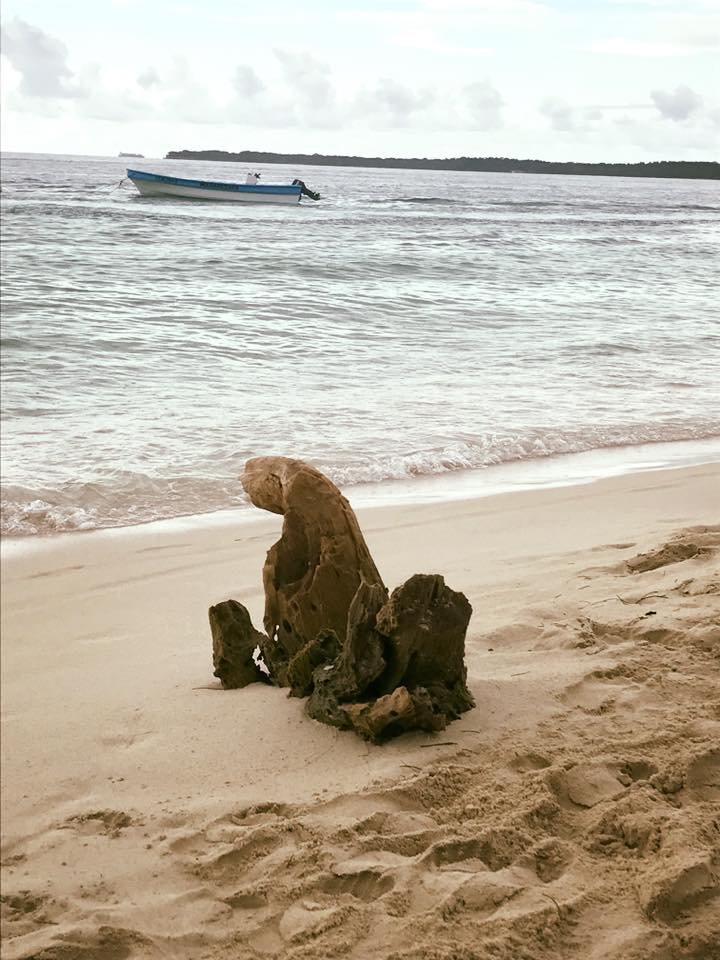
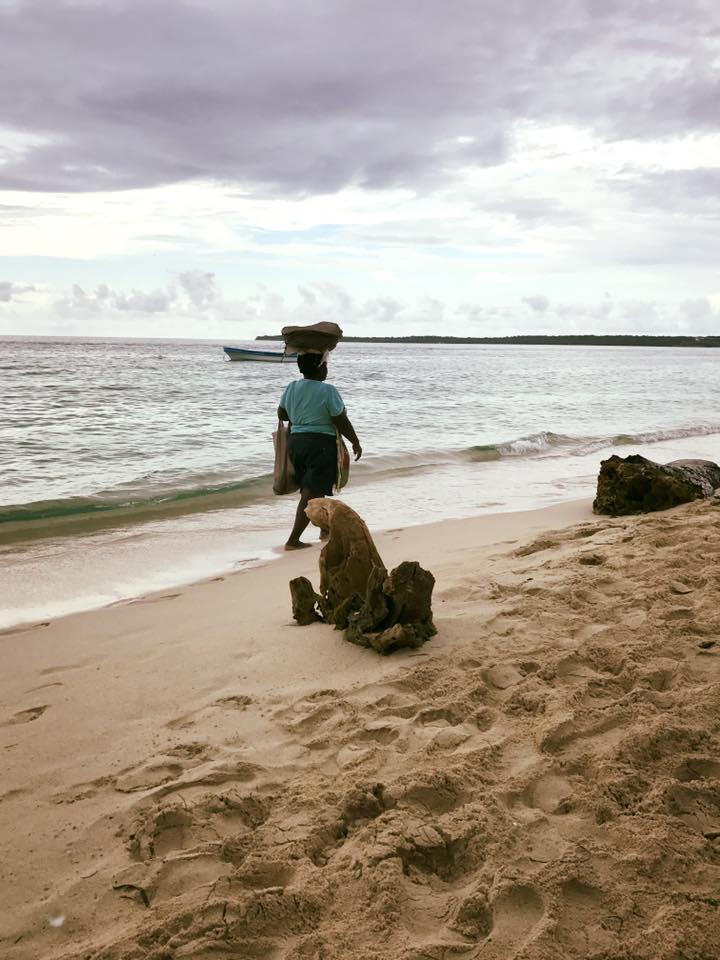
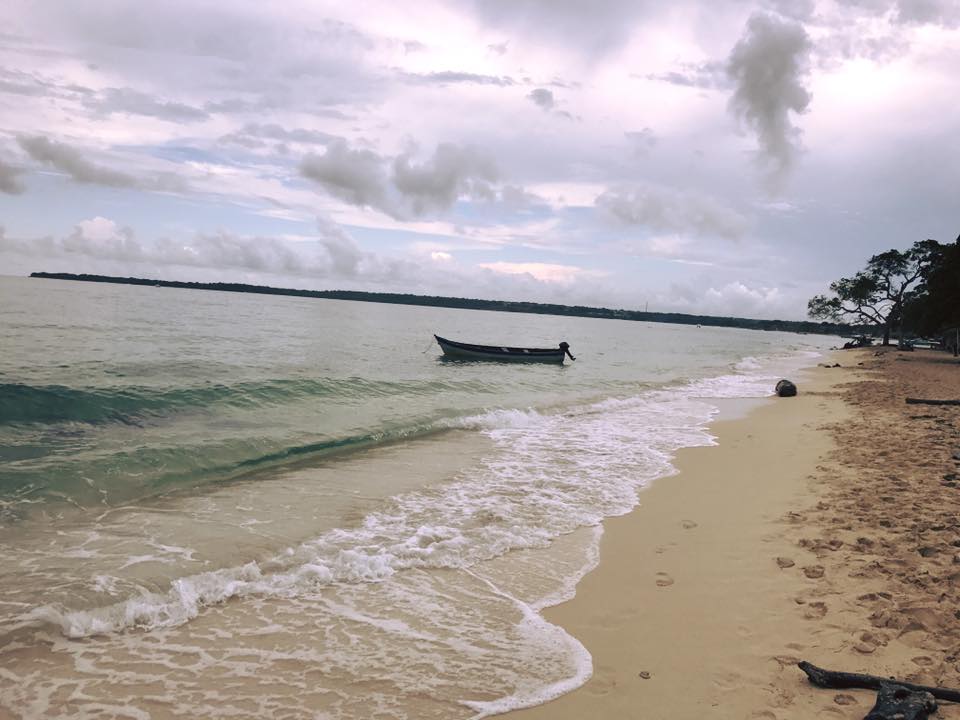
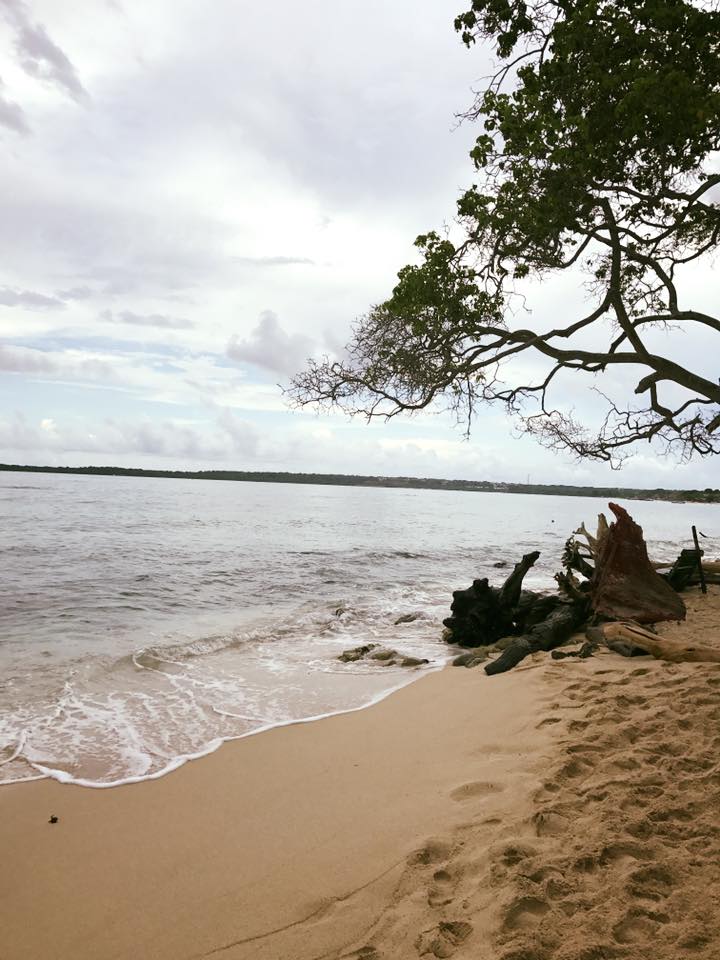
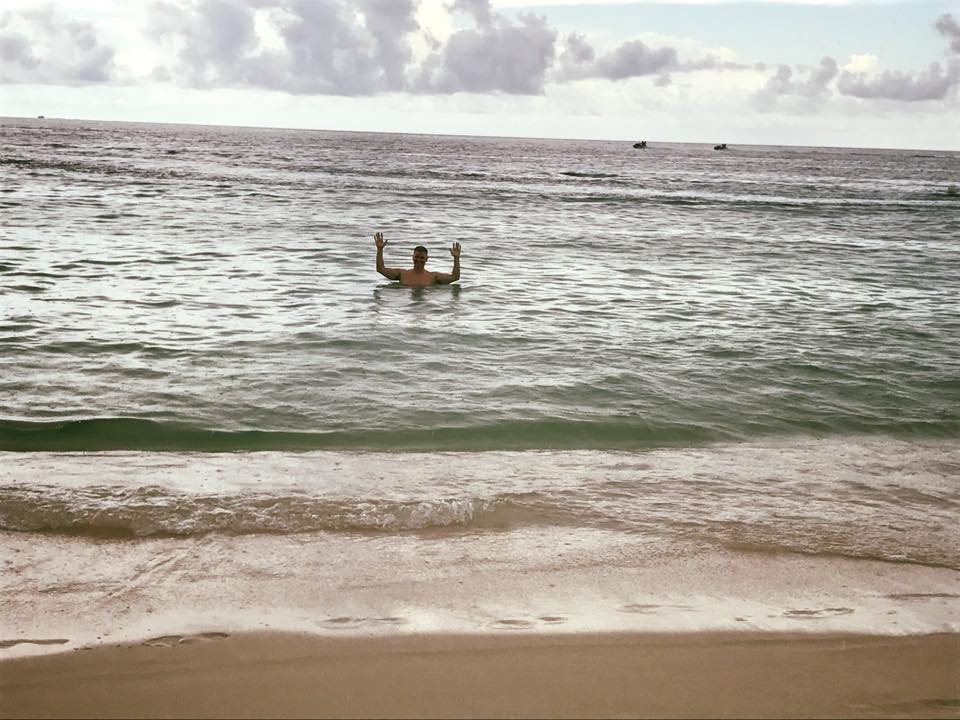
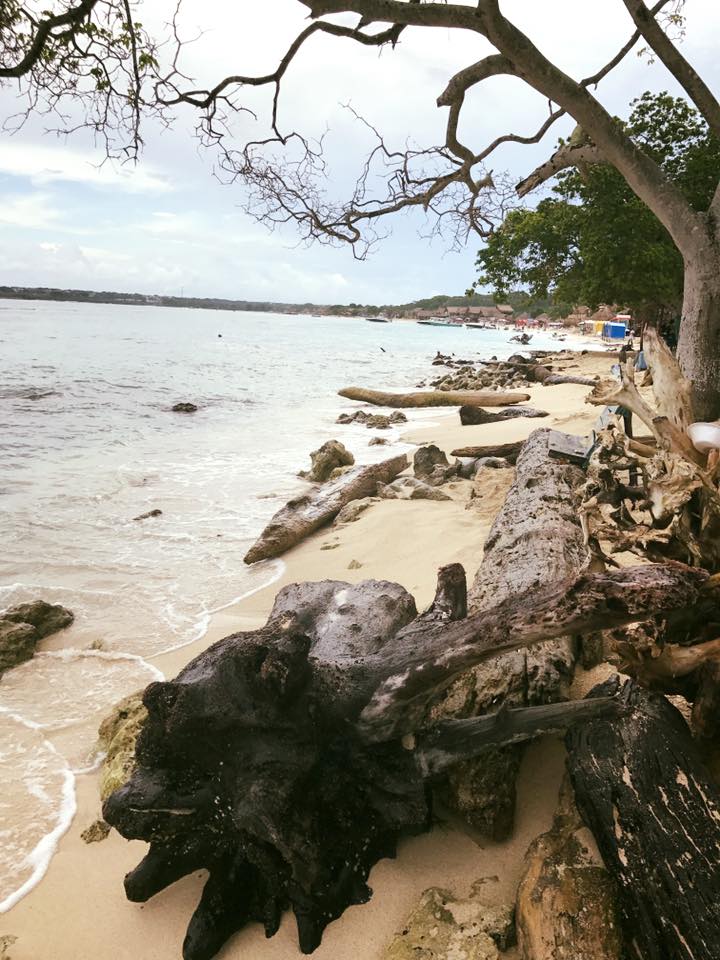
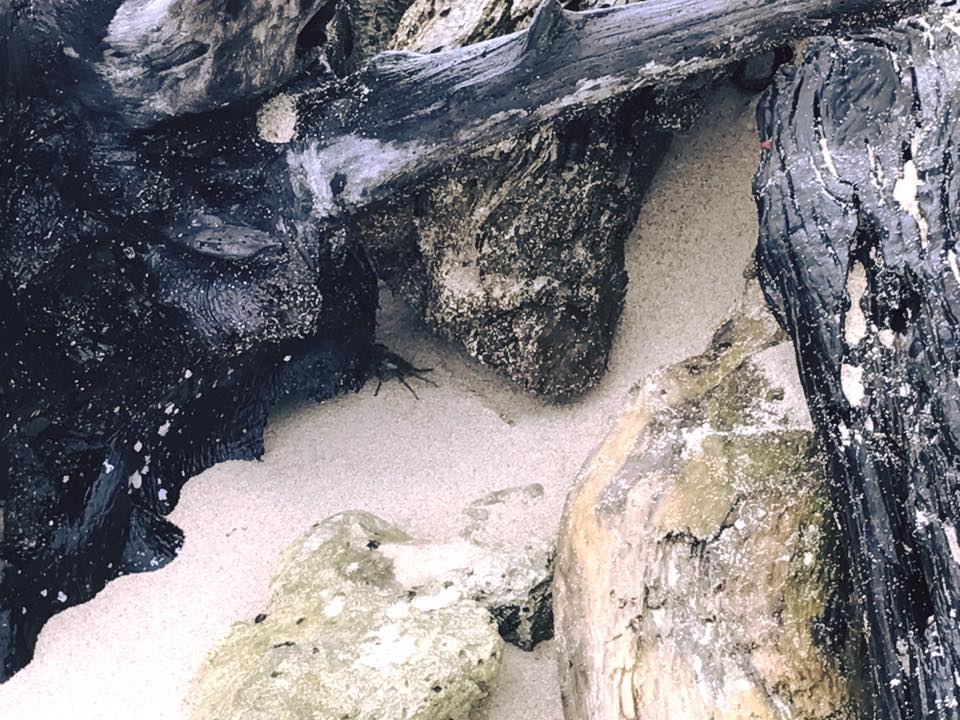
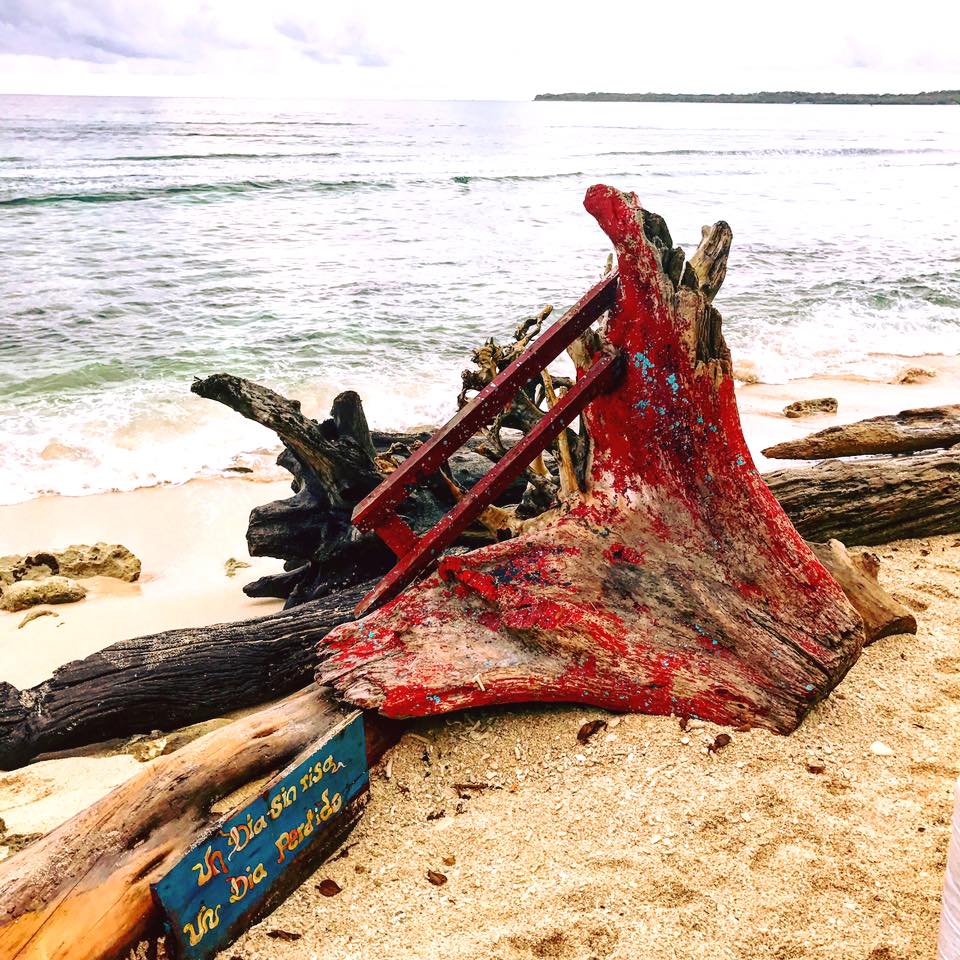 In hindsight, I would probably skip this beach altogether and opt for a private boat to the Rosario Islands, not a public multi-island stop that vendors will try to sell you on the streets of Colombia. I researched this option before leaving and opted against it because I was being quoted $2,000.00 USD for private boat rental by some companies. After speaking to Camilo, he said he could arrange a tour for us on a private boat for $700.00 USD. Our hotel offered the best deal for a private boat tour on a pretty nice 28-foot boat for $400.00 USD for the day.
In hindsight, I would probably skip this beach altogether and opt for a private boat to the Rosario Islands, not a public multi-island stop that vendors will try to sell you on the streets of Colombia. I researched this option before leaving and opted against it because I was being quoted $2,000.00 USD for private boat rental by some companies. After speaking to Camilo, he said he could arrange a tour for us on a private boat for $700.00 USD. Our hotel offered the best deal for a private boat tour on a pretty nice 28-foot boat for $400.00 USD for the day.
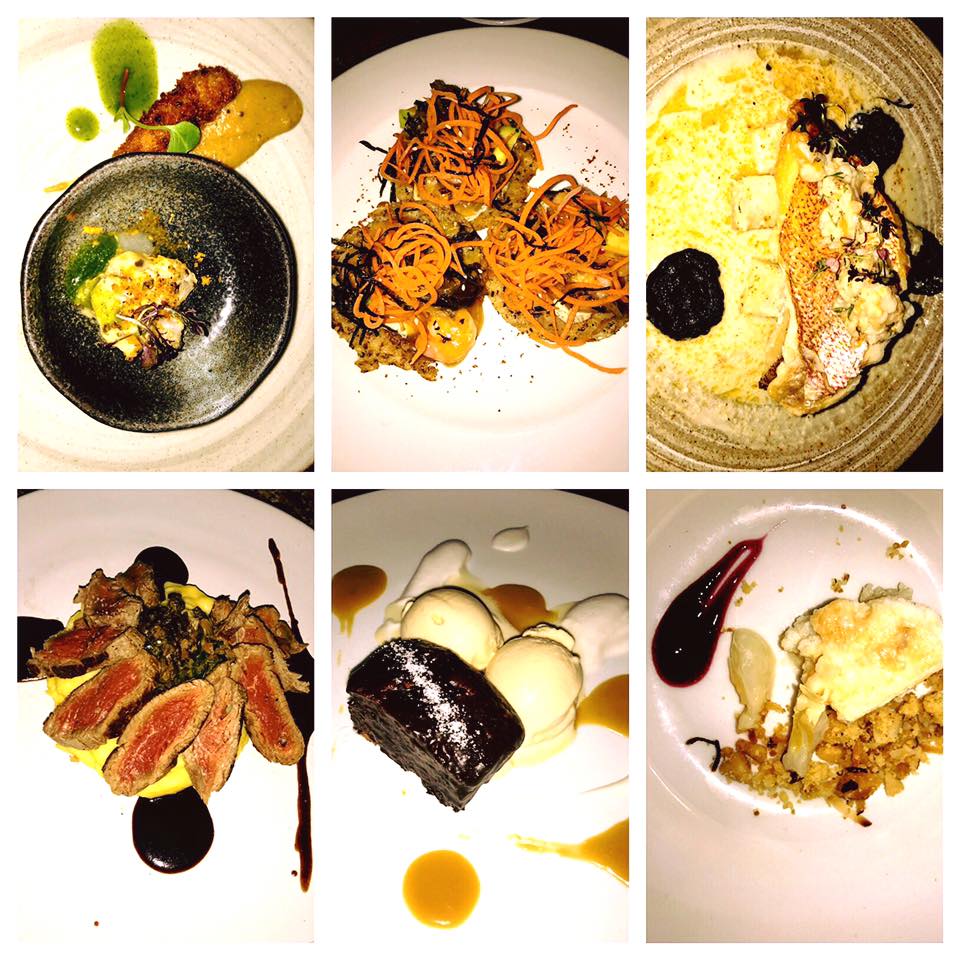
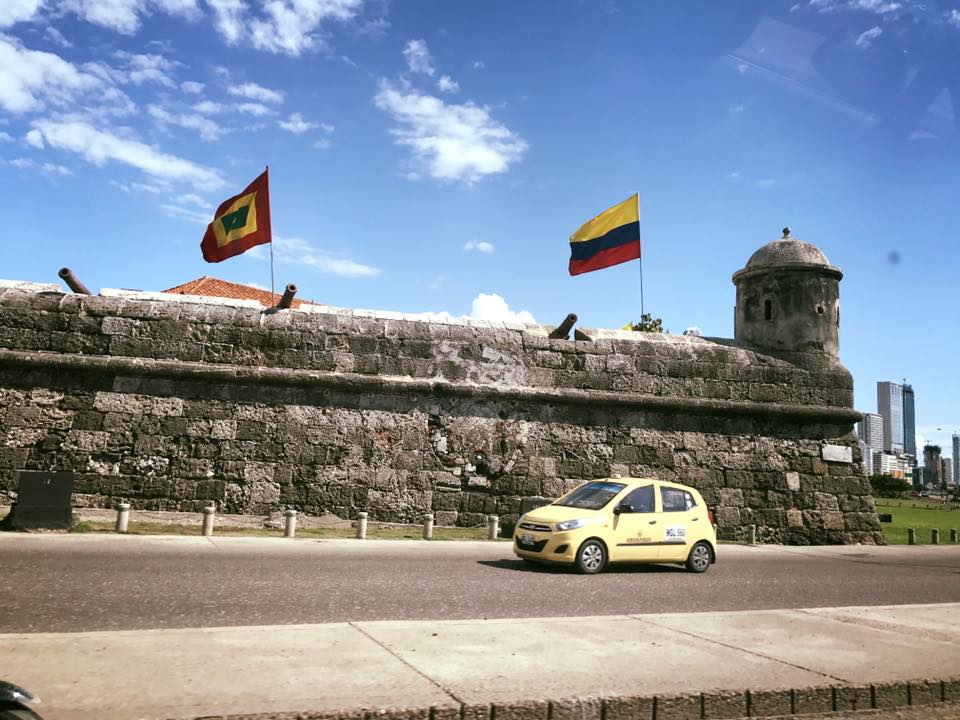
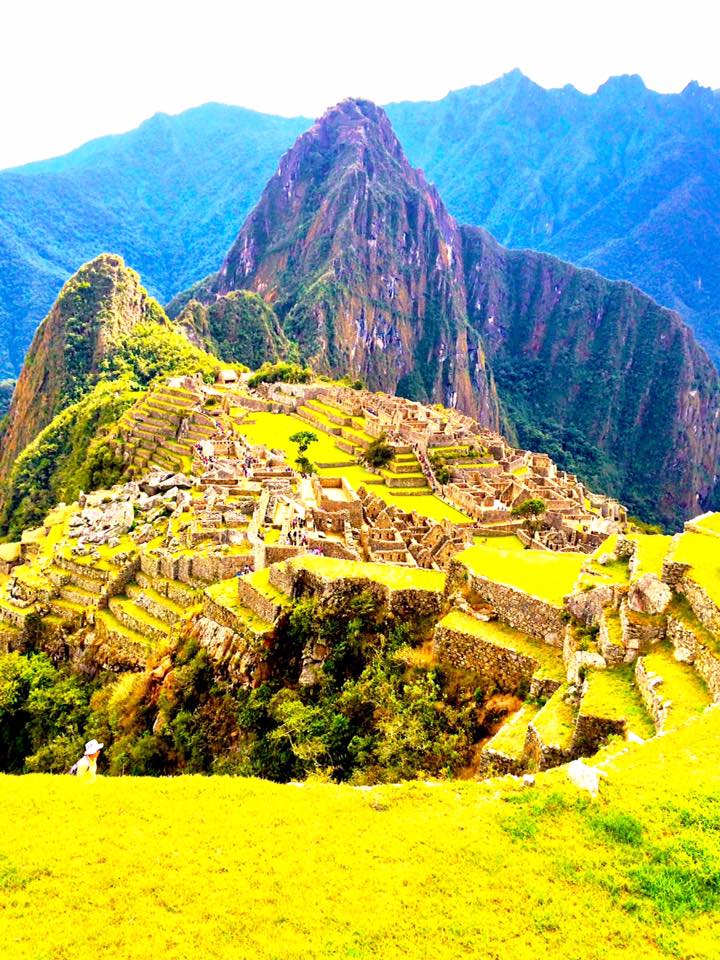 Last year, Lonely Planet published its Ultimate Travelist wherein it ranked the 500 best places to see in the world.
Last year, Lonely Planet published its Ultimate Travelist wherein it ranked the 500 best places to see in the world. 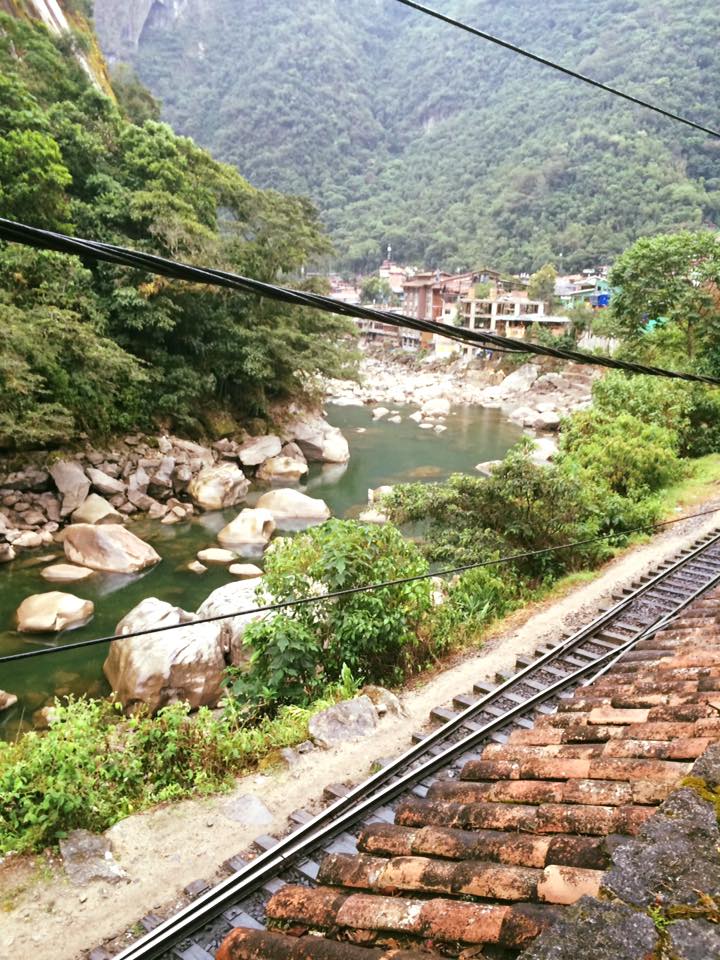 When we arrived to Aguas Calientes, a representative from our hotel, the
When we arrived to Aguas Calientes, a representative from our hotel, the 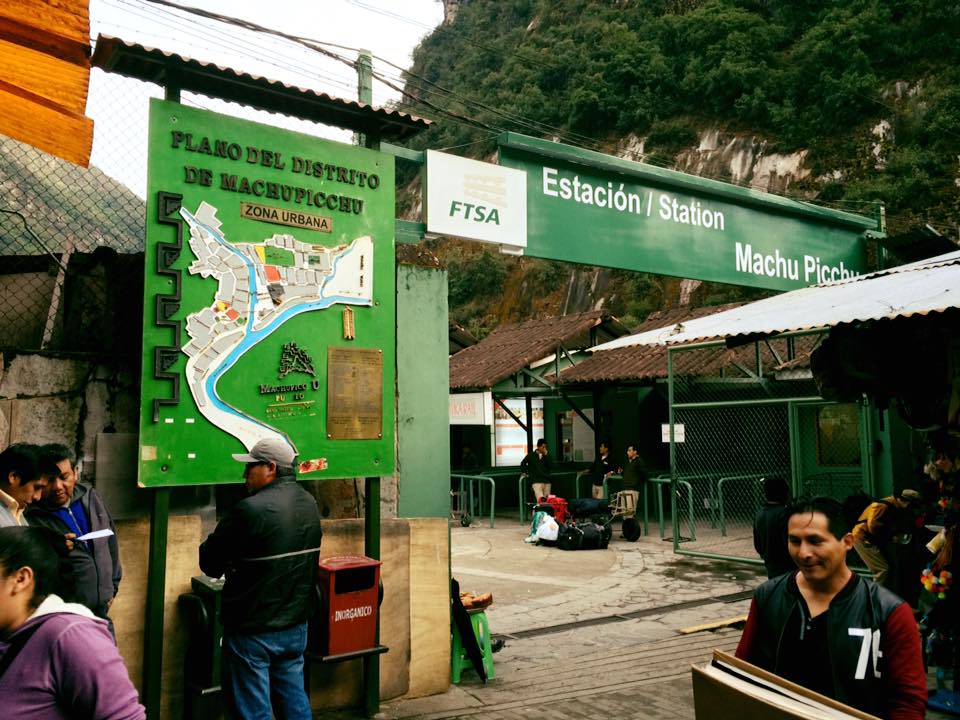 After three to five minutes, you will reach this bridge which you will need to cross to buy citadel tickets, to buy bus tickets, and to catch the bus:
After three to five minutes, you will reach this bridge which you will need to cross to buy citadel tickets, to buy bus tickets, and to catch the bus: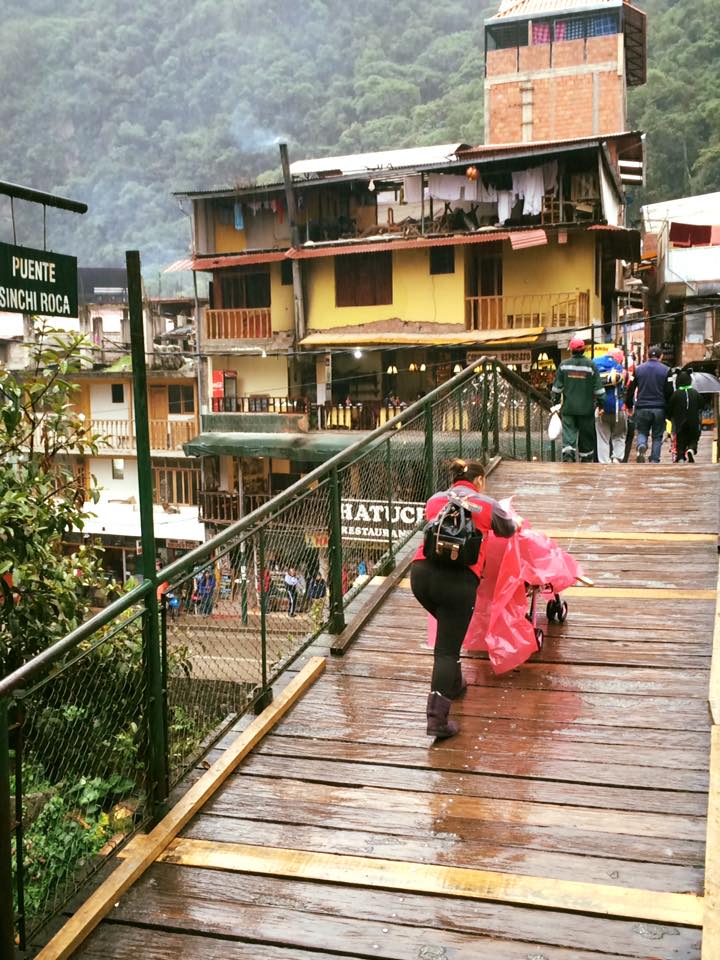 This is the view from the other side of the bridge:
This is the view from the other side of the bridge: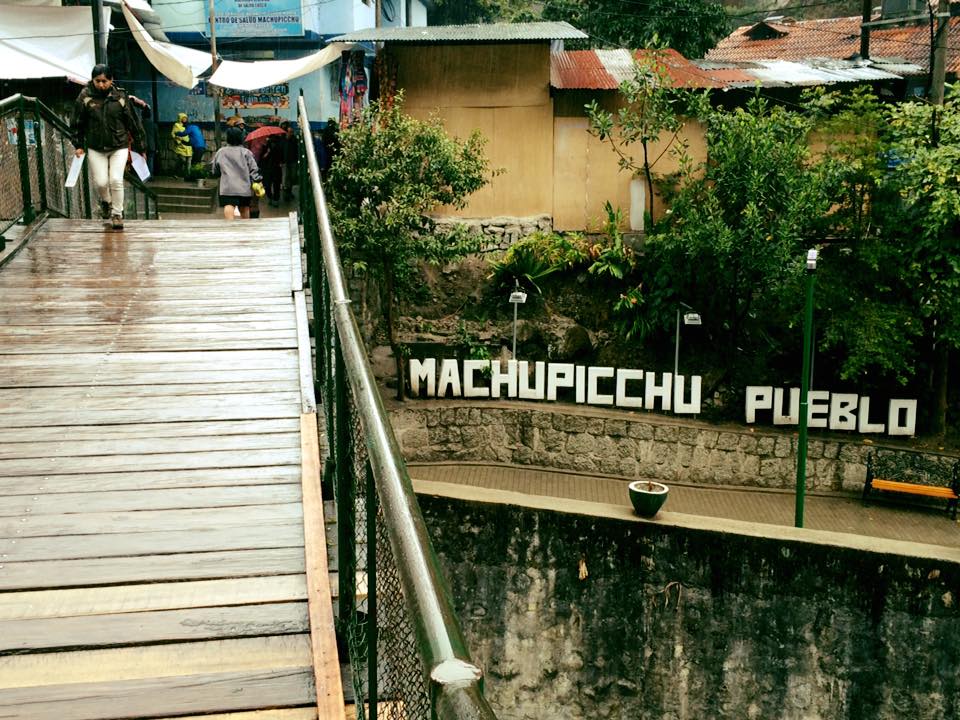 Once you cross over, keep on this narrow elevated street. If you already have citadel and bus tickets and need to catch the bus, or have citadel tickets but need to buy bus tickets and catch the bus, then at the end of this gate you will make sharp left turn and continue to the street.
Once you cross over, keep on this narrow elevated street. If you already have citadel and bus tickets and need to catch the bus, or have citadel tickets but need to buy bus tickets and catch the bus, then at the end of this gate you will make sharp left turn and continue to the street.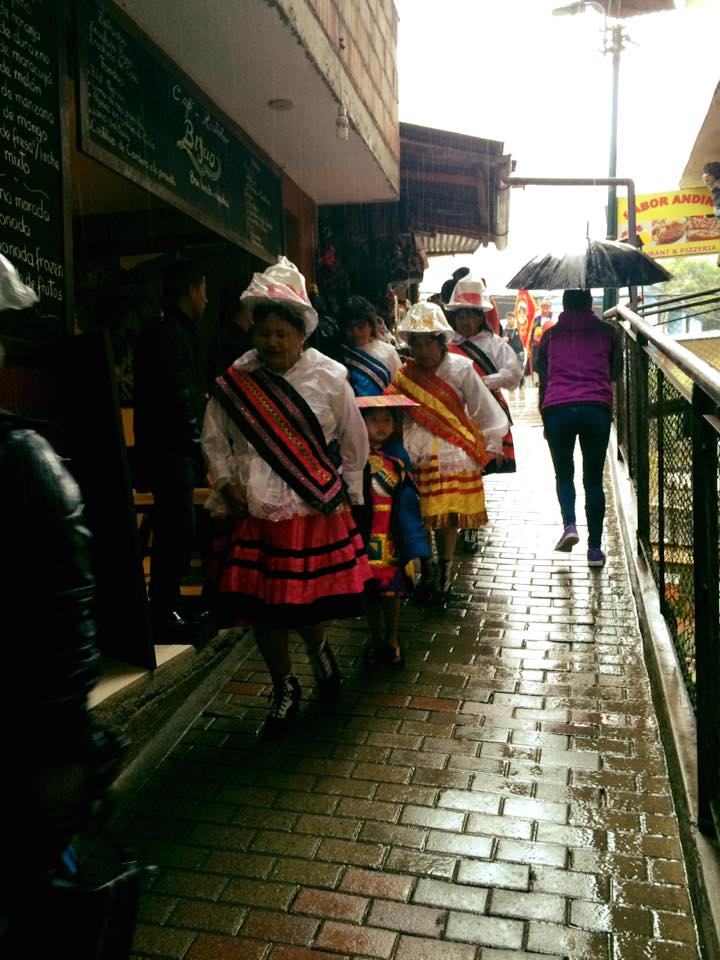 If you need to first buy citadel tickets, then you will stay straight on the path above until you see this corner with the sign directing you to the right to buy tickets to Machu Picchu.
If you need to first buy citadel tickets, then you will stay straight on the path above until you see this corner with the sign directing you to the right to buy tickets to Machu Picchu.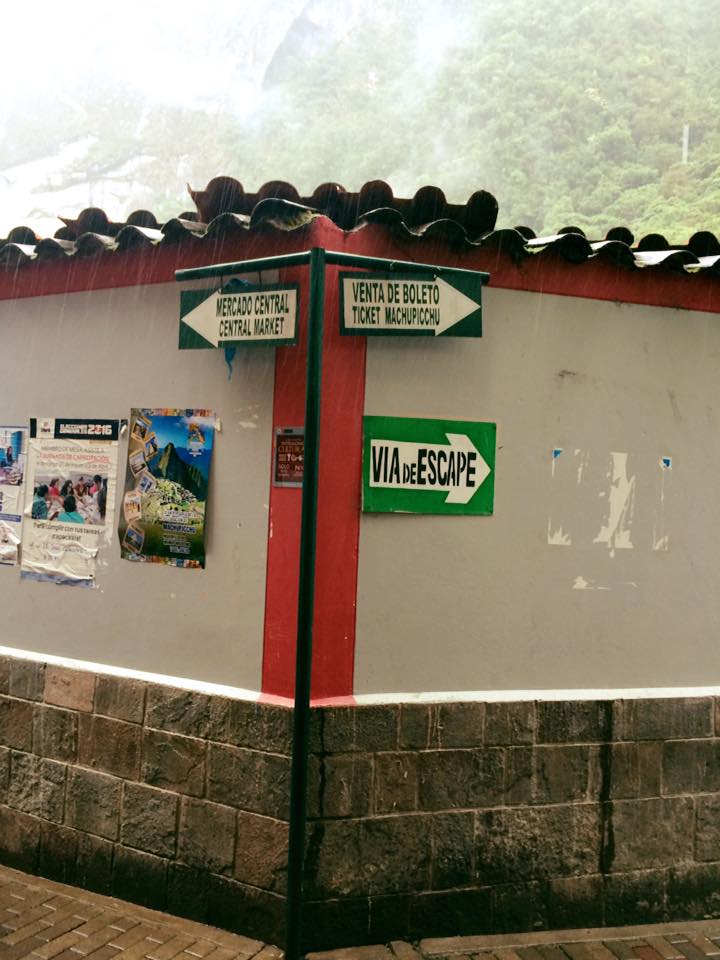 Stay straight on the road until you see this building on your right hand side. You can purchase your Machu Picchu tickets inside. At the time of this post,
Stay straight on the road until you see this building on your right hand side. You can purchase your Machu Picchu tickets inside. At the time of this post, 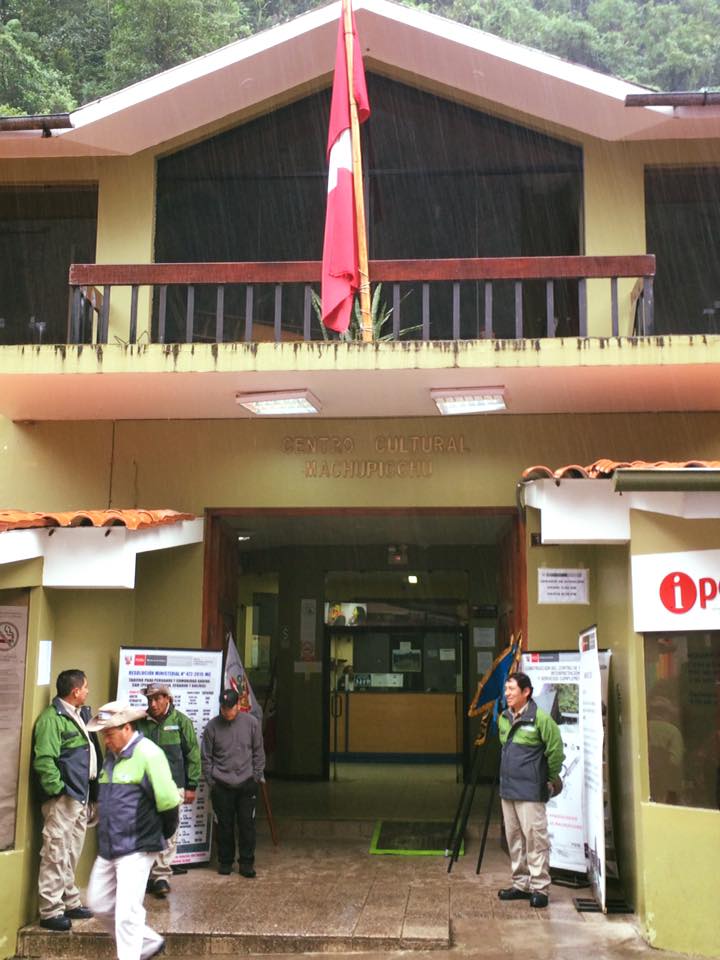 If you’ve reached this city square, then you went too far (about a block too far) and you need to turn around and look for the building above on your left hand side. On the day this picture was taken, not only was it raining, but a local cultural celebration was taking place which is why you see a uniformed band.
If you’ve reached this city square, then you went too far (about a block too far) and you need to turn around and look for the building above on your left hand side. On the day this picture was taken, not only was it raining, but a local cultural celebration was taking place which is why you see a uniformed band.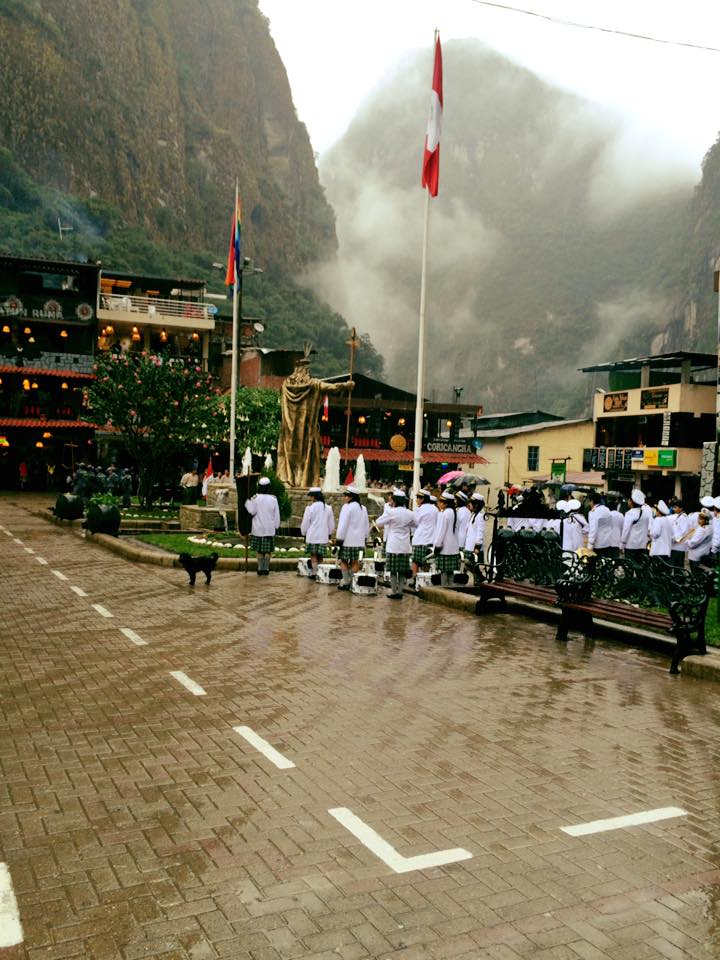 Once your tickets are purchased, back track to the elevated road from the picture above, but instead of going up that road, stay to the right to go down to street level. If you took the sharp left turn above then you should already be at street level and you should see this ticket stand in front of you. This is where you buy bus tickets. If you notice, it is right underneath the bridge that you just crossed.
Once your tickets are purchased, back track to the elevated road from the picture above, but instead of going up that road, stay to the right to go down to street level. If you took the sharp left turn above then you should already be at street level and you should see this ticket stand in front of you. This is where you buy bus tickets. If you notice, it is right underneath the bridge that you just crossed.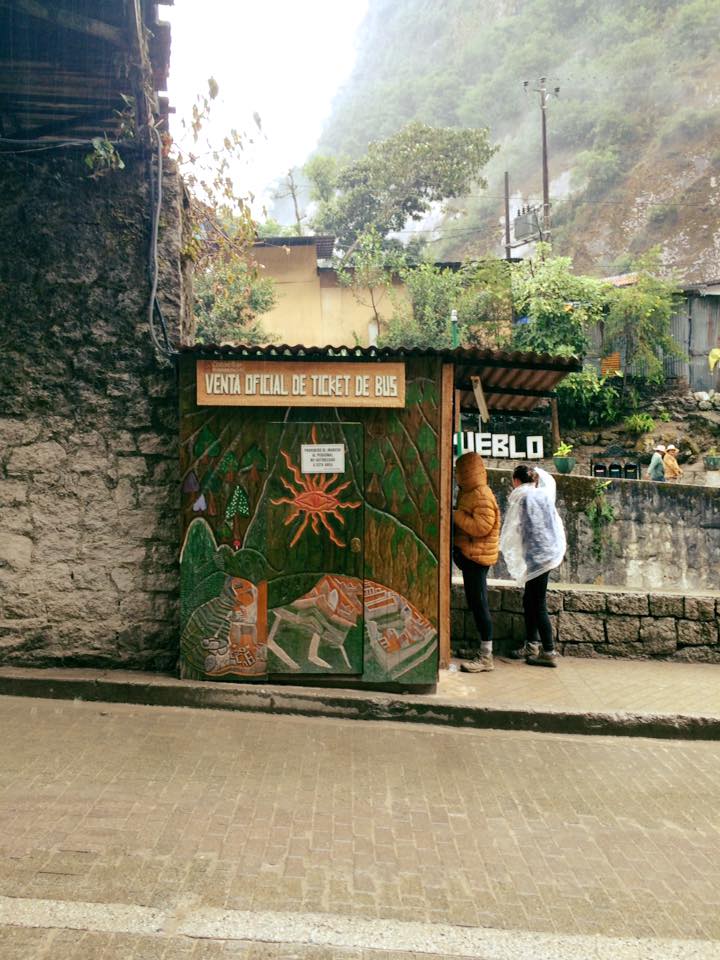 The buses are located to the right of the ticket office as you face it from this vantage point or just behind the people who are purchasing tickets. Note, buses returning from the citadel will line up facing this ticket office on the side of the street that these people are on. Buses leaving to the citadel will line up on the side of the street that I took this picture from (or across the street from the ticket office) and will face away from the office. There is usually a line of people waiting to get on the bus. At the time of this post, the cost of a round trip bus ticket from Aguas Calientes to Machu Picchu is $24.00 per person, and must be paid in Peruvian Soles. The first bus leaves at 5:30 a.m. for the people who want to get in at 6:00 a.m. and see the sunrise. A lot of people have this on their bucket list, but don’t have your heart set on seeing the sunrise. A lot of times, the sun hides behind the cloud forest, but the nice thing about being there early is that it is not as crowded as it is between 10:00 a.m. and noon! The last bus leaves the citadel at 5:30 p.m.
The buses are located to the right of the ticket office as you face it from this vantage point or just behind the people who are purchasing tickets. Note, buses returning from the citadel will line up facing this ticket office on the side of the street that these people are on. Buses leaving to the citadel will line up on the side of the street that I took this picture from (or across the street from the ticket office) and will face away from the office. There is usually a line of people waiting to get on the bus. At the time of this post, the cost of a round trip bus ticket from Aguas Calientes to Machu Picchu is $24.00 per person, and must be paid in Peruvian Soles. The first bus leaves at 5:30 a.m. for the people who want to get in at 6:00 a.m. and see the sunrise. A lot of people have this on their bucket list, but don’t have your heart set on seeing the sunrise. A lot of times, the sun hides behind the cloud forest, but the nice thing about being there early is that it is not as crowded as it is between 10:00 a.m. and noon! The last bus leaves the citadel at 5:30 p.m.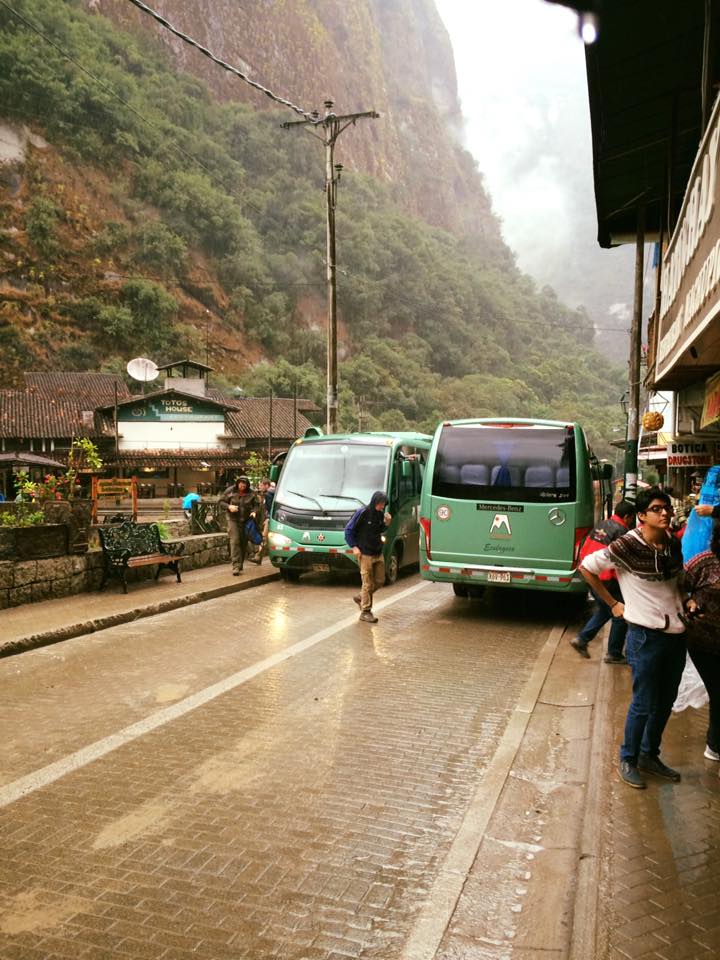 The bus takes about 25 minutes to reach the citadel. The road starts out flat for about 5 to 10 minutes and then begins to climb an unpaved, winding mountain road. If you are scared of heights, like Chad is, don’t sit by the window; but honestly, it’s not that bad because the mountain is densely vegetated and there are only a few places from where you realize how high up you are. Below is a photo I borrowed from the internet that shows you the road up. You can always walk up if you want to, and
The bus takes about 25 minutes to reach the citadel. The road starts out flat for about 5 to 10 minutes and then begins to climb an unpaved, winding mountain road. If you are scared of heights, like Chad is, don’t sit by the window; but honestly, it’s not that bad because the mountain is densely vegetated and there are only a few places from where you realize how high up you are. Below is a photo I borrowed from the internet that shows you the road up. You can always walk up if you want to, and 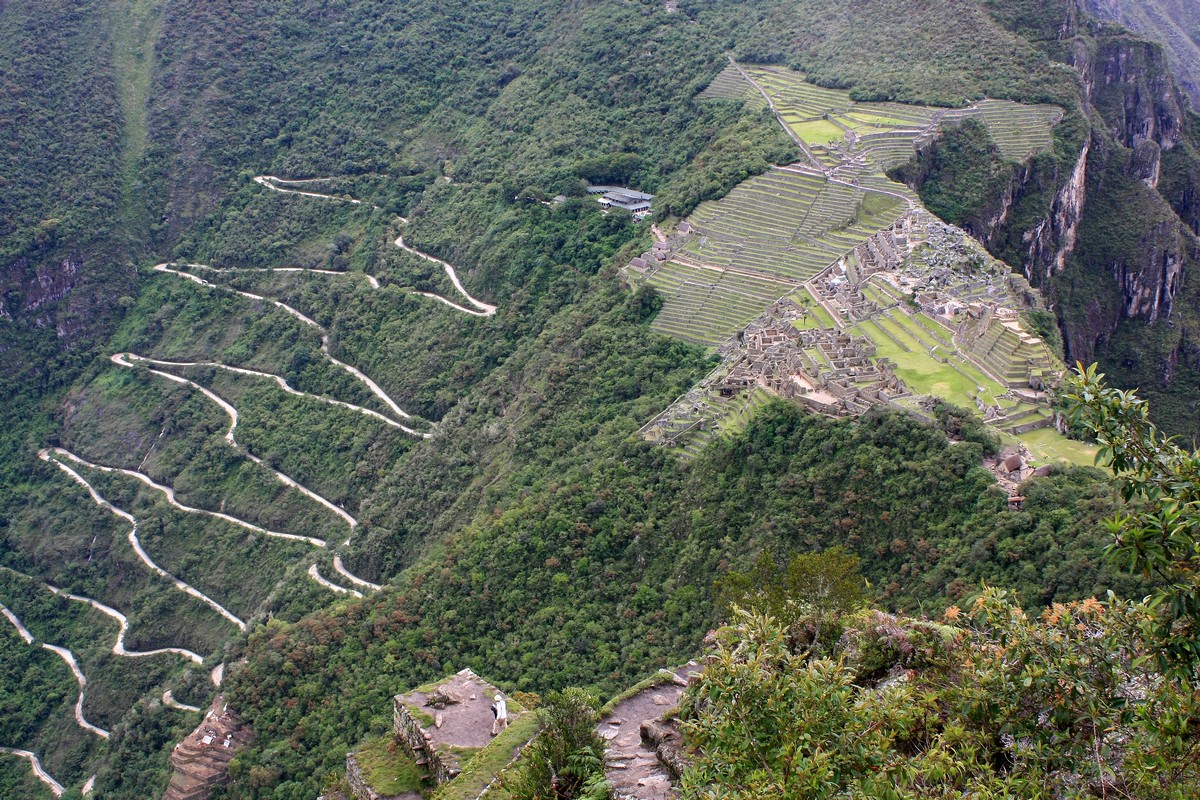 When you arrive, you climb up a short flight of stairs until you reach the platform where the information office, entrance, and cafes are located.
When you arrive, you climb up a short flight of stairs until you reach the platform where the information office, entrance, and cafes are located.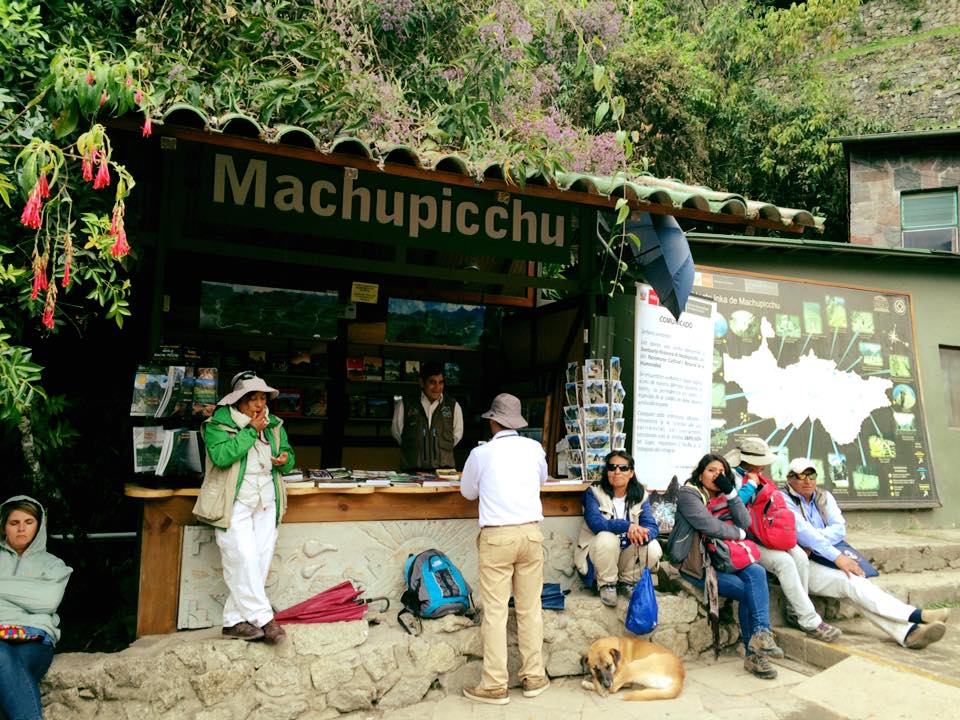
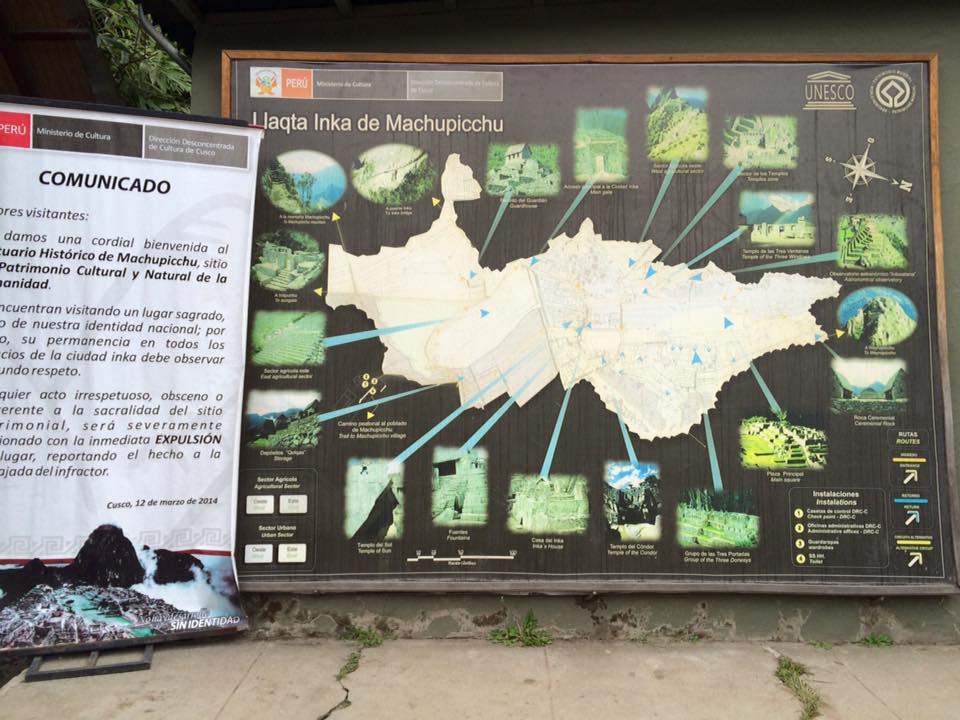 This shot was taken in the afternoon after we ate lunch, which is why you see no line (more on that below). When we arrived at around 10:00 a.m., there was a line to get in, but it wasn’t terrible. We waited about three minutes to get in. It is worth noting that Sundays are the busiest days because on Sundays, Peruvians get in free!
This shot was taken in the afternoon after we ate lunch, which is why you see no line (more on that below). When we arrived at around 10:00 a.m., there was a line to get in, but it wasn’t terrible. We waited about three minutes to get in. It is worth noting that Sundays are the busiest days because on Sundays, Peruvians get in free!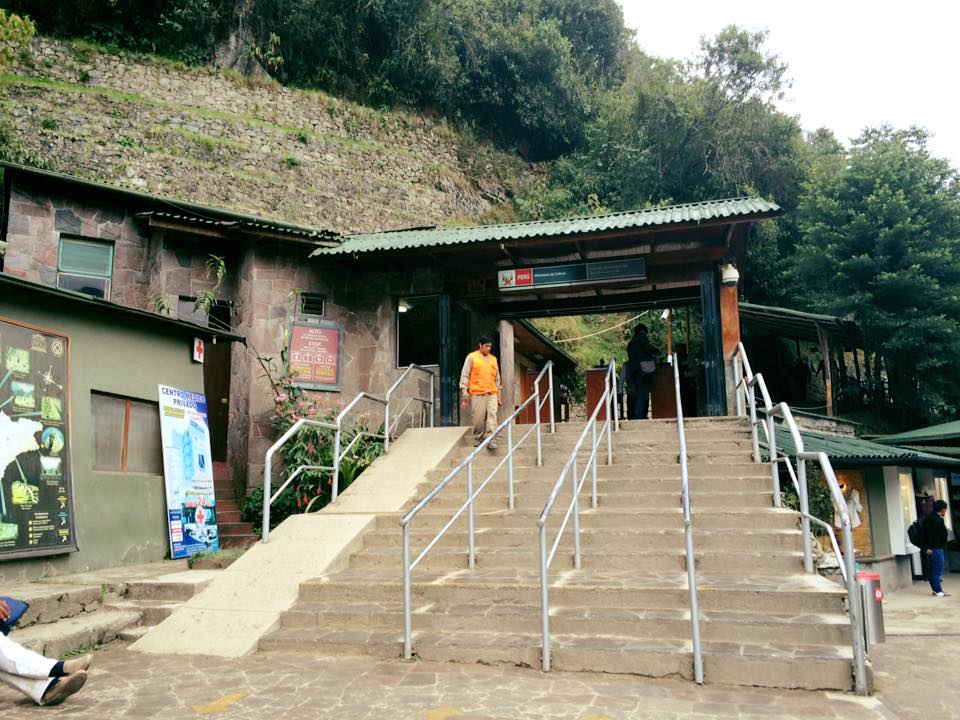
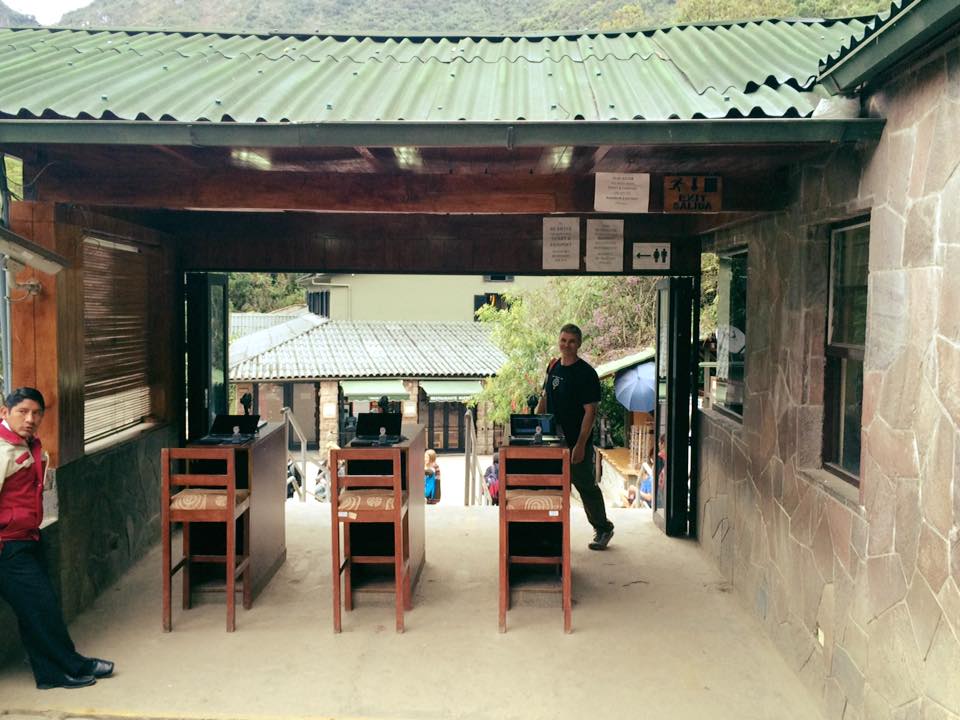 There are no restrooms or places to buy water or snacks once you pass through these gates (although there is a “charging station”, a couple of plugs and some benches really, where you can charge your phone and other electronics located under a covered walkway just past the entrance), so make sure to use the restroom and bring water and snacks in with you. You can leave and return to the citadel three times per day with your ticket. The restrooms are located on the lower platform where the buses drop you off and cost 1 Sole to use. There are no paper towels to dry your hands, just hand dryers, and bringing your own toilet paper is a good idea.
There are no restrooms or places to buy water or snacks once you pass through these gates (although there is a “charging station”, a couple of plugs and some benches really, where you can charge your phone and other electronics located under a covered walkway just past the entrance), so make sure to use the restroom and bring water and snacks in with you. You can leave and return to the citadel three times per day with your ticket. The restrooms are located on the lower platform where the buses drop you off and cost 1 Sole to use. There are no paper towels to dry your hands, just hand dryers, and bringing your own toilet paper is a good idea. 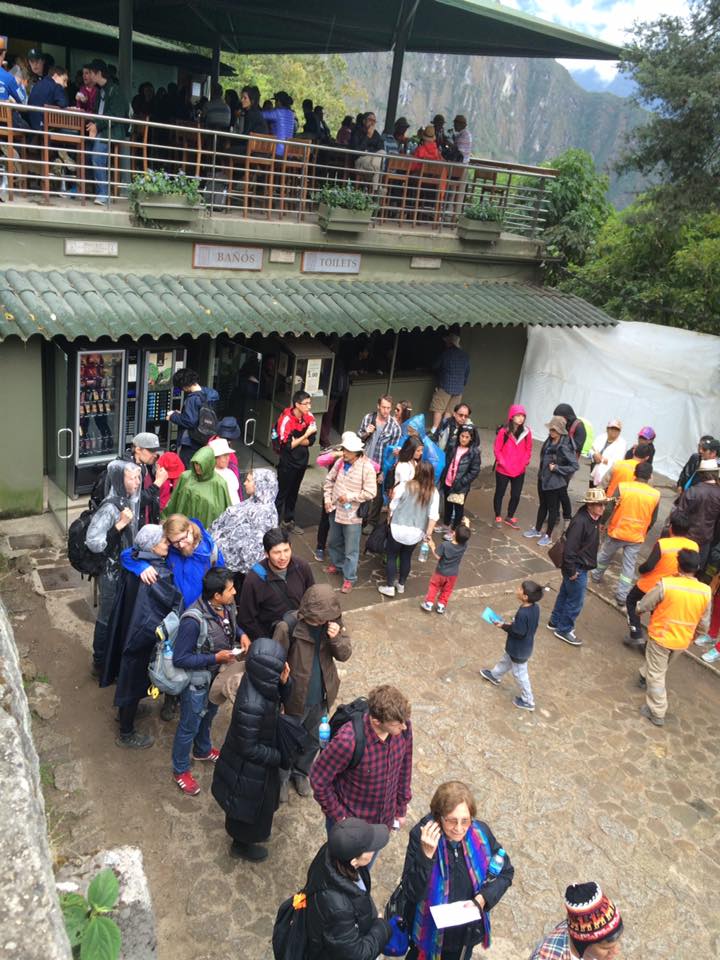 Don’t worry, that’s not the line to get into the bathroom. That is the line to get onto a bus and leave the citadel at noon, which is why you should stay and re-enter in the afternoon when the citadel is mostly empty!
Don’t worry, that’s not the line to get into the bathroom. That is the line to get onto a bus and leave the citadel at noon, which is why you should stay and re-enter in the afternoon when the citadel is mostly empty!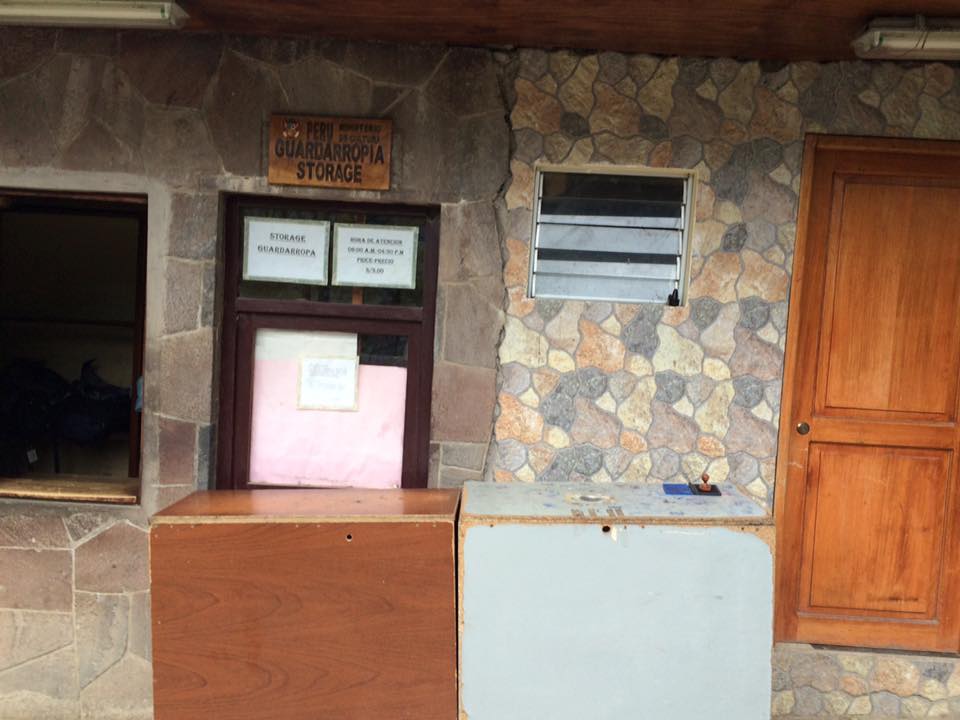
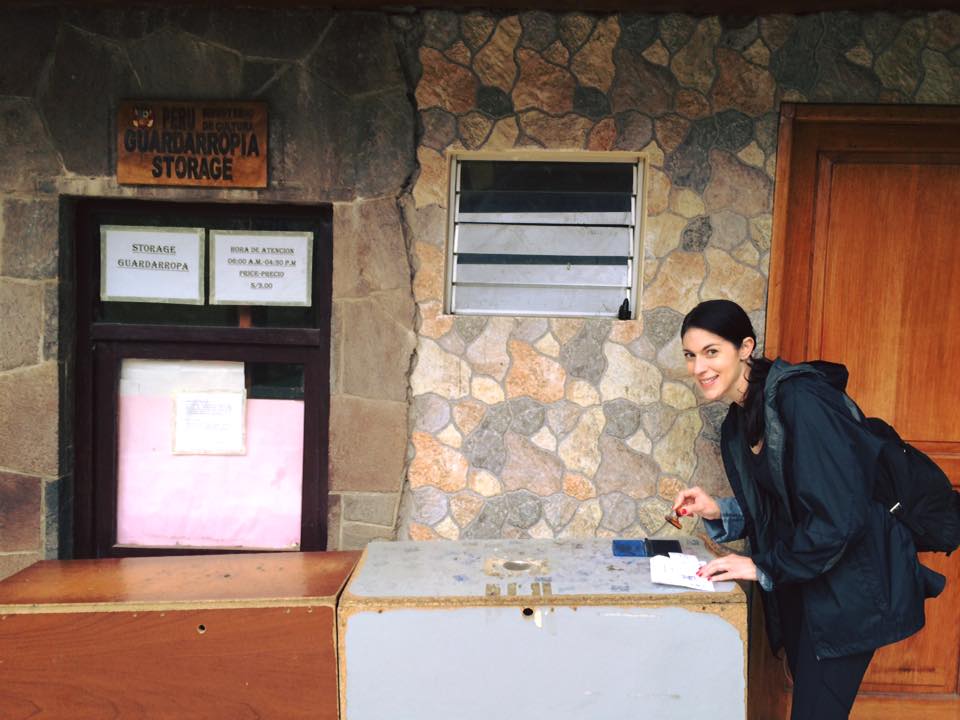 Then, get ready to feast your eyes on the first glimpse of Machu Picchu as you walk through the covered walkway!
Then, get ready to feast your eyes on the first glimpse of Machu Picchu as you walk through the covered walkway!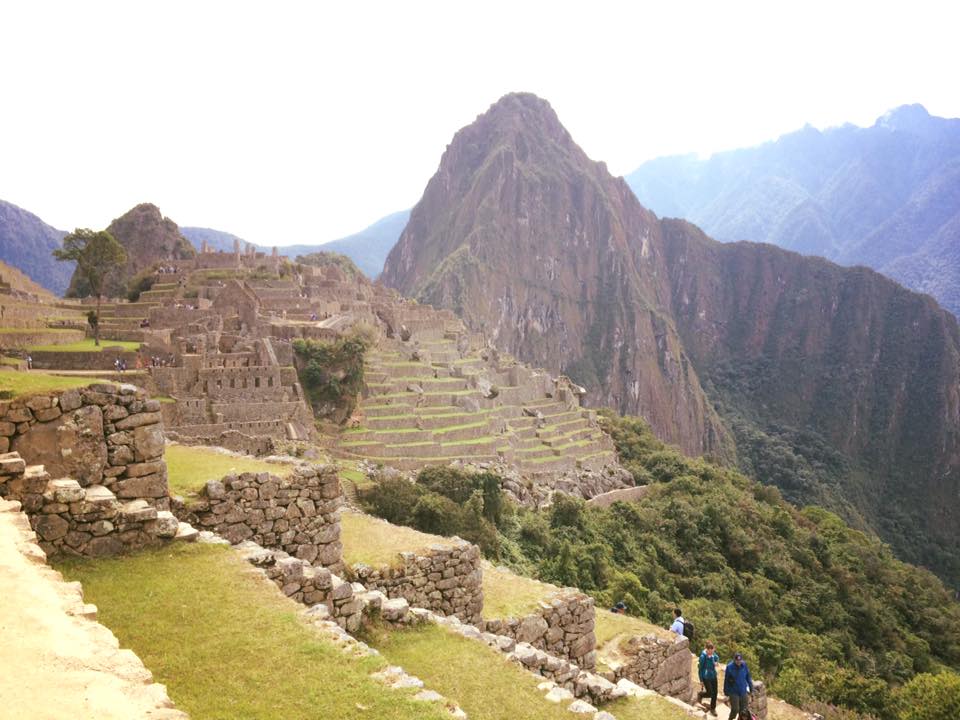
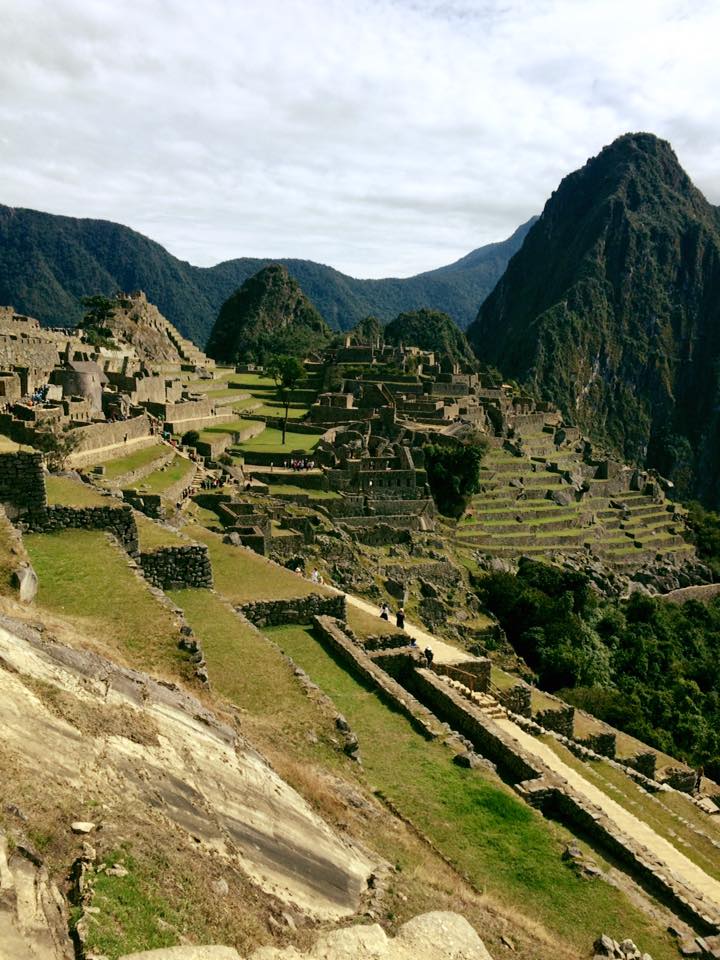 This is certainly not the best view of the citadel. It’s just the first view (but, it’s still pretty awesome if you are seeing it for the first time!). If you want the best view, you need to do about 10 to 15 minutes worth of climbing. If you are unable to do that, no worries; you can use the walkway shown below to walk into the ruins. There isn’t too much climbing (other than some stairs here and there) once you are in and walking through the ruins.
This is certainly not the best view of the citadel. It’s just the first view (but, it’s still pretty awesome if you are seeing it for the first time!). If you want the best view, you need to do about 10 to 15 minutes worth of climbing. If you are unable to do that, no worries; you can use the walkway shown below to walk into the ruins. There isn’t too much climbing (other than some stairs here and there) once you are in and walking through the ruins. 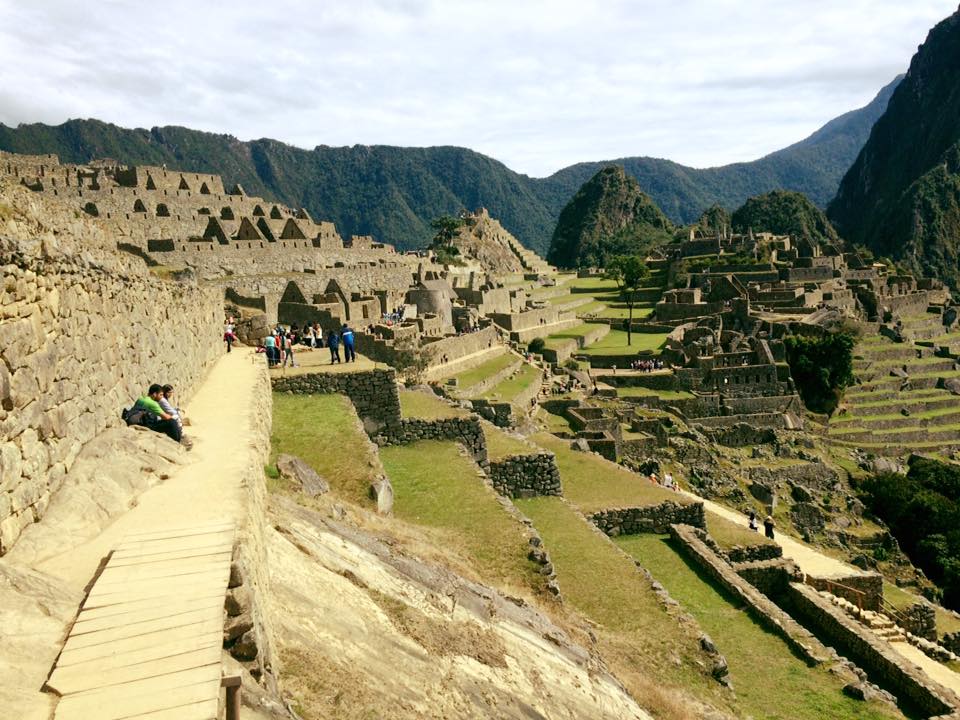
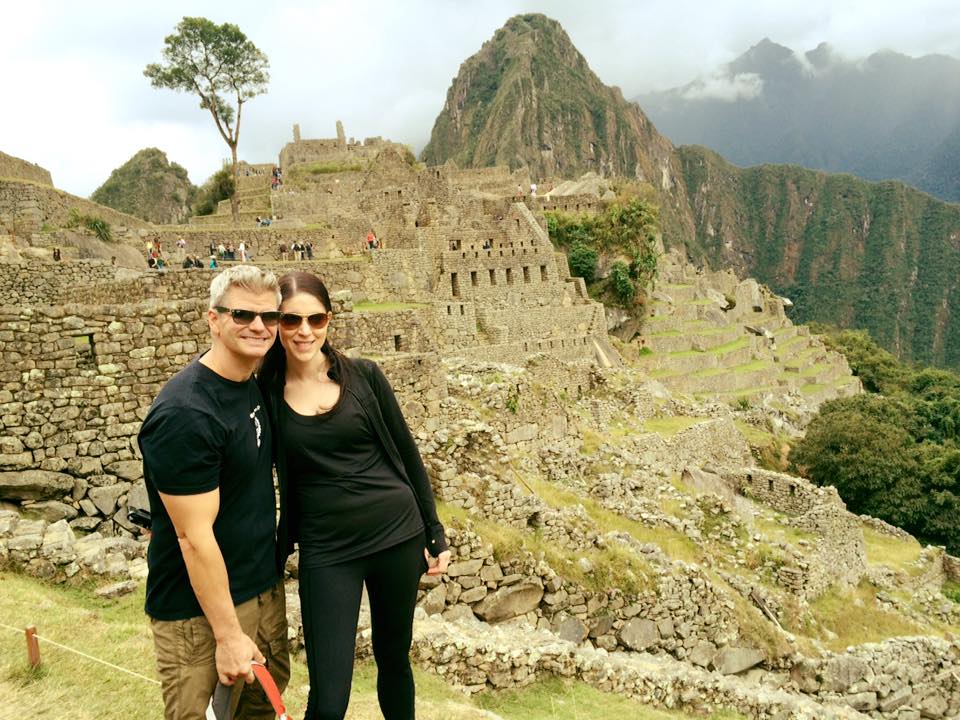 If you want the BEST view, here is what you need to do. As you walk in and on your left hand side, you will see this small sign. If you aren’t looking for it, you will miss it.
If you want the BEST view, here is what you need to do. As you walk in and on your left hand side, you will see this small sign. If you aren’t looking for it, you will miss it.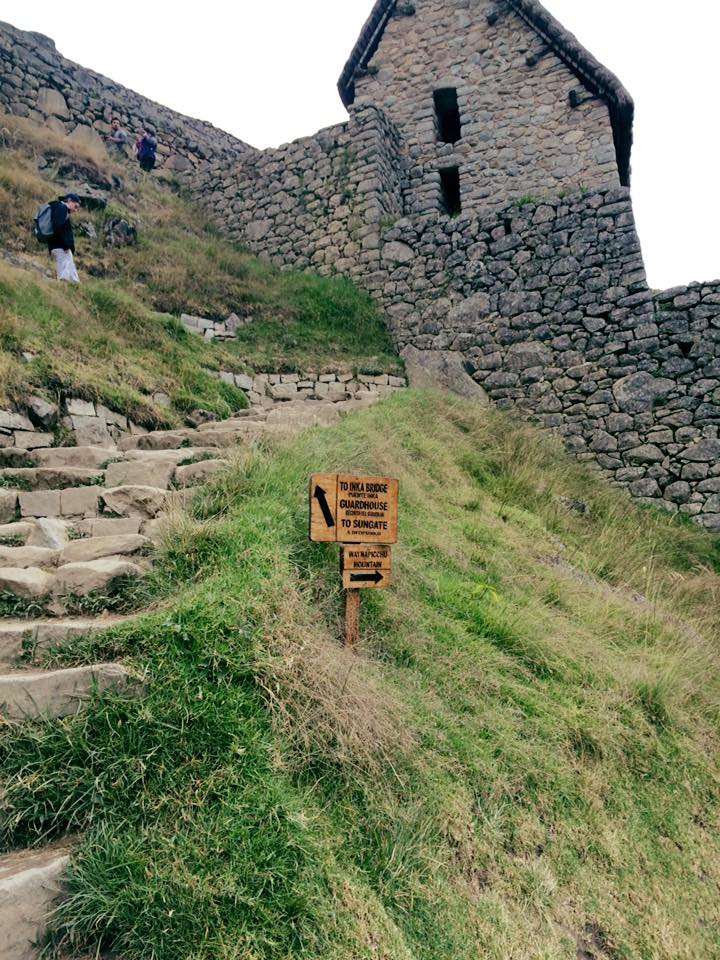 Follow the upward path that leads to the guardhouse, bridge, and sungate. For those of you who want to hike up to the sungate or down to the bridge, you will need to go this way anyway.
Follow the upward path that leads to the guardhouse, bridge, and sungate. For those of you who want to hike up to the sungate or down to the bridge, you will need to go this way anyway.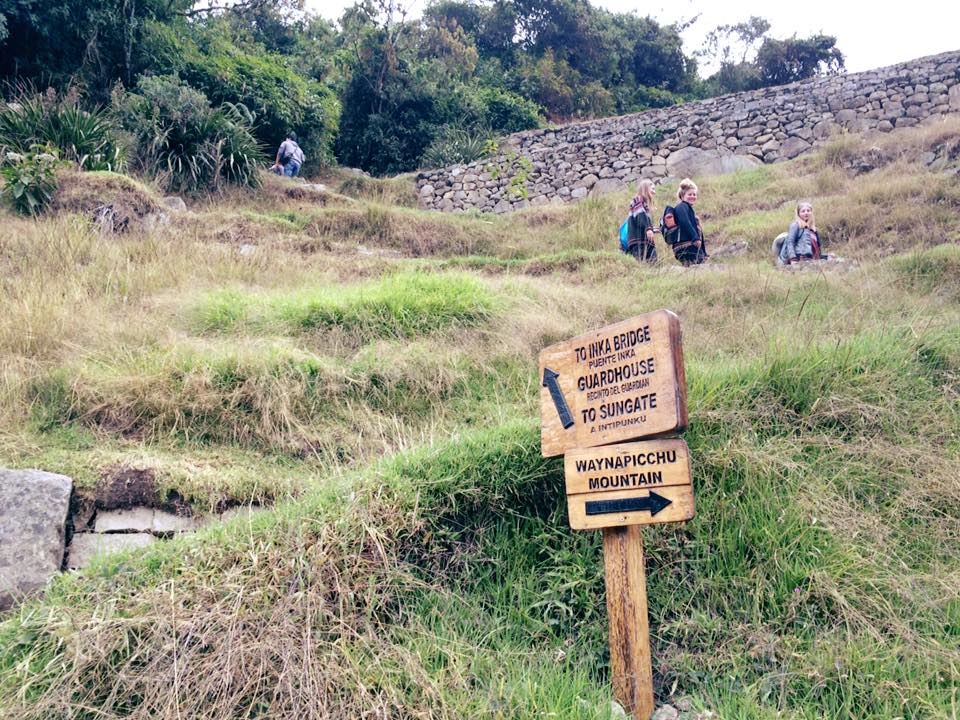 The path is upward and has some stairs. In the morning, you will be following a line of people. In the afternoon, you will be pretty much alone. Stop and take some rest breaks if you need it. It is a moderate hike and it takes about 10 minutes to get to the vantage point.
The path is upward and has some stairs. In the morning, you will be following a line of people. In the afternoon, you will be pretty much alone. Stop and take some rest breaks if you need it. It is a moderate hike and it takes about 10 minutes to get to the vantage point. 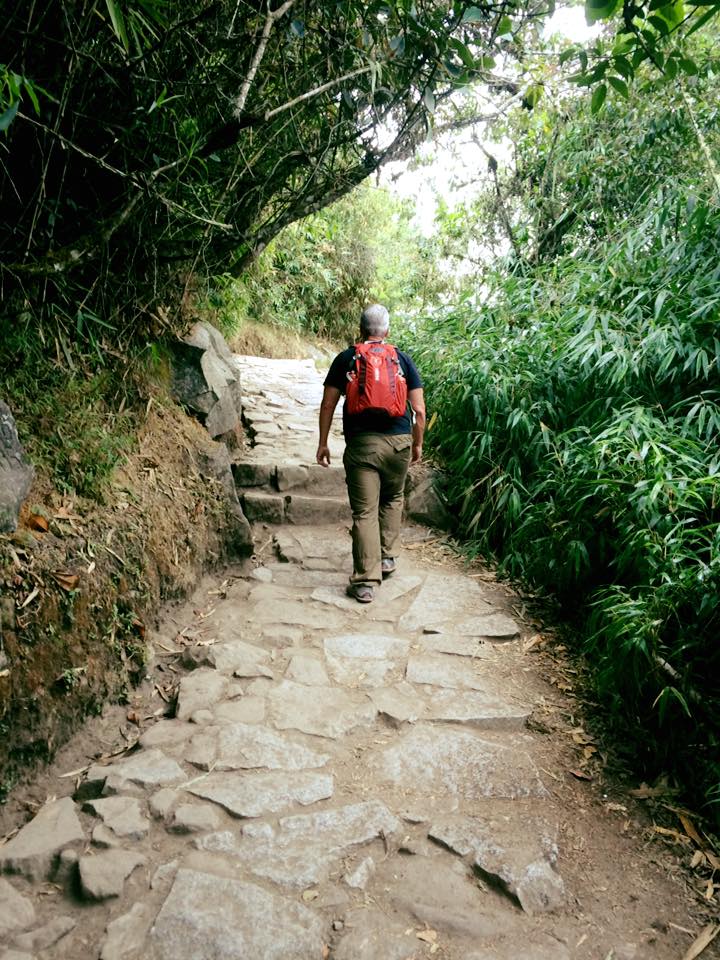 Eventually, you will get to the guardhouse, which offers this view:
Eventually, you will get to the guardhouse, which offers this view: 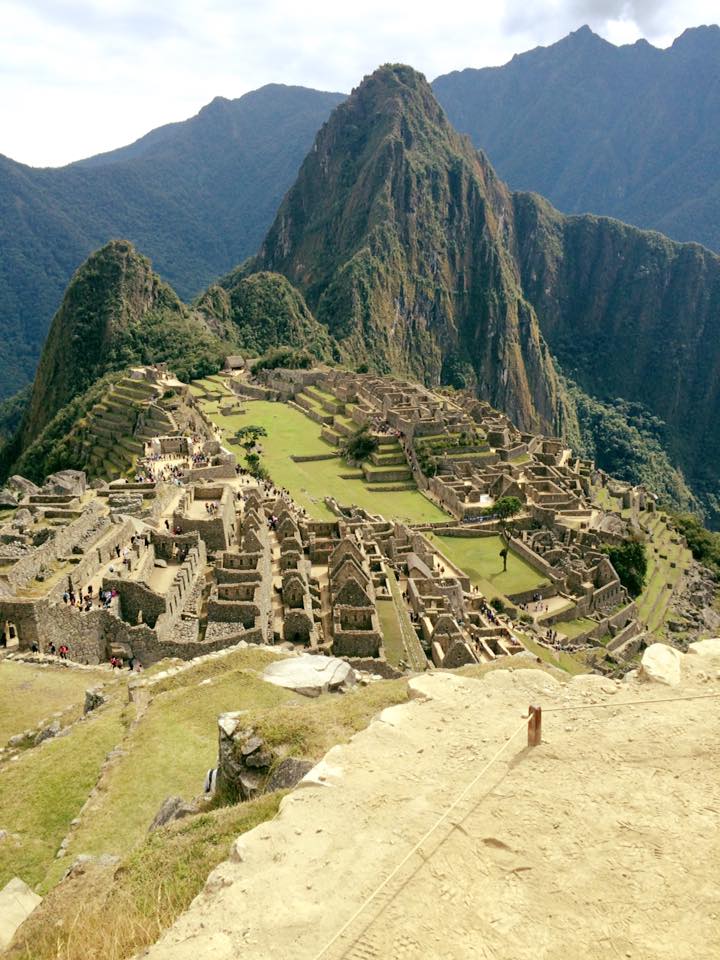 This picture was taken at the end of the guardhouse.
This picture was taken at the end of the guardhouse.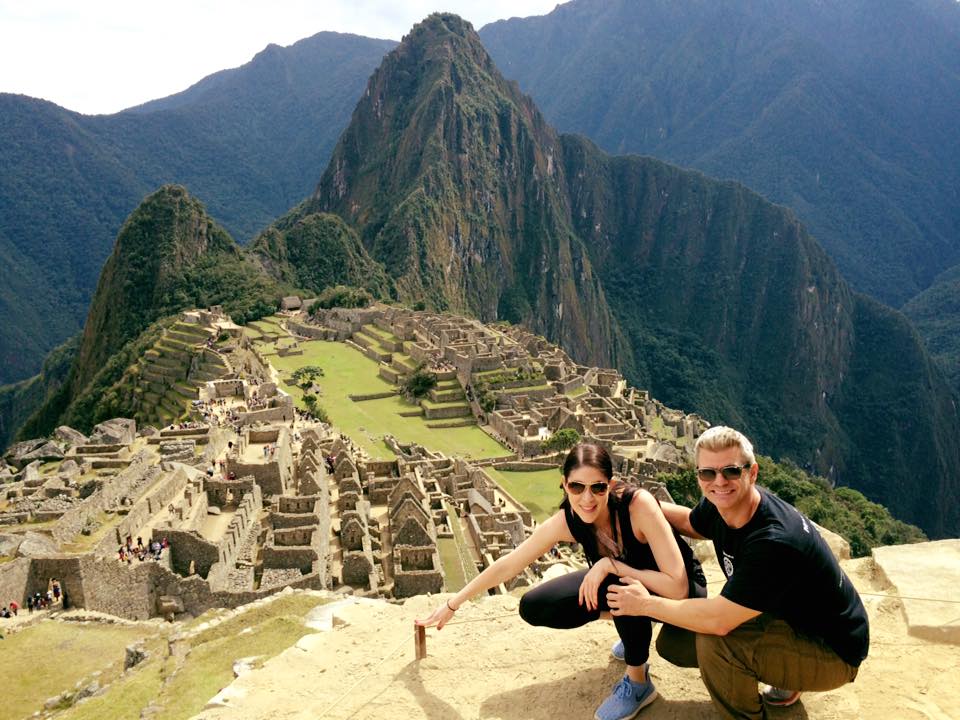 Guess what? This still isn’t the best view. Most people will stop here and start clicking away. If you walk past the guardhouse (which will be on your right), you will come to a landing, and this, my friends, is where you will find the money shot!
Guess what? This still isn’t the best view. Most people will stop here and start clicking away. If you walk past the guardhouse (which will be on your right), you will come to a landing, and this, my friends, is where you will find the money shot!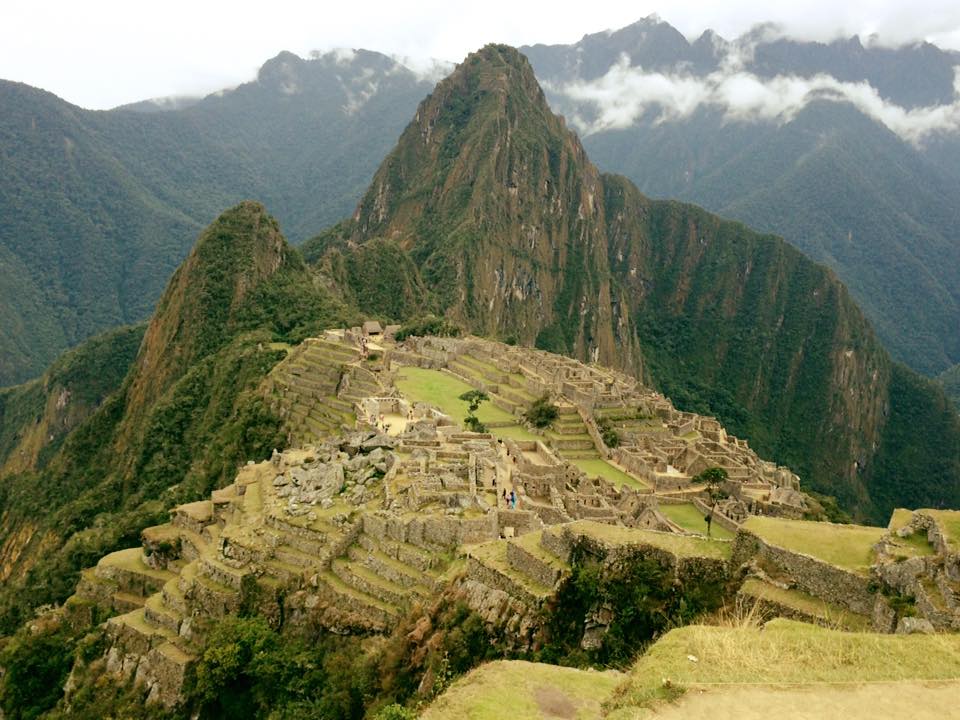 This is the landing of which I speak and from where these pictures were taken:
This is the landing of which I speak and from where these pictures were taken: 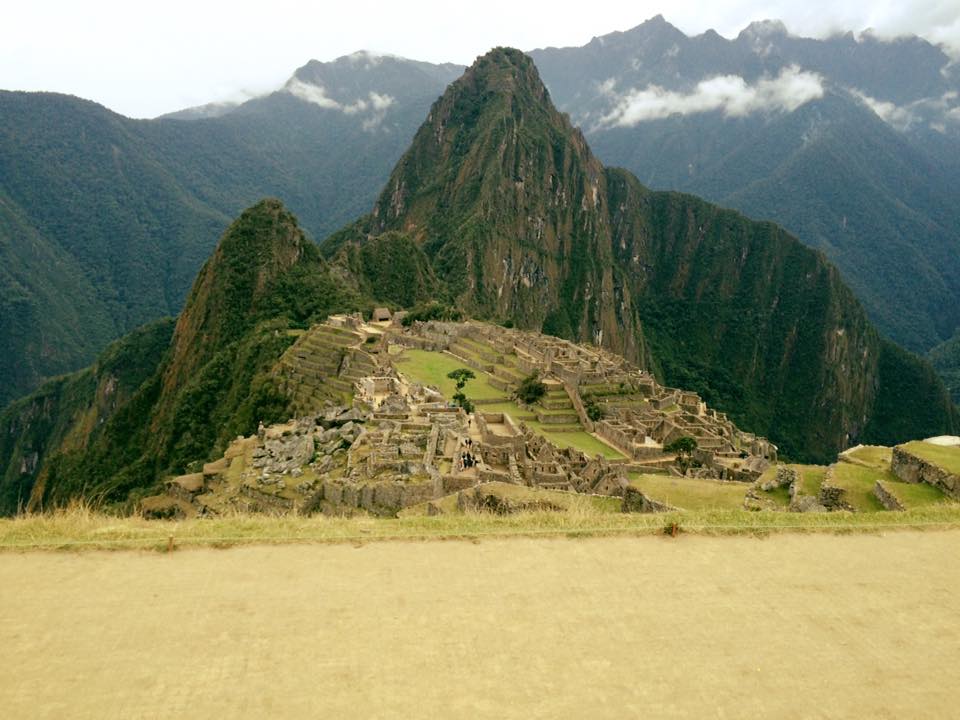
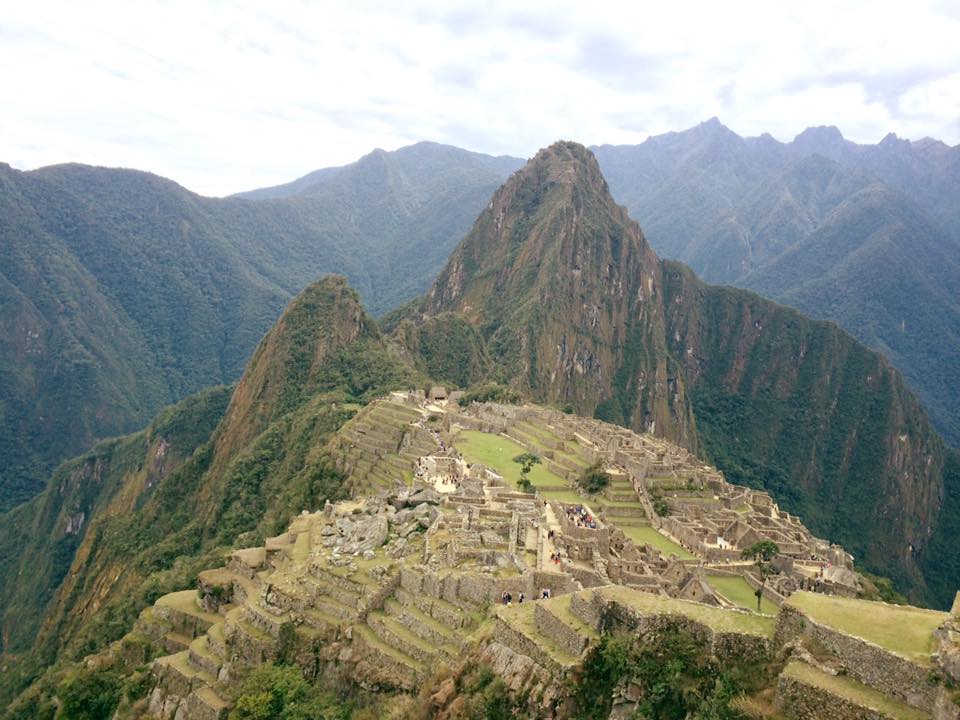
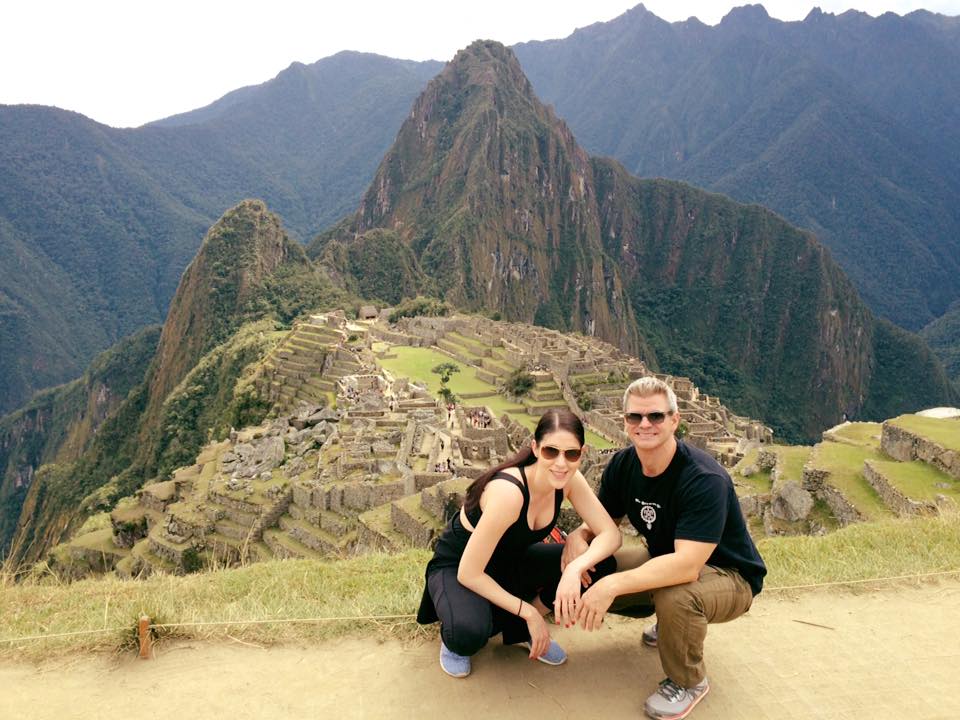
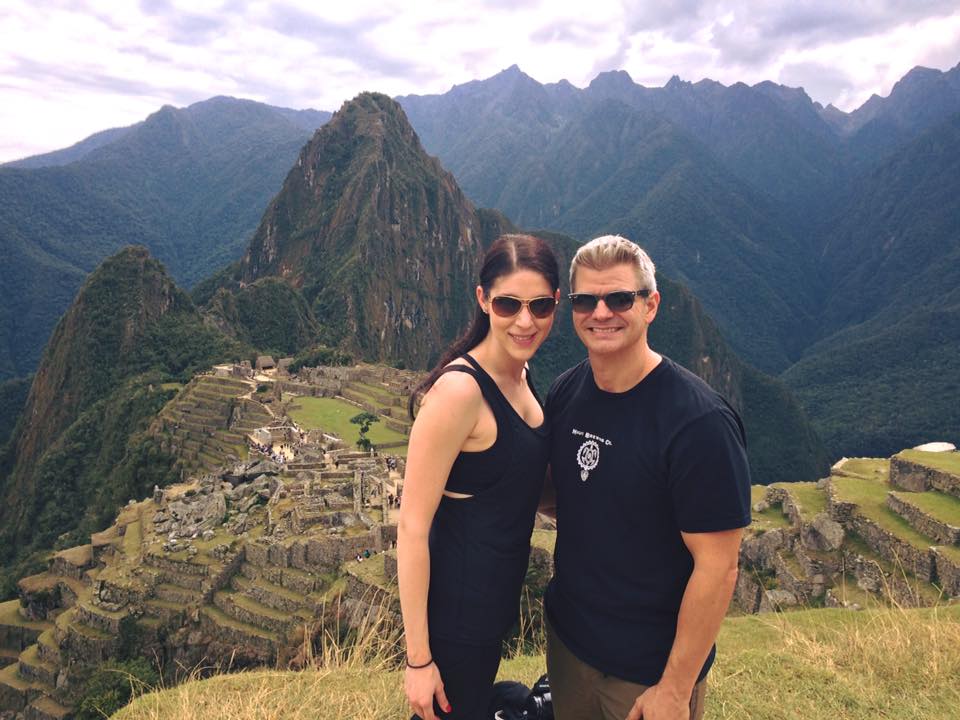 Take a moment and enjoy the view because it is truly amazing and you worked hard to get here!
Take a moment and enjoy the view because it is truly amazing and you worked hard to get here!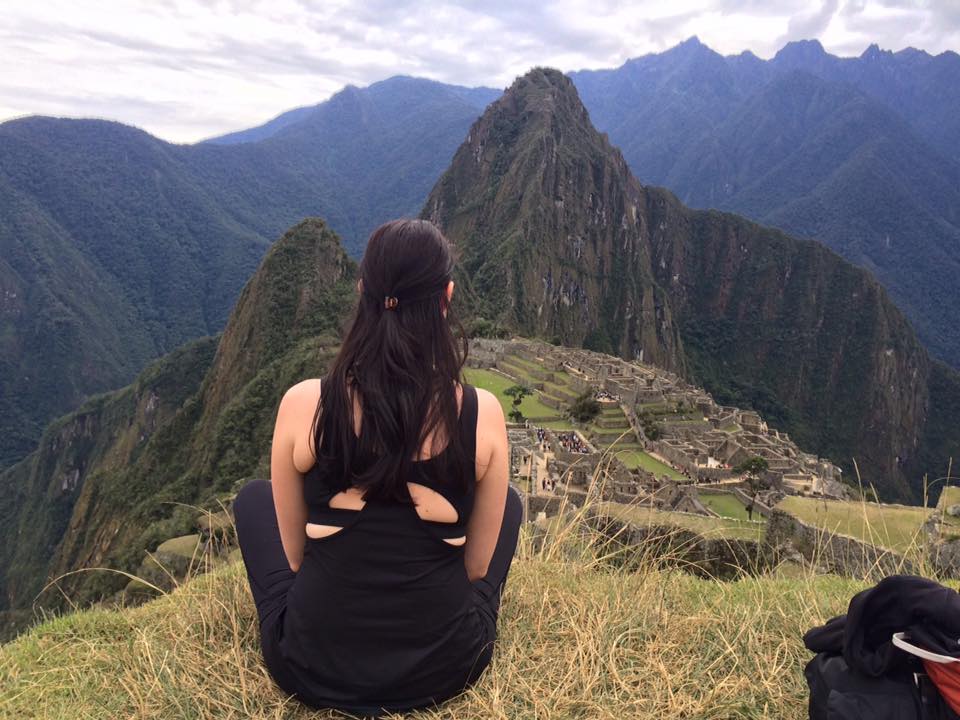 Oh, and while you are here, don’t forget to whip out your freshly stamped passport and get some these shots!
Oh, and while you are here, don’t forget to whip out your freshly stamped passport and get some these shots! 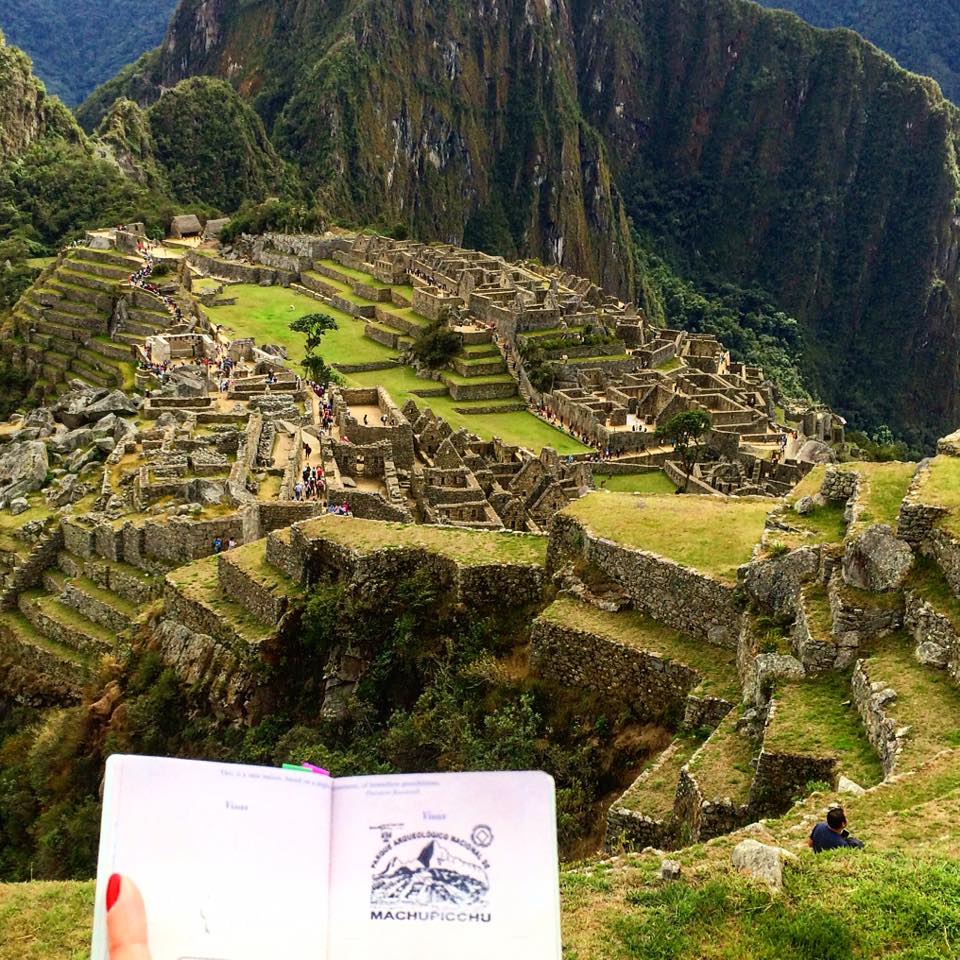
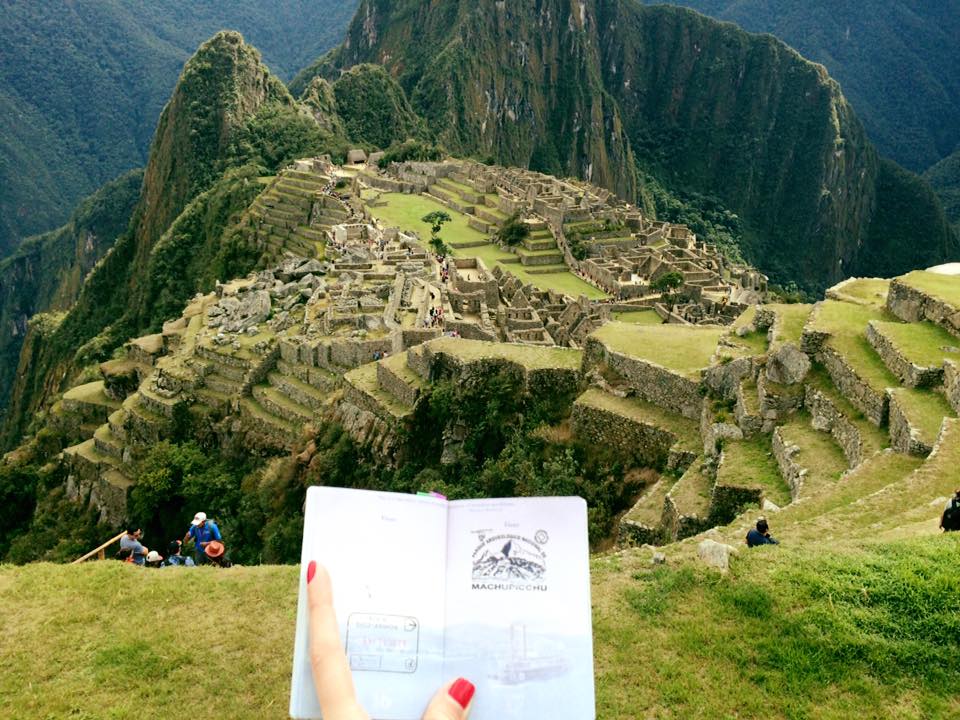 Now, there is one more level that you can climb up to which is just behind you and is really just a big step up. I don’t think it offers a better view, but I took some pictures from here too. By the way, if you are thinking that the landing below is the perfect place to take one those jump in the air pictures, think again. Jumping in Machu Picchu is strictly prohibited, and that is probably a good policy, you know, for your own safety and to protect the ruins. There are people watching, and they will blow the whistle.
Now, there is one more level that you can climb up to which is just behind you and is really just a big step up. I don’t think it offers a better view, but I took some pictures from here too. By the way, if you are thinking that the landing below is the perfect place to take one those jump in the air pictures, think again. Jumping in Machu Picchu is strictly prohibited, and that is probably a good policy, you know, for your own safety and to protect the ruins. There are people watching, and they will blow the whistle.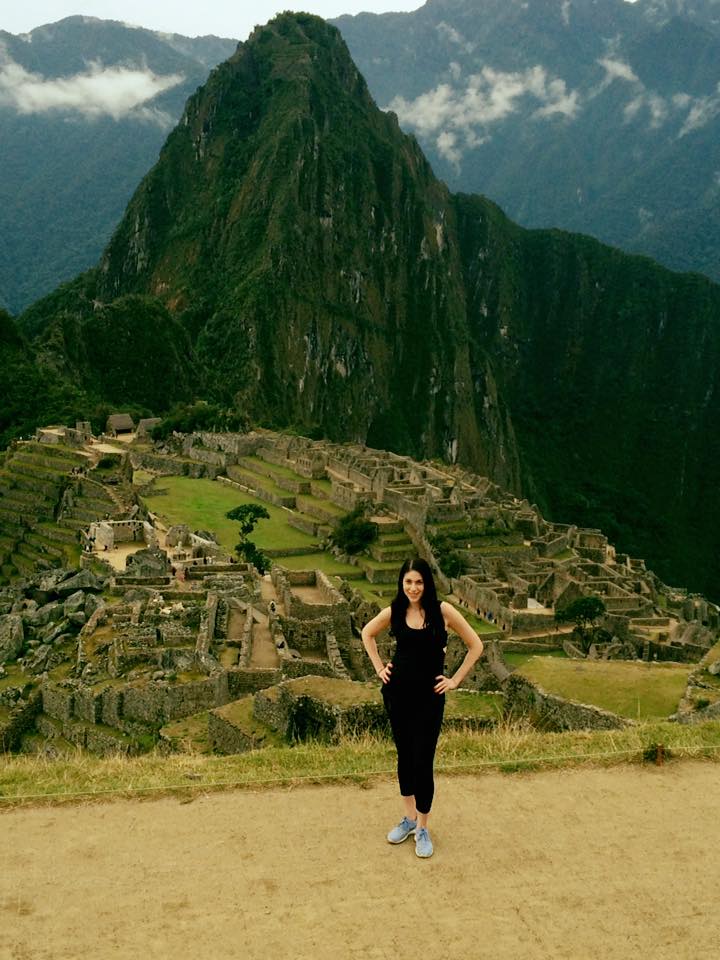 Chad and I planned to do the sungate after our two hour privately guided tour of the citadel was done (by the way, I recommend taking a guided tour otherwise, you don’t really understand what it is that you are seeing, and you may miss some of the best parts). Specifically, we scheduled a guided tour of the citadel for as soon as we got there (our guide traveled with us from Ollantaytambo, but there are guides offering their services just outside the entrance too if you didn’t plan ahead), and then our plan was to exit for lunch, and then re-enter to do the sungate.
Chad and I planned to do the sungate after our two hour privately guided tour of the citadel was done (by the way, I recommend taking a guided tour otherwise, you don’t really understand what it is that you are seeing, and you may miss some of the best parts). Specifically, we scheduled a guided tour of the citadel for as soon as we got there (our guide traveled with us from Ollantaytambo, but there are guides offering their services just outside the entrance too if you didn’t plan ahead), and then our plan was to exit for lunch, and then re-enter to do the sungate.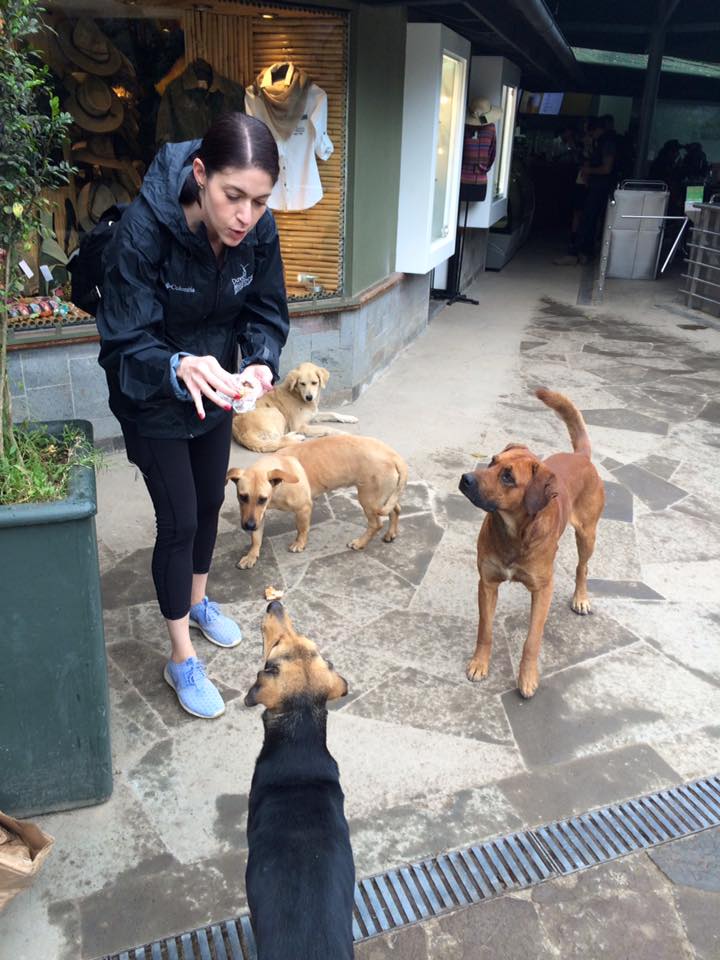
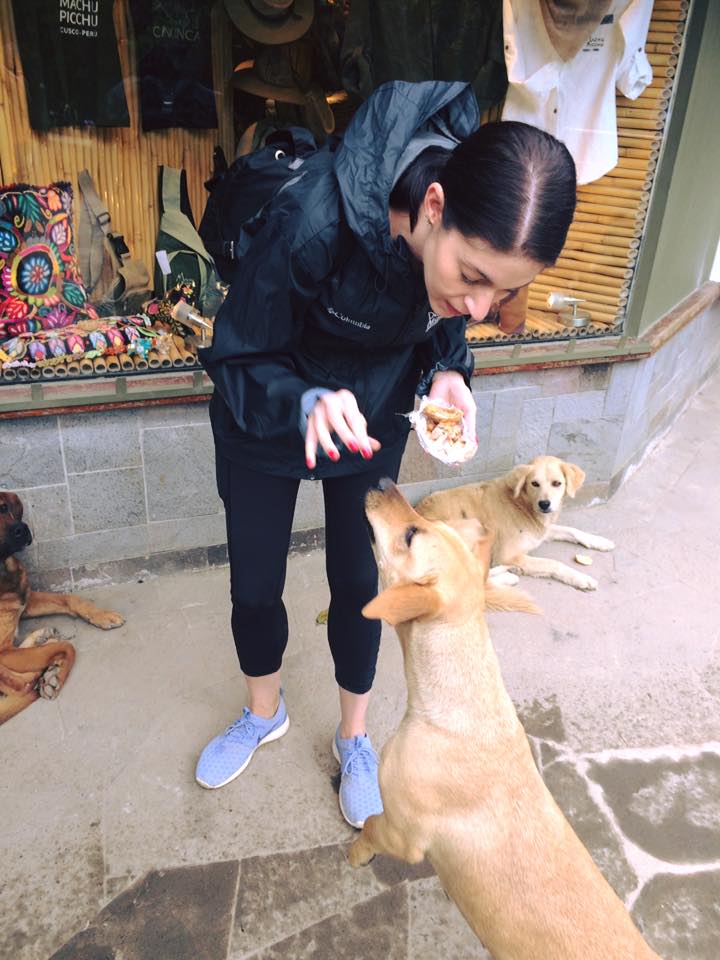 So, remember that line for the buses that I showed you before? It appears that most people come in the morning and are out of there by noon to 1:00 p.m. I say, stay at the citadel, eat your lunch there and then re-enter the citadel in the afternoon because when you do, it will be almost empty. It is like you have all of Machu Picchu to yourself. You could take the bus down, eat lunch, and then come back up, but that seems like a hassle and you have to pay for two bus transfers. If you only want to spend a half day at the citadel, and you don’t want to spend it with other people, come in the afternoon.
So, remember that line for the buses that I showed you before? It appears that most people come in the morning and are out of there by noon to 1:00 p.m. I say, stay at the citadel, eat your lunch there and then re-enter the citadel in the afternoon because when you do, it will be almost empty. It is like you have all of Machu Picchu to yourself. You could take the bus down, eat lunch, and then come back up, but that seems like a hassle and you have to pay for two bus transfers. If you only want to spend a half day at the citadel, and you don’t want to spend it with other people, come in the afternoon.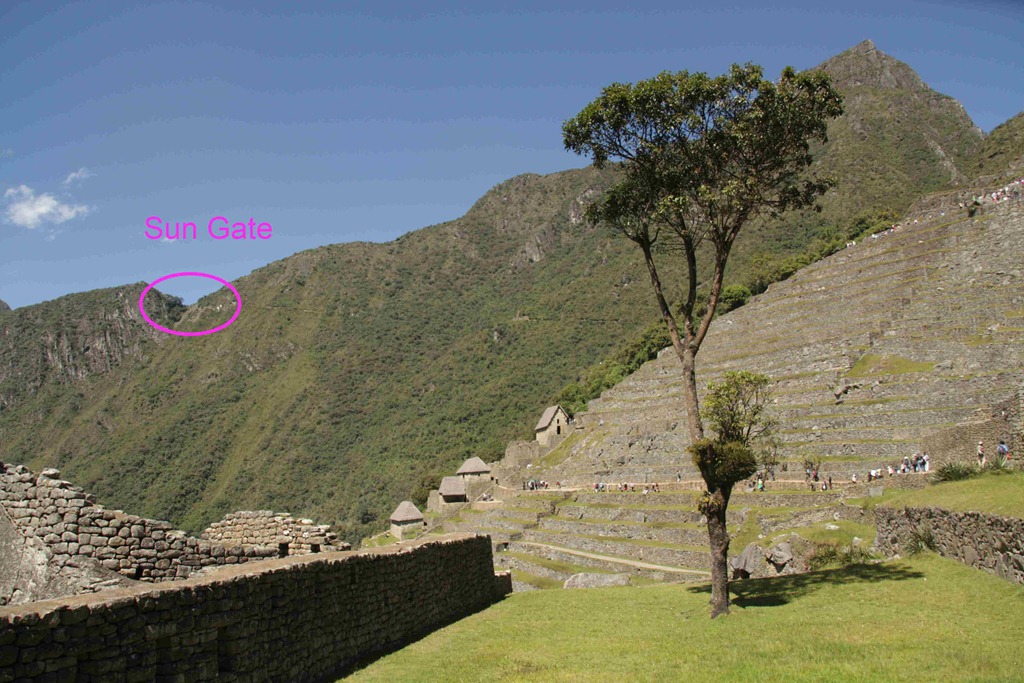 This is what the path to get up looks like:
This is what the path to get up looks like: 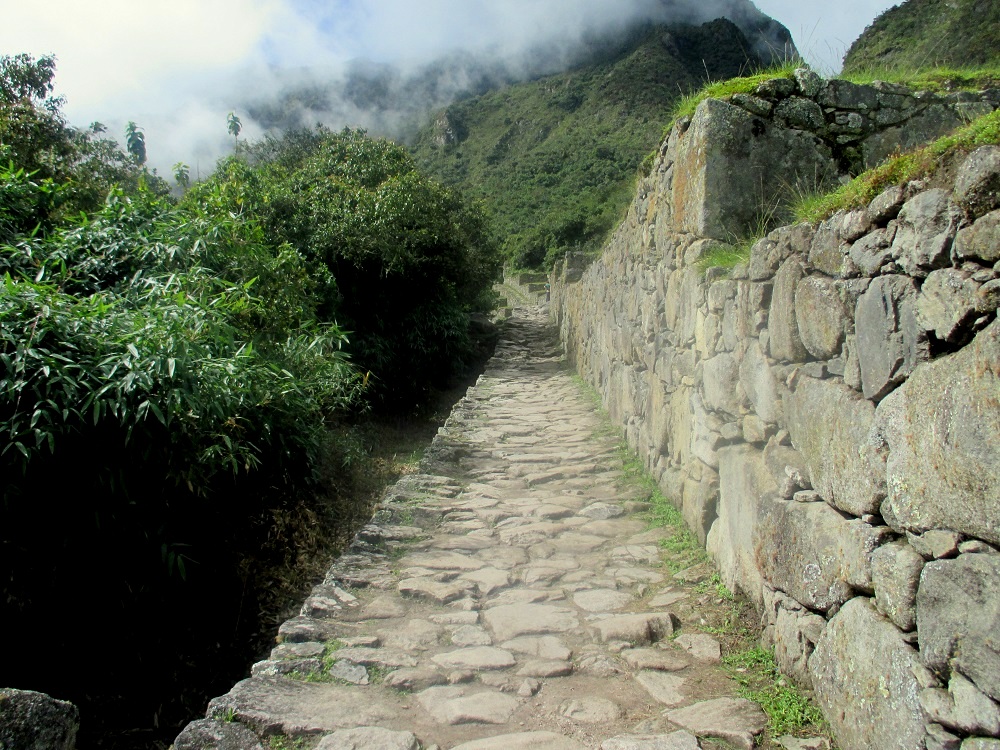 And this is the sungate:
And this is the sungate: 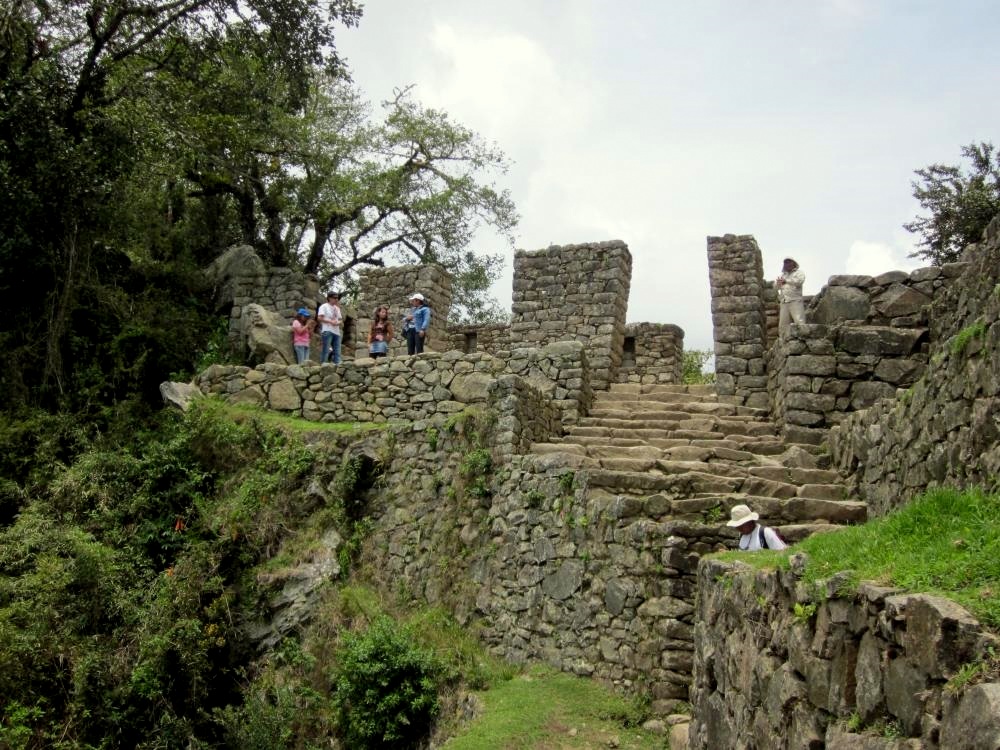 Apparently, the view from the sungate is this:
Apparently, the view from the sungate is this: 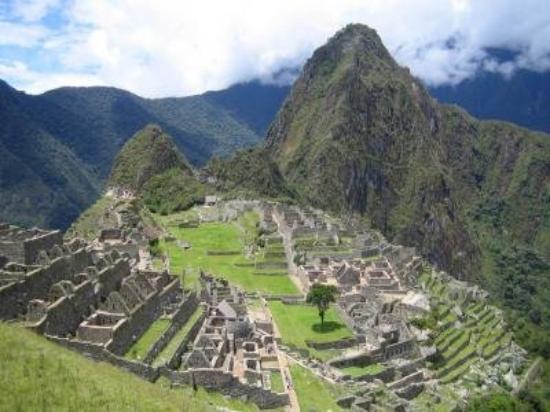 In my opinion, the best view is the one I described for you above from the landing. It seems to be the only view that offers a complete view of the citadel. If you are doing the
In my opinion, the best view is the one I described for you above from the landing. It seems to be the only view that offers a complete view of the citadel. If you are doing the 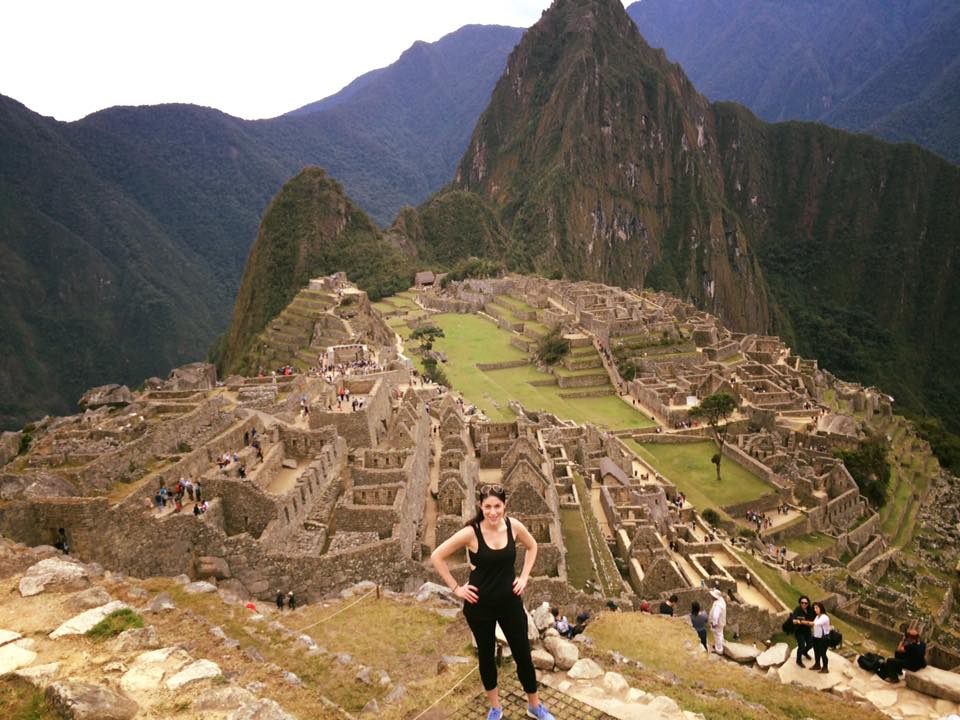 You will continue to meander down the terraces until you reach the main gate, which looks like this:
You will continue to meander down the terraces until you reach the main gate, which looks like this: 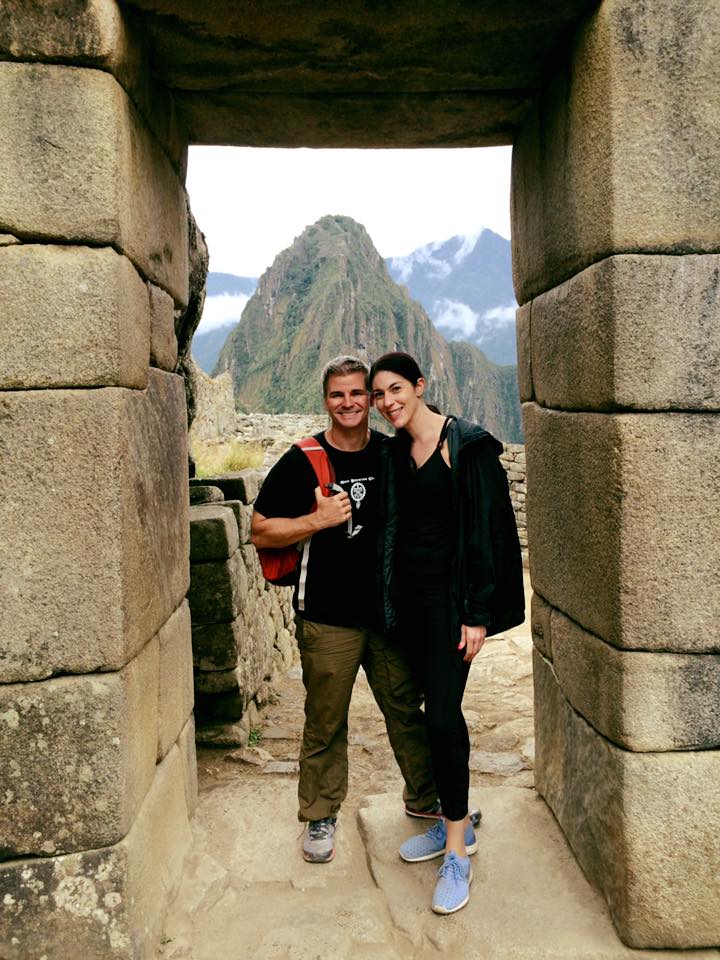 Here are some of the highlights of the ruins:
Here are some of the highlights of the ruins: 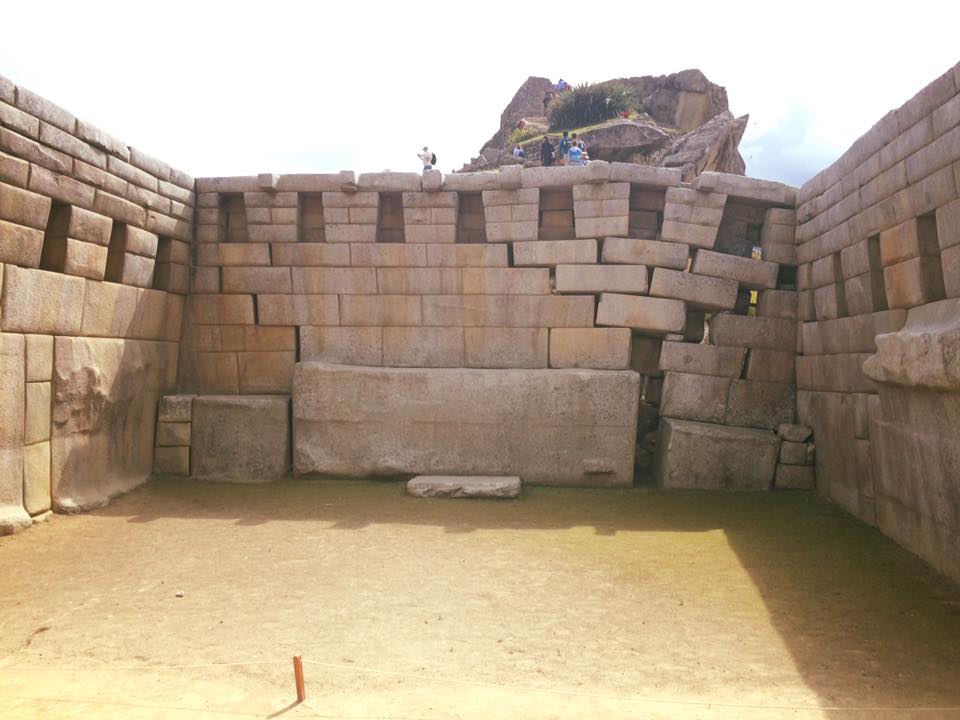
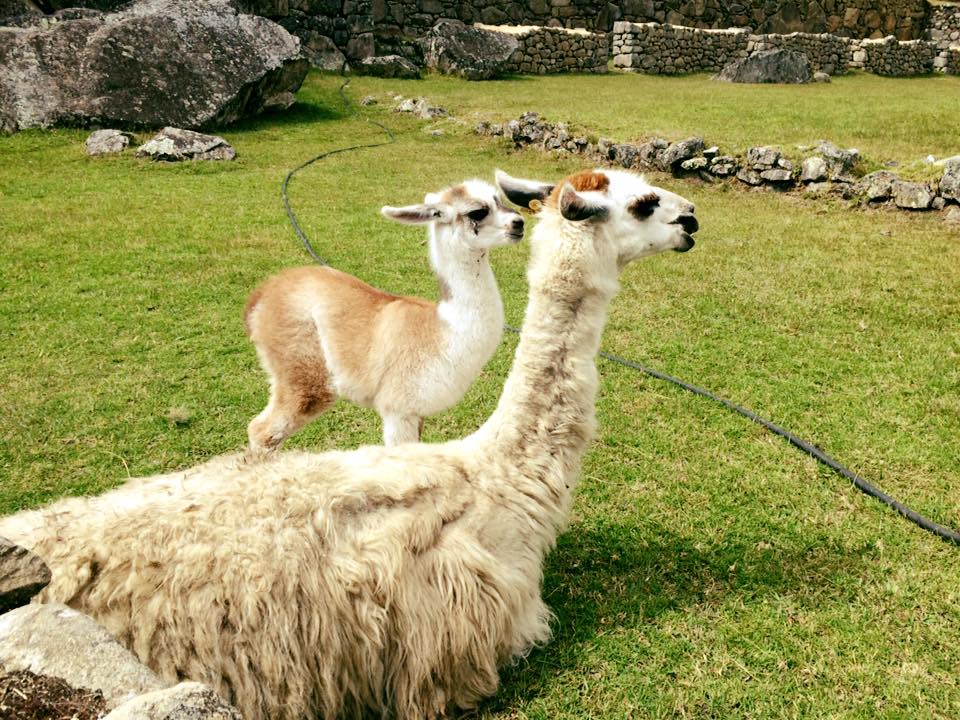 The
The 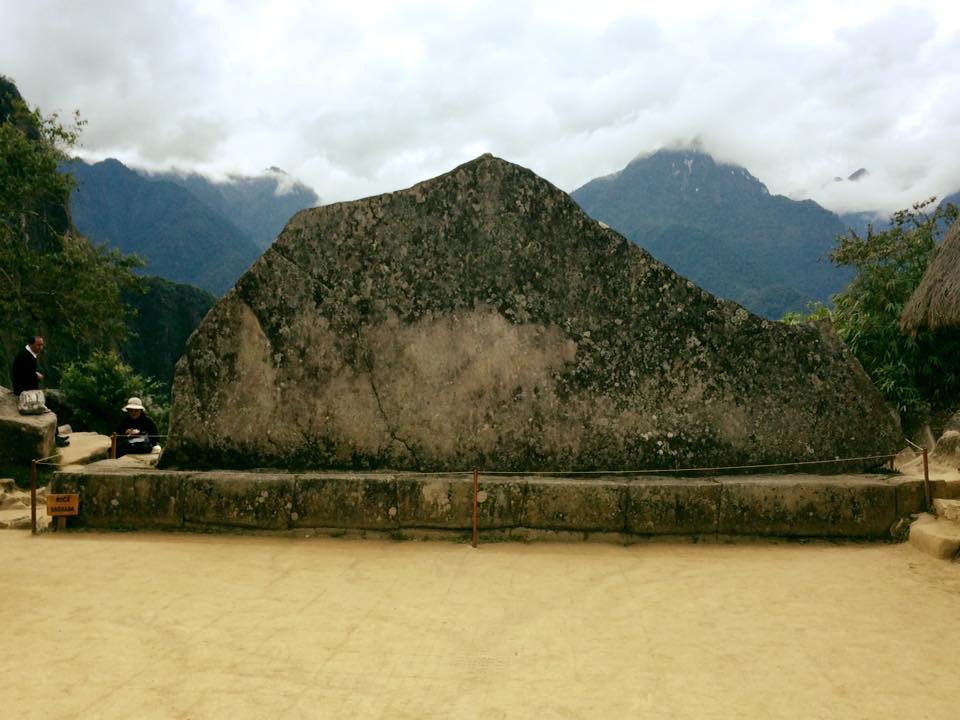 The reflecting pools:
The reflecting pools: 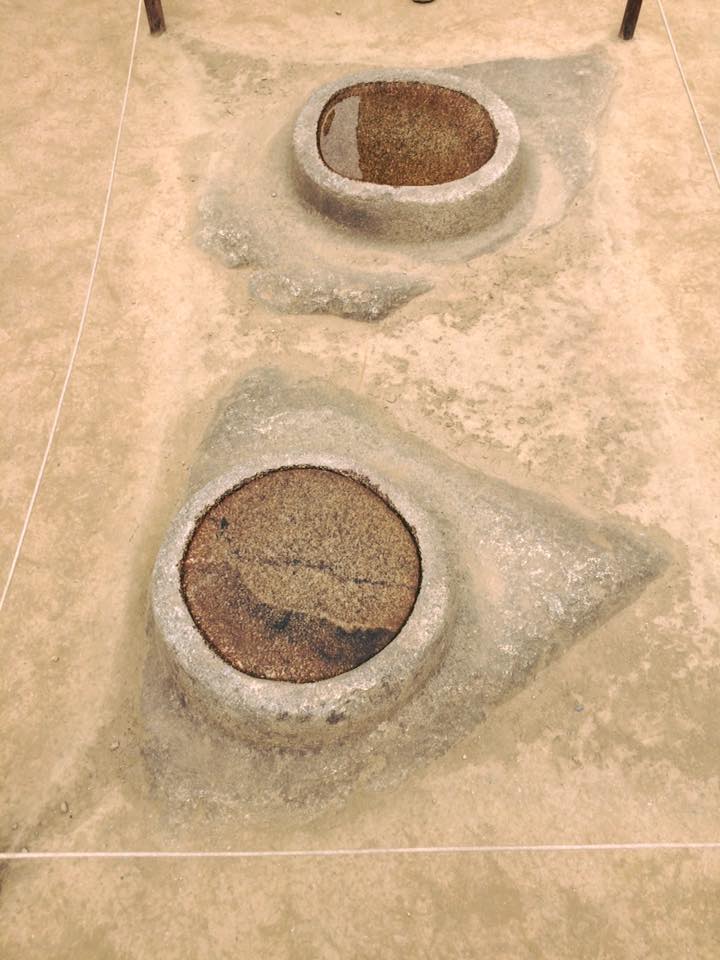 The
The 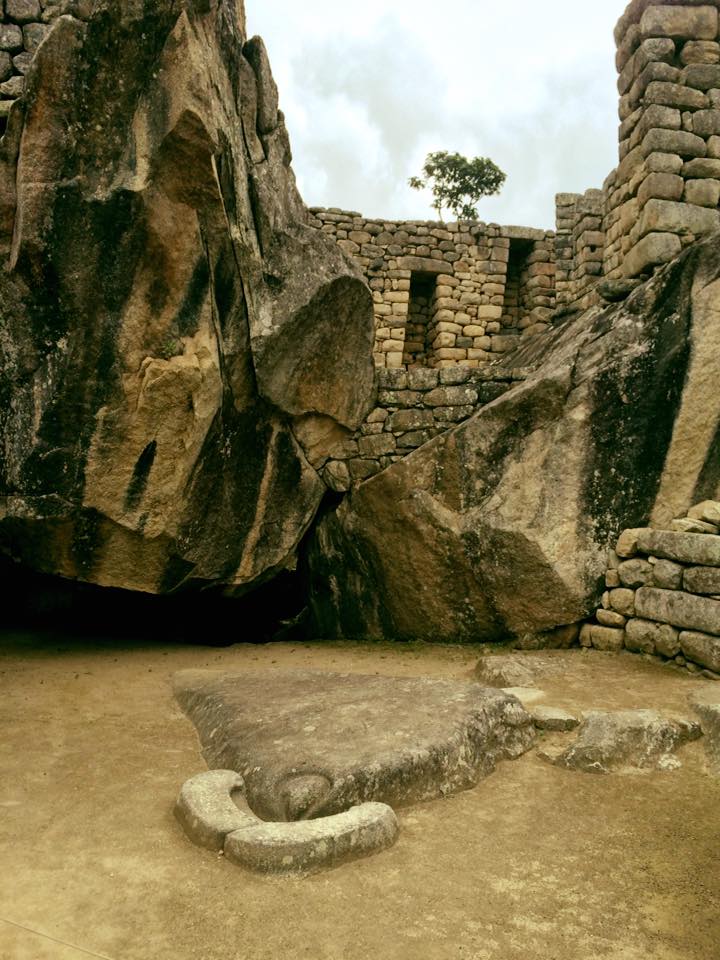
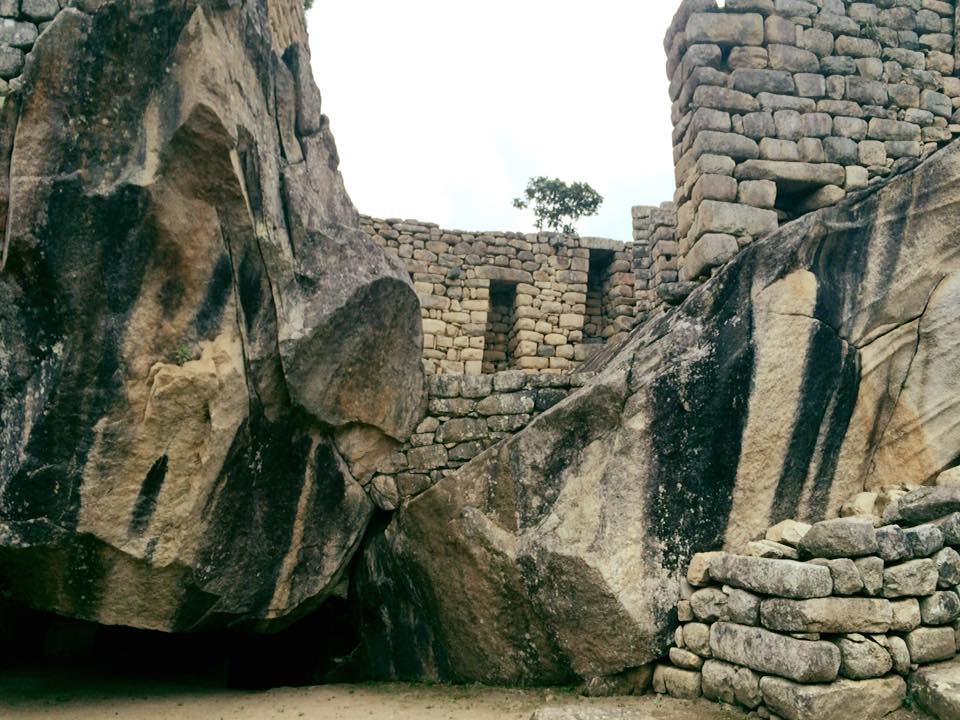
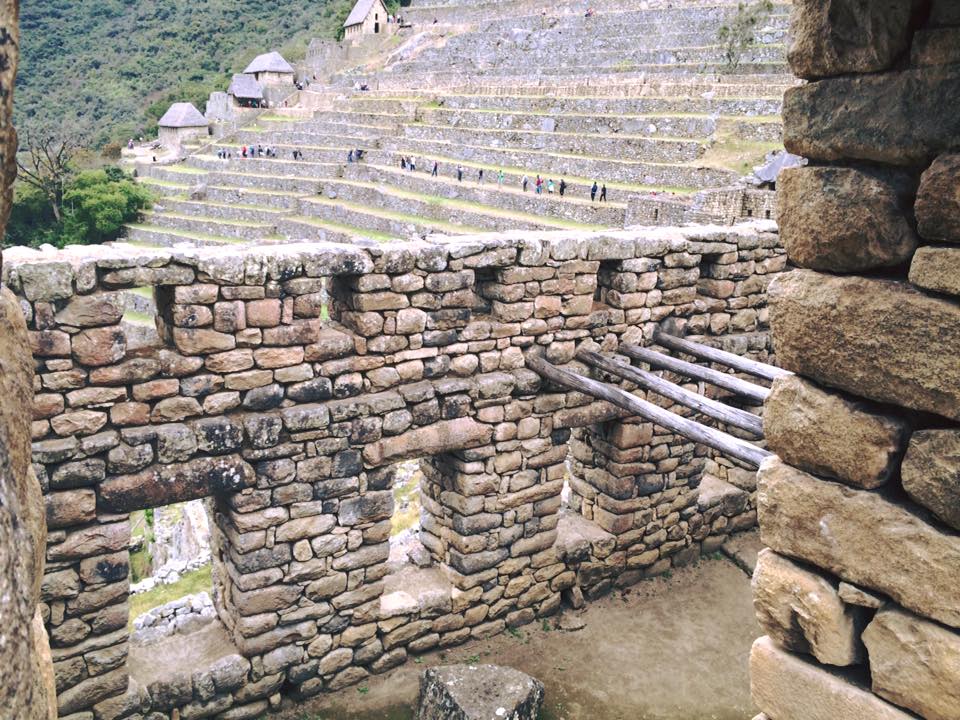
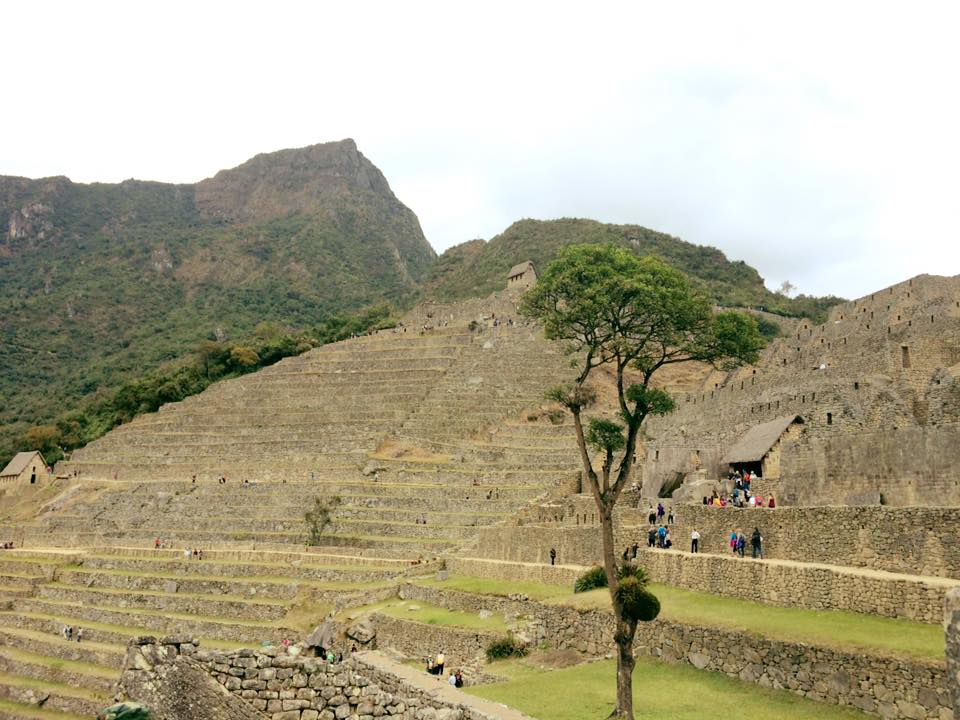
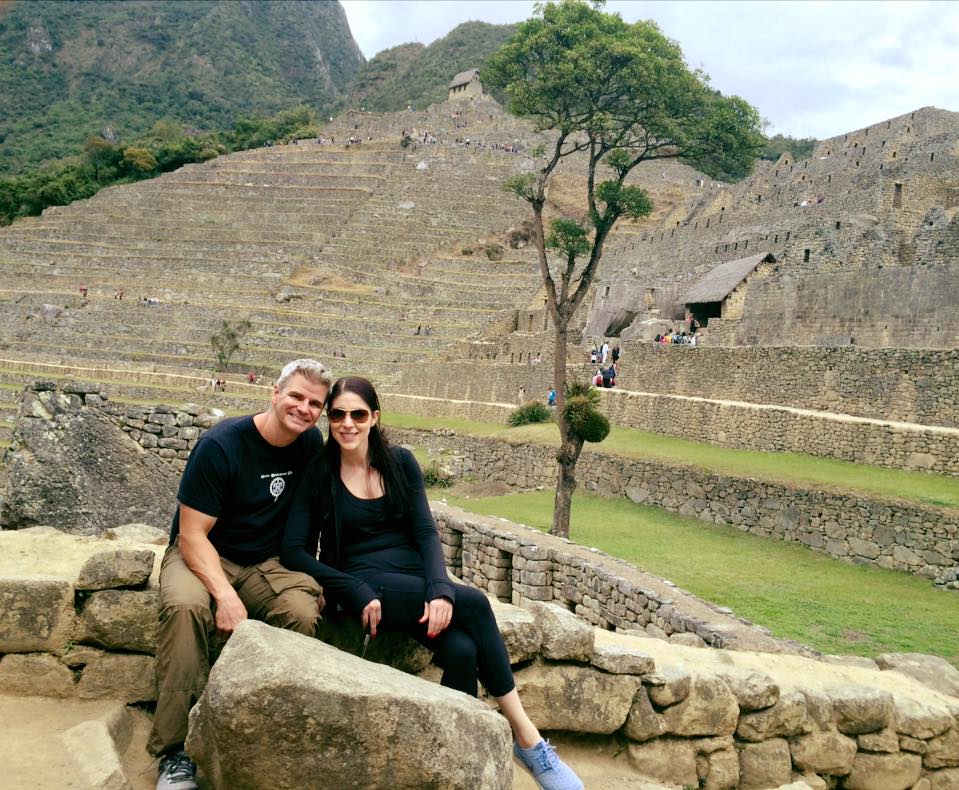
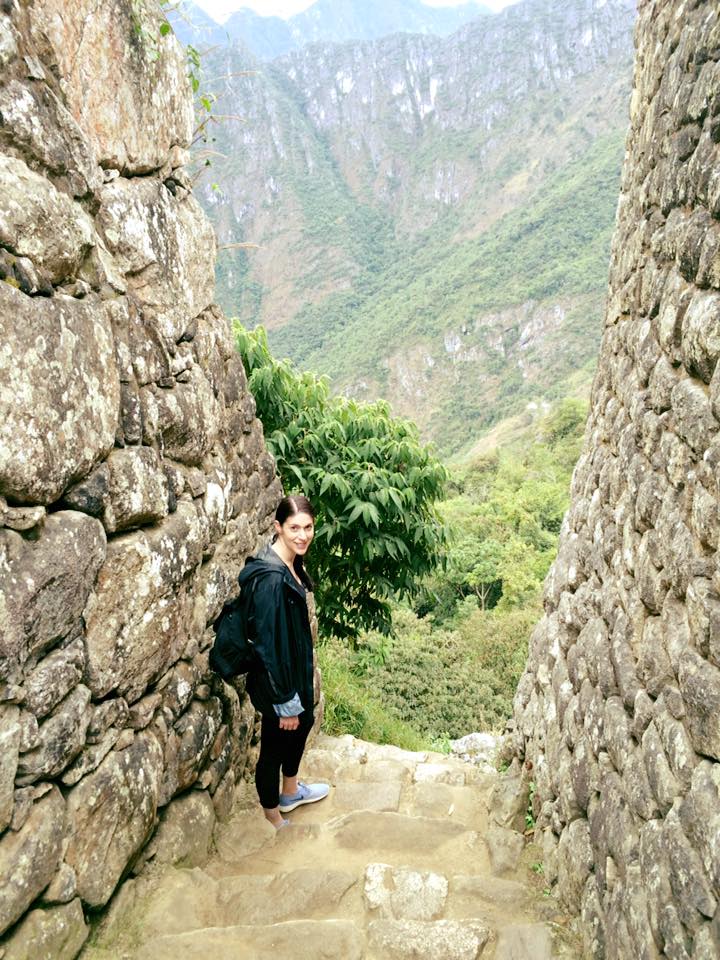
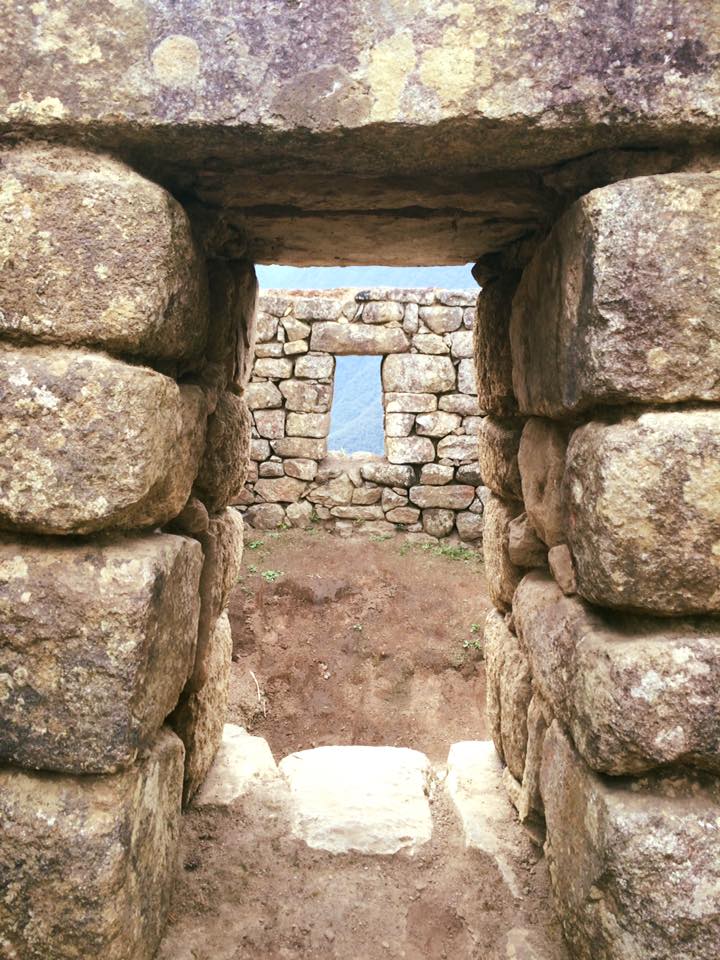
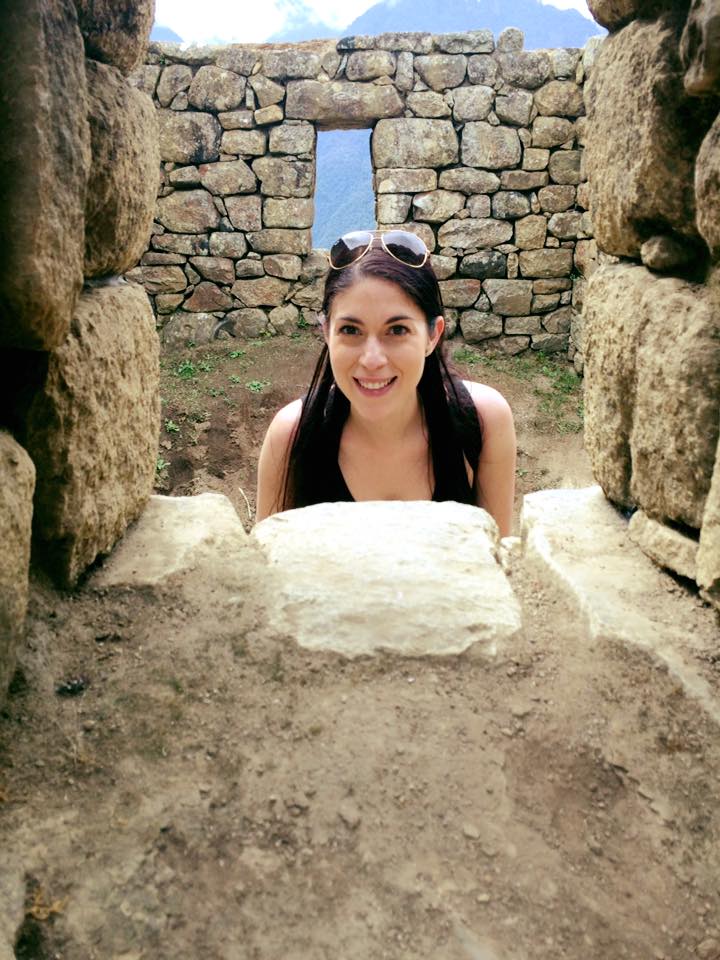
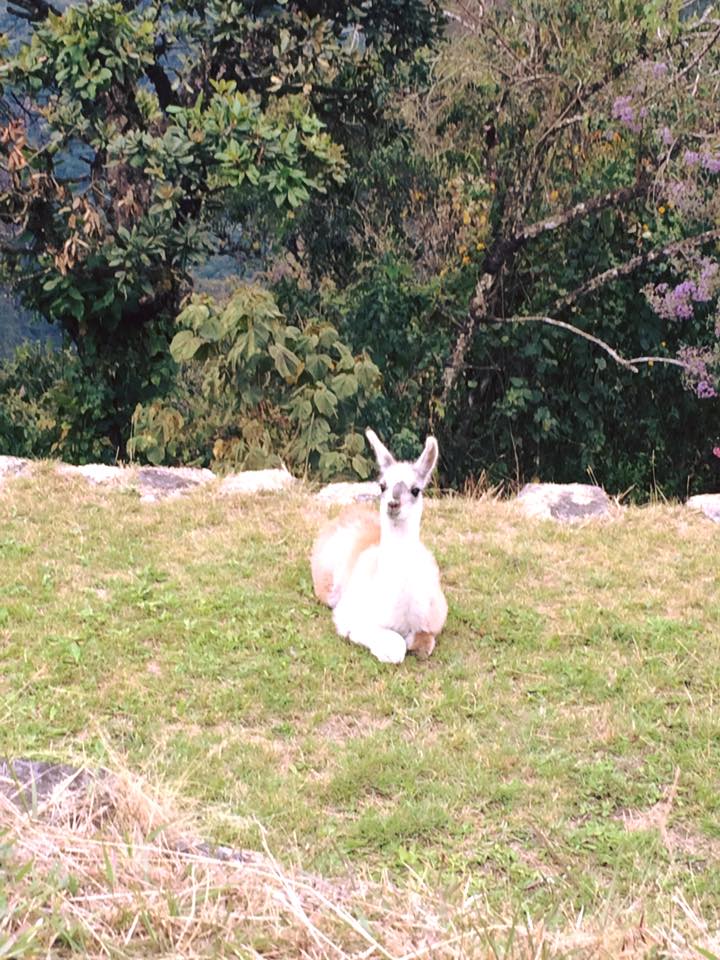
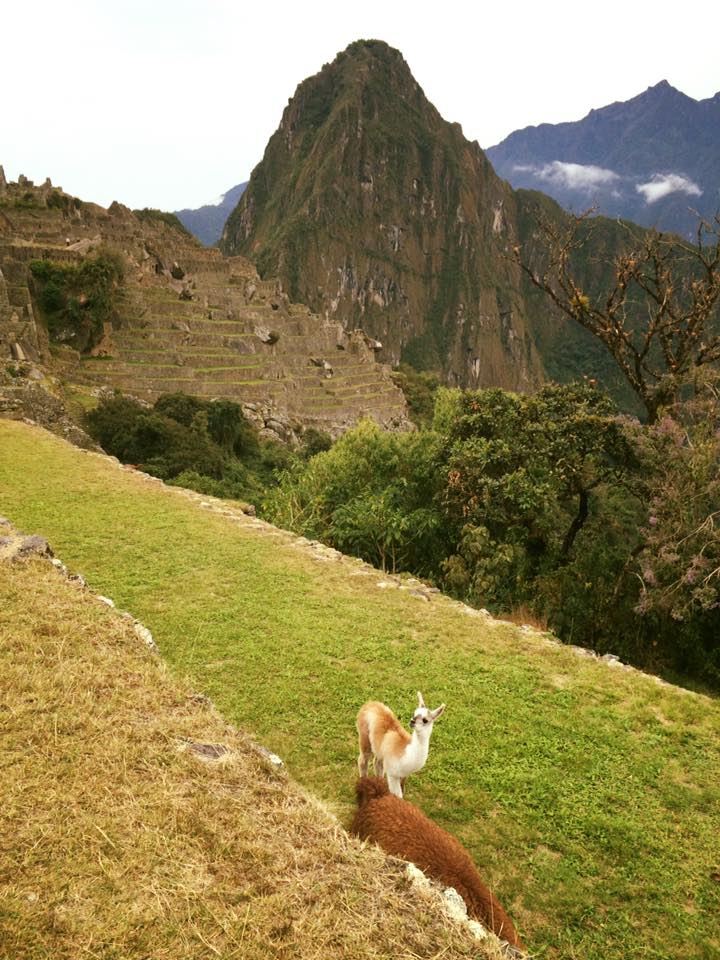 The only other sites of significance which are missing from the above are the
The only other sites of significance which are missing from the above are the 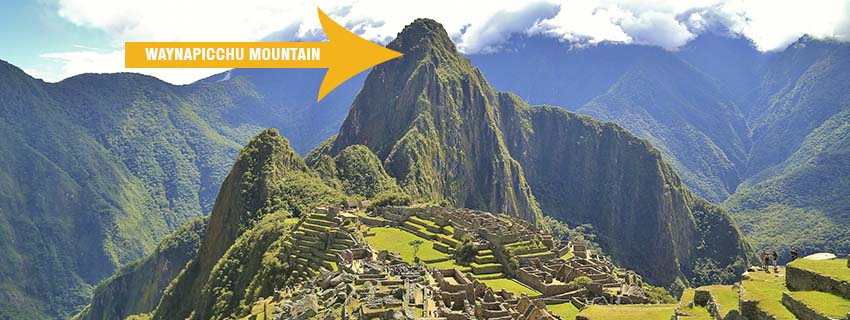 We spent the entire day at the citadel. We exited the citadel at around 4:00 p.m. (it closes at 4:30 p.m.), and Chad stopped to have a beer while we waited for the next bus down to Aguas Calientes. In case you were wondering, the beer he’s drinking is Cusquena. There are a few locally brewed beers in Peru; but, in Chad’s opinion, this Cusquena Golden Lager is the best Peruvian beer.
We spent the entire day at the citadel. We exited the citadel at around 4:00 p.m. (it closes at 4:30 p.m.), and Chad stopped to have a beer while we waited for the next bus down to Aguas Calientes. In case you were wondering, the beer he’s drinking is Cusquena. There are a few locally brewed beers in Peru; but, in Chad’s opinion, this Cusquena Golden Lager is the best Peruvian beer.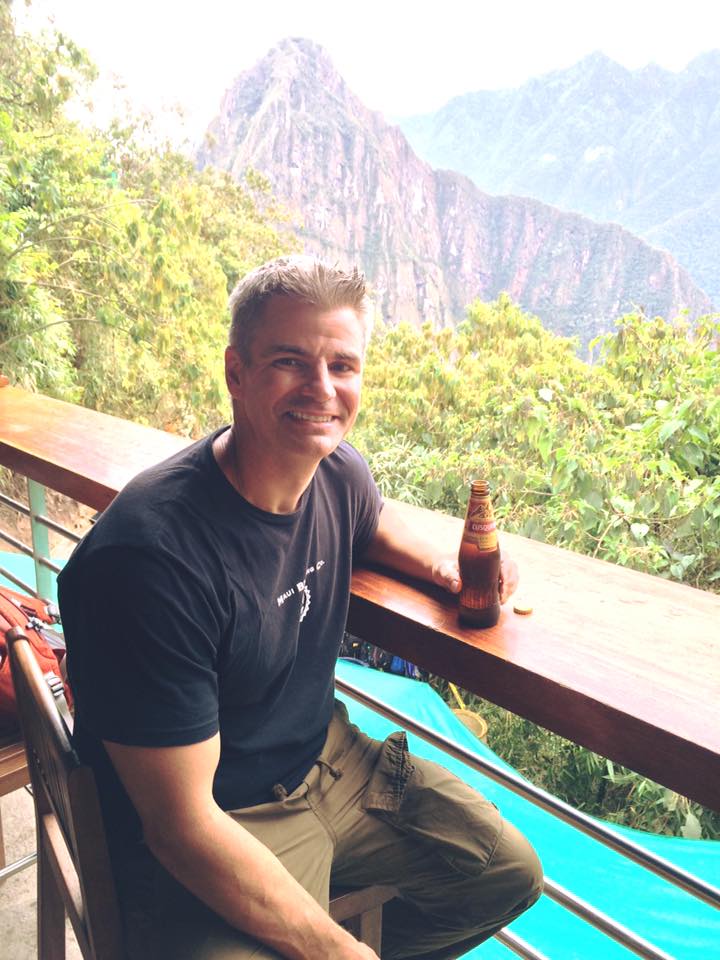
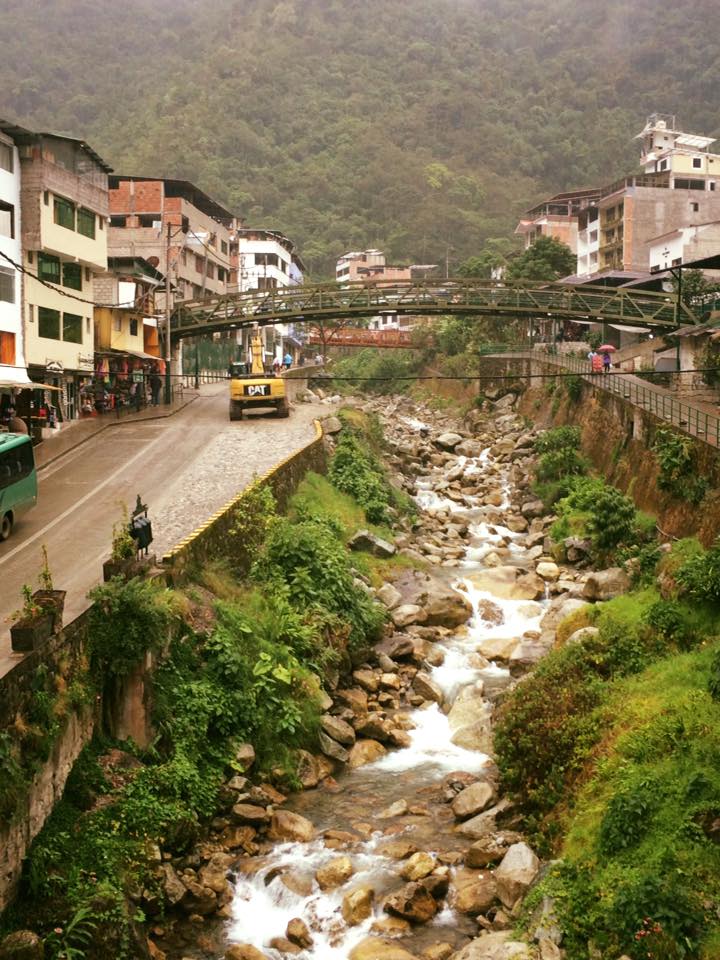 After a long day, it was finally time to check into our hotel, and upon arrival, we were pleased to learn that we had been upgraded to a suite!
After a long day, it was finally time to check into our hotel, and upon arrival, we were pleased to learn that we had been upgraded to a suite! 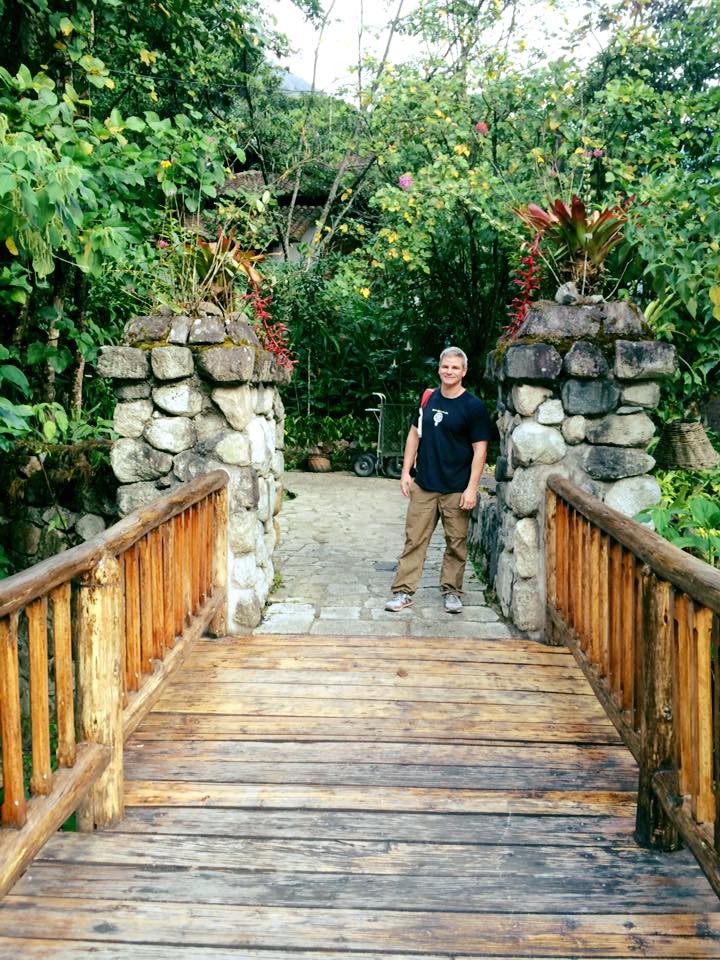
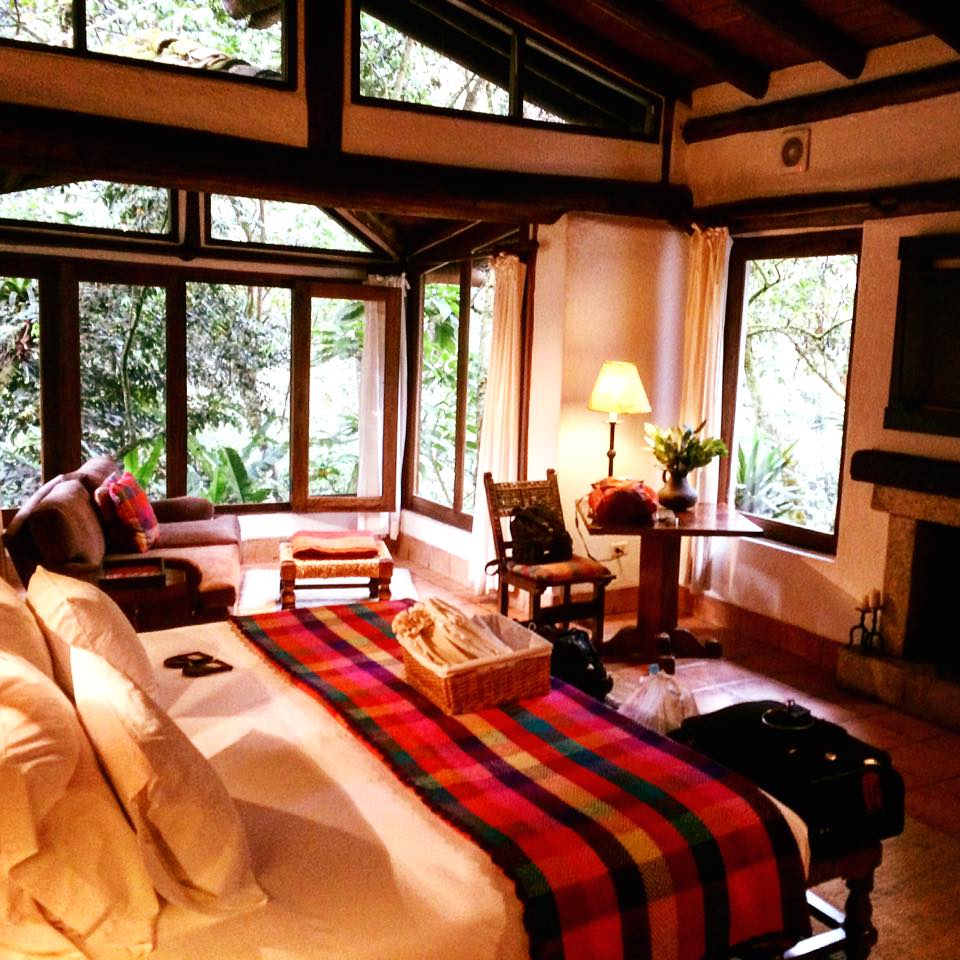
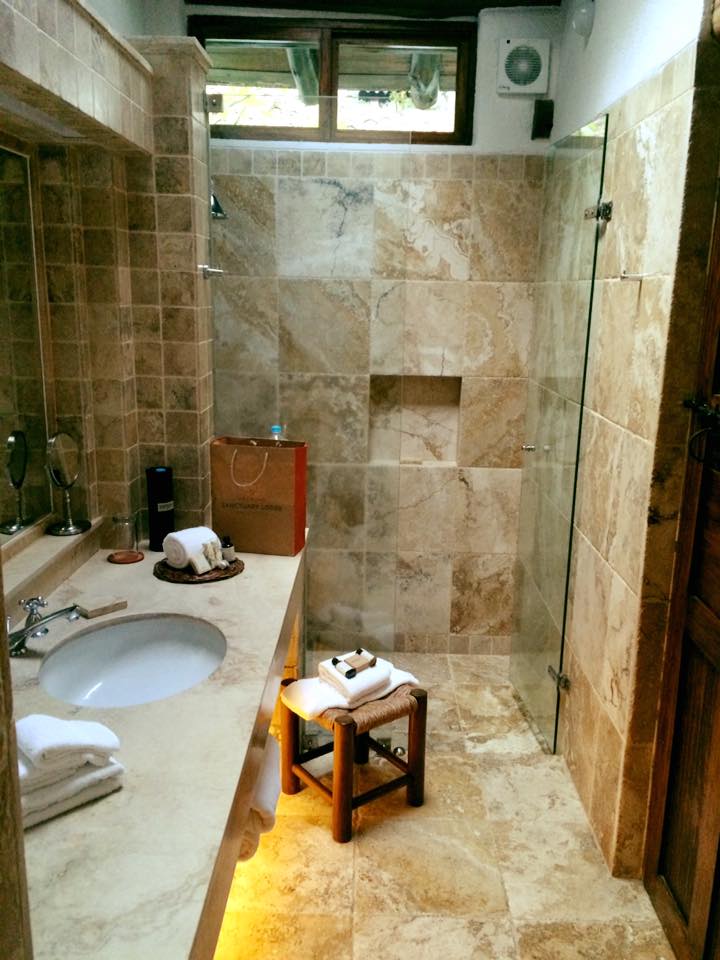 The hotel property is really nice. It has a village feel and is lushly landscaped. The property has 214 bird species on property and the world’s largest native orchid collection (372 species)! They also have a spa and a working tea plantation. You can enjoy guided bird watching or orchid walks, as well as a visit to the tea plantation, all of which are included in your stay. Breakfast and dinner are also included, and the common areas are very cozy.
The hotel property is really nice. It has a village feel and is lushly landscaped. The property has 214 bird species on property and the world’s largest native orchid collection (372 species)! They also have a spa and a working tea plantation. You can enjoy guided bird watching or orchid walks, as well as a visit to the tea plantation, all of which are included in your stay. Breakfast and dinner are also included, and the common areas are very cozy. 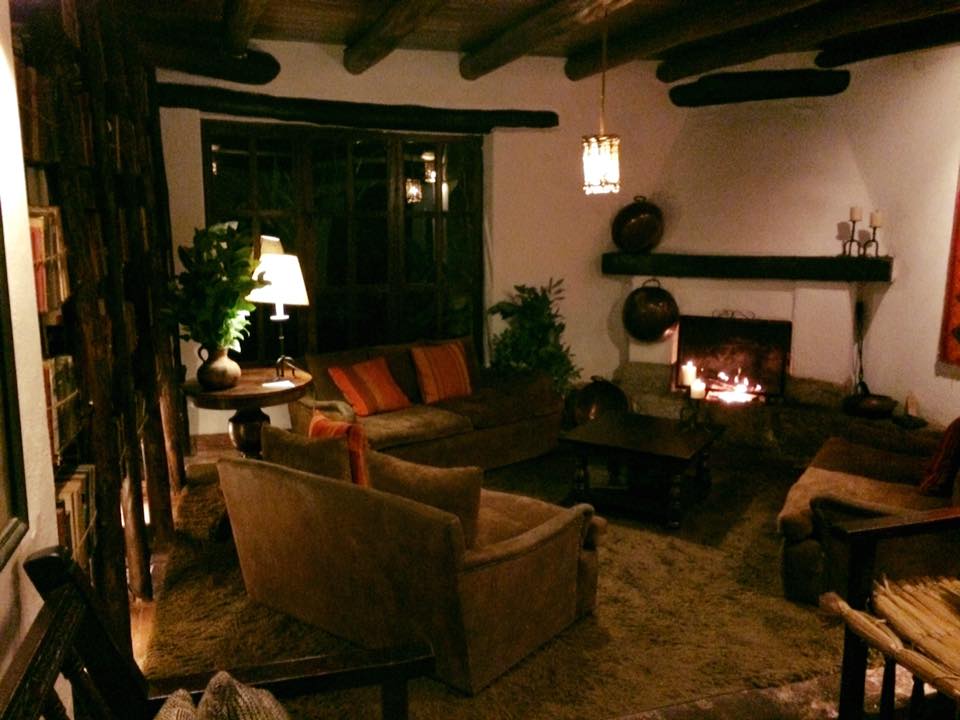
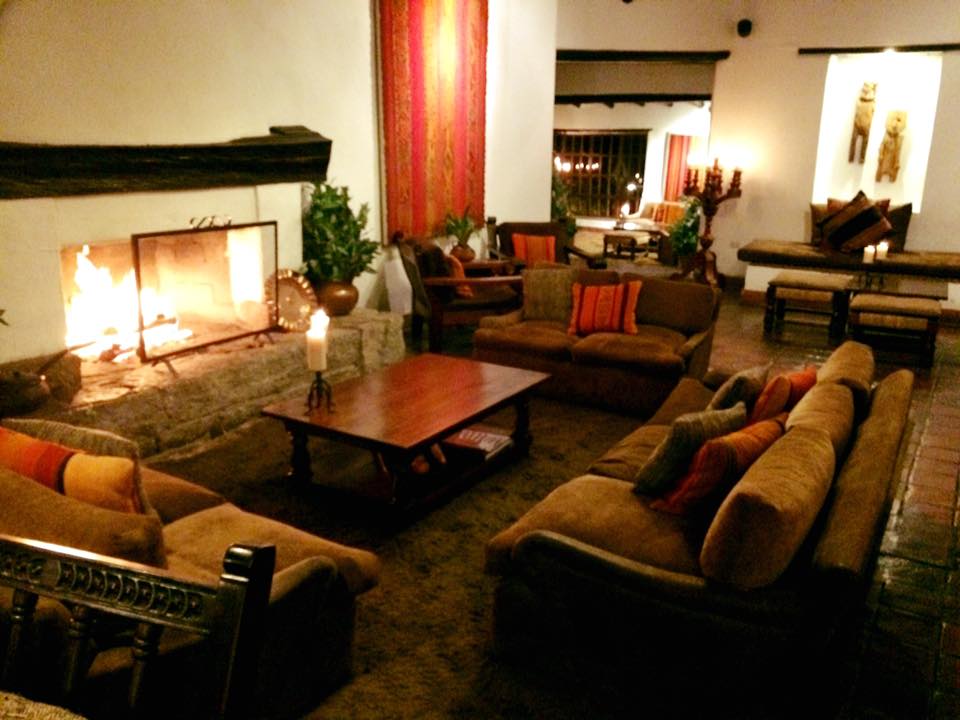
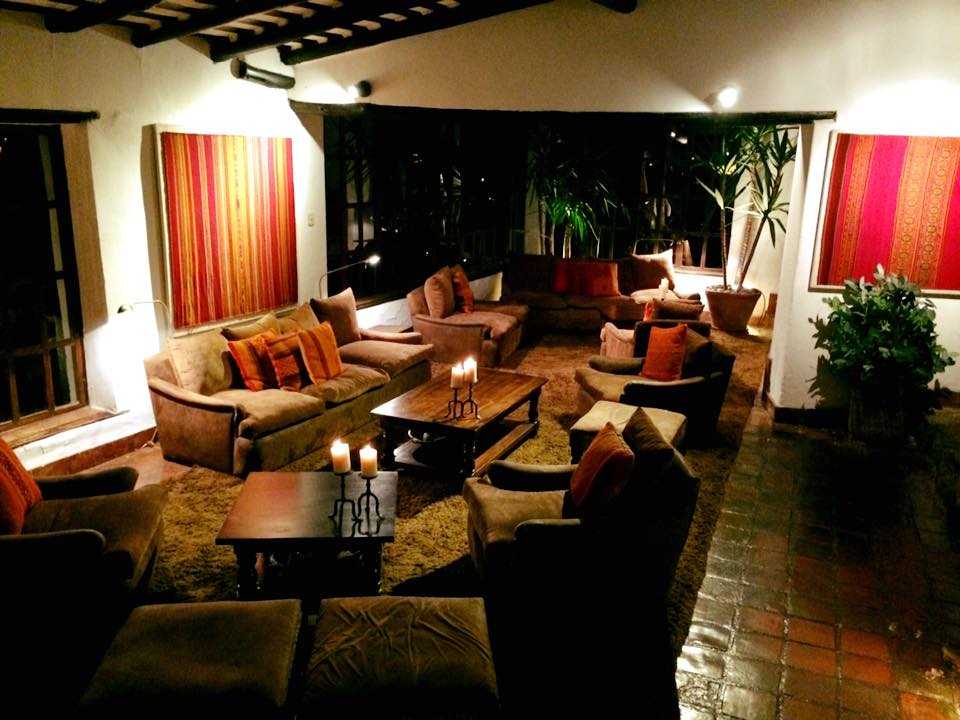
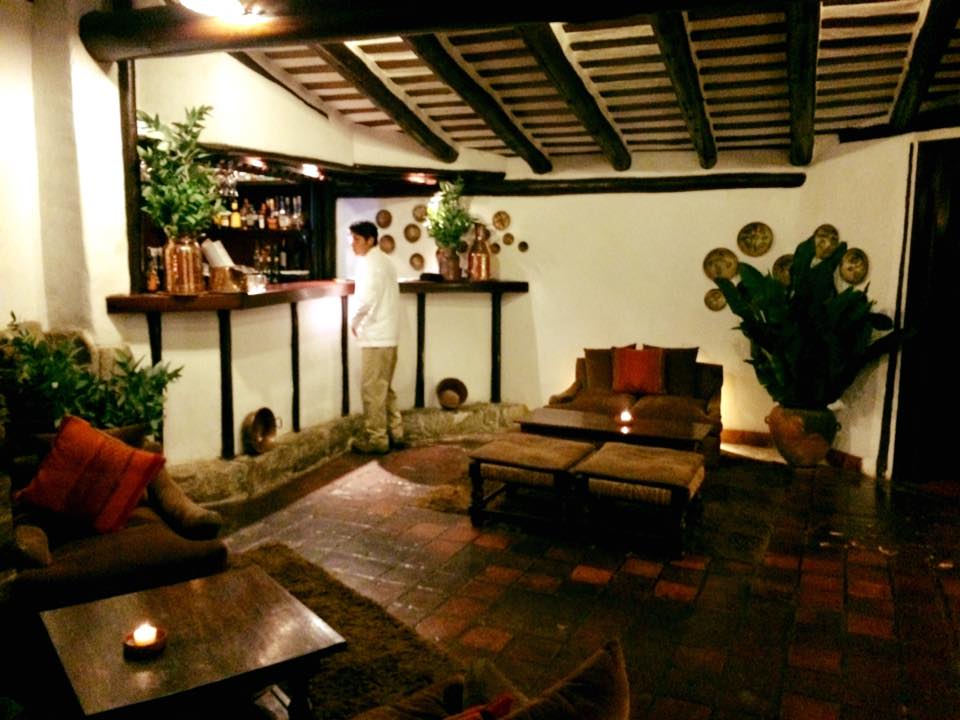 After dinner, we enjoyed our in-room fire place and some much needed rest!
After dinner, we enjoyed our in-room fire place and some much needed rest! 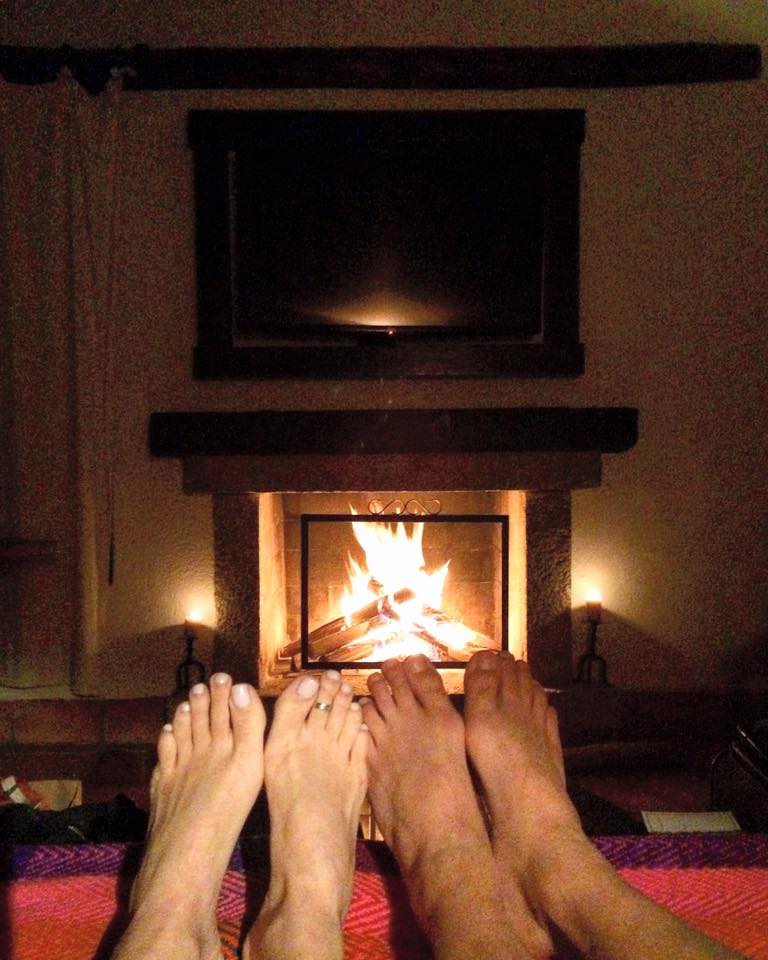 The next morning, it was pouring, so any hopes we had of re-visiting the citadel were washed away. Instead, we opted to visit the hotel’s Spectacled Bear Conservation Center, which, in concert with NGO Inkaterra Asociación and the Protected Natural Areas National Service, rescues these bears found in bad captivity conditions. The Spectacled Bear, also known as the Andean Bear, is the only bear species native to the Southern Hemisphere and was the inspiration for Paddington Bear! There are currently two bears in the habitat, and you make a small donation of approximately $10.00 per person to participate in this activity. It is well worth it and I highly recommend it!
The next morning, it was pouring, so any hopes we had of re-visiting the citadel were washed away. Instead, we opted to visit the hotel’s Spectacled Bear Conservation Center, which, in concert with NGO Inkaterra Asociación and the Protected Natural Areas National Service, rescues these bears found in bad captivity conditions. The Spectacled Bear, also known as the Andean Bear, is the only bear species native to the Southern Hemisphere and was the inspiration for Paddington Bear! There are currently two bears in the habitat, and you make a small donation of approximately $10.00 per person to participate in this activity. It is well worth it and I highly recommend it!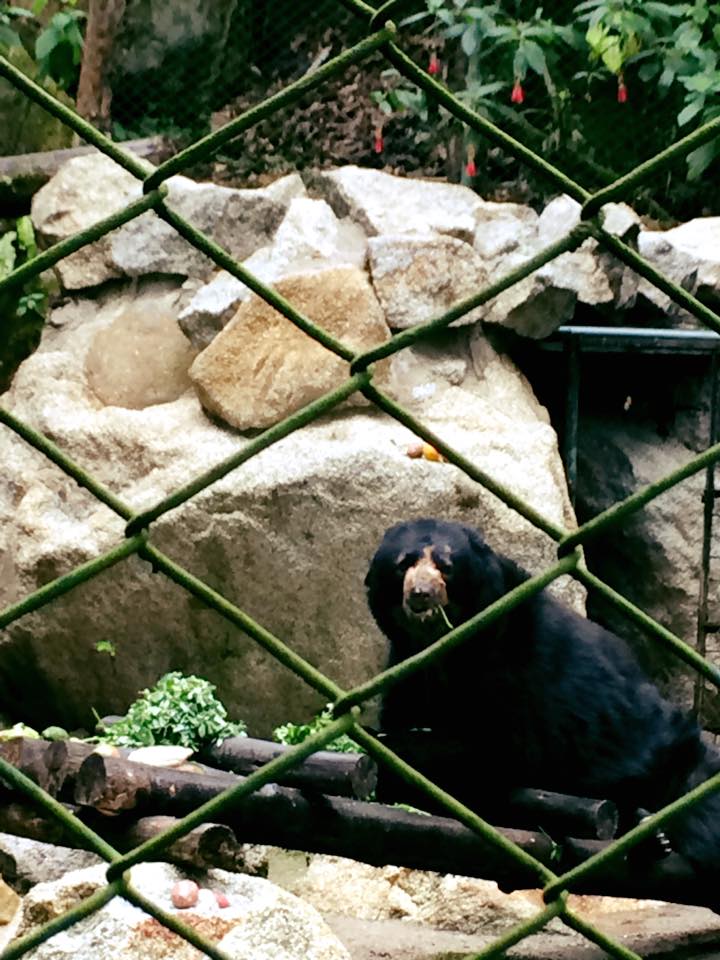
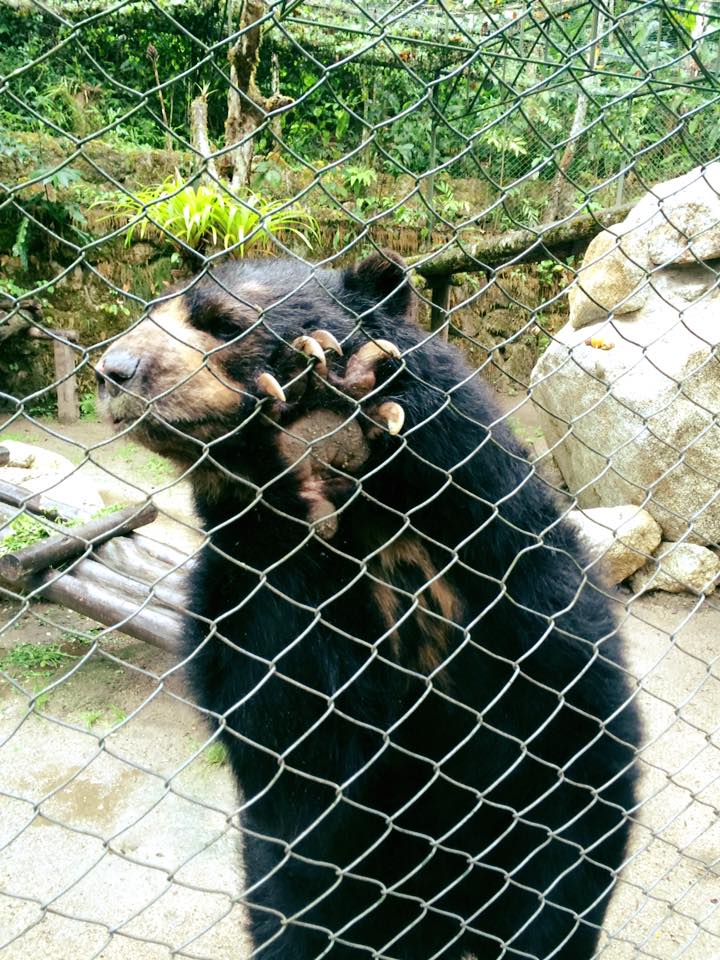
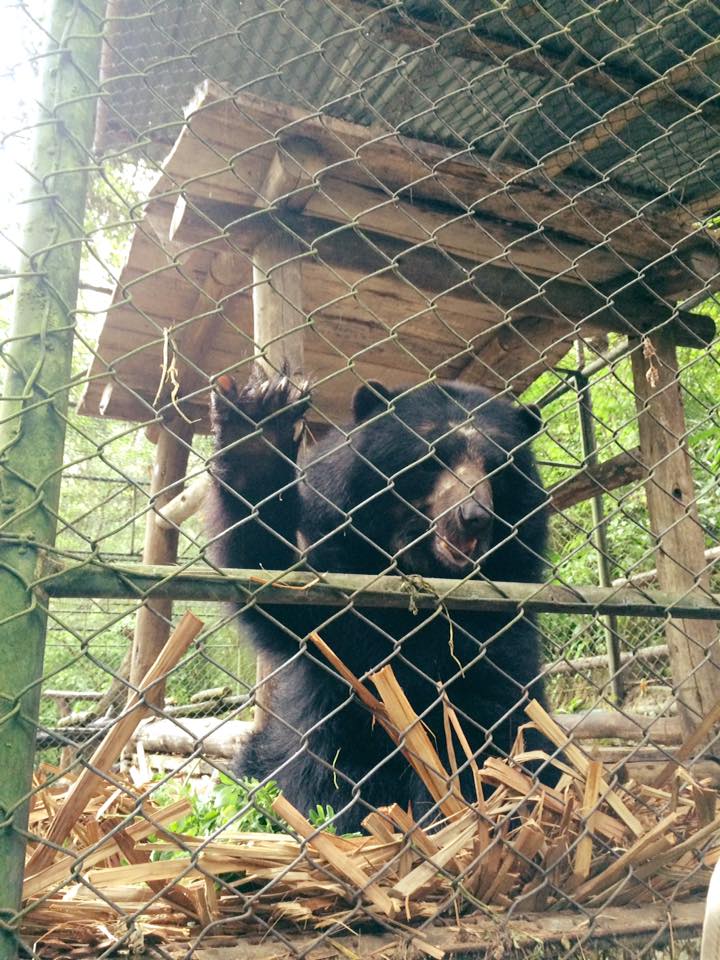 After visiting the bears, we had a massage and then lunch before boarding the train back to Cusco. The train ride back is long, and apparently, after the meal, they feel the need to entertain you. All of a sudden music started playing and a costumed, Mardi Gras-like devil came dancing through the aisles. It was called
After visiting the bears, we had a massage and then lunch before boarding the train back to Cusco. The train ride back is long, and apparently, after the meal, they feel the need to entertain you. All of a sudden music started playing and a costumed, Mardi Gras-like devil came dancing through the aisles. It was called  And if that wasn’t enough, the costumed devil was the MC for a fashion show that the train attendants put on, modeling the items that you could purchase on-board from them, like wraps, ponchos, coats, sweaters, and scarves made from alpaca fur. They were literally using the aisle as a cat walk. It is one of the oddest things I have ever seen happen on transportation, and that is saying something, since I have seen some pretty wild things in my travels.
And if that wasn’t enough, the costumed devil was the MC for a fashion show that the train attendants put on, modeling the items that you could purchase on-board from them, like wraps, ponchos, coats, sweaters, and scarves made from alpaca fur. They were literally using the aisle as a cat walk. It is one of the oddest things I have ever seen happen on transportation, and that is saying something, since I have seen some pretty wild things in my travels. 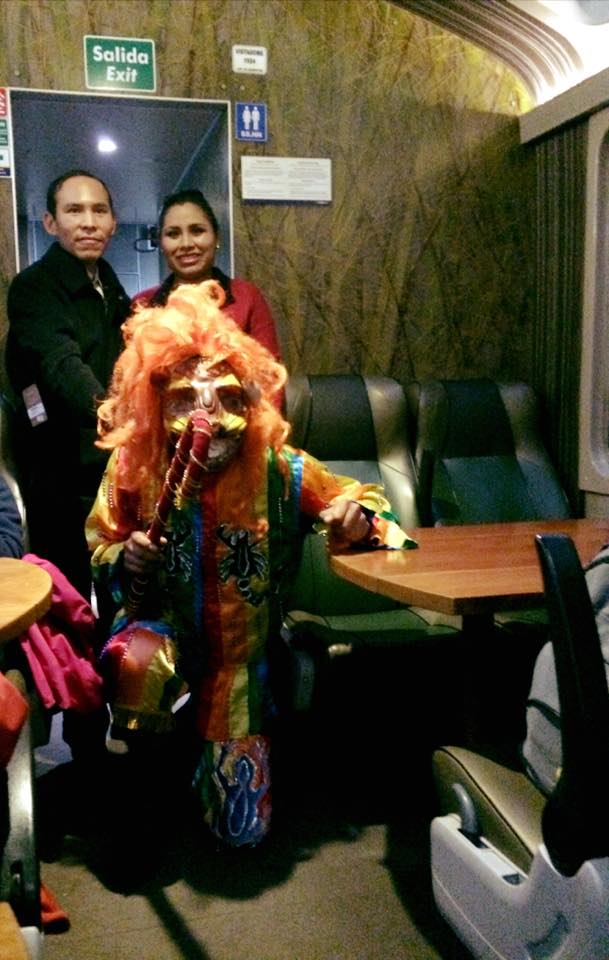 At least Chad was amused!
At least Chad was amused!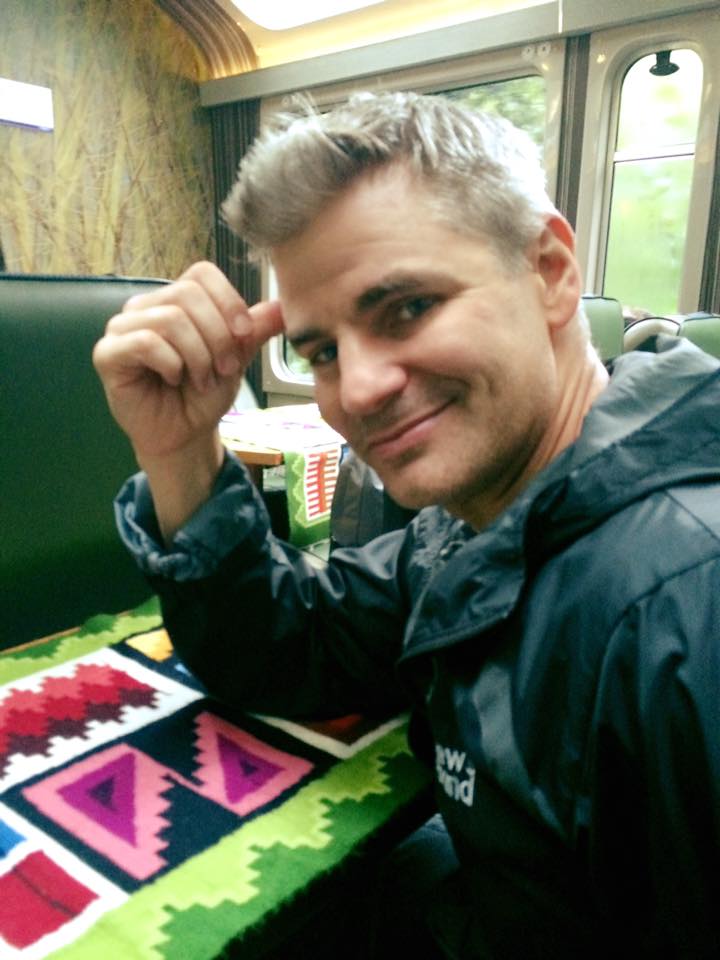 And, to top it all off, when we arrived at the train station, more costumed Mardi Gras devils (male and female) were waiting on the platform for us, dancing around! I swear it was the oddest thing I have ever seen; but it had been such a long day that I didn’t even care because we had 45 minutes of driving ahead of us to get to the hotel!
And, to top it all off, when we arrived at the train station, more costumed Mardi Gras devils (male and female) were waiting on the platform for us, dancing around! I swear it was the oddest thing I have ever seen; but it had been such a long day that I didn’t even care because we had 45 minutes of driving ahead of us to get to the hotel!